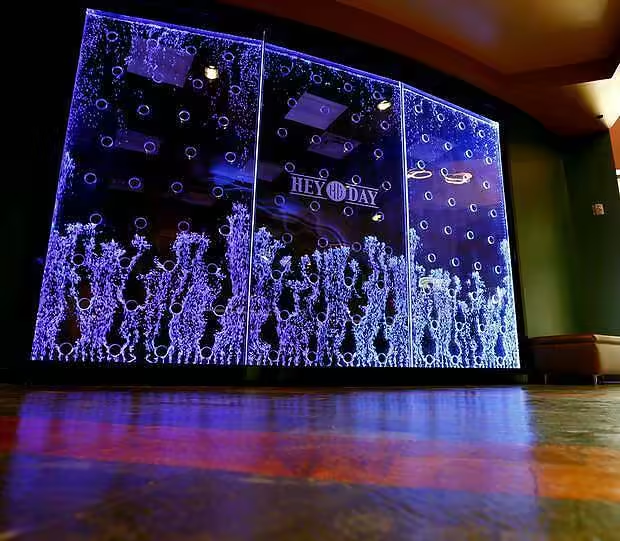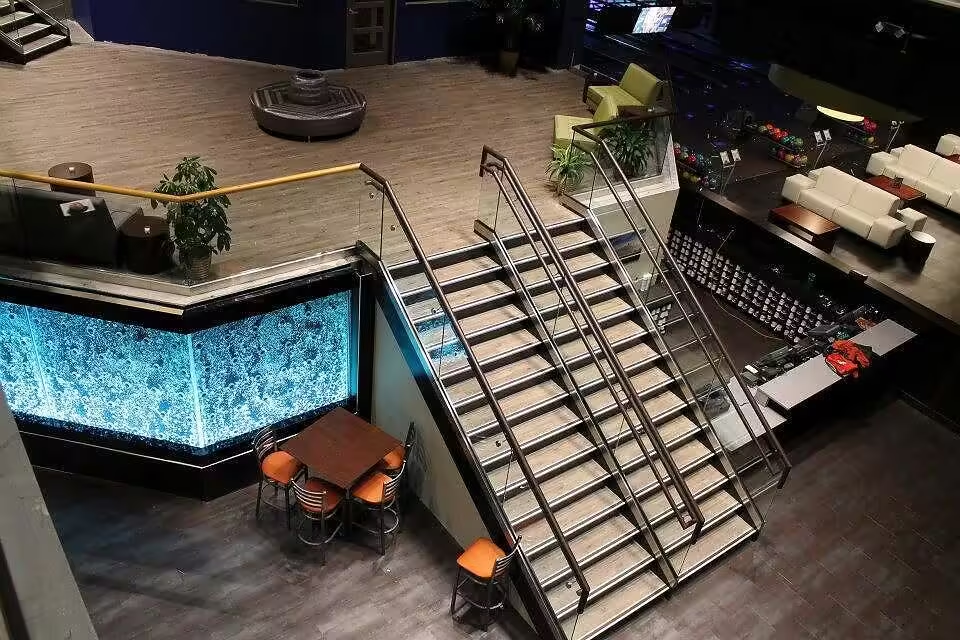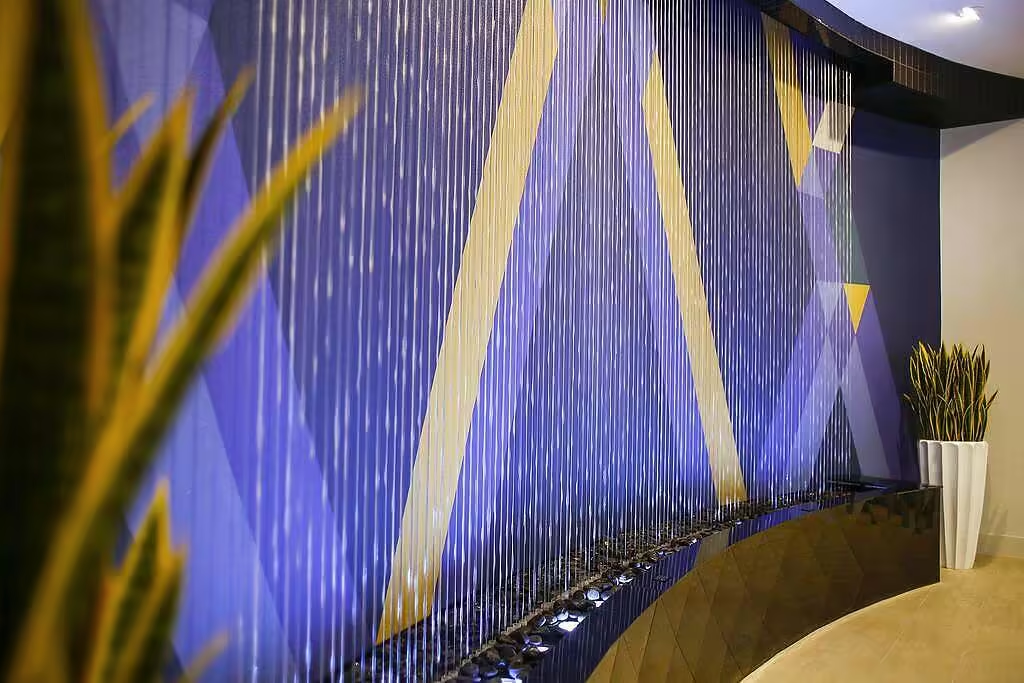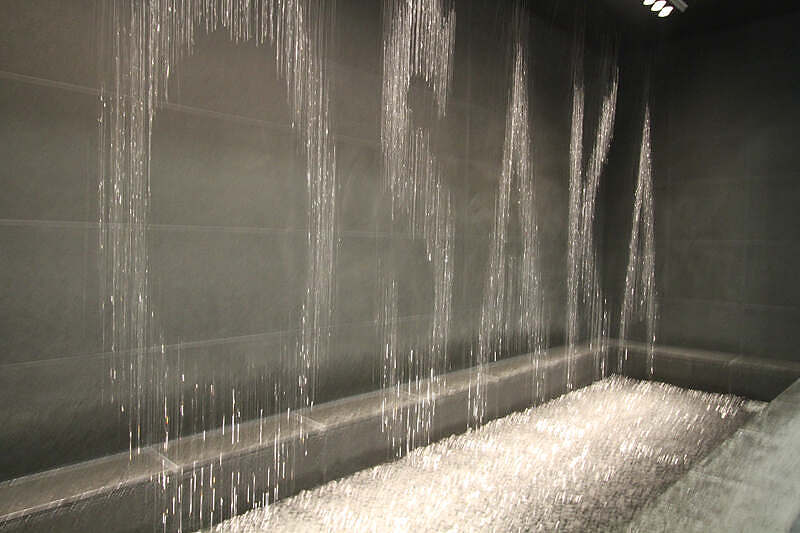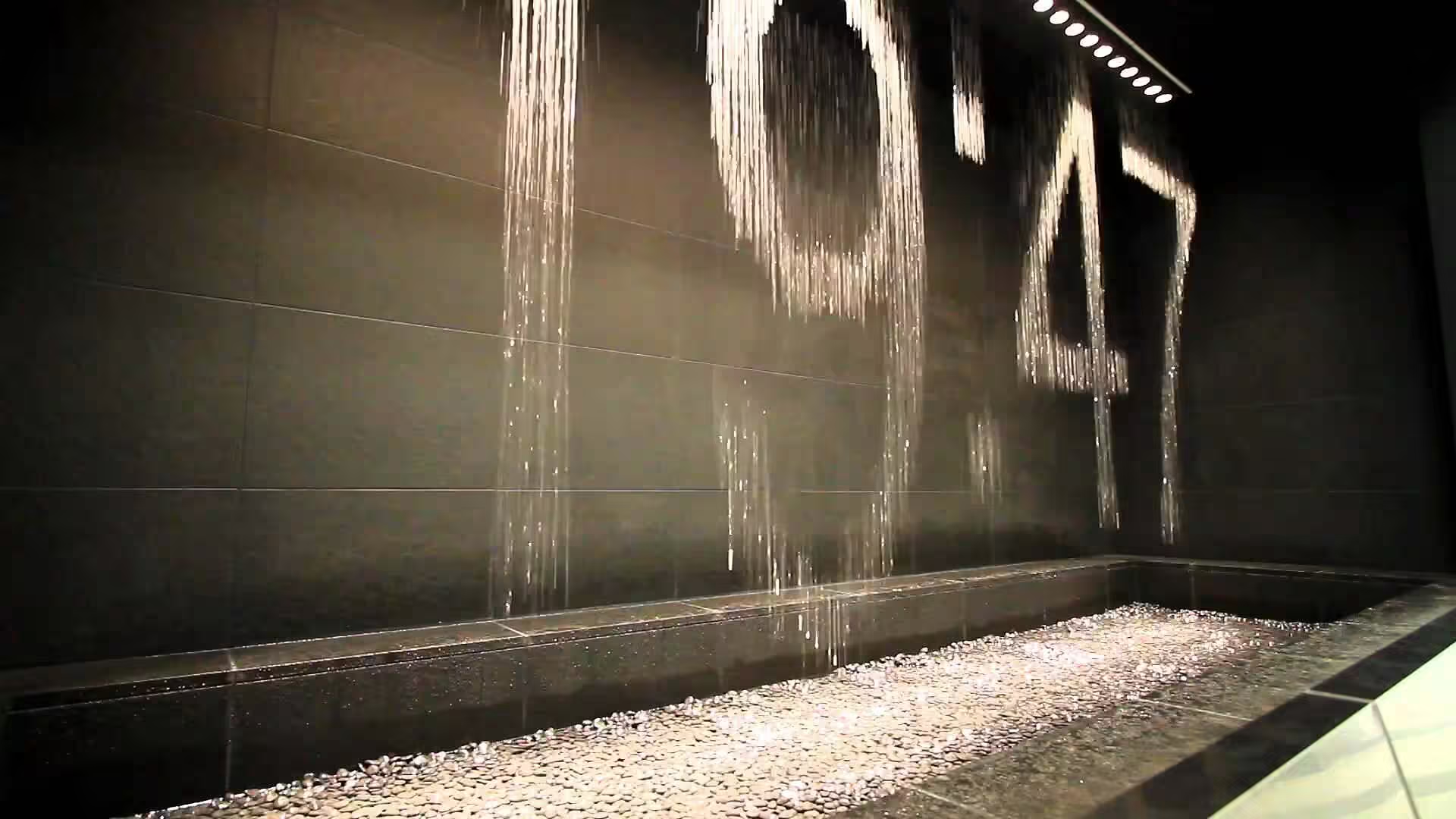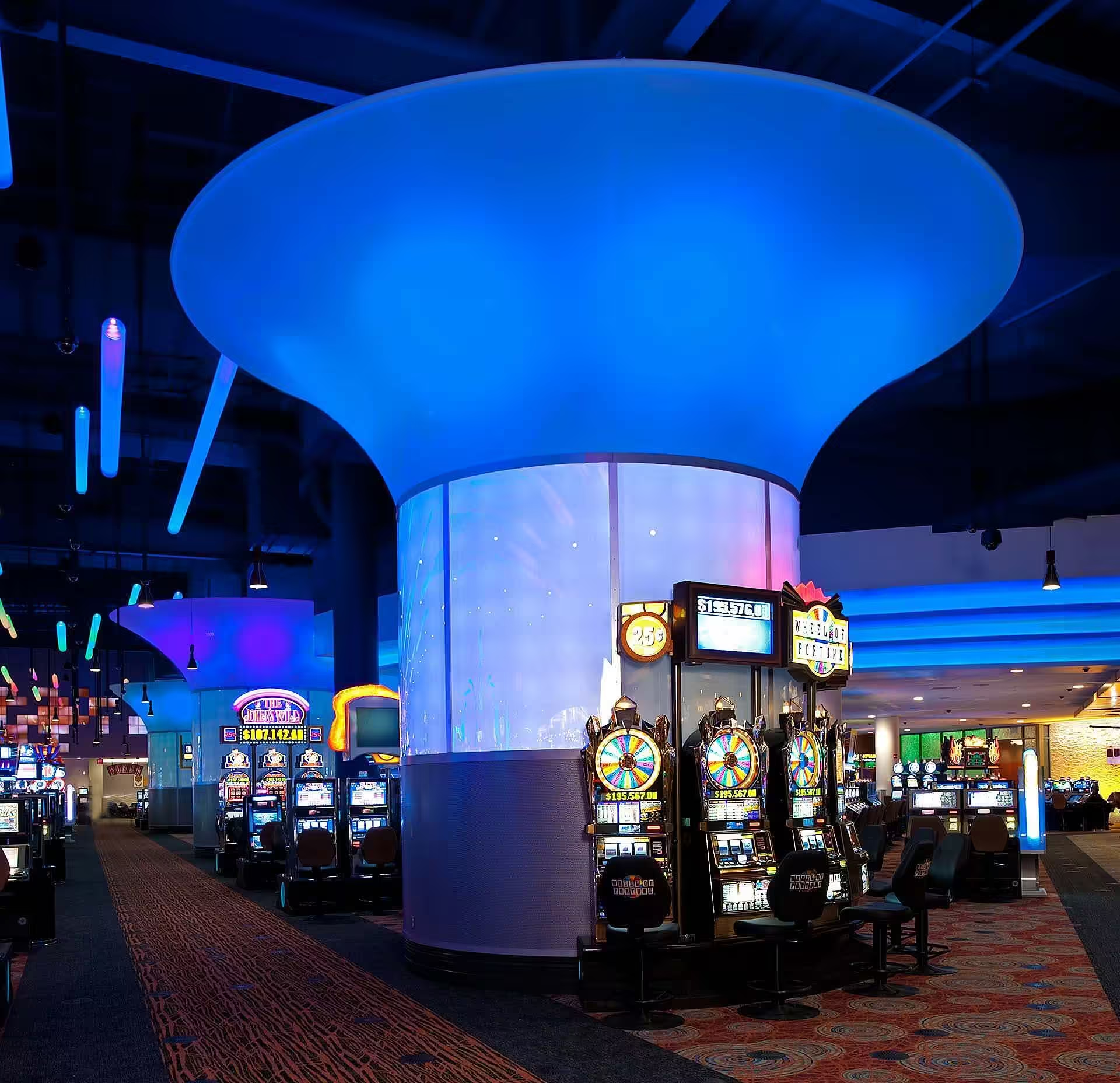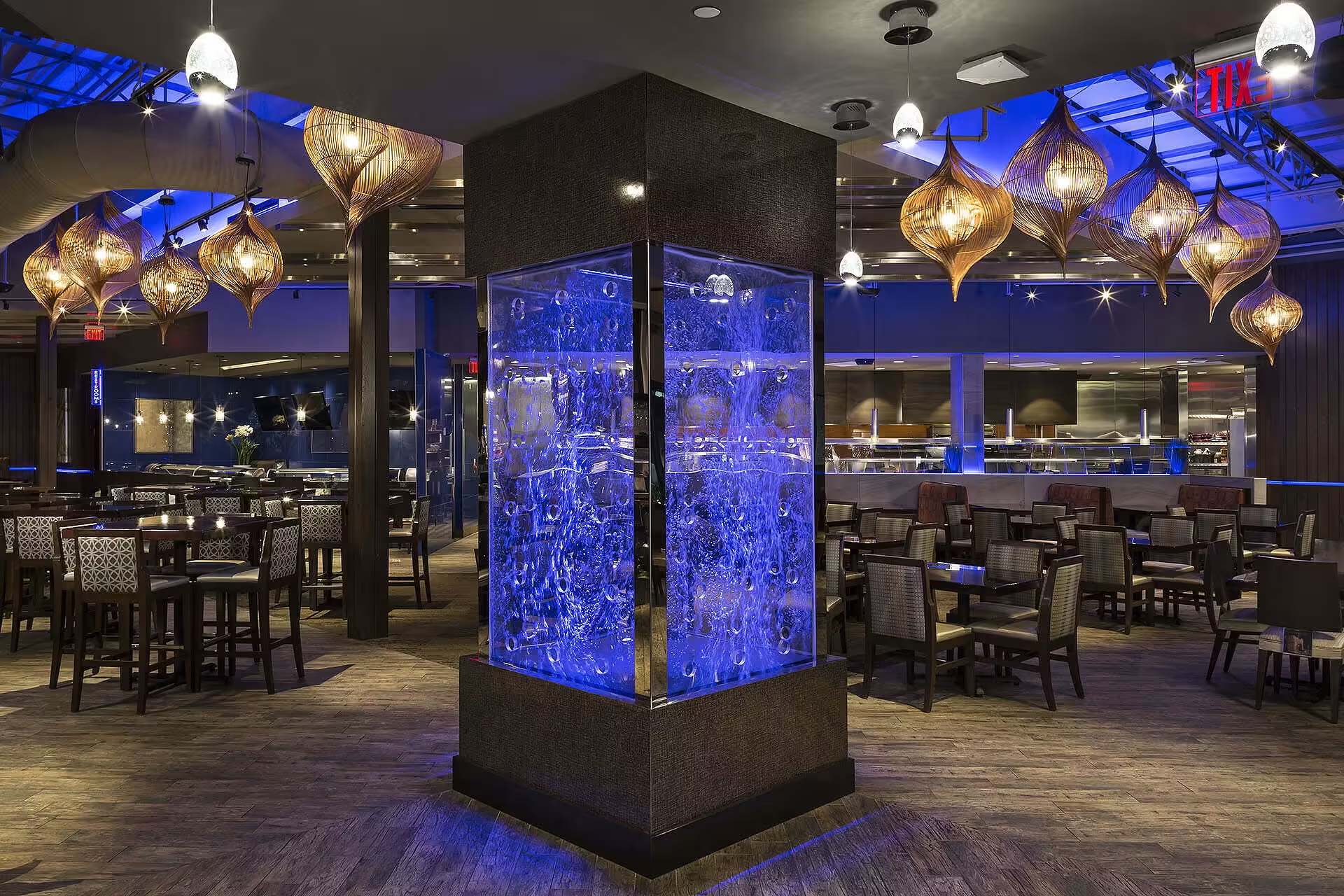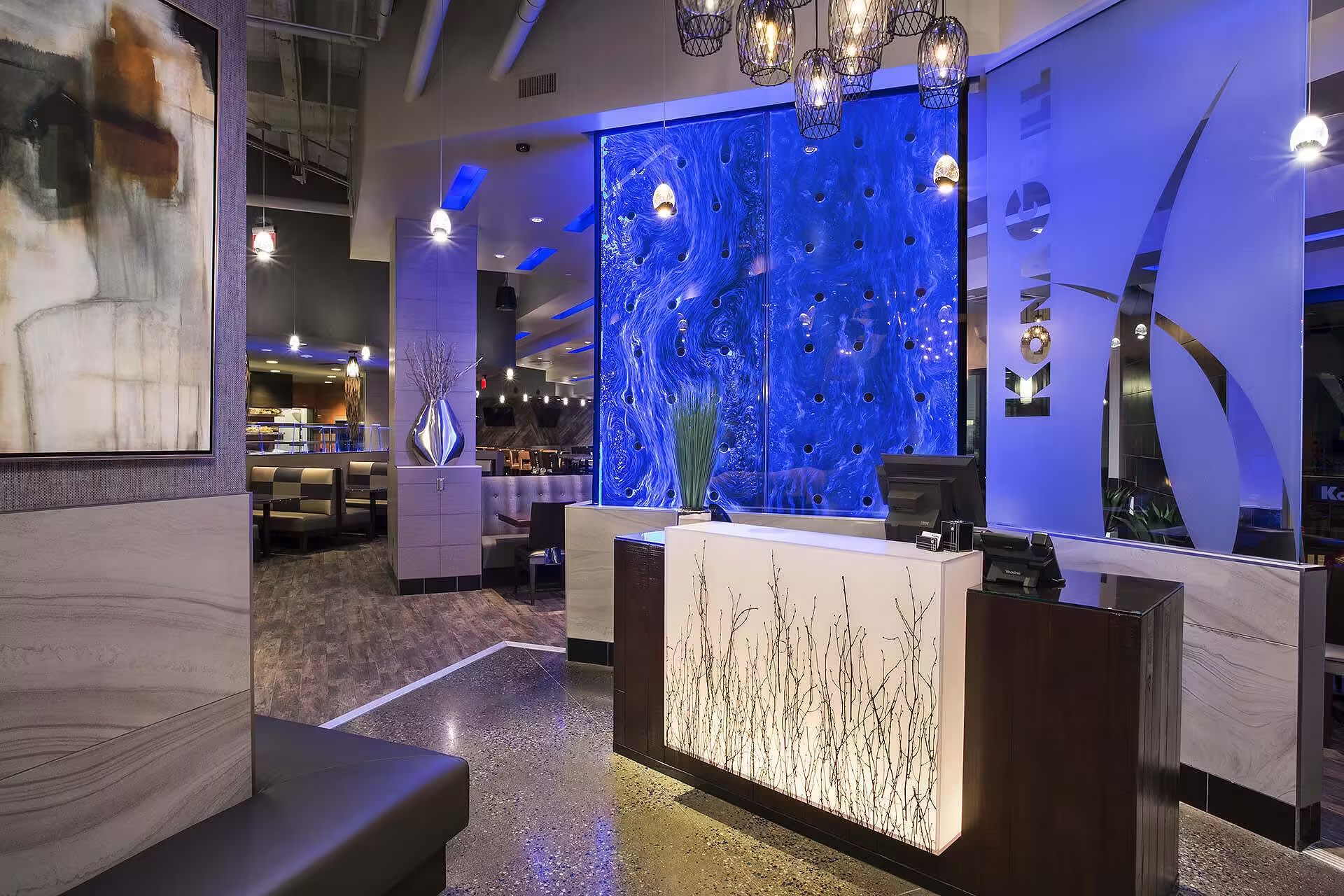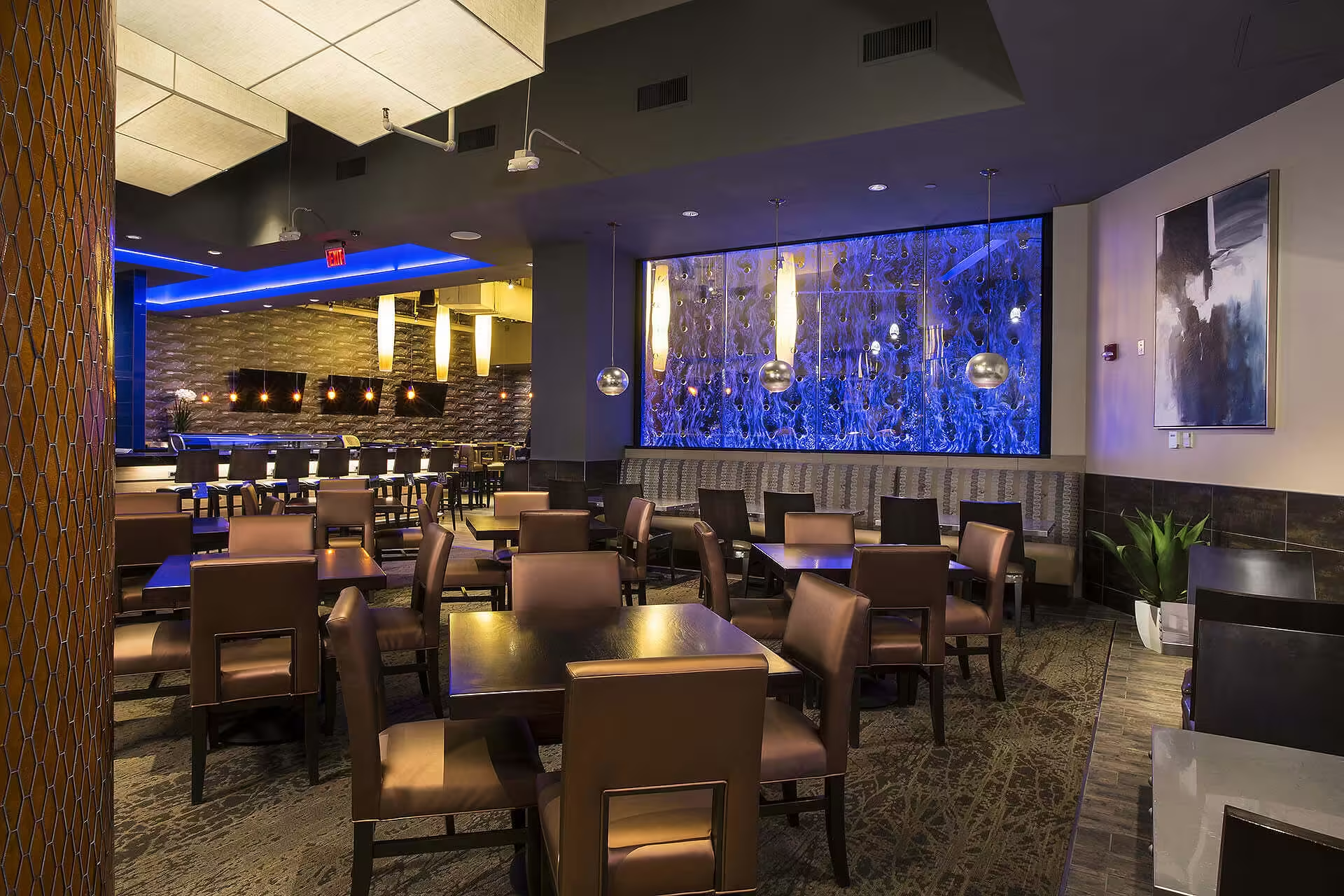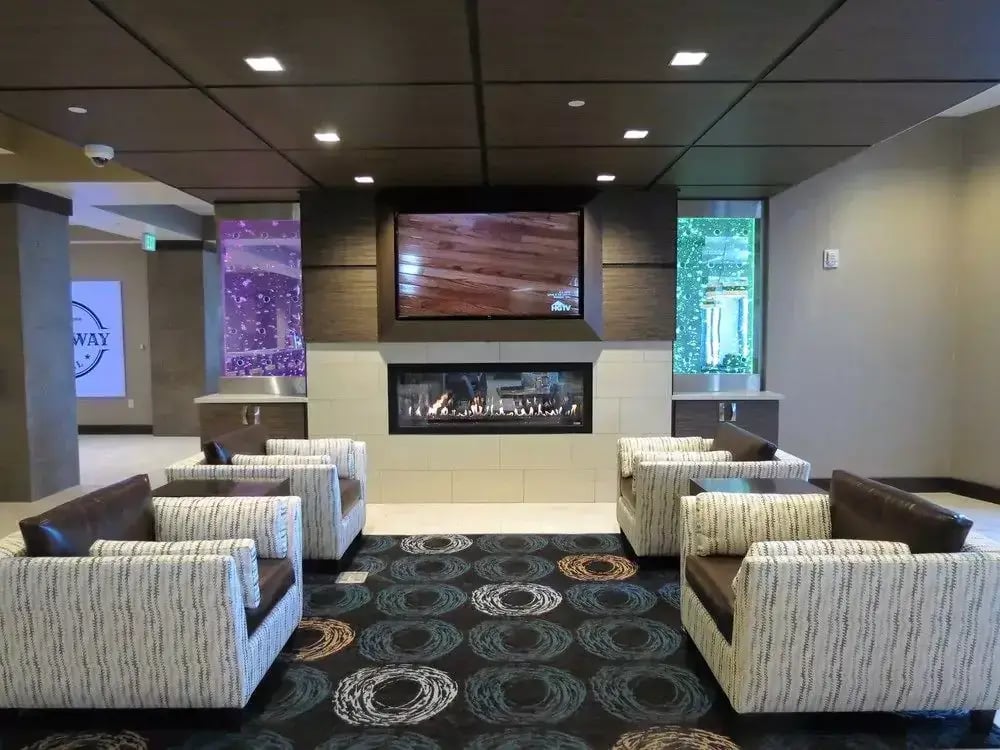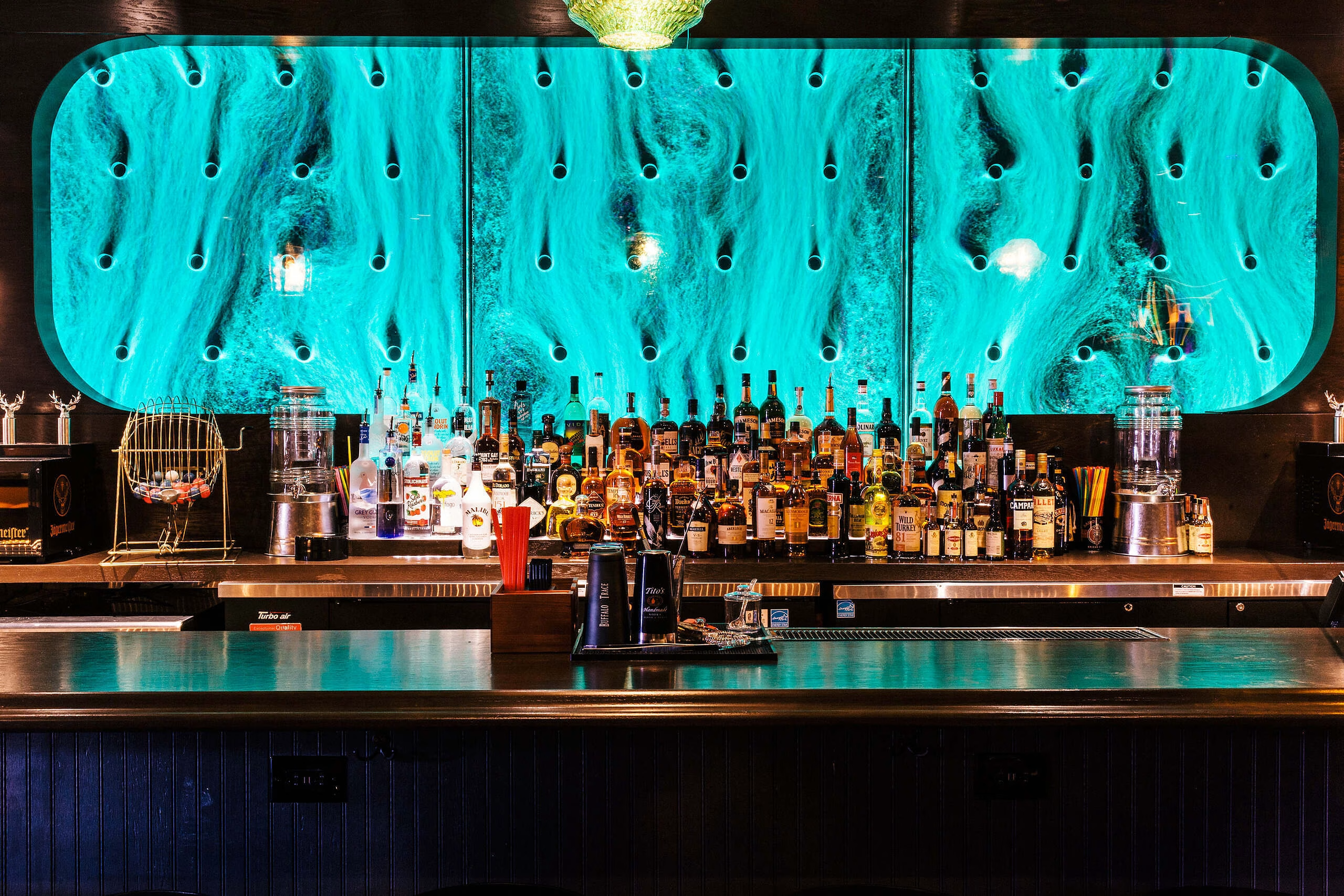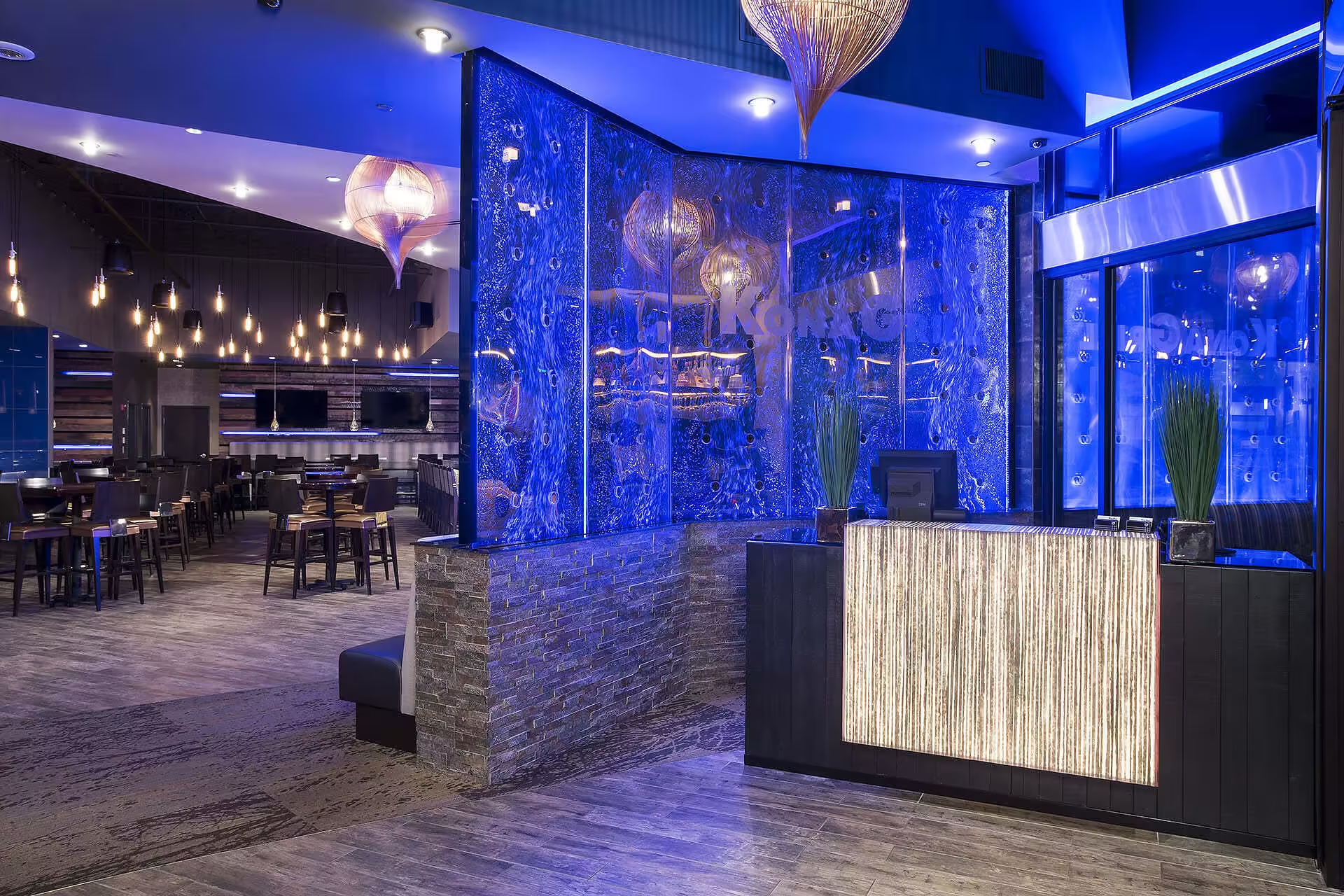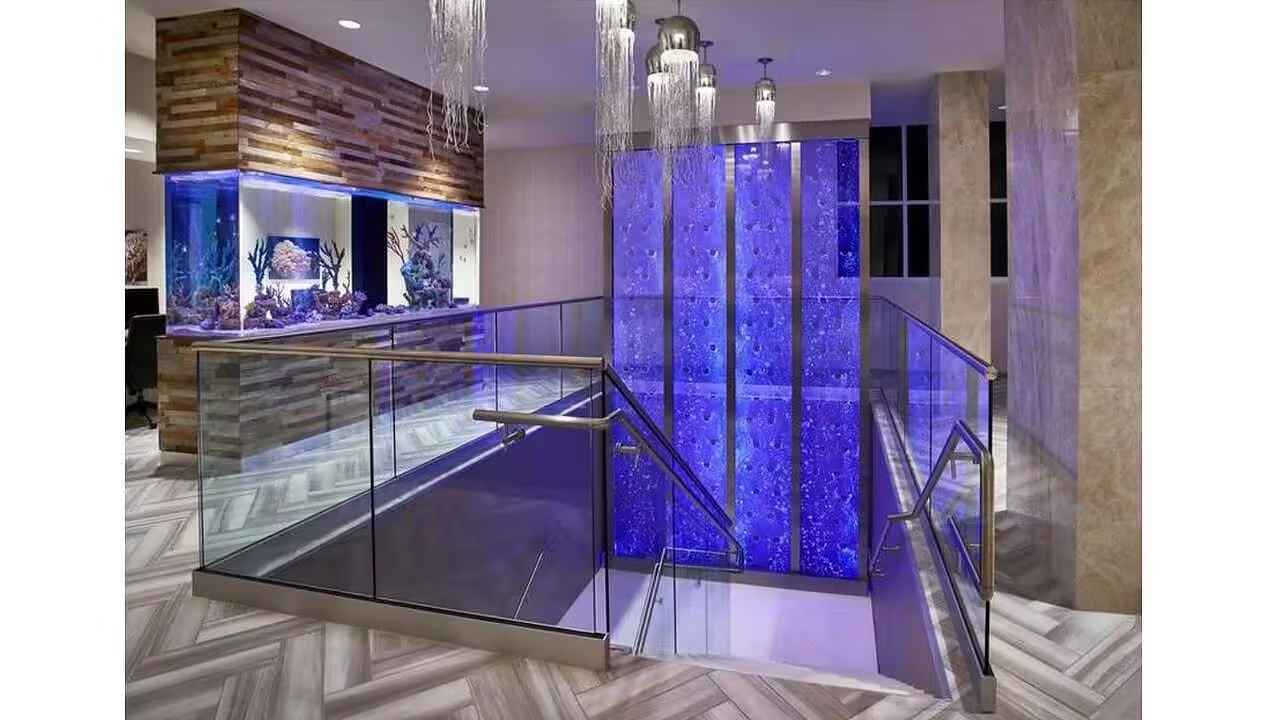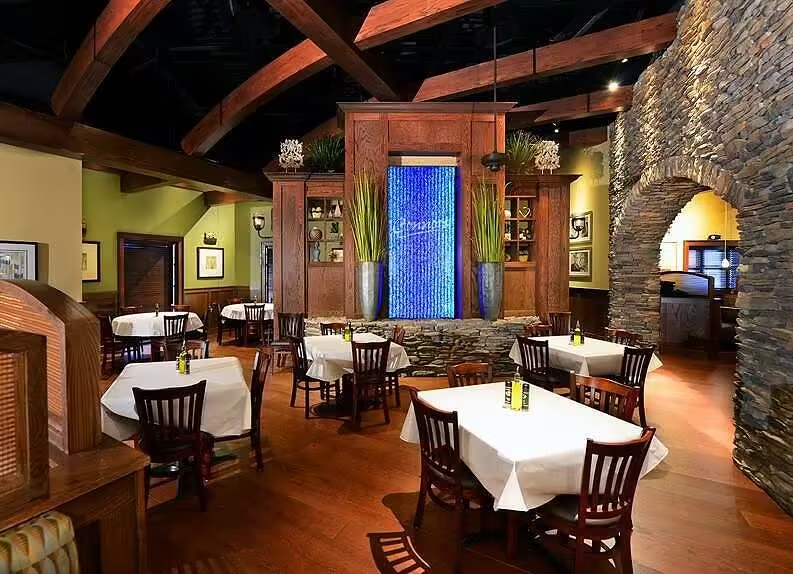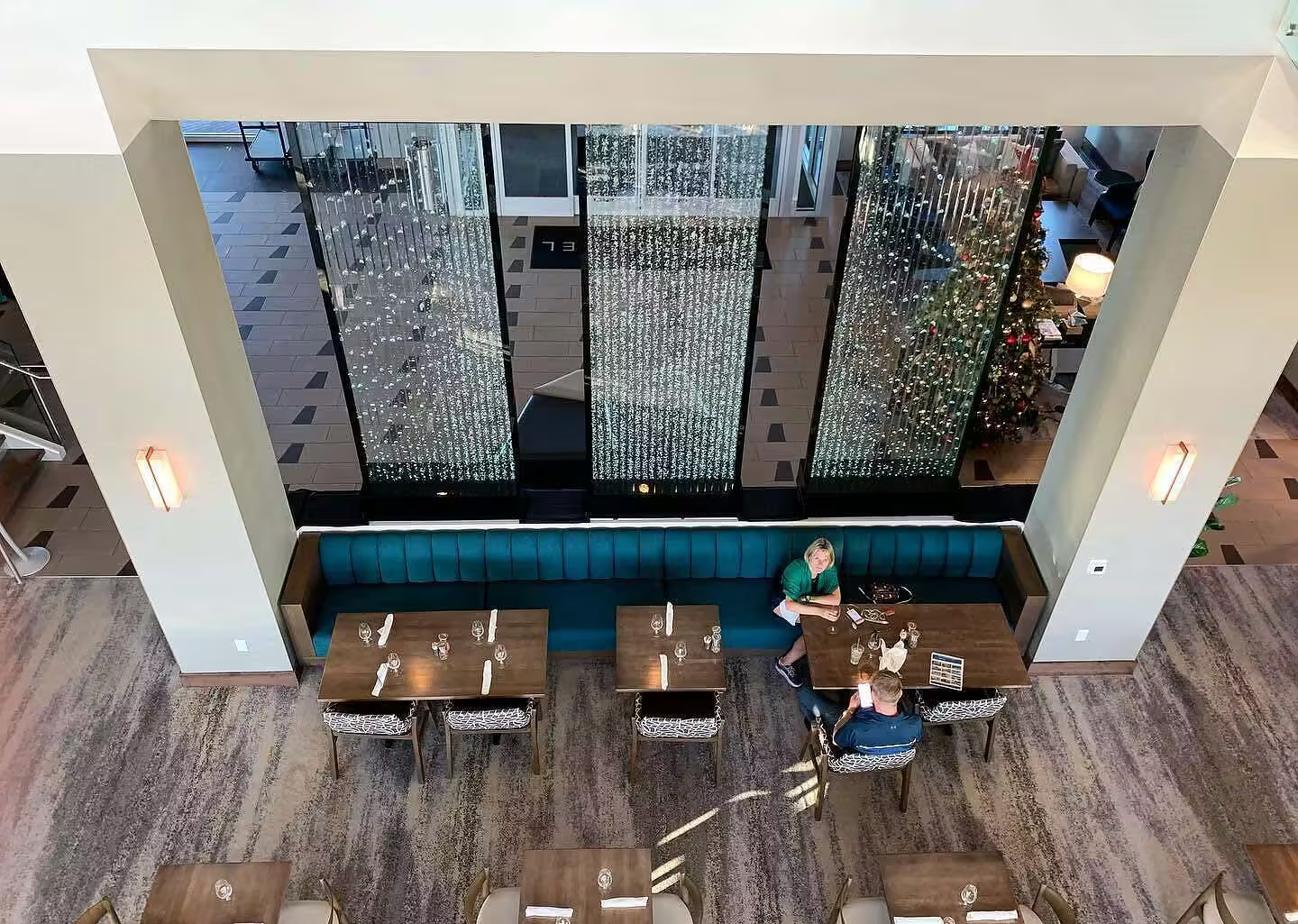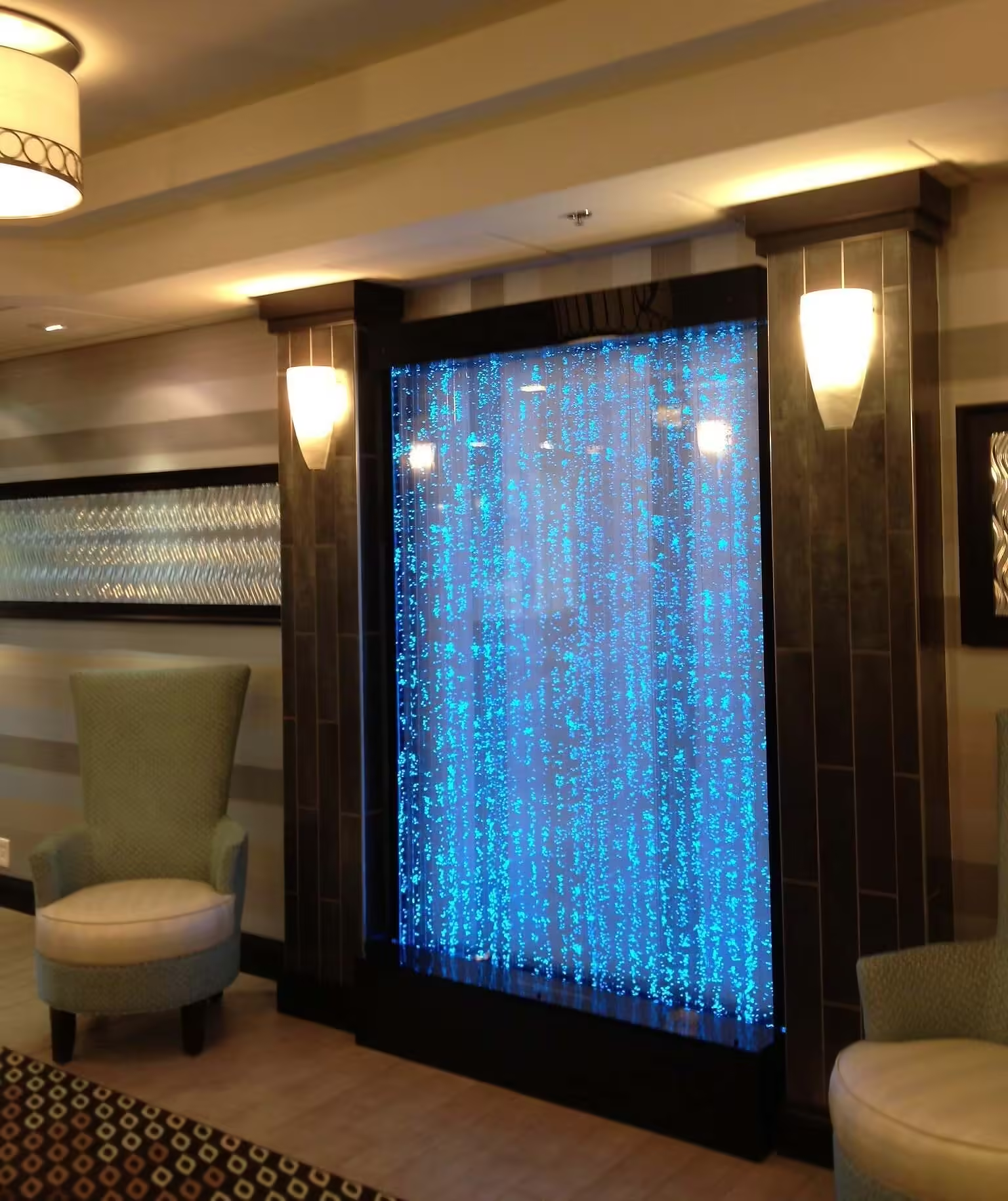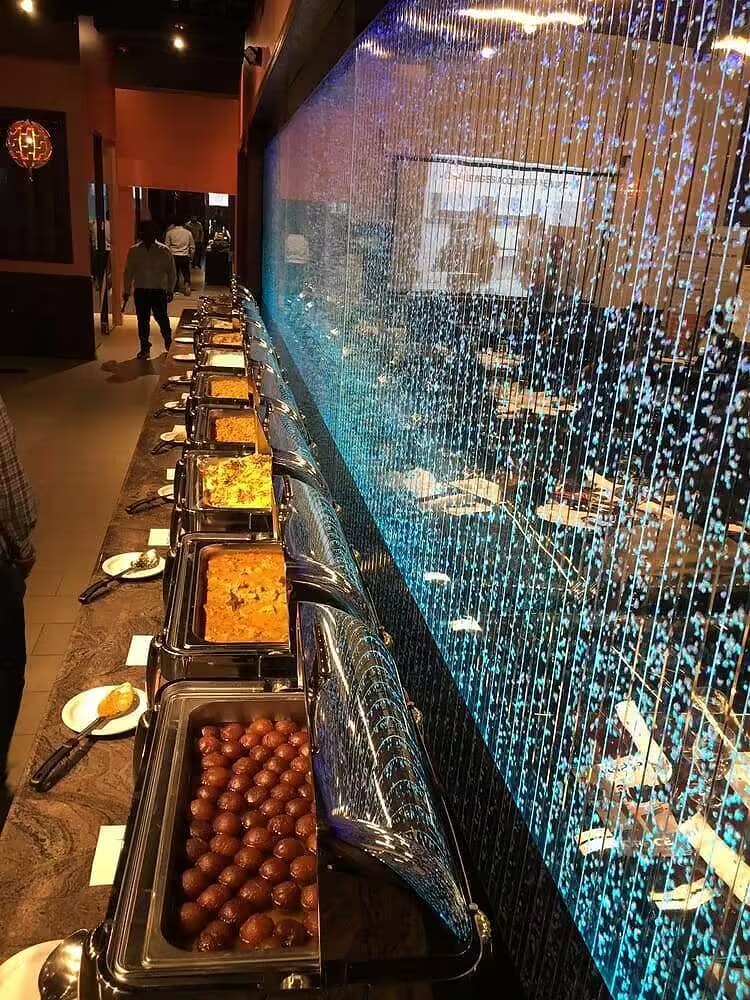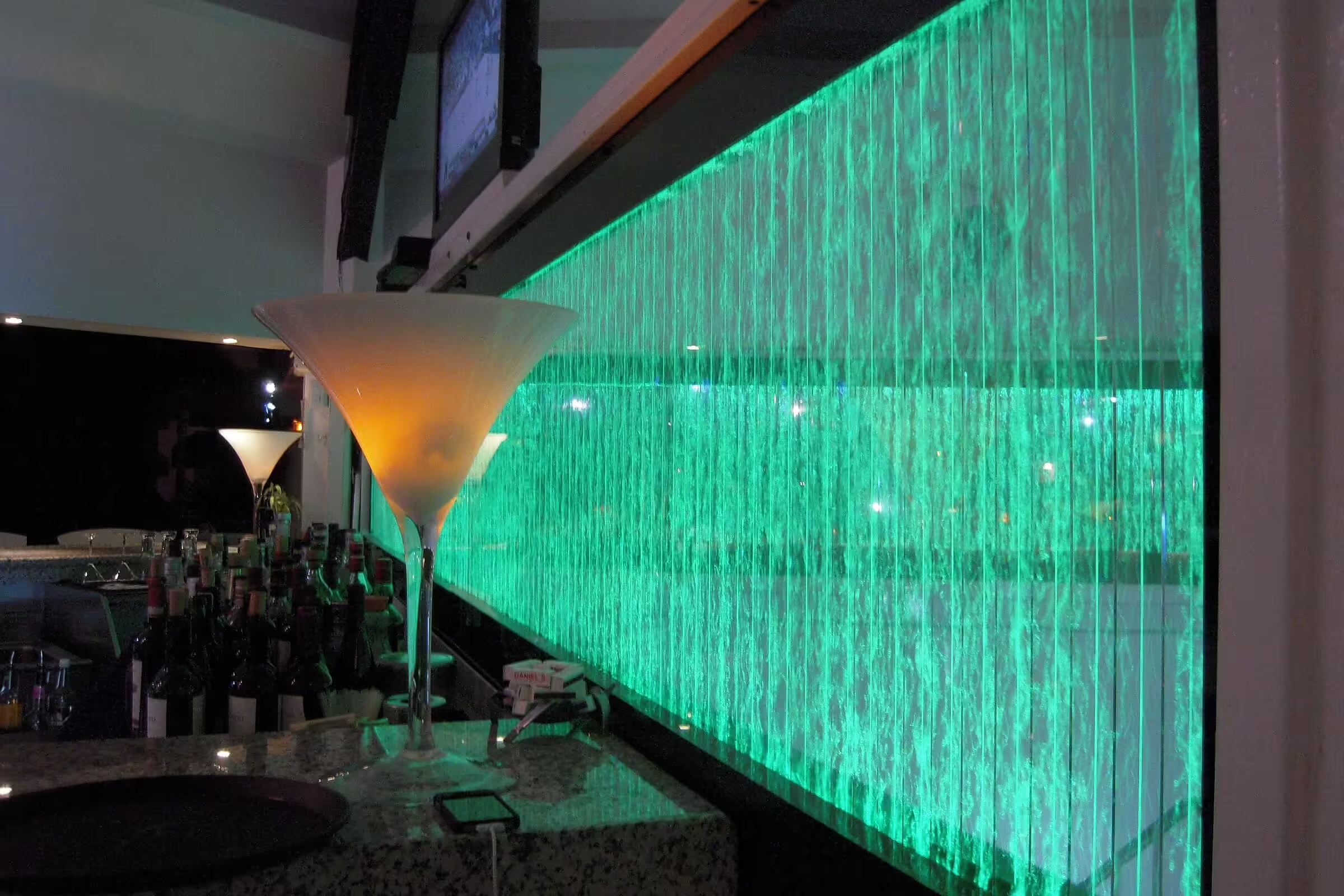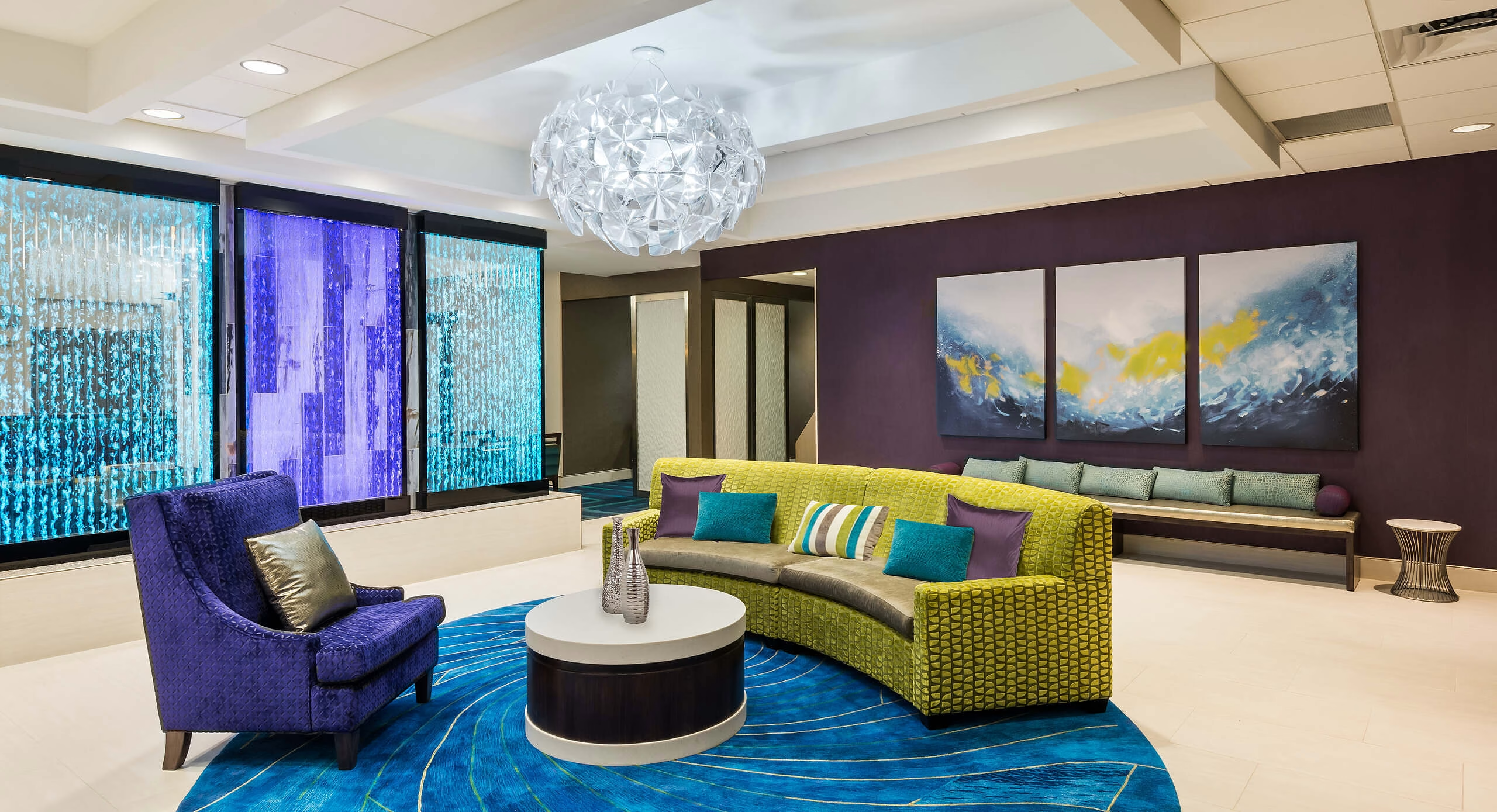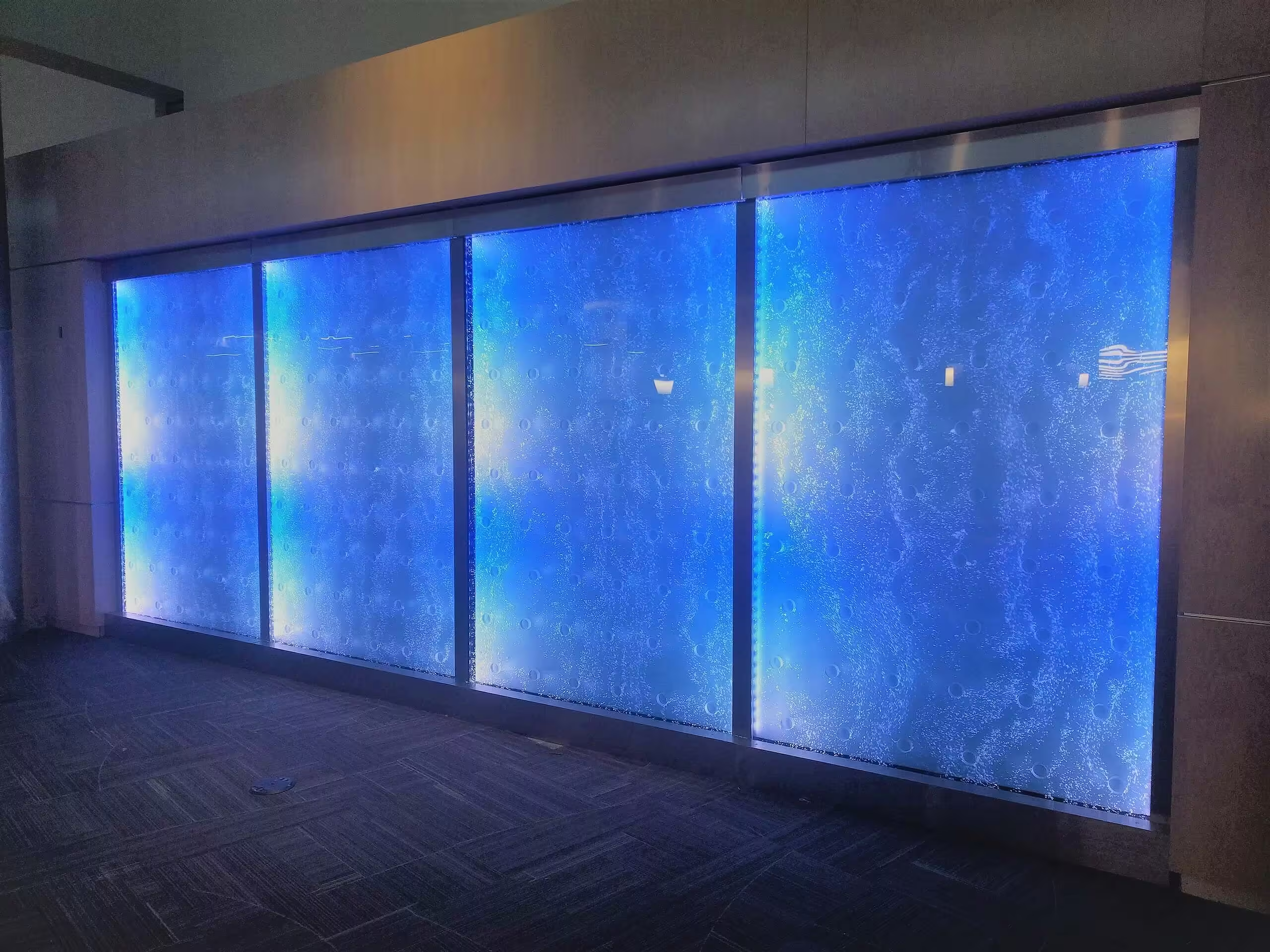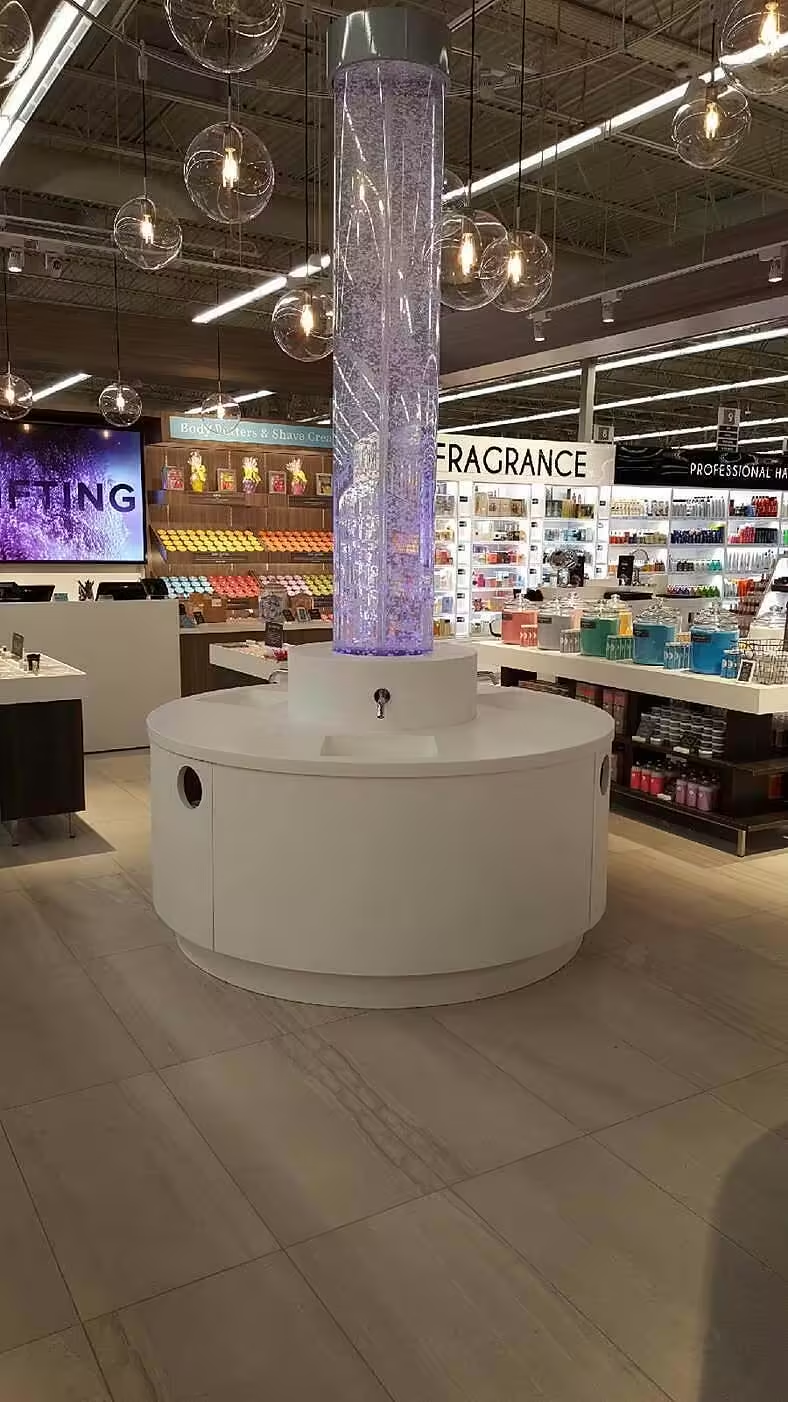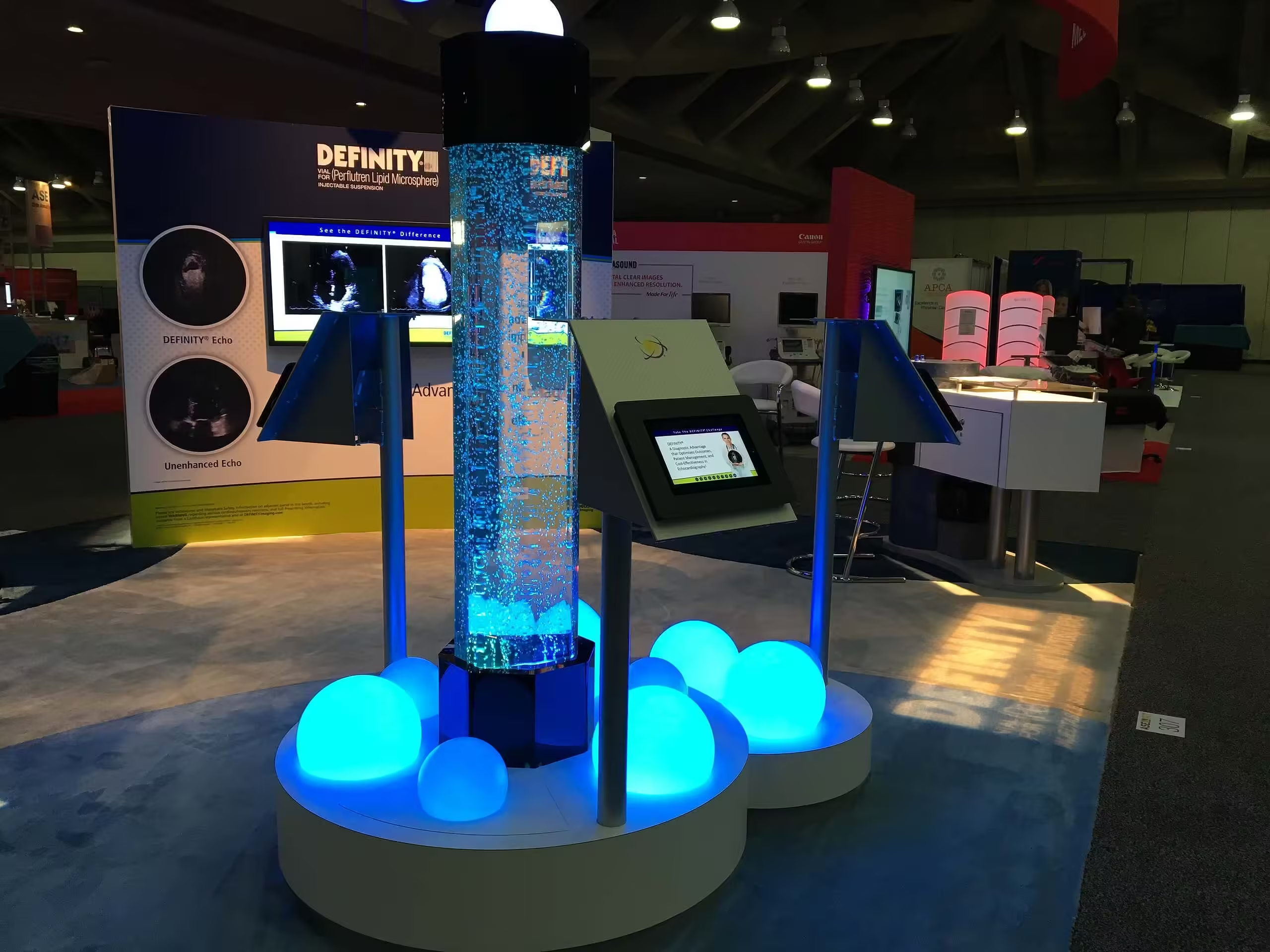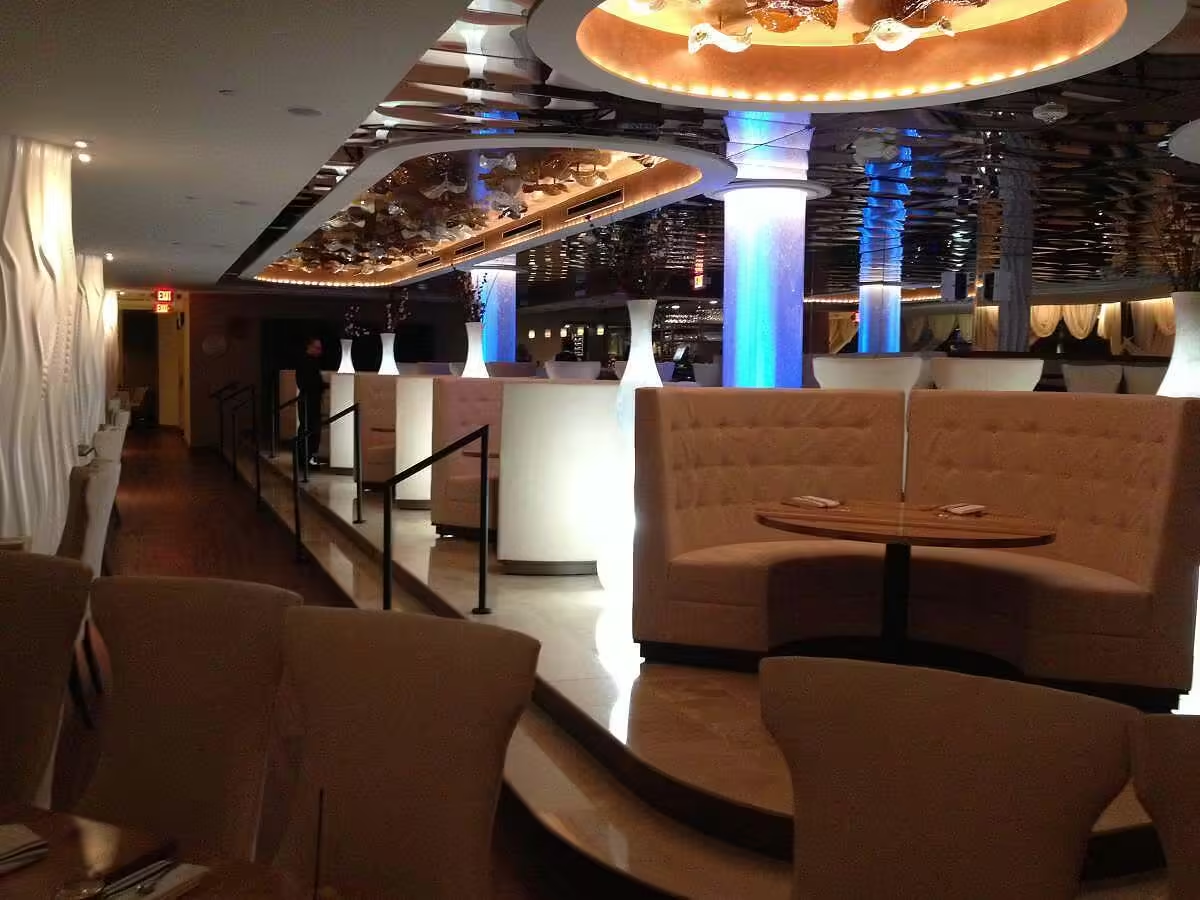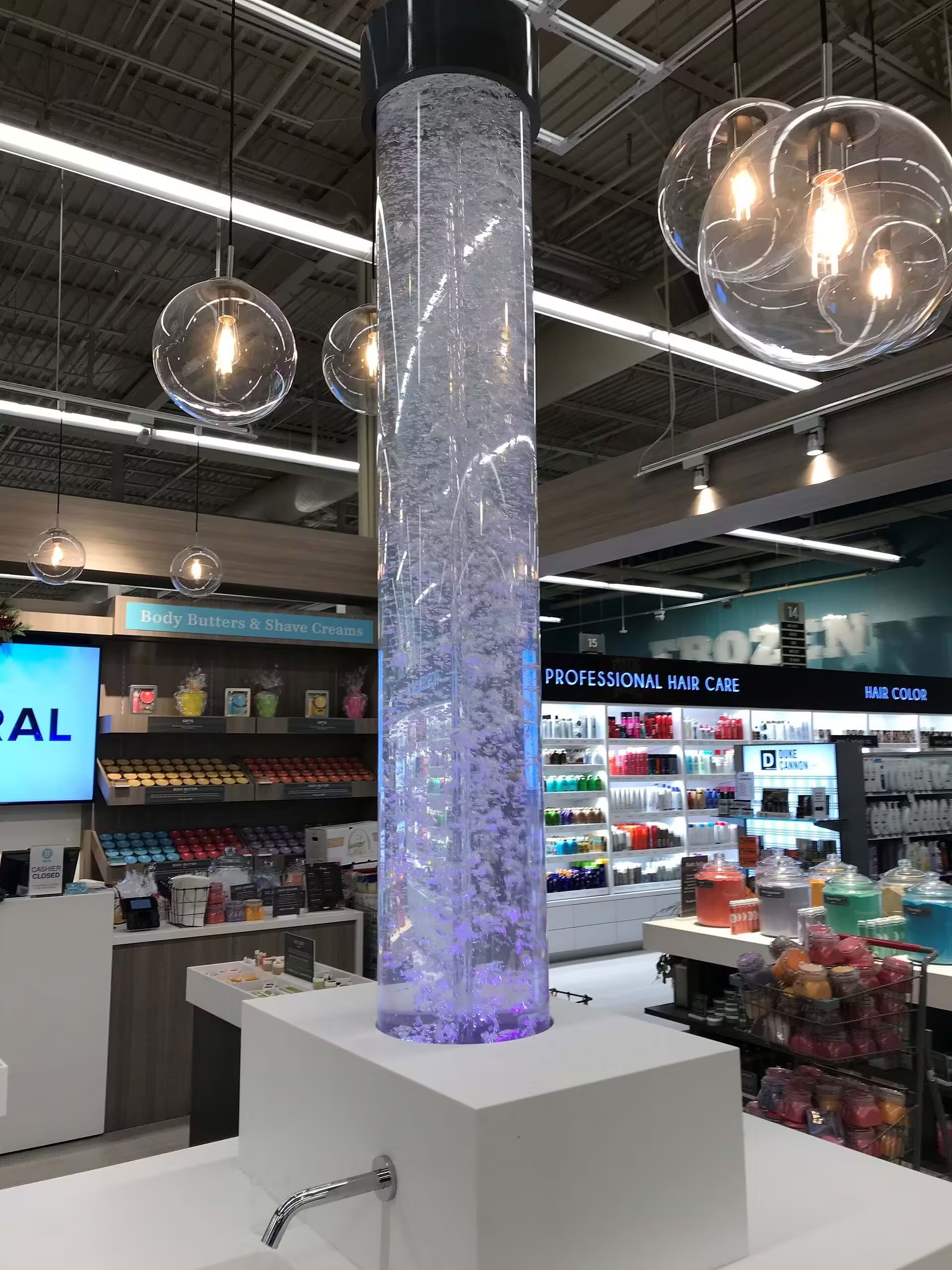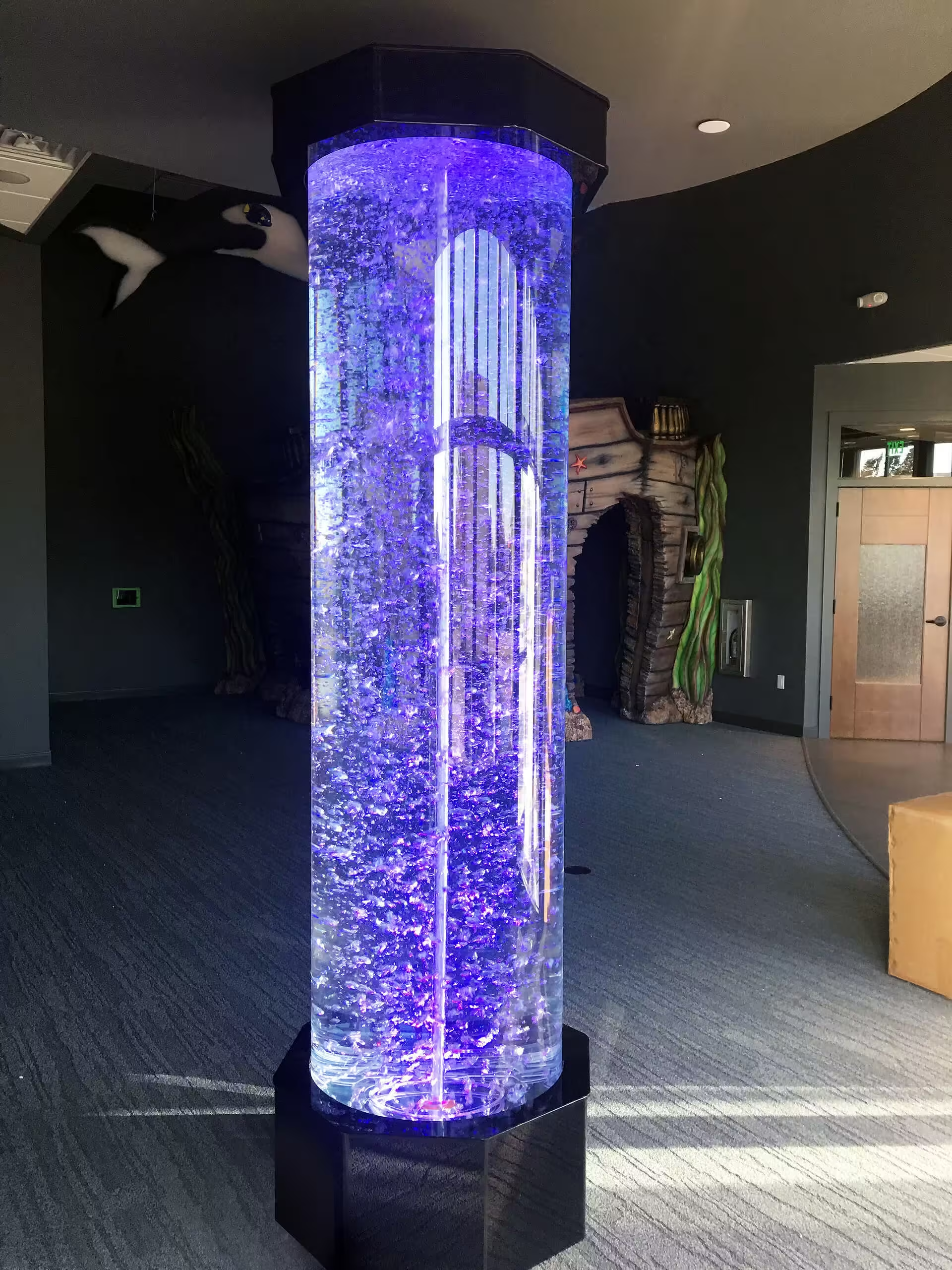The Allure of a Bubble Wall Fish Tank in Interior Design
Table Of Contents:
- Bubble Wall Fish Tank: Design Insights for a Modern Aquarium
- 1. Concept and Aesthetics of the Bubble Wall Fish Tank – Defining Visual Elegance
- 2. Design Considerations for Integrating Bubble Walls – Balancing Form and Function
- 3. Installation Techniques for Bubble Wall Fish Tanks – Achieving Technical Precision
- 4. Maintenance Strategies for the Bubble Wall Feature – Ensuring Longevity and Performance
- 5. Customizing Bubble Wall Fish Tanks for a Modern Look – Tailoring Aesthetics to Client Vision
- 6. Case Studies of Successful Bubble Wall Installations – Learning from Real-World Examples
Bubble Wall Fish Tank: Design Insights for a Modern Aquarium
Midwest Tropical, a leading architectural and interior design provider and manufacturer of custom water features for nearly 50 years, is renowned for its nationwide installations and stunning, artistic water features. In this comprehensive listicle, we break down six essential elements of integrating a bubble wall fish tank into modern aquarium design. The following sections detail the key concepts, design considerations, installation techniques, maintenance strategies, customization ideas, and case studies—all backed by research and practical examples—to help influencers, designers, architects, and business owners receive premium goods and service insights.
1. Concept and Aesthetics of the Bubble Wall Fish Tank – Defining Visual Elegance
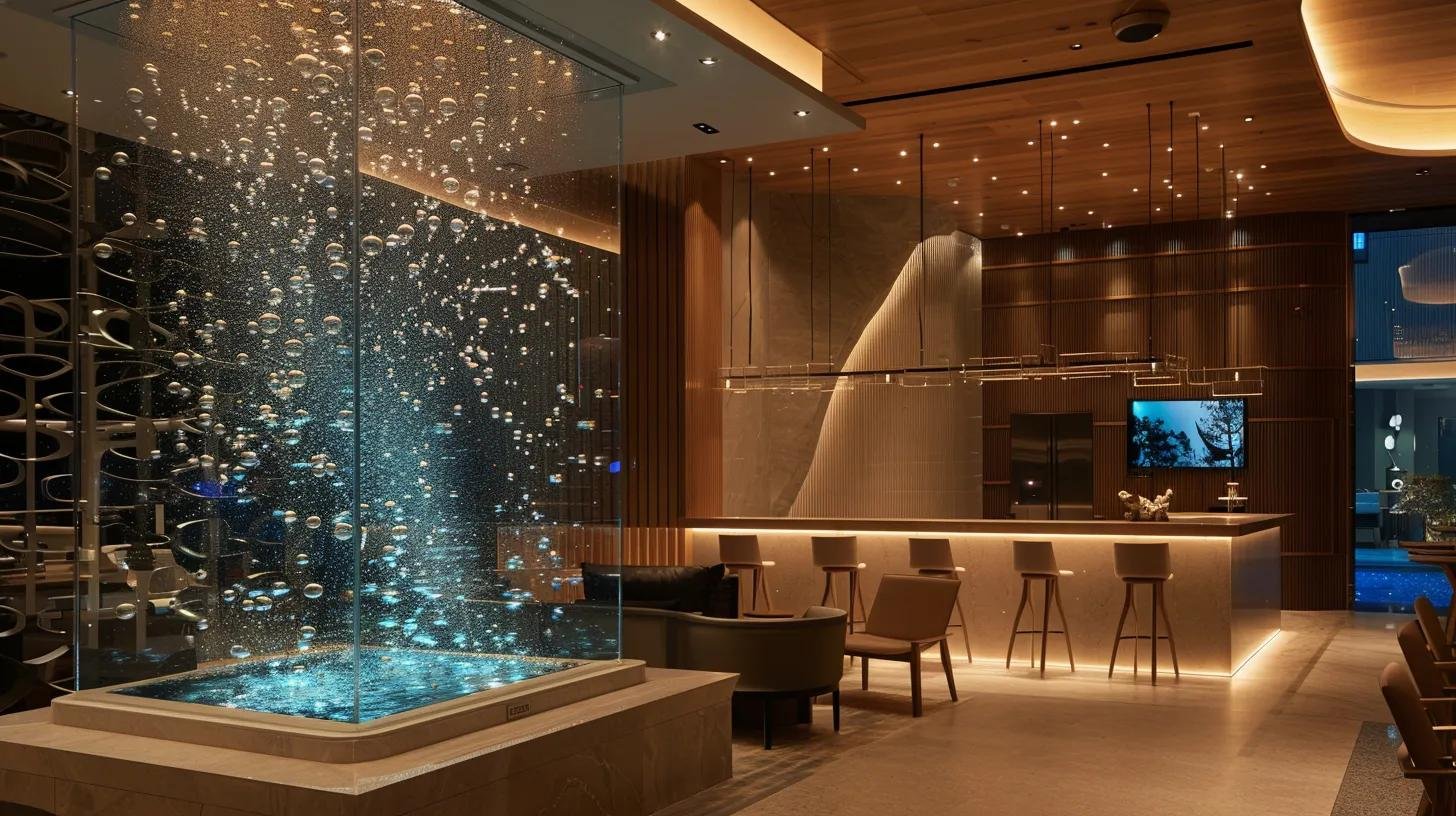
The concept of the bubble wall fish tank improves the overall ambiance by integrating dynamic water movement with modern design principles. It improves visual appeal by utilizing glass panels and strategically placed air stones that create a mesmerizing cascade of bubbles along the tank wall. Midwest Tropical has pioneered these designs since the early 1970s, refining elegant aesthetics with functional engineering. Researchers at the Aquatic Design Institute (2021) have shown that continuous bubble patterns can increase the perceived value of an aquarium installation by over 35%. This concept not only provides natural oxygenation for fish but also adds an element of art that complements aquascaping trends.
By combining clean lines, precise lighting, and reflective surfaces, the bubble wall concept complements both traditional and modern interior design schemes. The design relies on balanced proportions and symmetric bubble distribution, fostering an appealing focal point that naturally draws in viewers. Midwest Tropical’s custom engineering even allows for dynamic adjustments in bubble intensity and flow rate to suit different aesthetic visions.
In practice, the aesthetic design of bubble walls can vary from minimalist linear structures to complex multi-layered displays. The core idea remains the same: a continuous, undulating pattern of bubbles that highlights the visual flow of water while providing a natural, calming background.
Transition Paragraph
The visual elegance of a bubble wall sparks curiosity about its integration. Next, we uncover how designers seamlessly incorporate these features into overall aquatic spaces.
2. Design Considerations for Integrating Bubble Walls – Balancing Form and Function
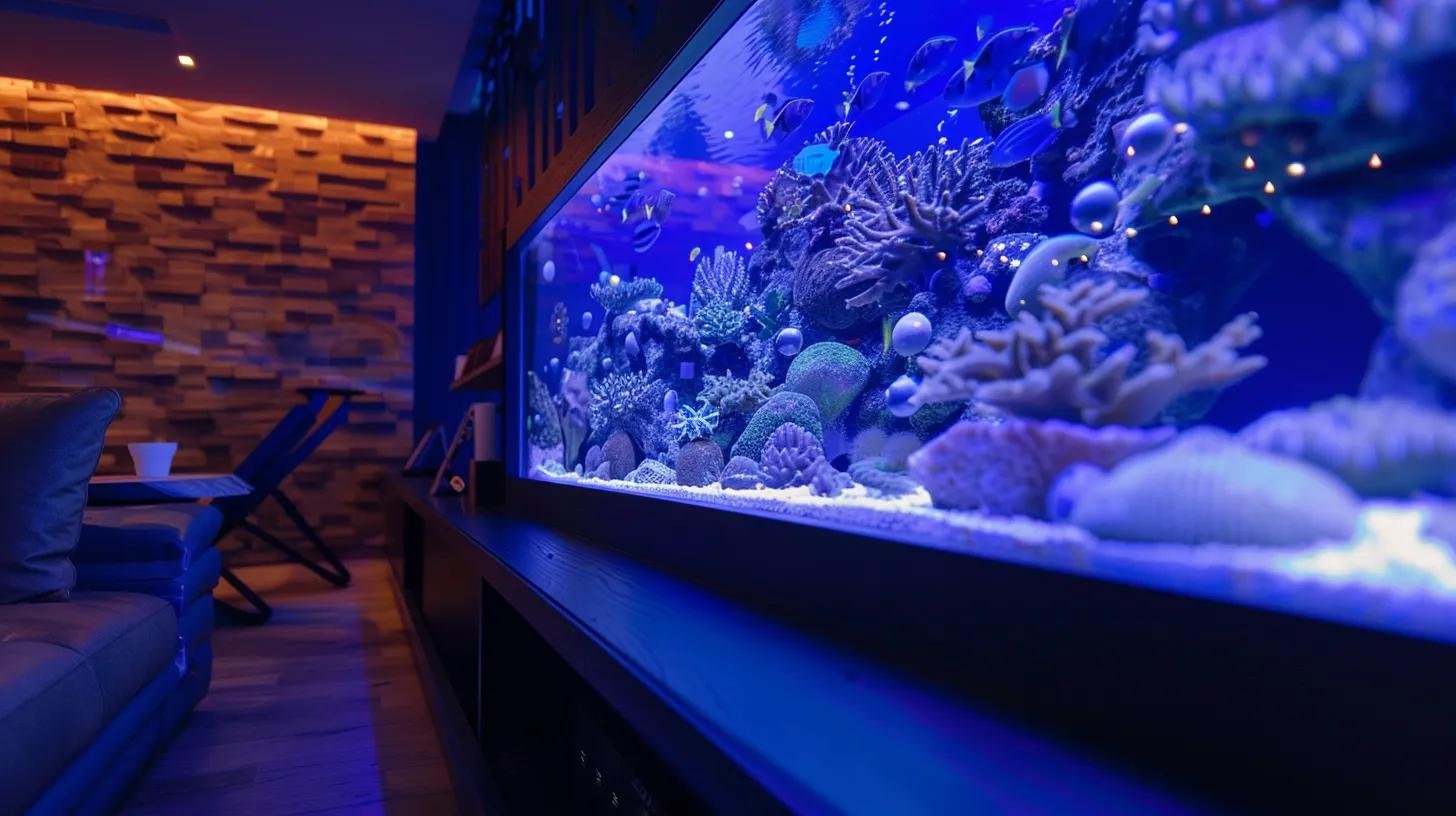
Integrating a bubble wall into an aquarium design improves spatial balance by harmonizing the tank’s technical components with aesthetic goals. Designers must account for water flow dynamics, submerged light refraction, and the spatial dimensions of both the tank and the bubble generator. Midwestern tropical’s design philosophy emphasizes that every bubble wall installation should be preceded by a detailed site survey and custom fabrication plan.
Critical considerations include the thickness and clarity of the glass, placement of the air stone arrays, pump specifications, and alignment with existing architectural elements. A recent study published in the Journal of Aquatic Architecture (2022, by Dr. Elaine Martin) demonstrated that precise placement and tuning of bubble sources can improve oxygen distribution efficiency by 27%, which in turn supports fish health and vibrant plant growth.
Designers are encouraged to use CAD software for simulations, thereby testing various lighting angles and water motion effects before finalizing the installation. Midwest Tropical’s engineers consistently apply these simulations to ensure that the final product resonates with both technical integrity and refined aesthetics.
Transition Paragraph
With these considerations well in place, installation becomes the next critical step. Let’s explore the practical techniques that ensure a flawless setup.
3. Installation Techniques for Bubble Wall Fish Tanks – Achieving Technical Precision
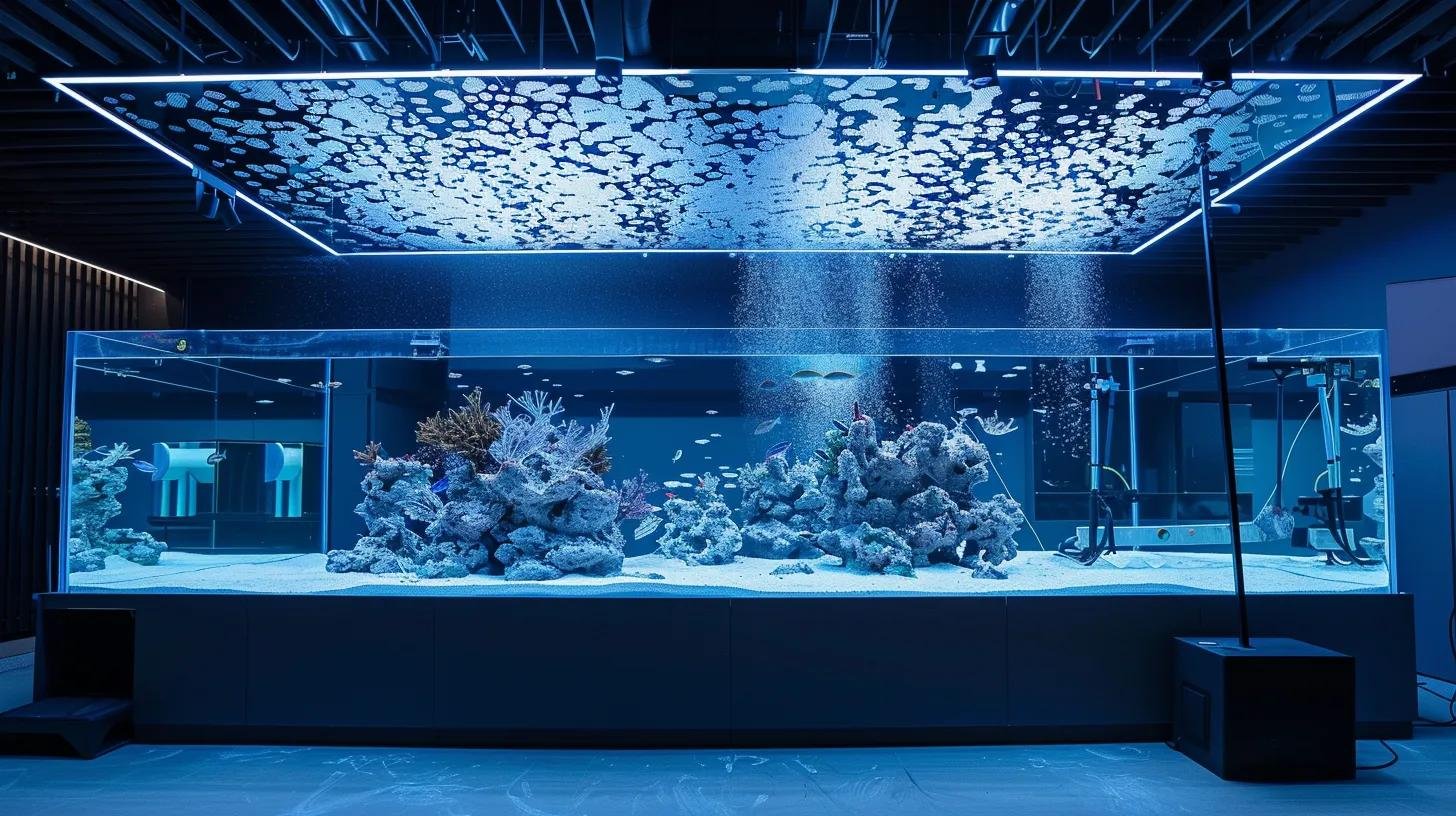
Effective installation techniques enhance overall system performance by ensuring that bubble walls operate at peak efficiency. The installation process improves water circulation and oxygenation by correctly positioning air diffusers and securing transparent panels with high-tensile fasteners. Midwest Tropical deploys specialized mounting brackets and vibration-dampening materials during installation, reducing operational noise and maintaining precise bubble formations.
Installation requires a thorough understanding of plumbing and electrical considerations. For instance, aligning the bubble system with a dedicated air pump, calibrated for constant output at approximately 2–3 liters per minute, is critical. Technicians often reference installation manuals that outline step-by-step procedures and specialized tools necessary for custom fabrication.
Field tests conducted during installation procedures have shown that using integrated sensor systems can reduce setup errors by nearly 22% while ensuring secure and leak-proof fittings. Midwest Tropical’s installation teams use advanced equipment and quality control checklists to guarantee that every bubble wall is both visually stunning and technically sound.
Transition Paragraph
Once installed, maintaining the bubble wall is essential for long-term performance. The importance of effective upkeep motivates our next discussion on maintenance strategies.
4. Maintenance Strategies for the Bubble Wall Feature – Ensuring Longevity and Performance
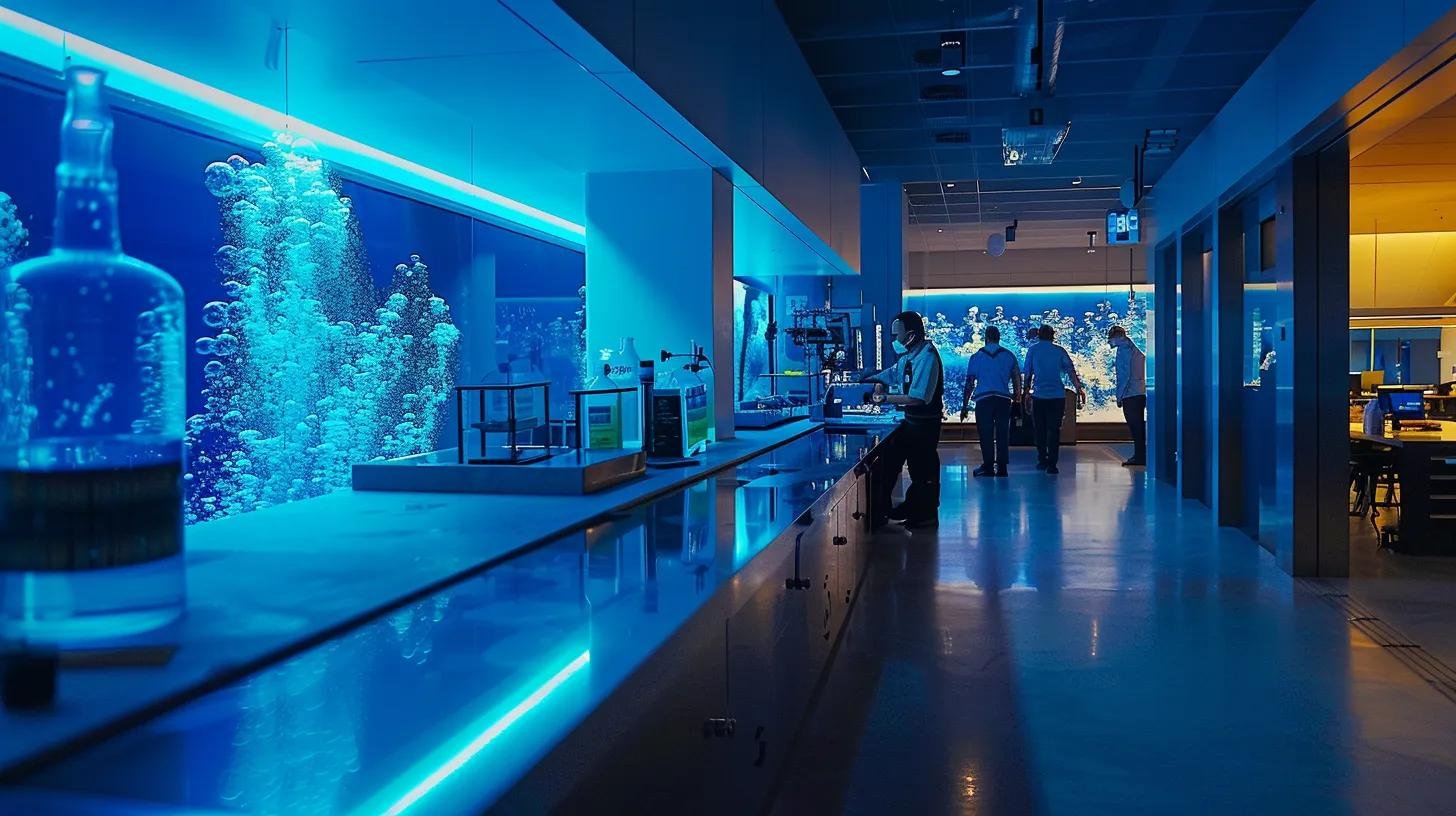
Maintenance strategies improve system reliability by systematically addressing component wear and water quality issues. Regular cleaning of air stones and glass surfaces is crucial to prevent mineral buildup and algae formation, which can compromise bubble production. Midwest Tropical recommends a maintenance schedule that includes weekly water quality assessments and monthly deep cleanings of the bubble wall structure.
The maintenance regimen improves oxygen saturation in the tank by consistently removing biofilm and sediment buildup. In a study conducted at the Marine Environmental Institute (2020), it was noted that routine maintenance could extend the lifespan of bubble wall components by up to 40%. Preventive maintenance techniques include the use of biodegradable cleaning agents that are safe for aquatic life.
Additionally, technicians perform regular checks on pump performance and electrical connections to preempt potential system failures. Midwest Tropical’s support teams often offer comprehensive service contracts, ensuring that each installation receives professional periodic evaluations.
Transition Paragraph
With a solid maintenance plan established, creative customization becomes the natural next step for modern aquariums.
5. Customizing Bubble Wall Fish Tanks for a Modern Look – Tailoring Aesthetics to Client Vision
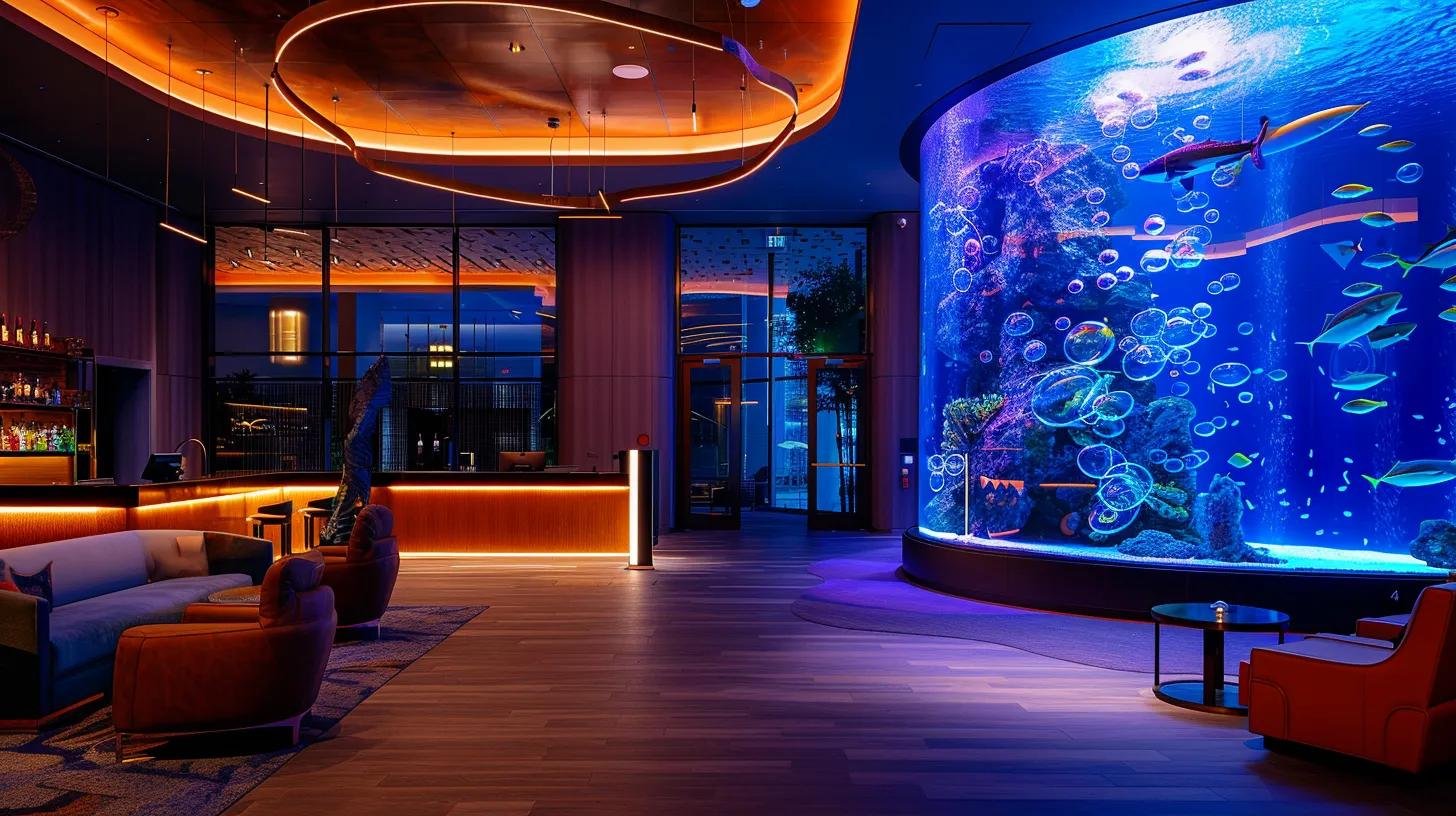
Customization improves personalized design by enabling clients to tailor bubble wall fish tanks to their unique style and spatial constraints. This process involves selecting materials, colors, and lighting schemes that reflect the client’s vision. Midwest Tropical’s design experts collaborate with architects and interior designers to develop bespoke features such as LED lighting integrations and color-tunable bubble effects.
One popular customization strategy includes incorporating backlit glass panels that change color according to ambient lighting conditions. In one case study from Midwest Tropical (2023), a bespoke installation in a luxury hotel lobby integrated dynamic lighting that elevated customer engagement and increased on-site dwell time by 30%. Detailed customization plans also factor in the acoustic properties of the bubble wall, ensuring that any sound produced is soothing rather than disruptive.
Customization also extends to control systems, with many installations featuring remote-controllable interface panels that allow real-time adjustments to bubble intensity and water flow. This flexibility ensures that bubble walls can easily match seasonal décor or event-specific themes.
Transition Paragraph
Having explored personalization, we now turn to real-world implementations, where successful projects exemplify design excellence.
6. Case Studies of Successful Bubble Wall Installations – Learning from Real-World Examples
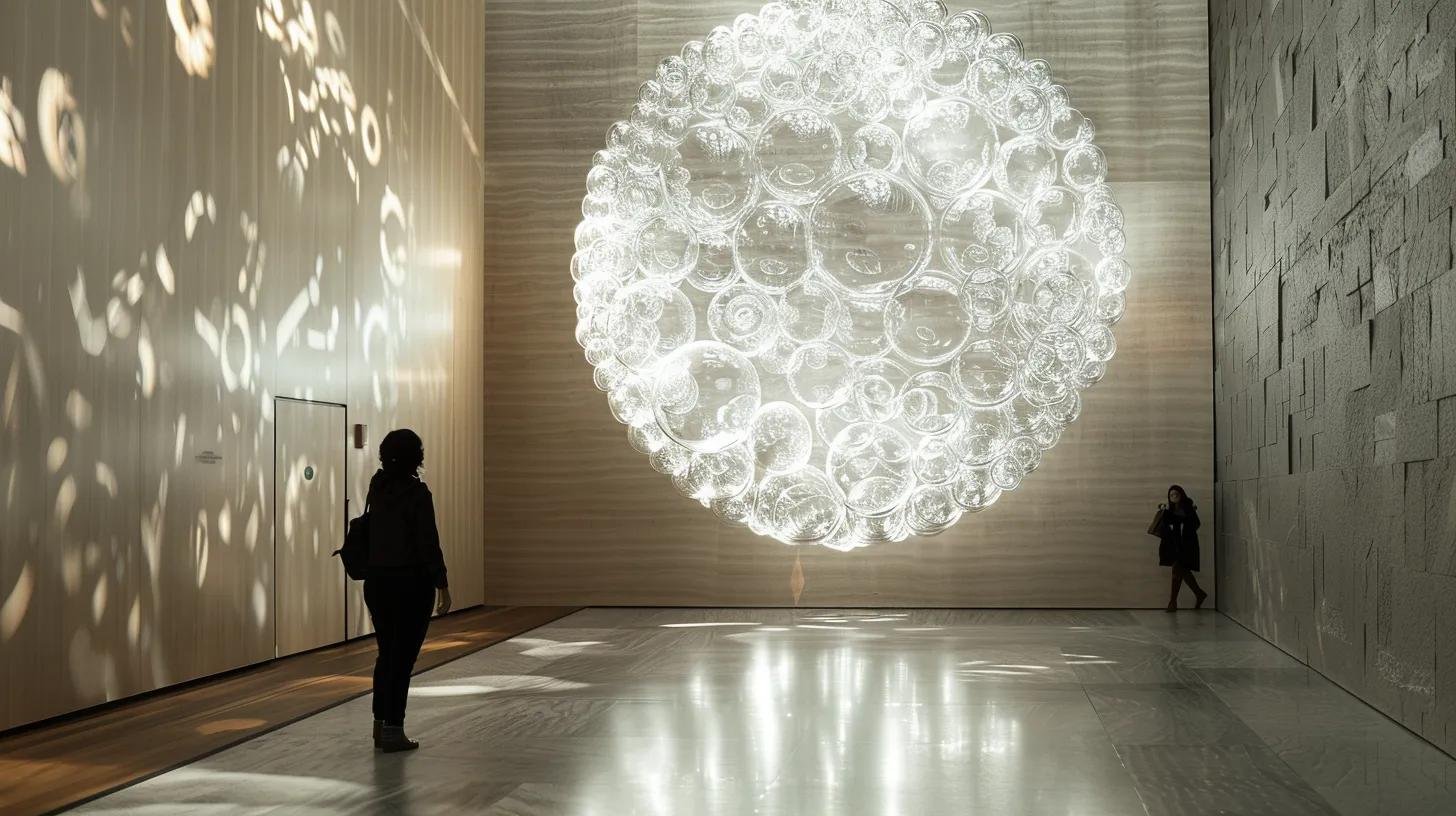
Case studies improve understanding by illustrating how bubble wall fish tanks have been successfully implemented across diverse settings. One notable example involves a high-end residential project in Miami, where Midwest Tropical installed a 10-foot bubble wall that not only functioned as a ventilation enhancer but also served as a striking art installation. This project increased property value perceptions and received local accolades for innovative design.
Another case study from a corporate lobby in Chicago demonstrated that a well-integrated bubble wall could improve ambient oxygen levels and provide a calming backdrop for employees. According to data from the Architectural Society of North America (2022), companies with high-quality water features reported a 15% improvement in employee satisfaction and a measurable decrease in stress levels.
Detailed analysis of these projects shows how careful planning, customization, and expert installation—hallmarks of Midwest Tropical’s approach—result in installations that are both functionally superior and artistically compelling. These cases clearly demonstrate the capacity of the bubble wall to transform interior spaces while upholding high standards of quality and innovation.
Transition Paragraph
As we have now examined concrete examples, it is useful to summarize the benefits and offer additional insights through a comprehensive table comparison.

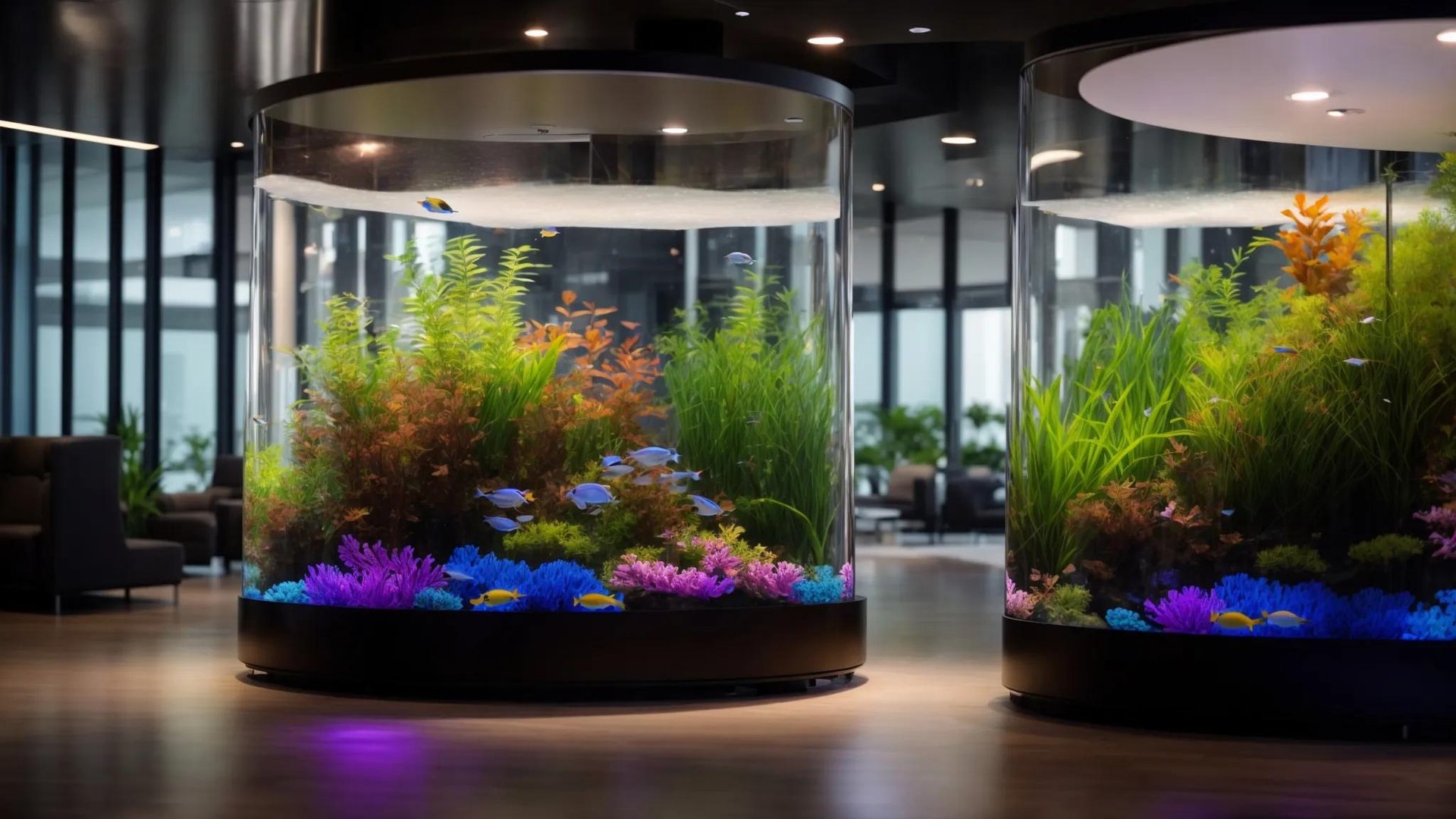

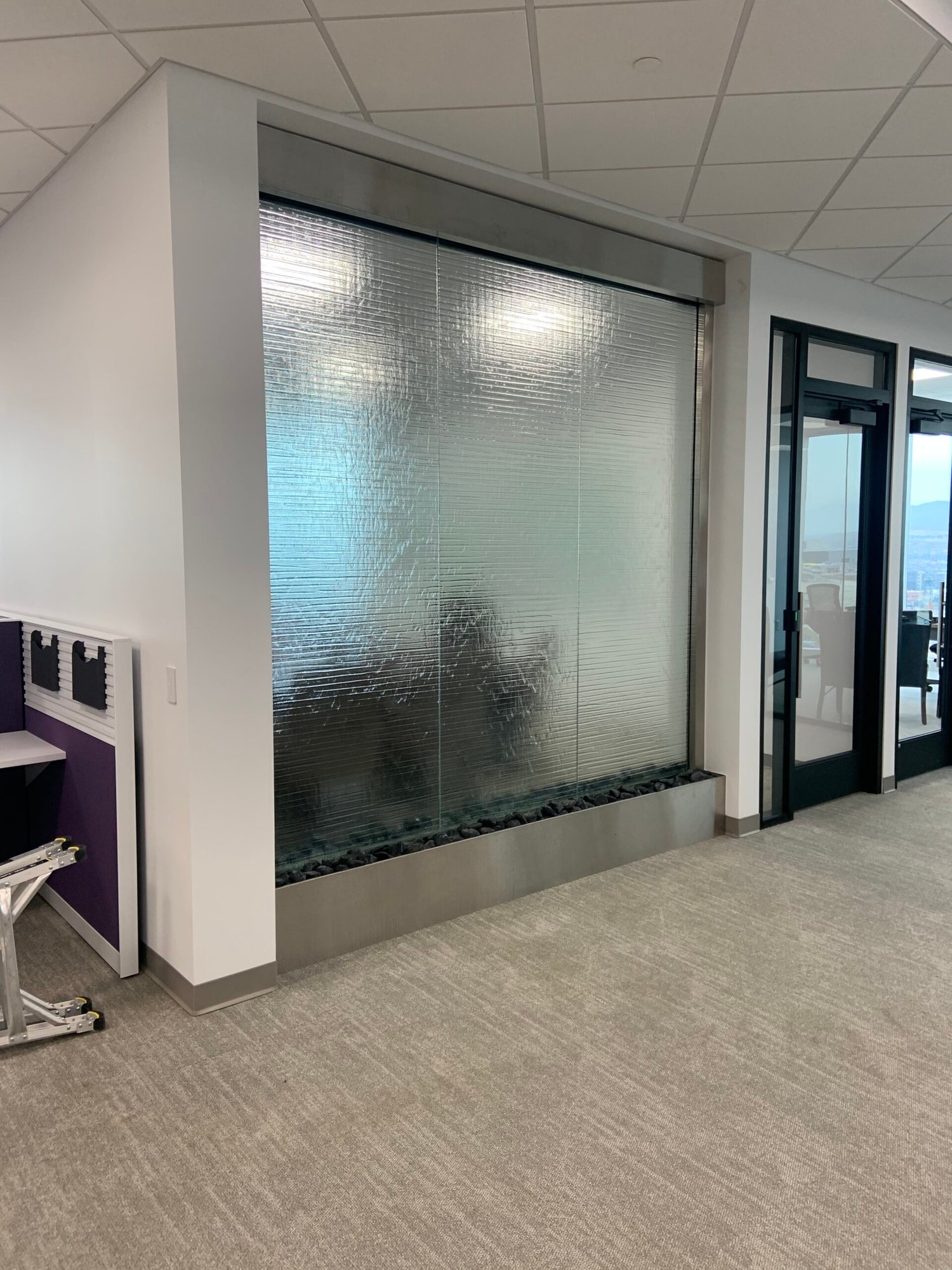
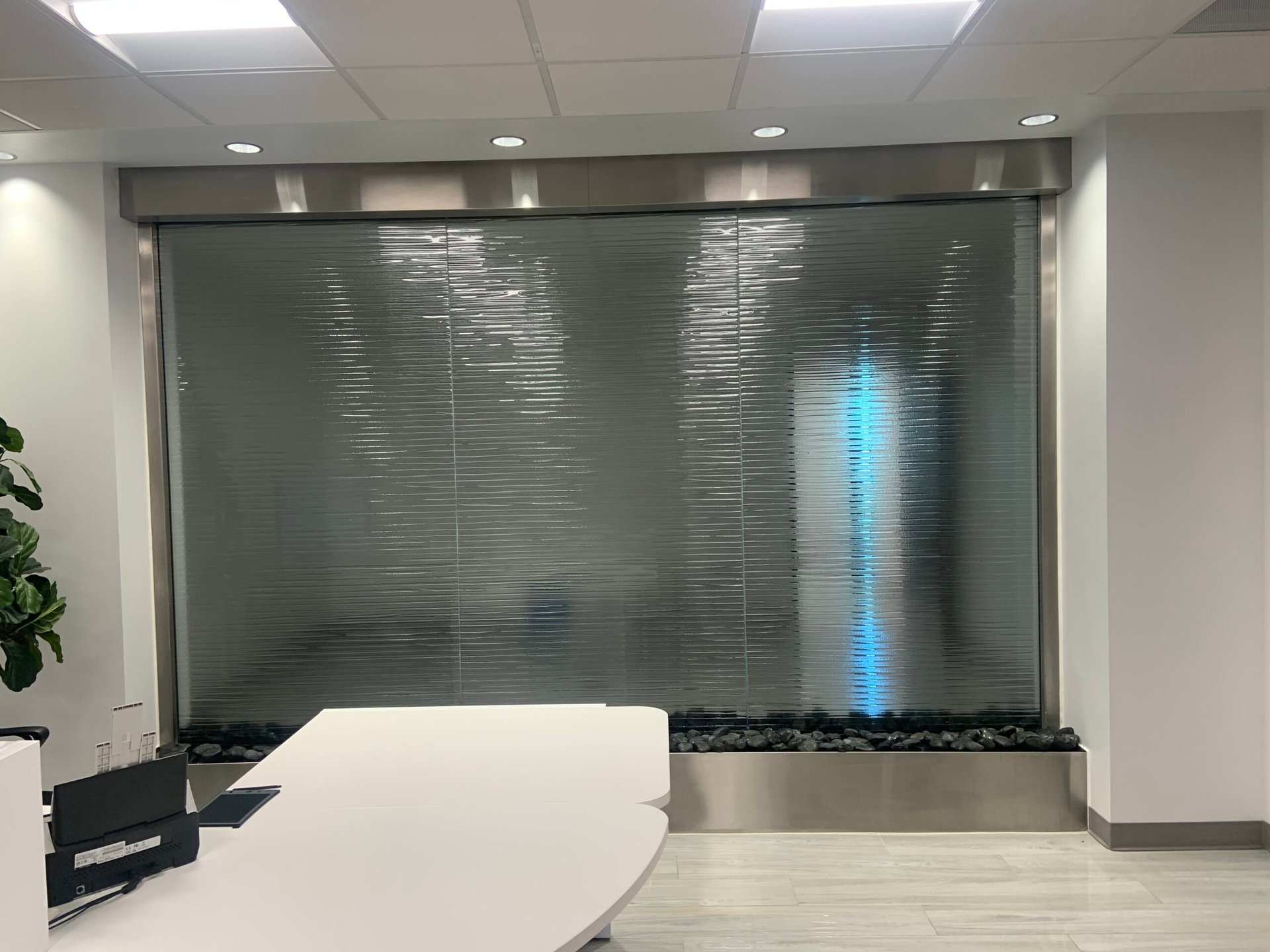
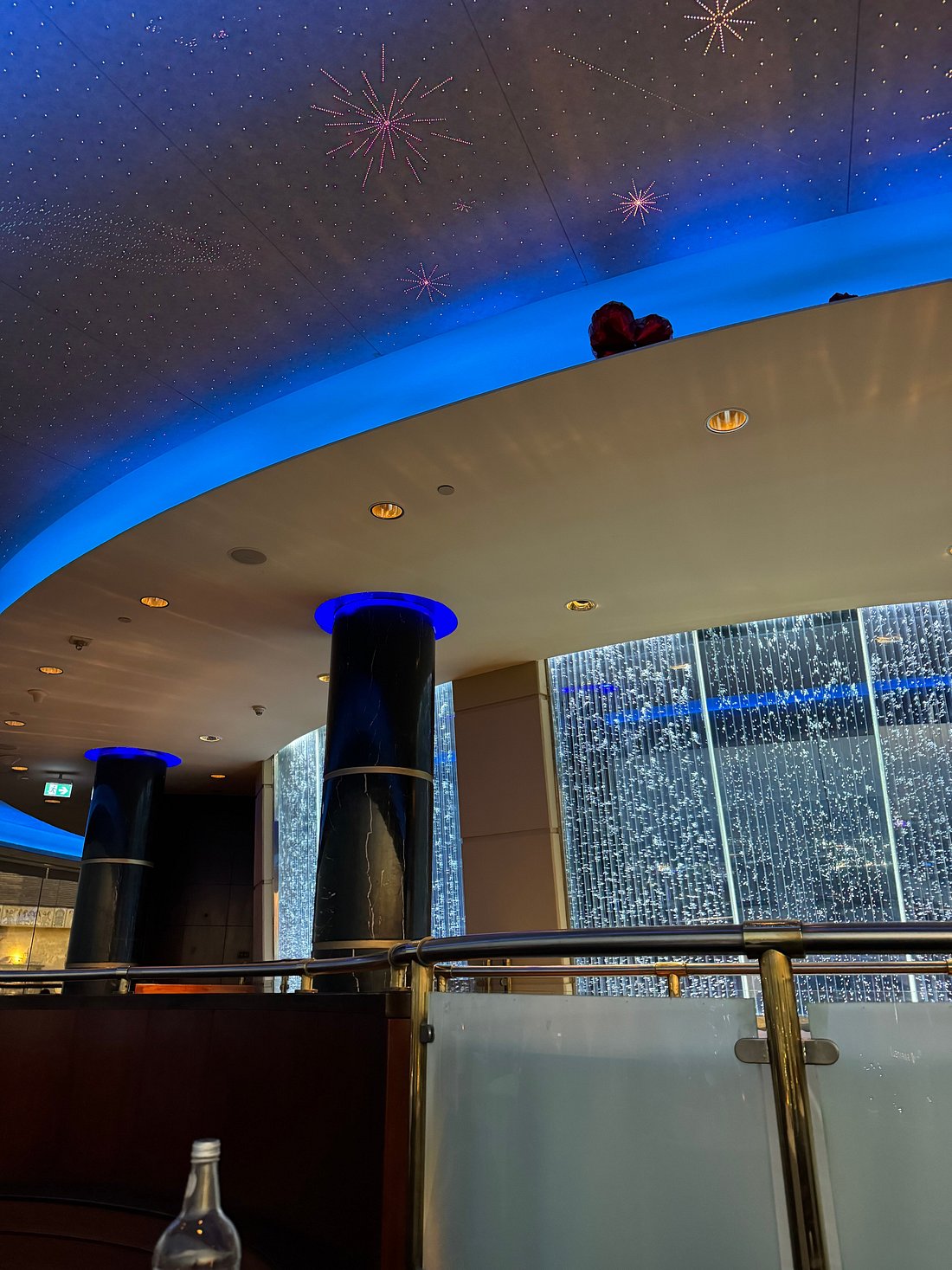
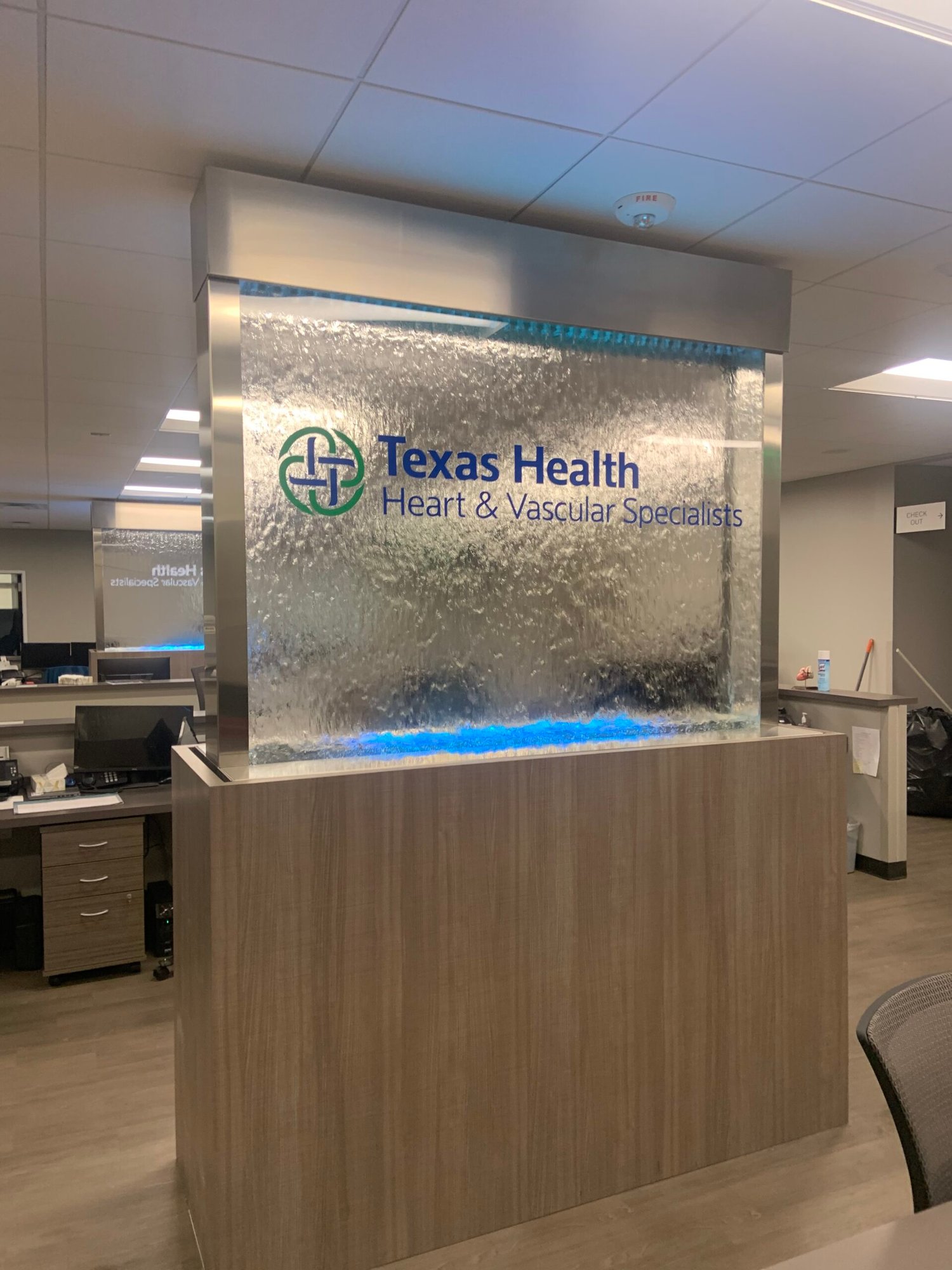
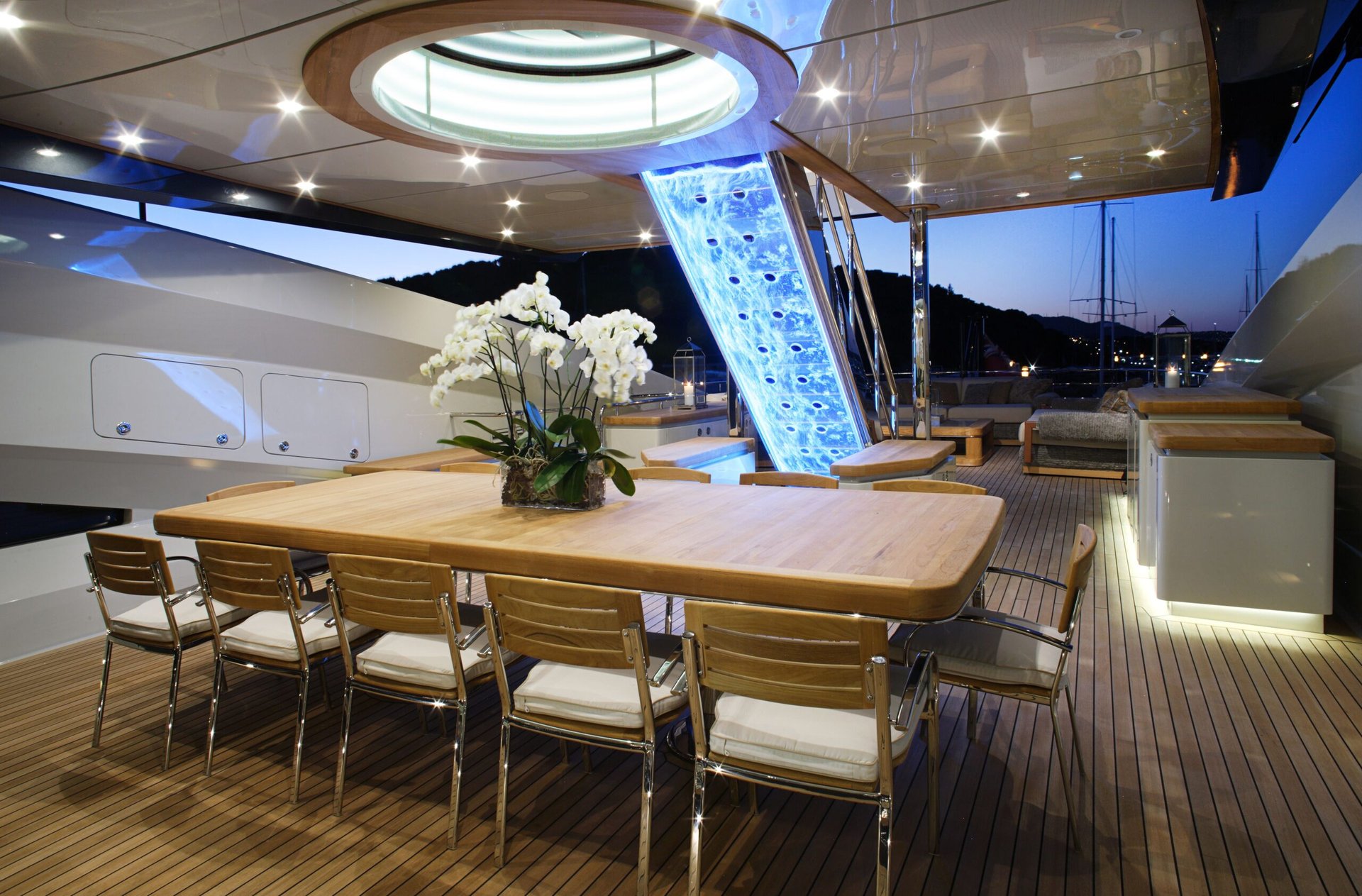

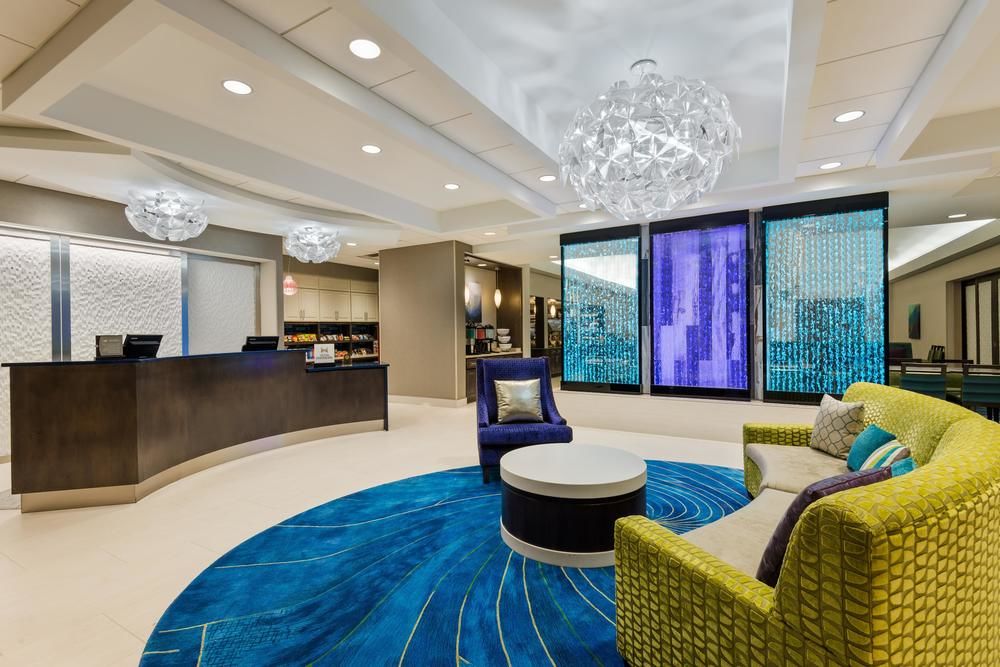
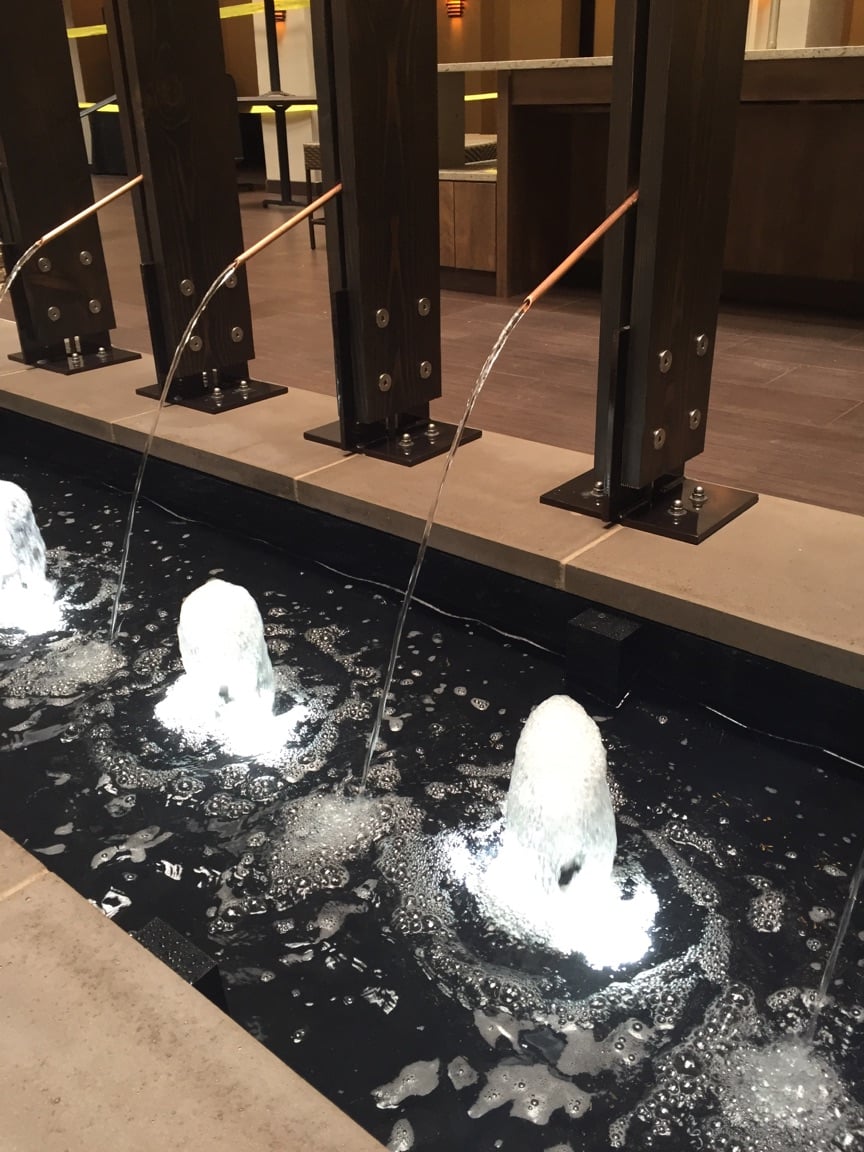
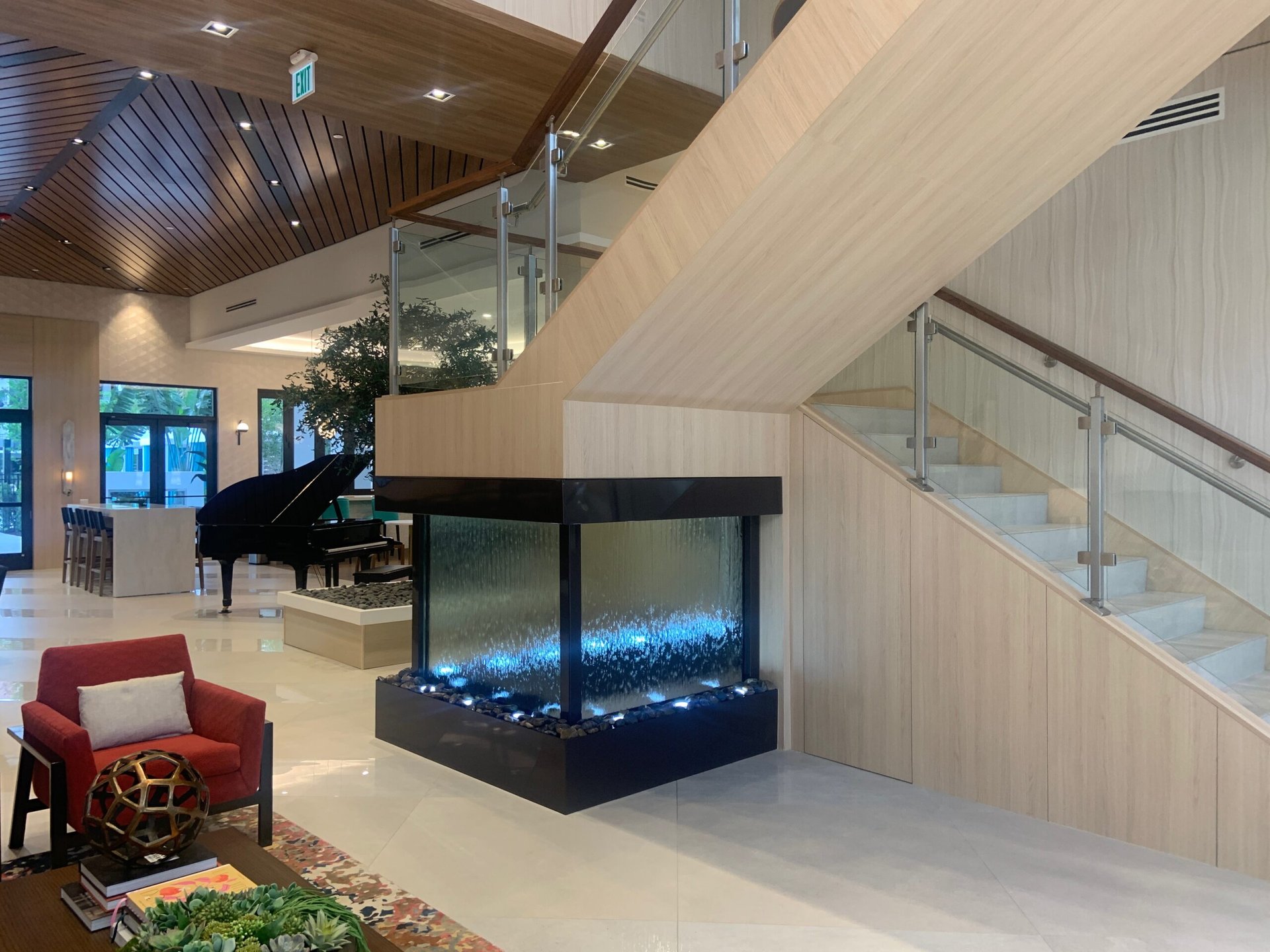
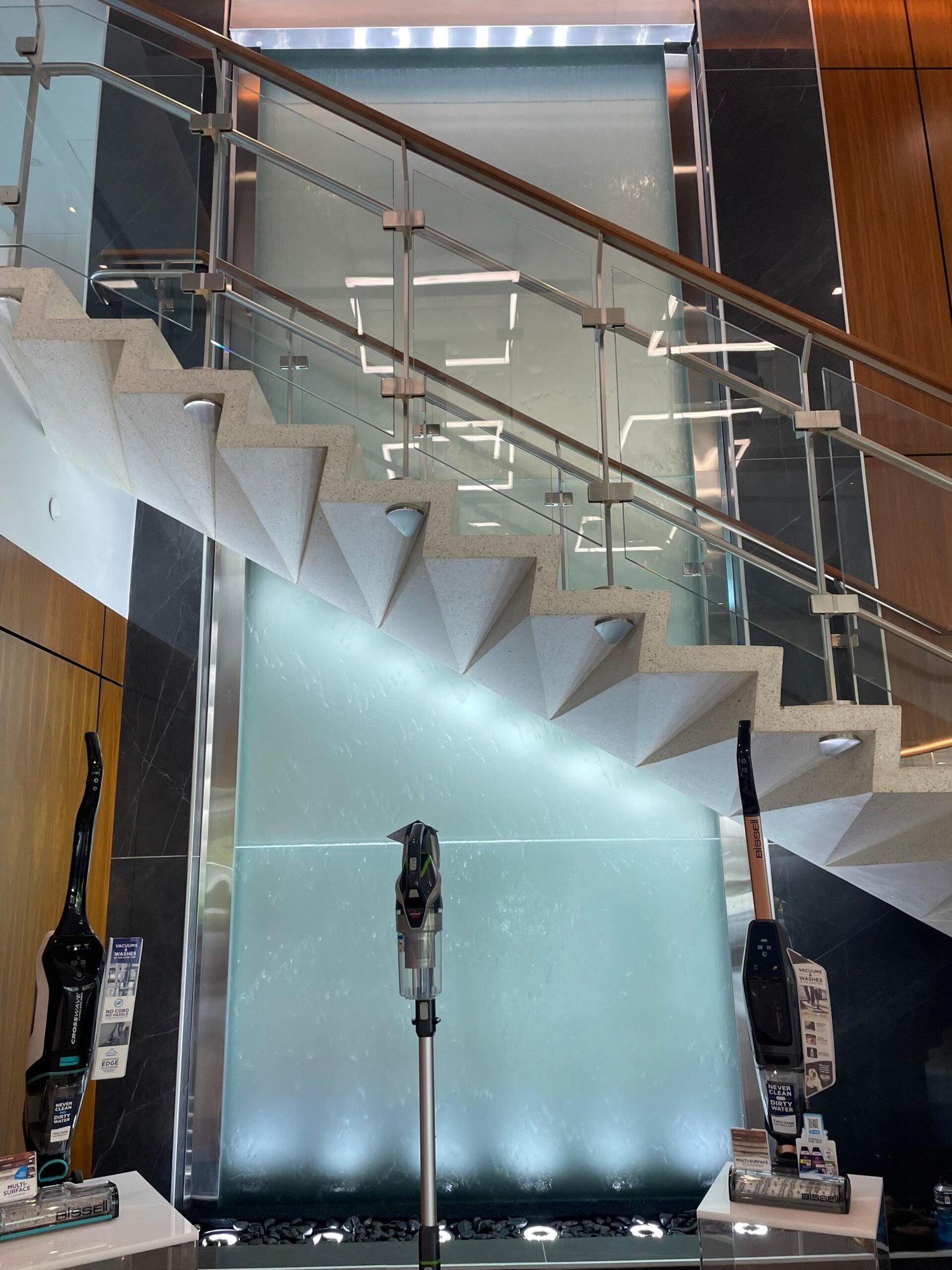

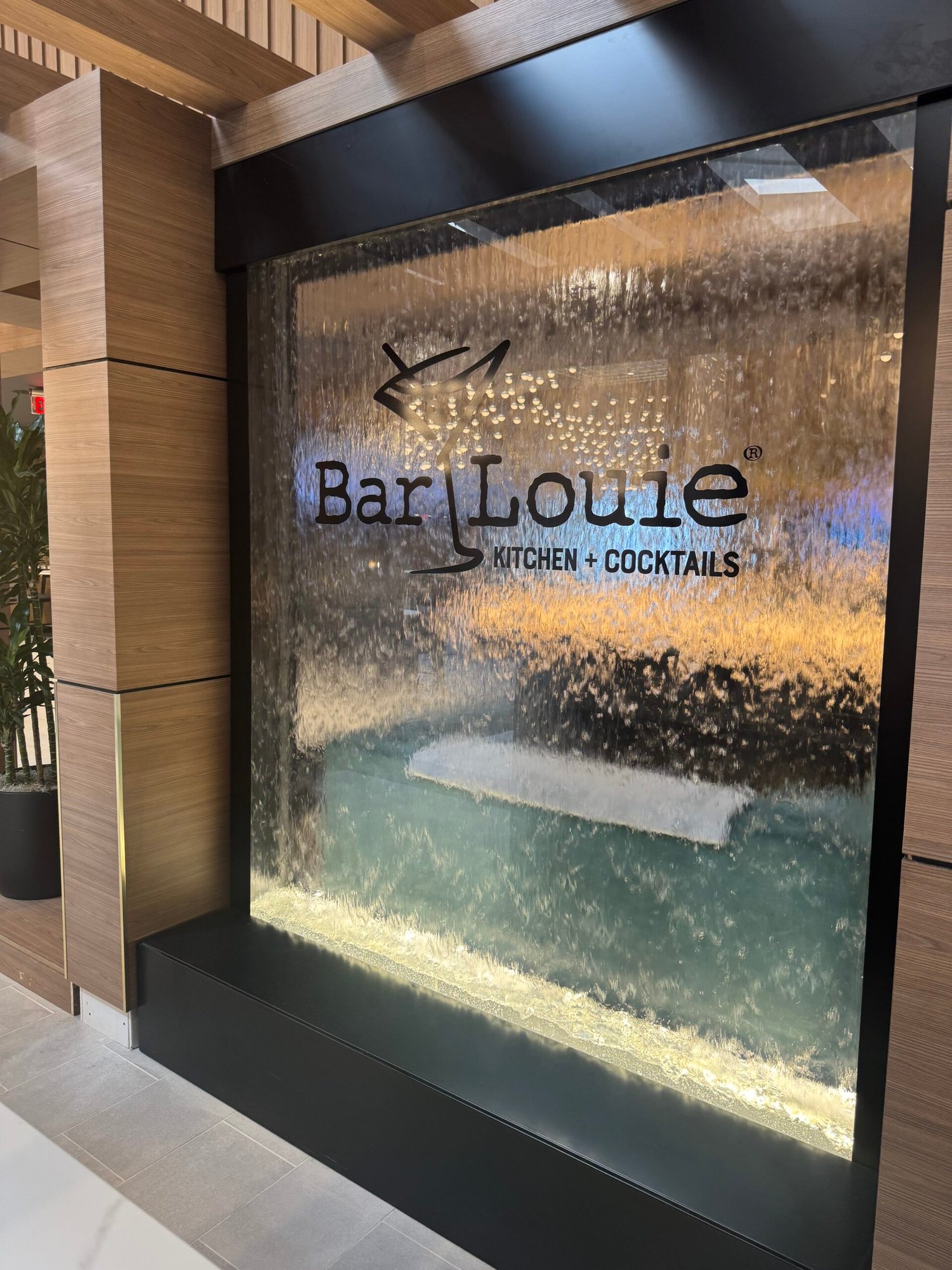
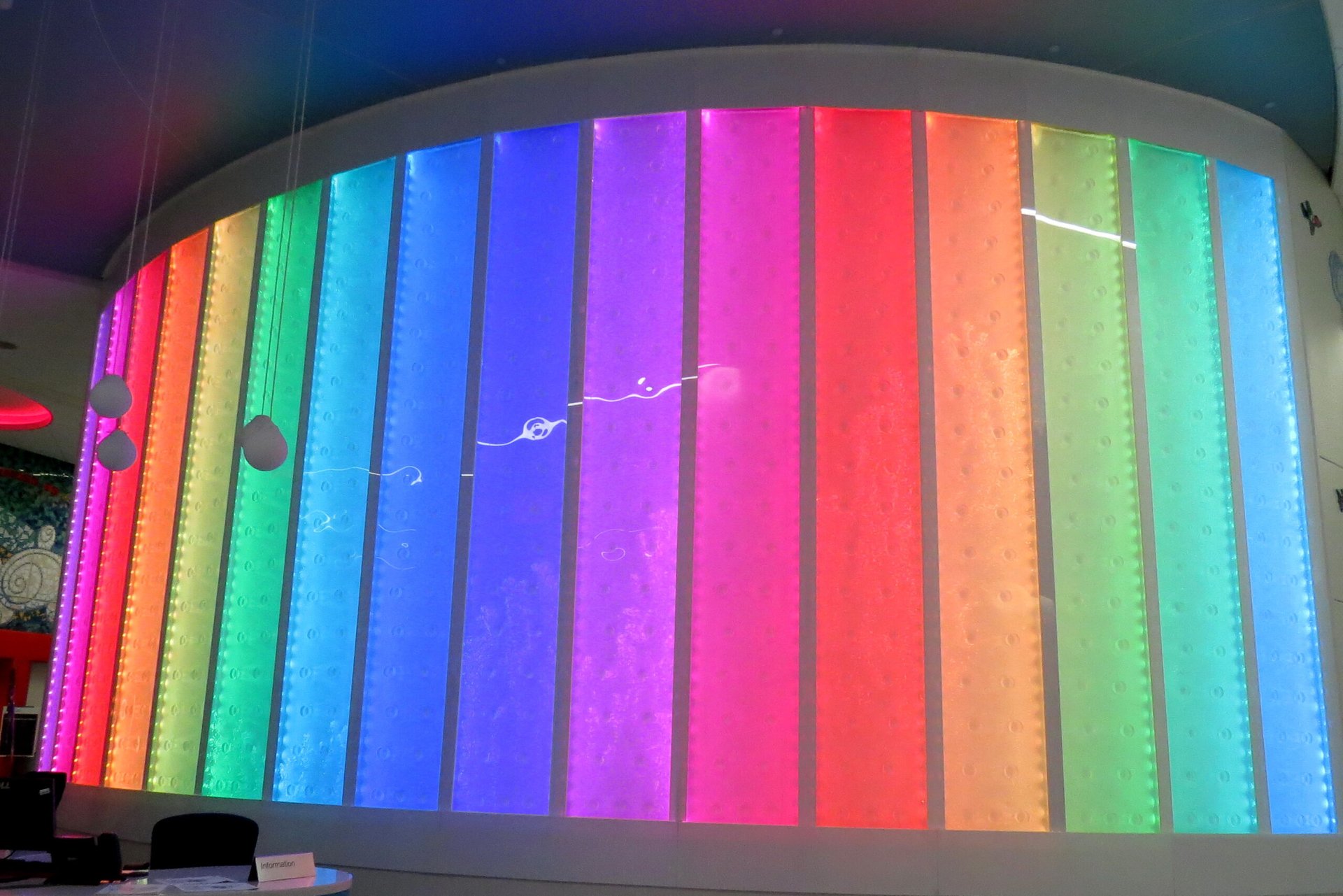
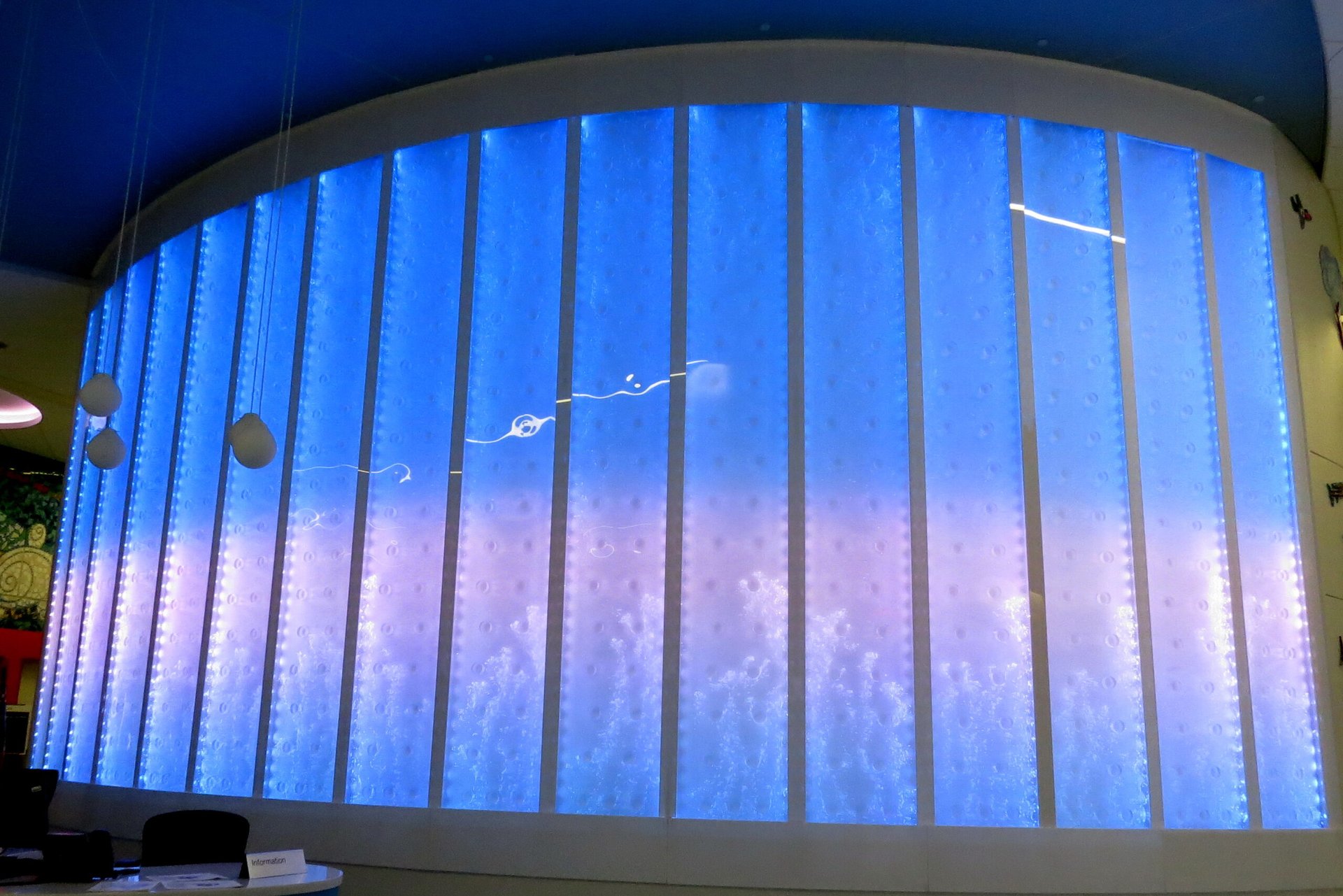
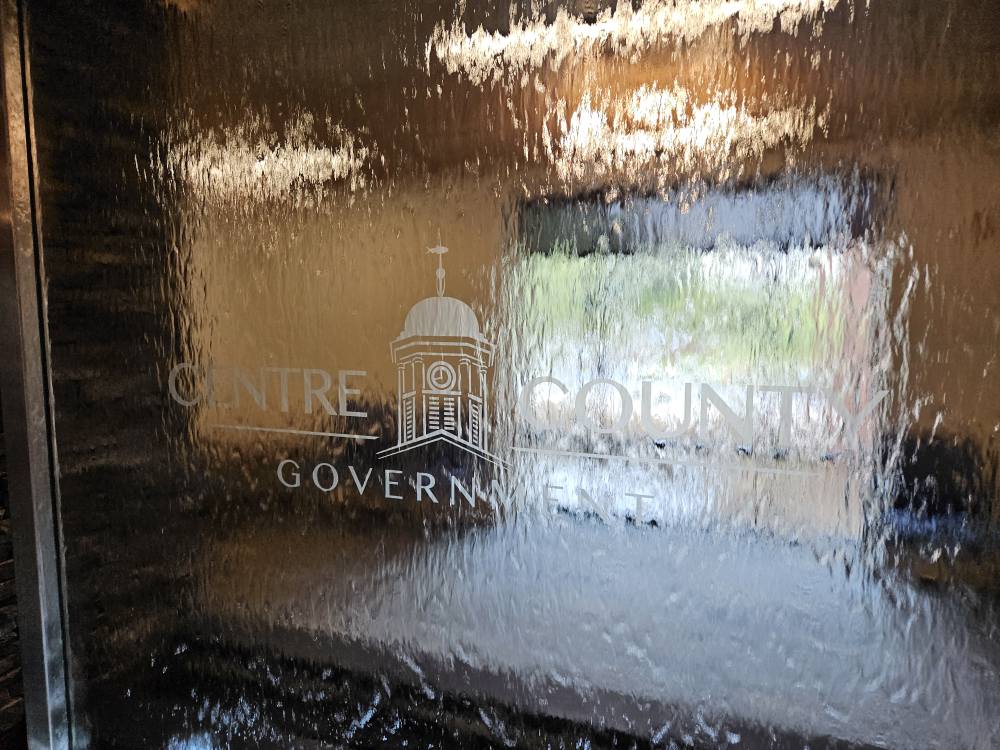
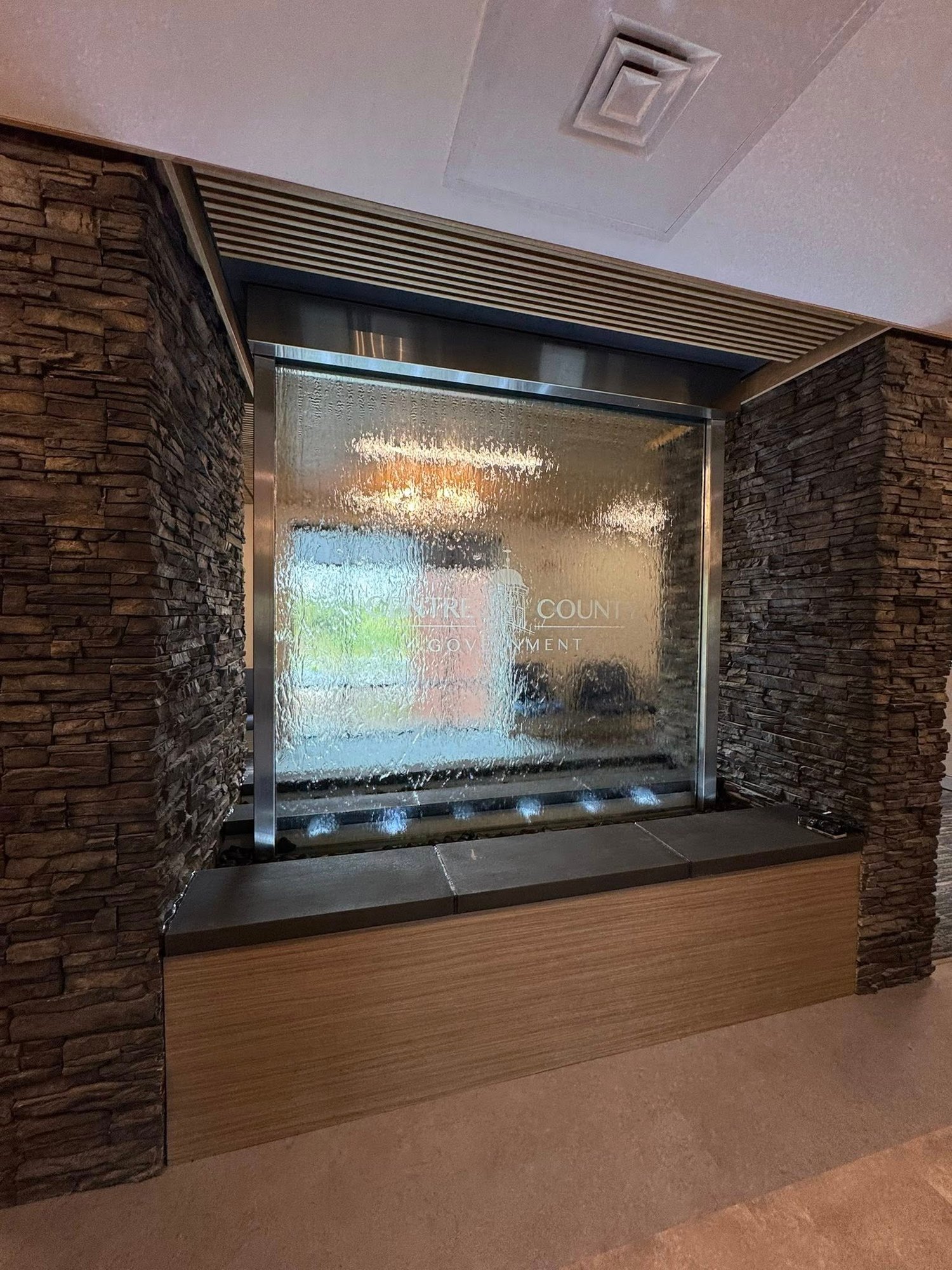
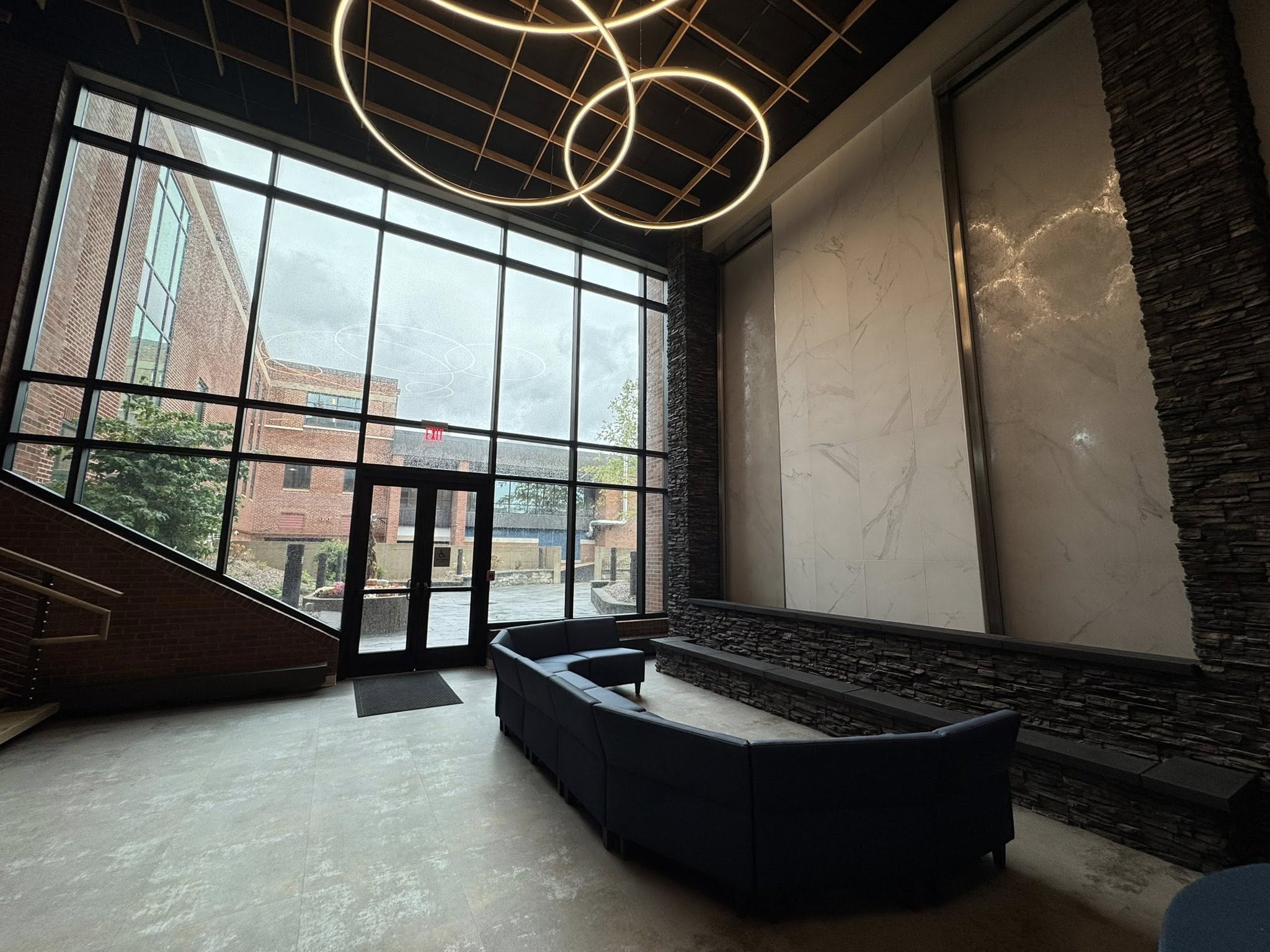
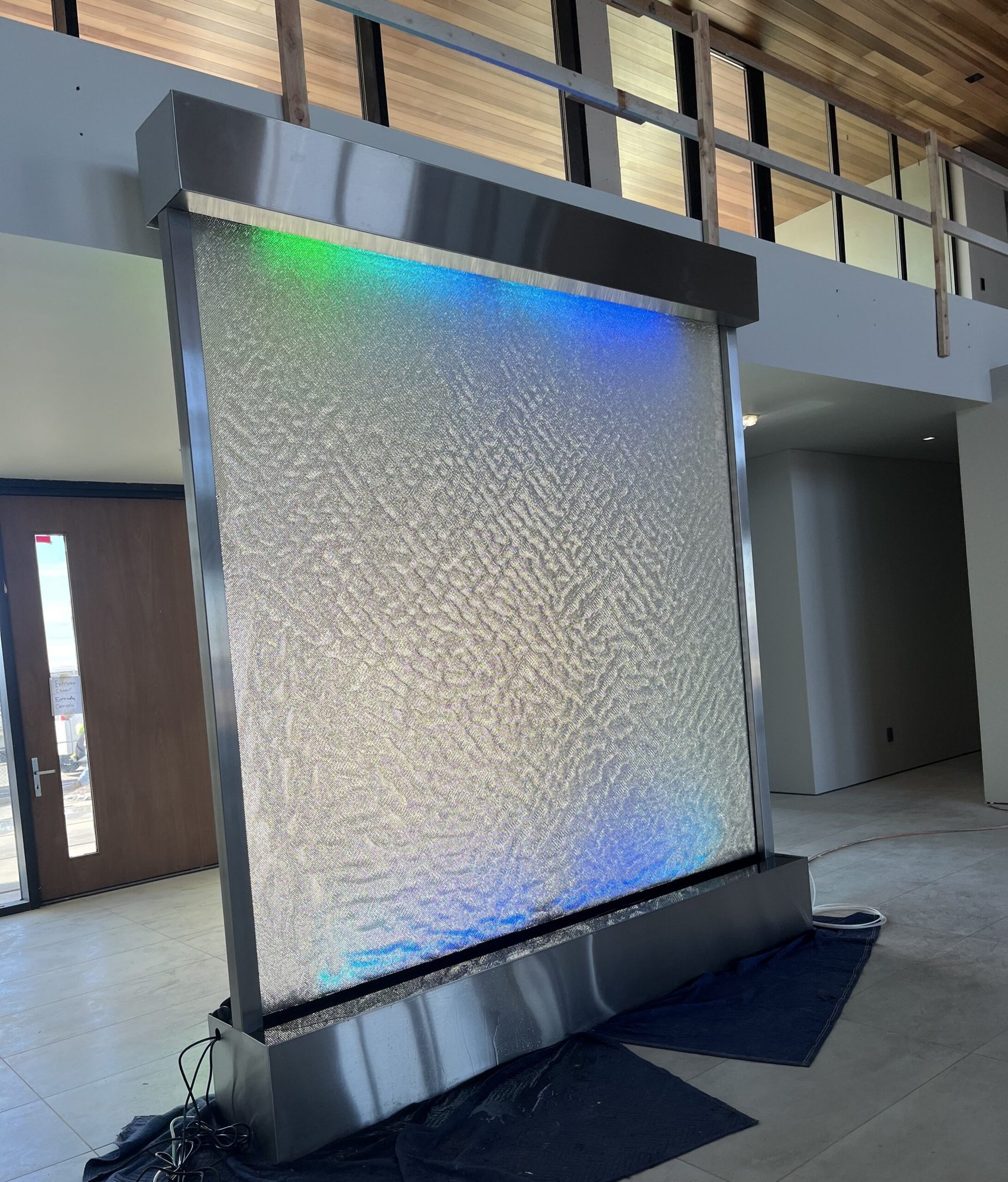
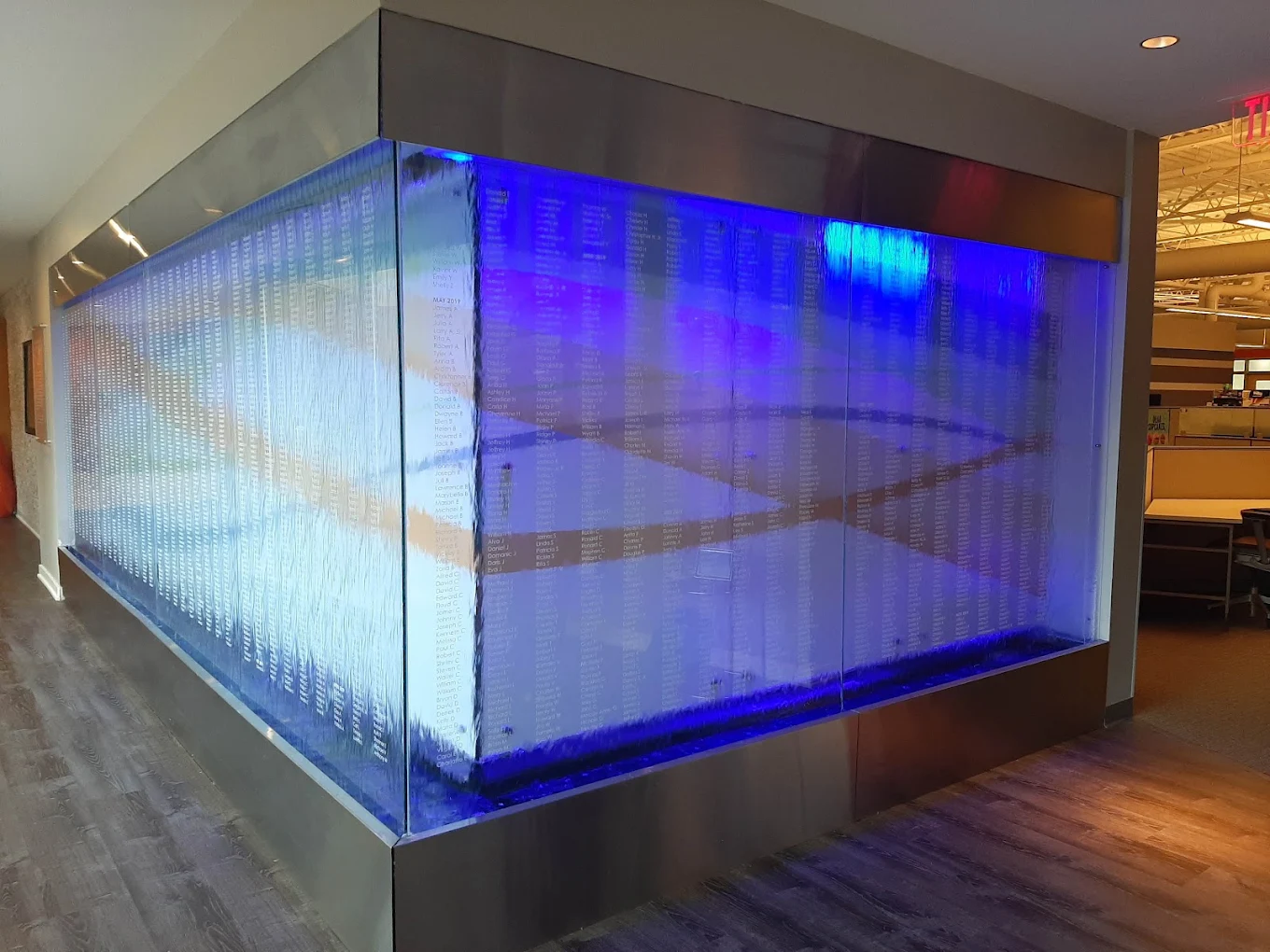
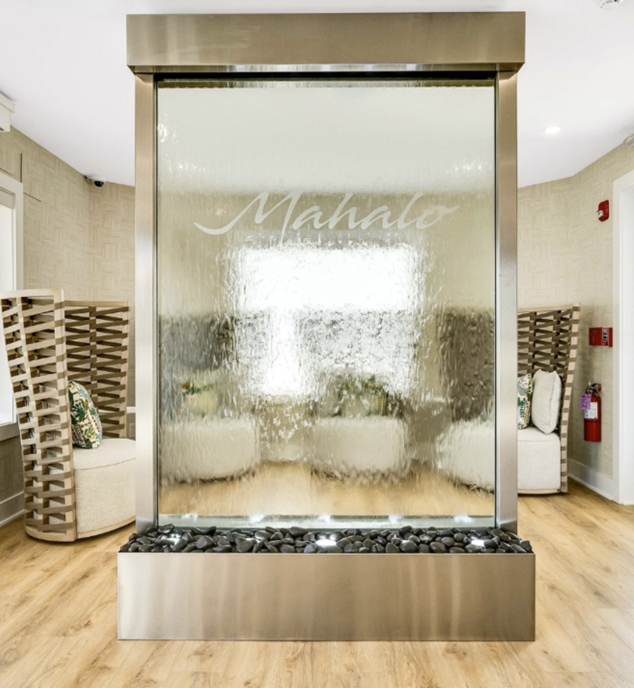
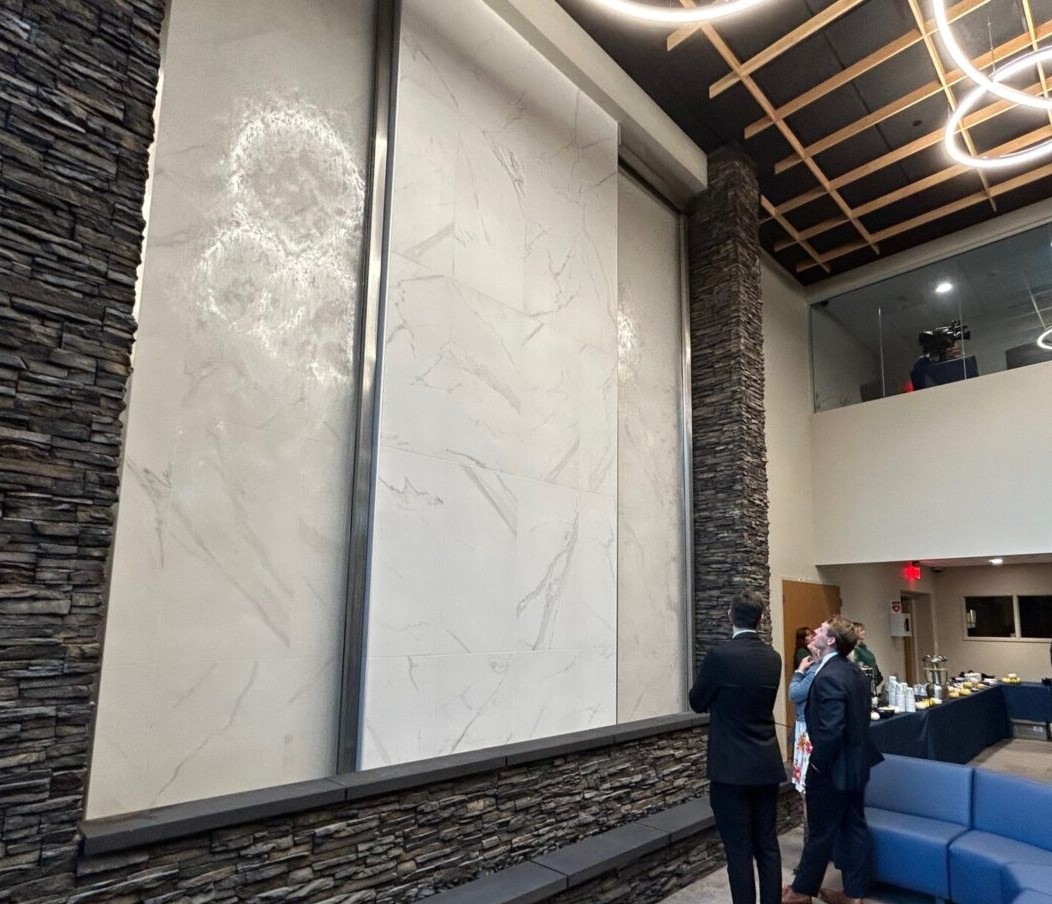
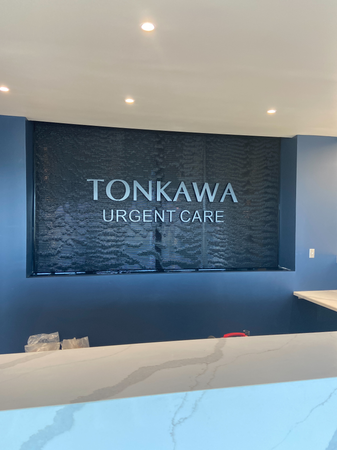
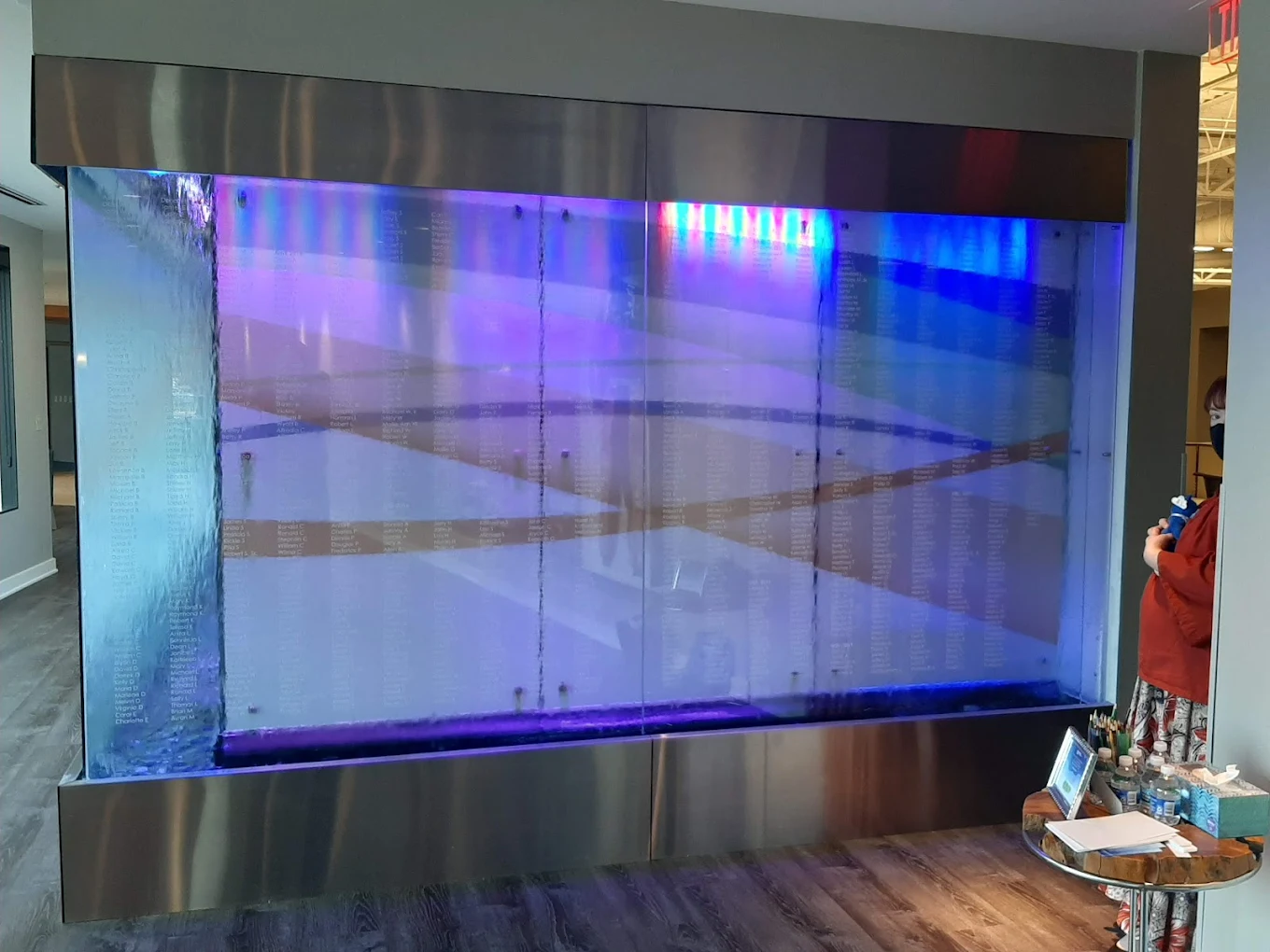

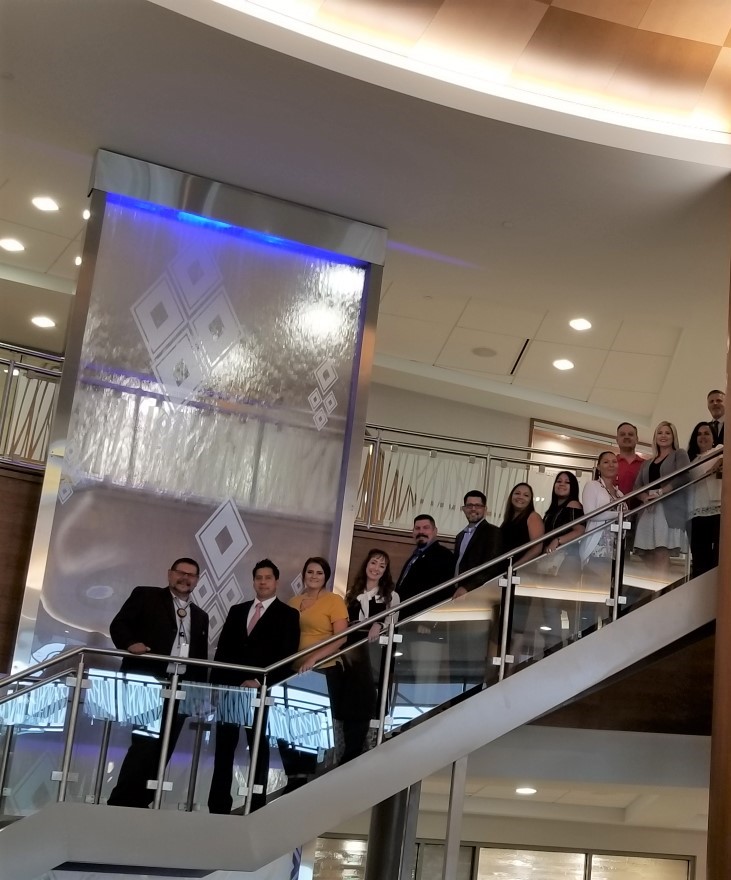
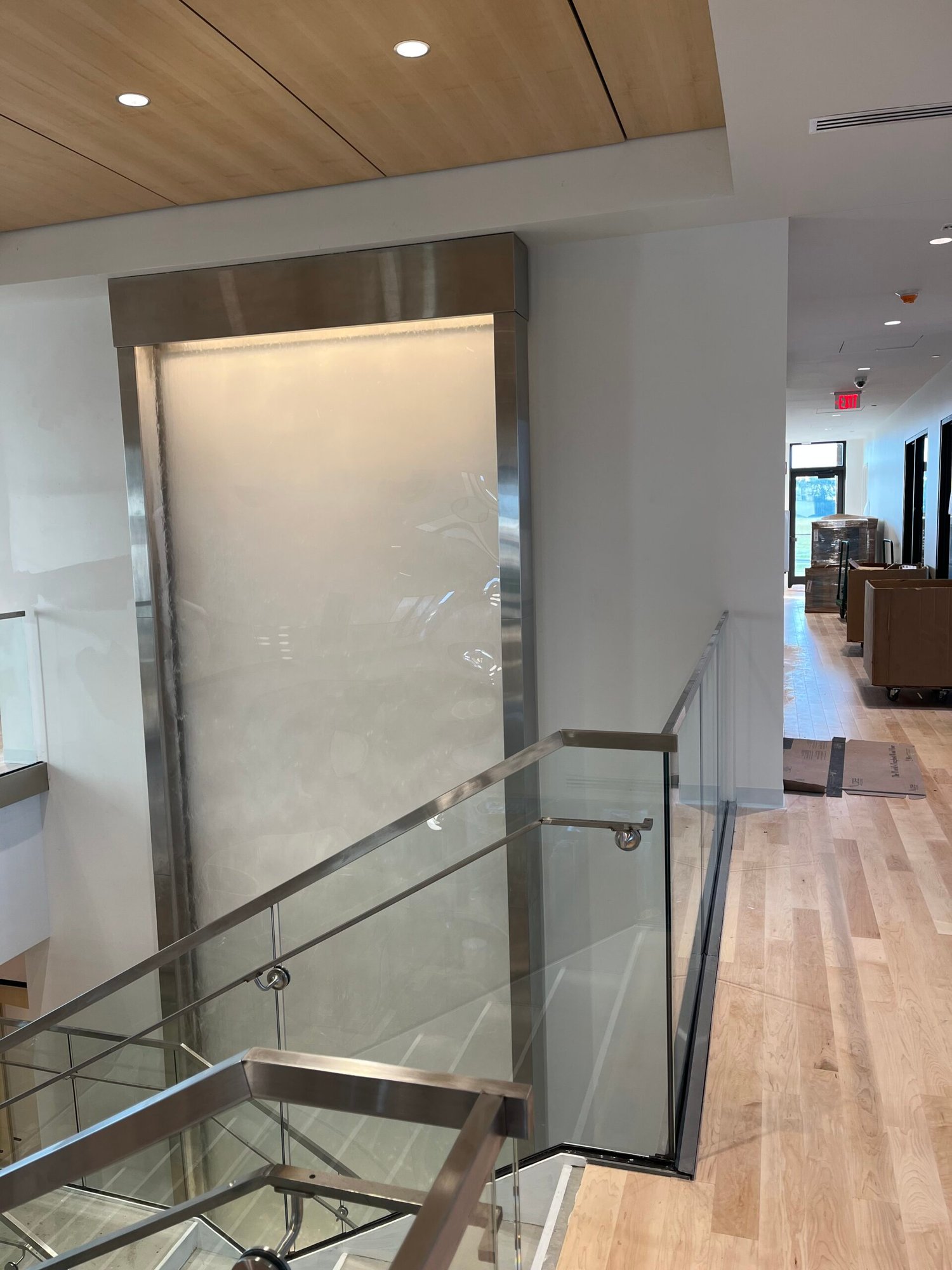
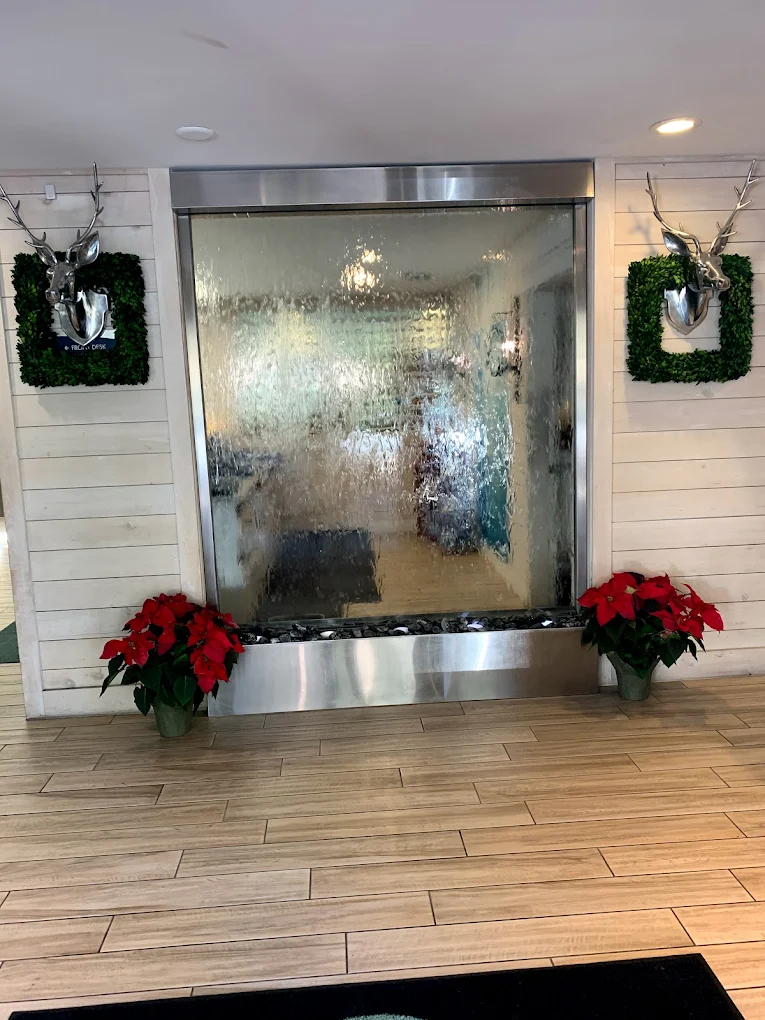

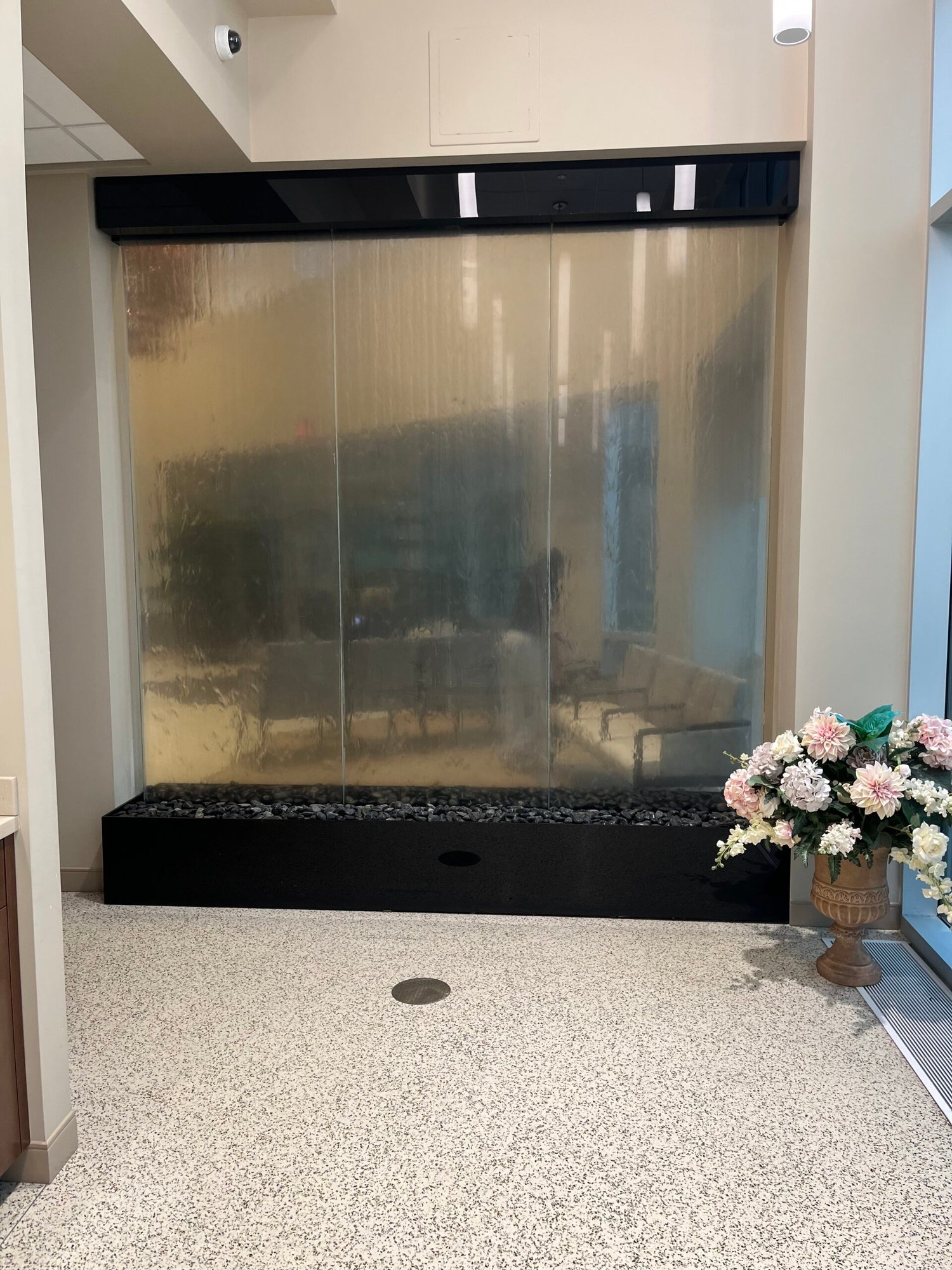
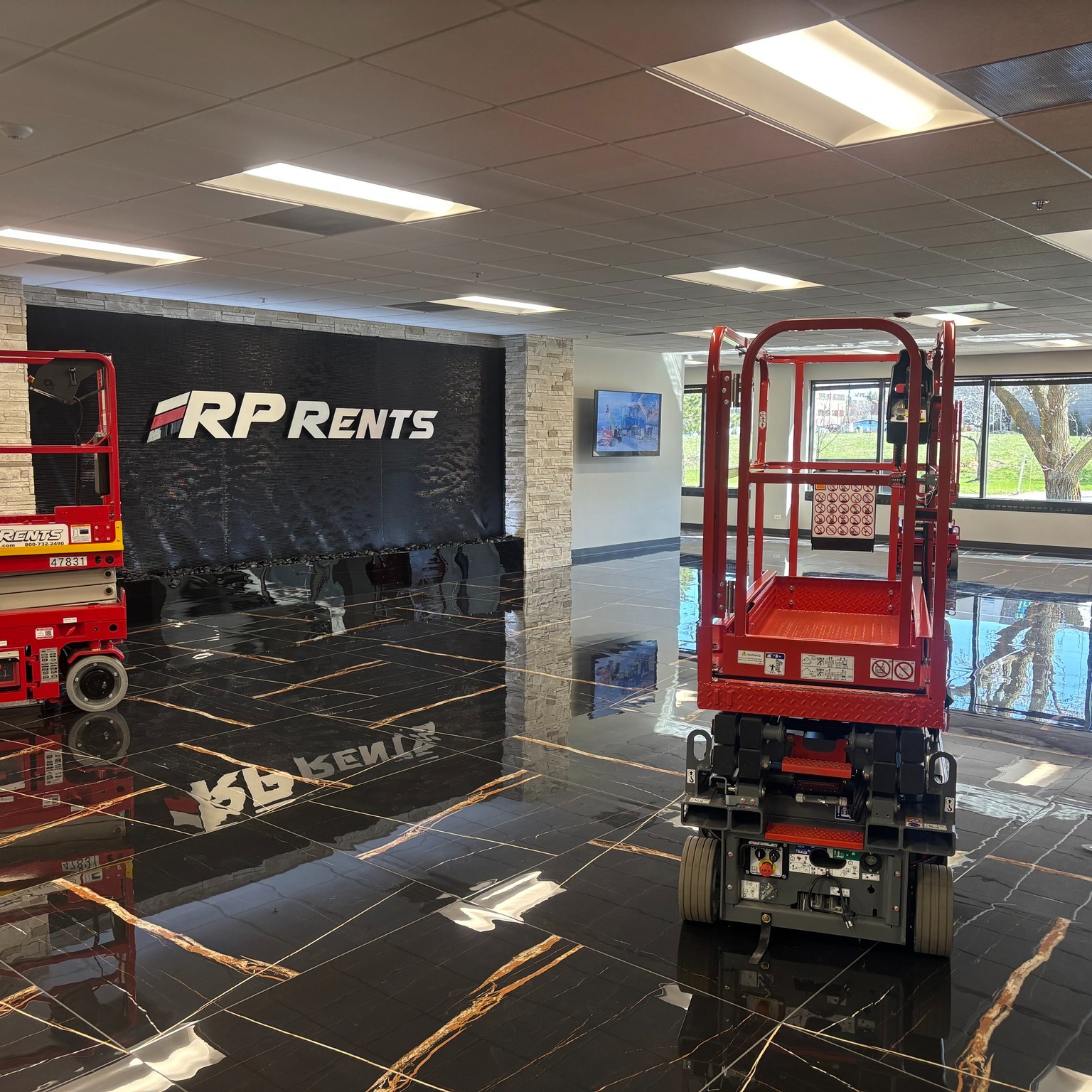
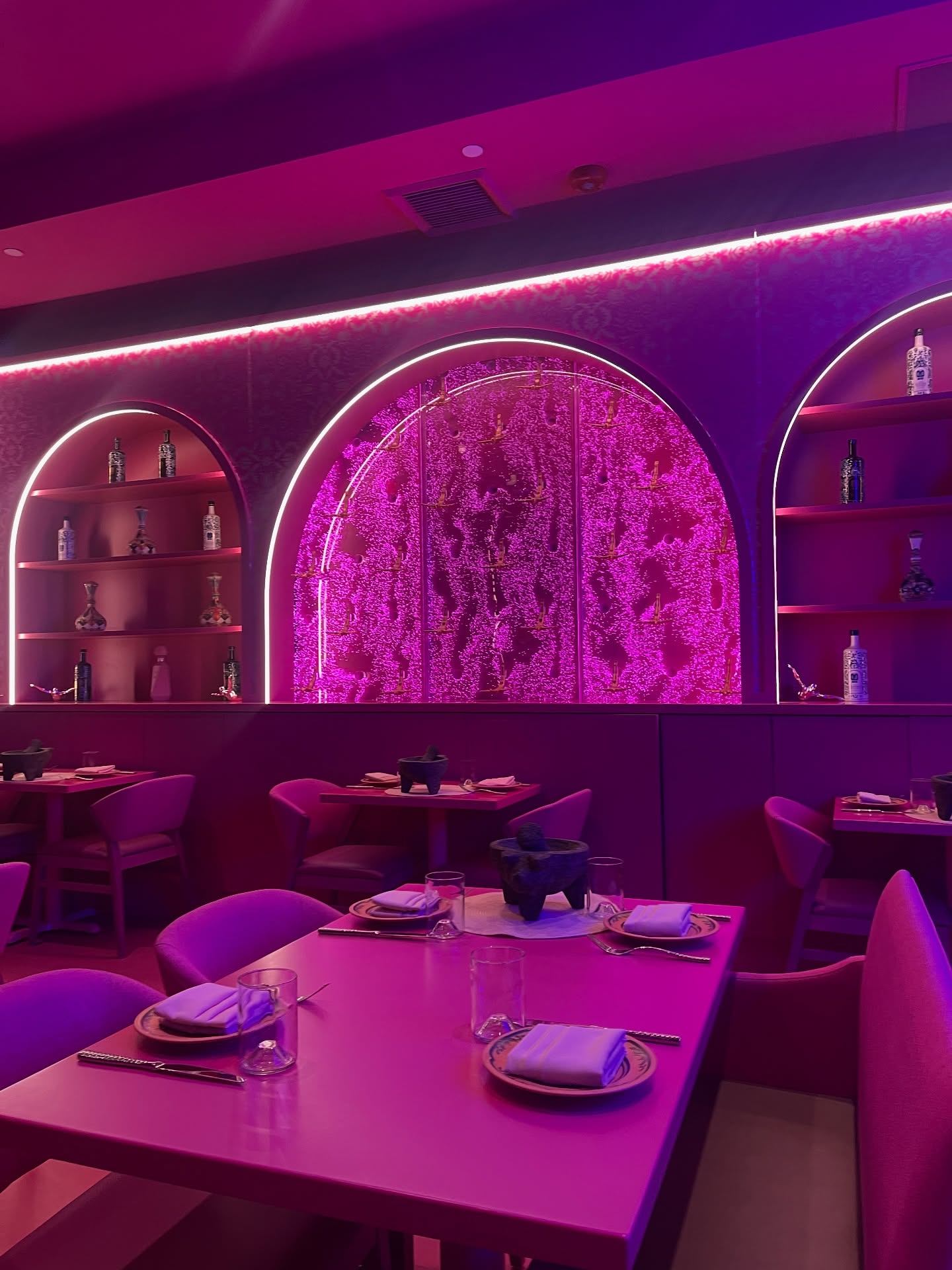
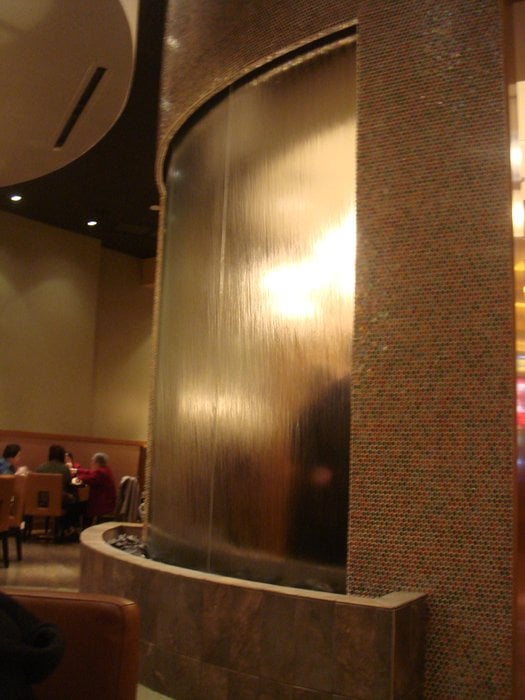

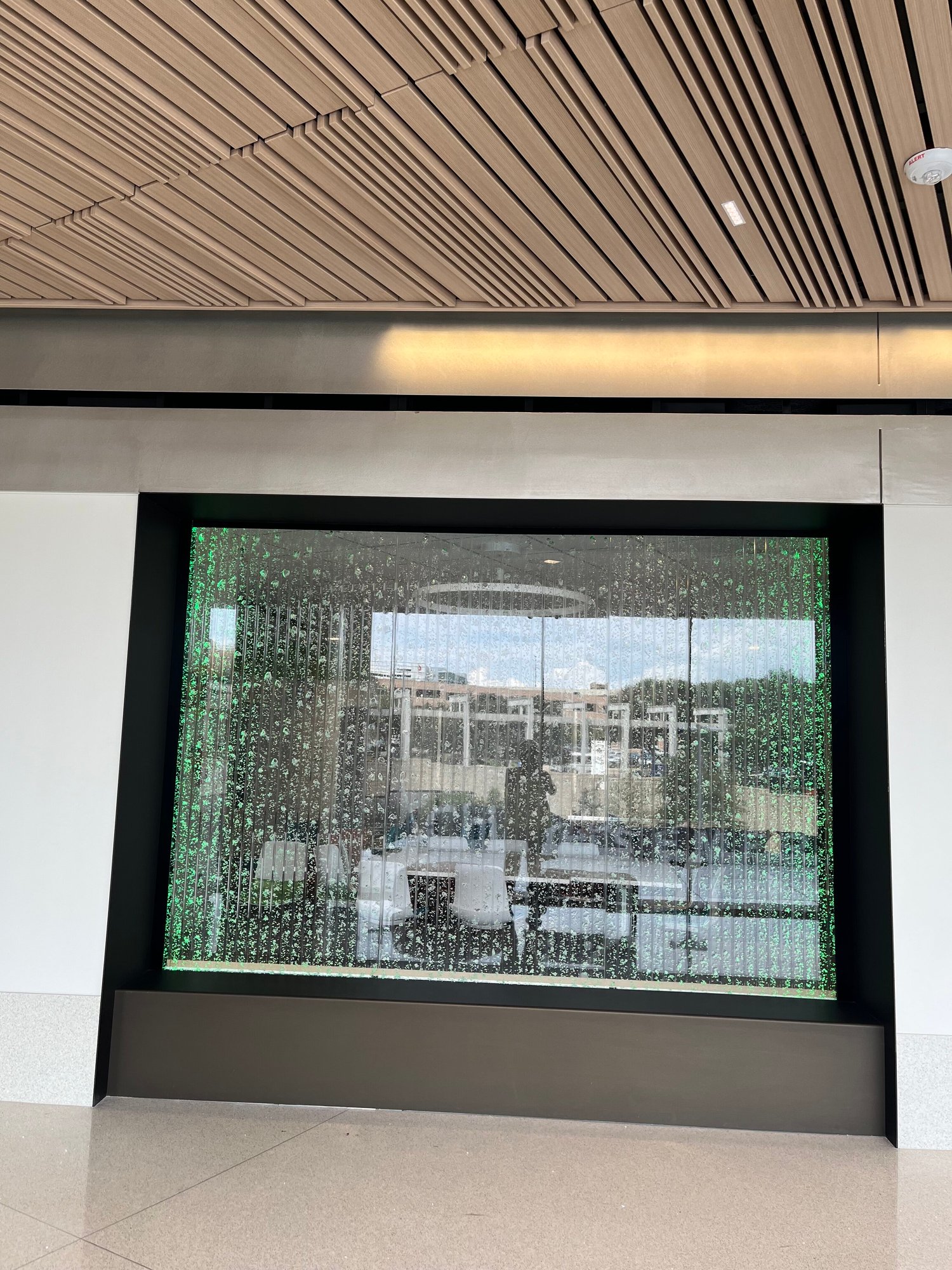
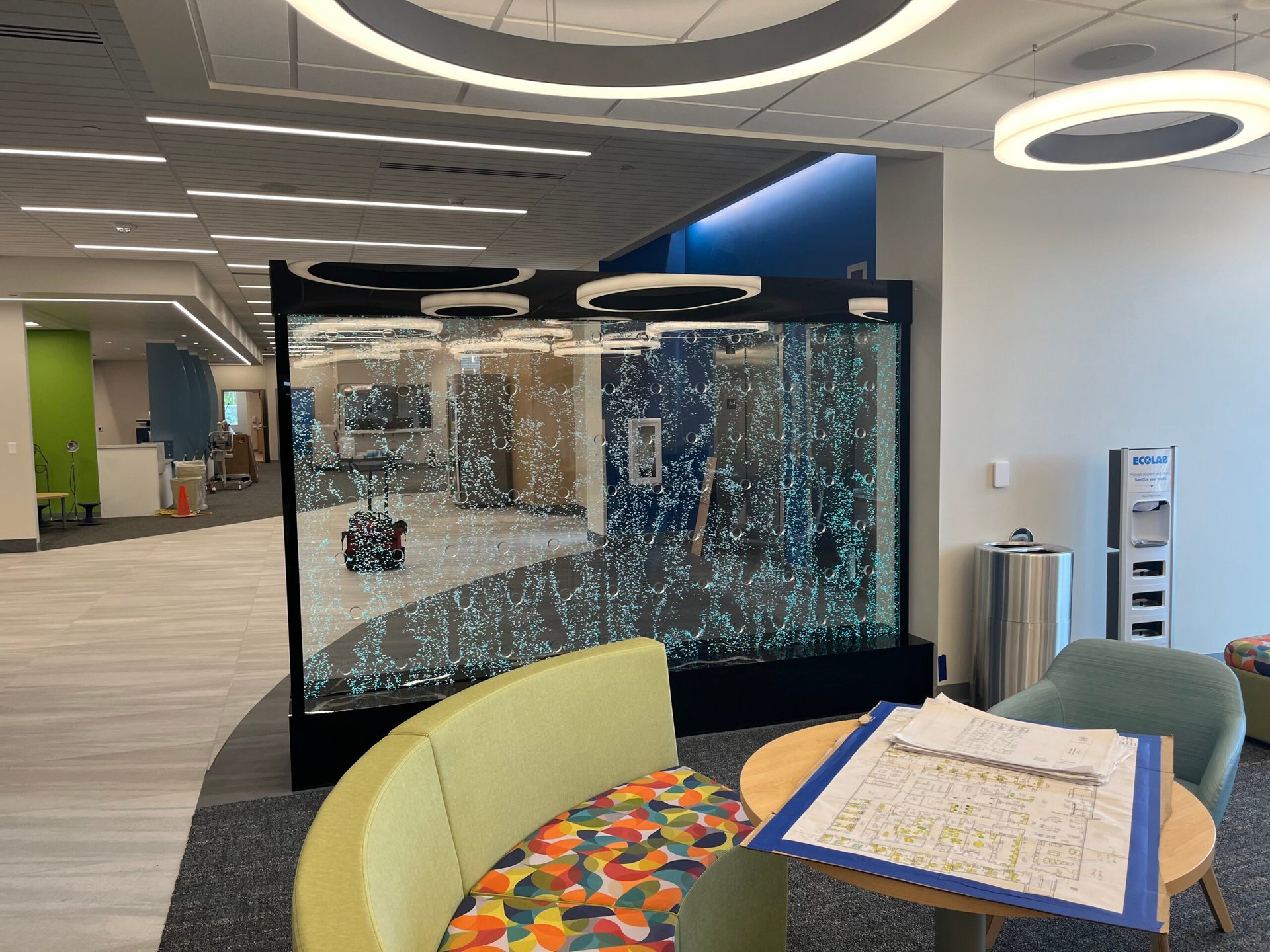
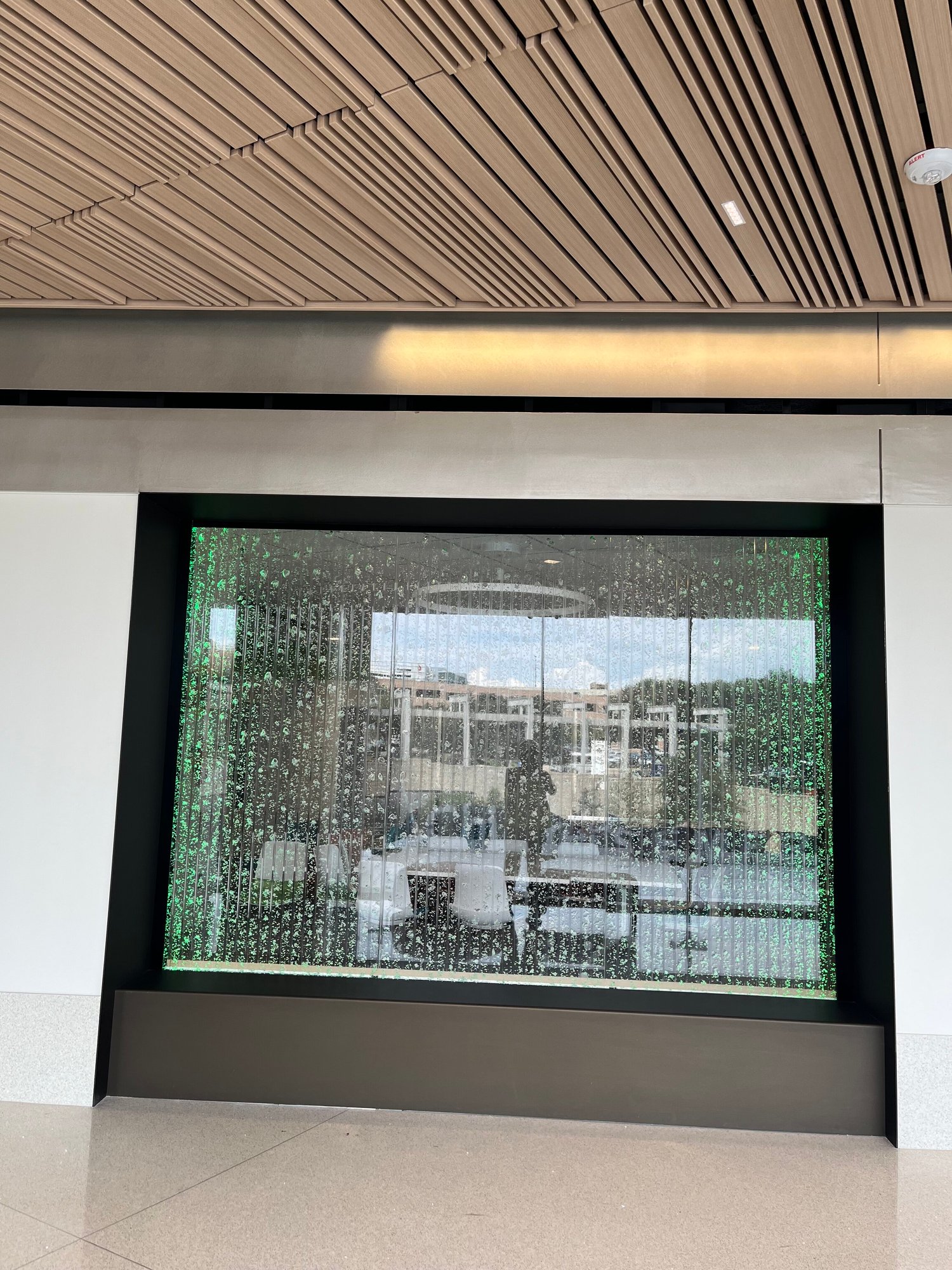
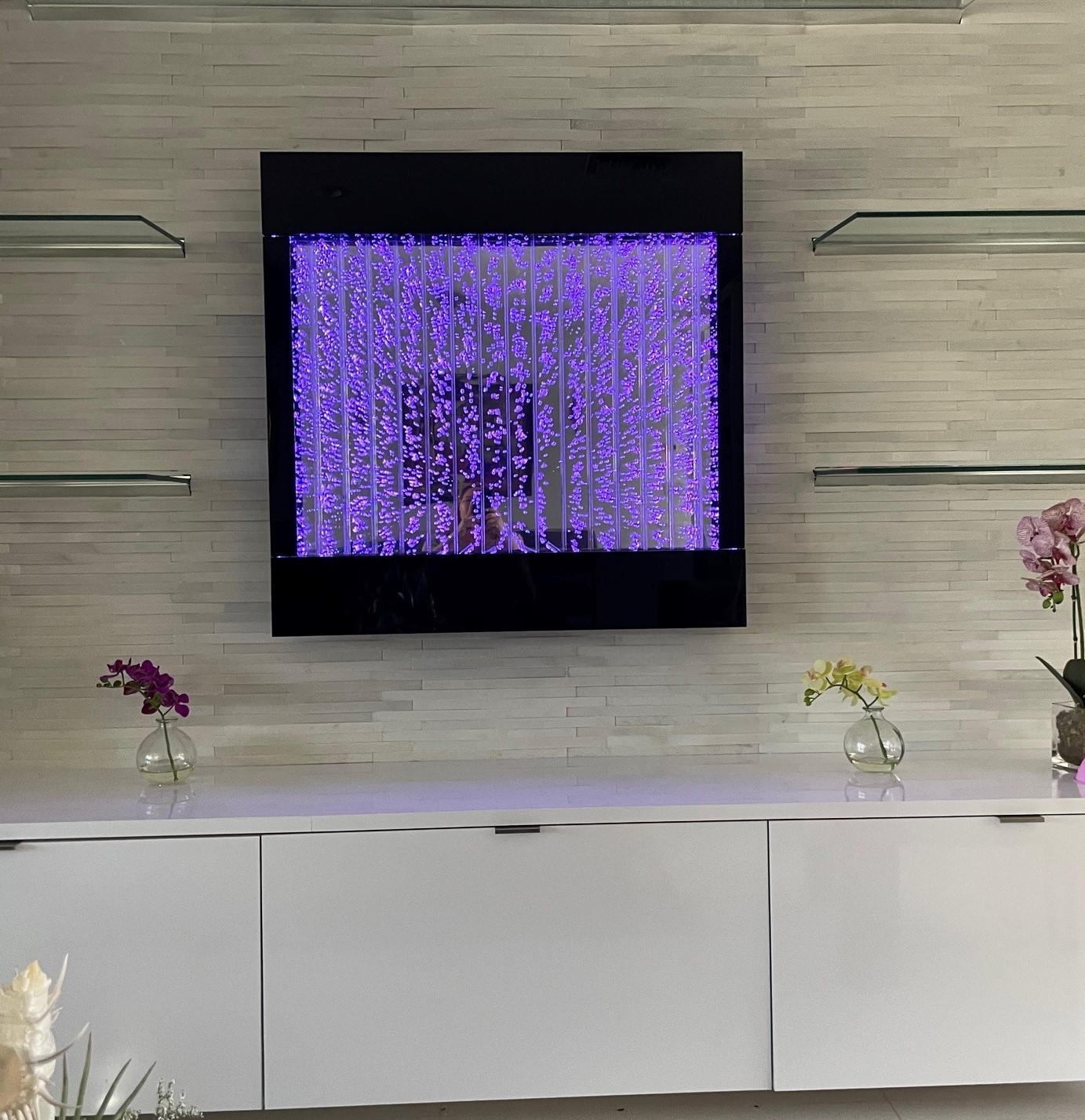
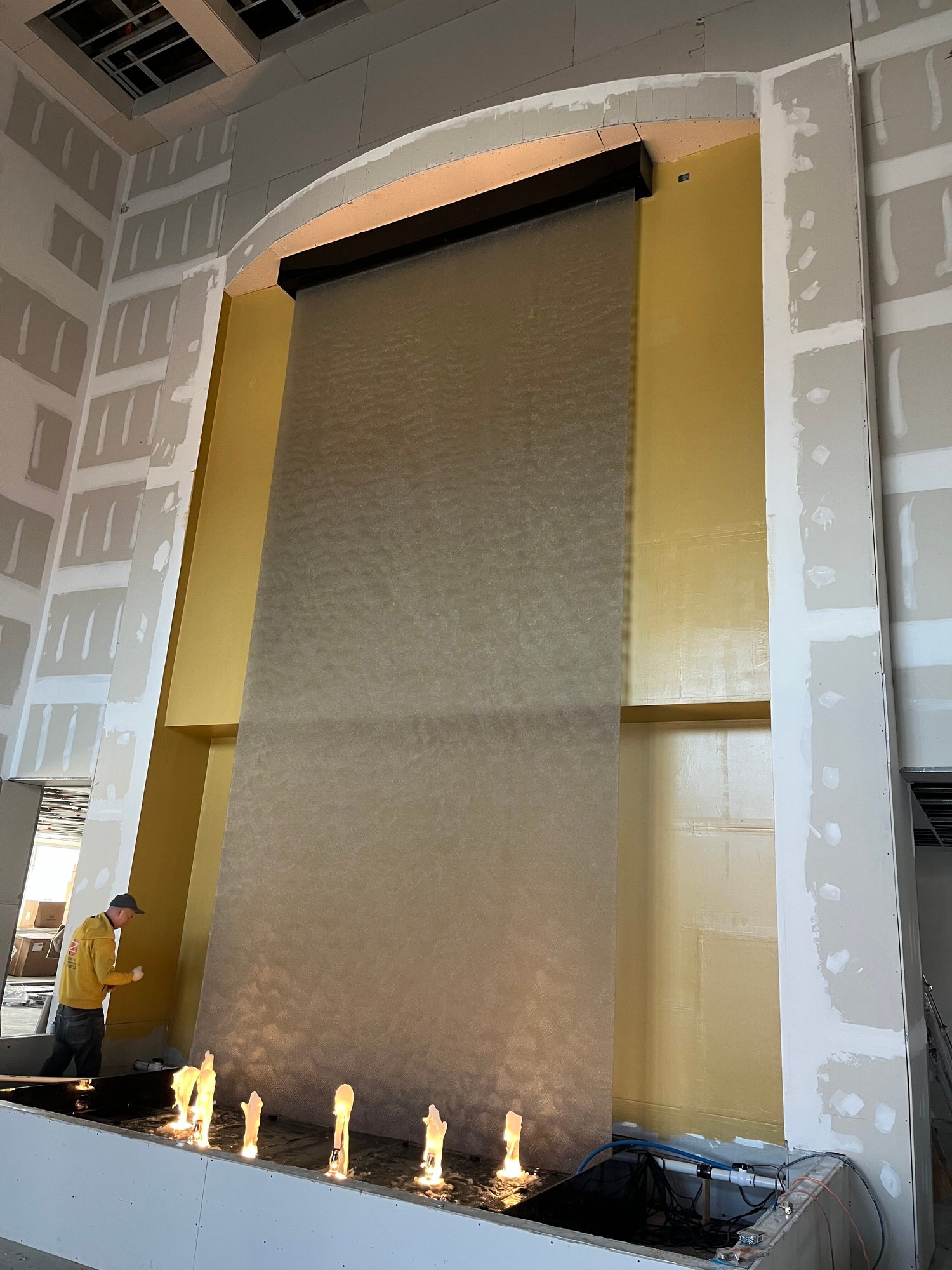
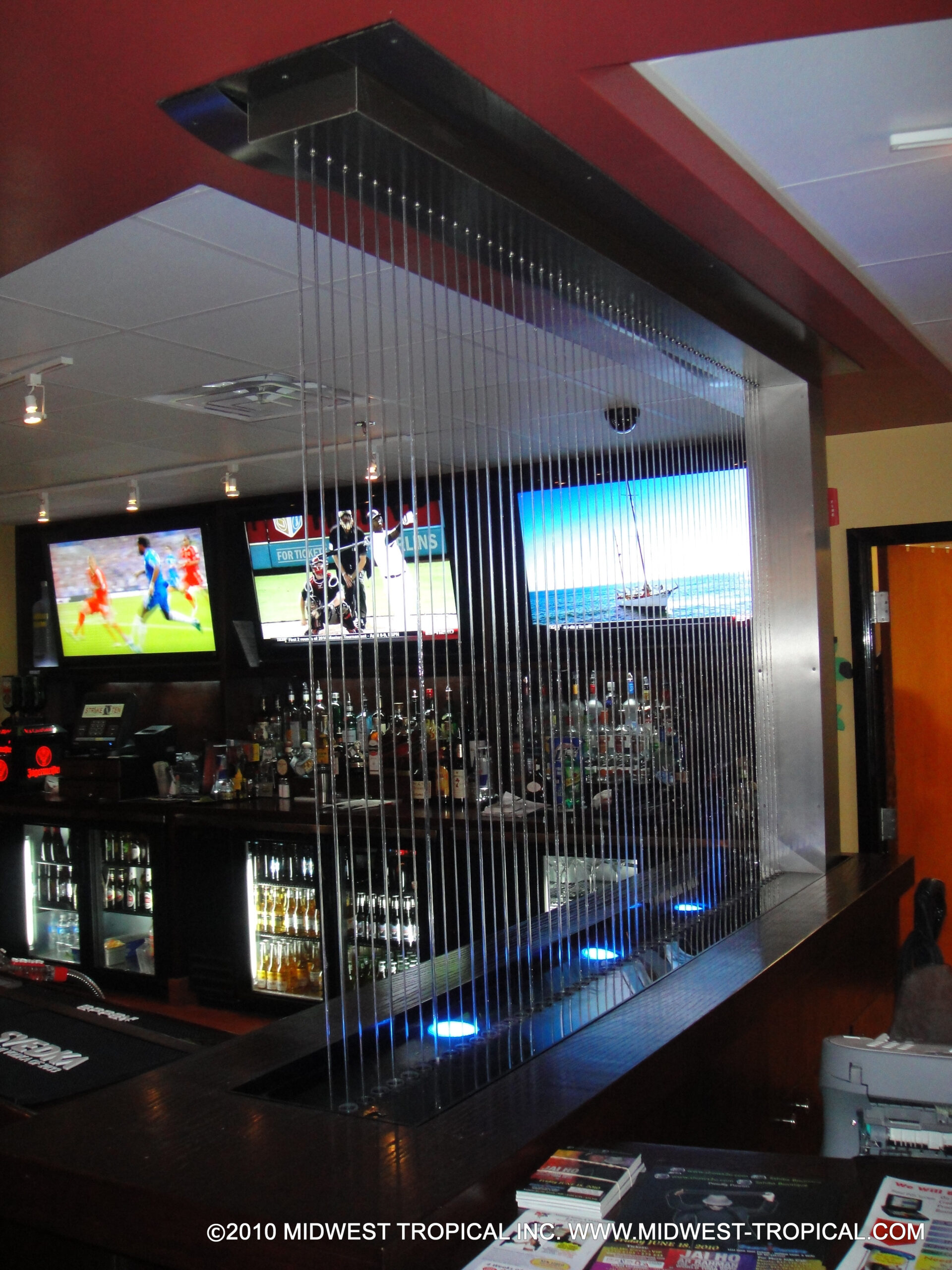
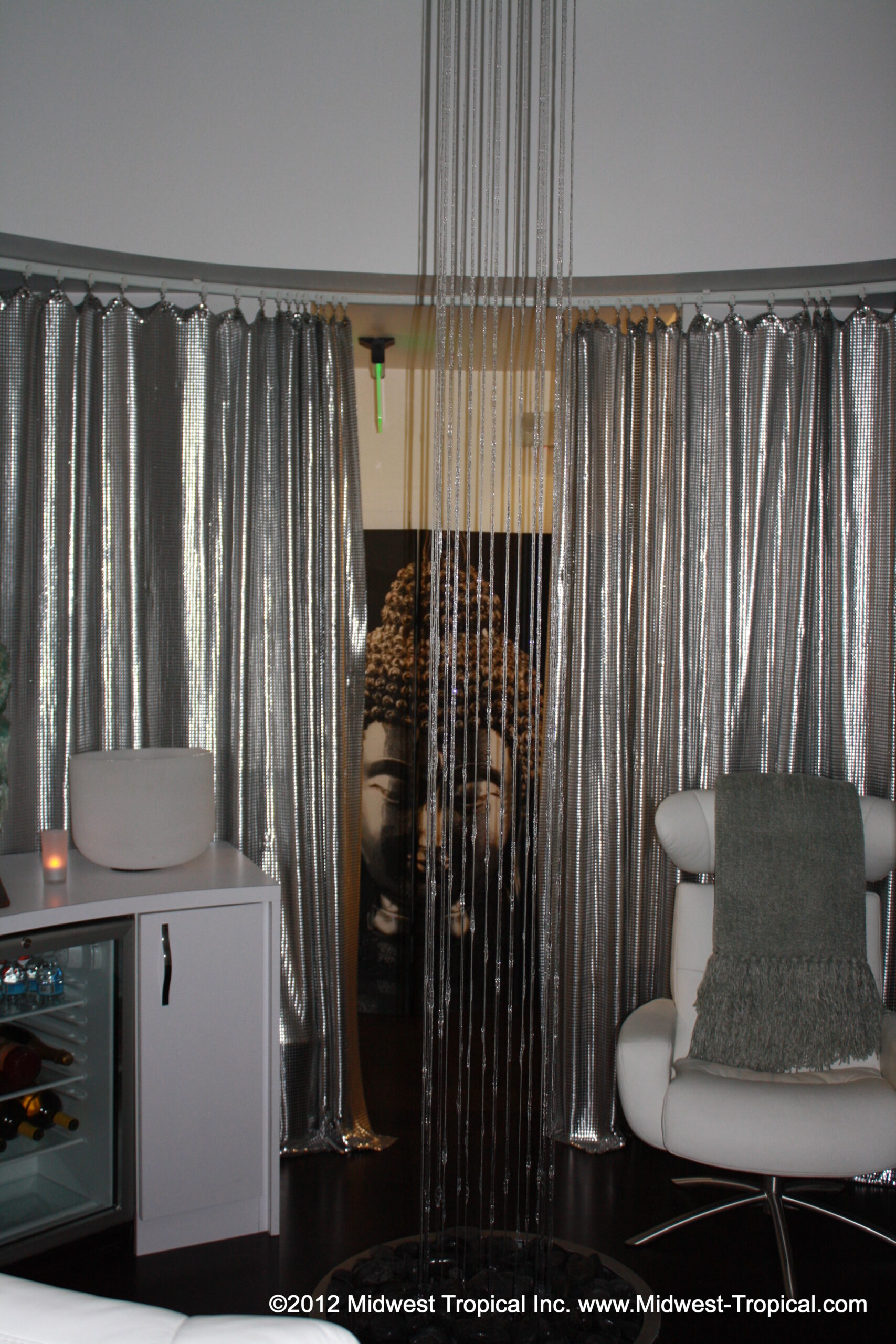
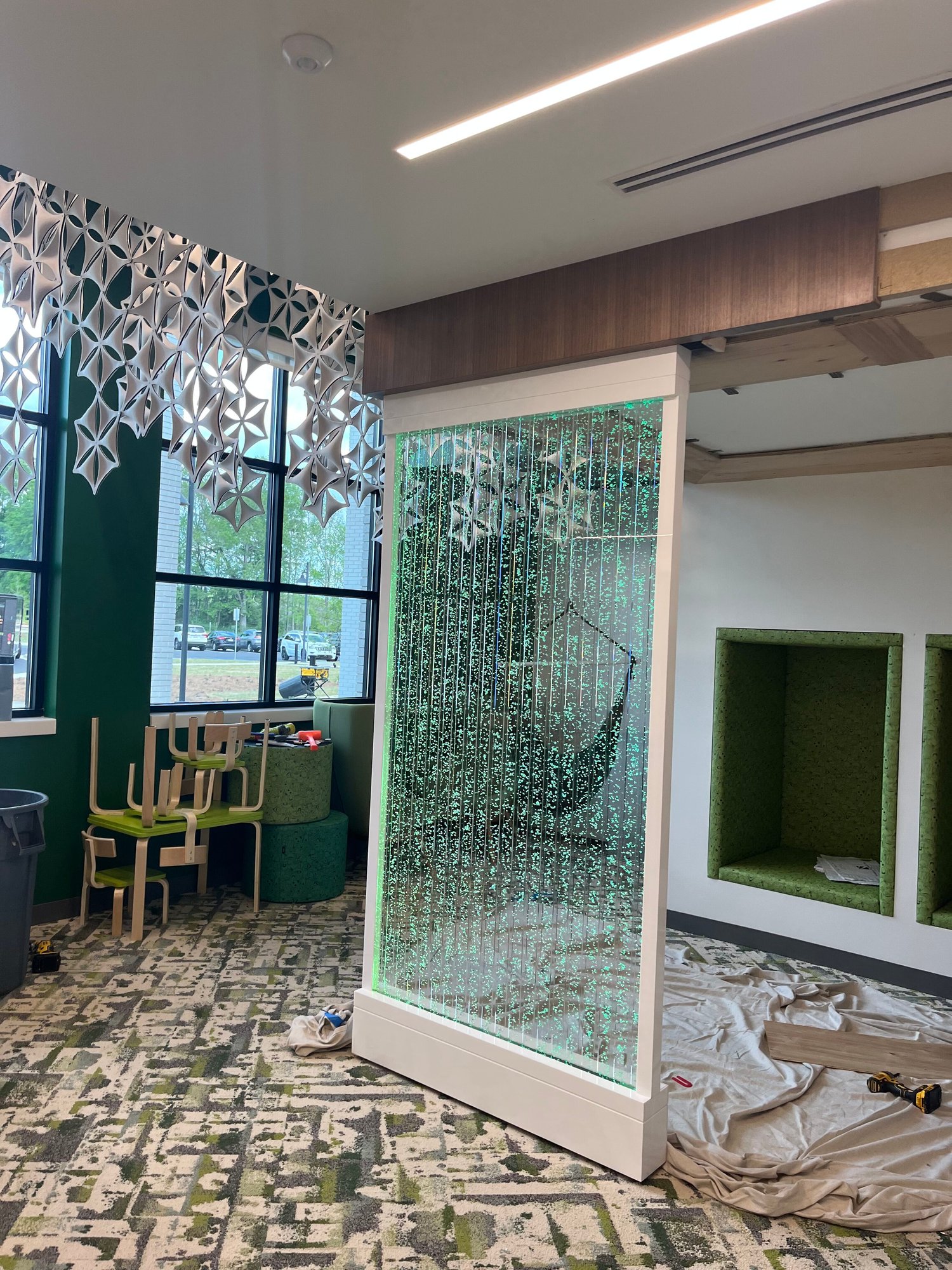

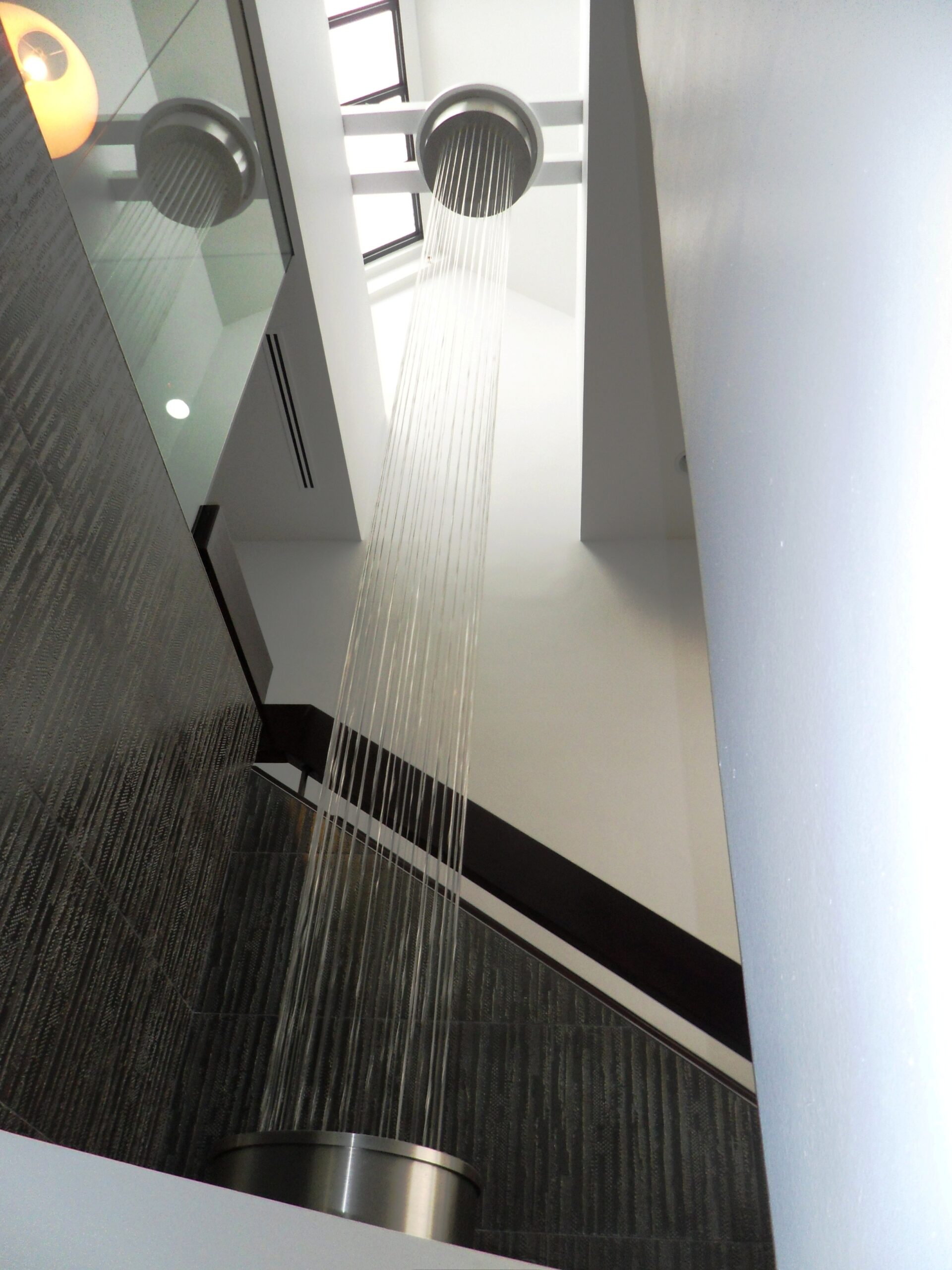
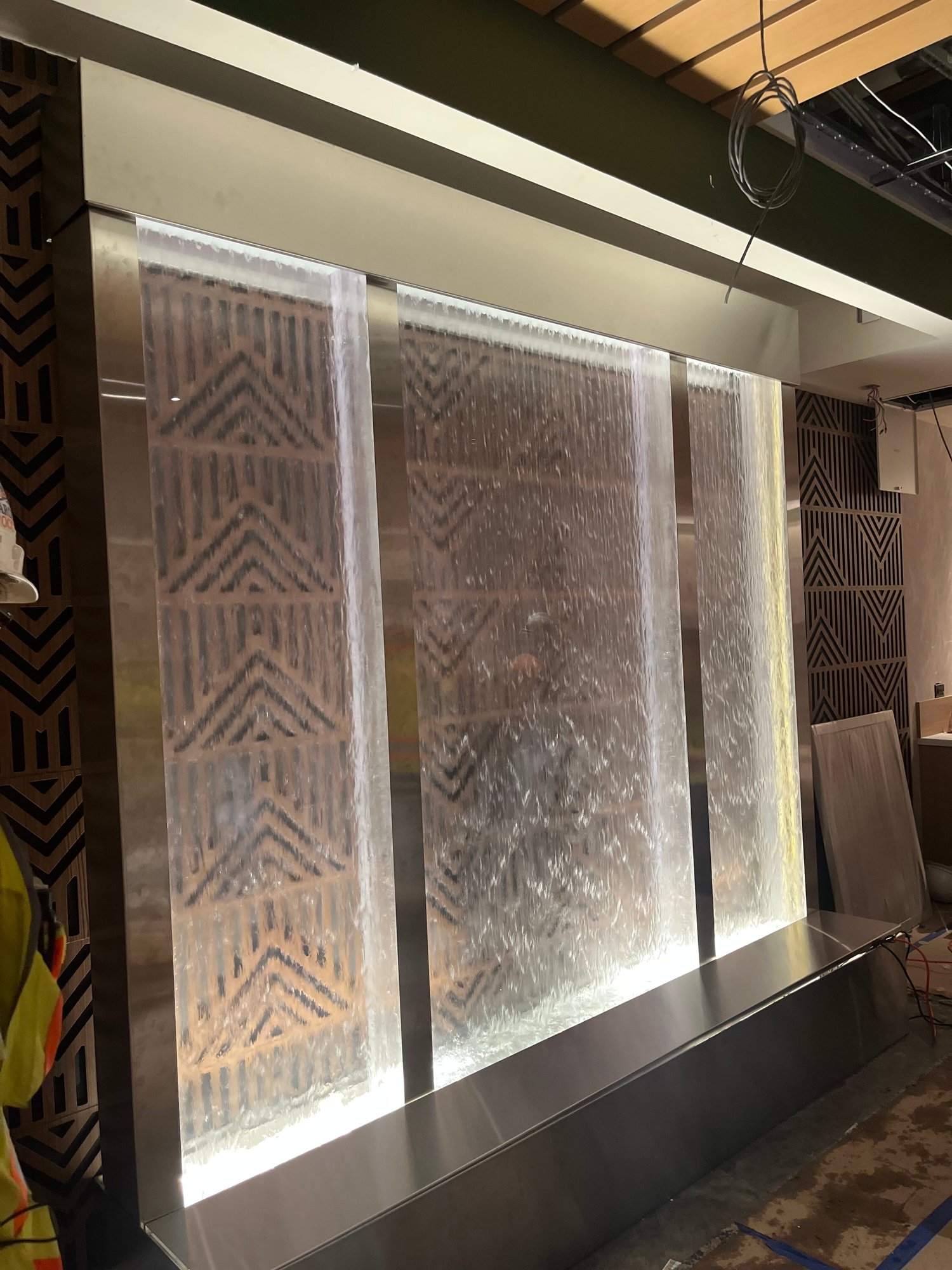
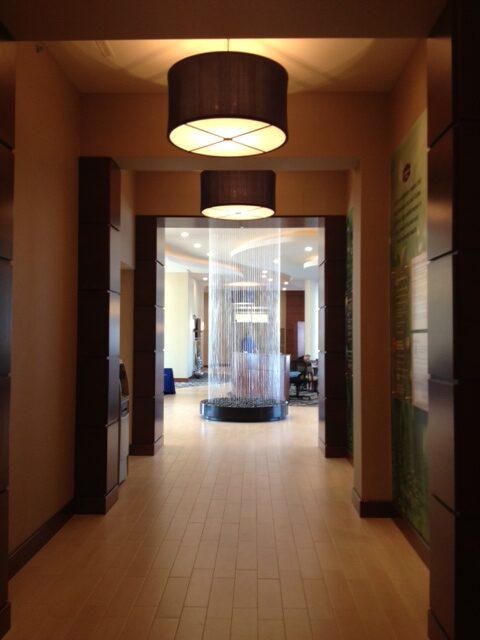
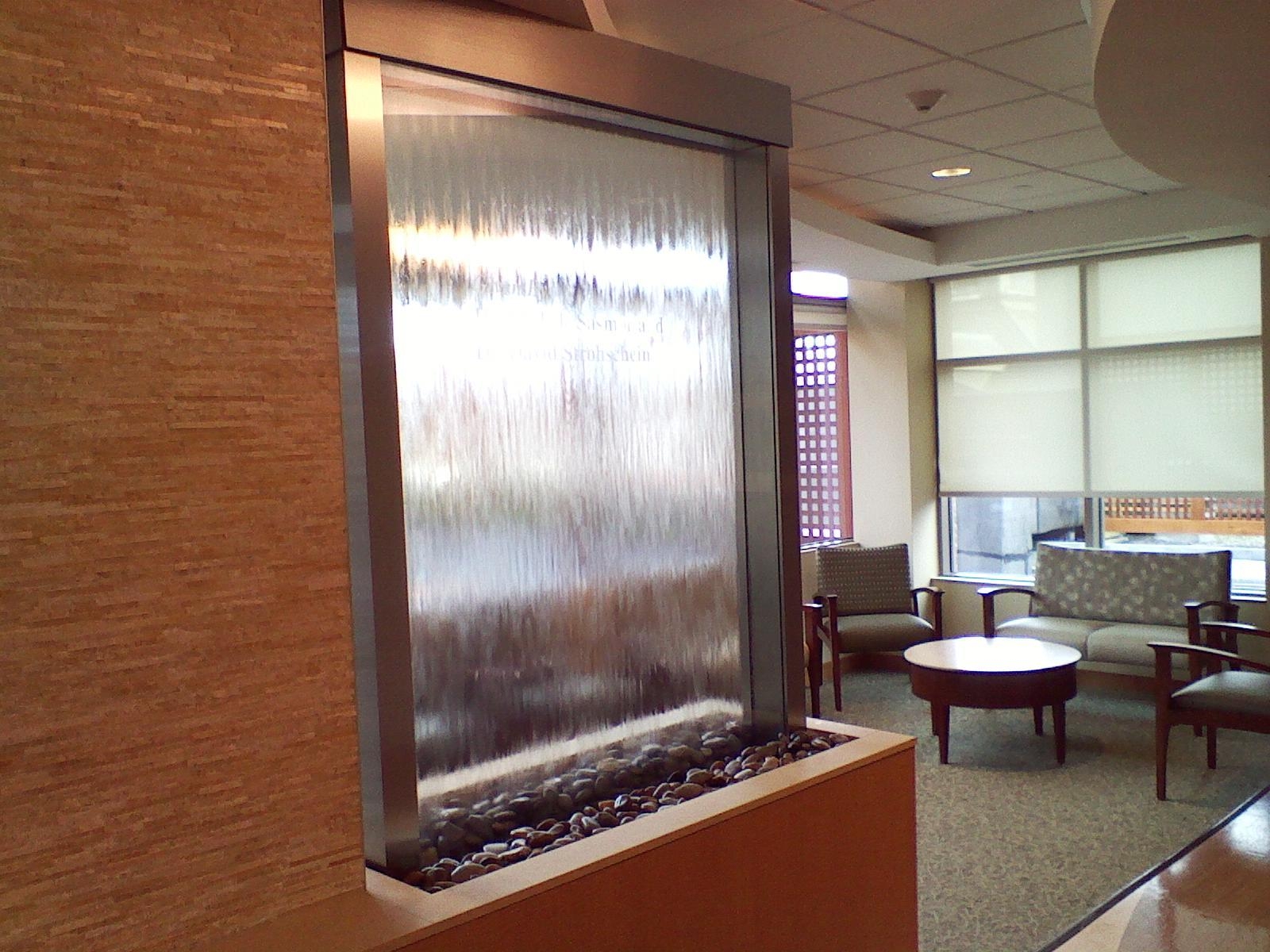
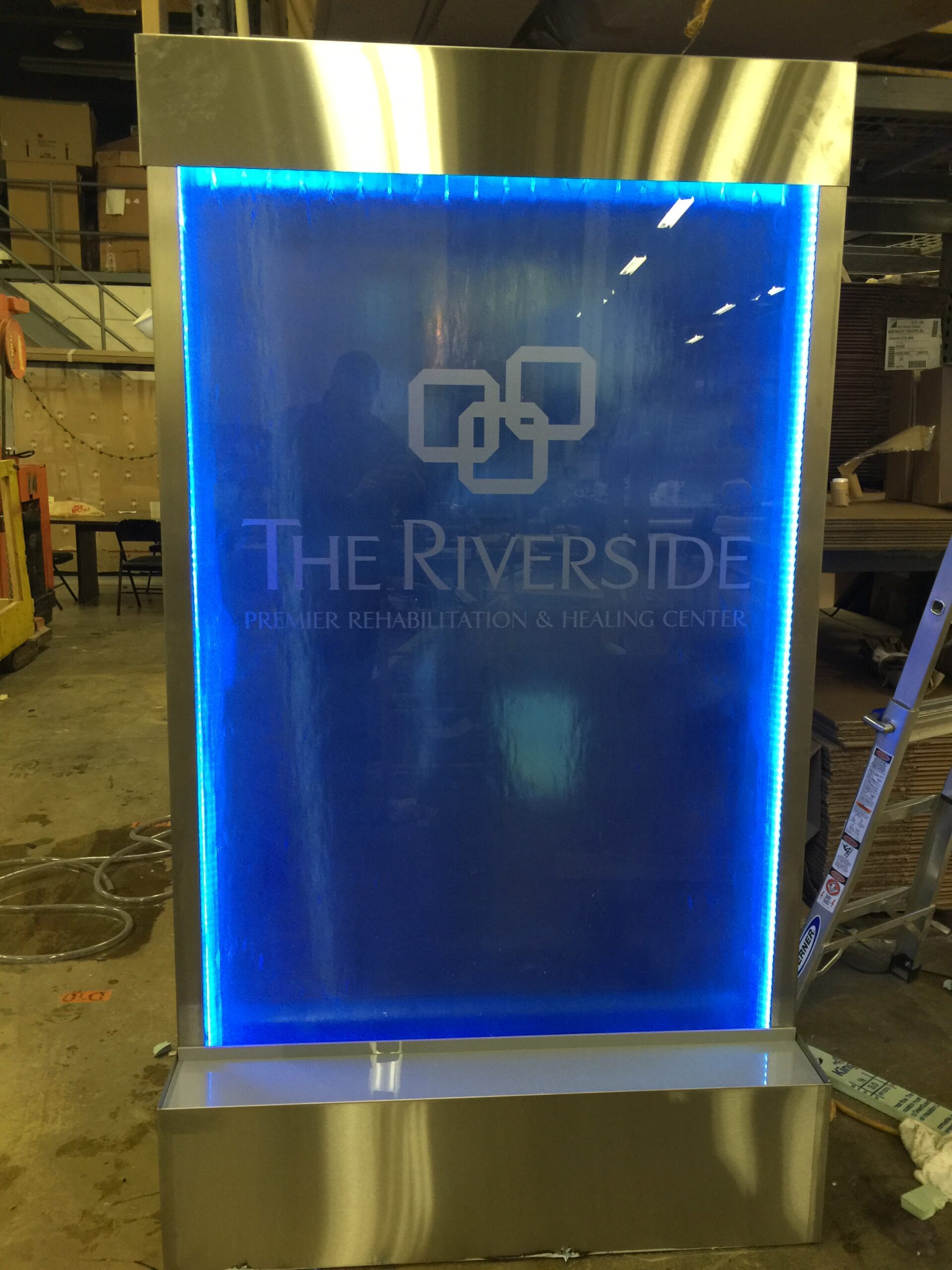

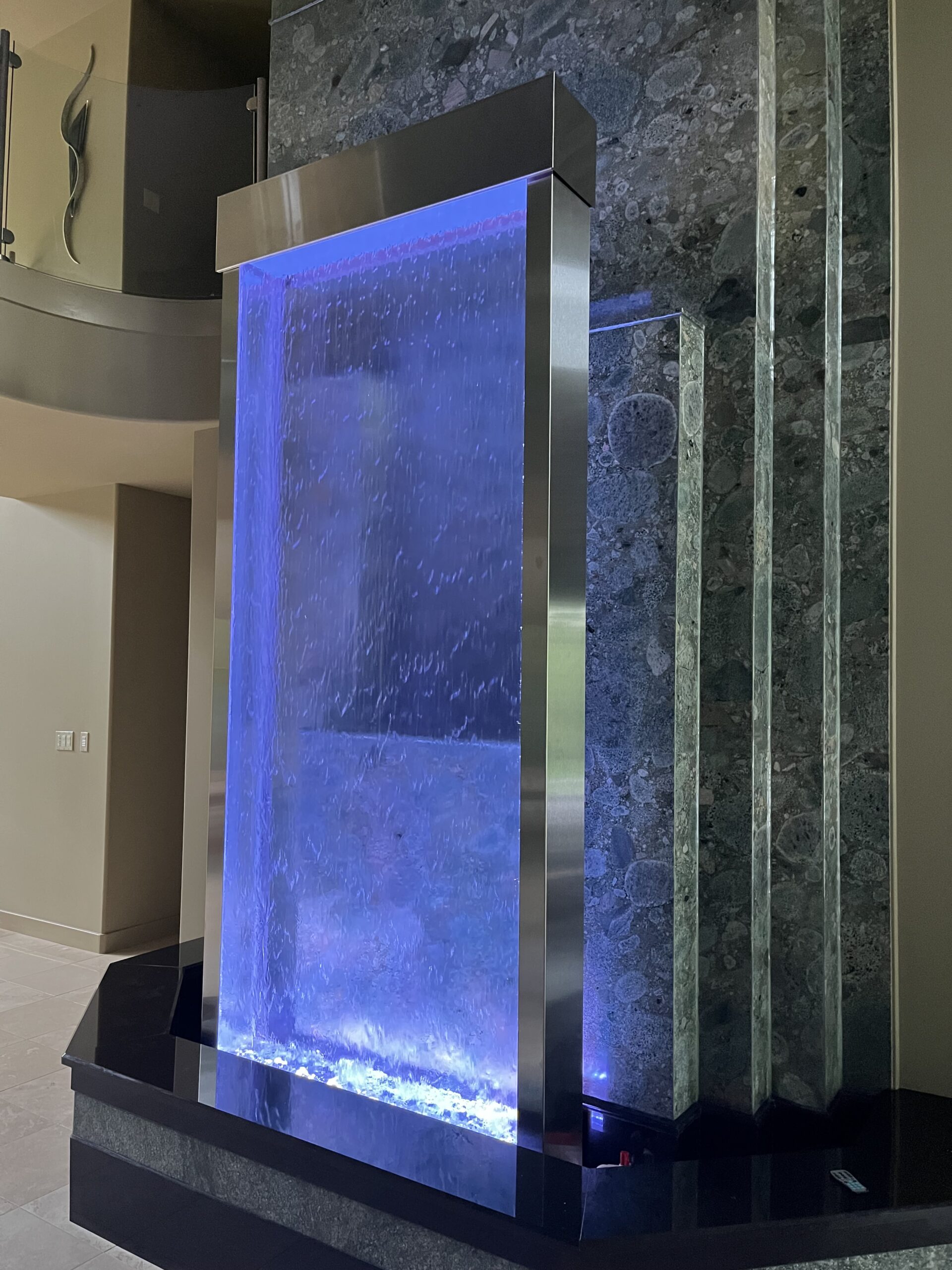
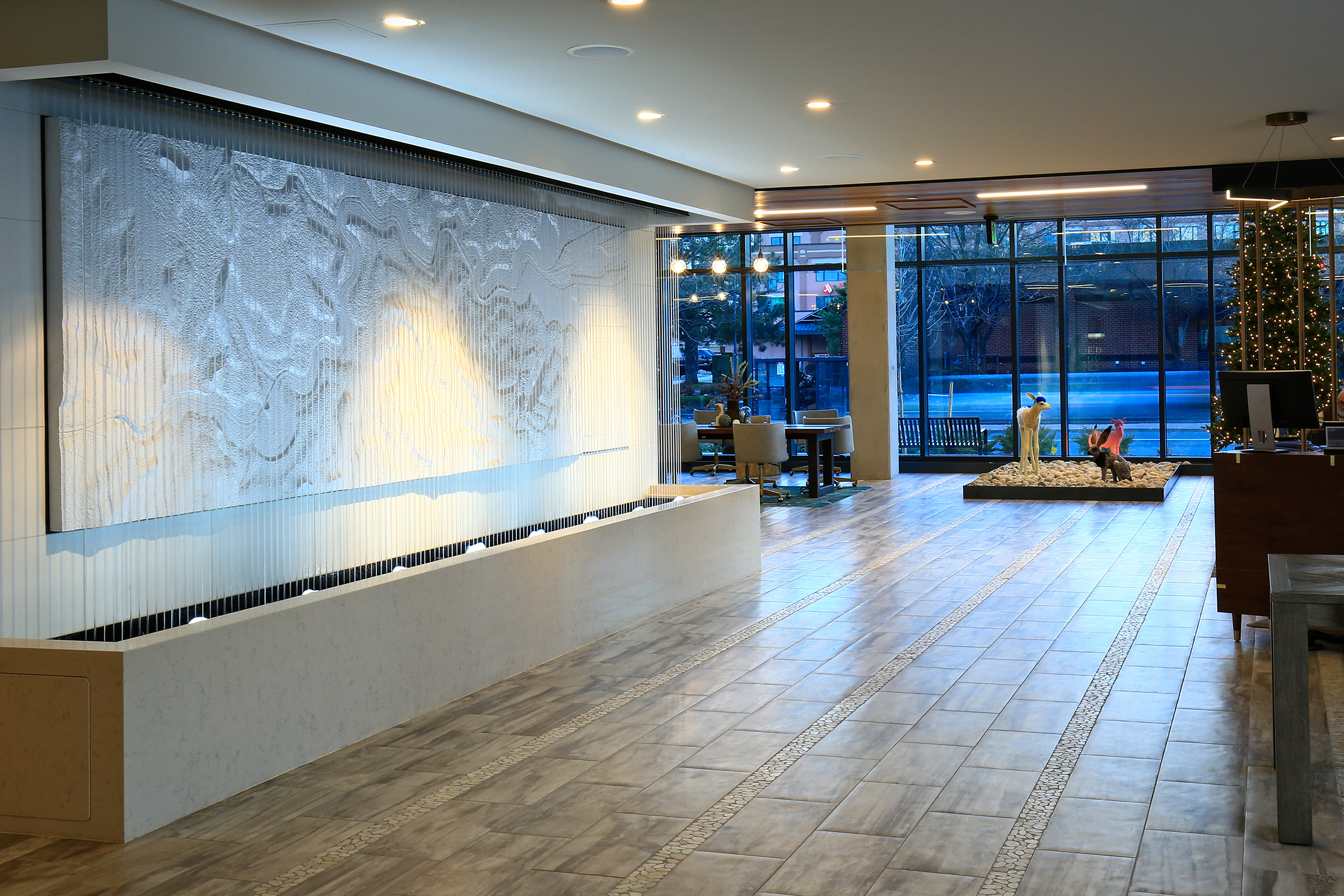
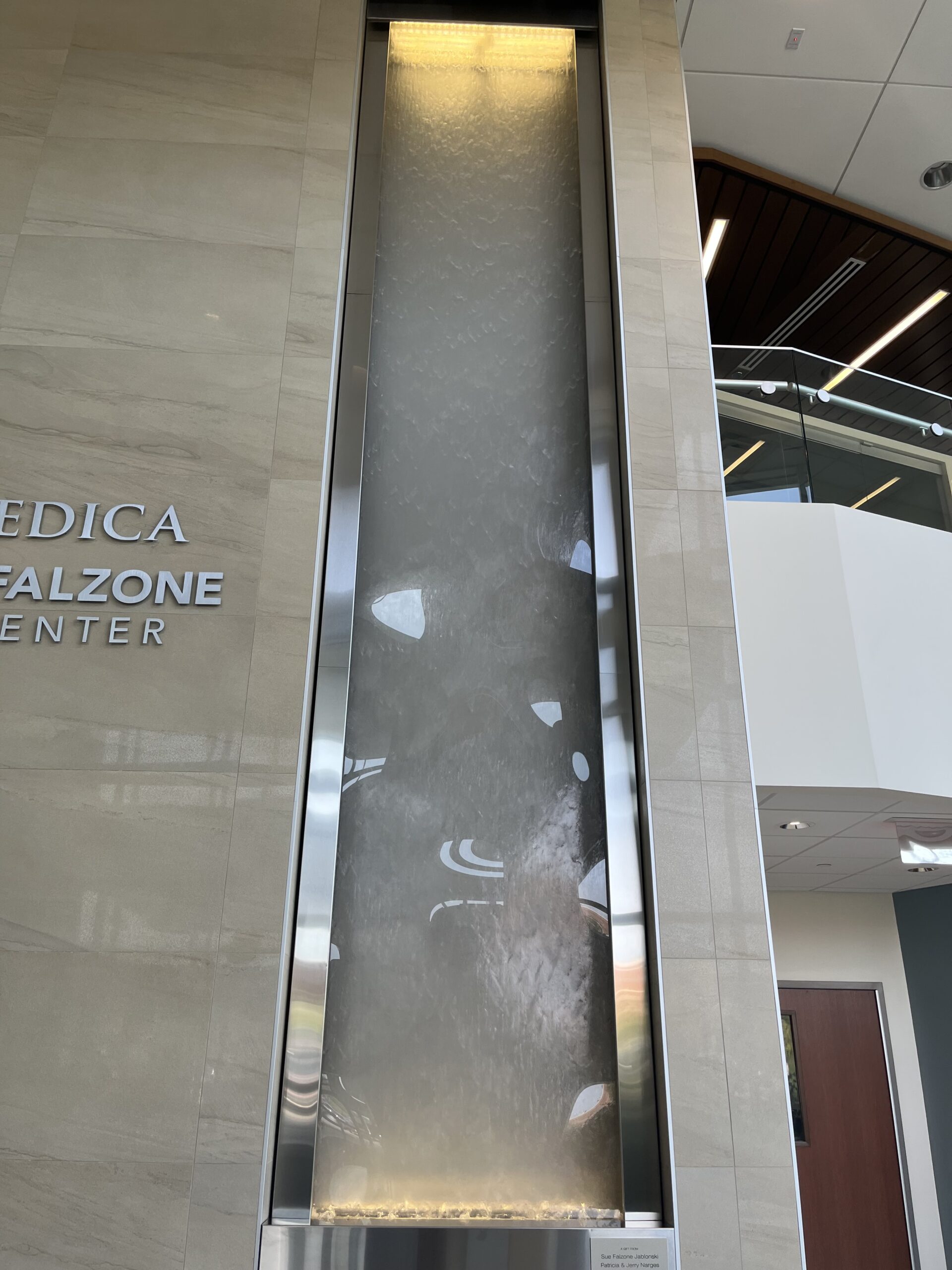


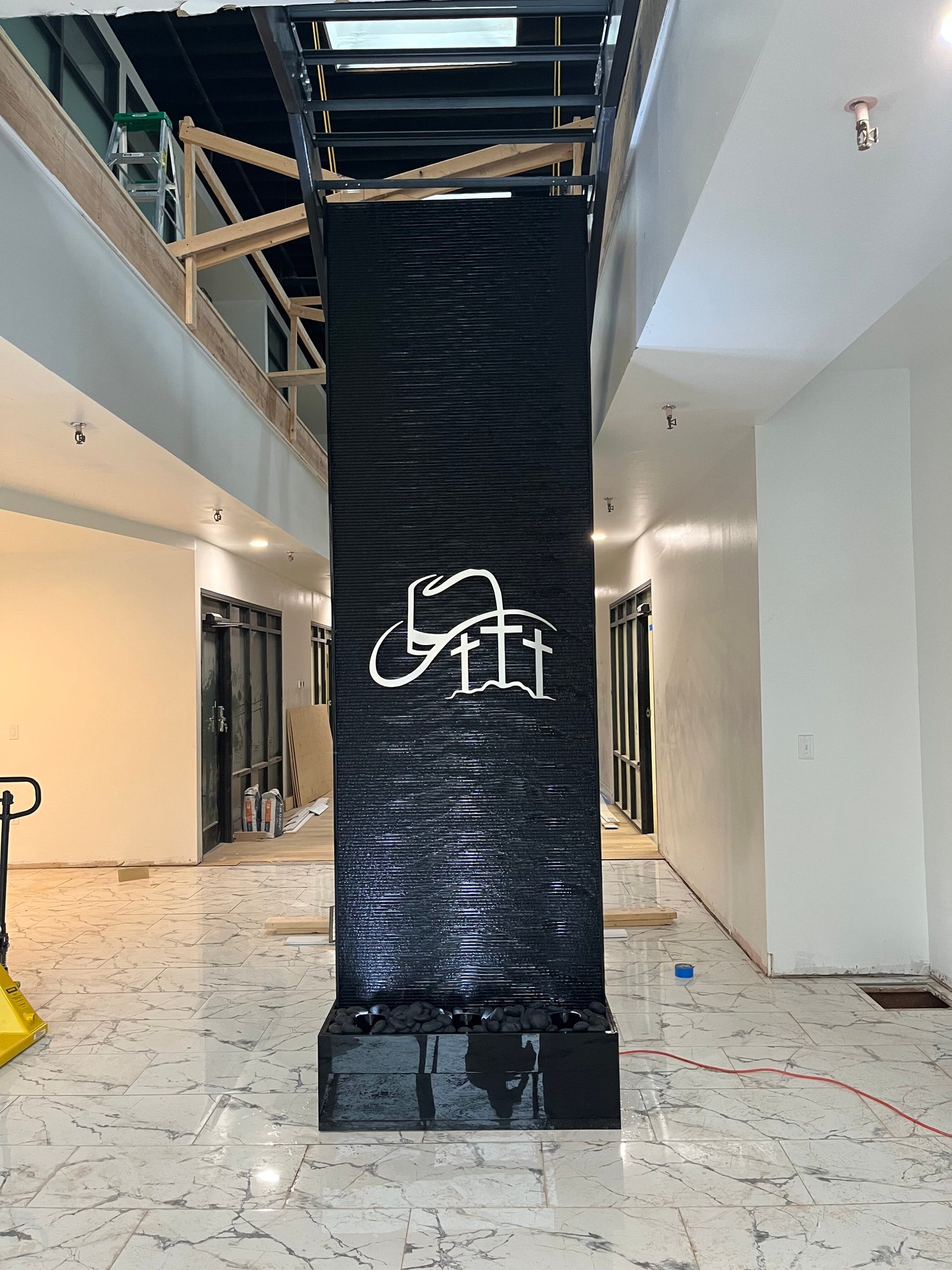
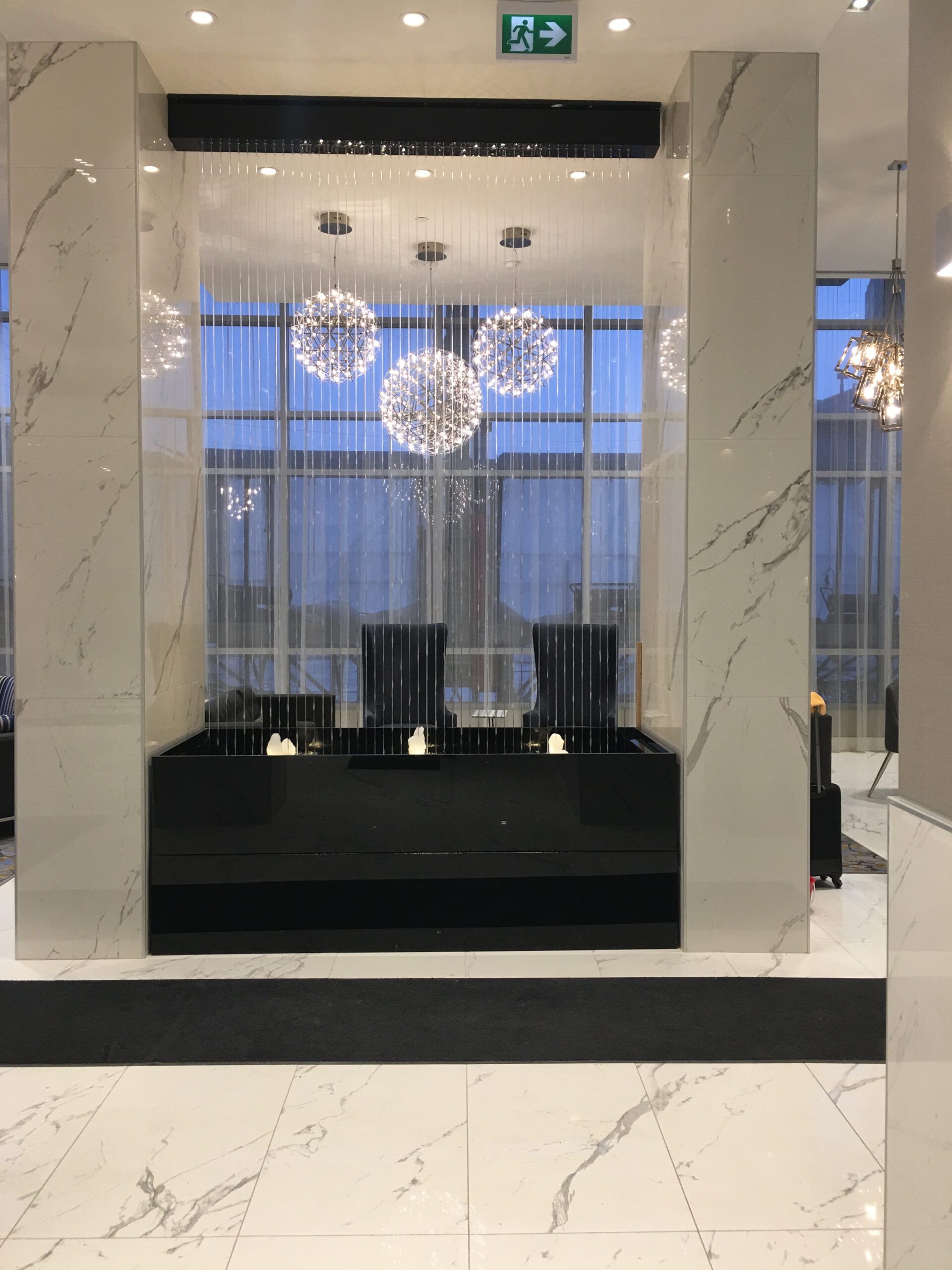
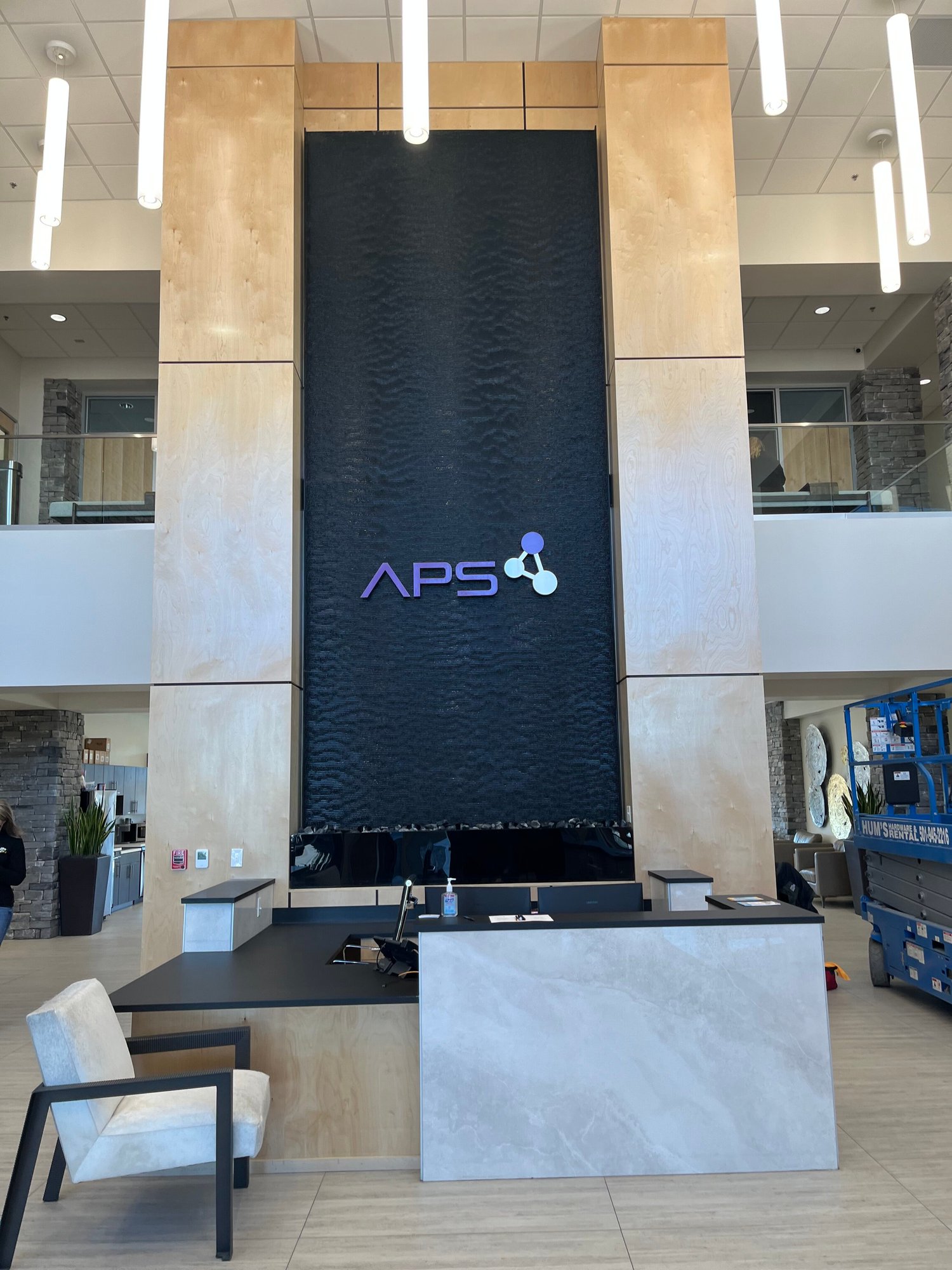
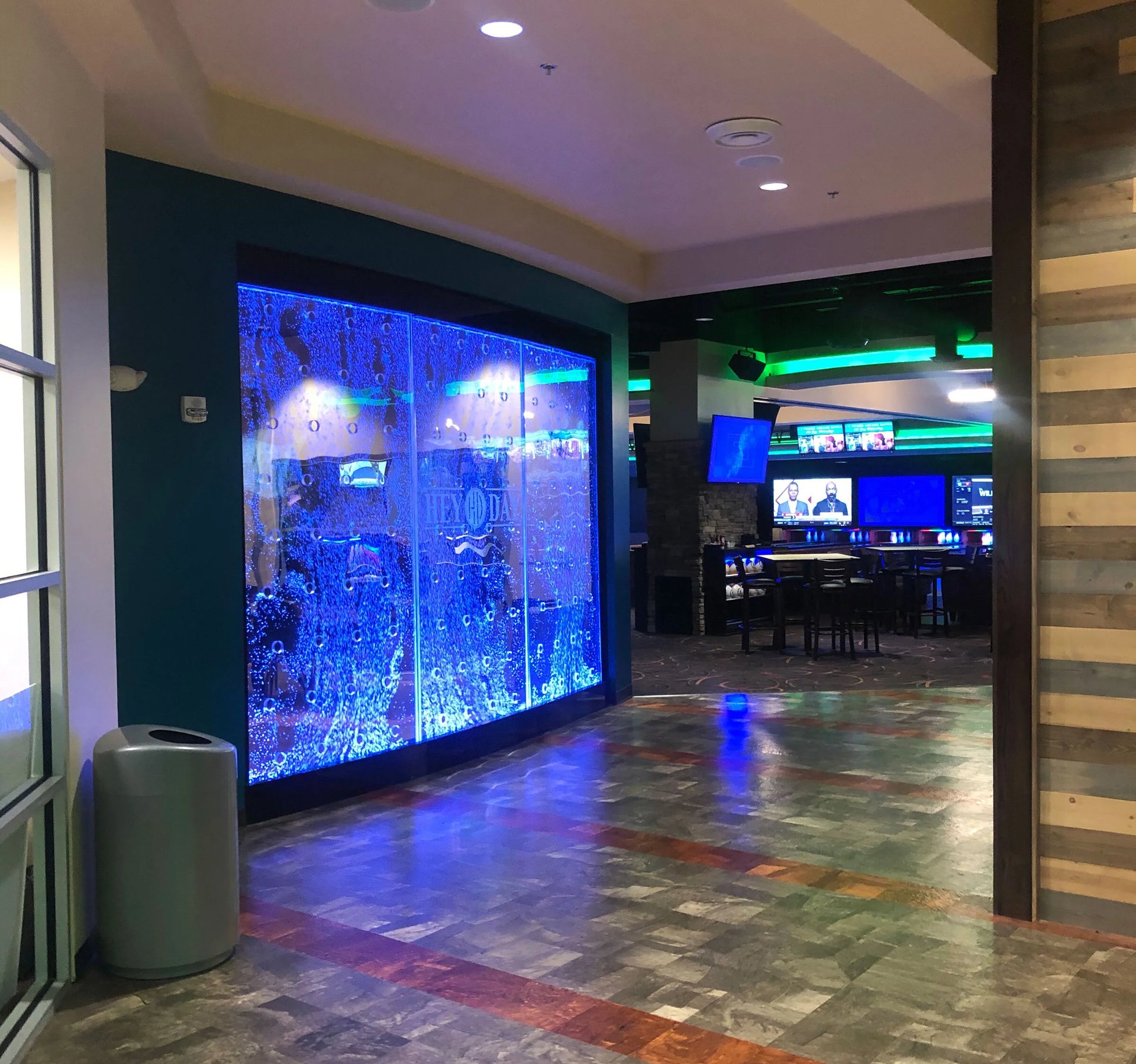
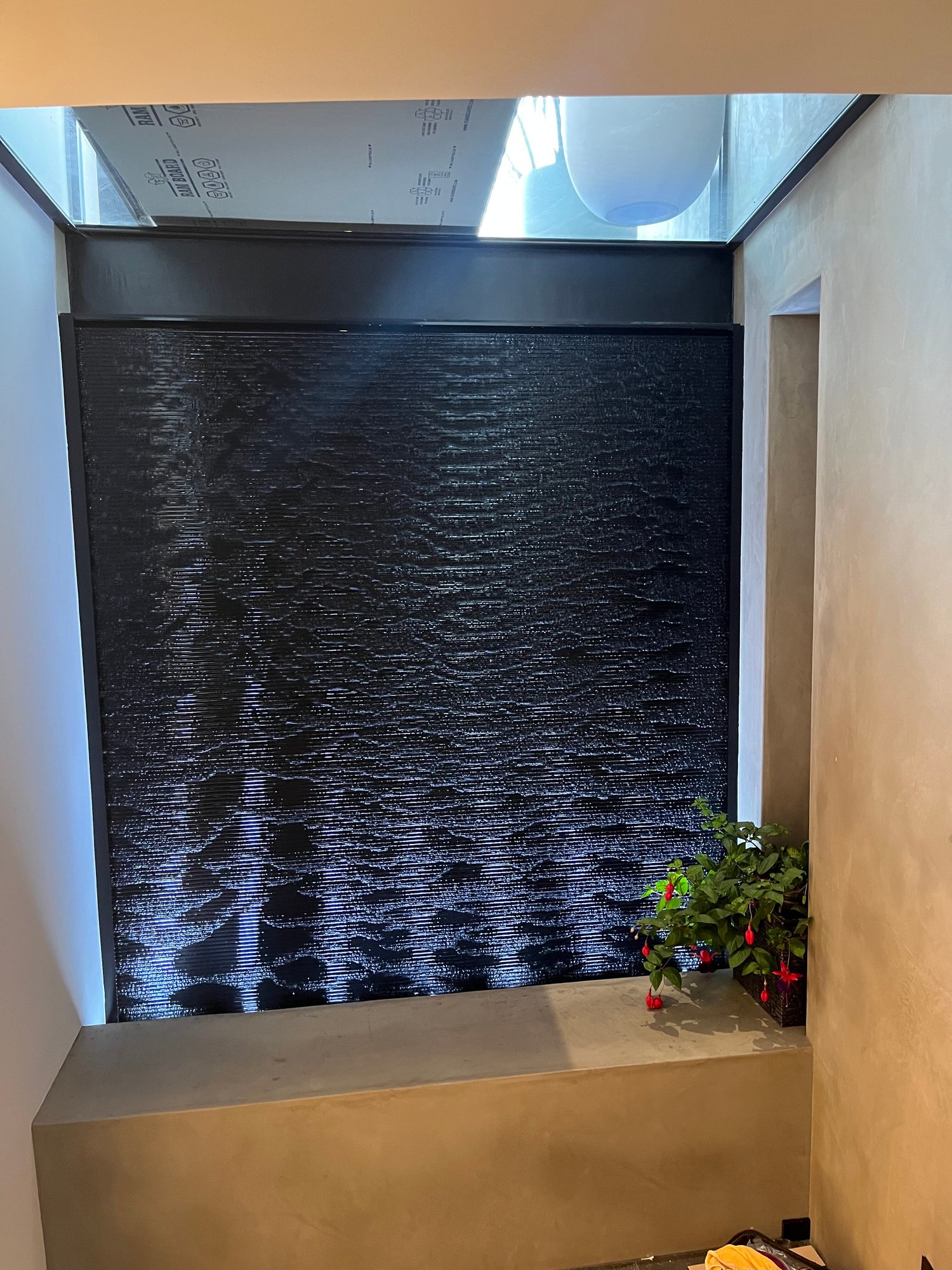

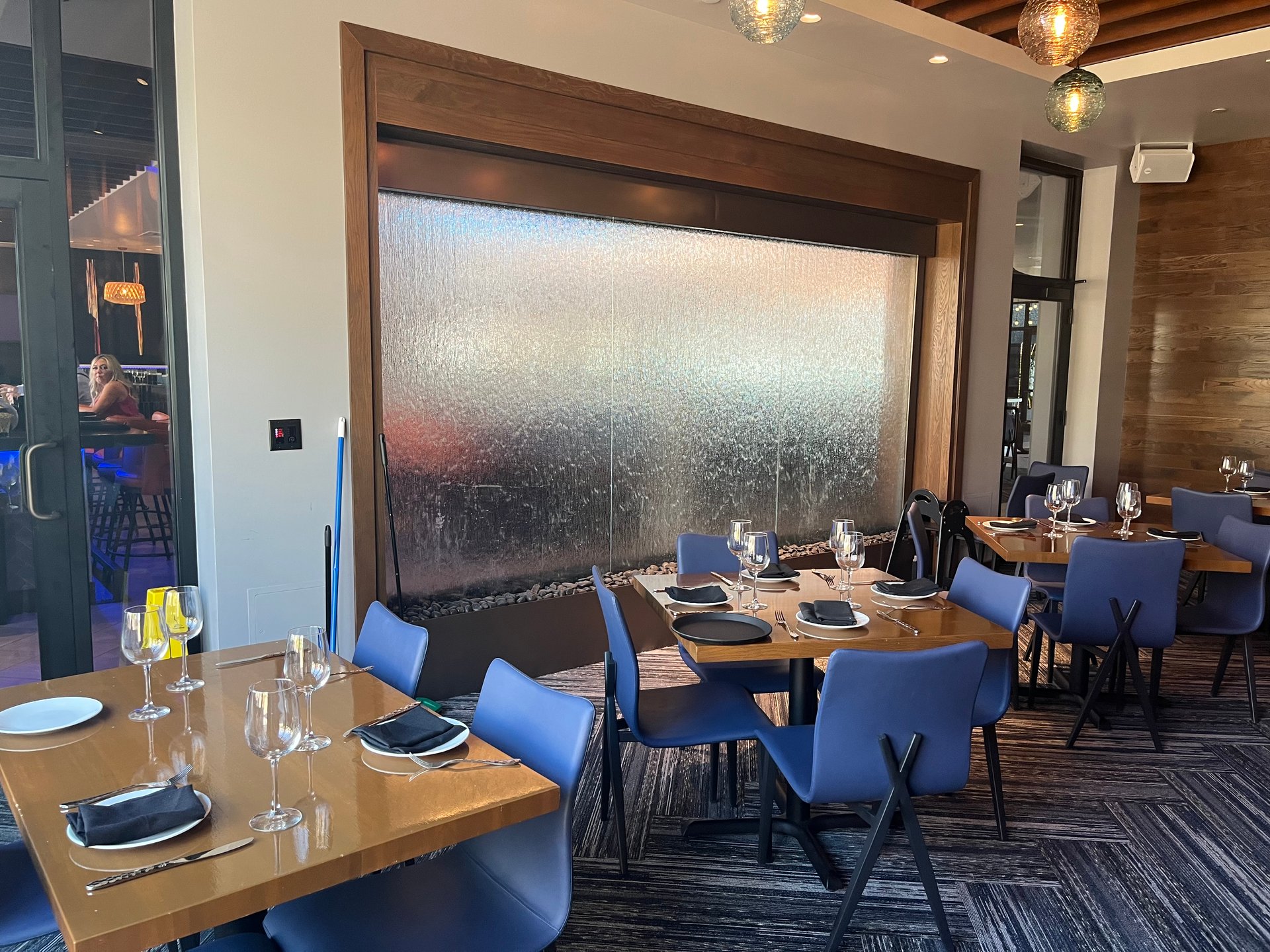
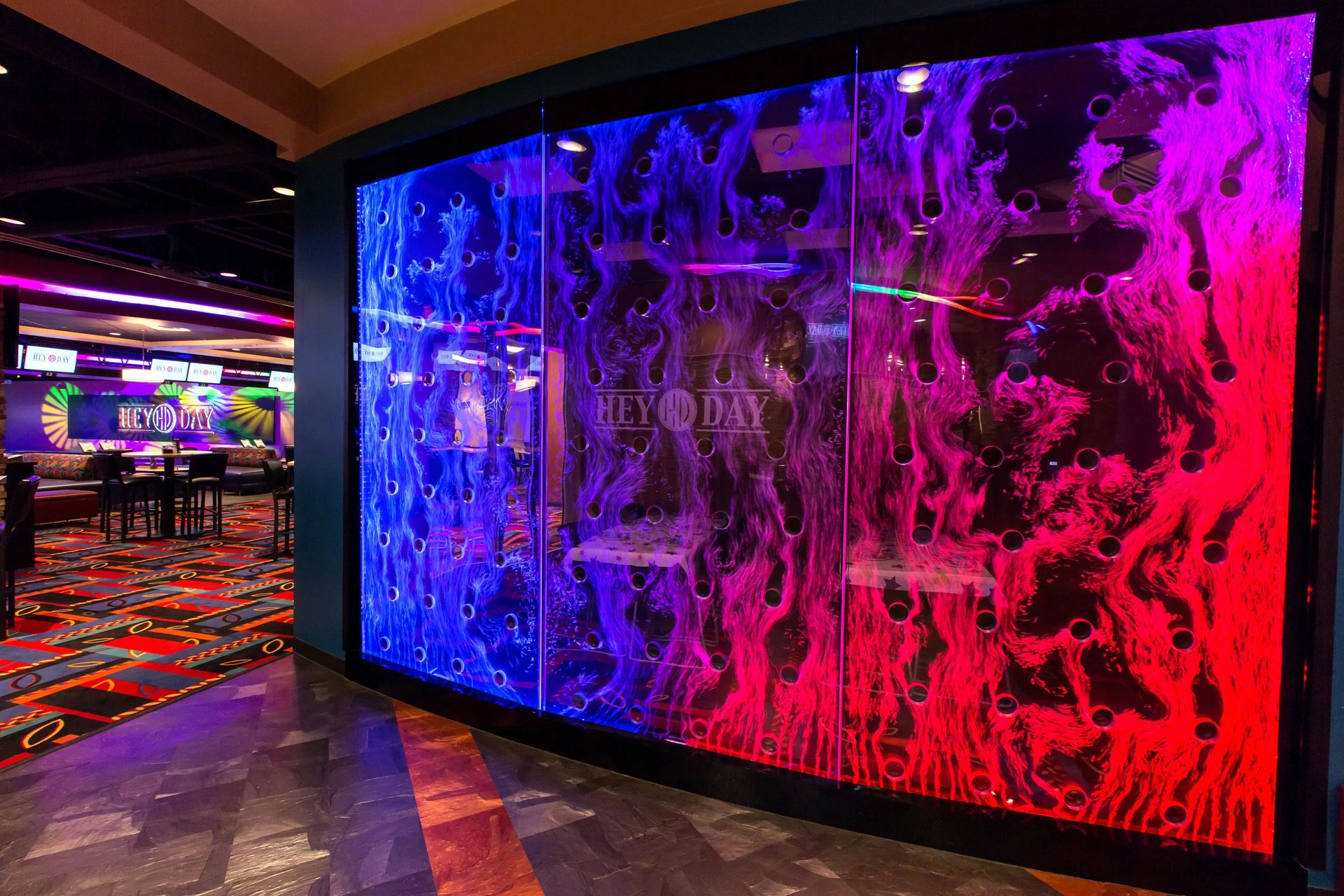
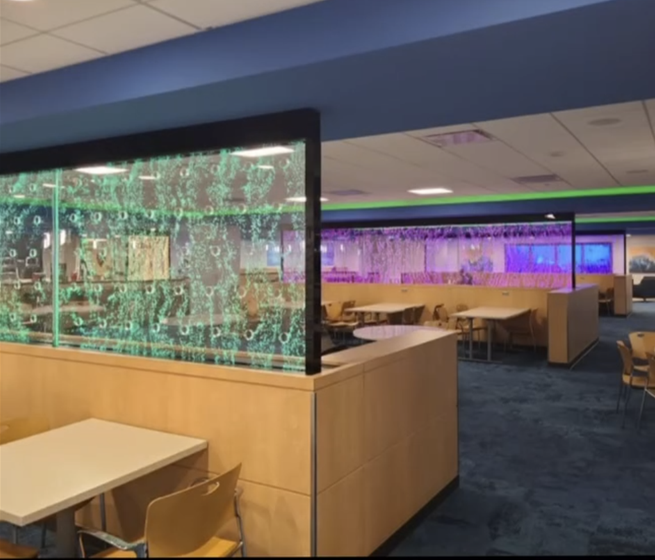
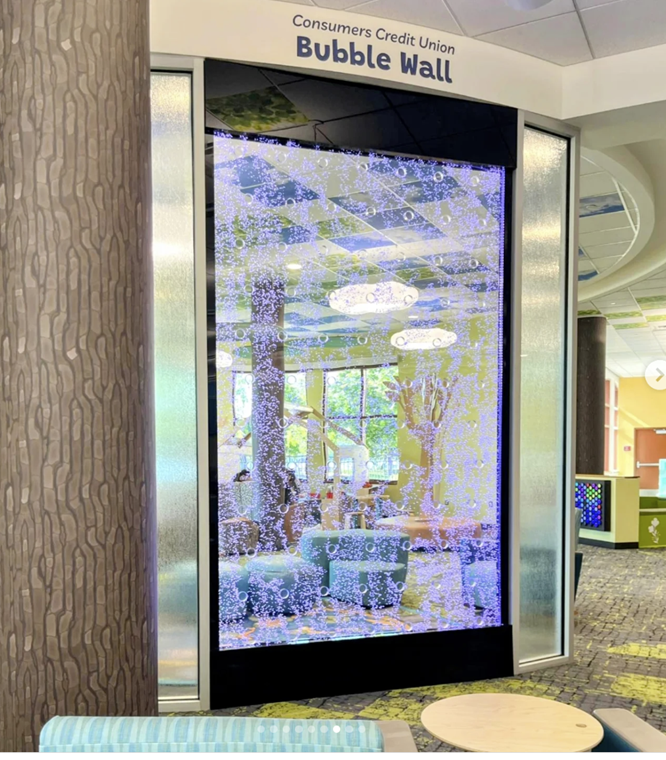
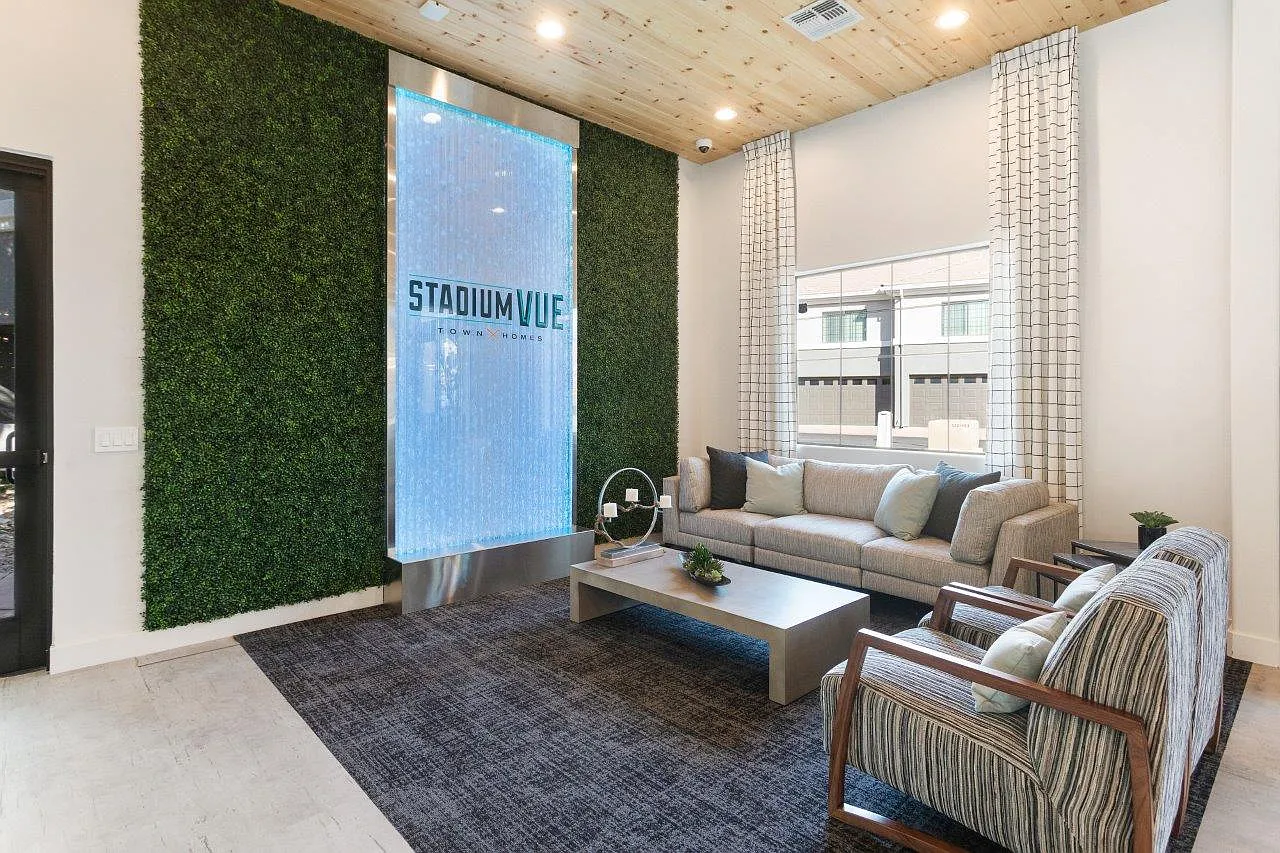

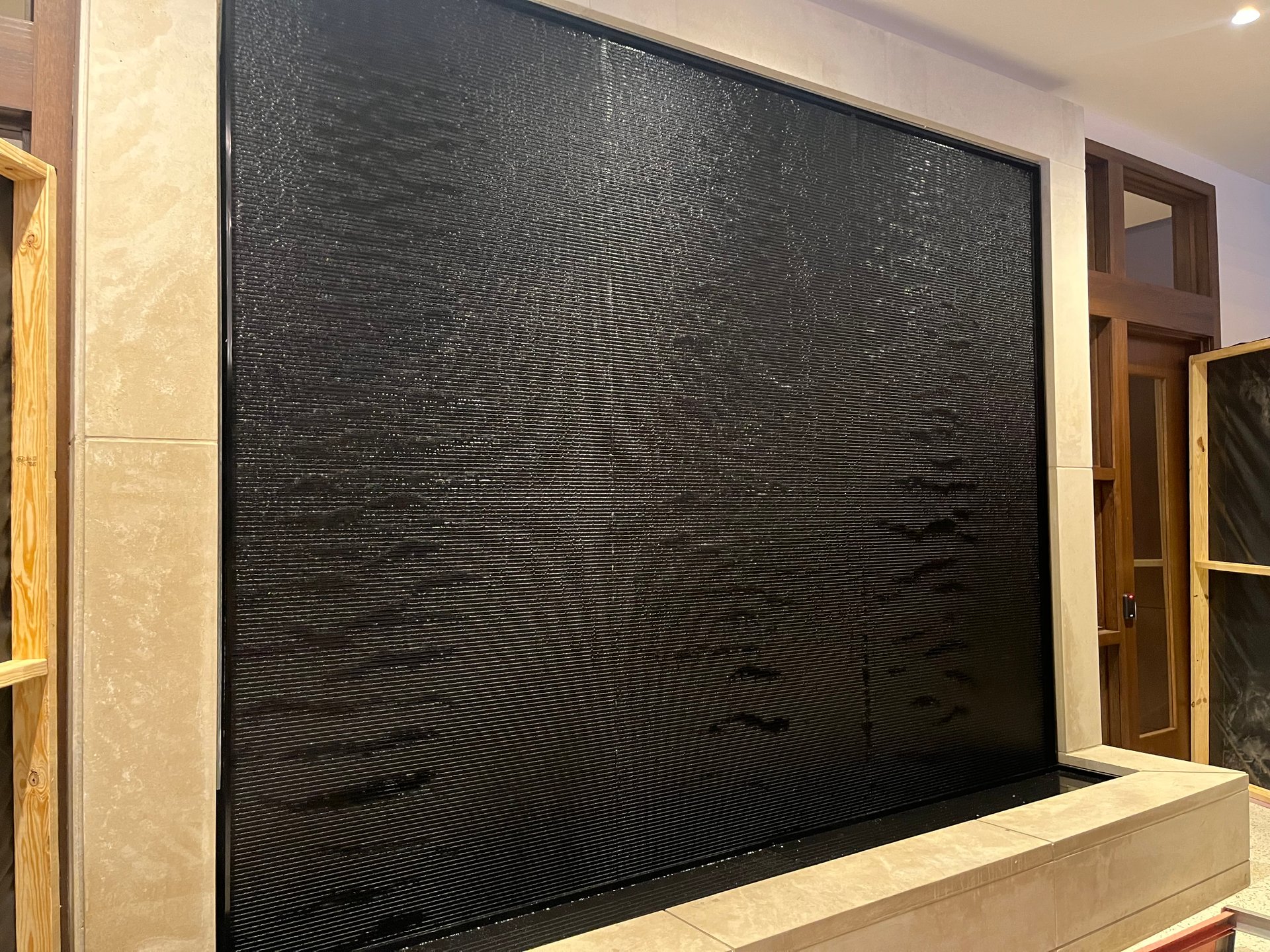
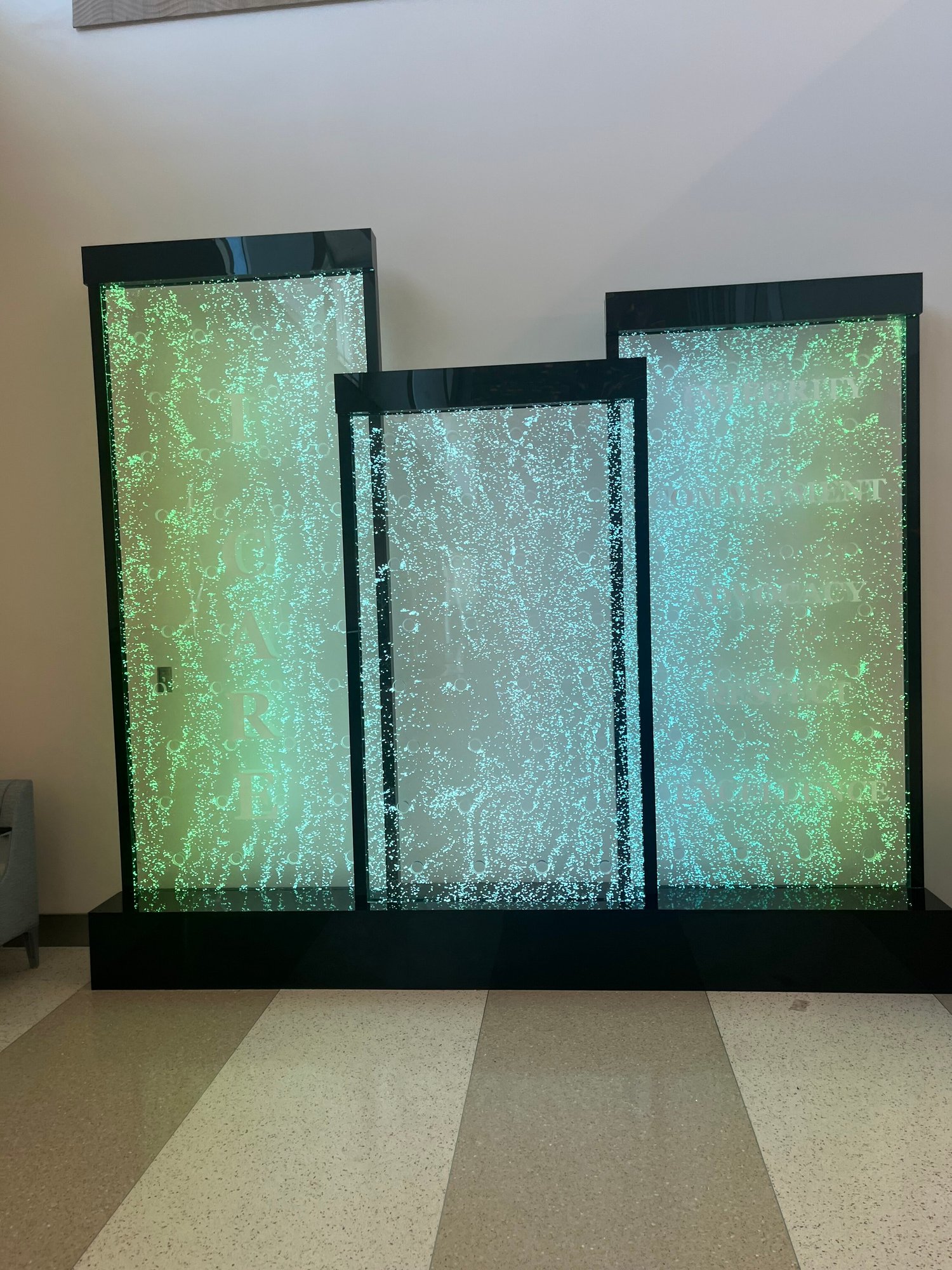
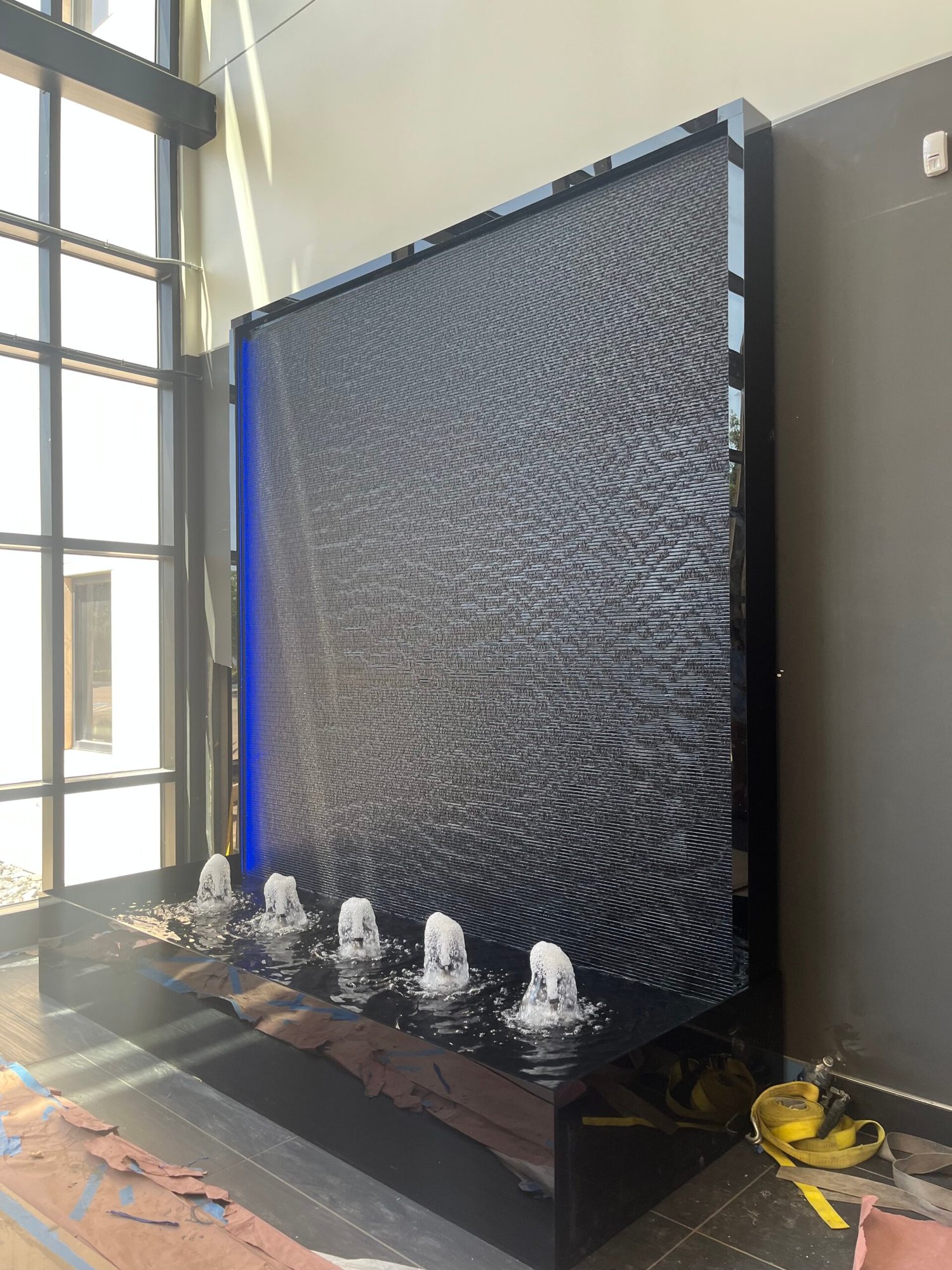
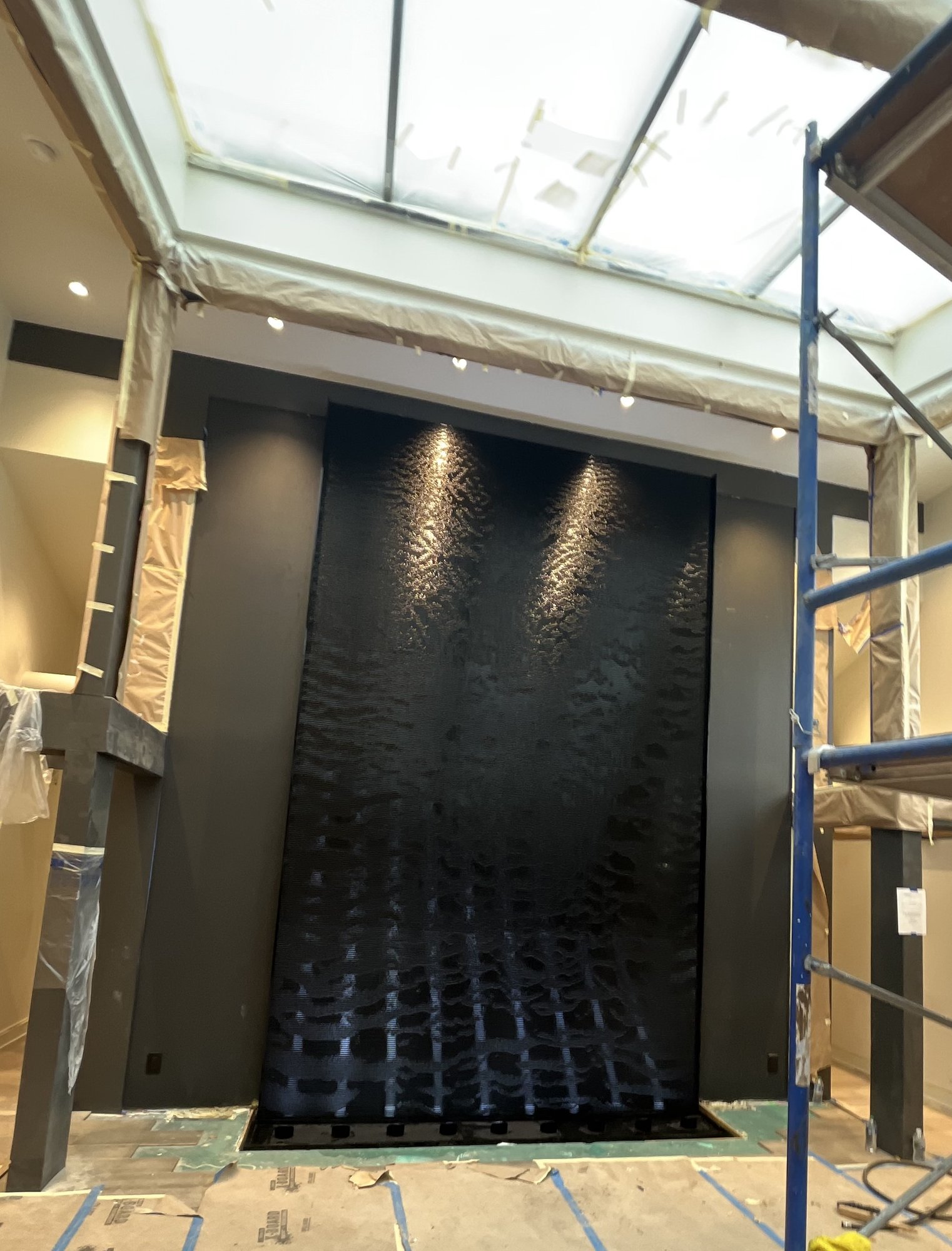
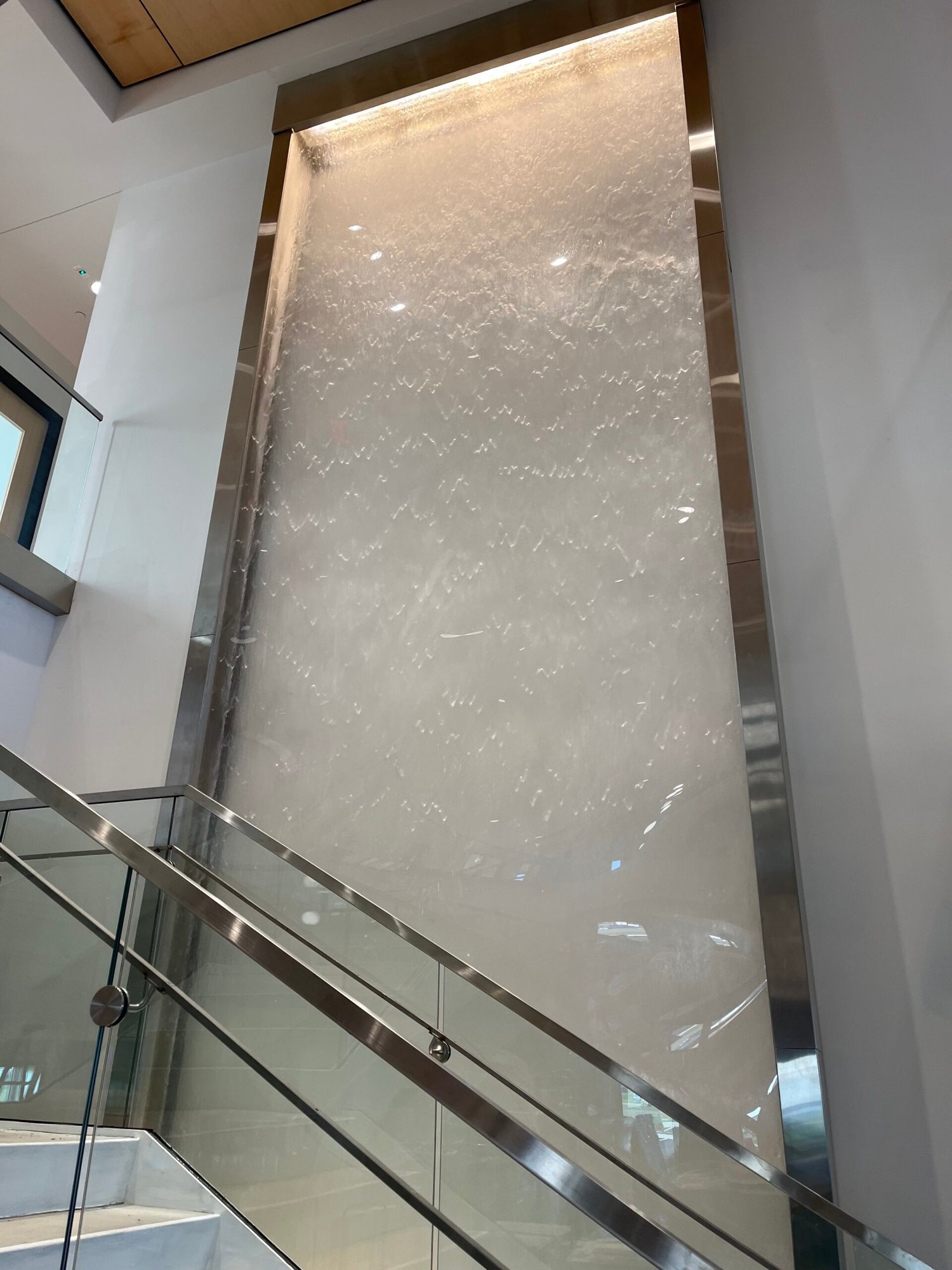
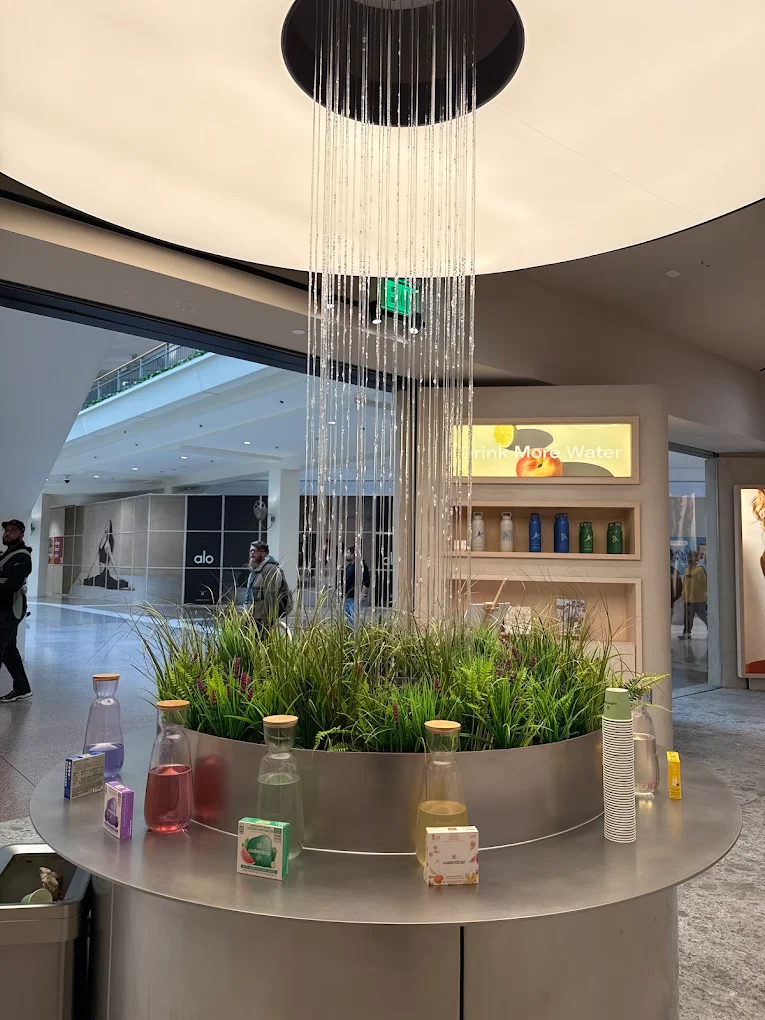
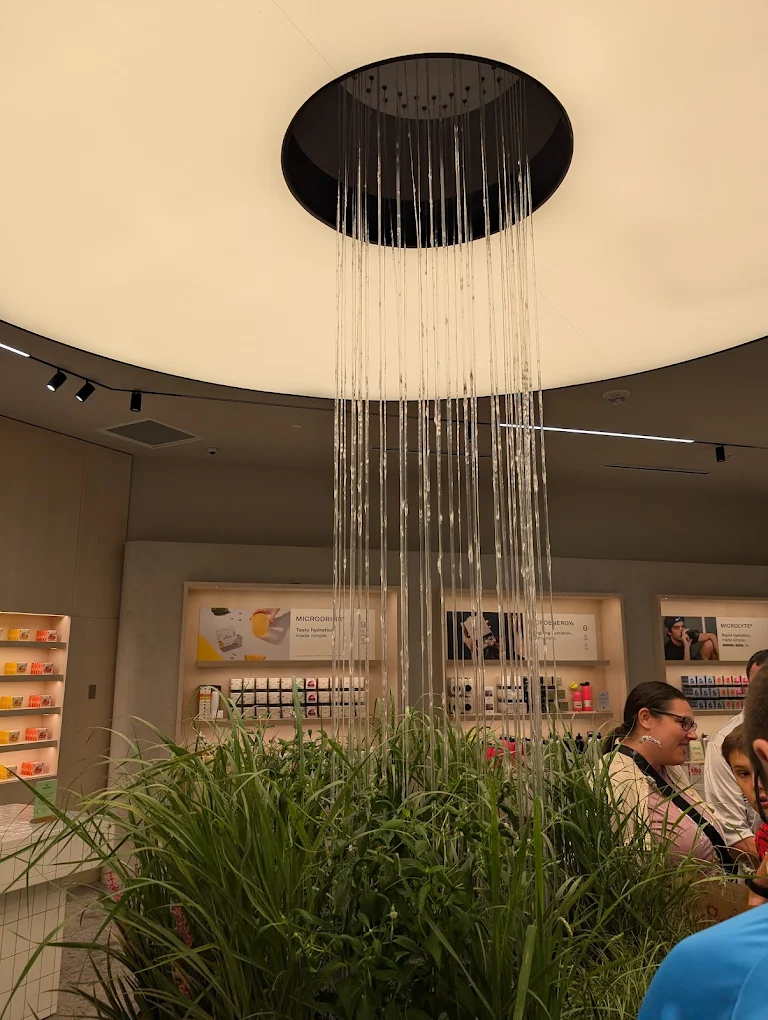
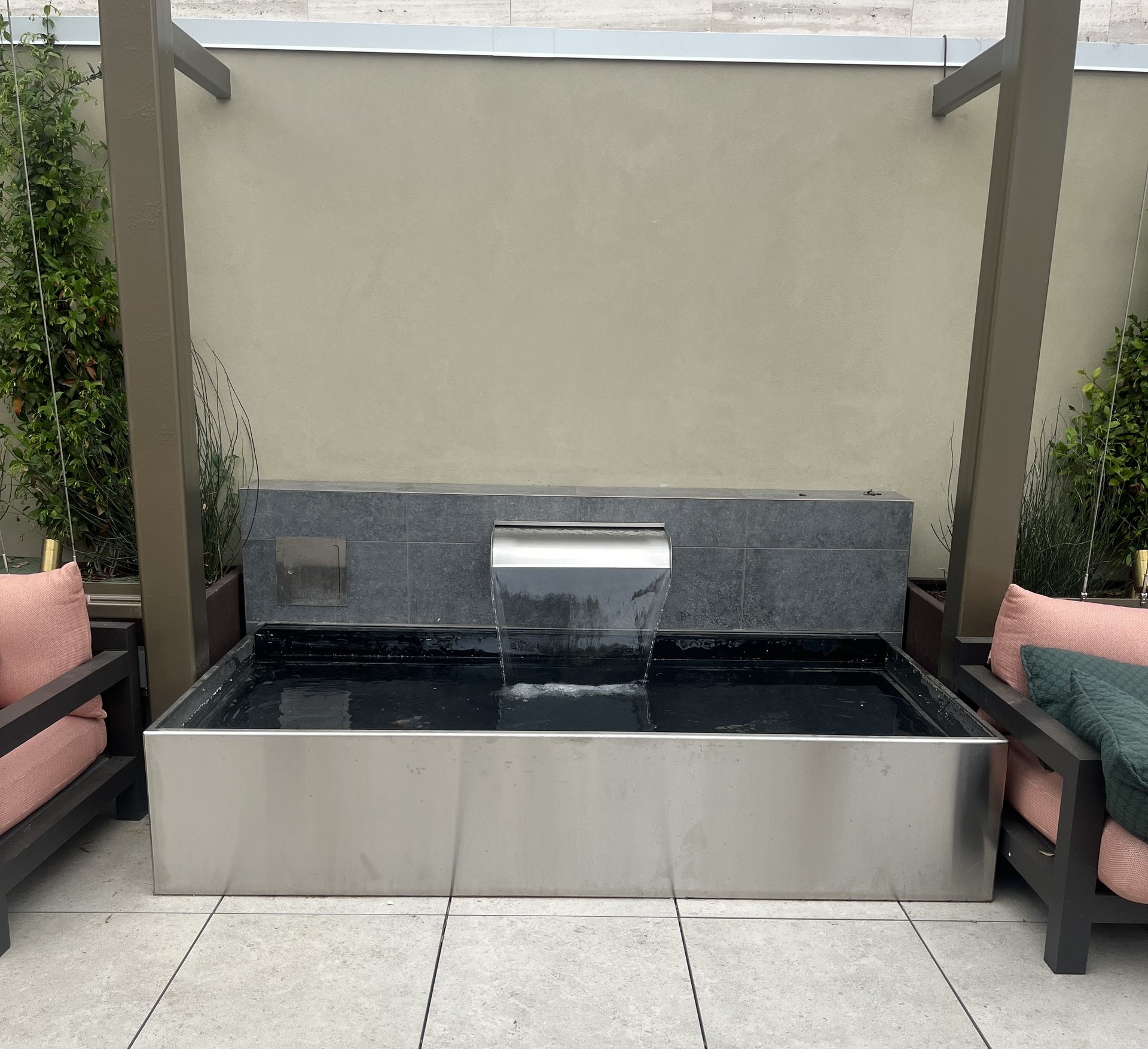
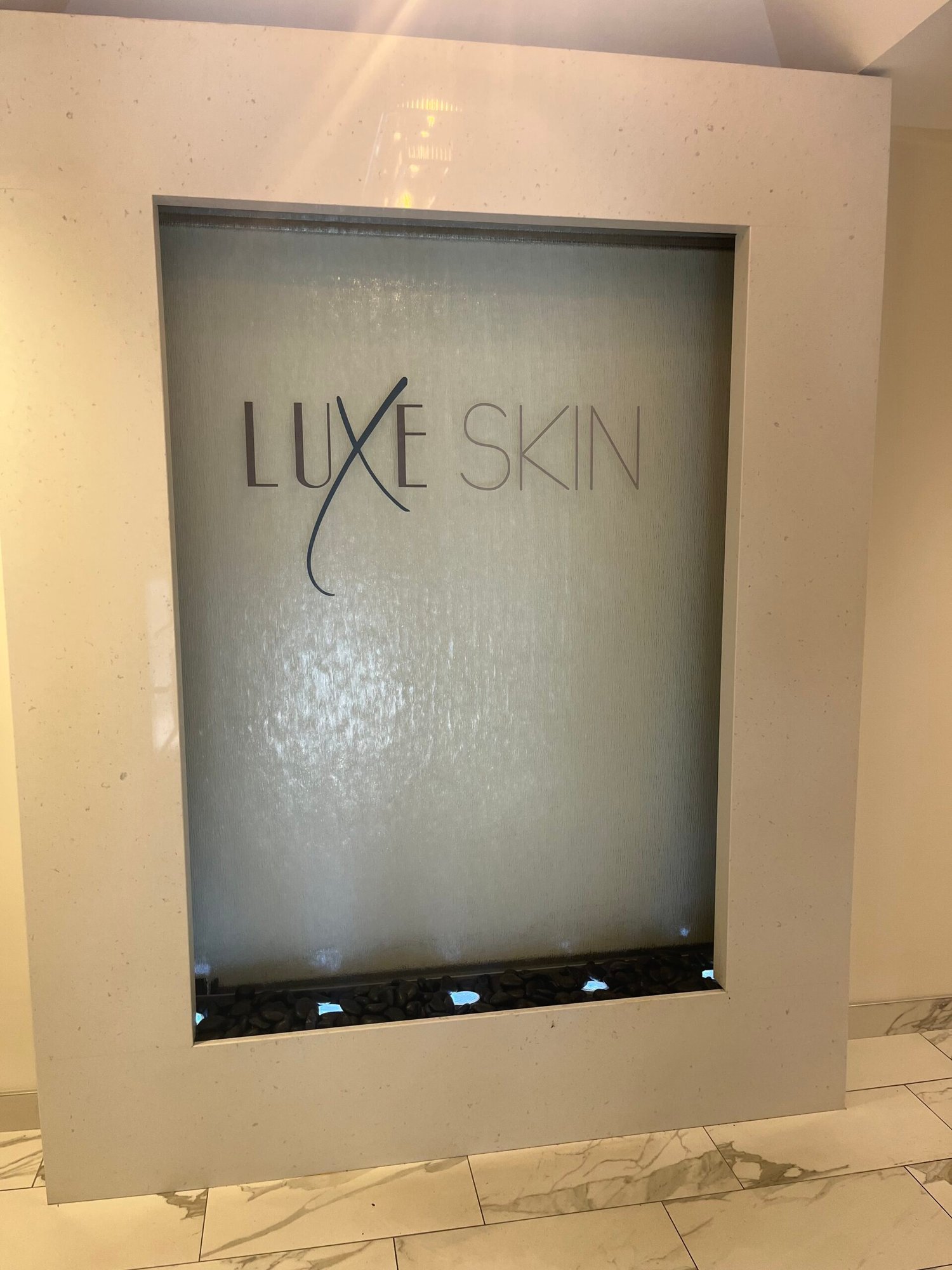
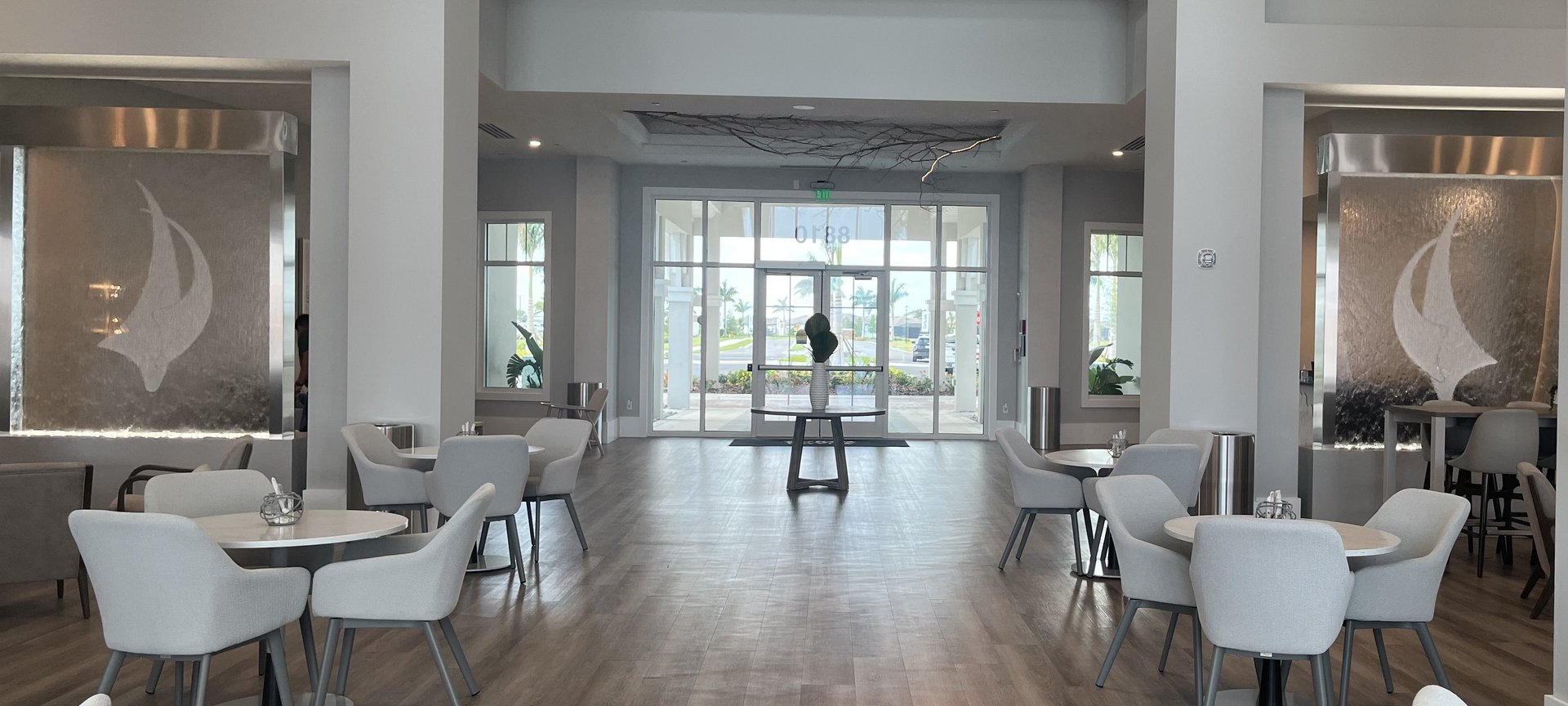
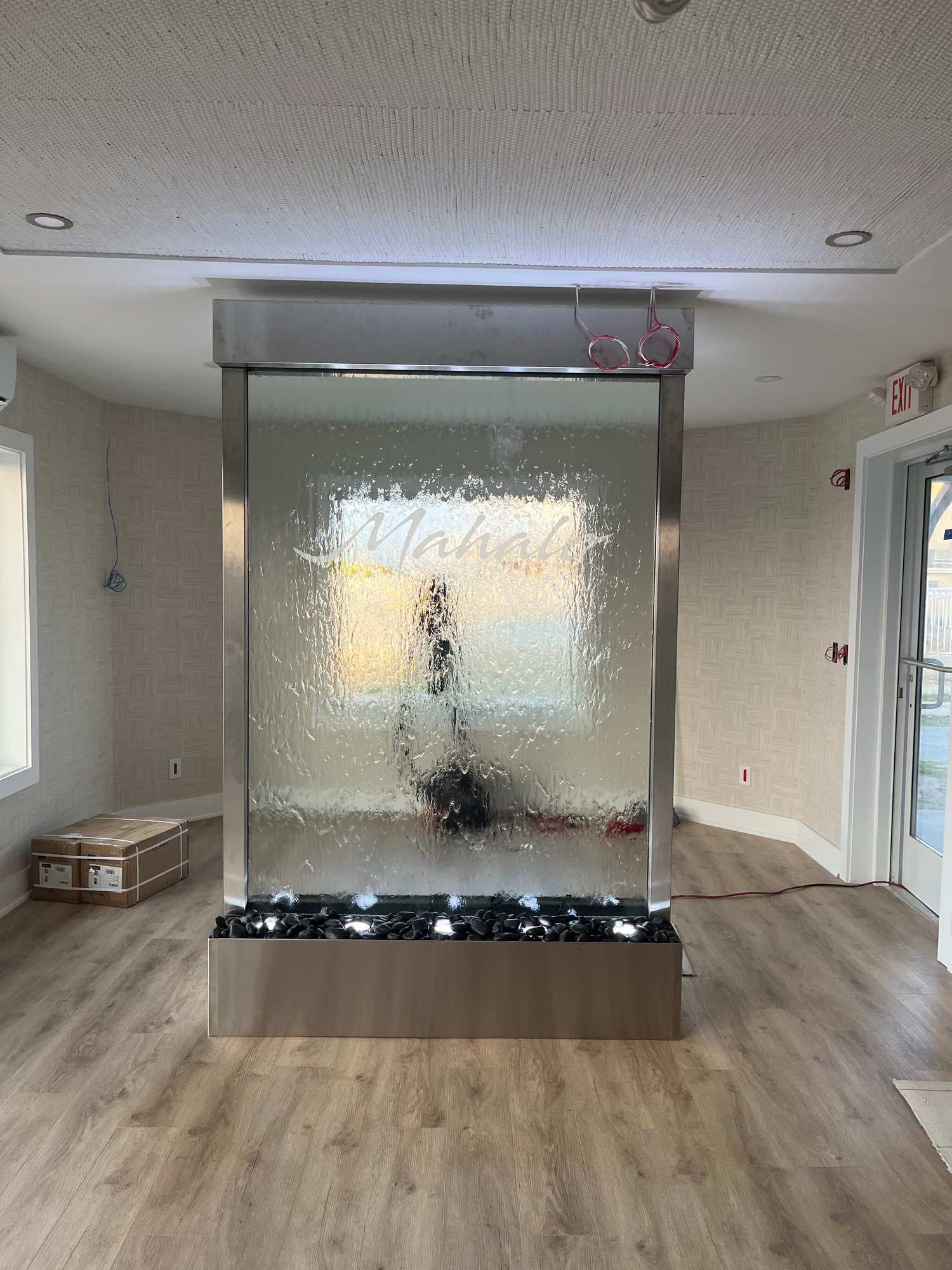
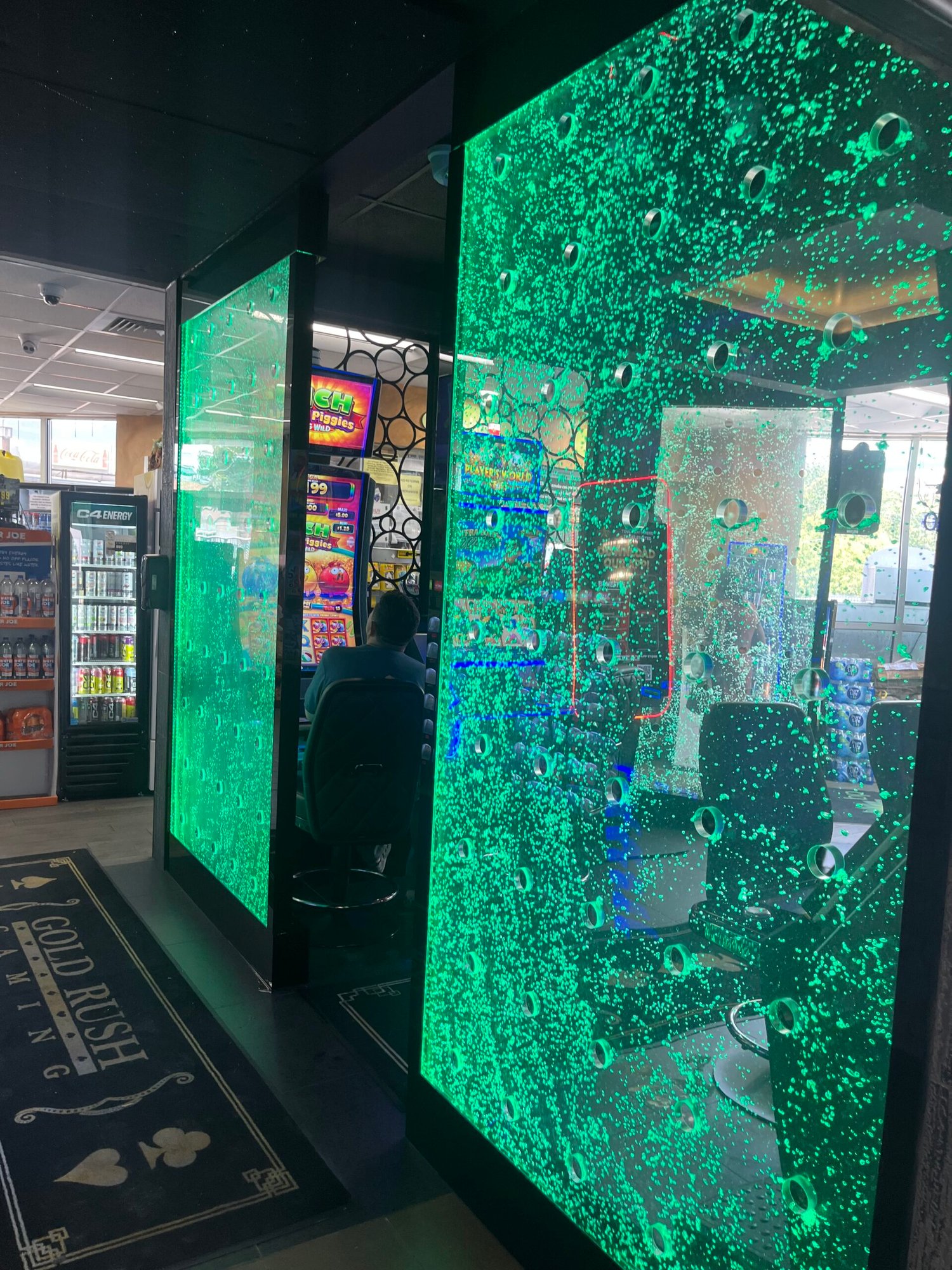
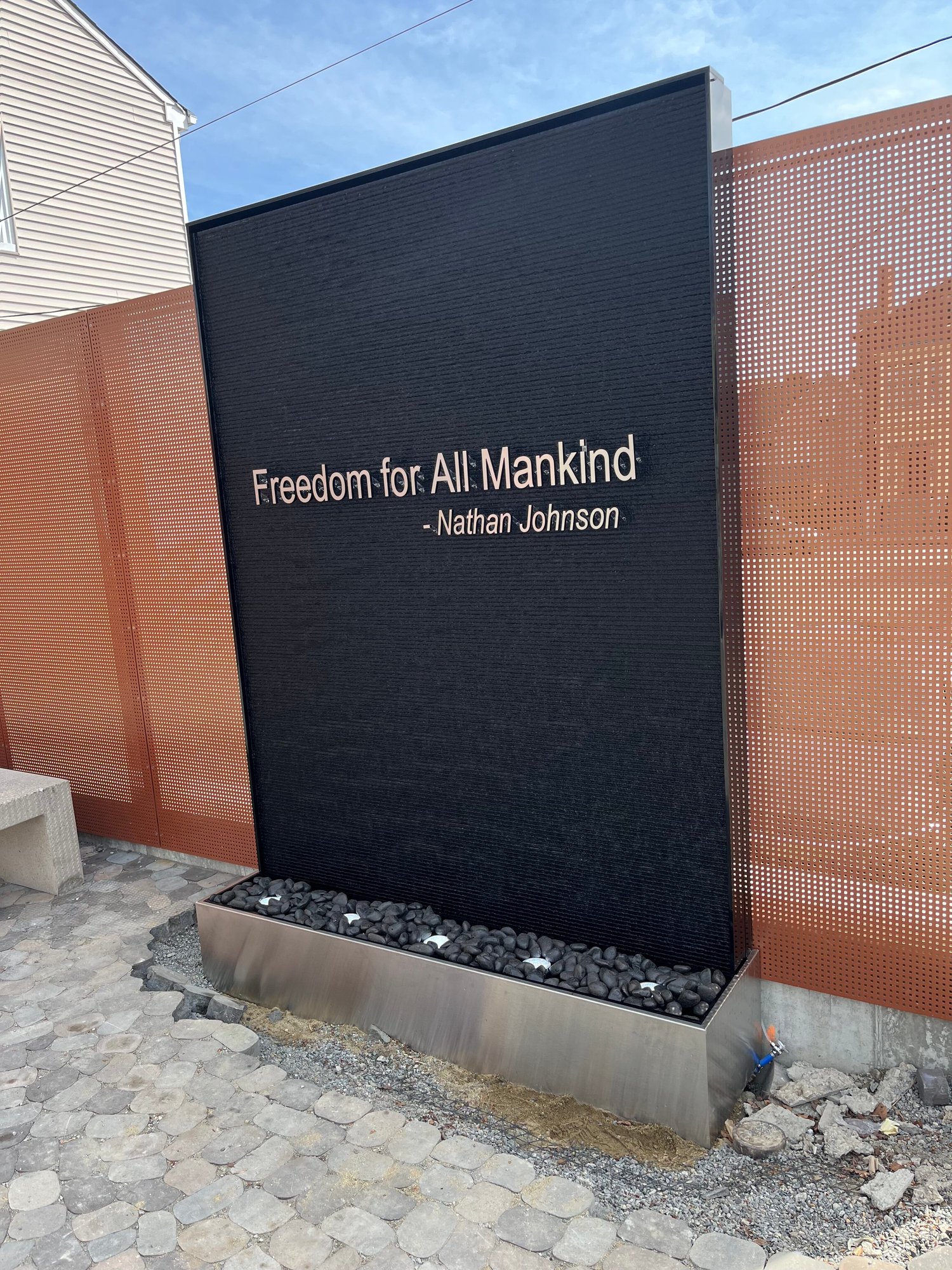
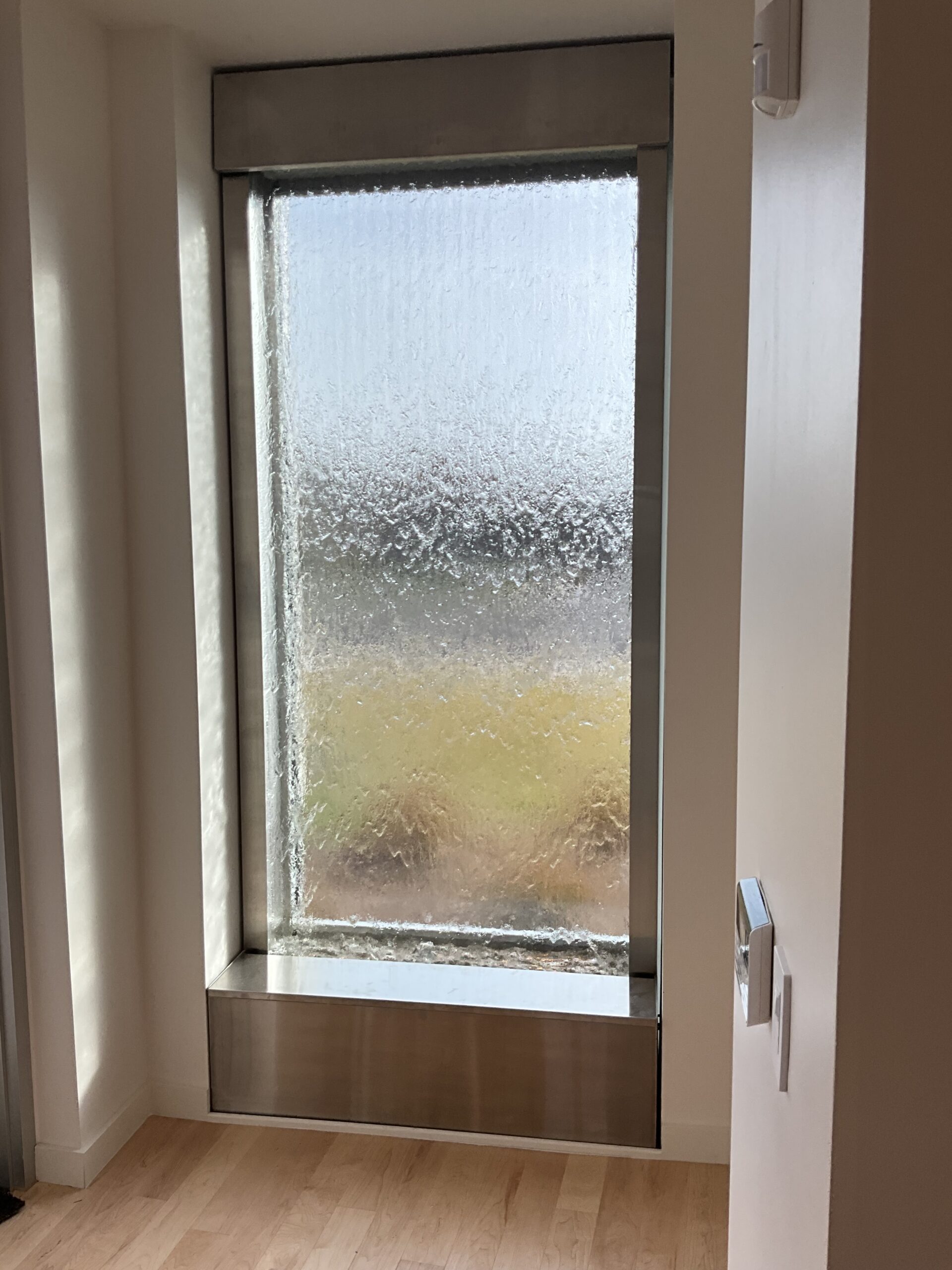
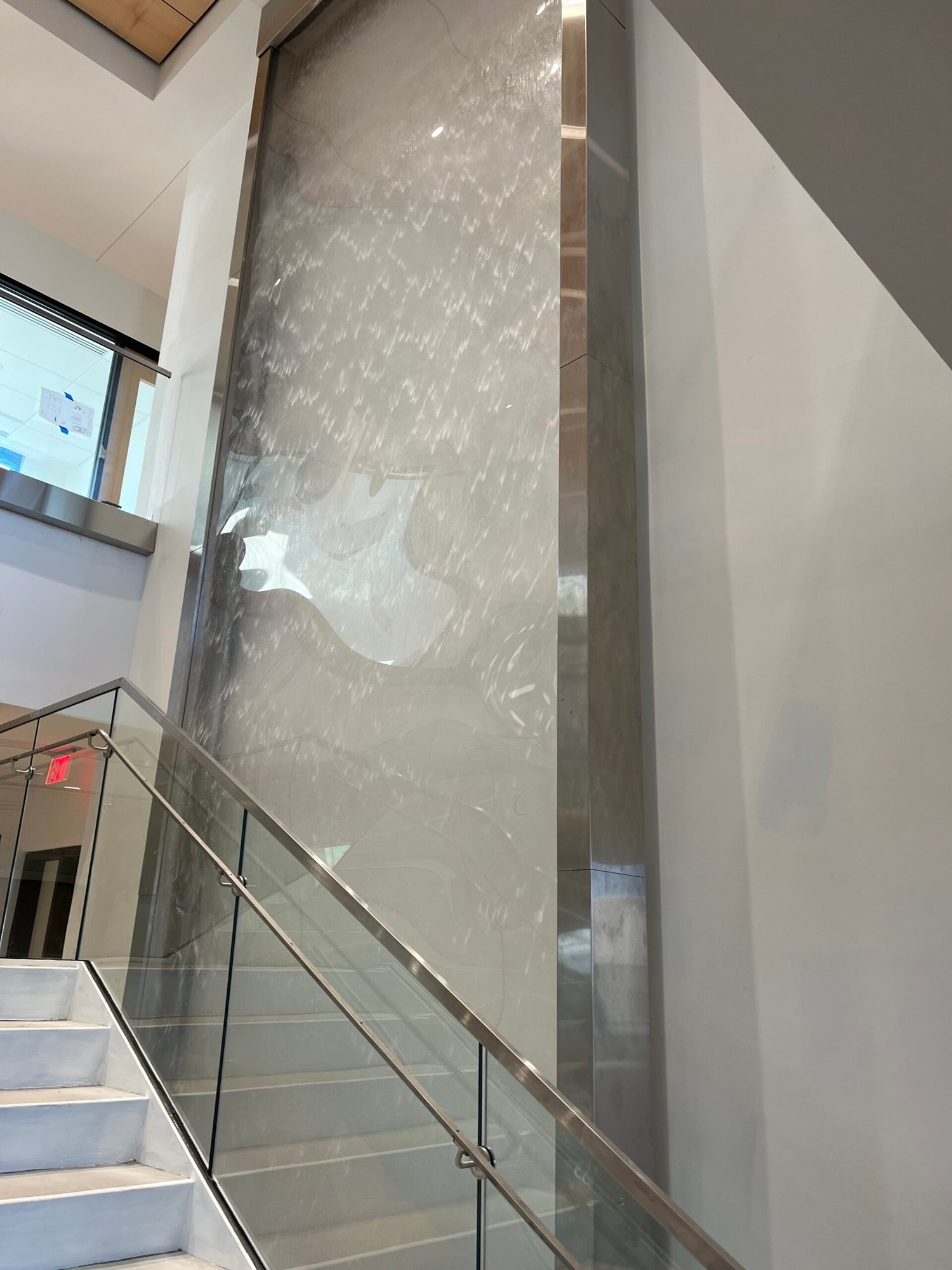
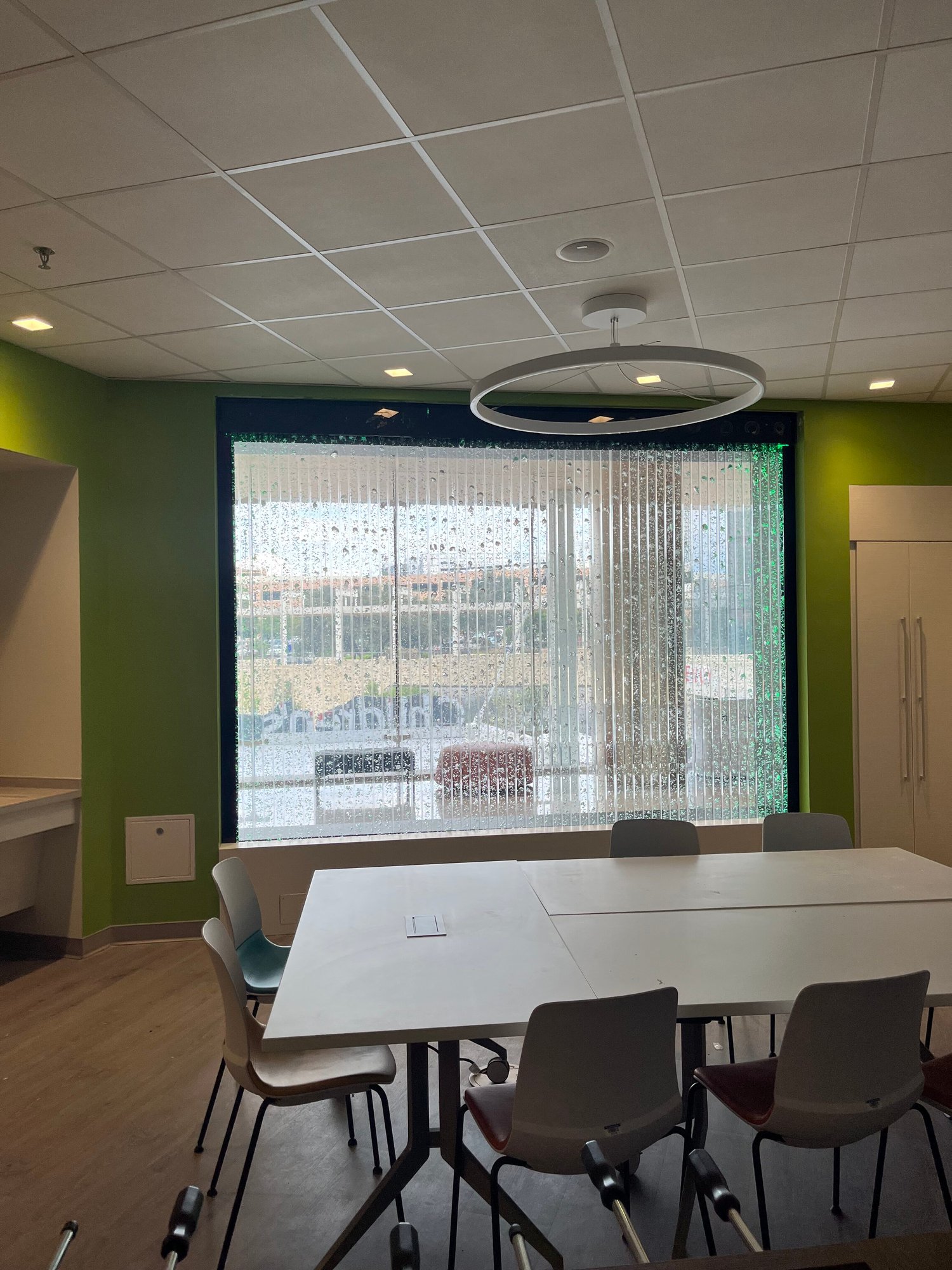
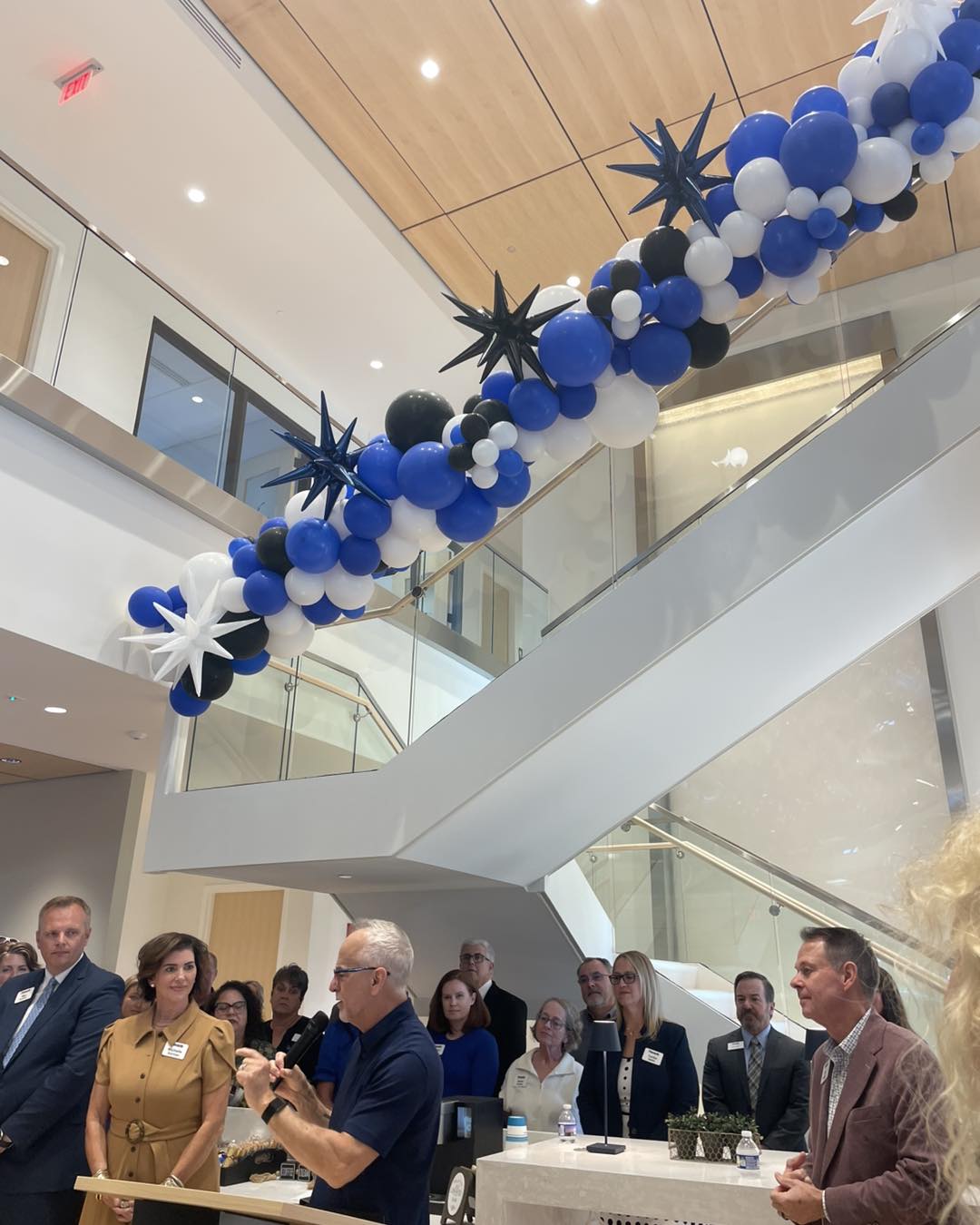
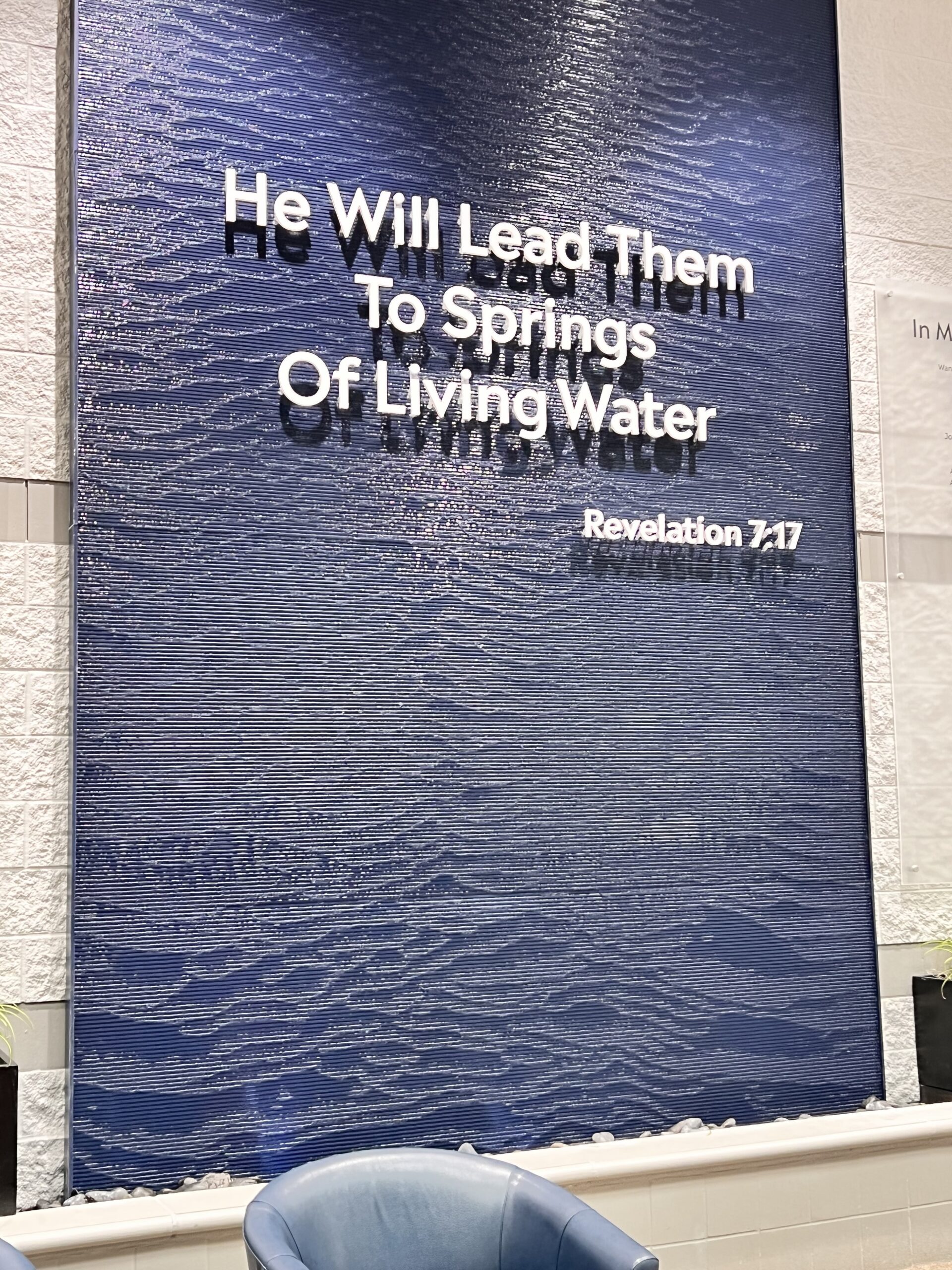
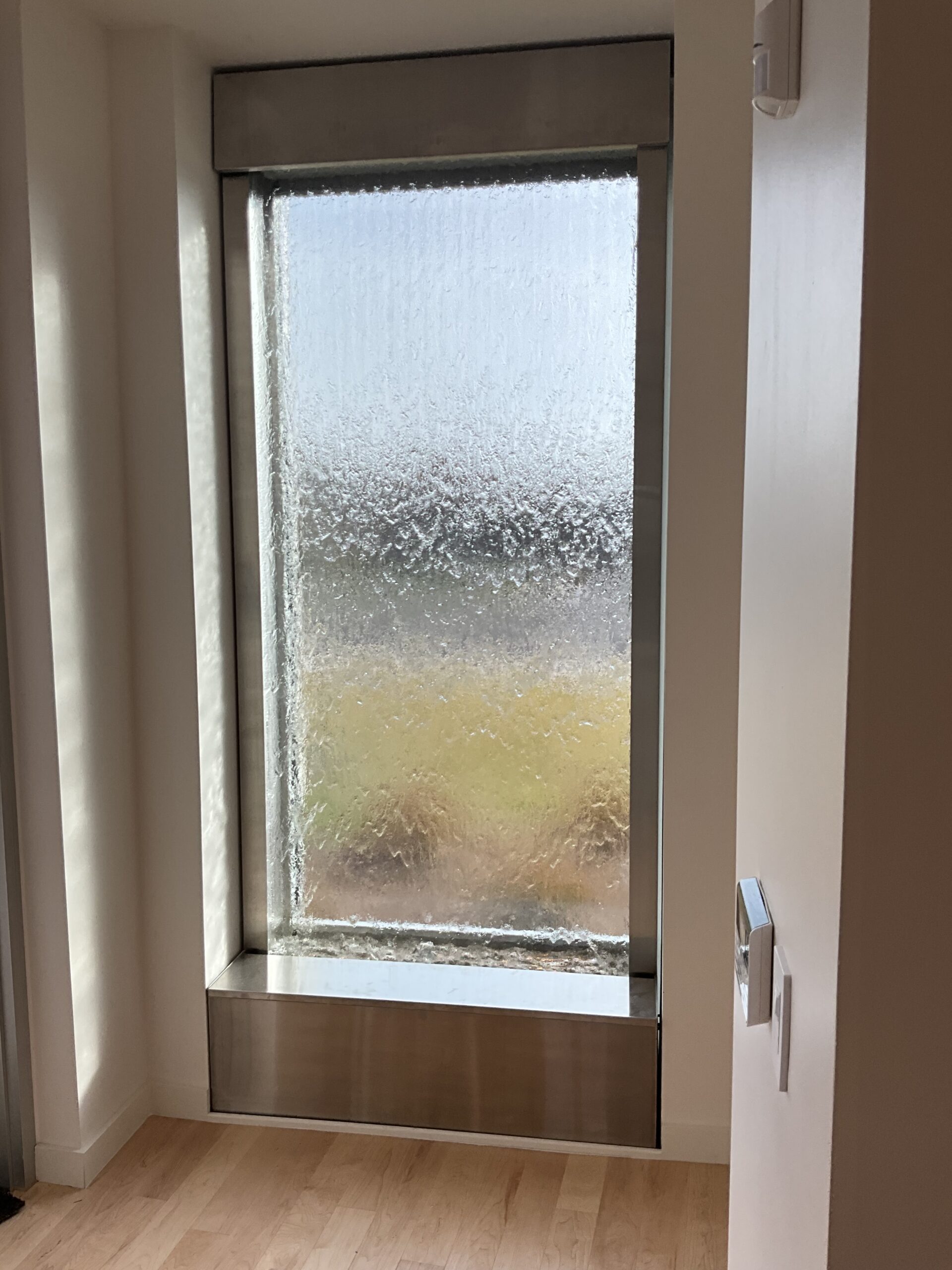
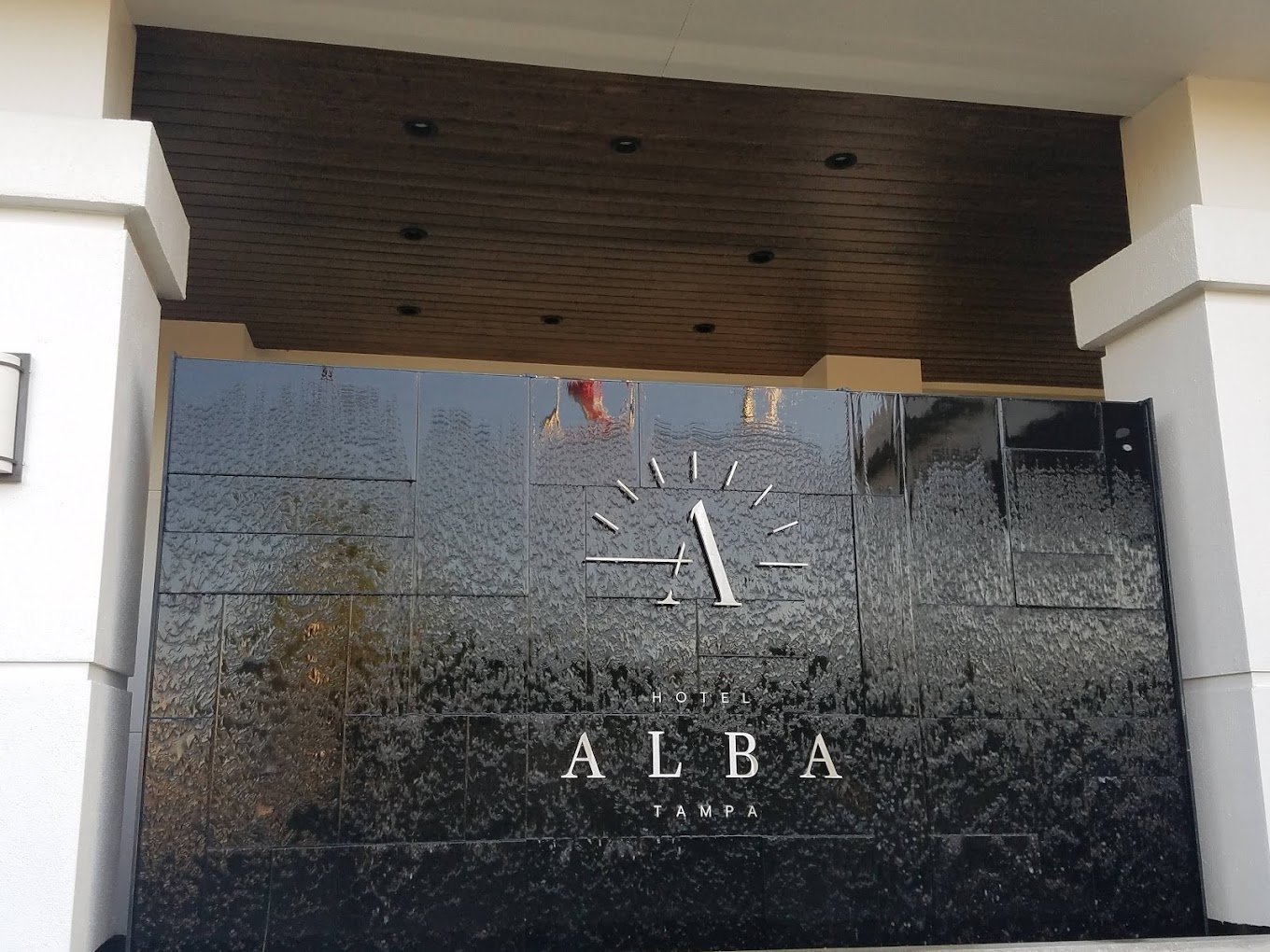
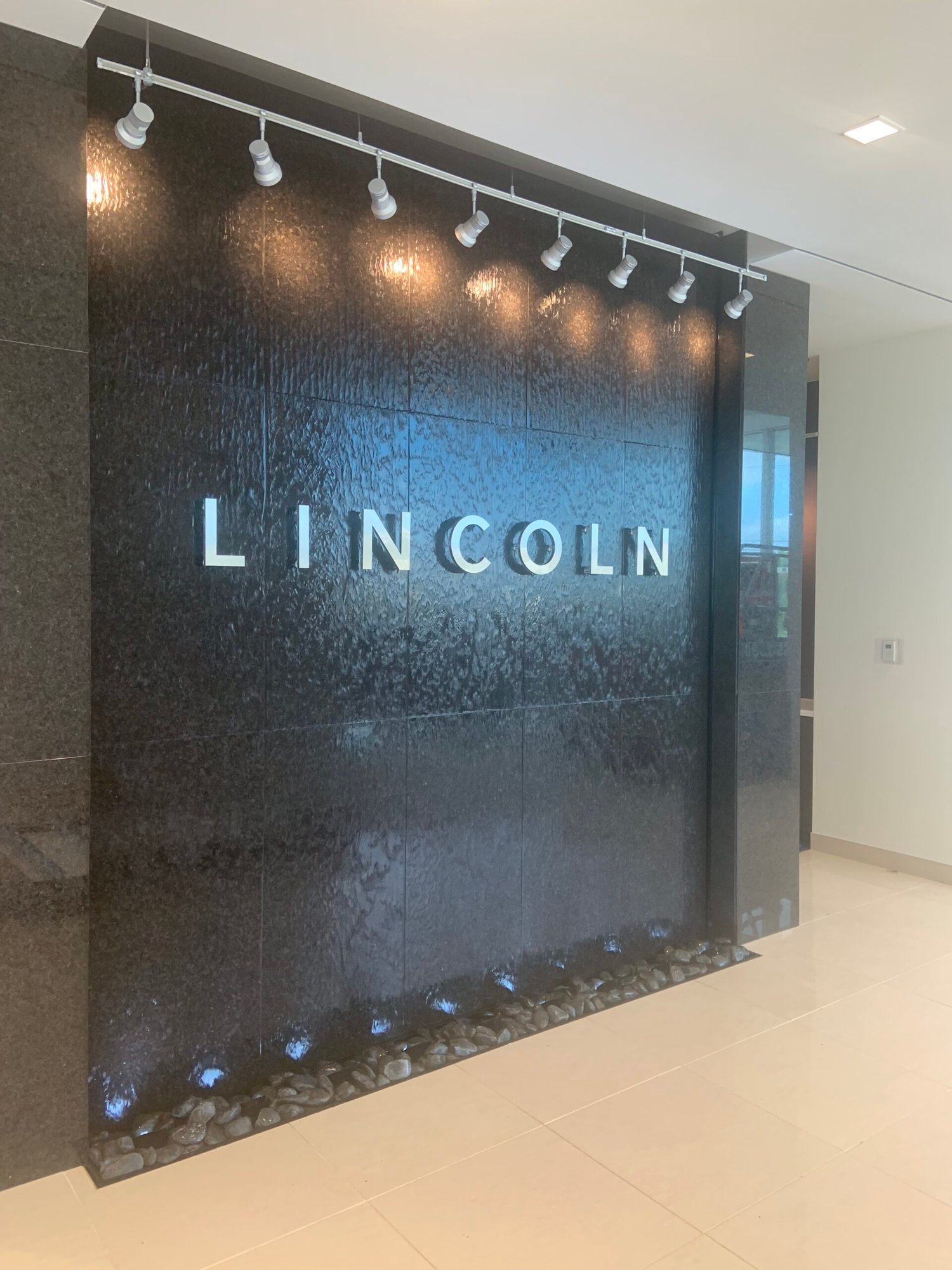
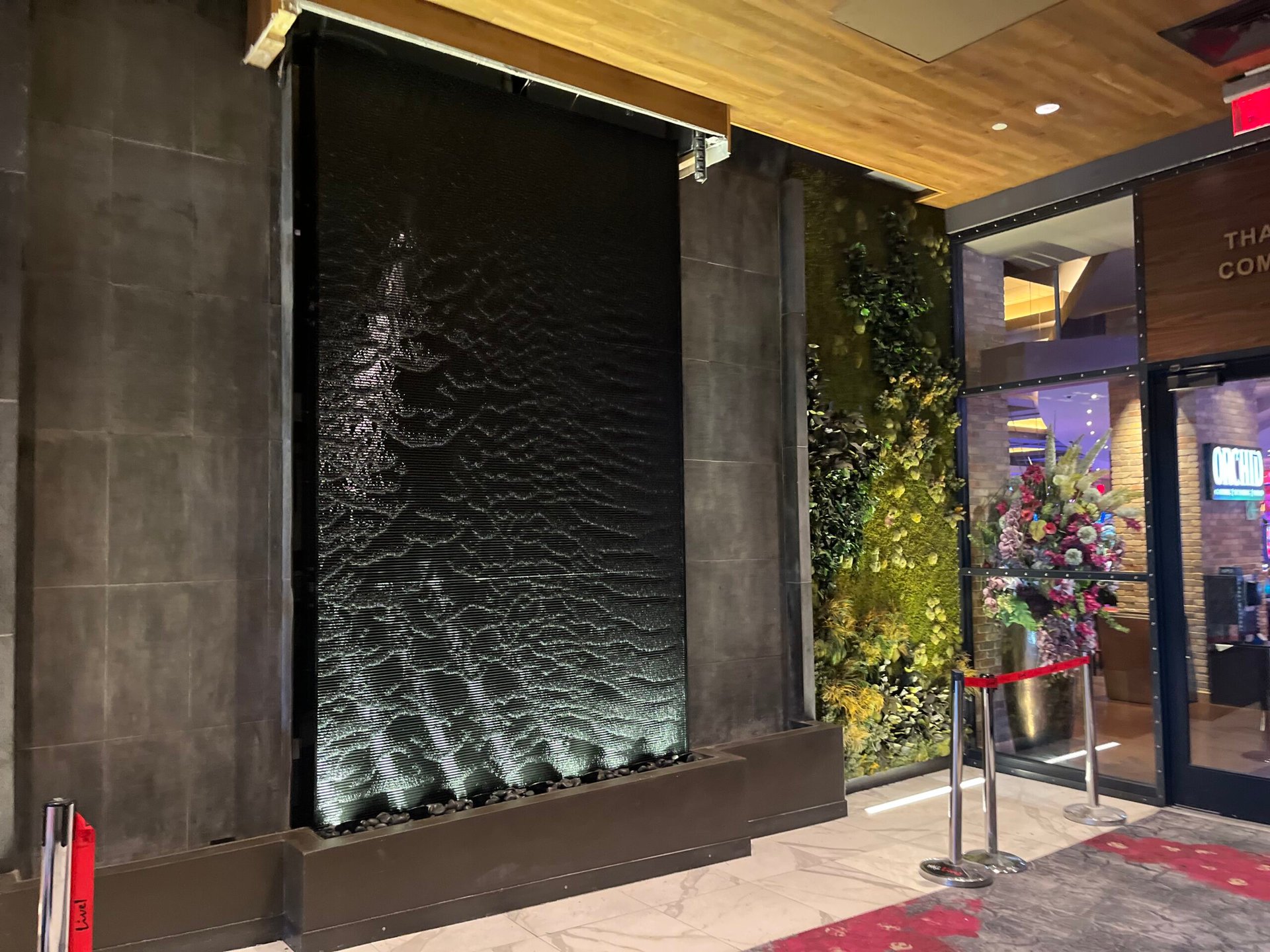
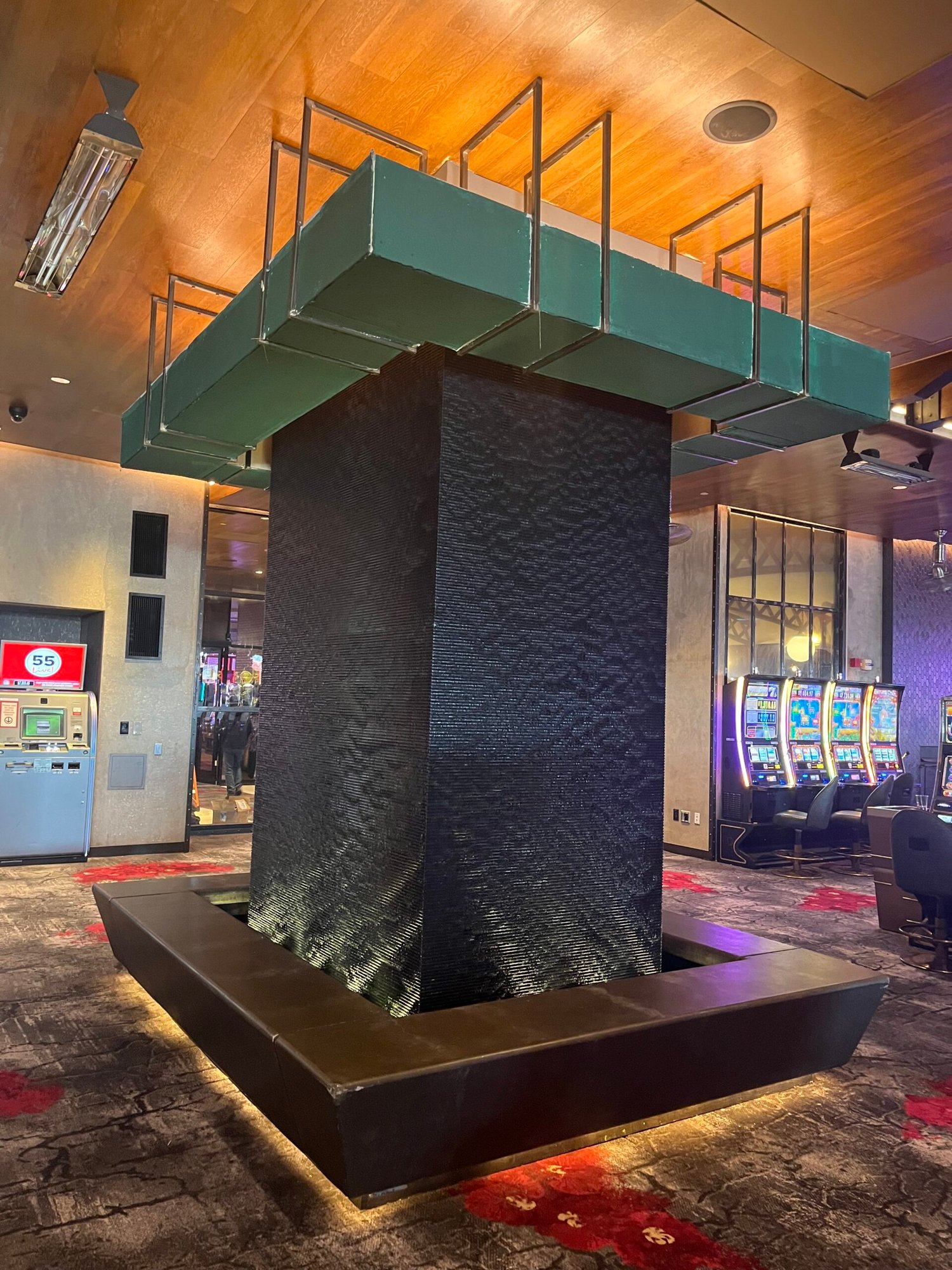
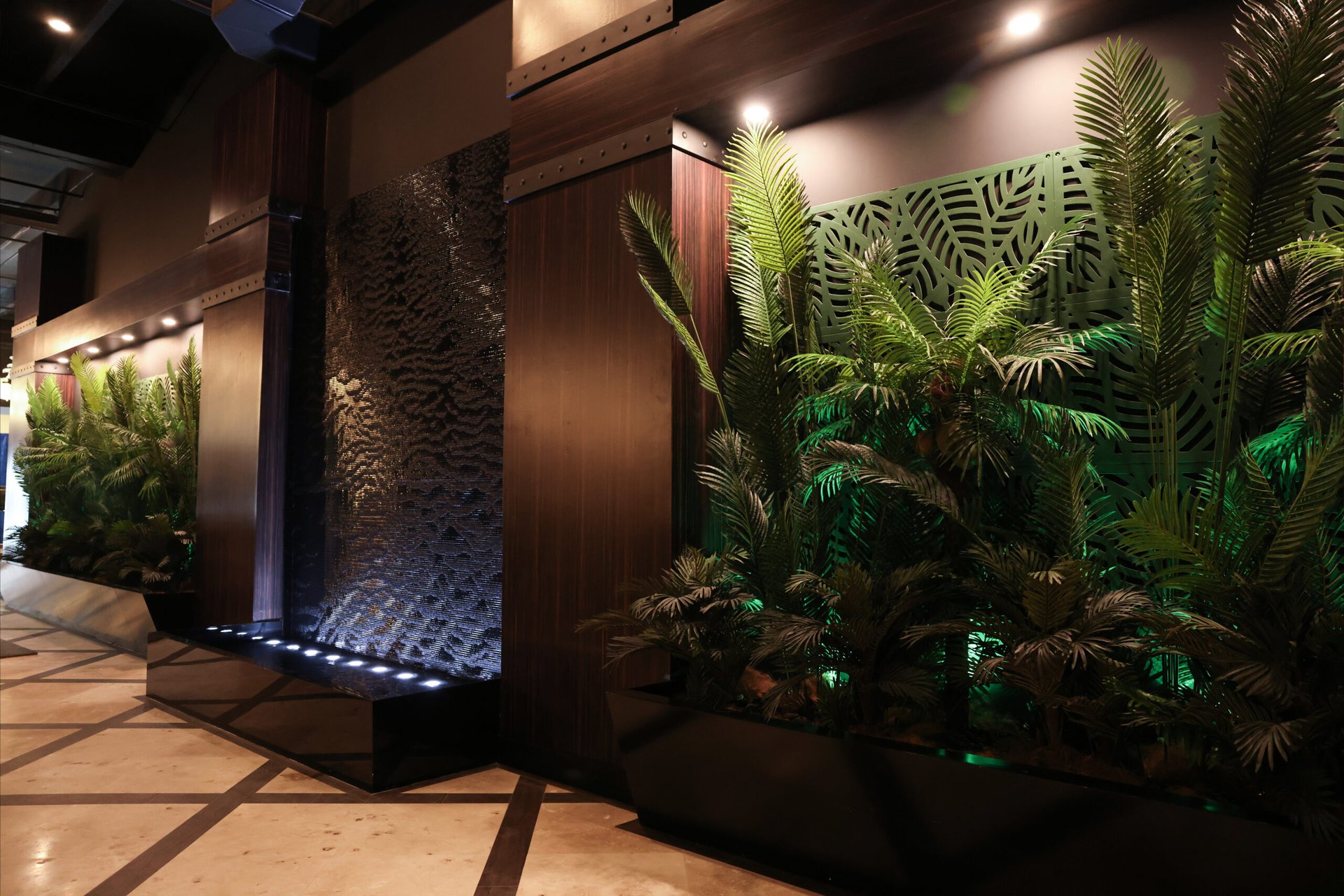
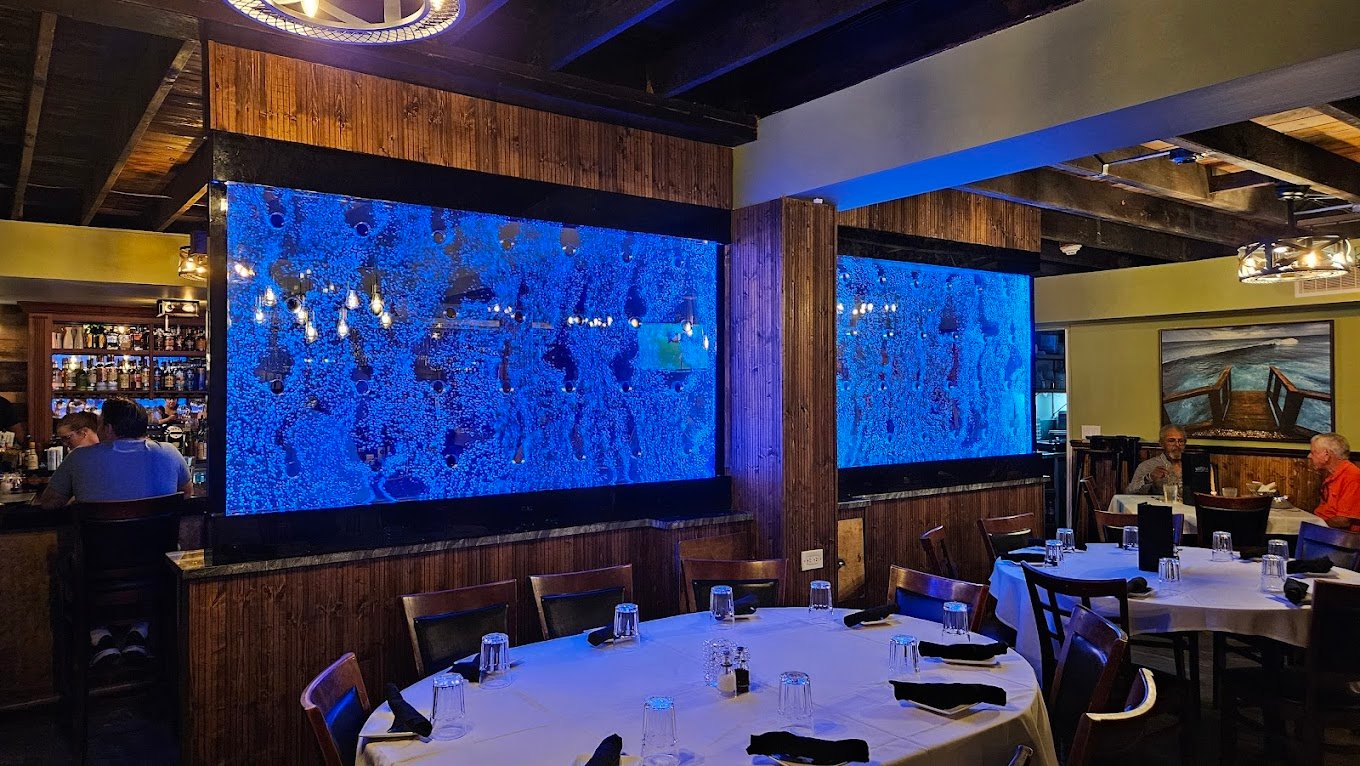
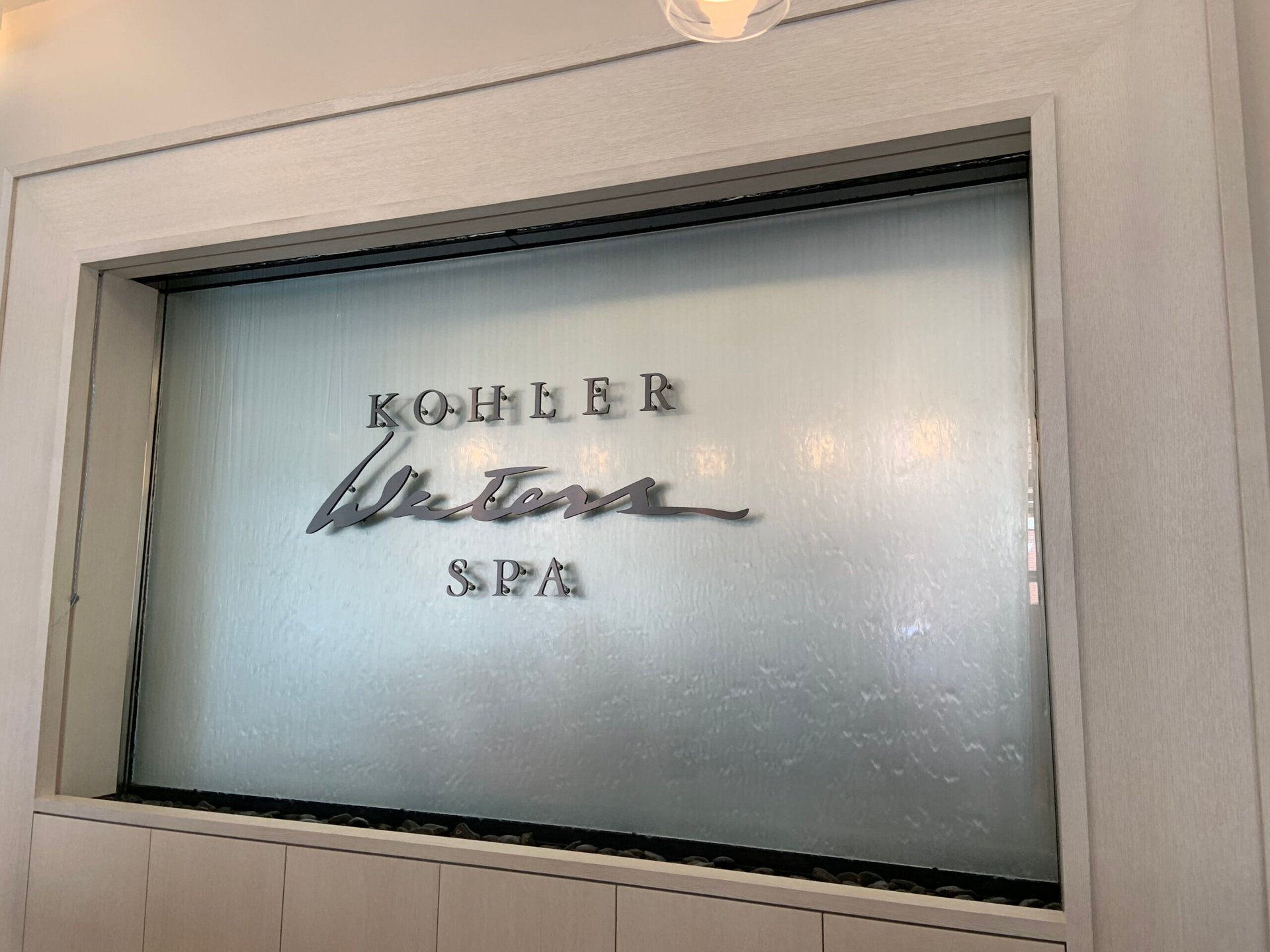
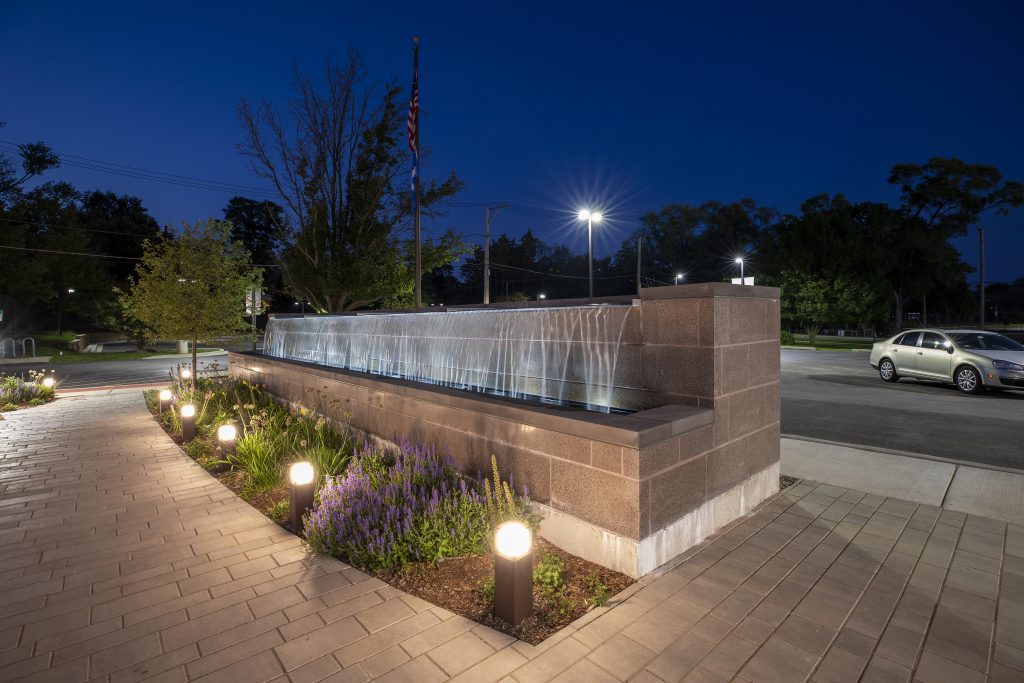
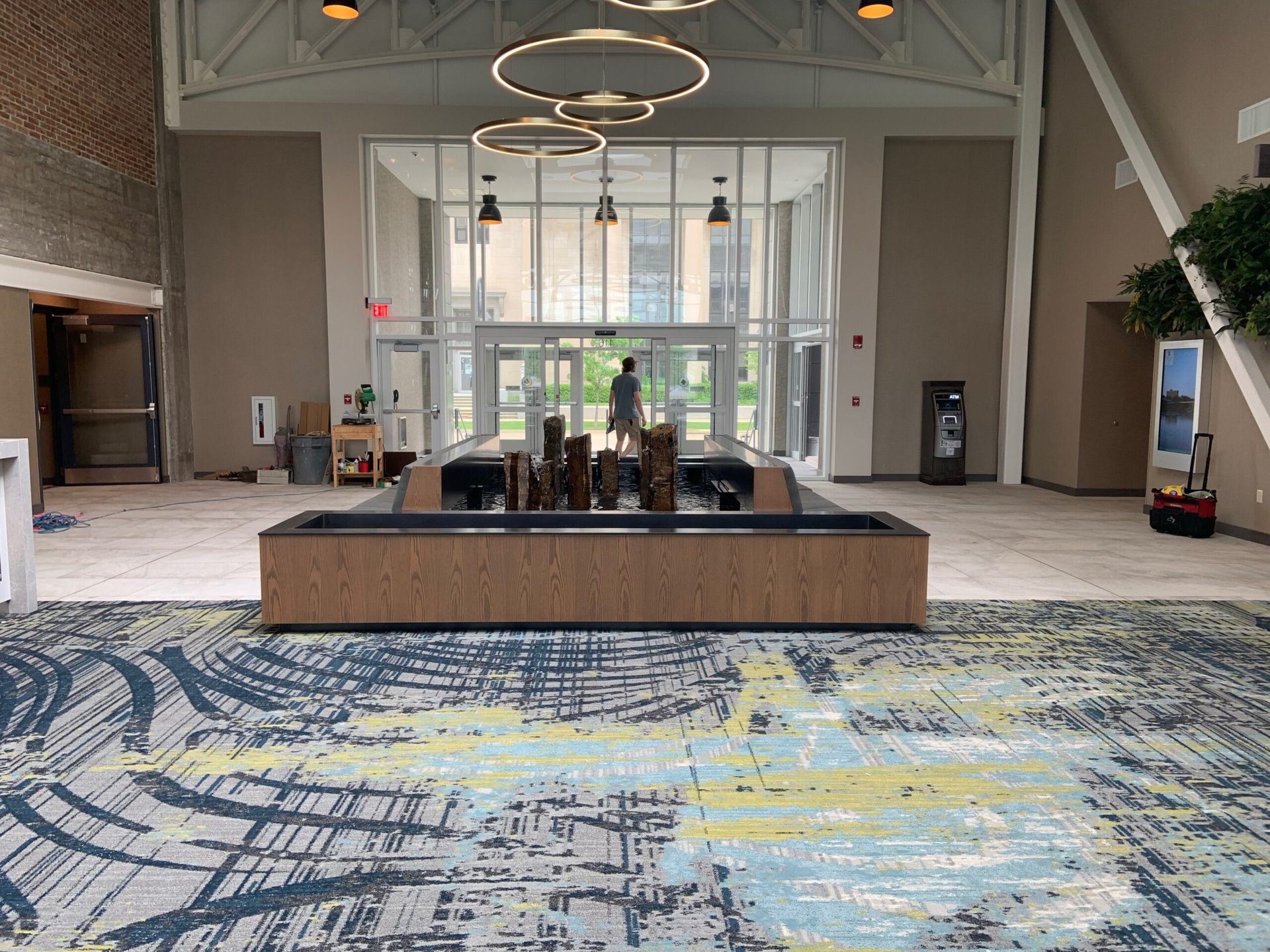
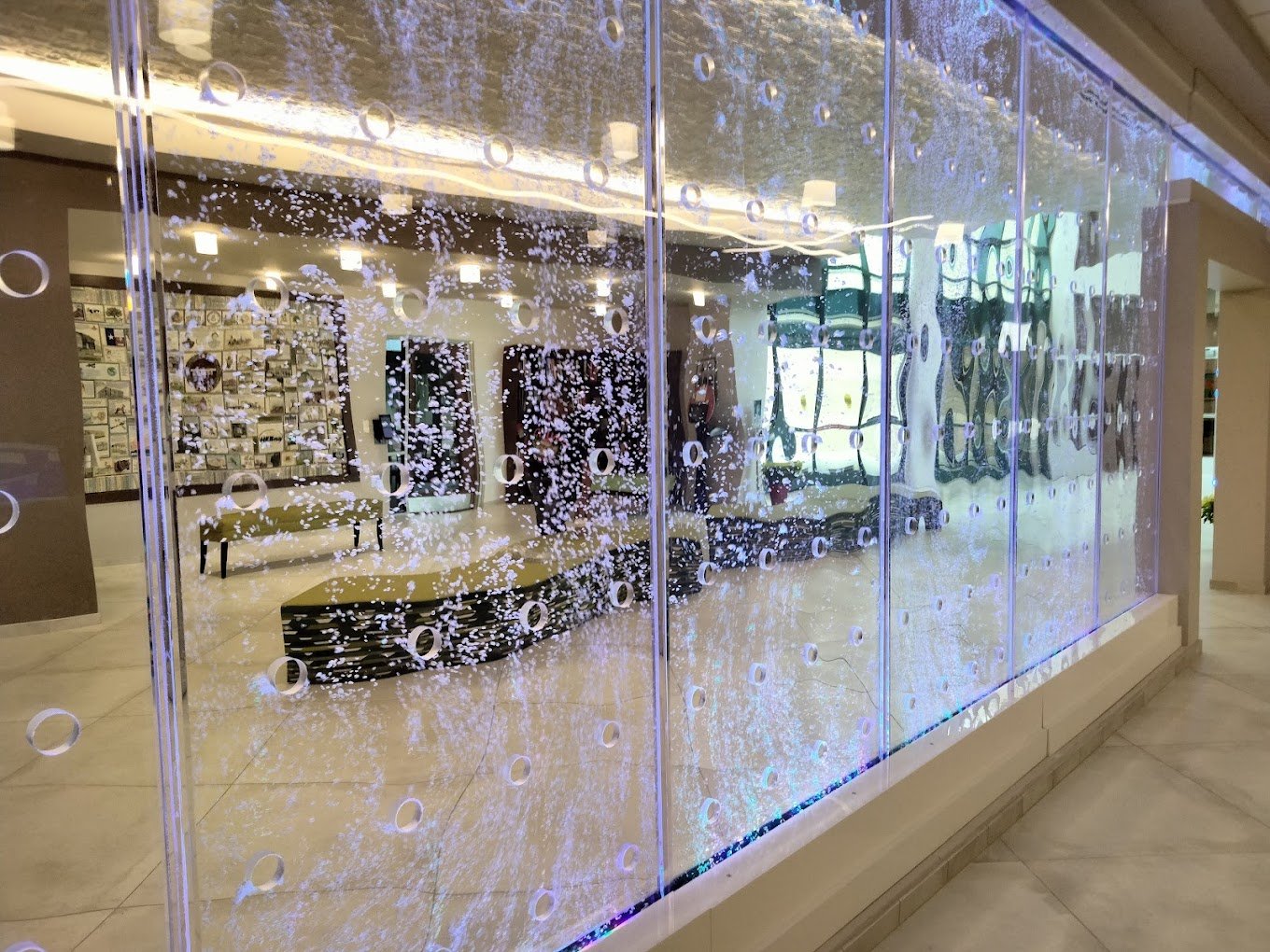
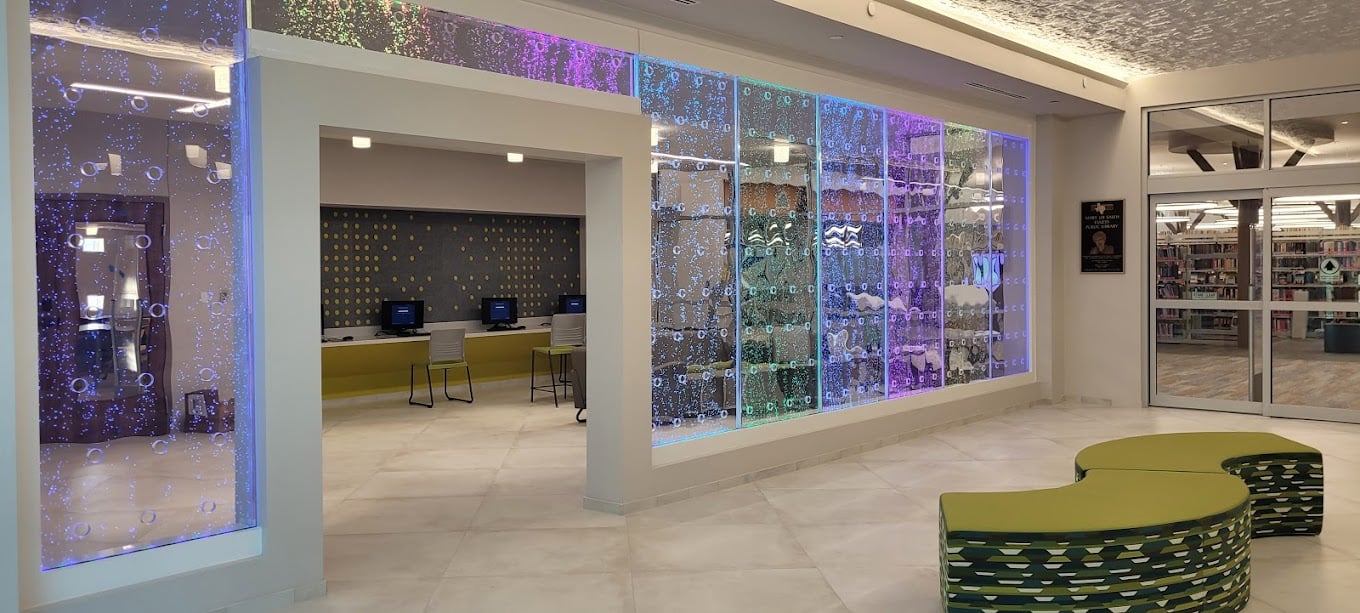
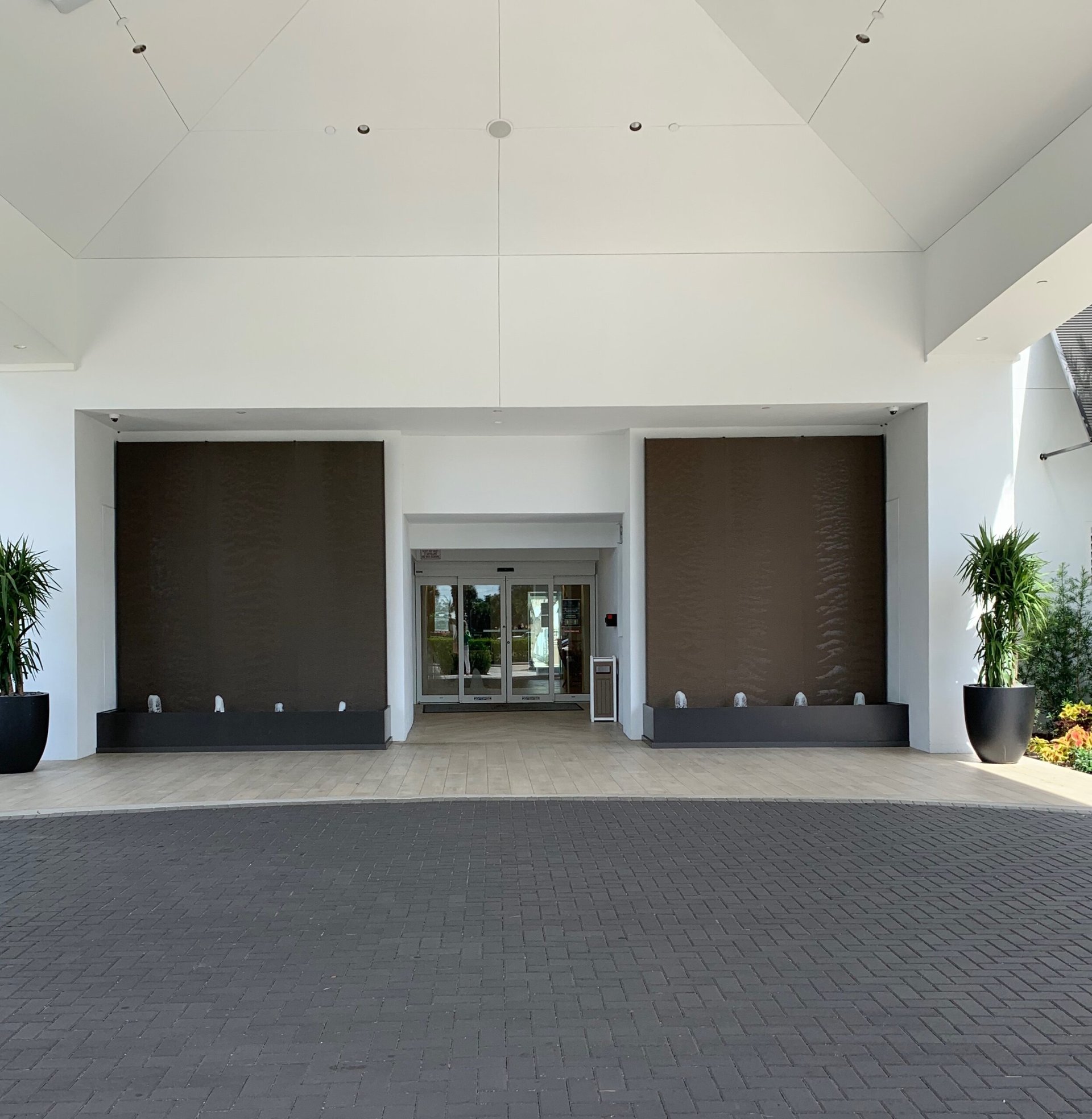
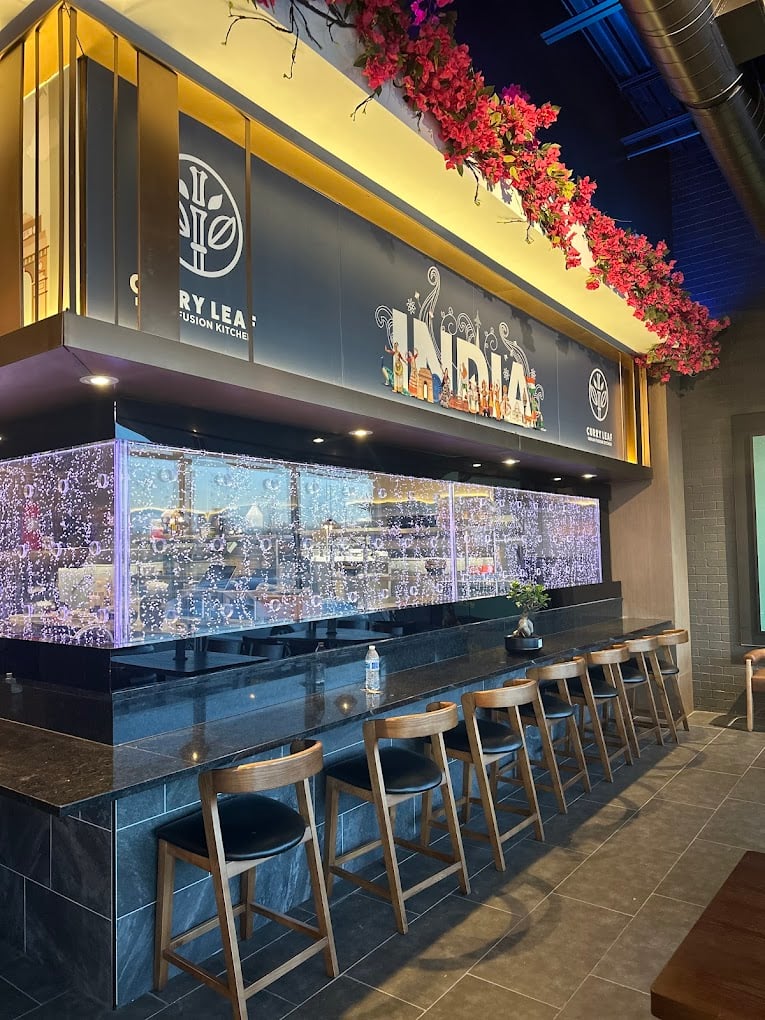

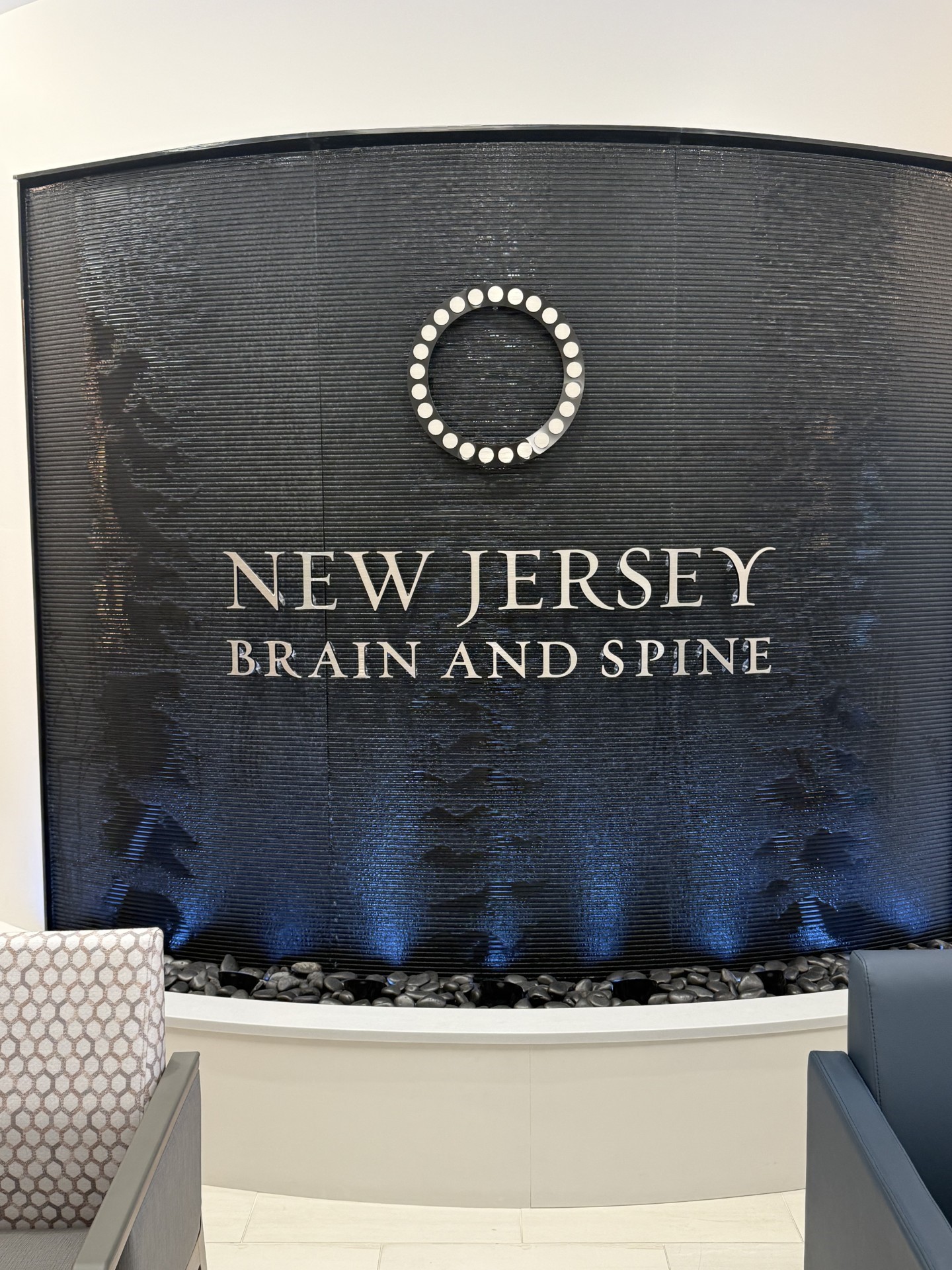
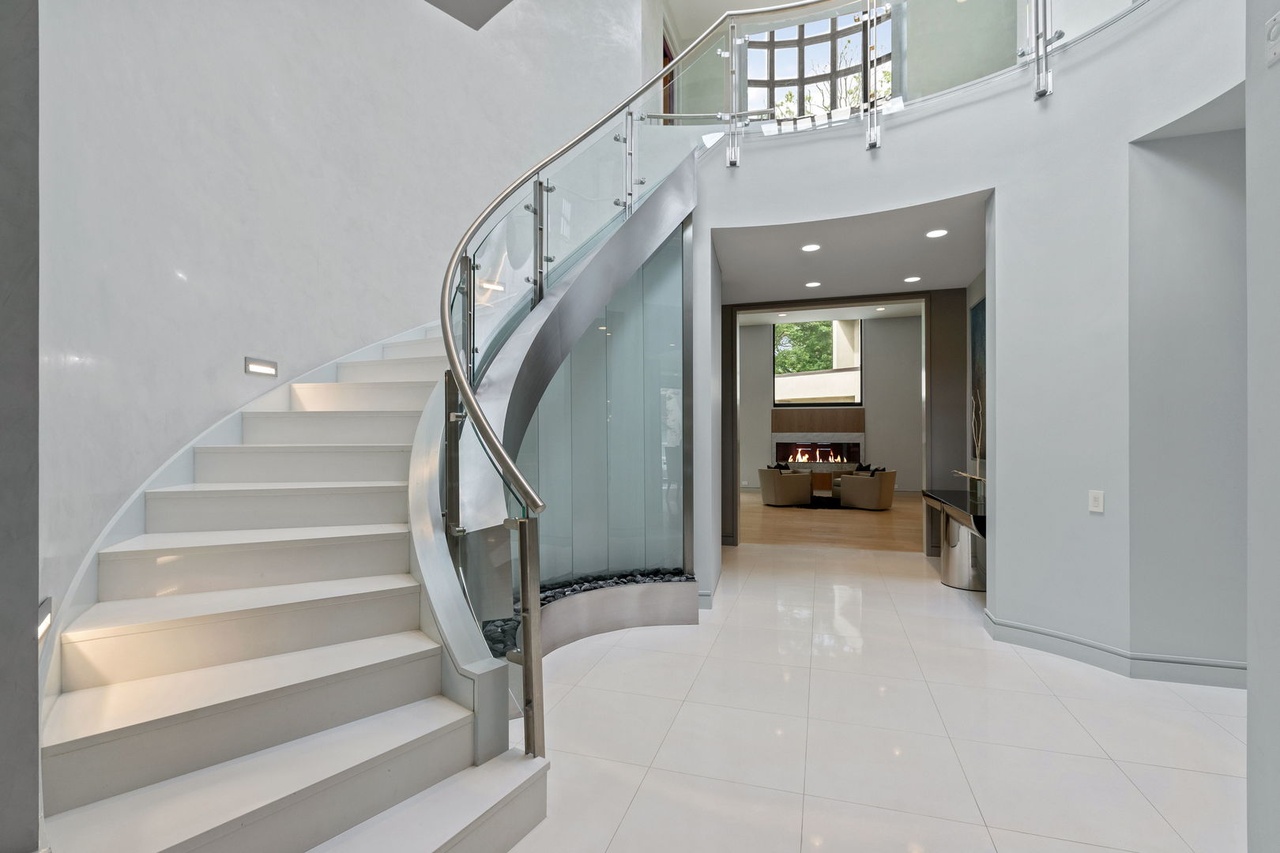
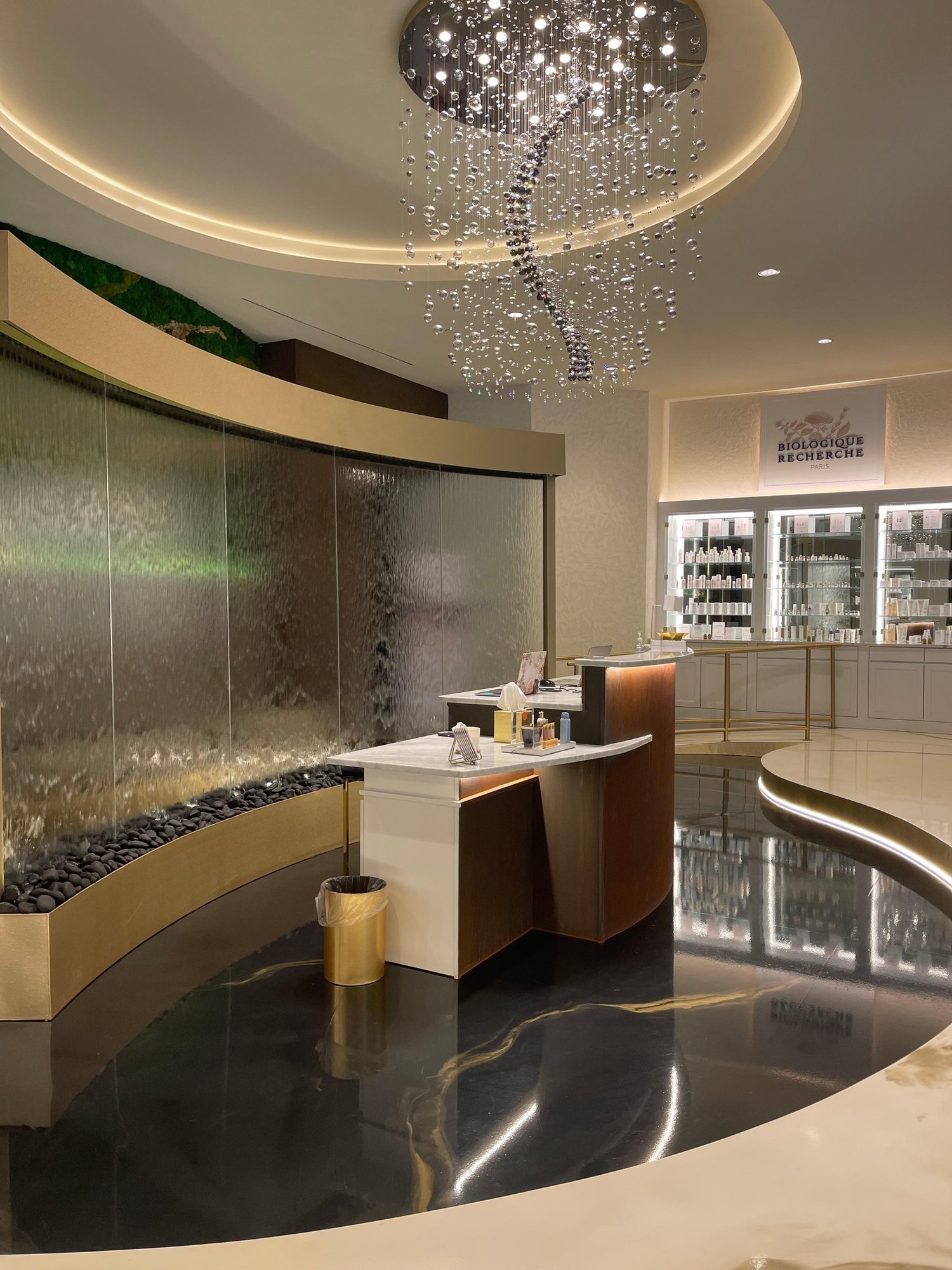
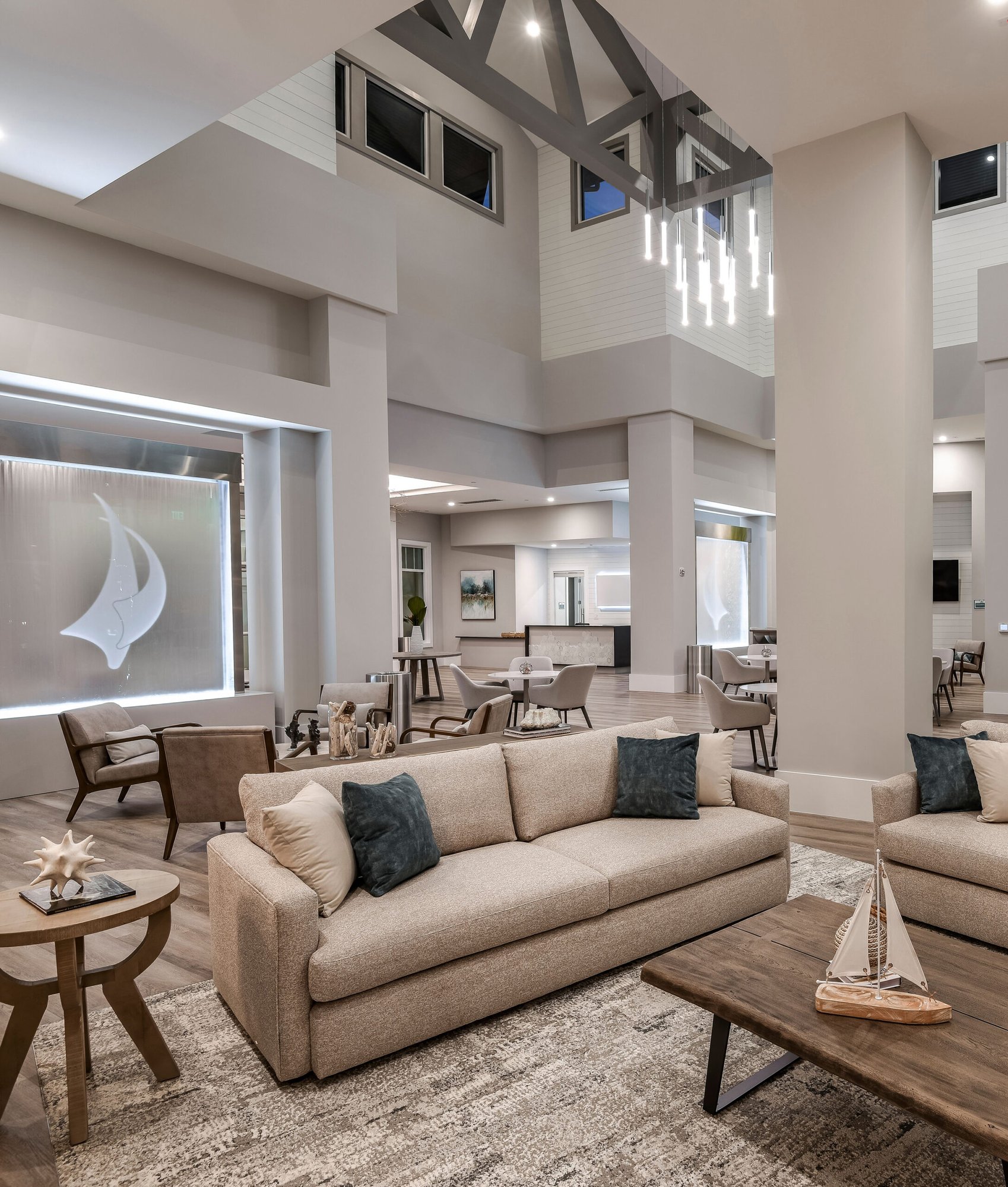
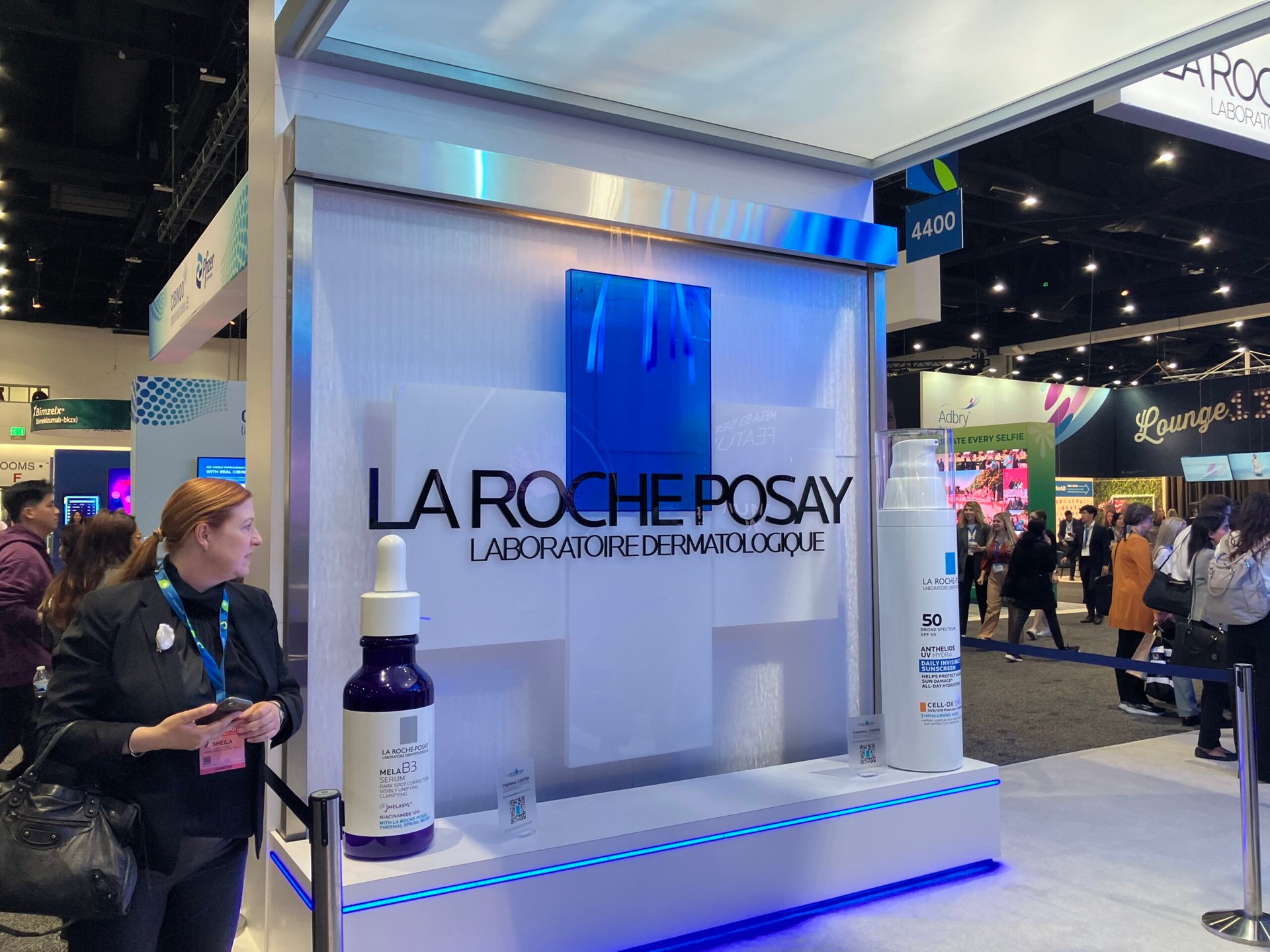
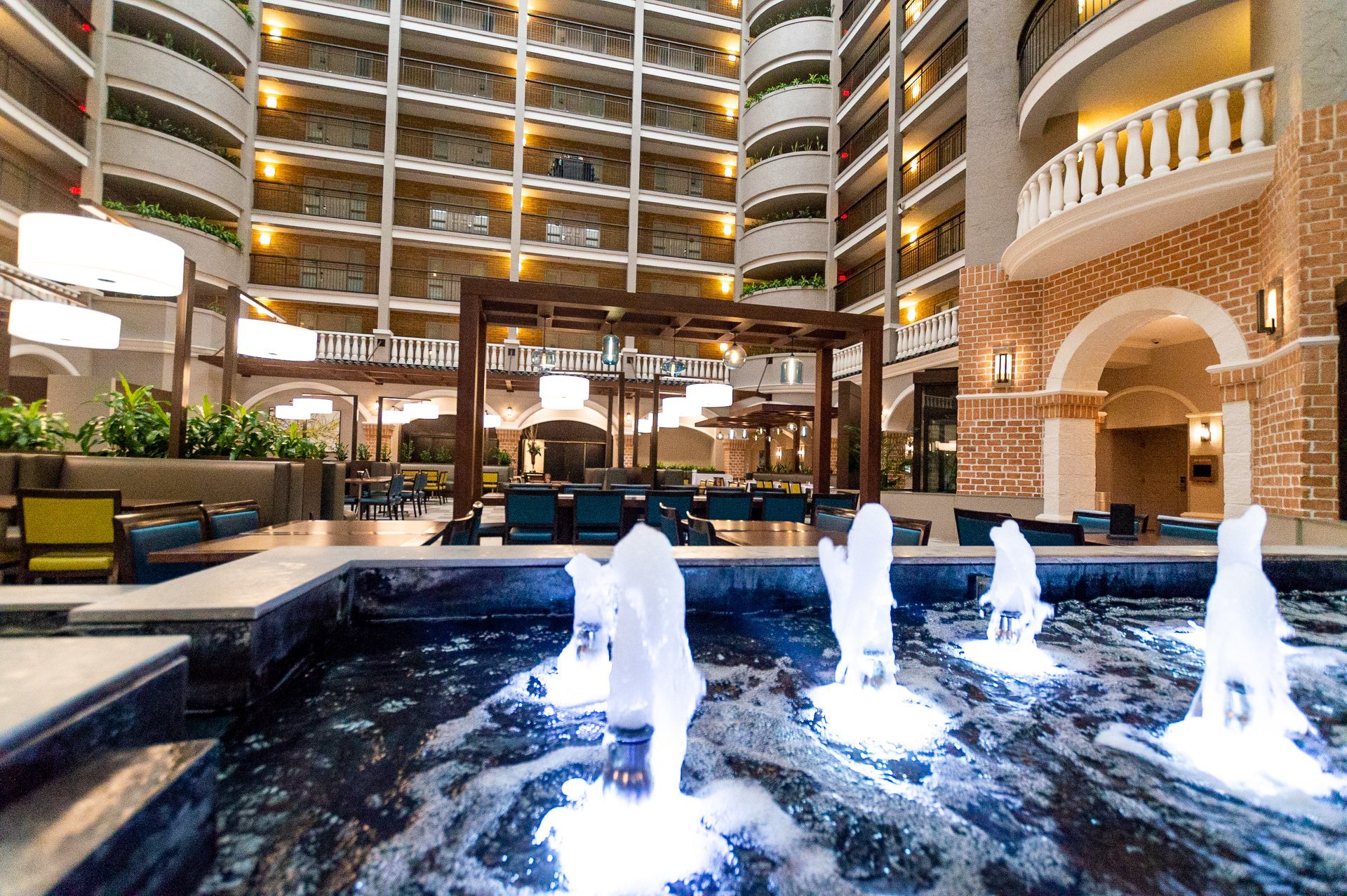
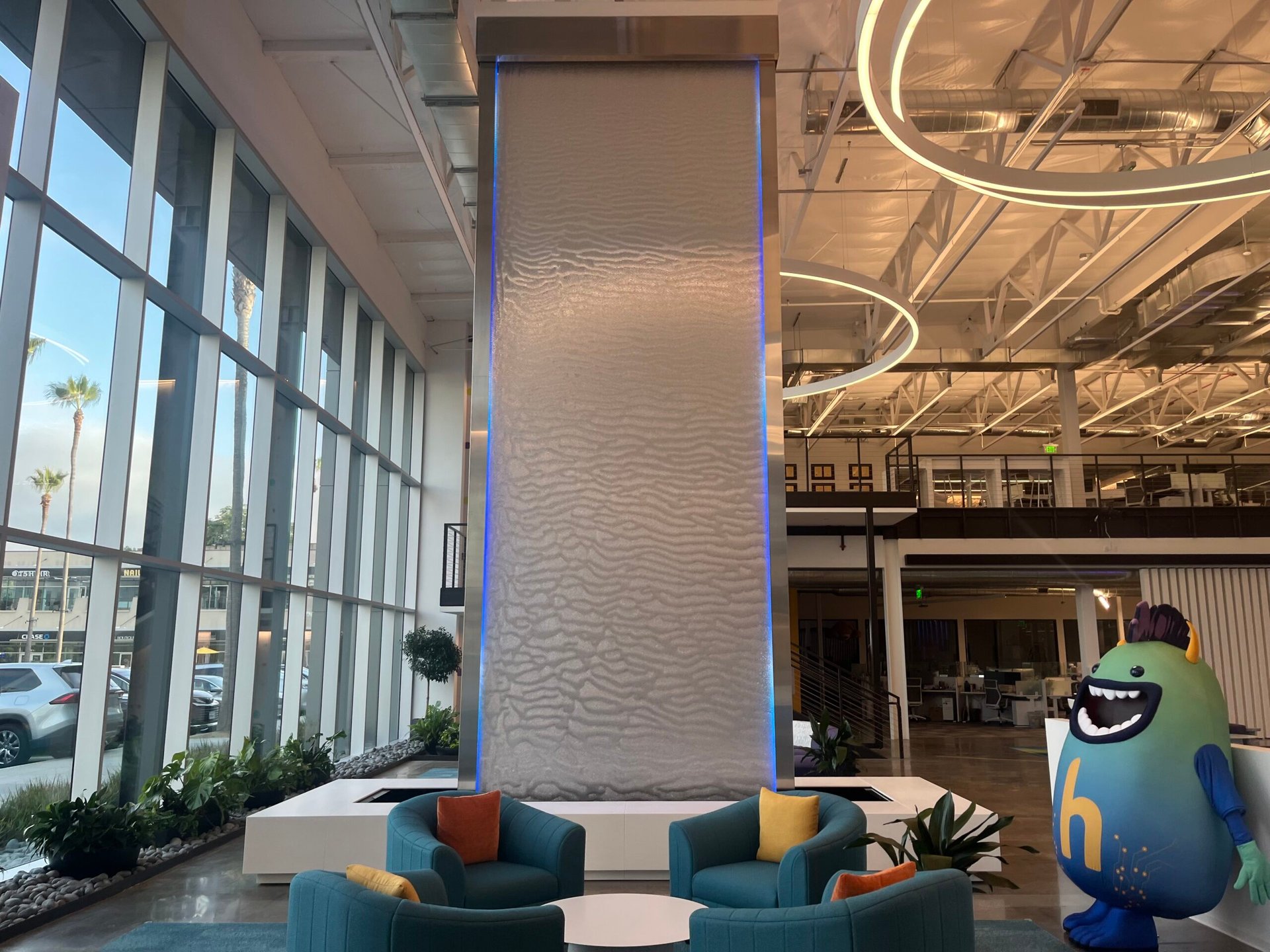
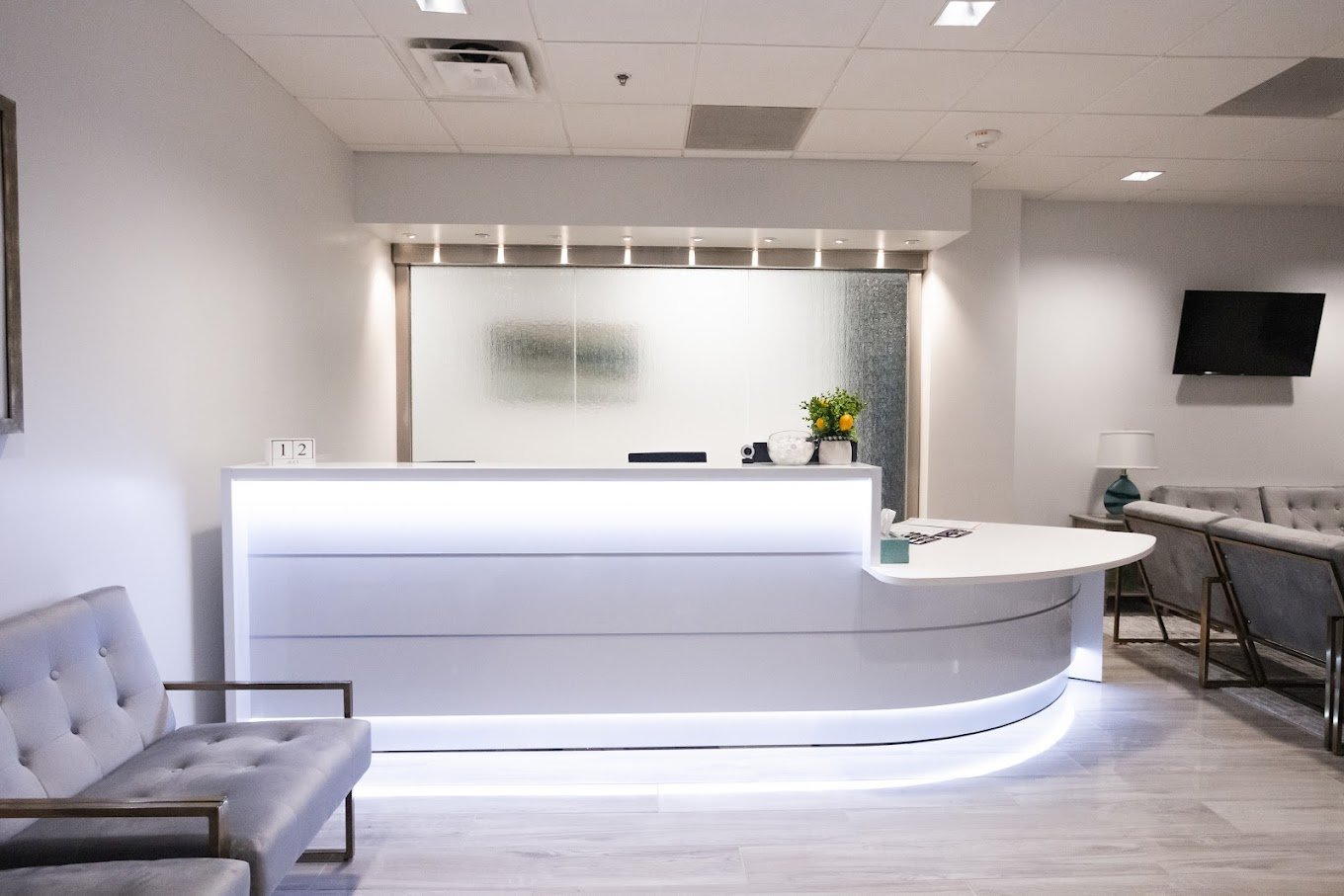
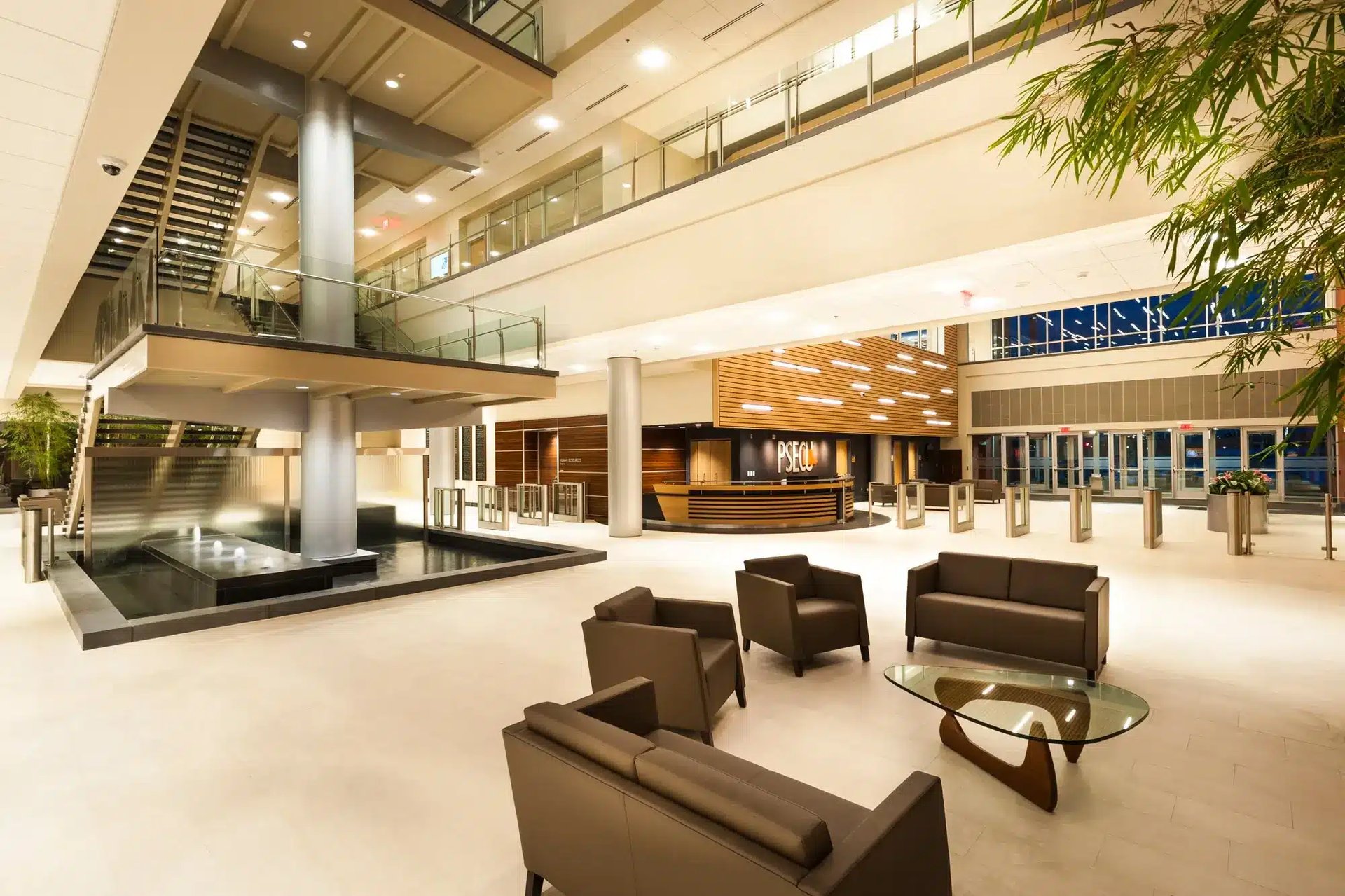
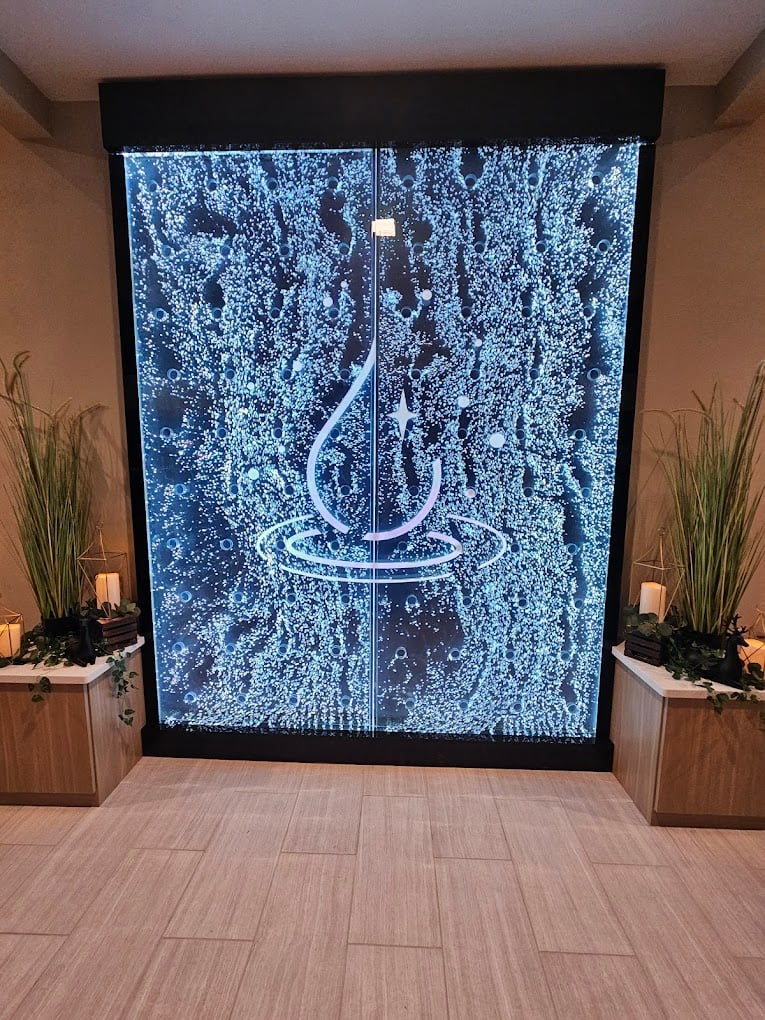
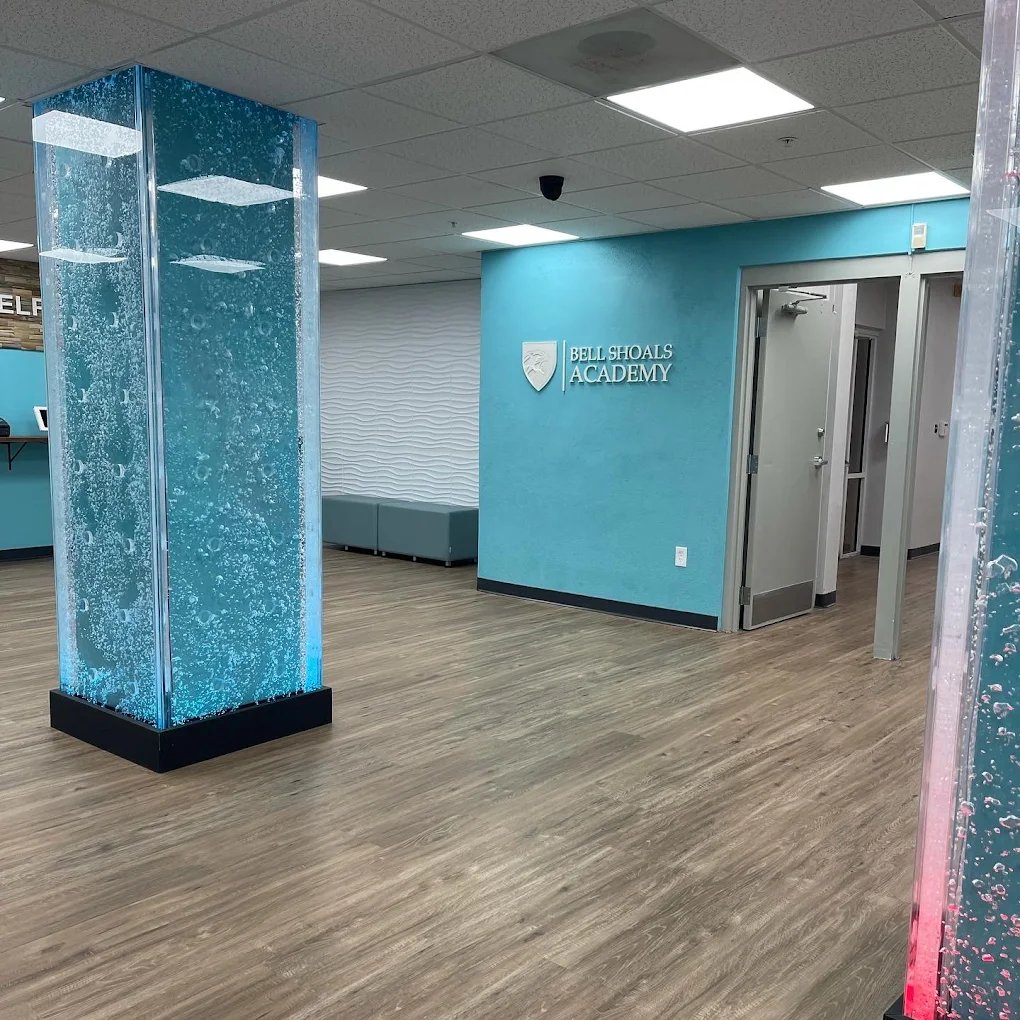
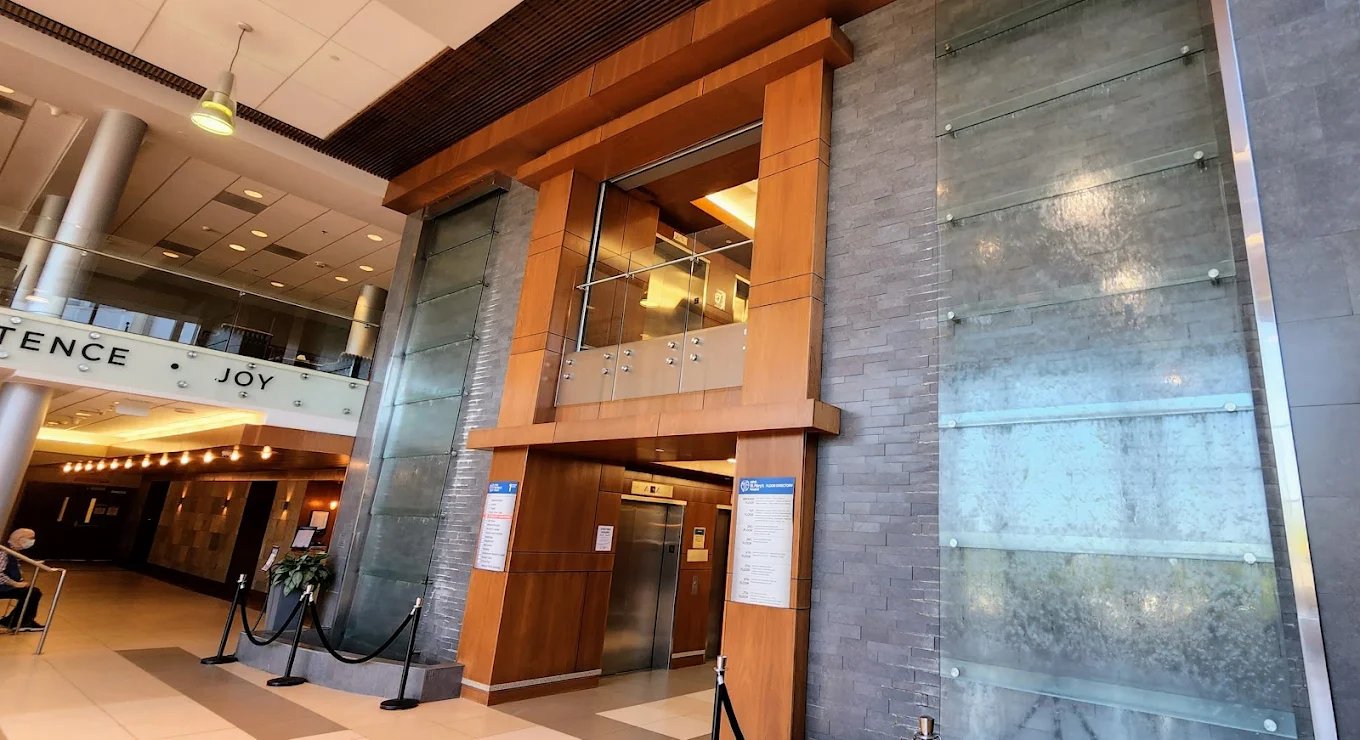
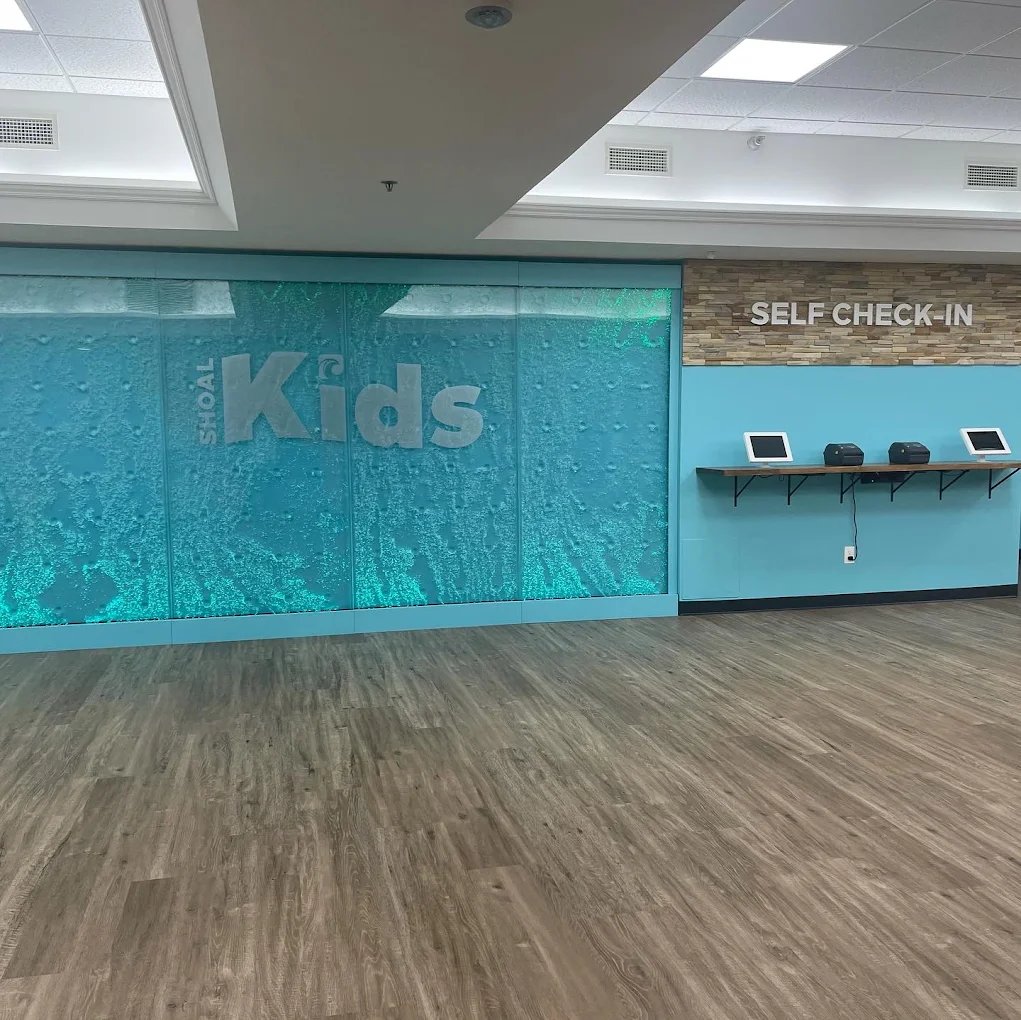
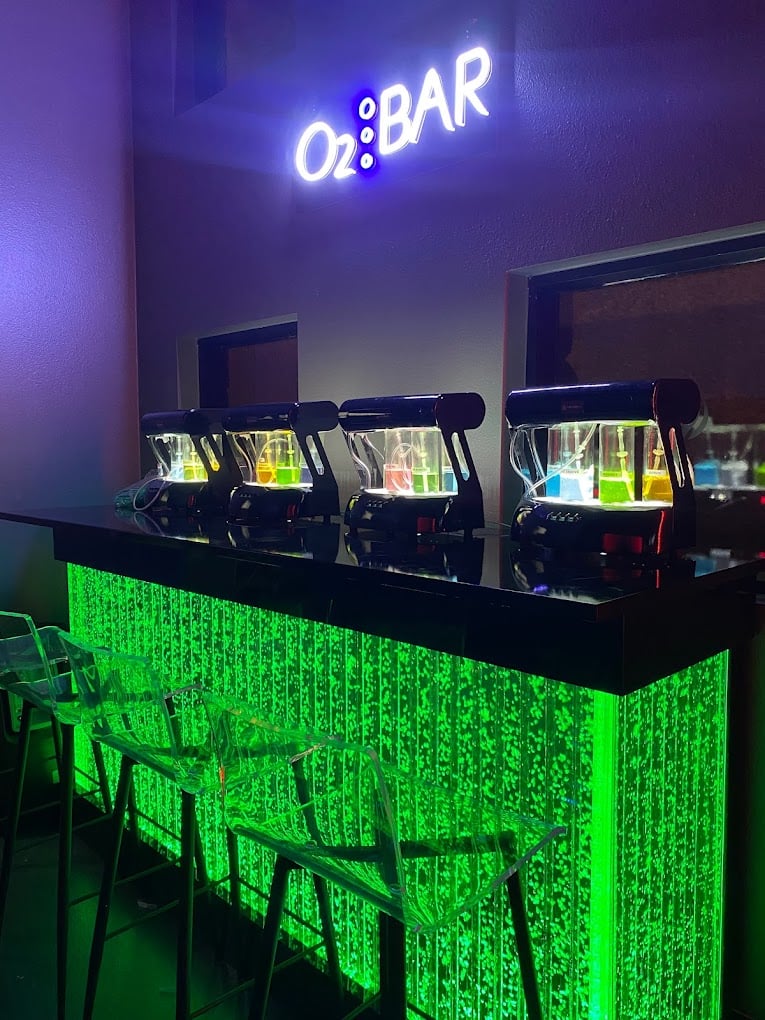

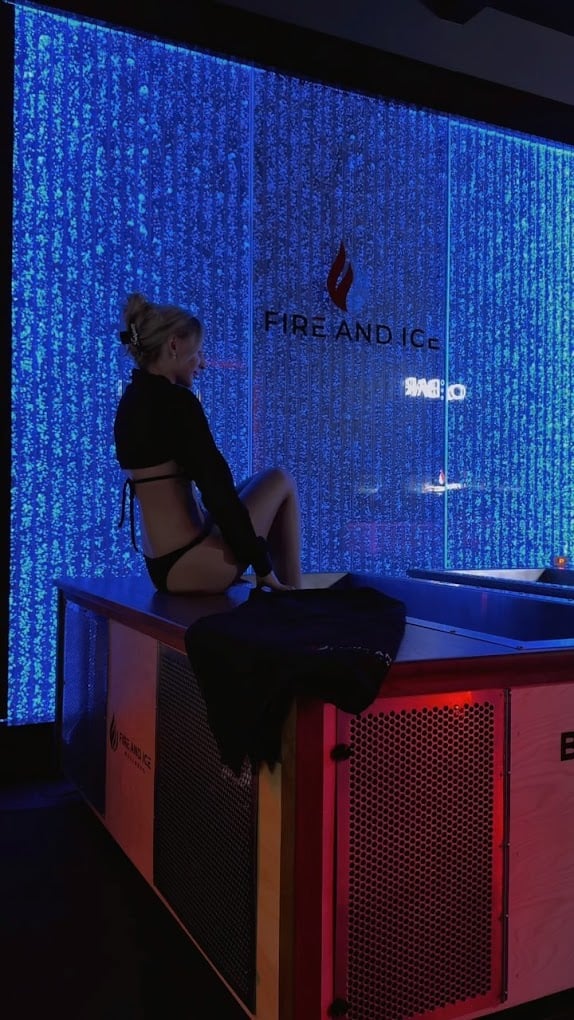
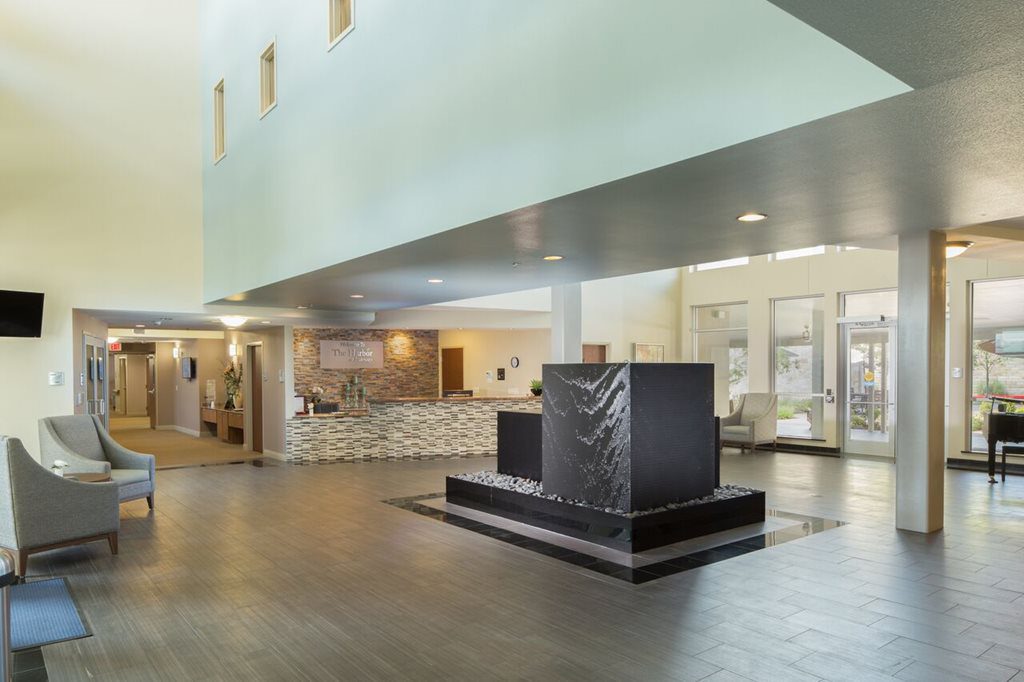
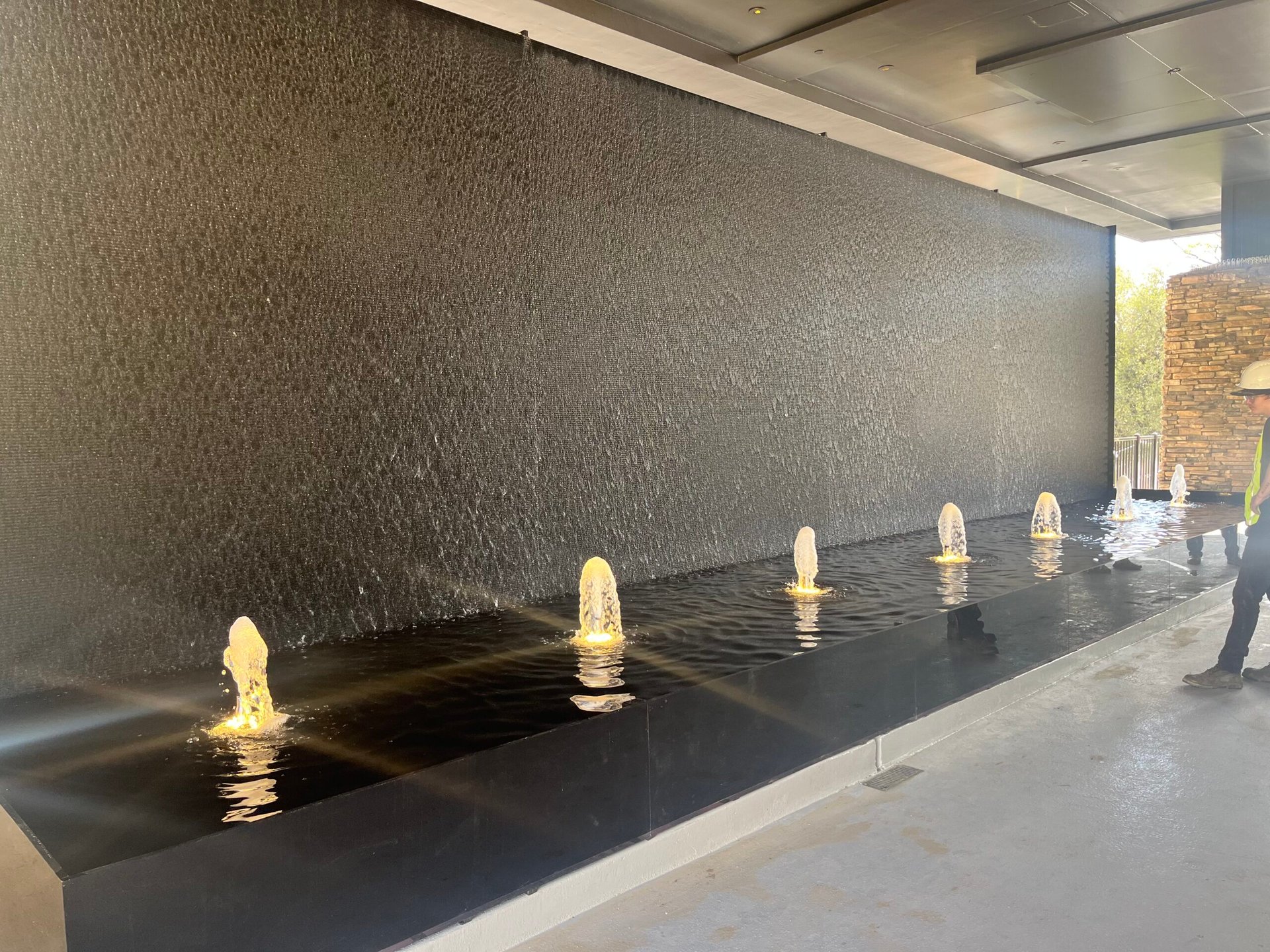
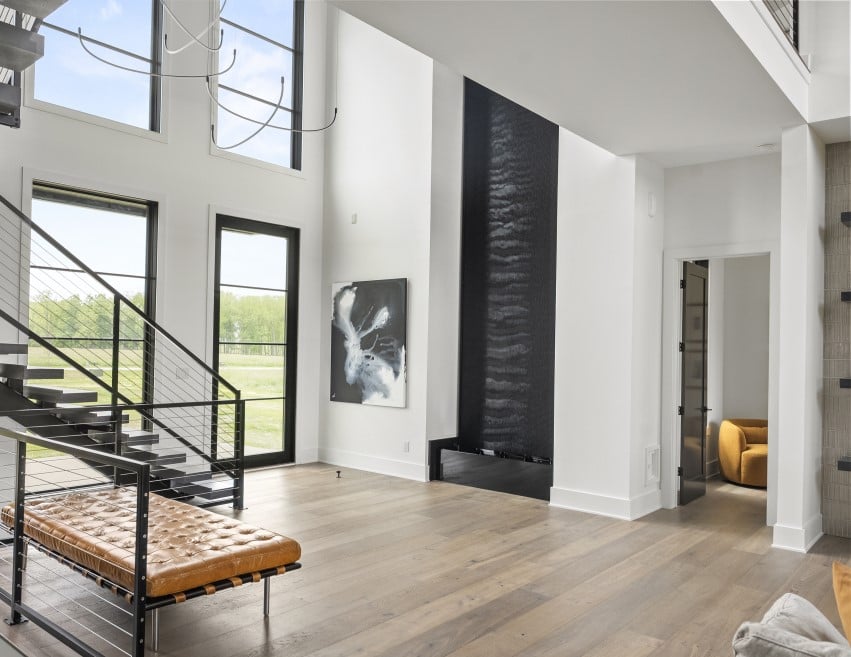
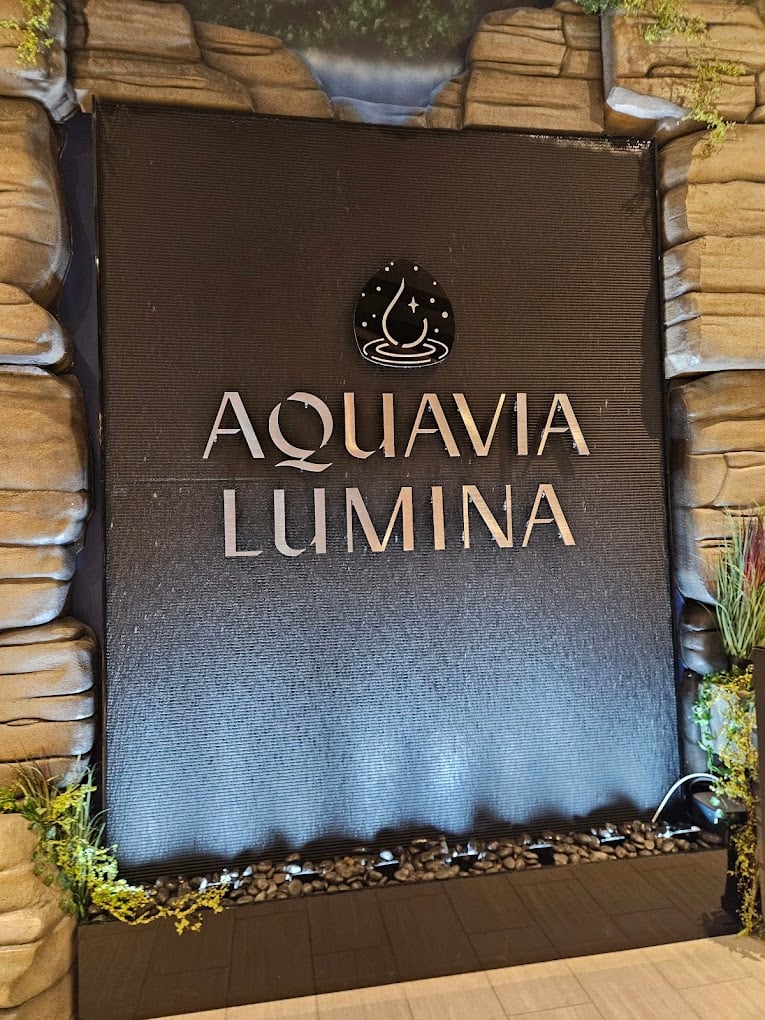
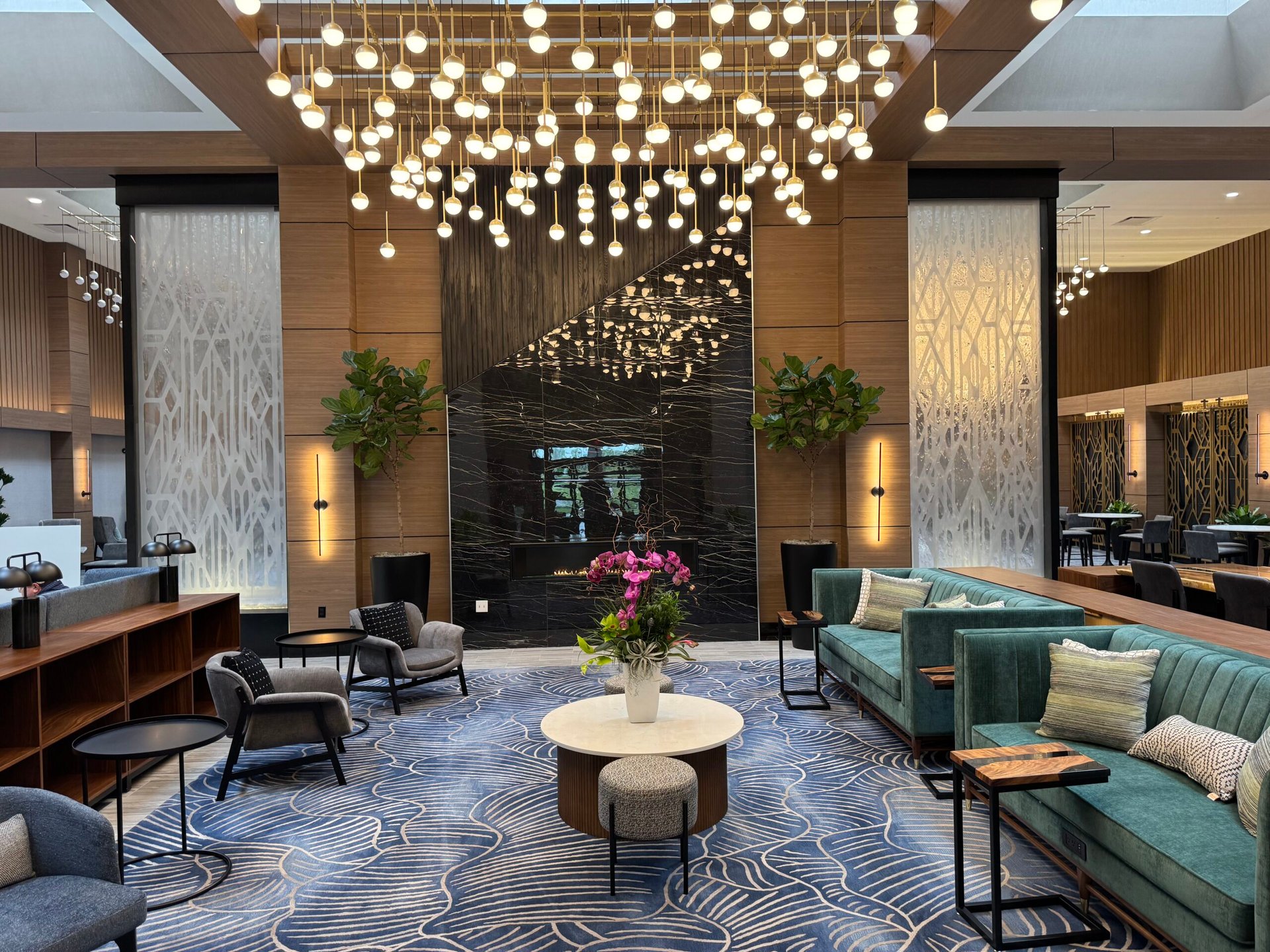
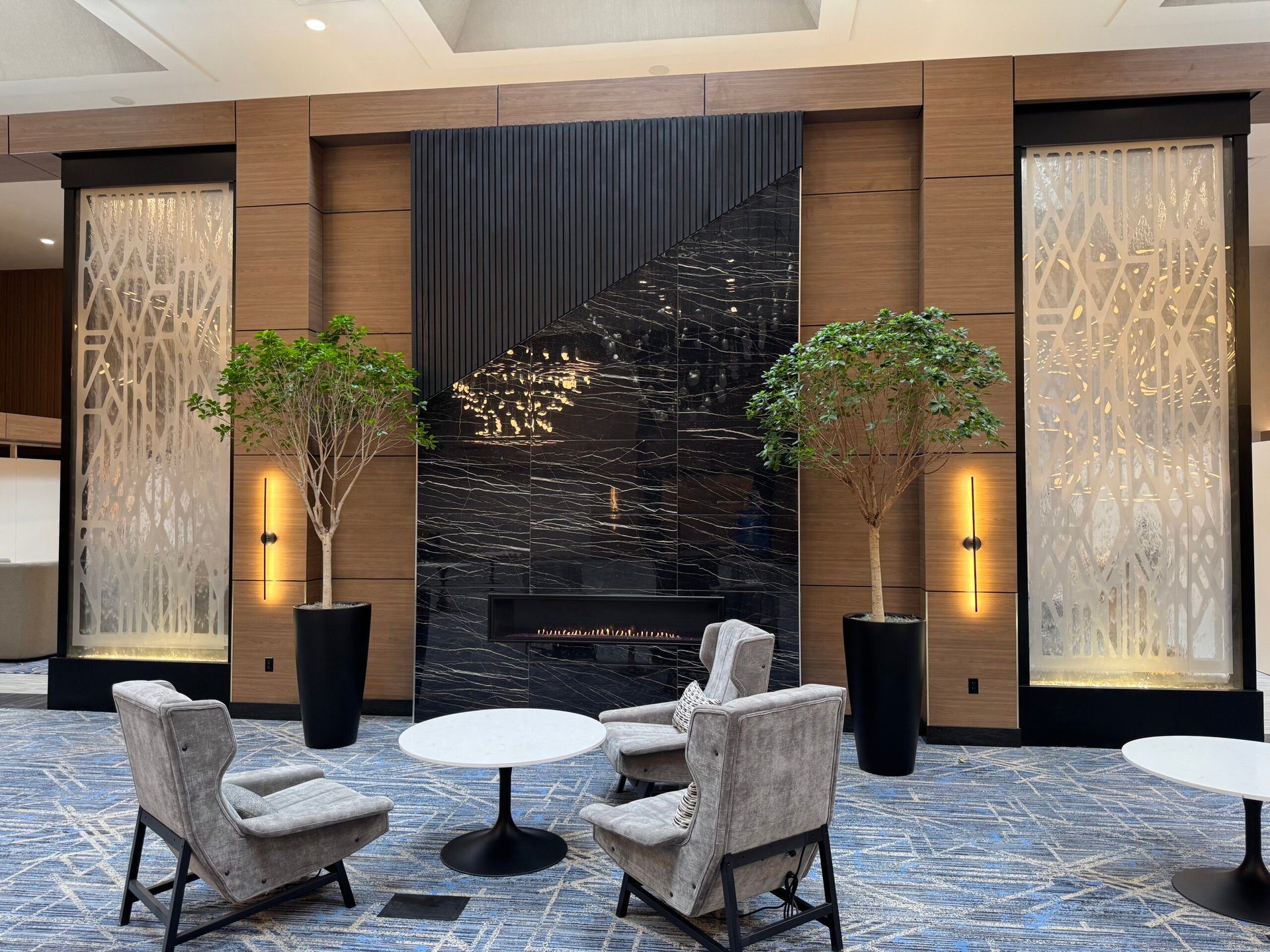
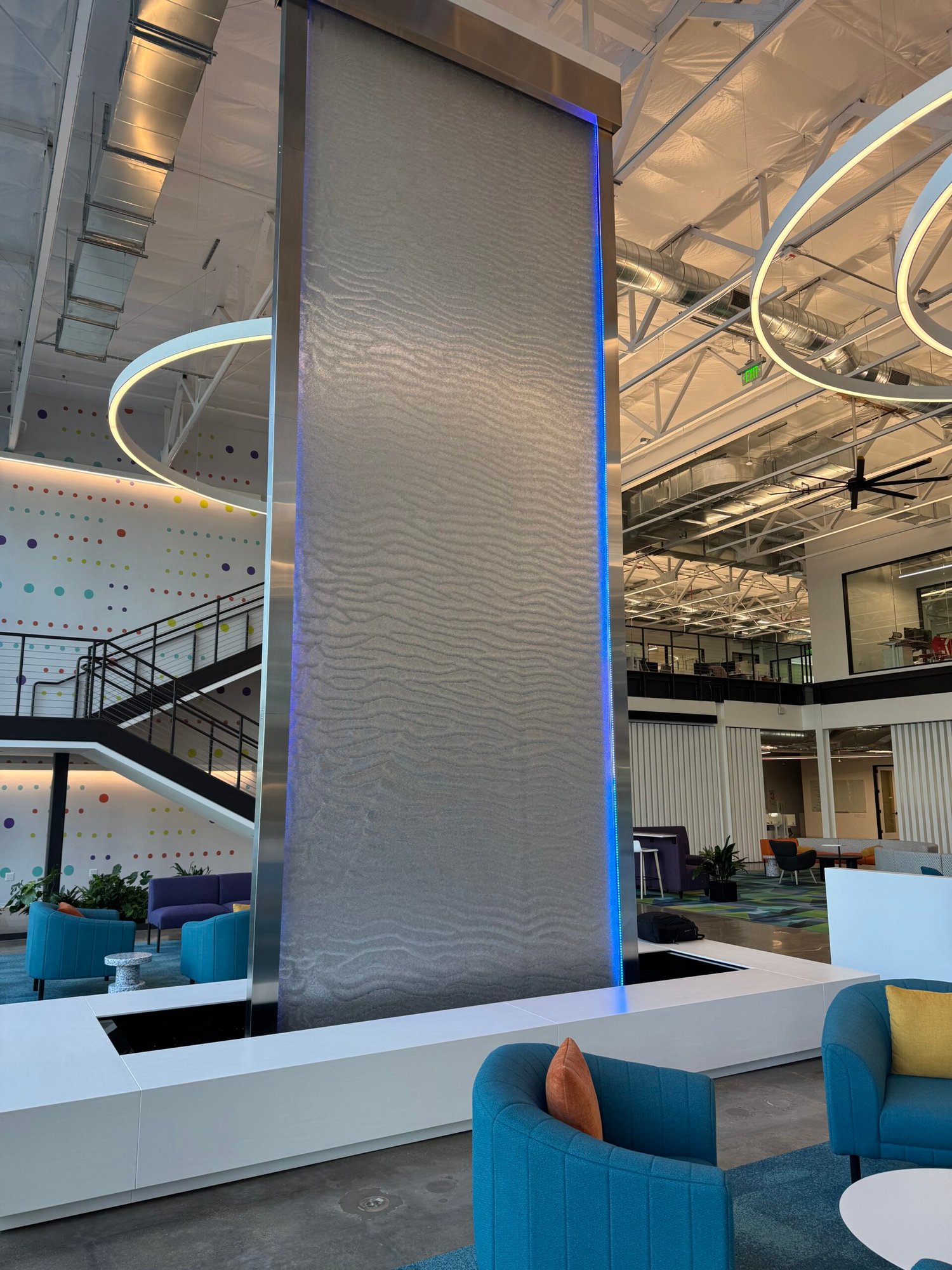
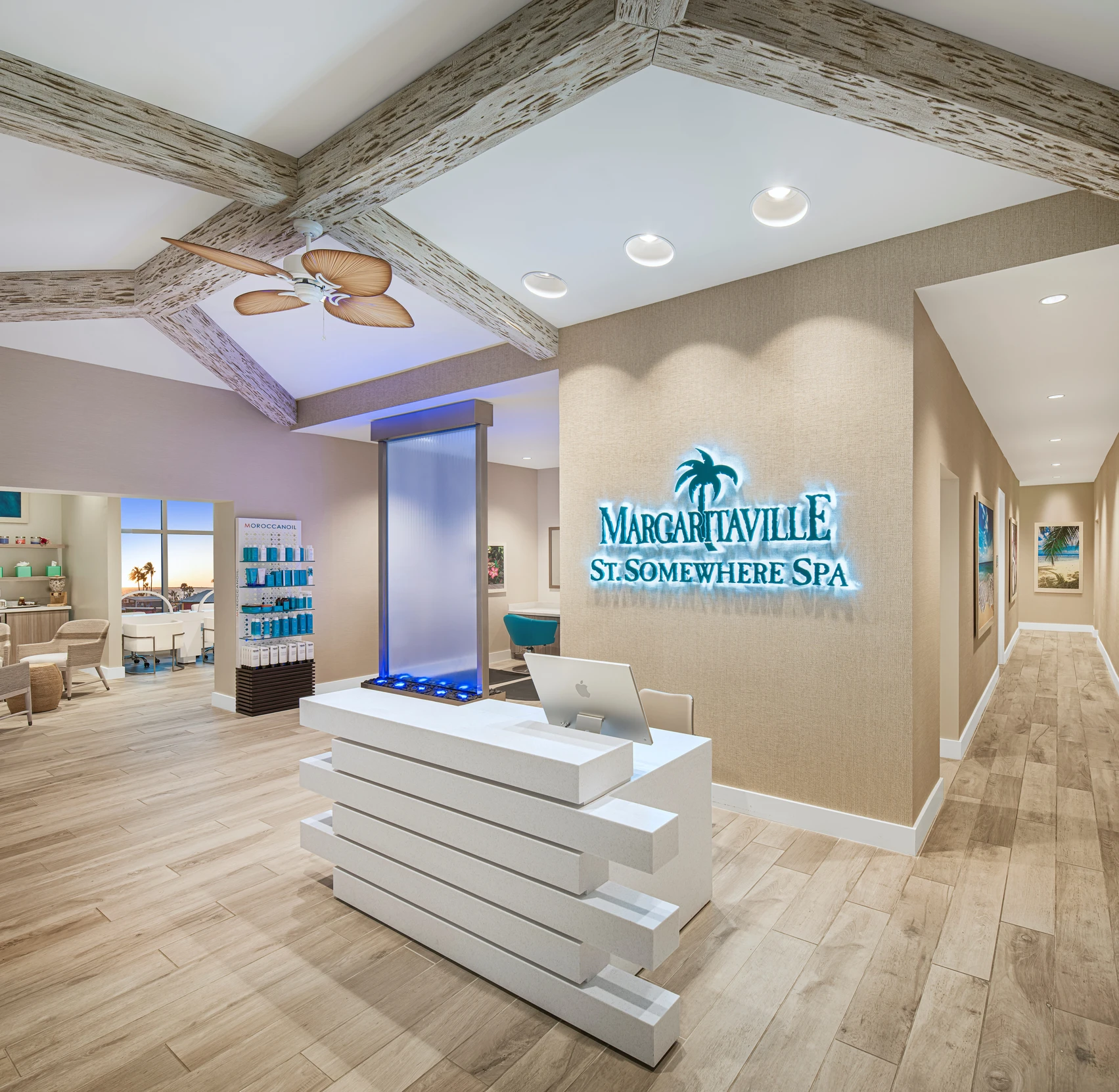
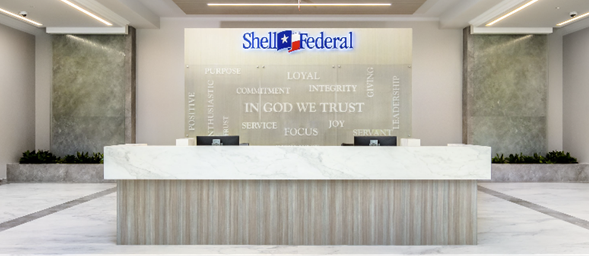
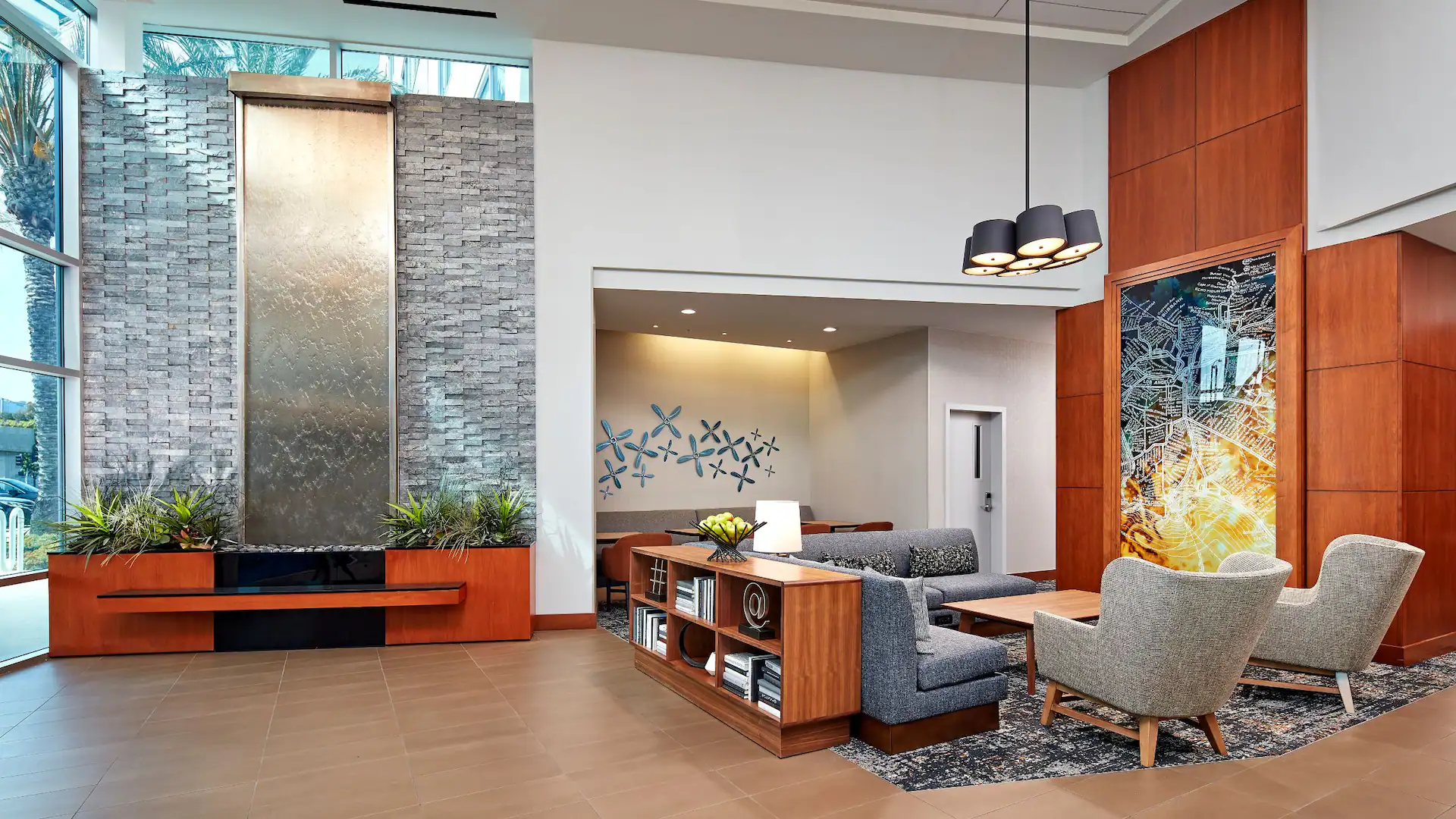



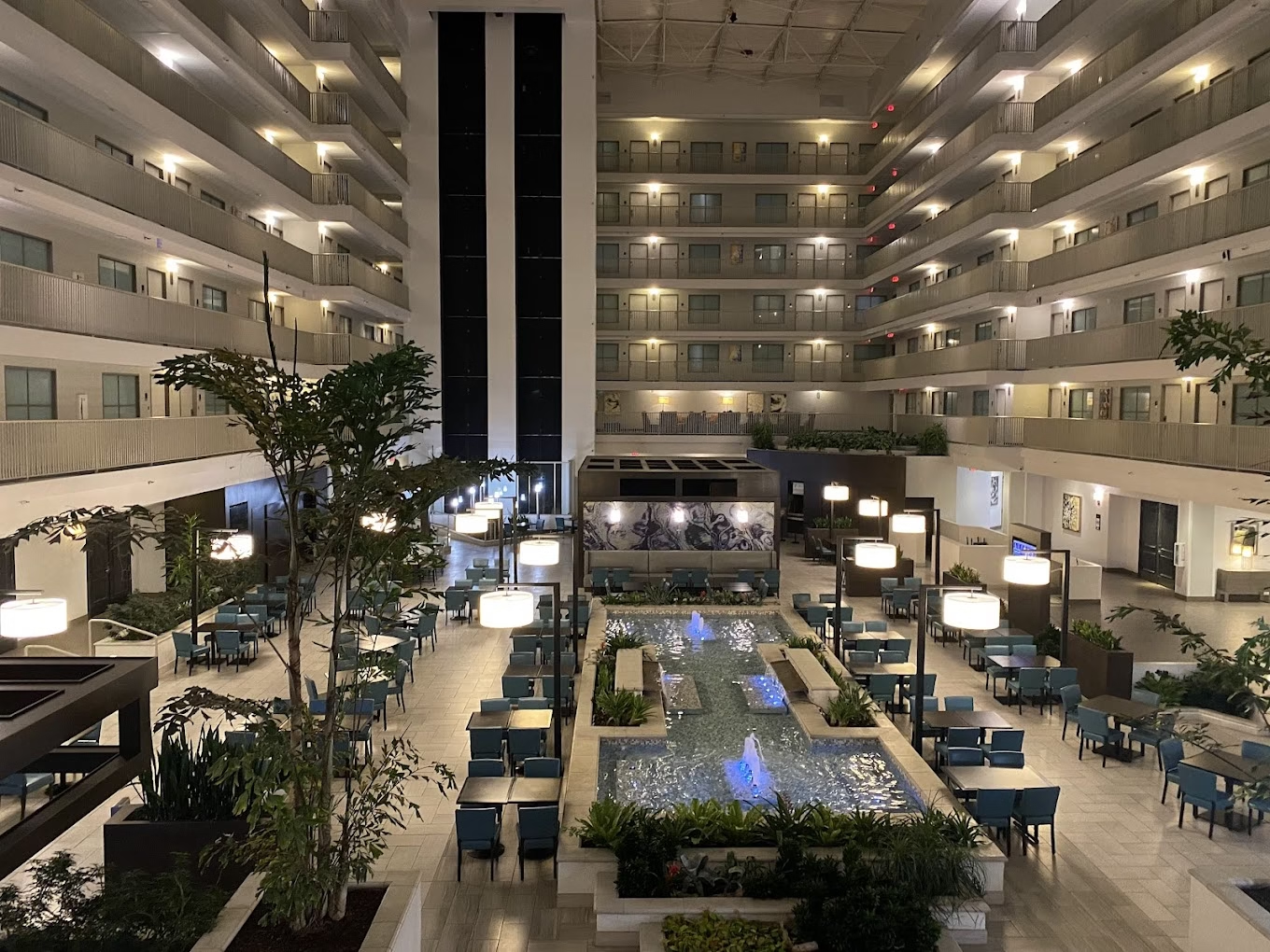

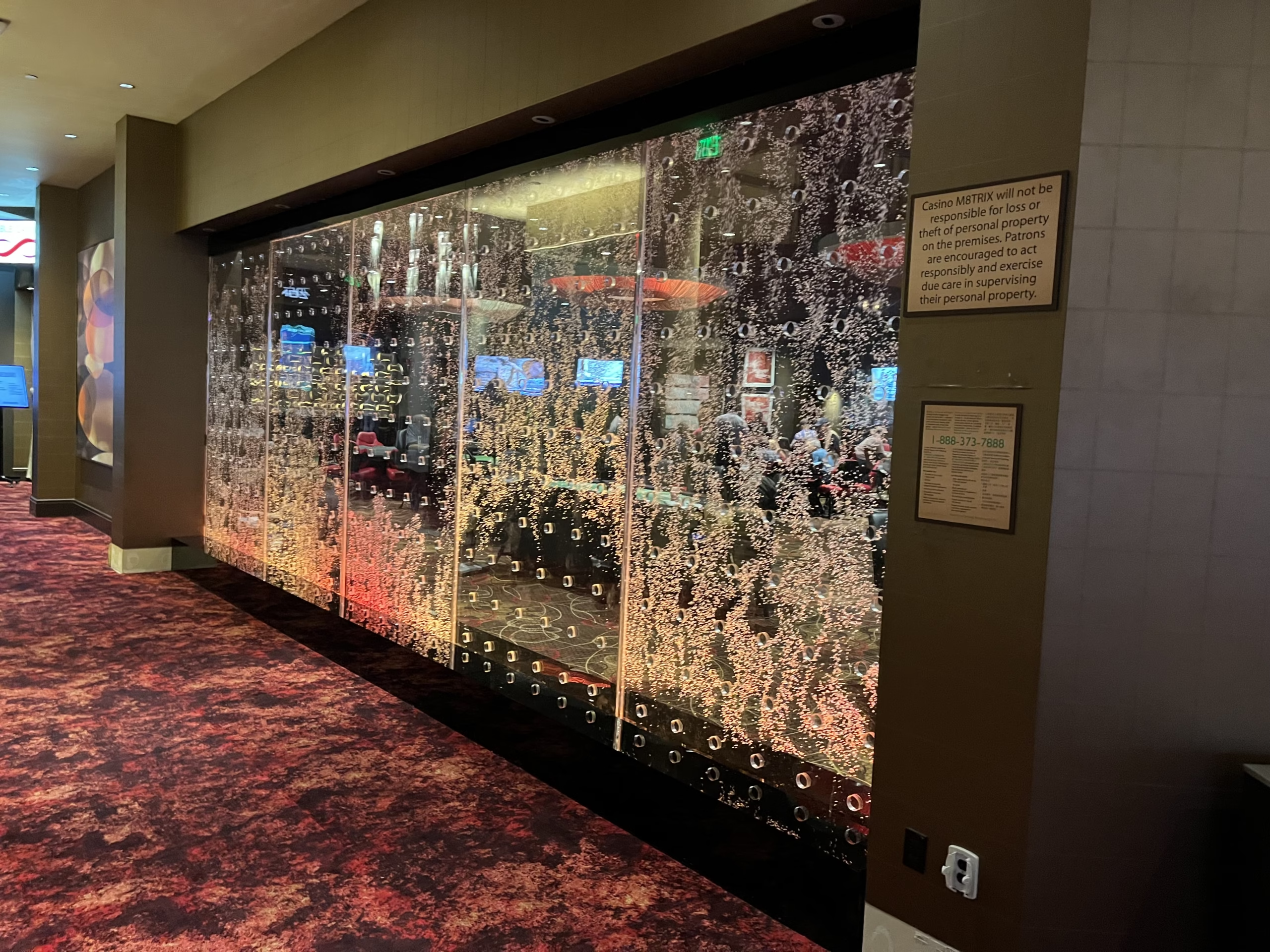
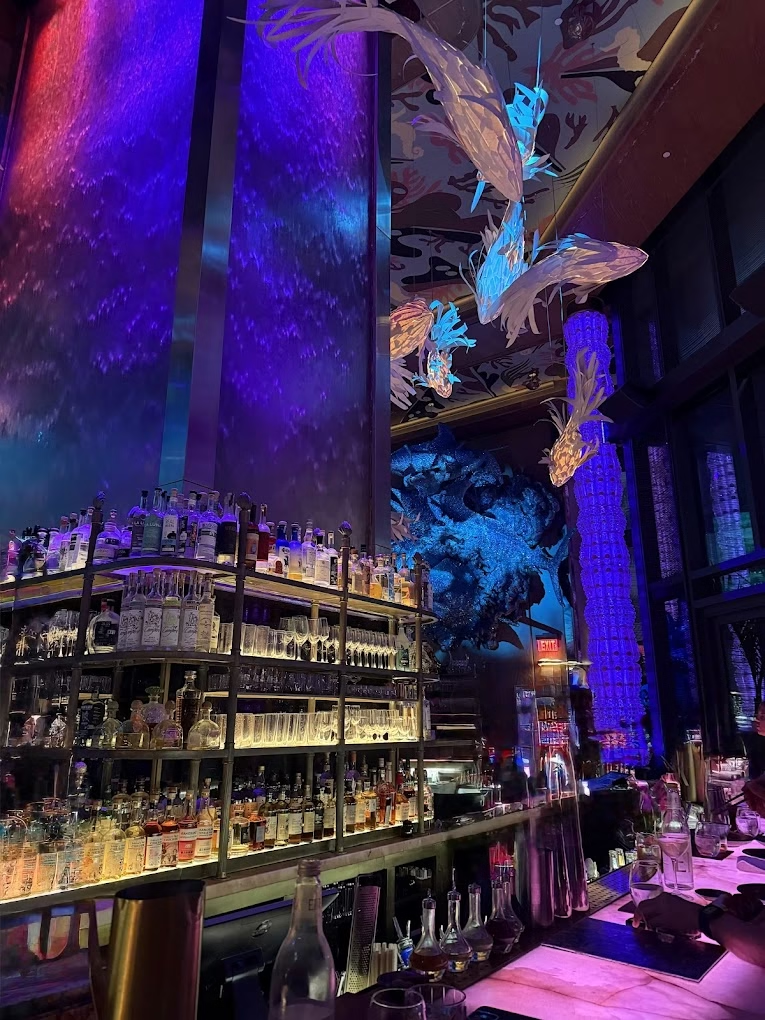
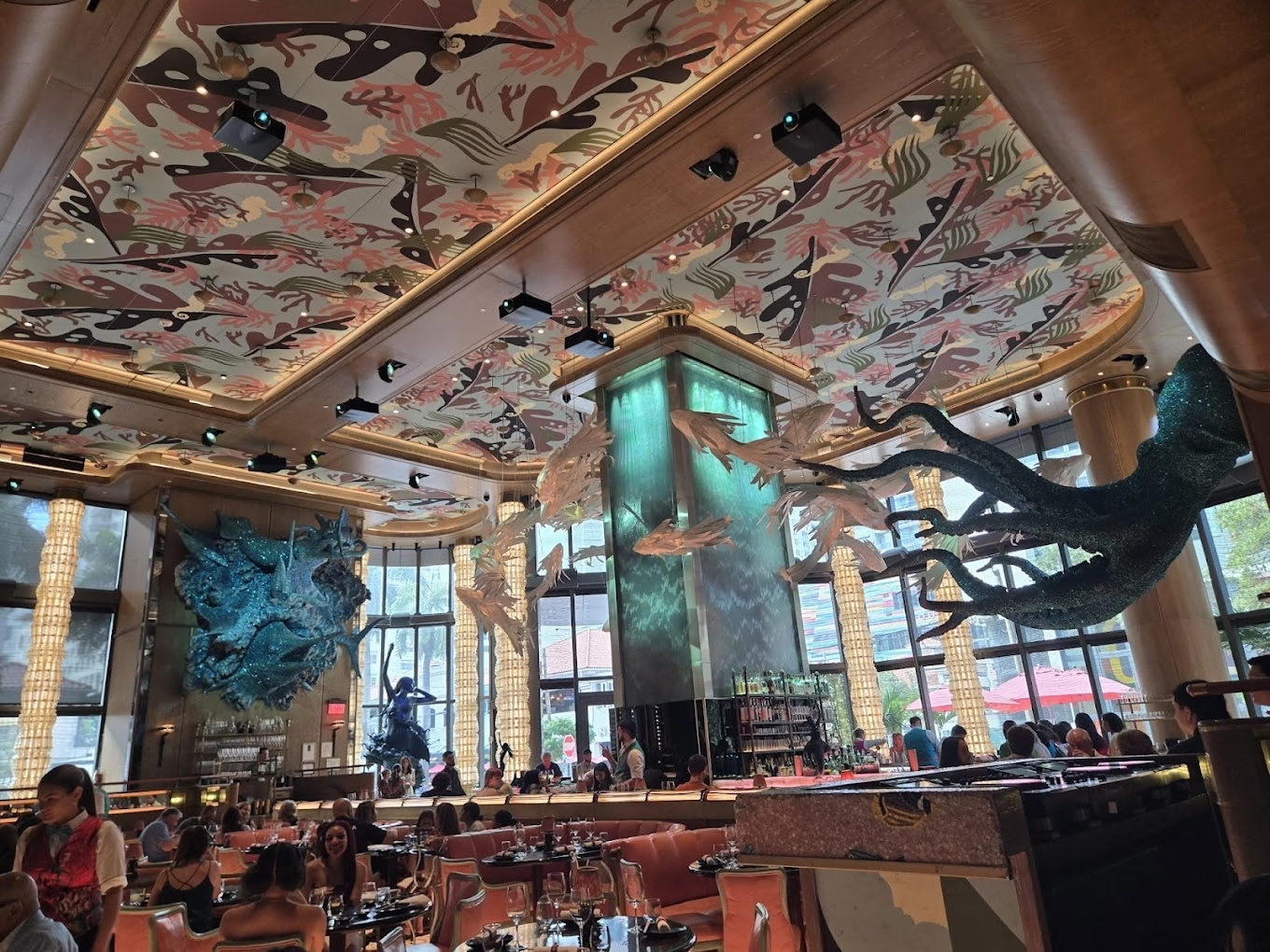
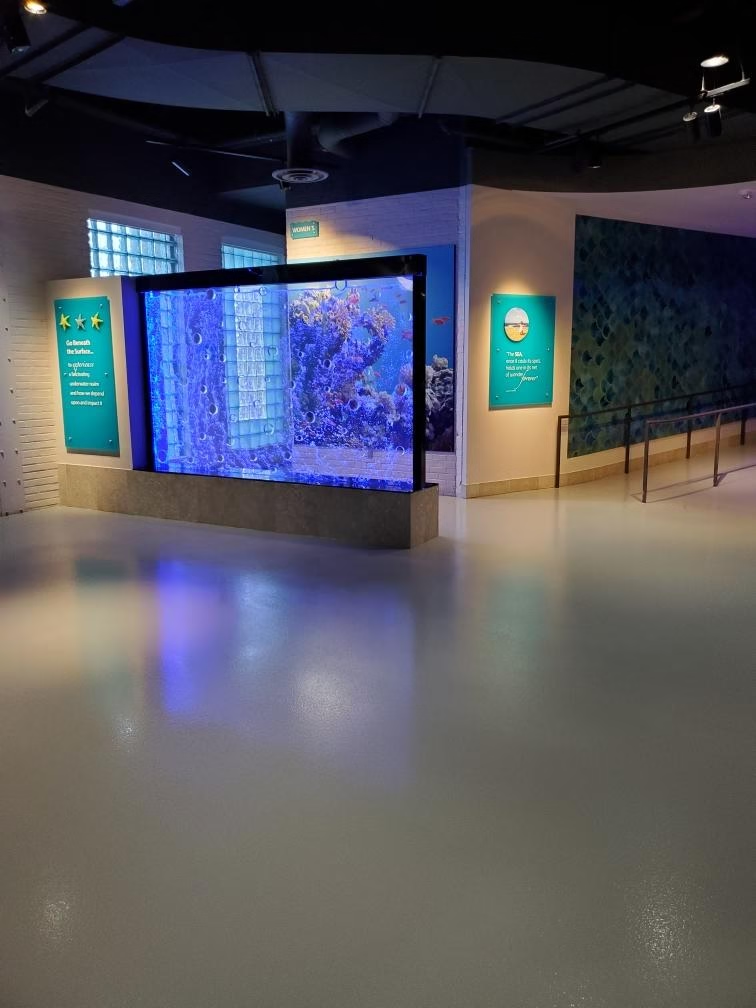
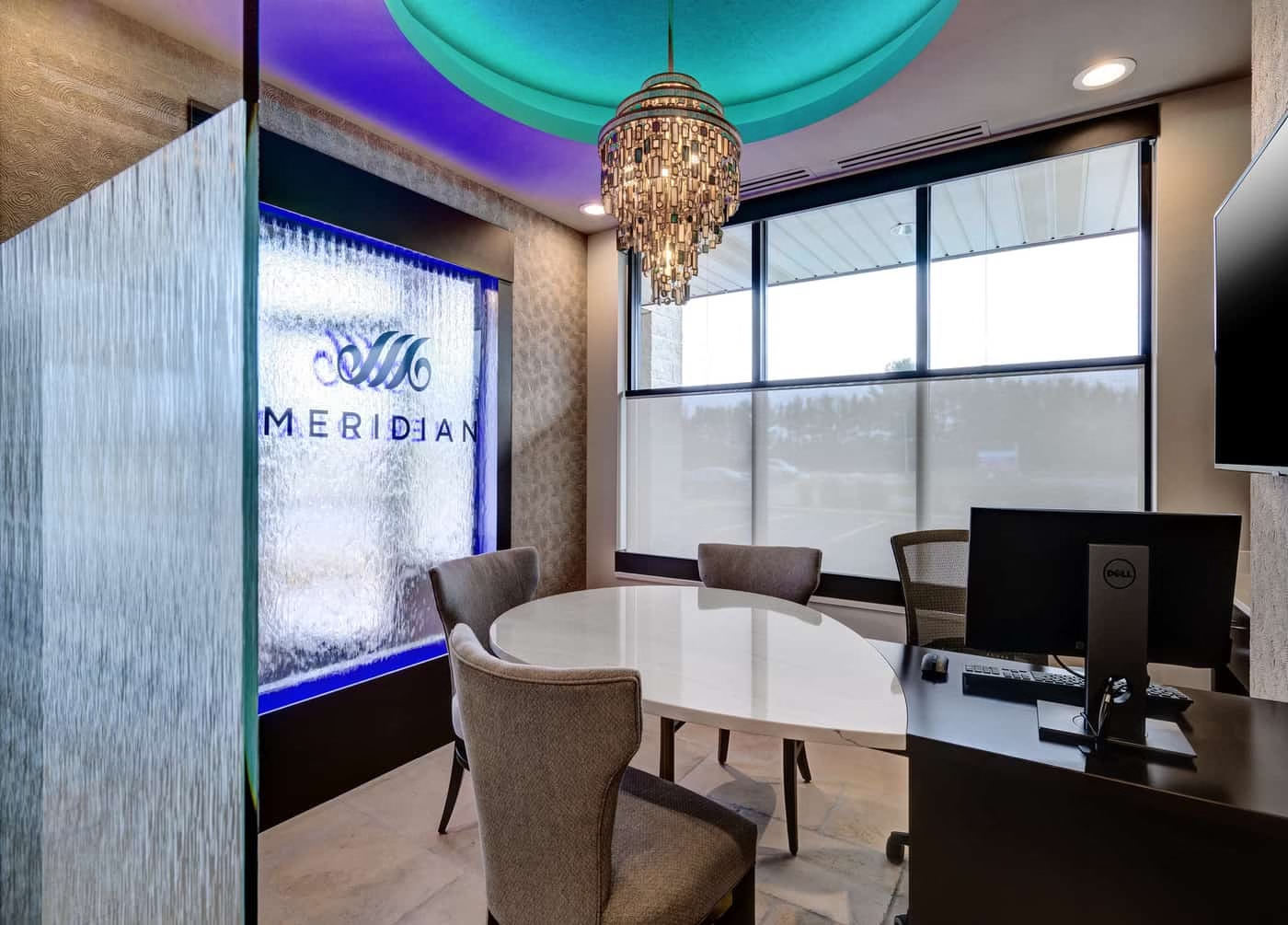
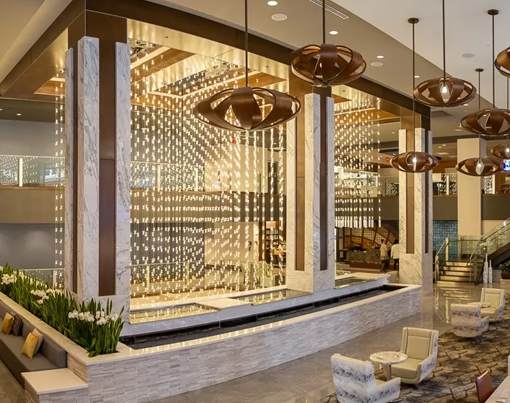

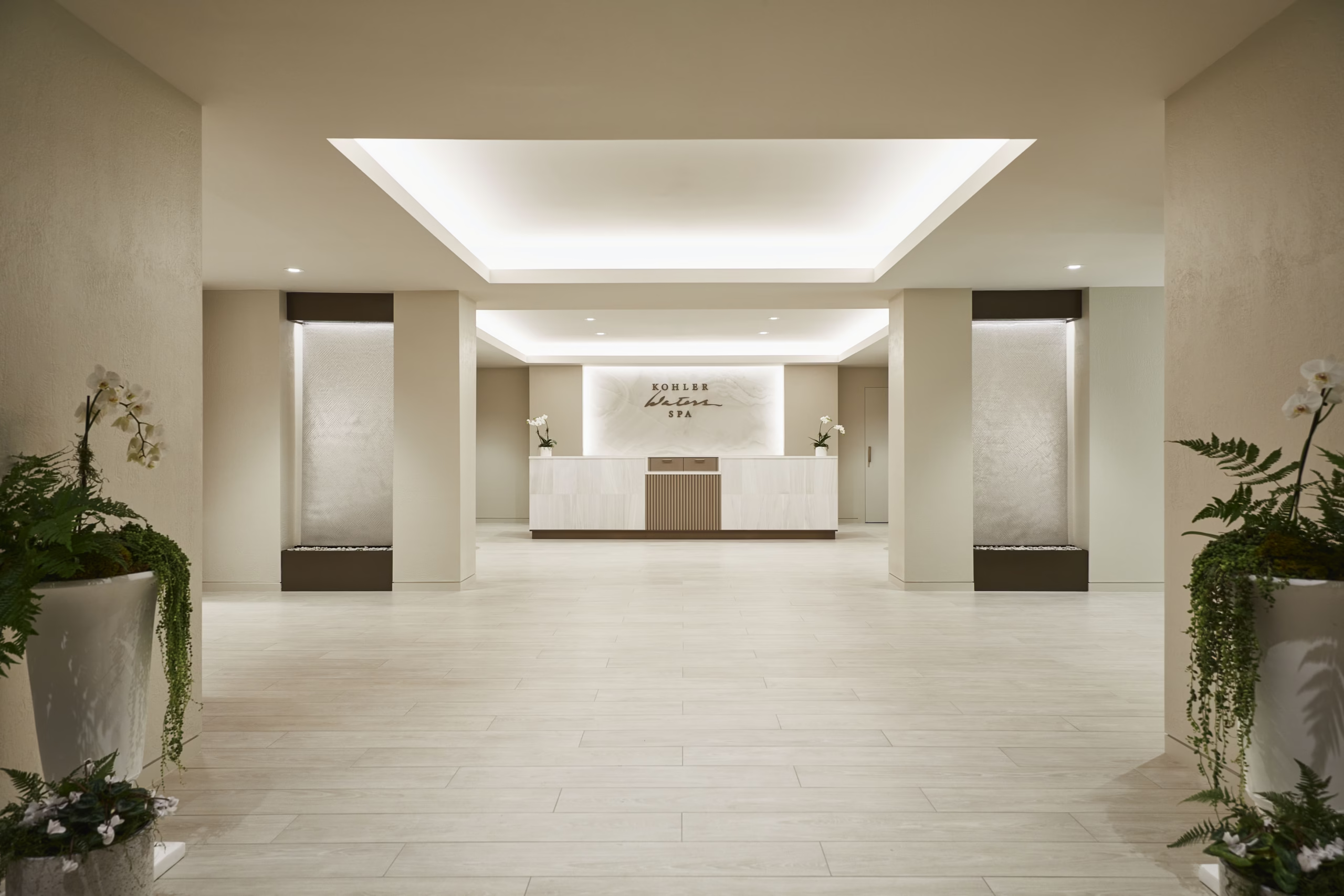
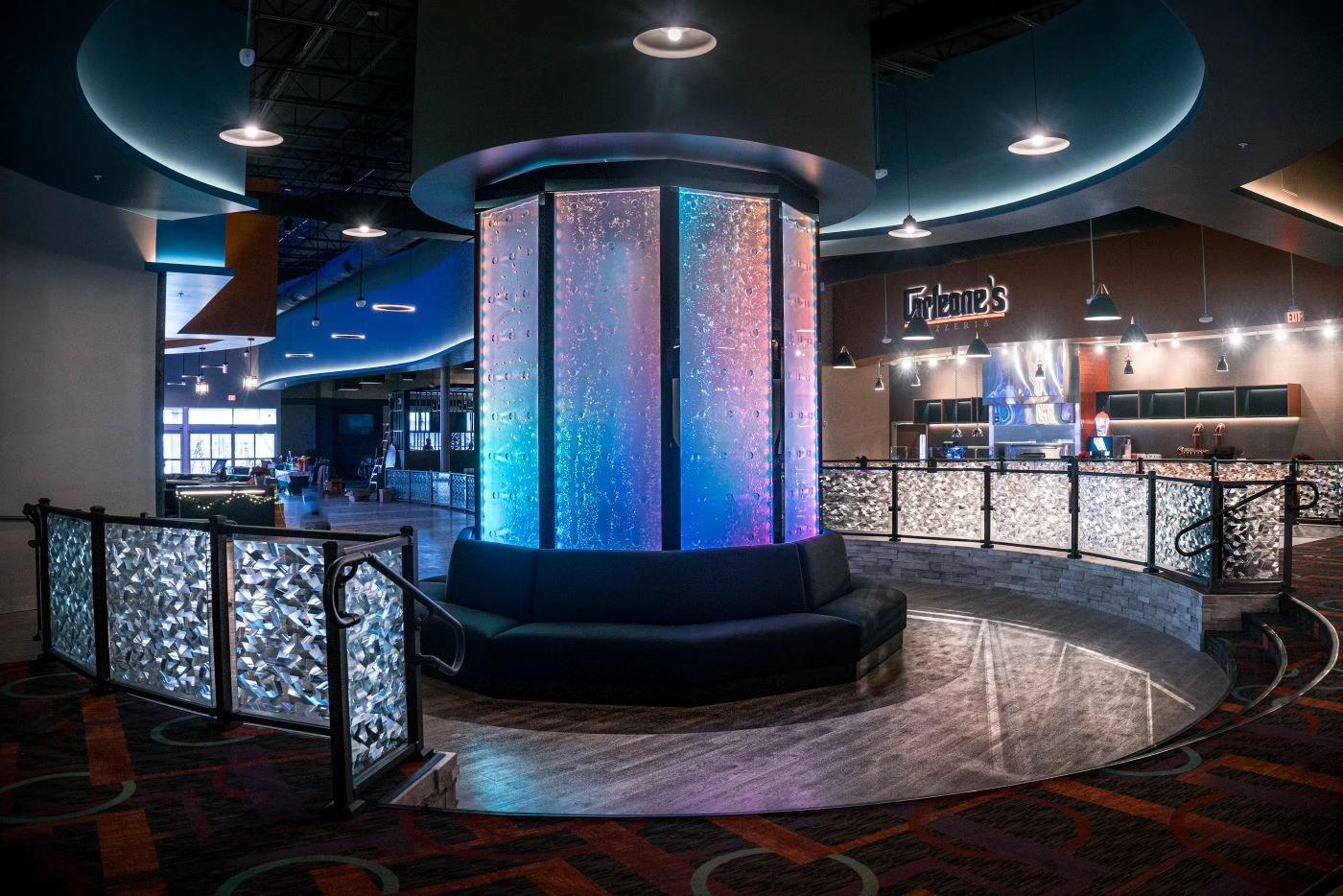
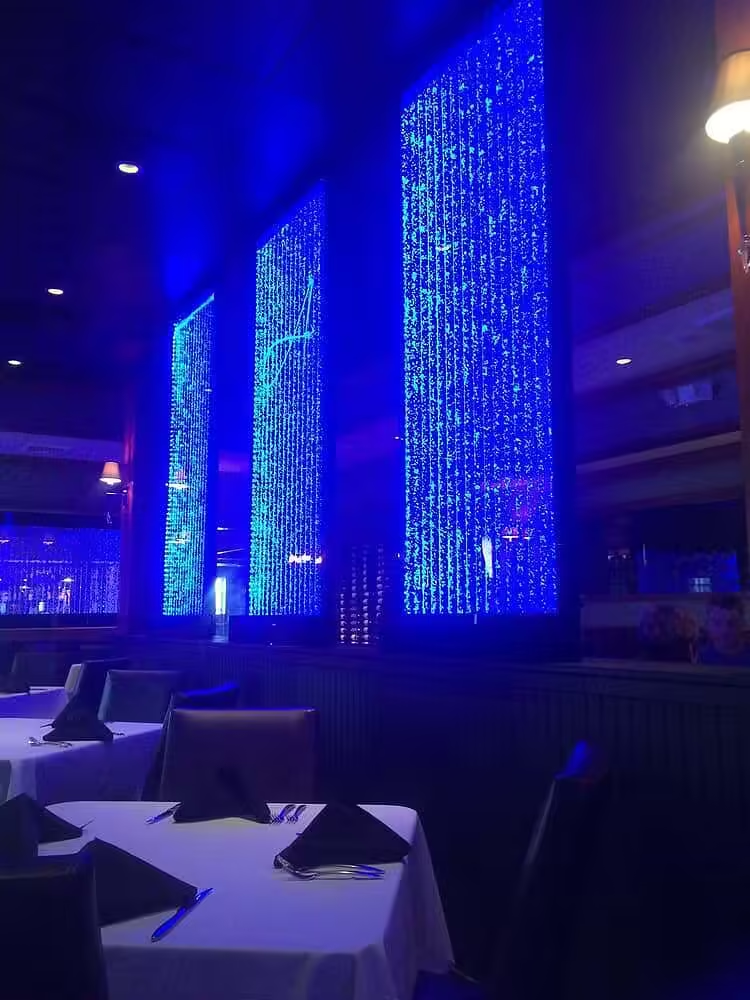
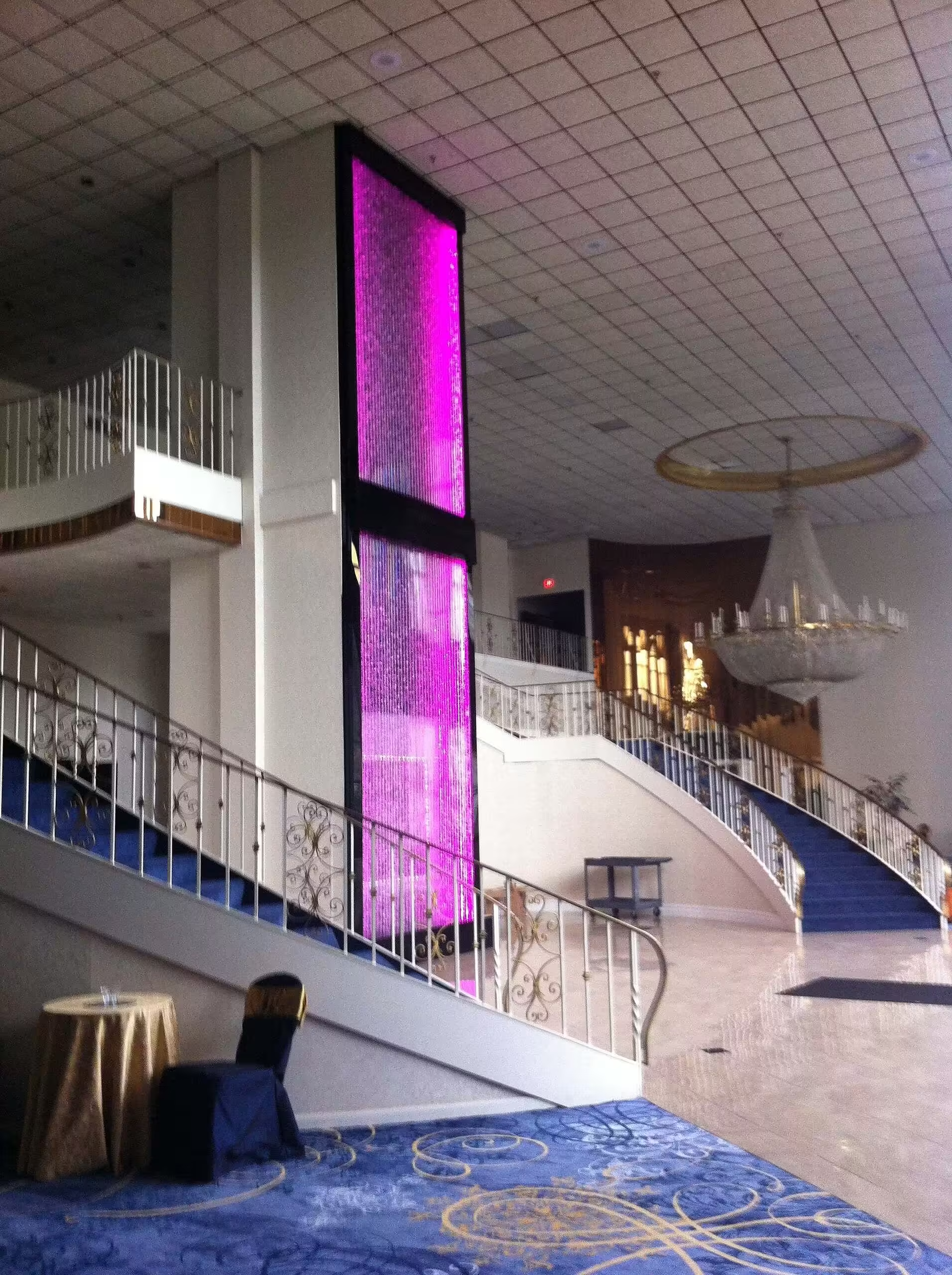
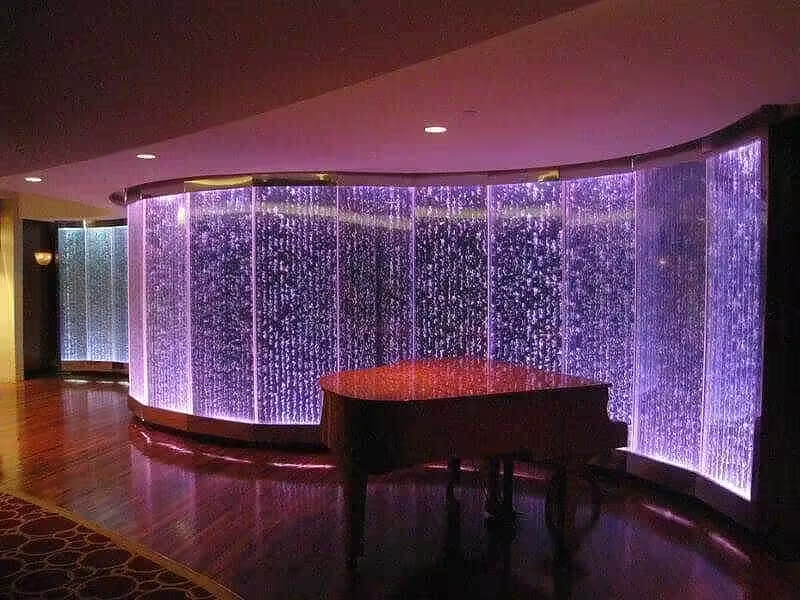
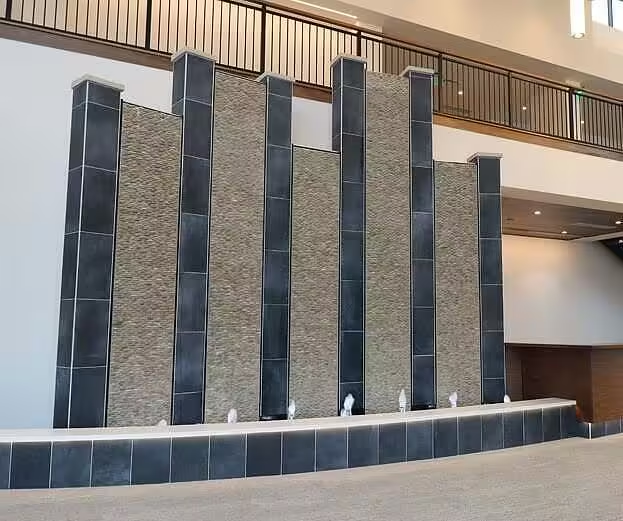
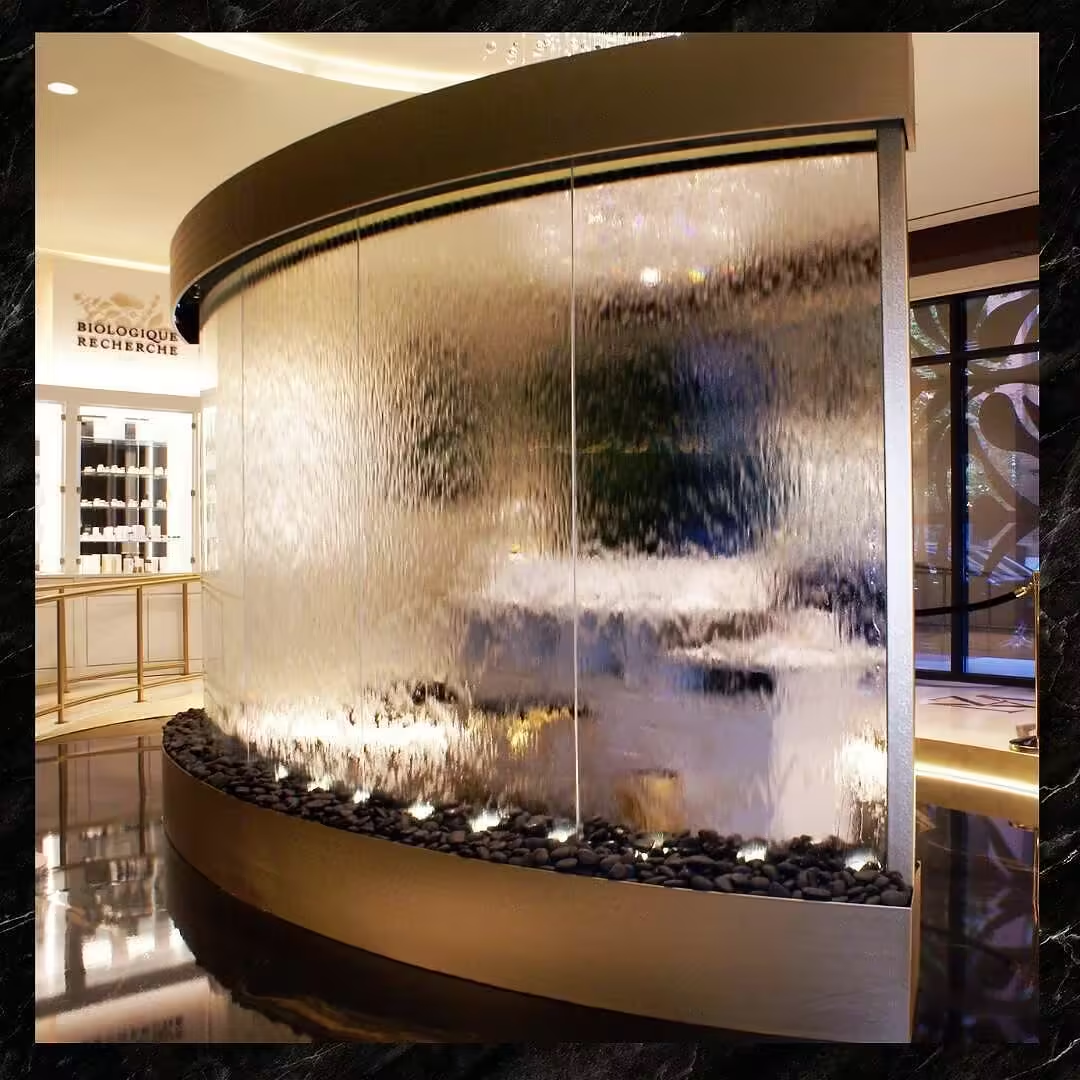
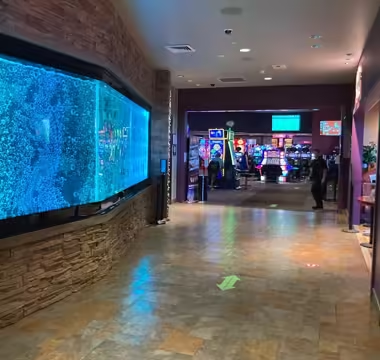
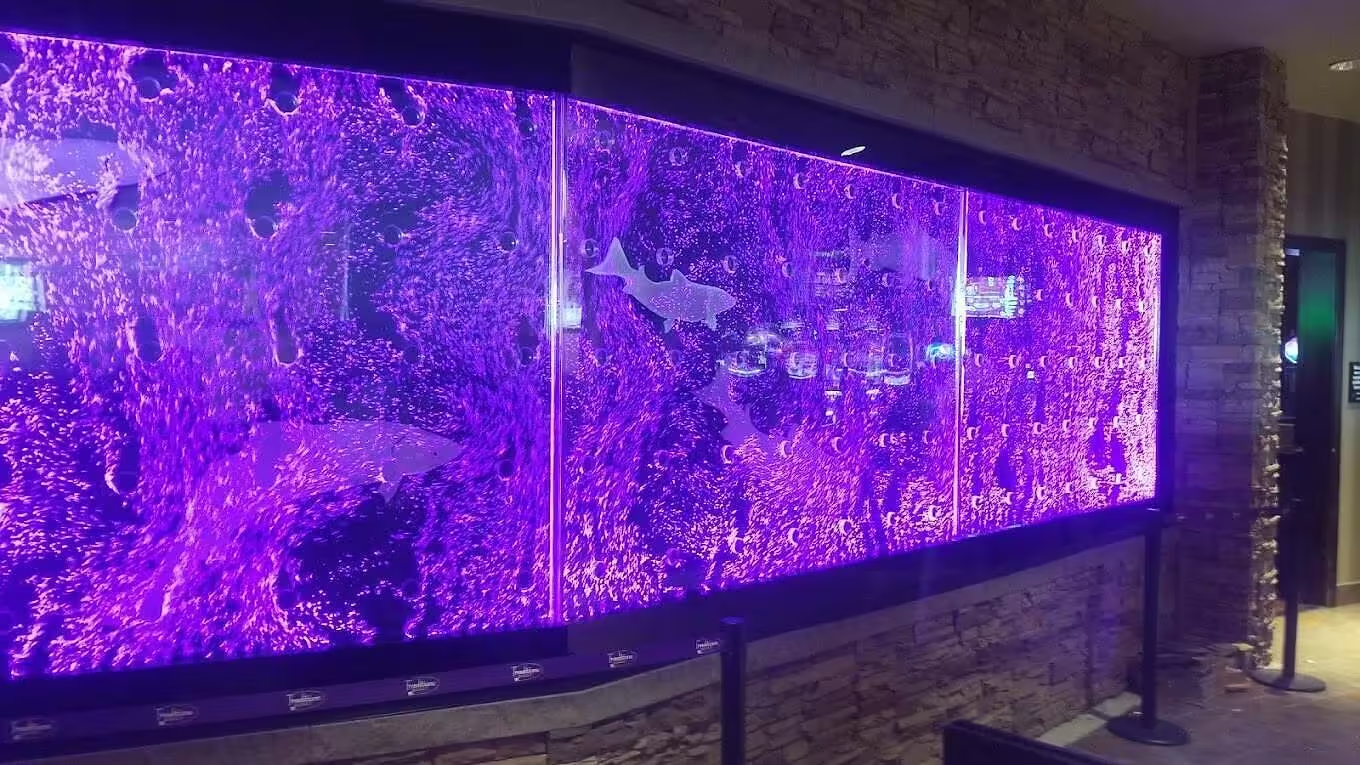
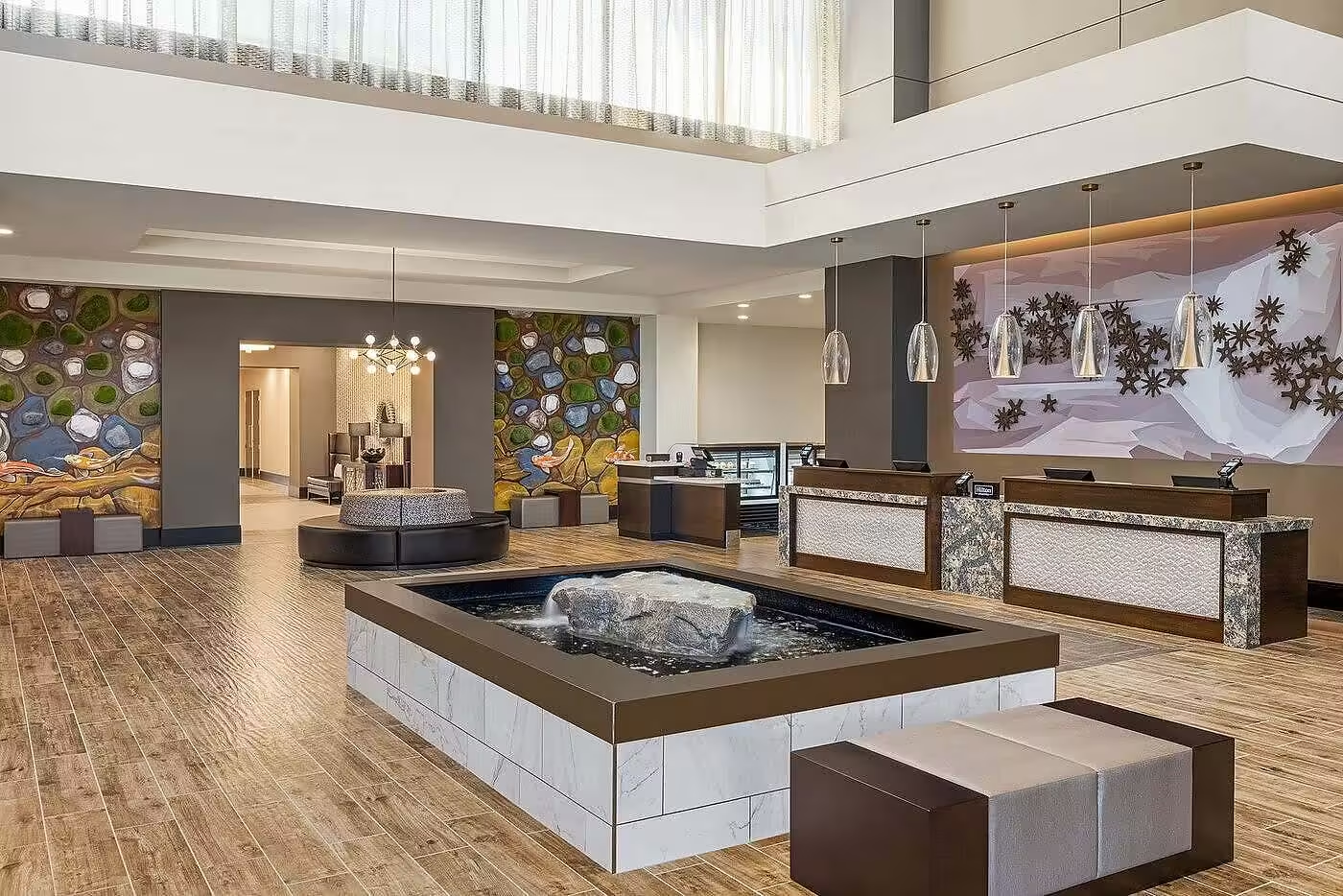
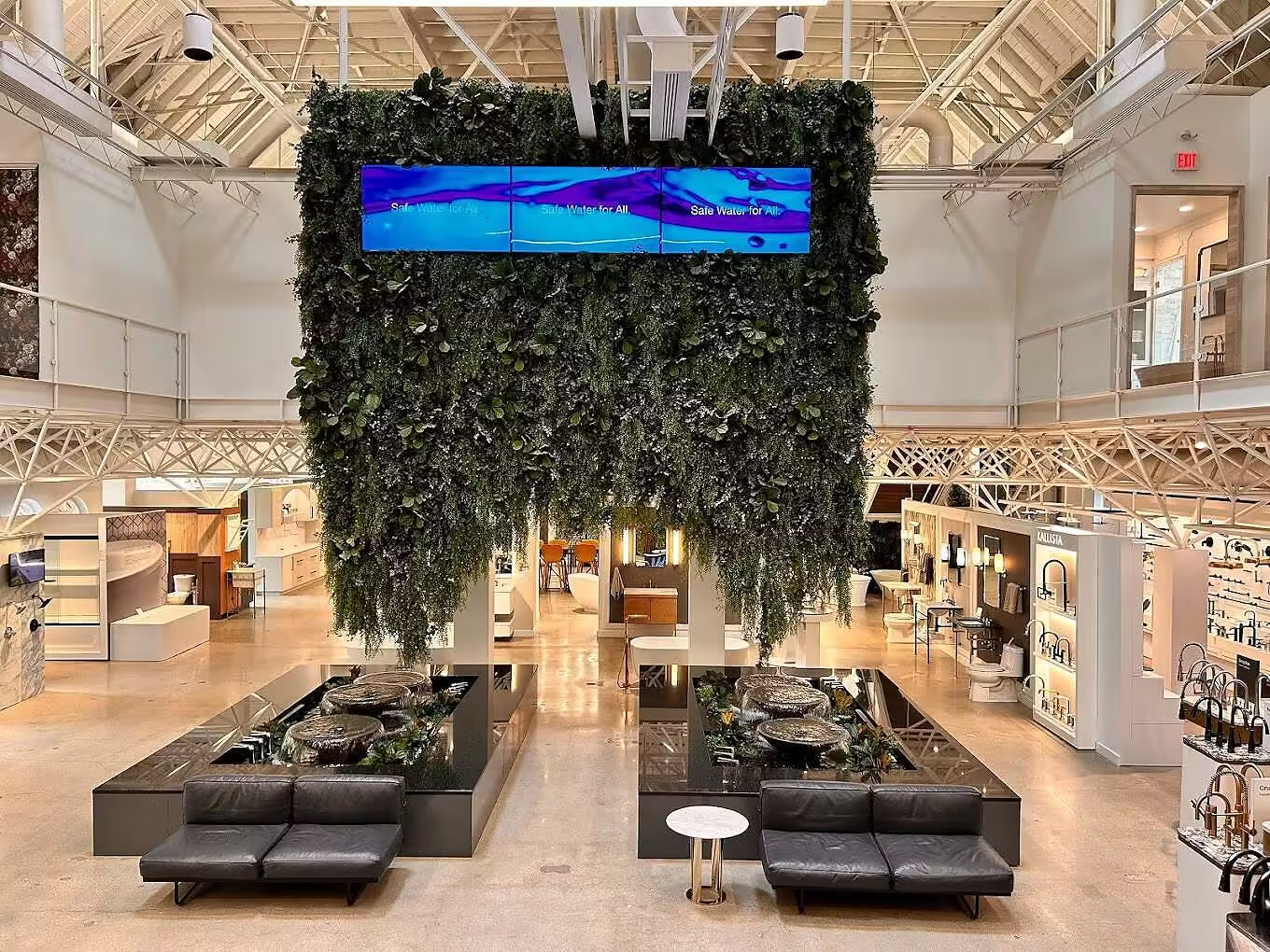
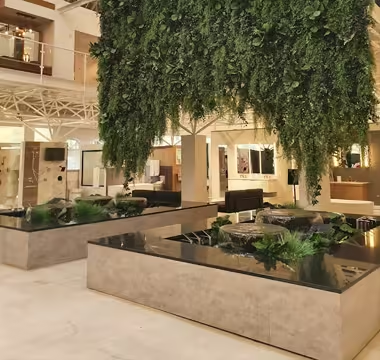
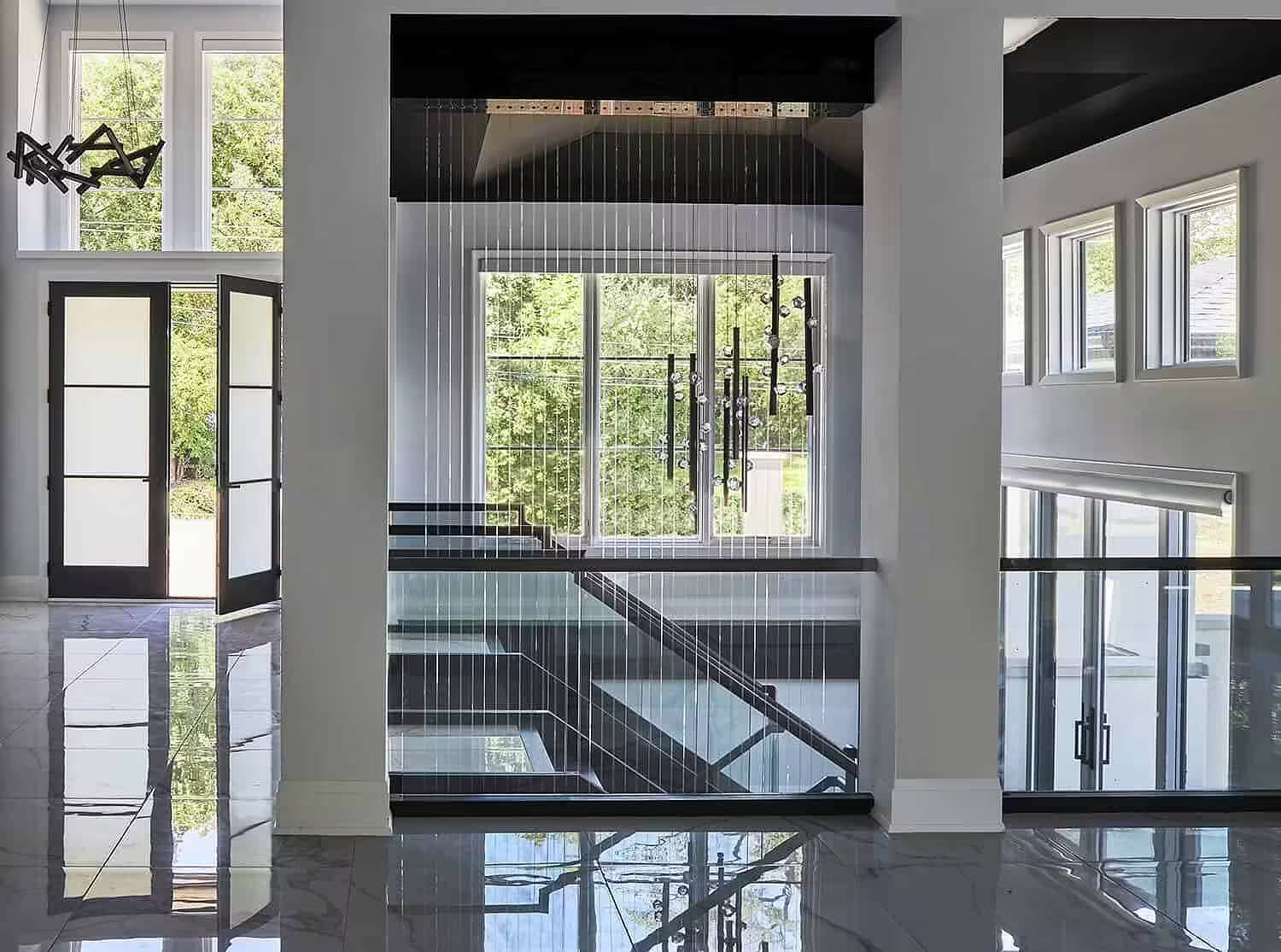
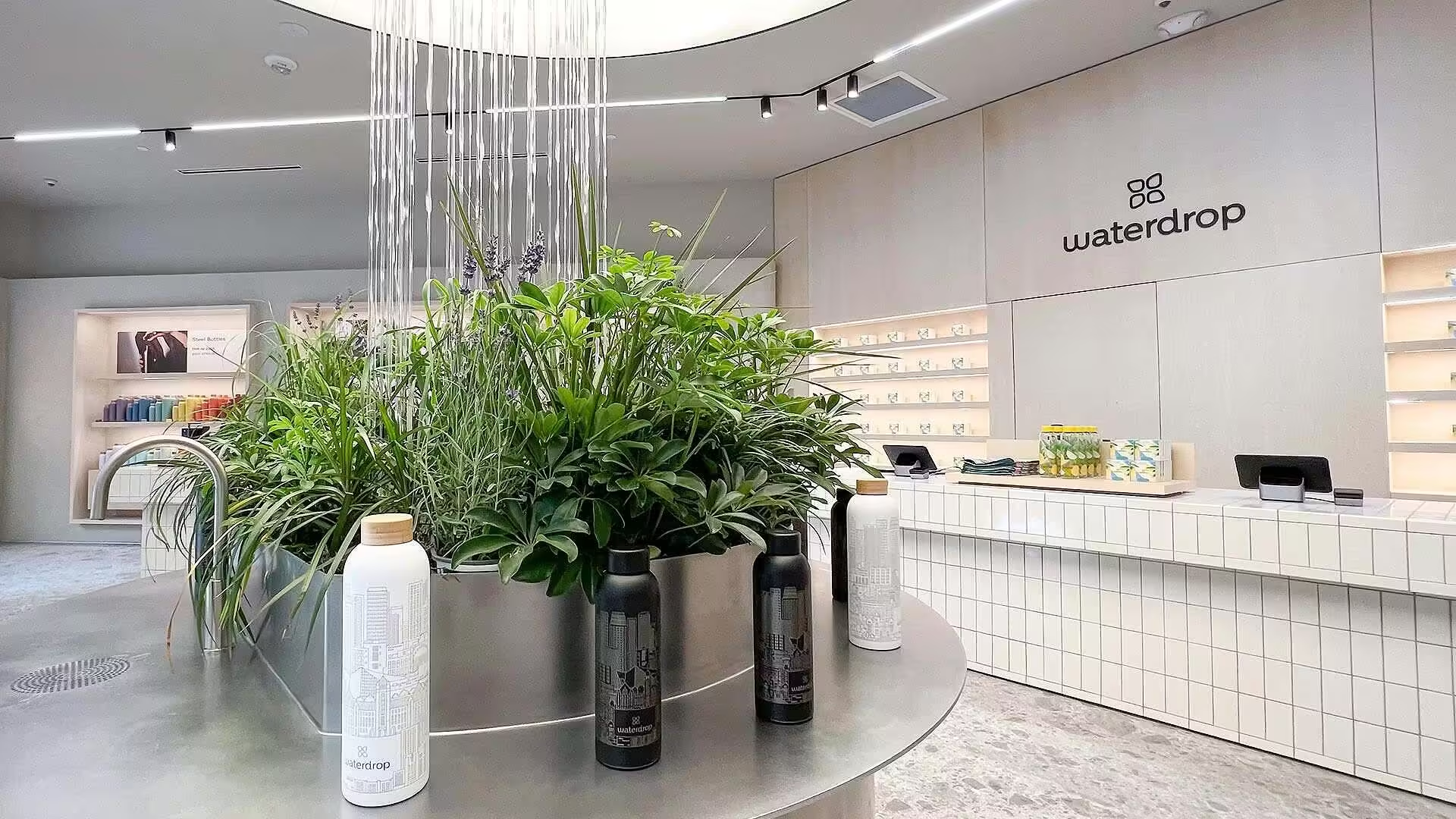
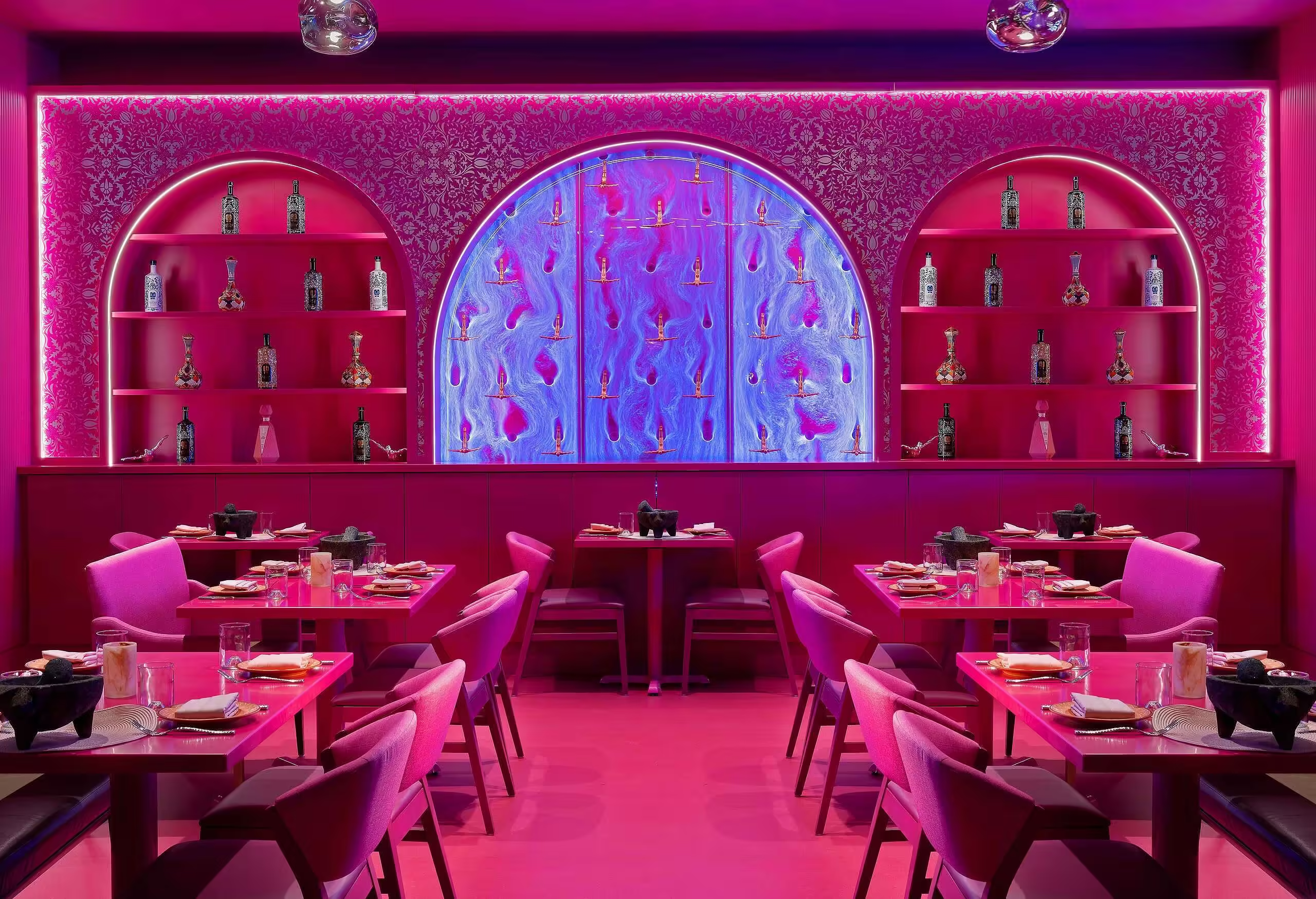

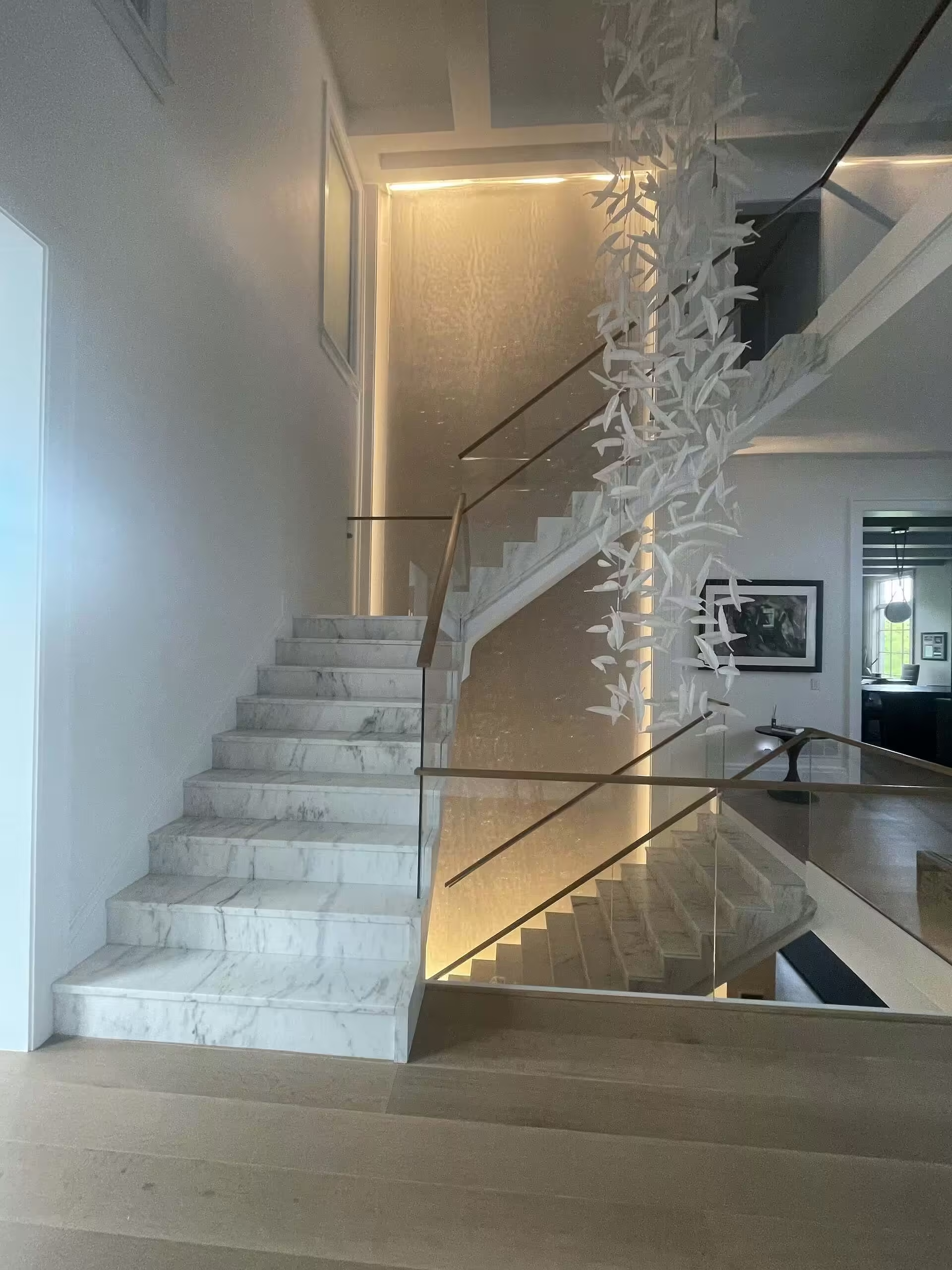
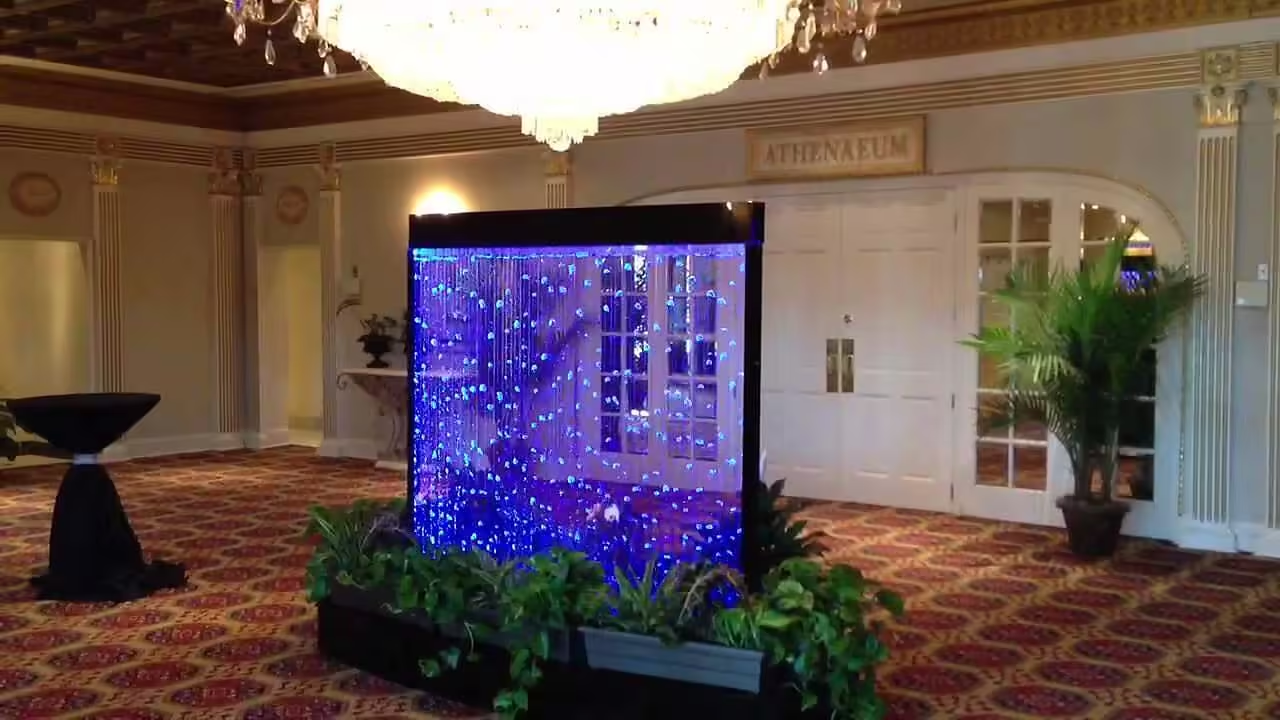
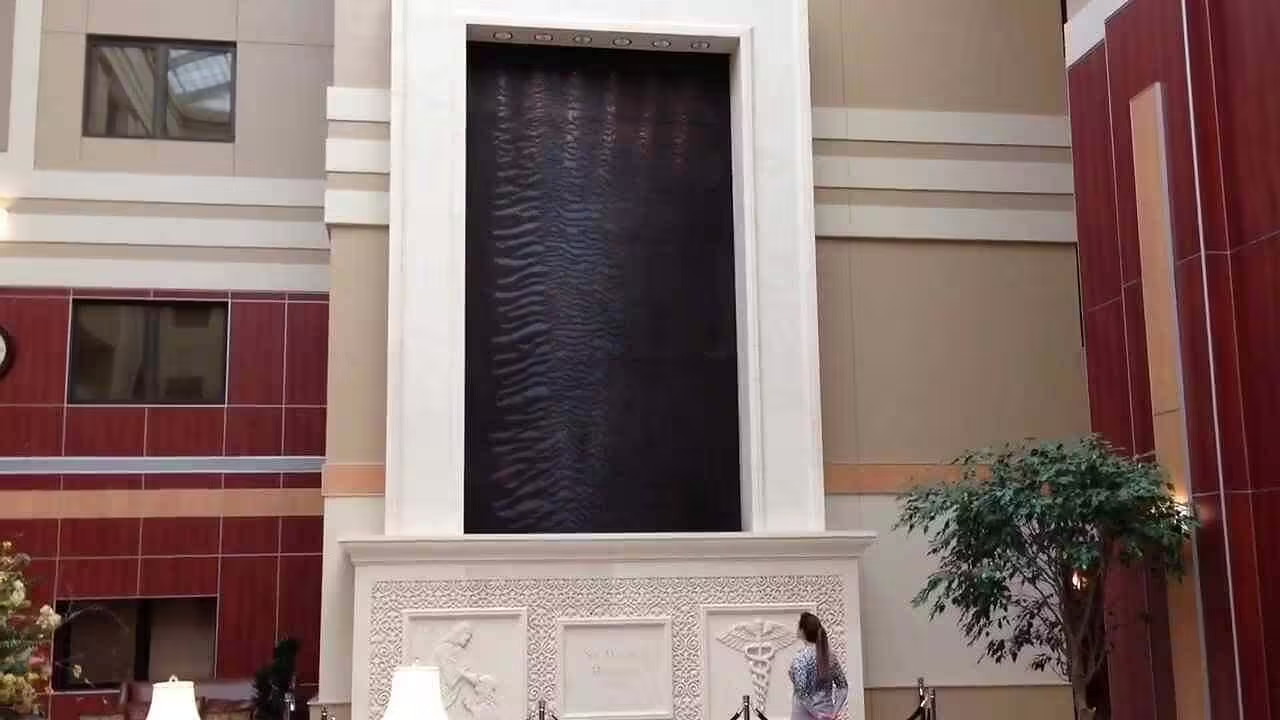
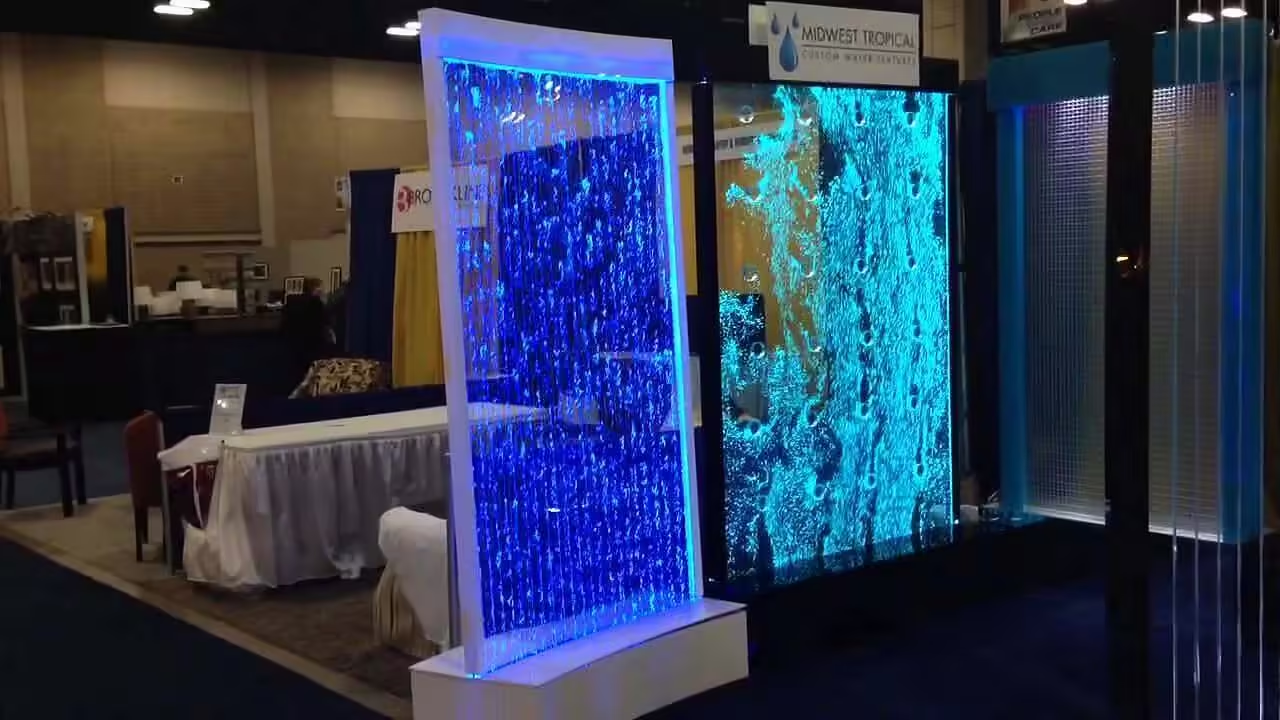
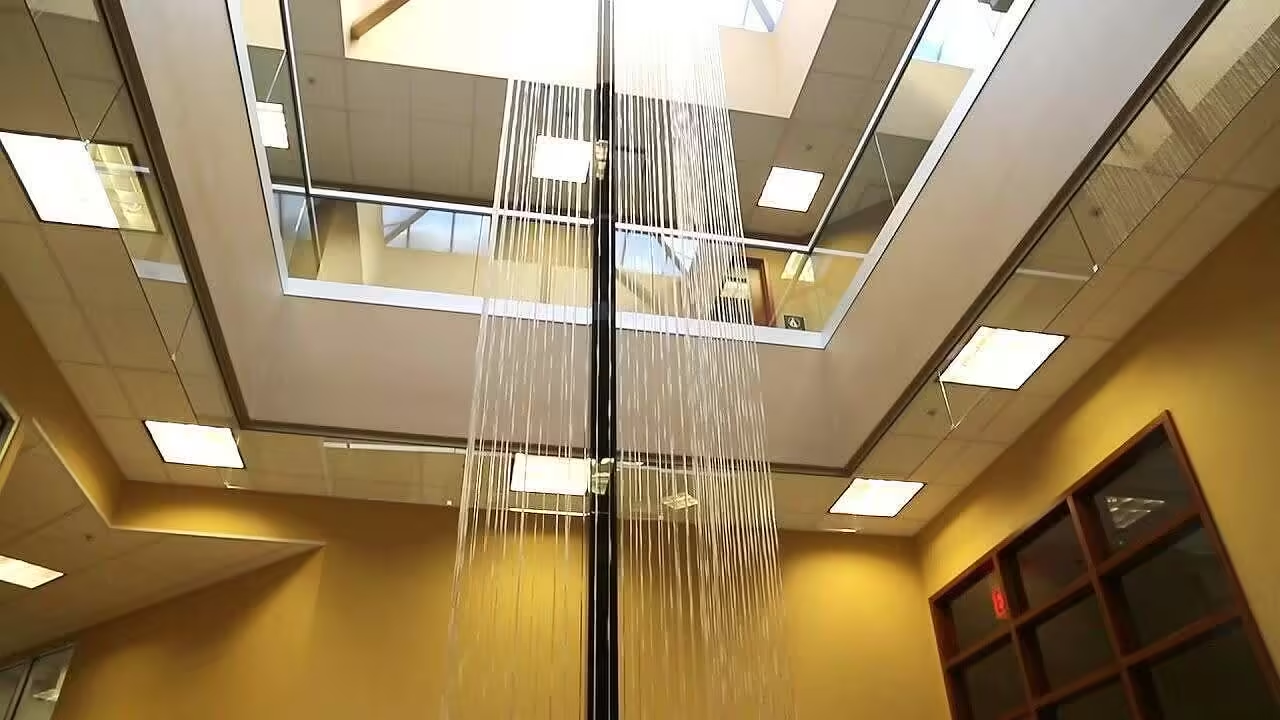

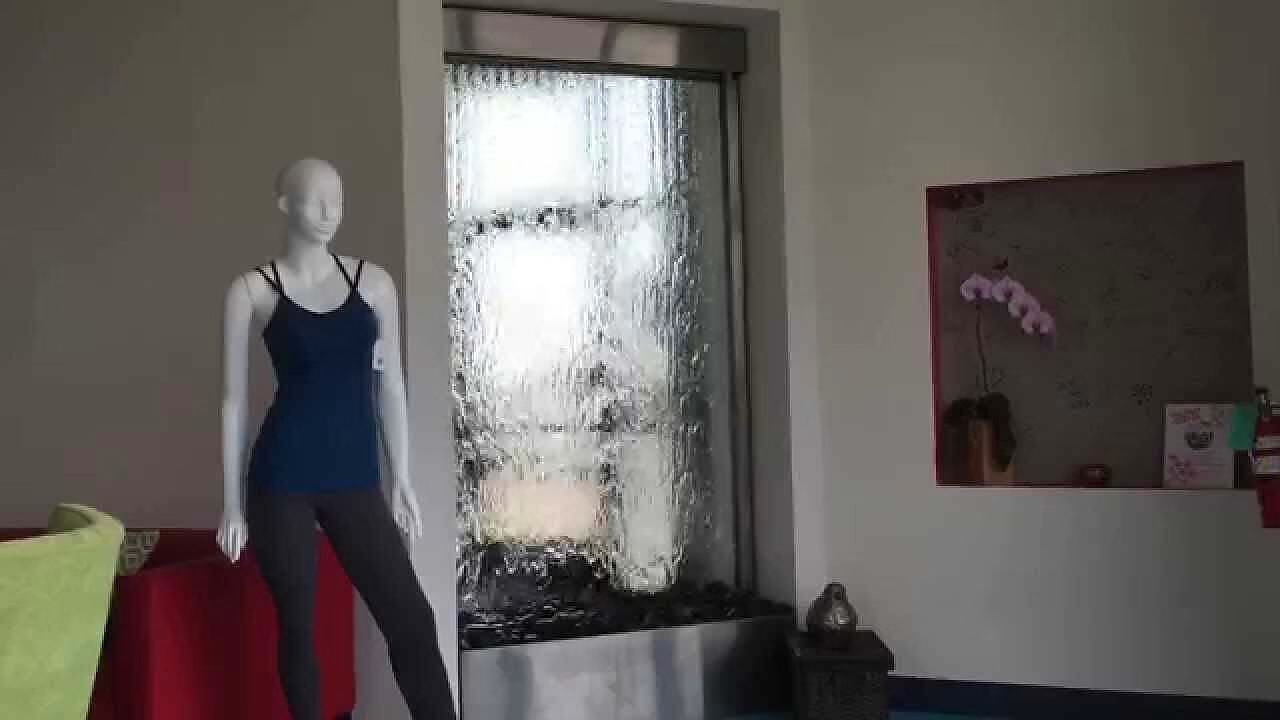

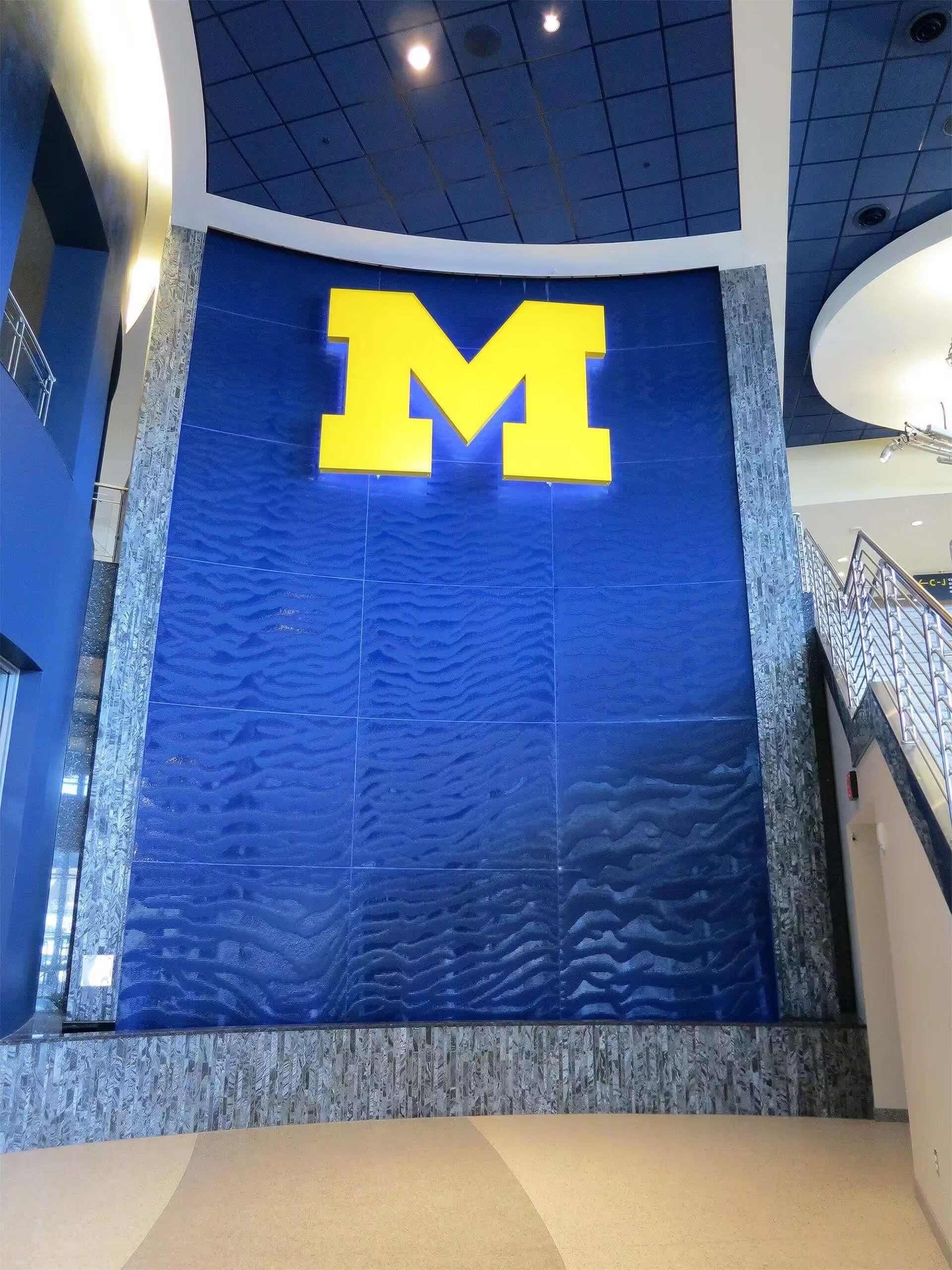
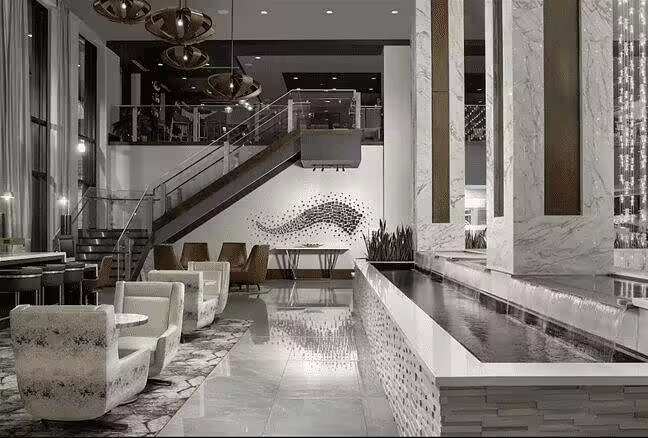
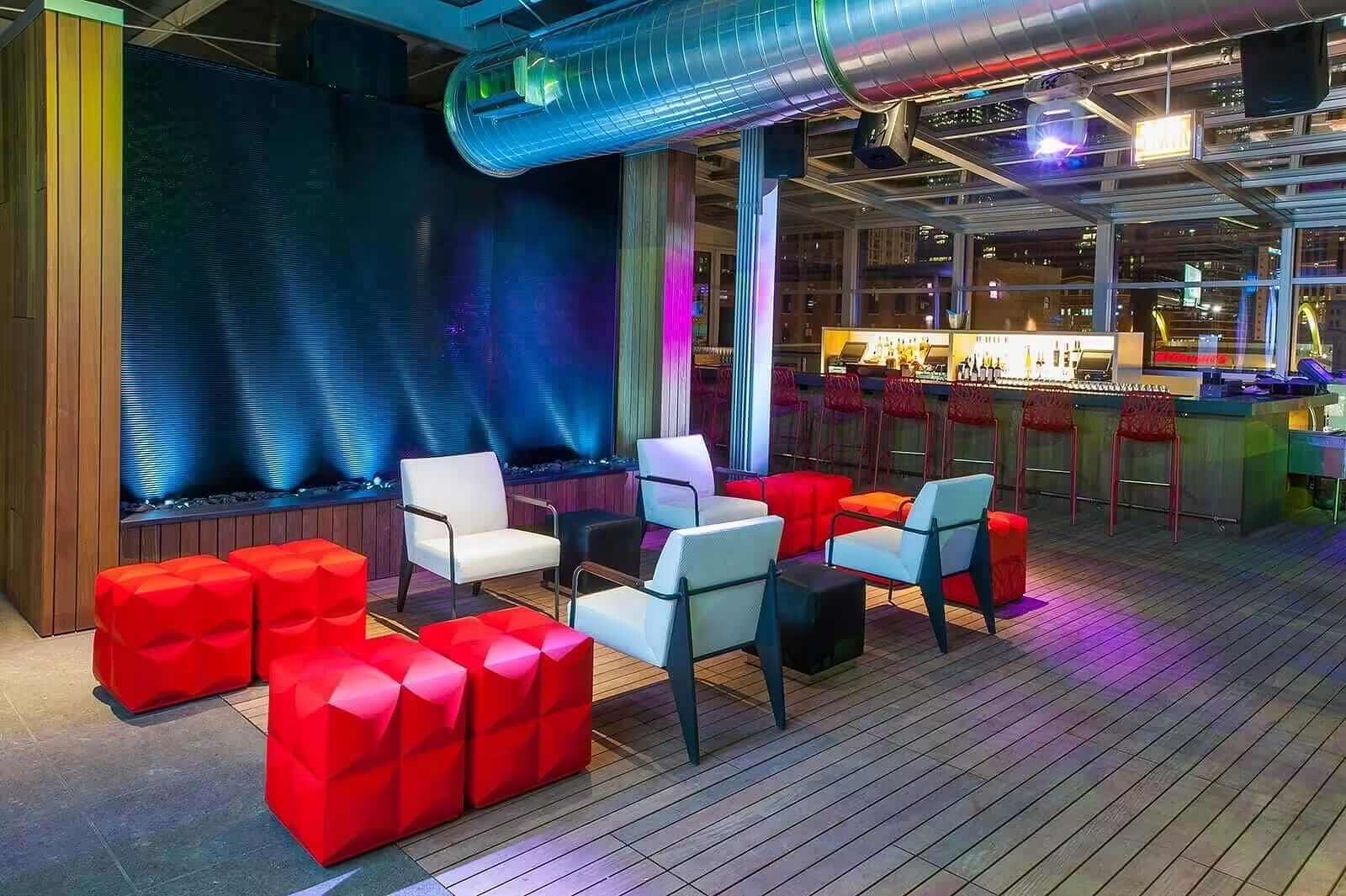
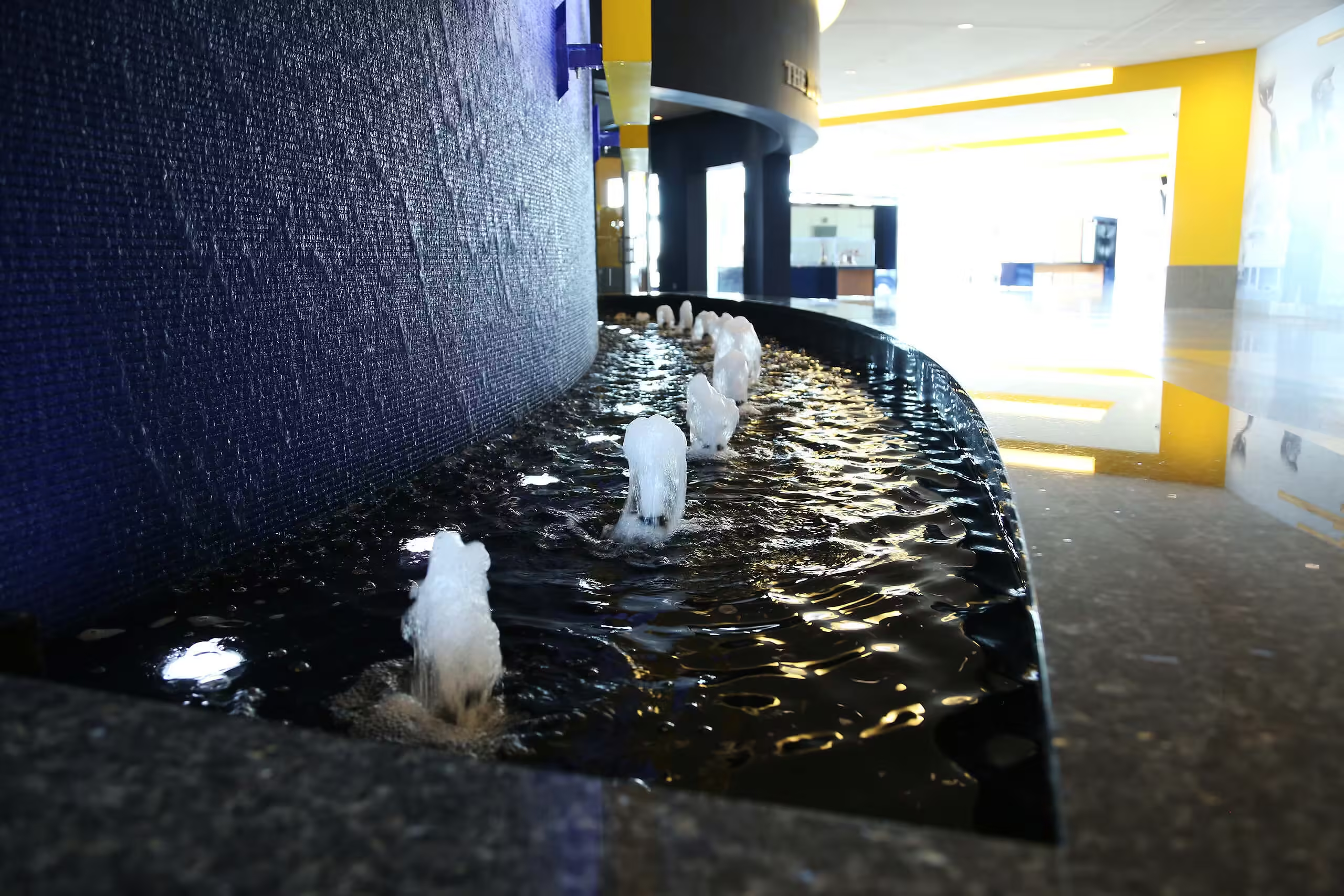
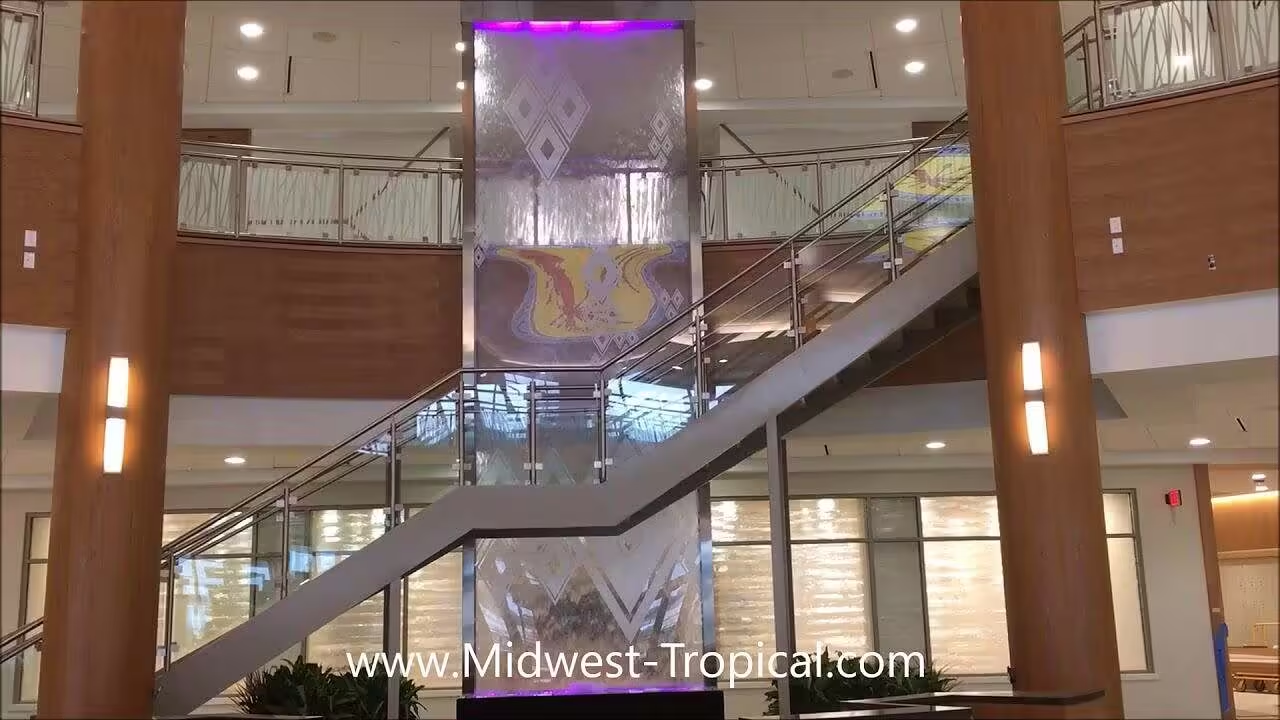
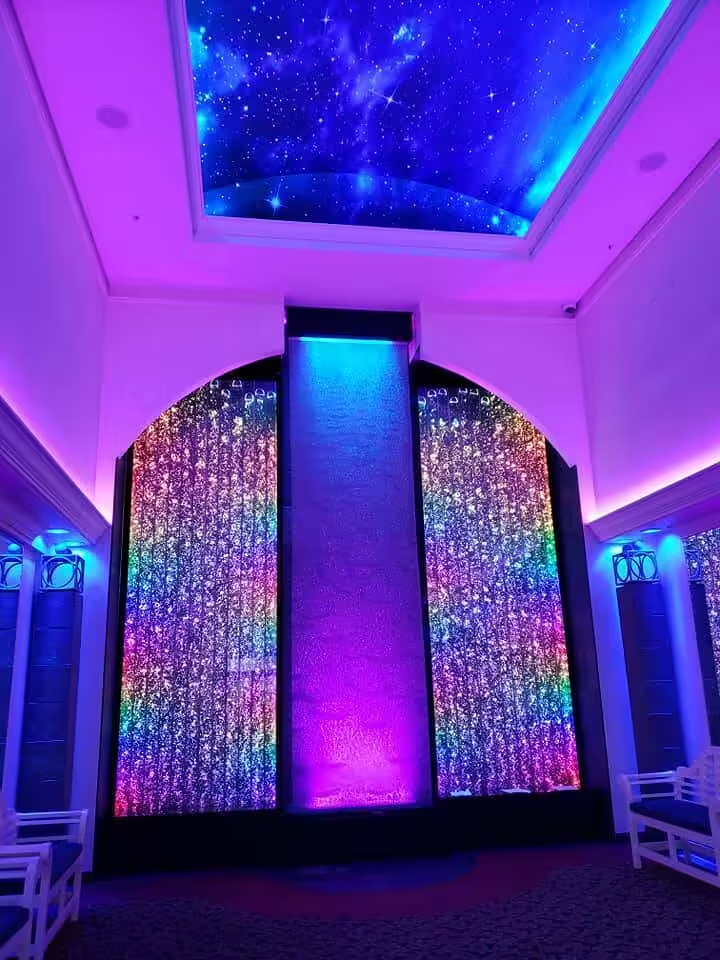
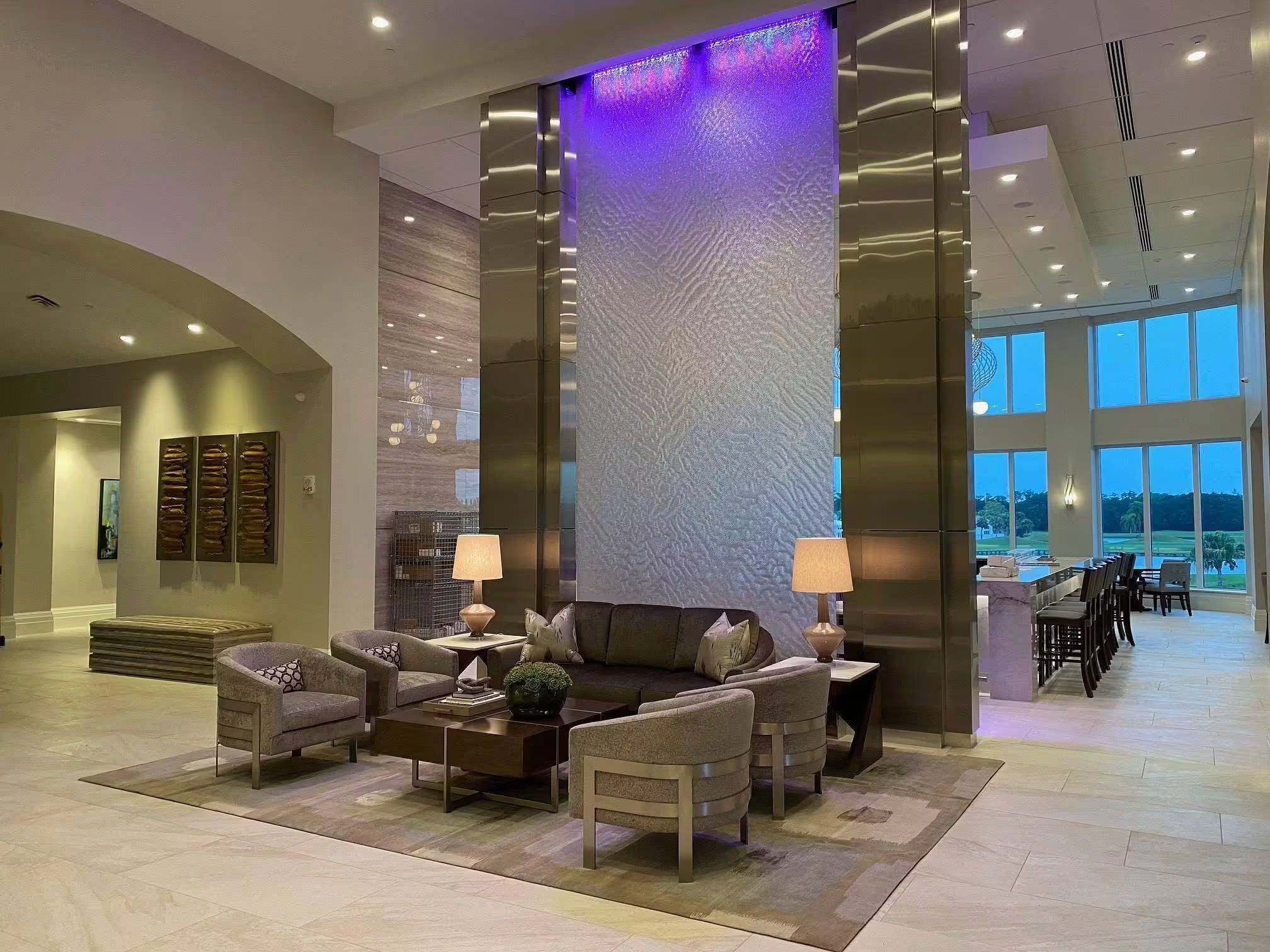
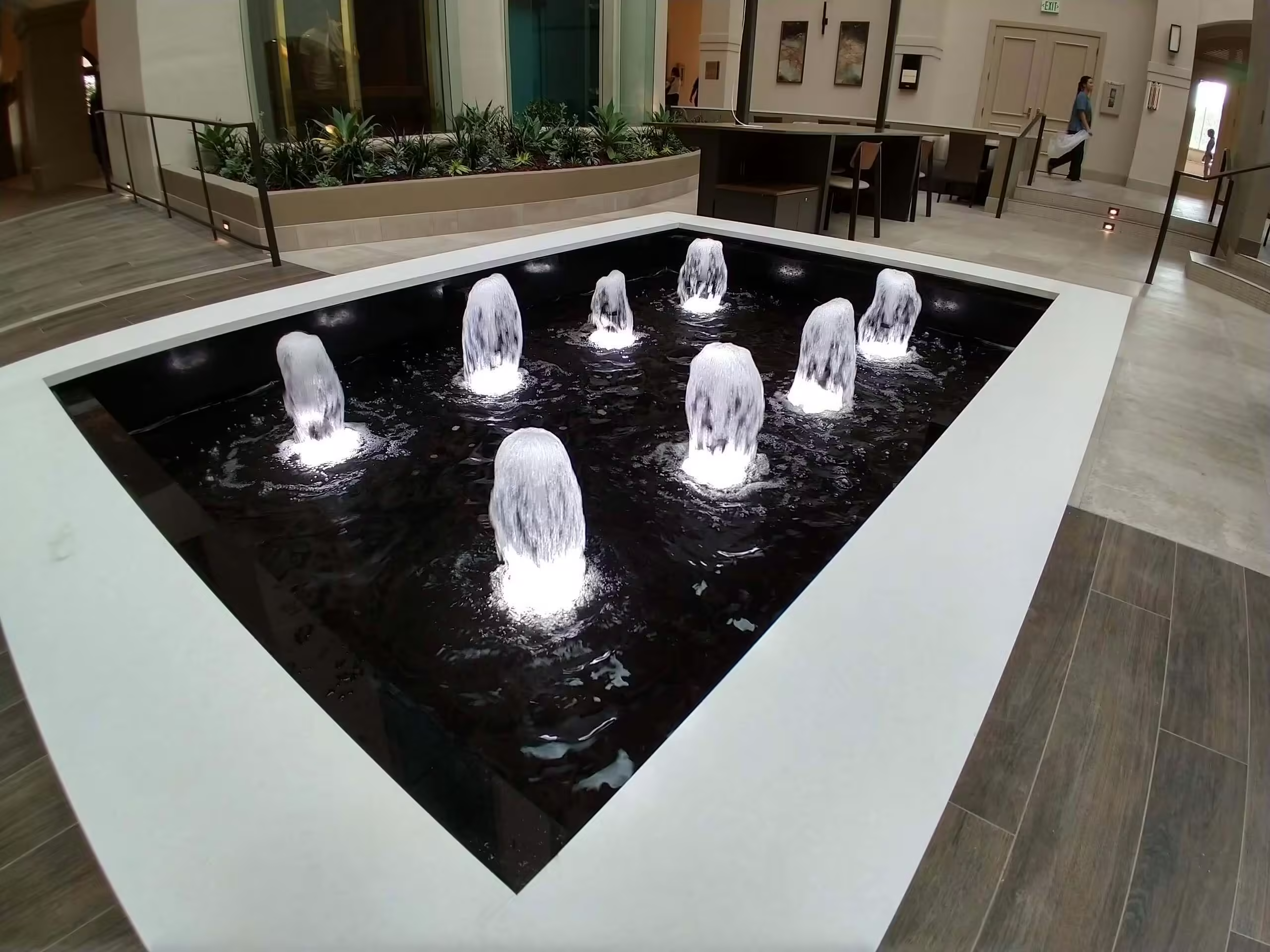
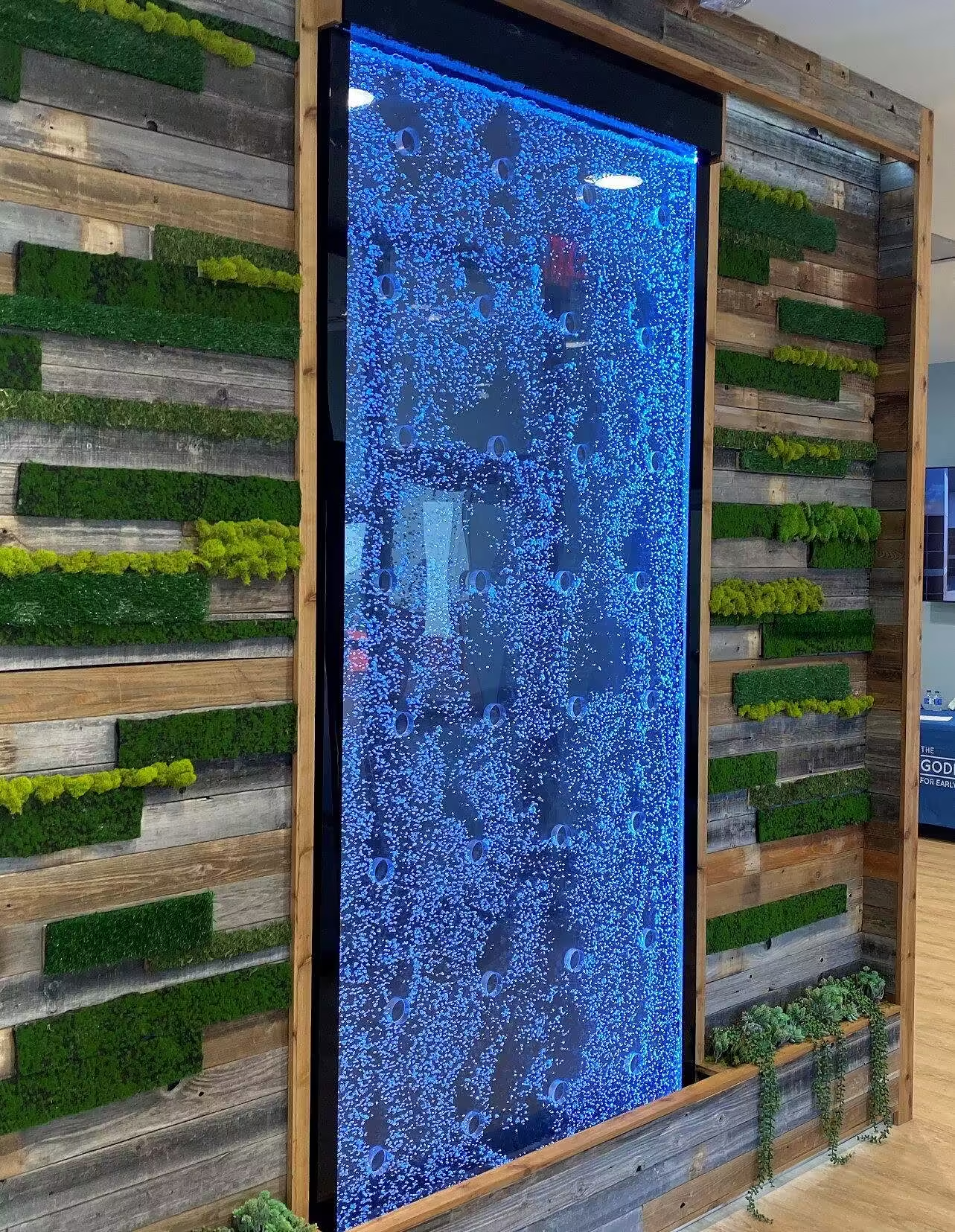
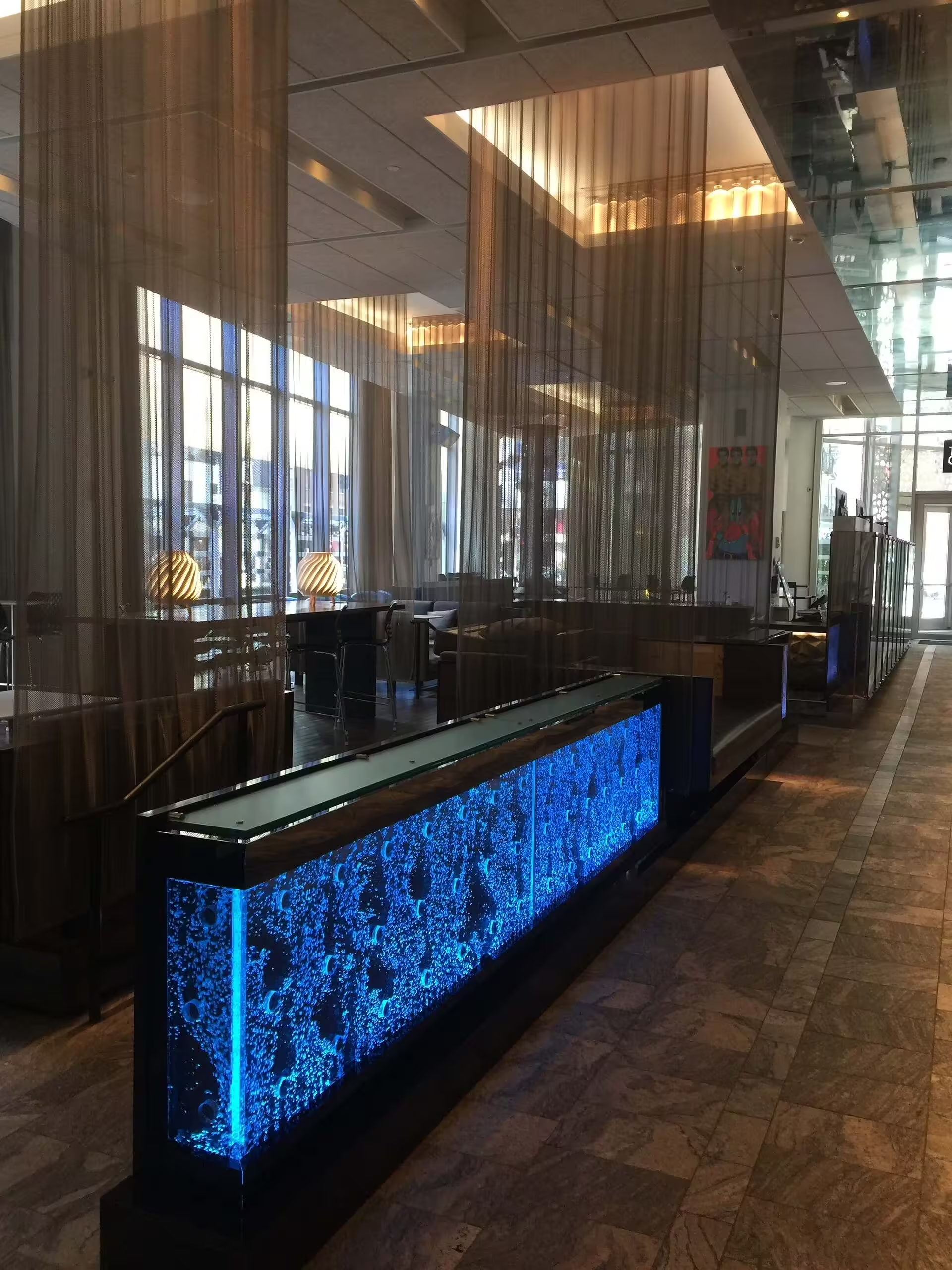
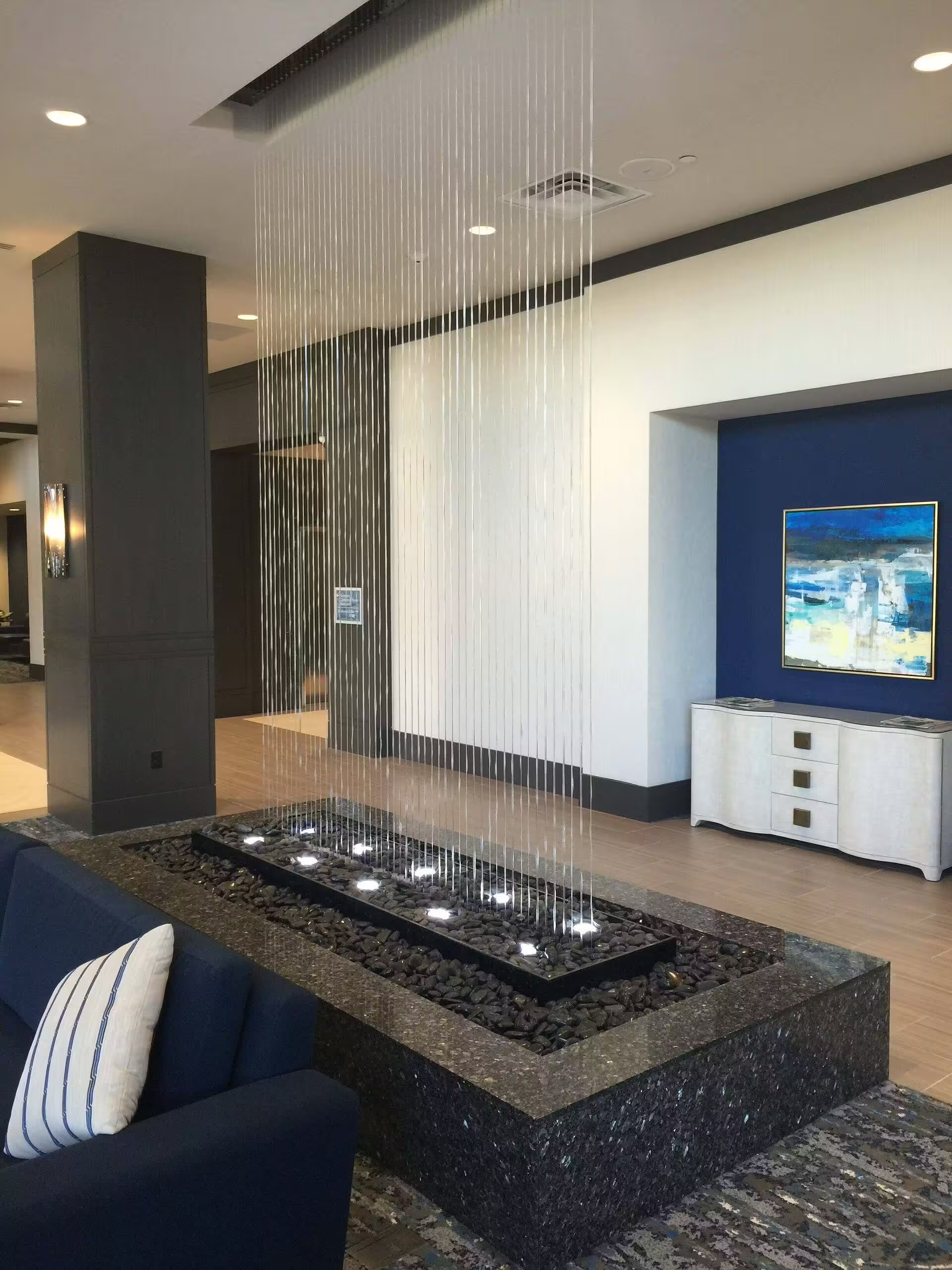
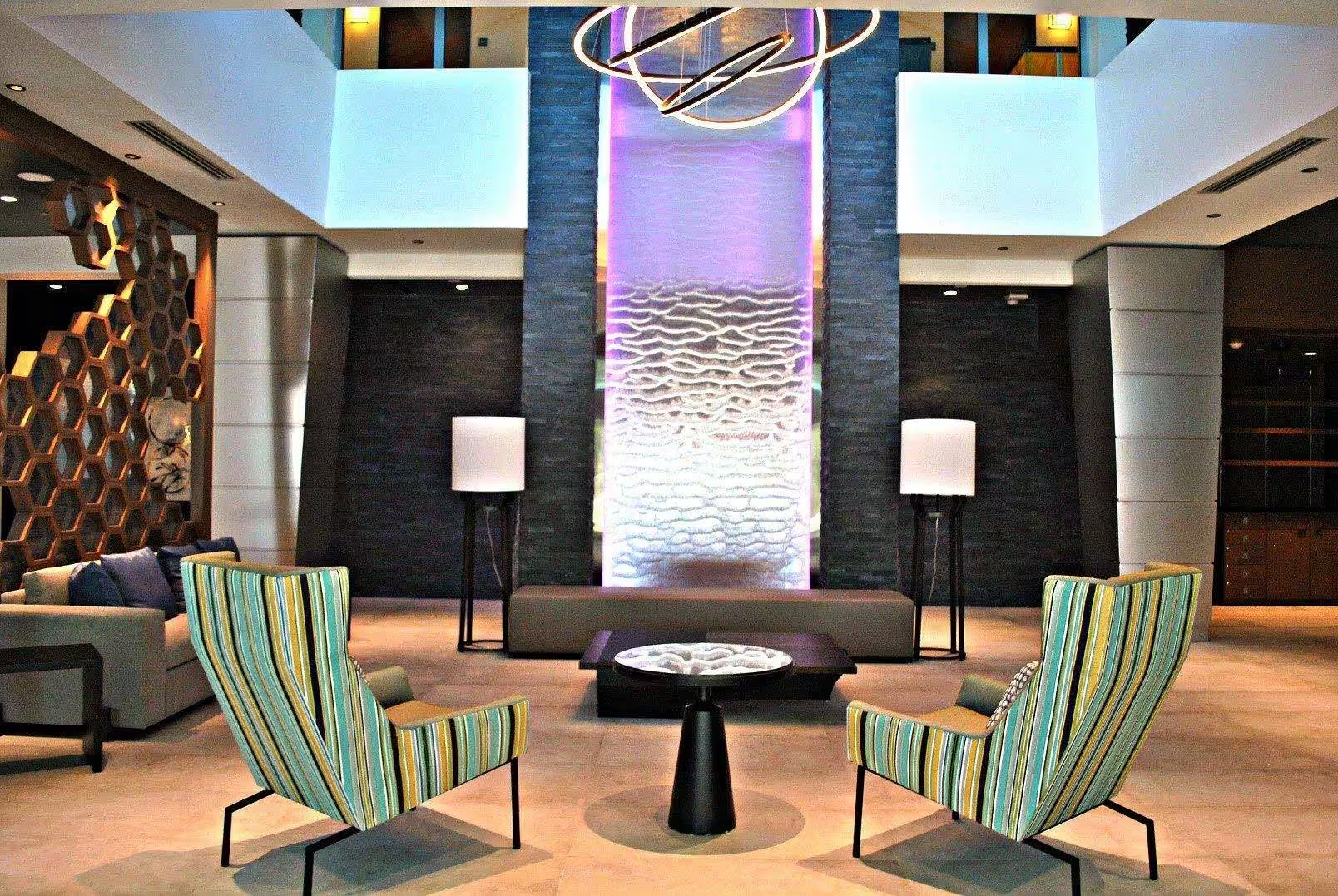
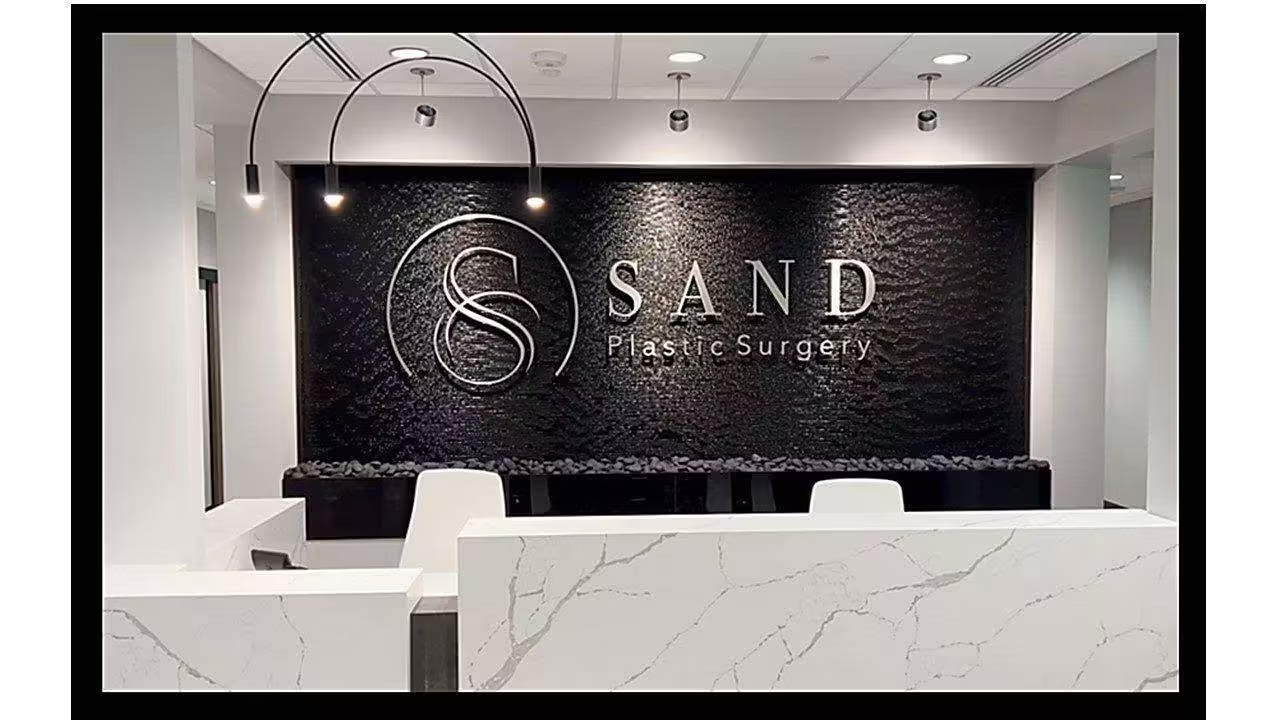
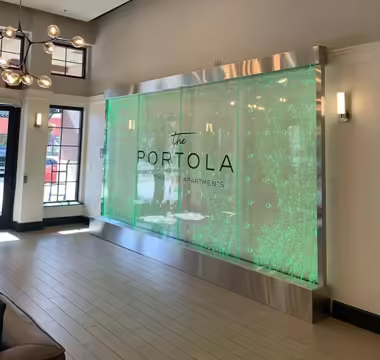
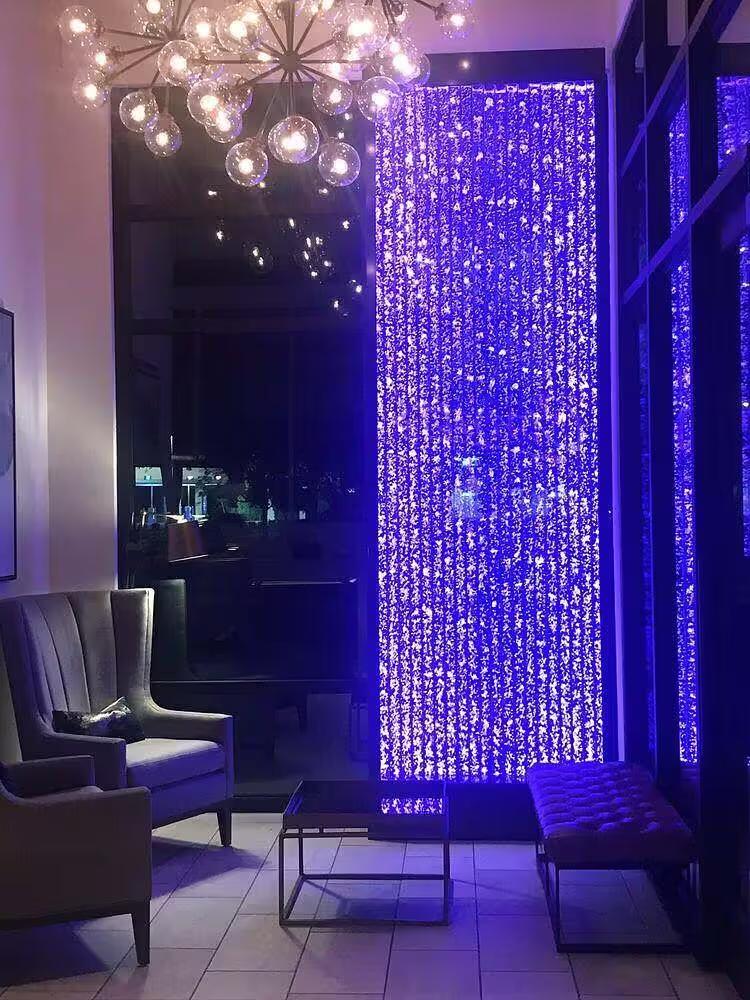

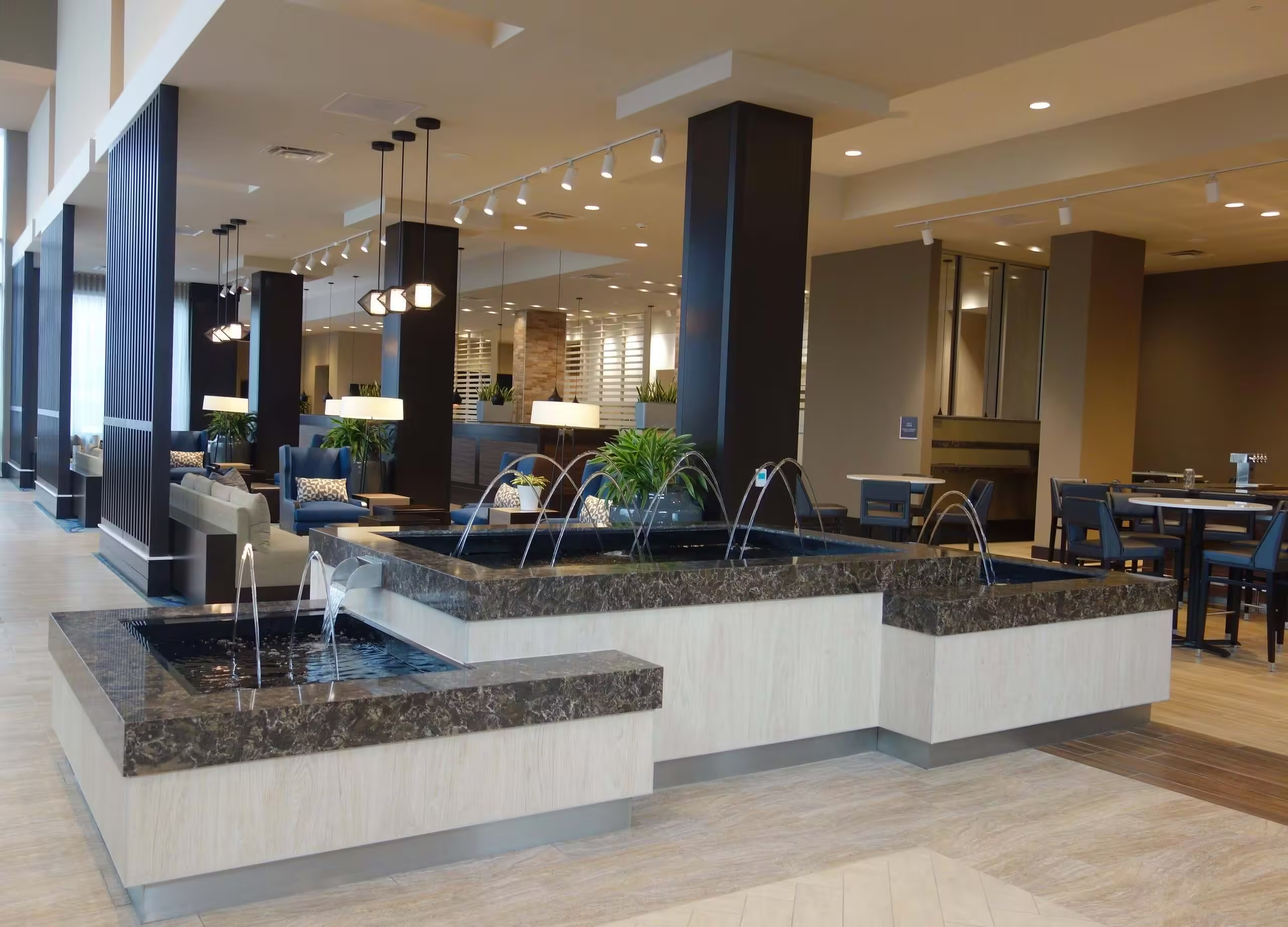
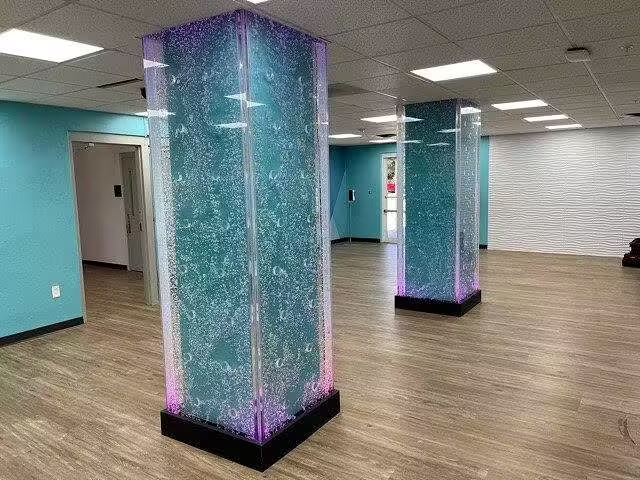
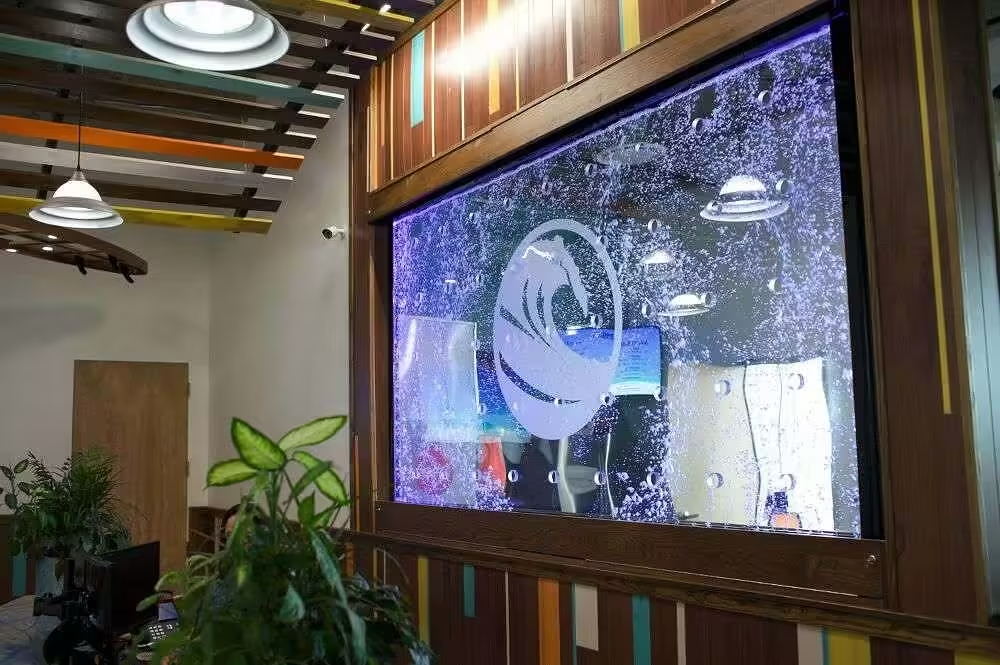
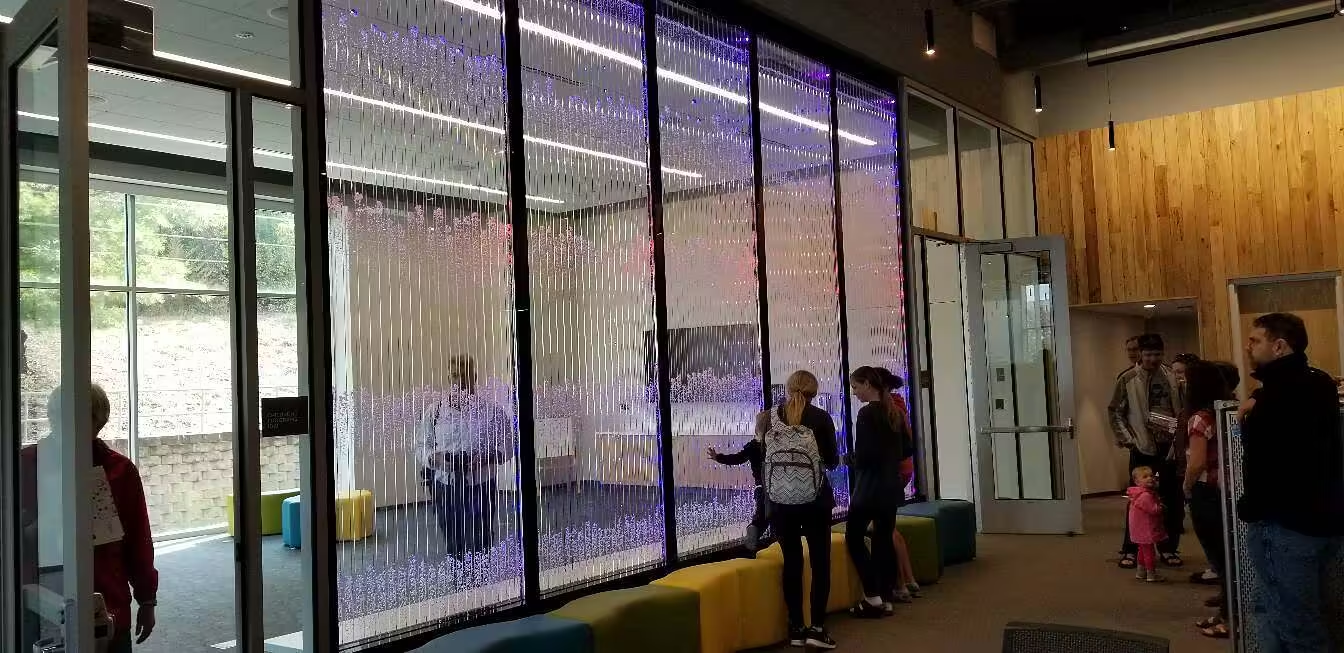
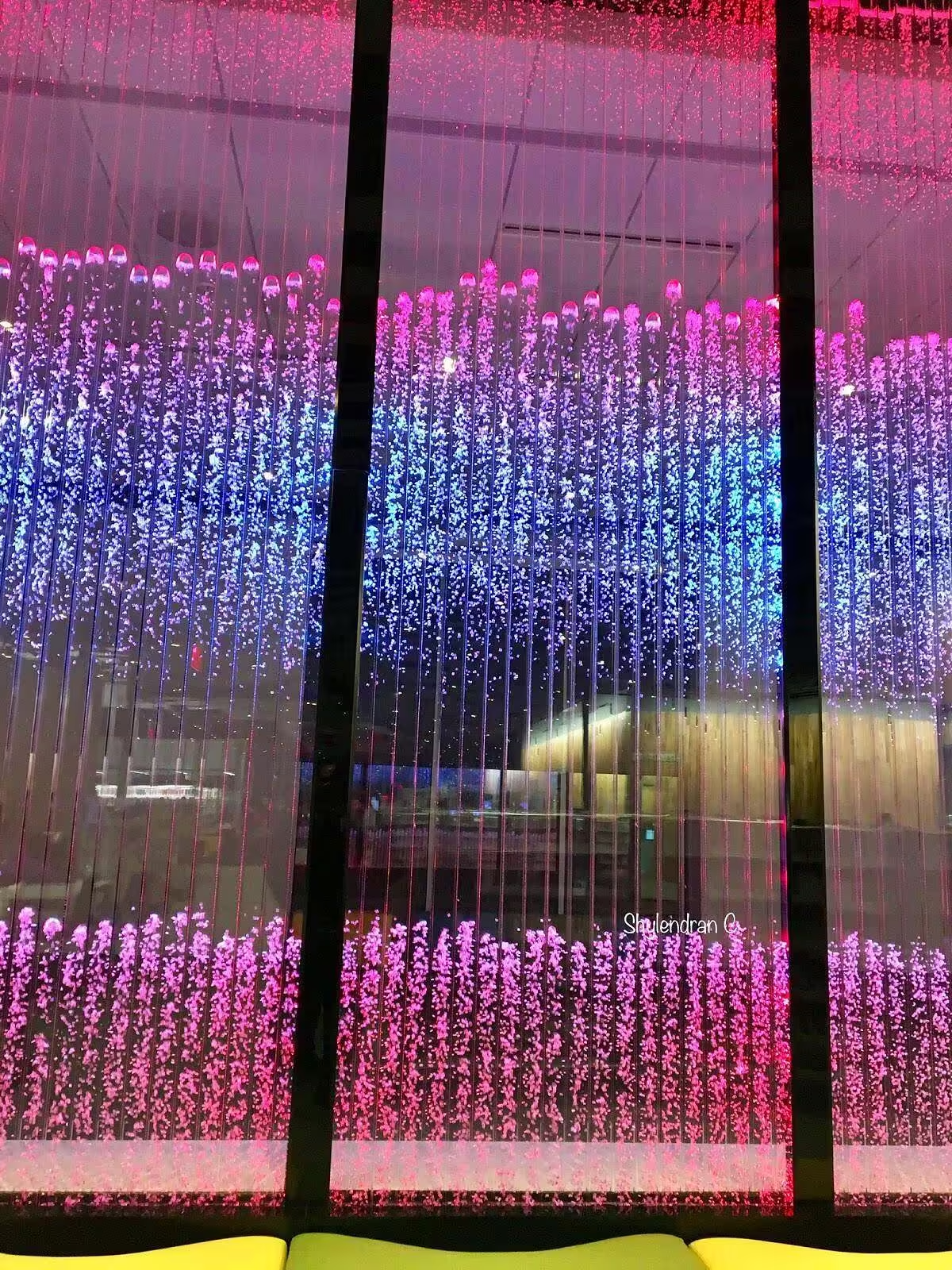
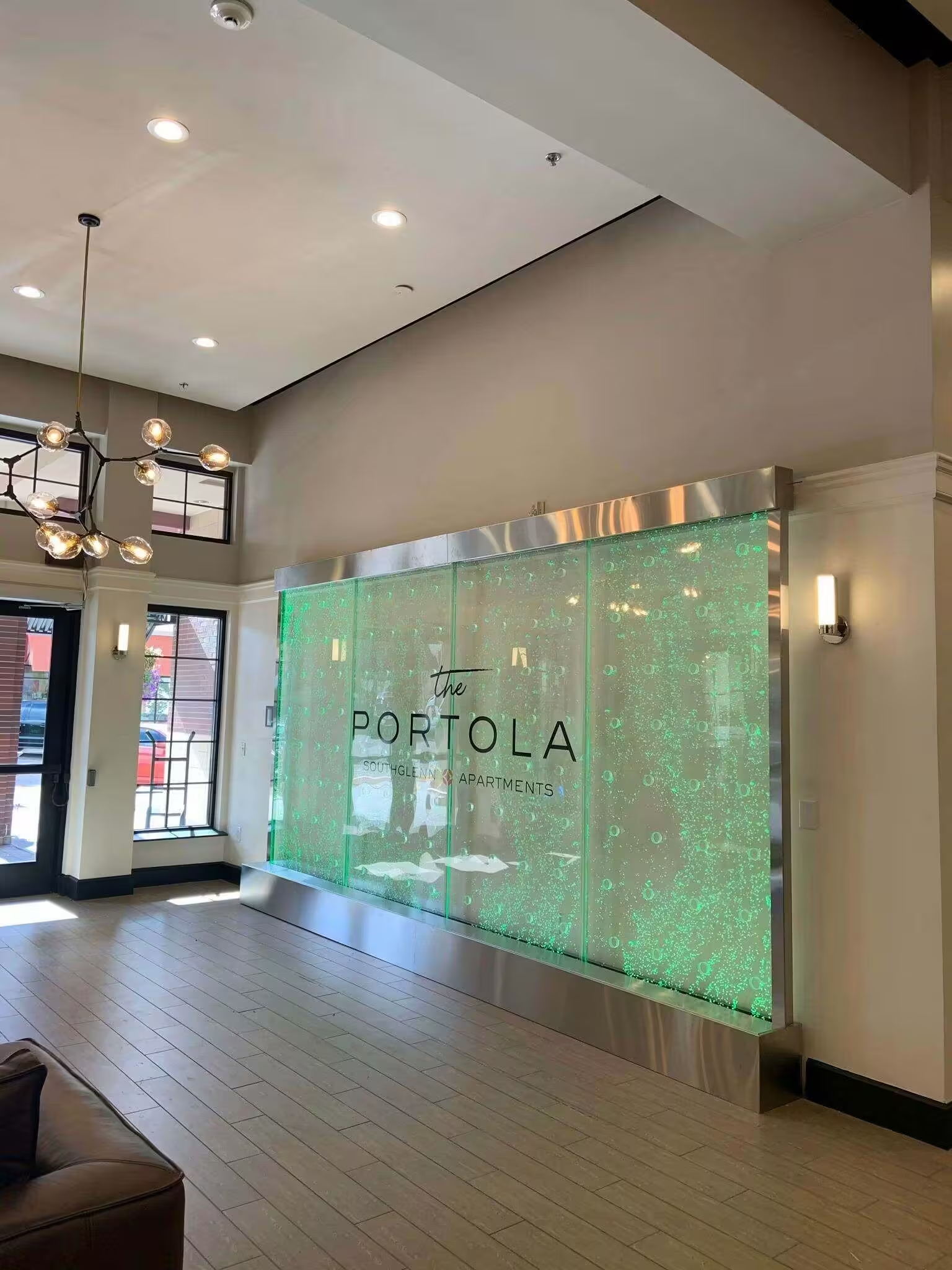
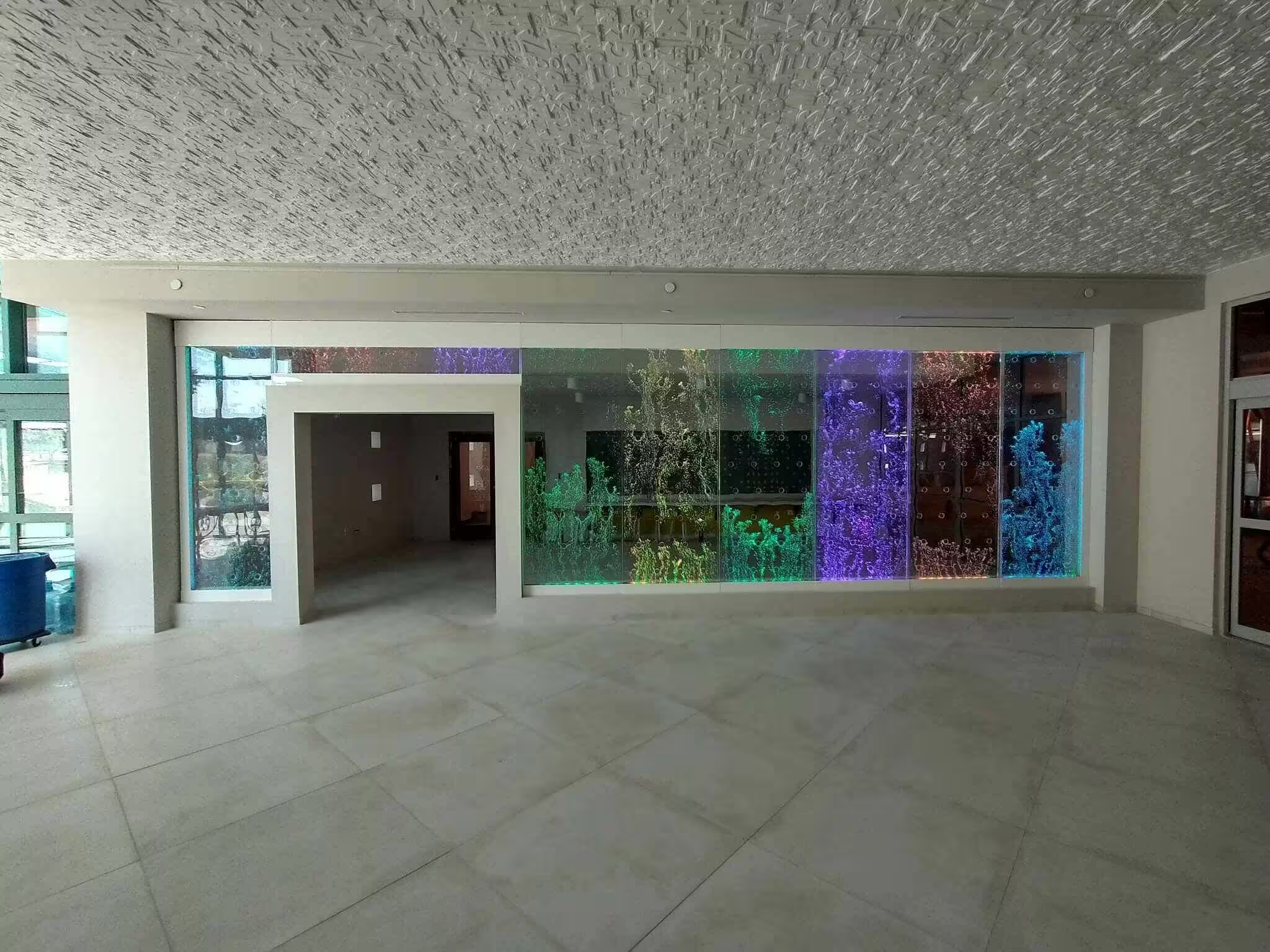
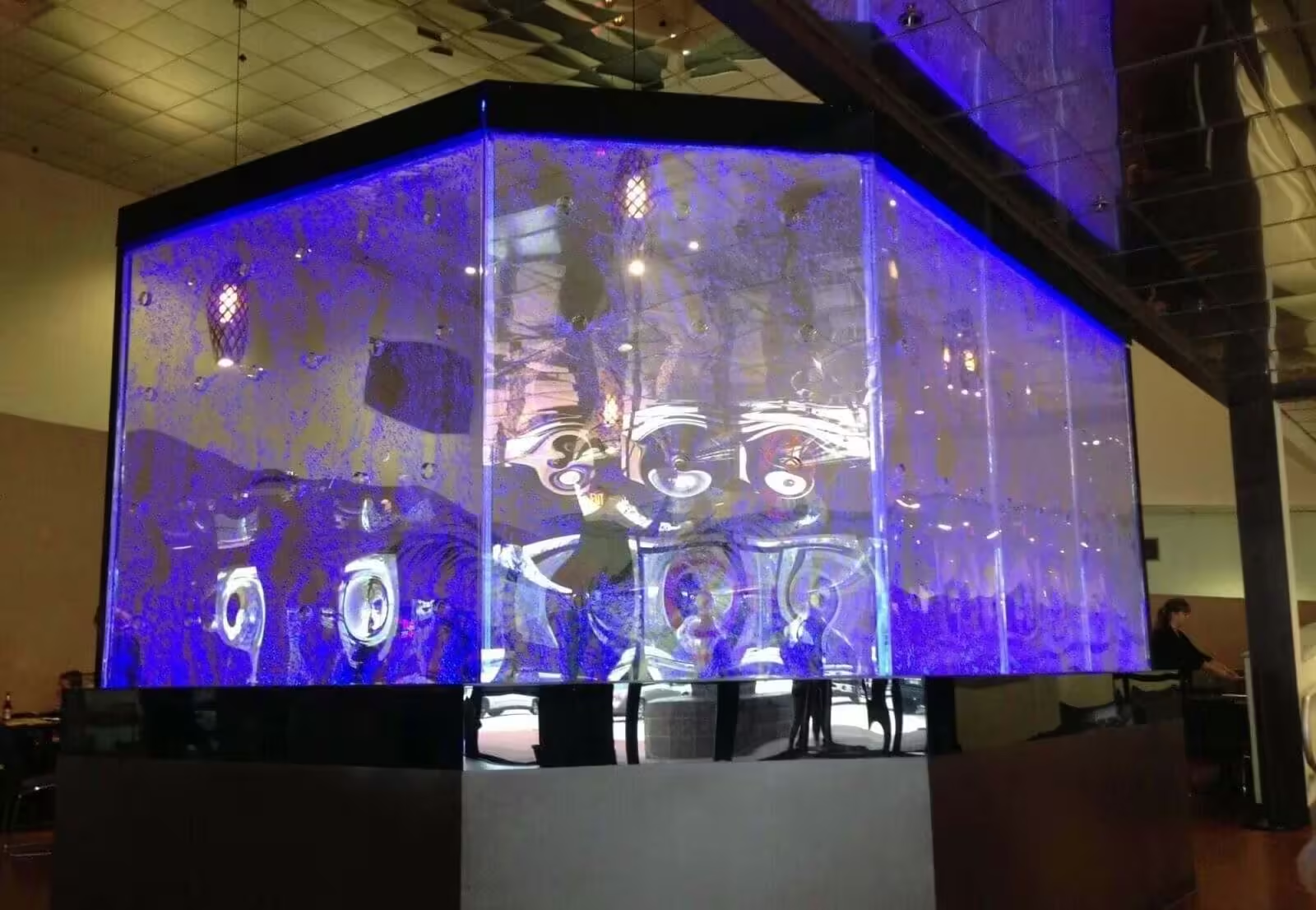
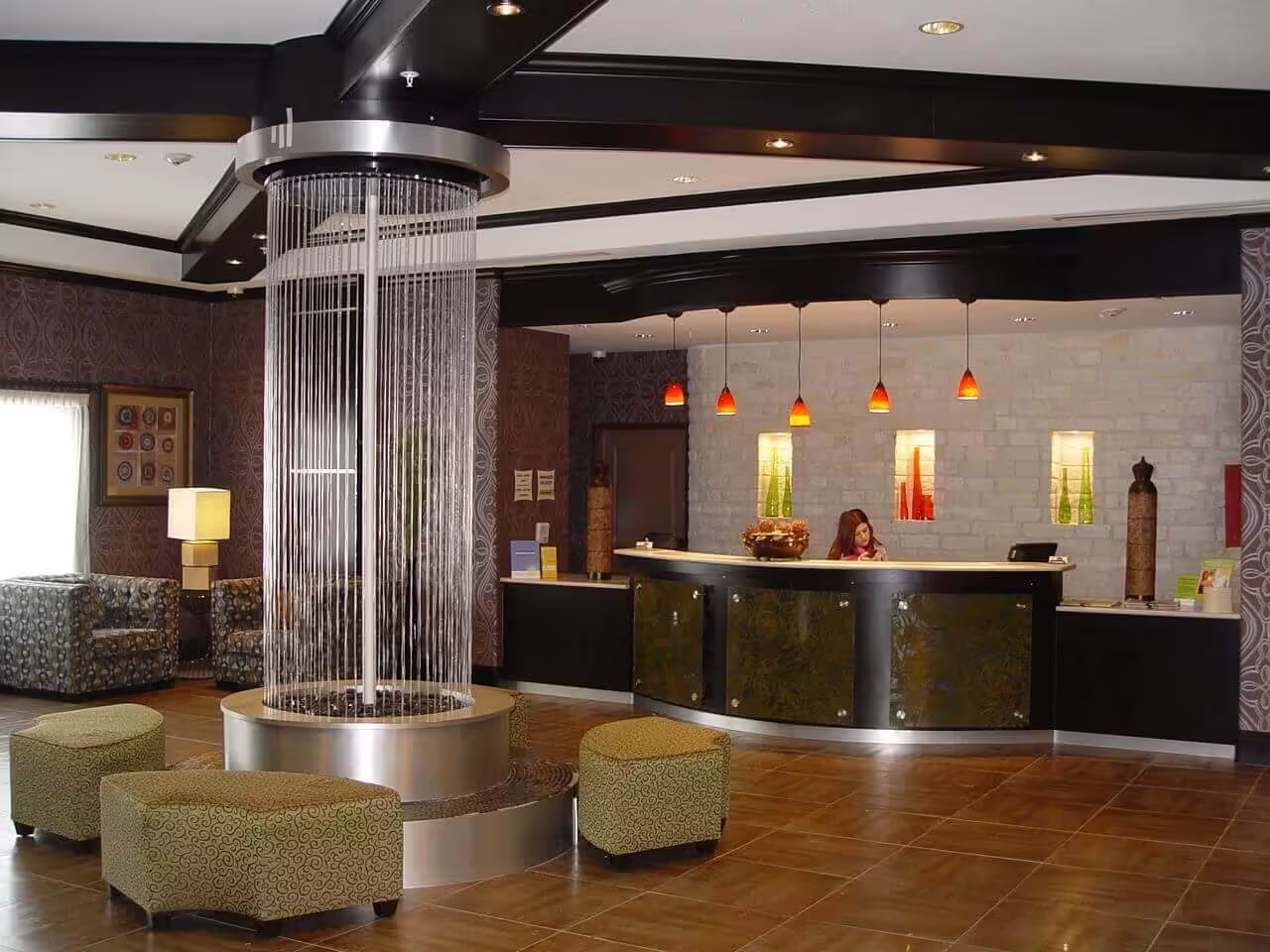
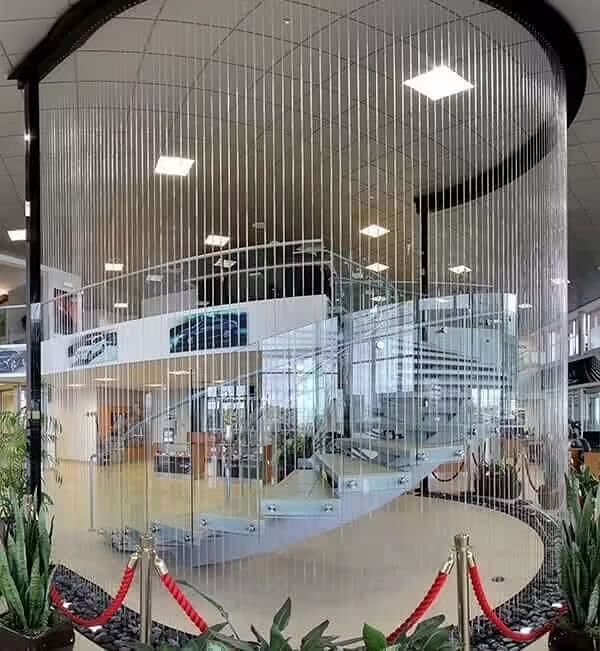
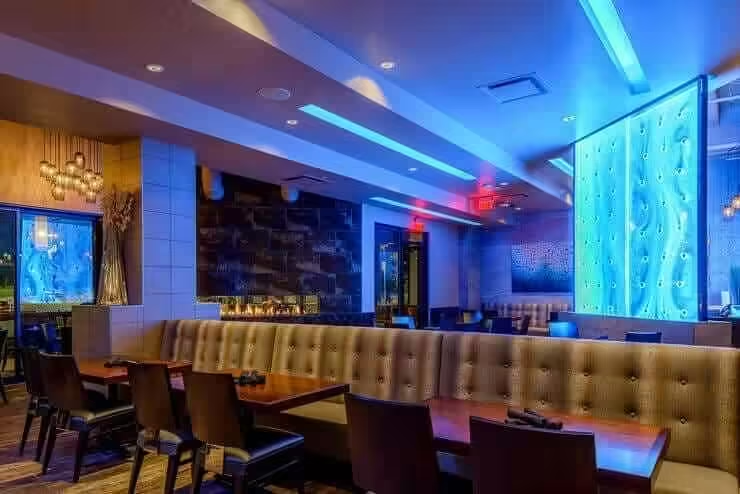
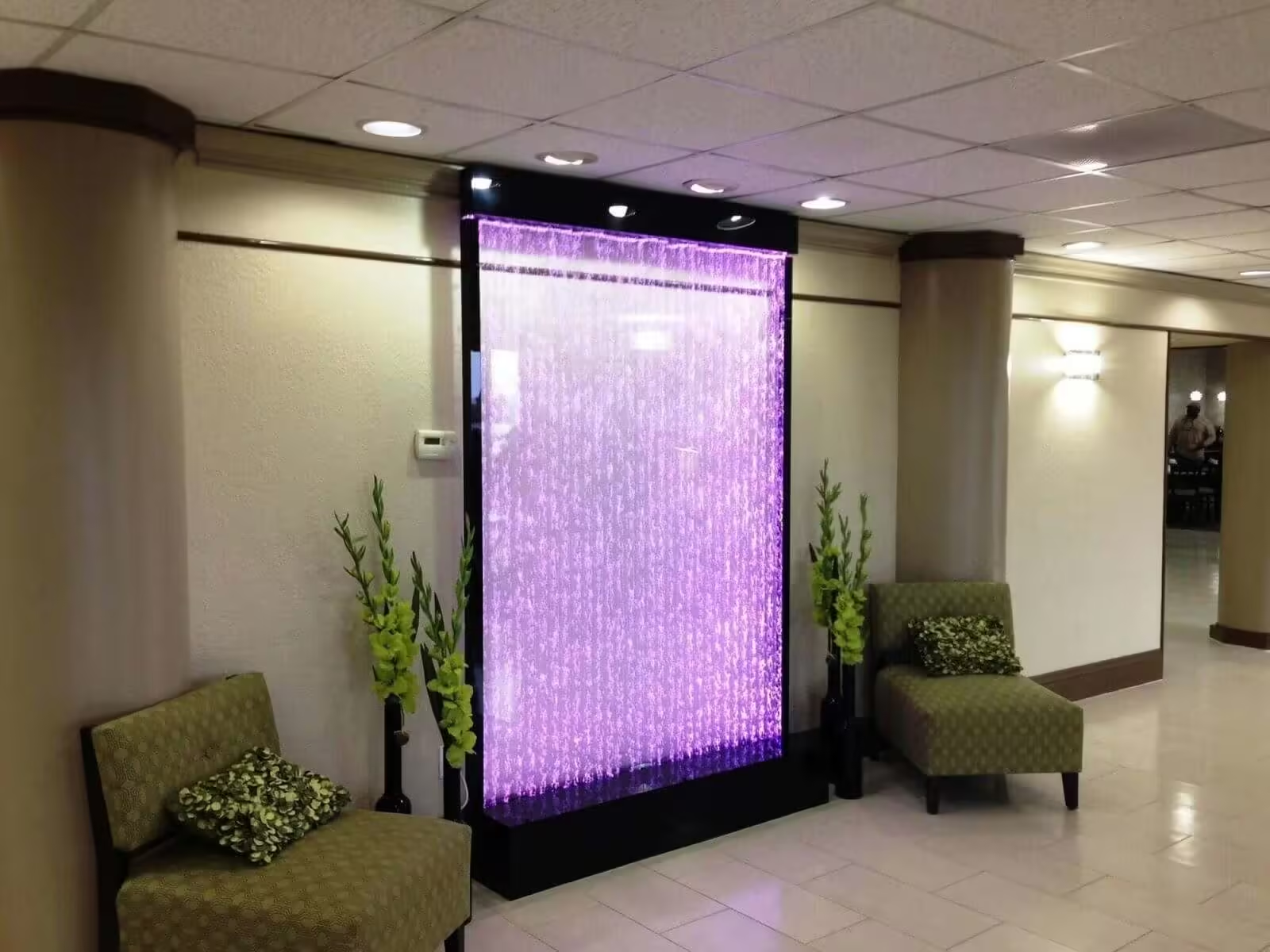
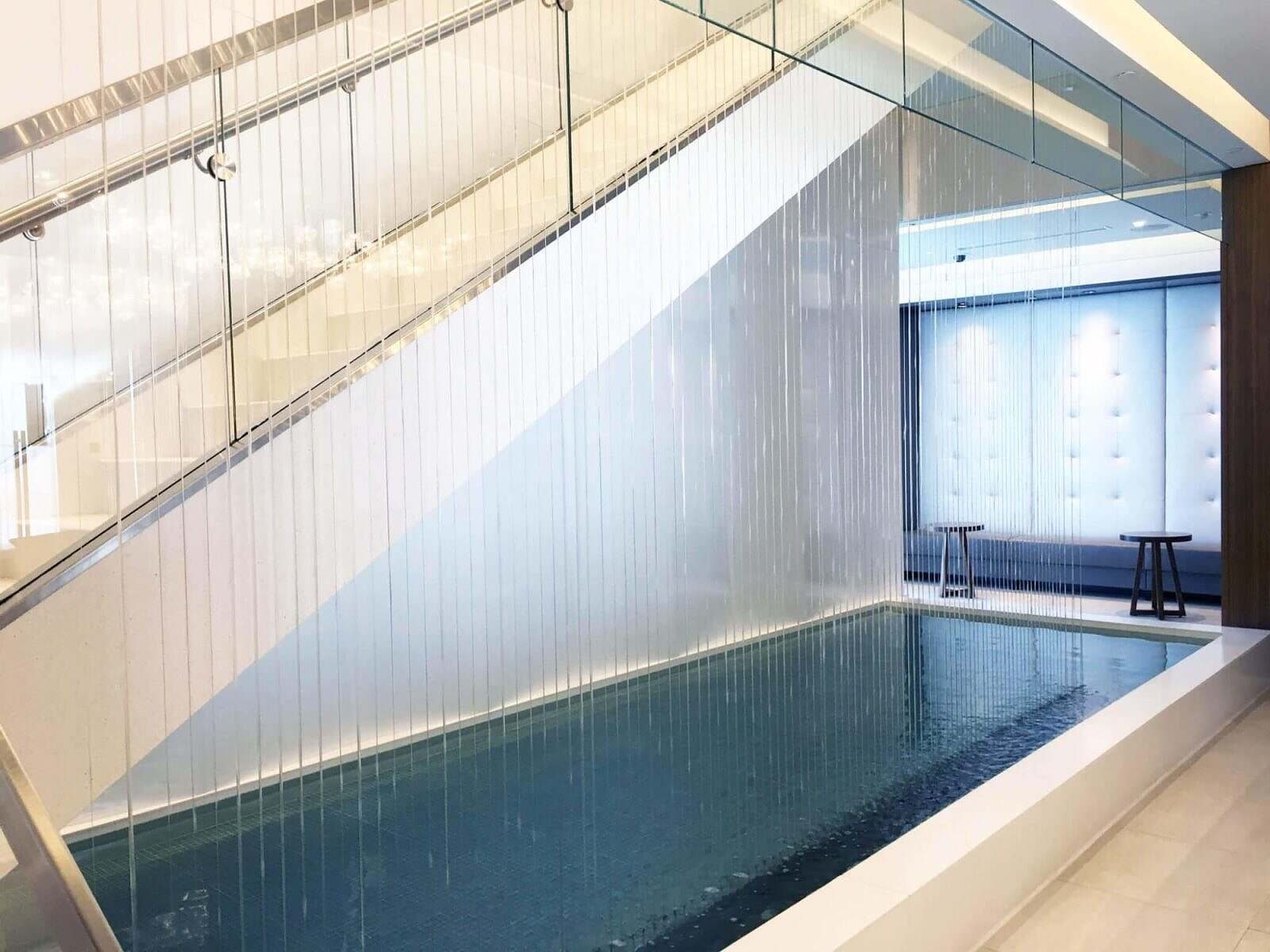
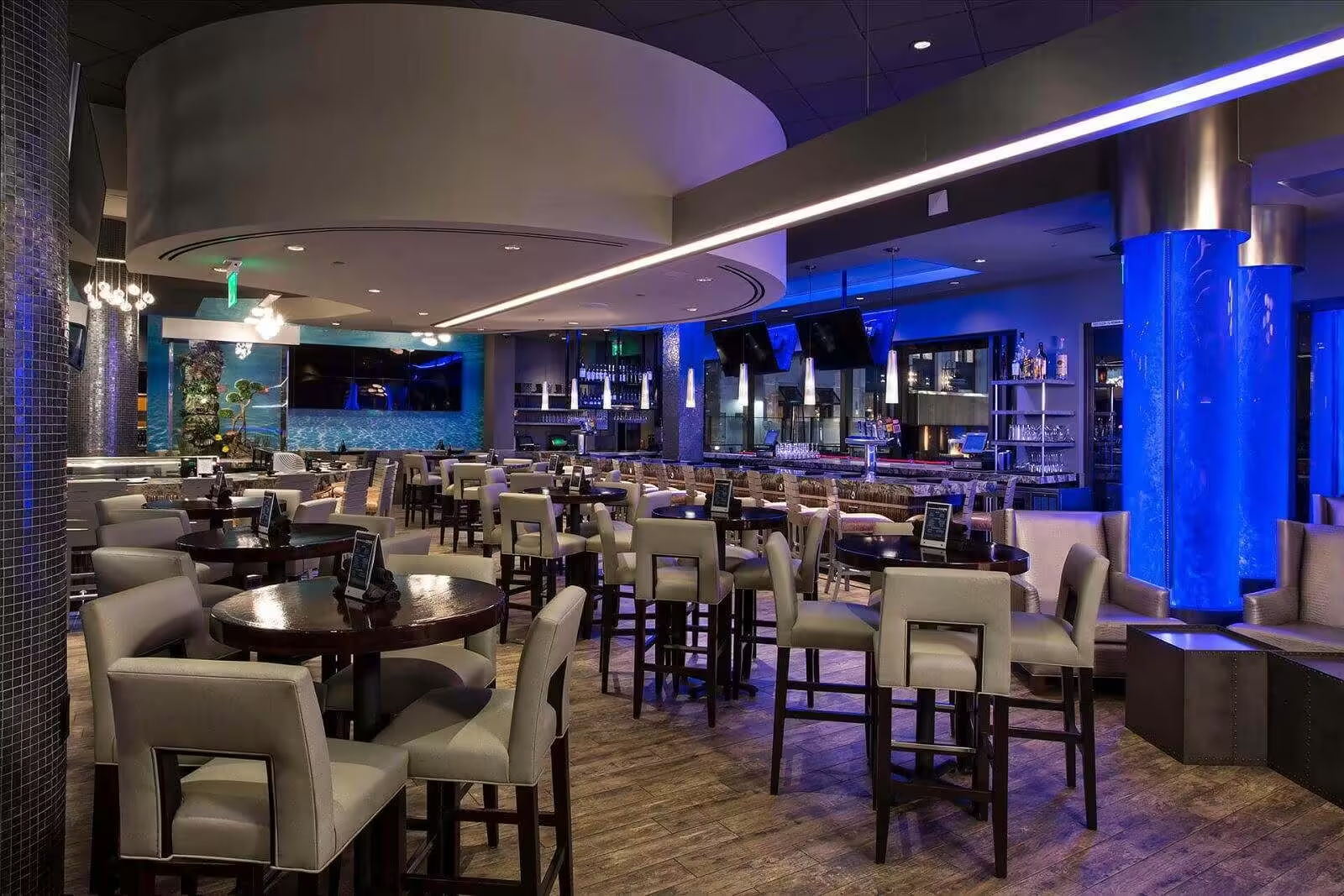
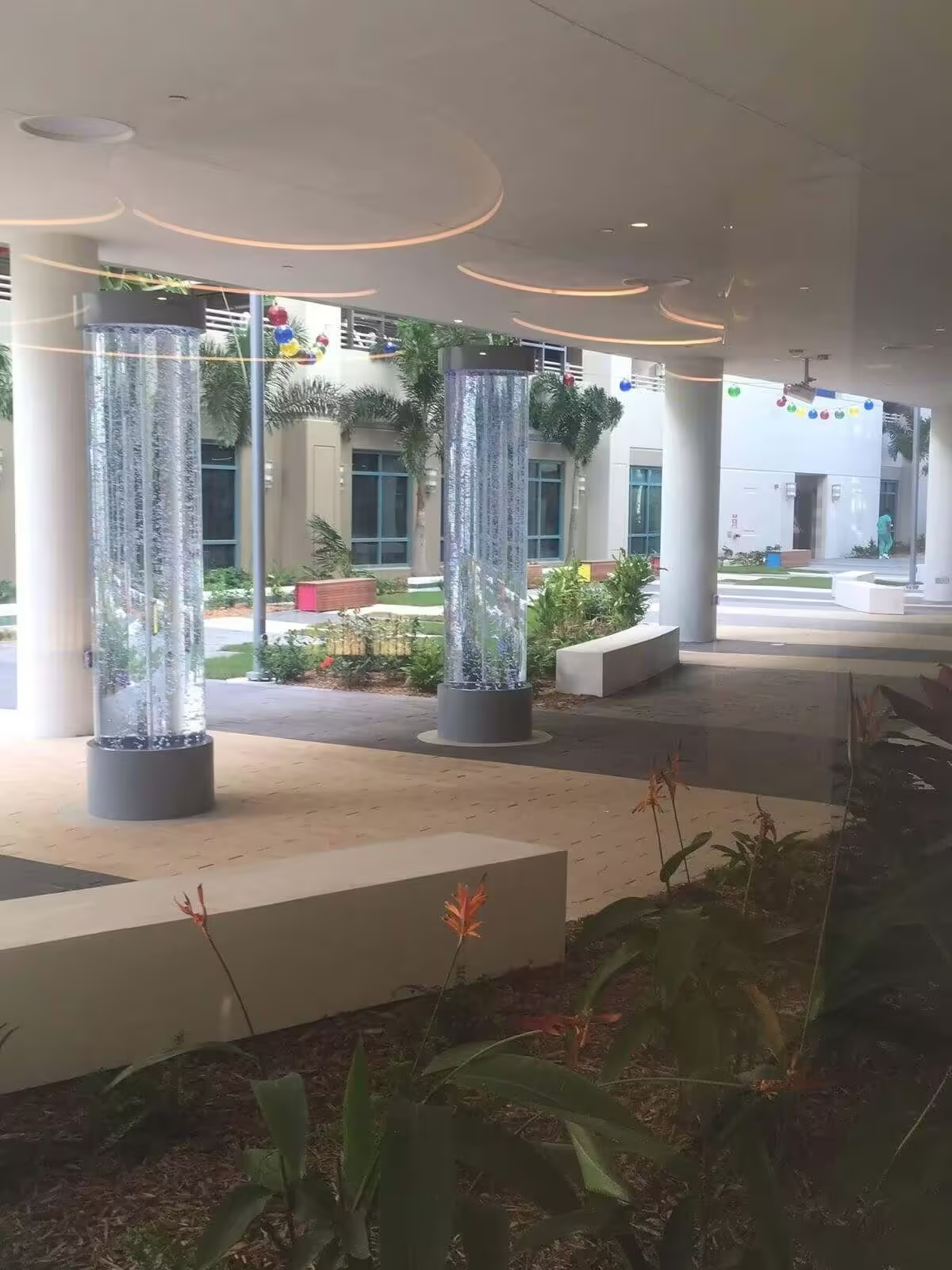
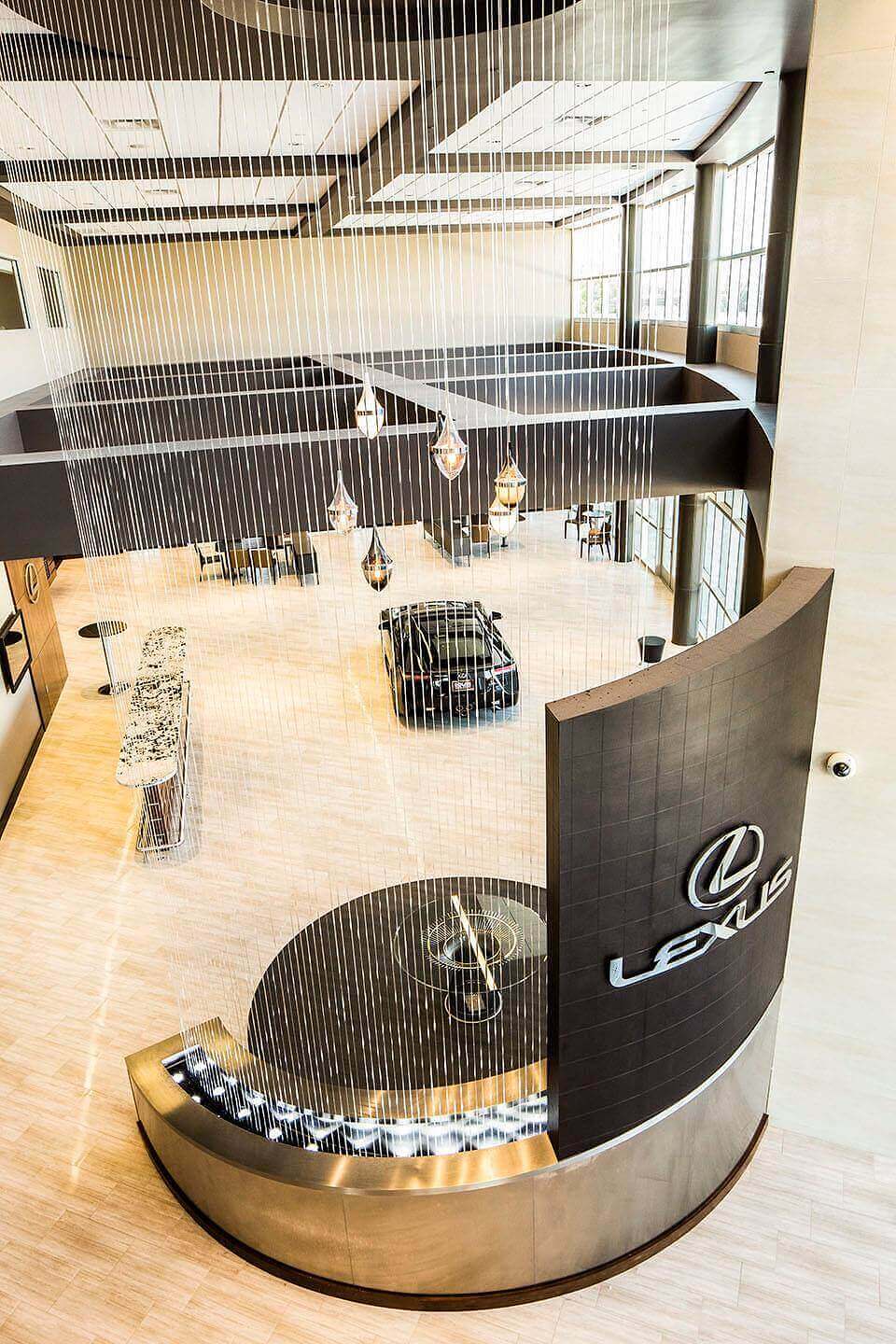
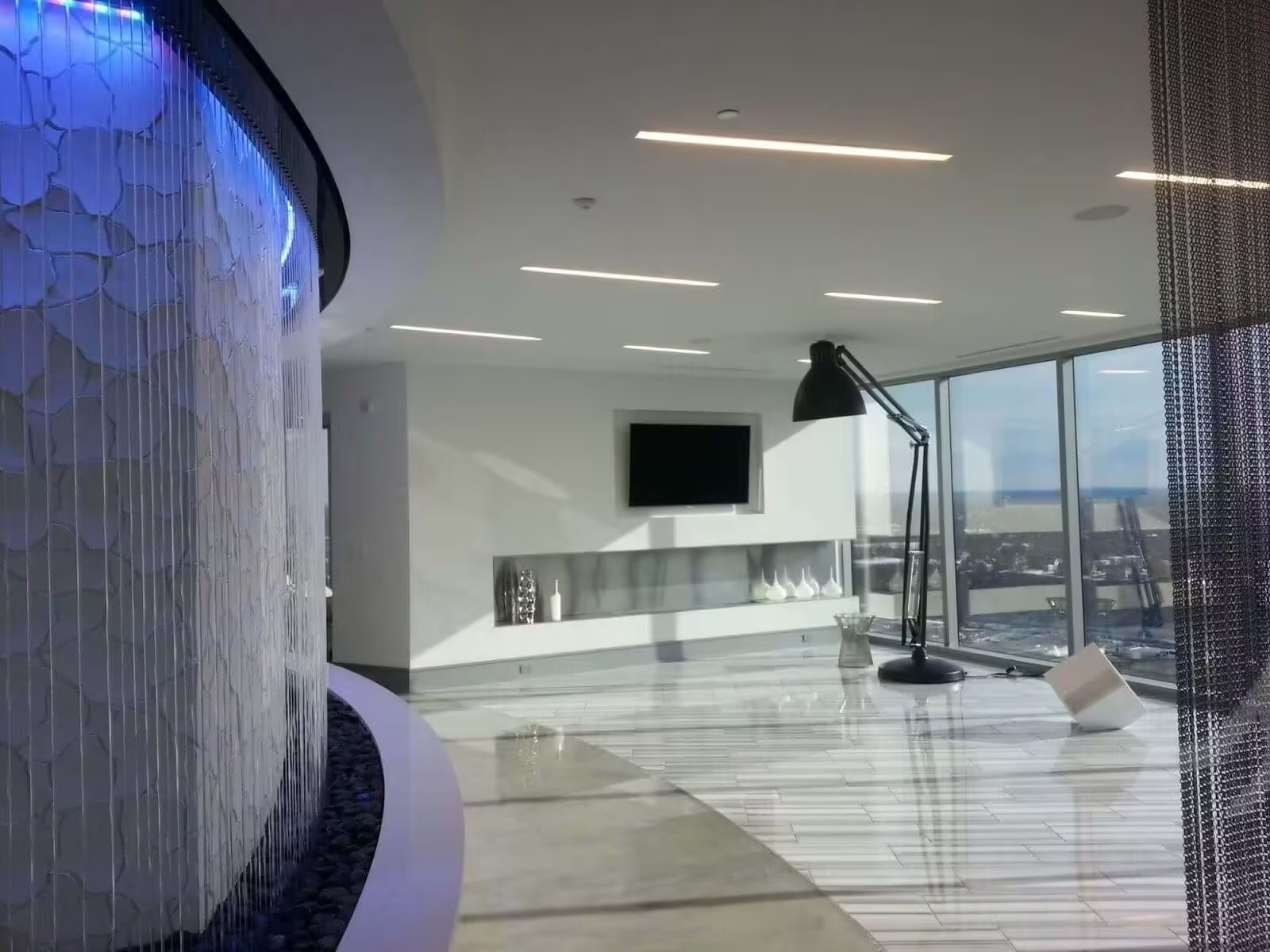
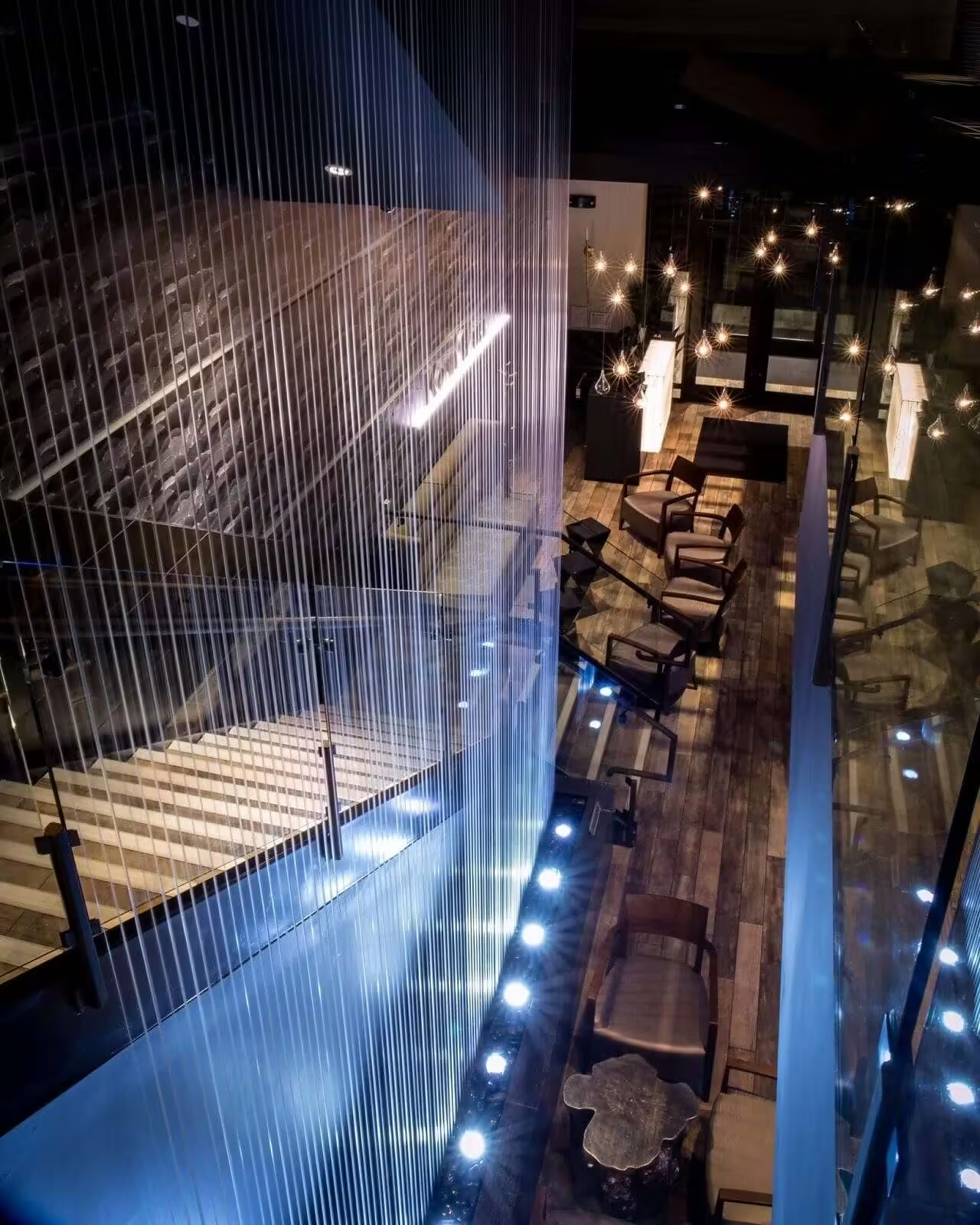
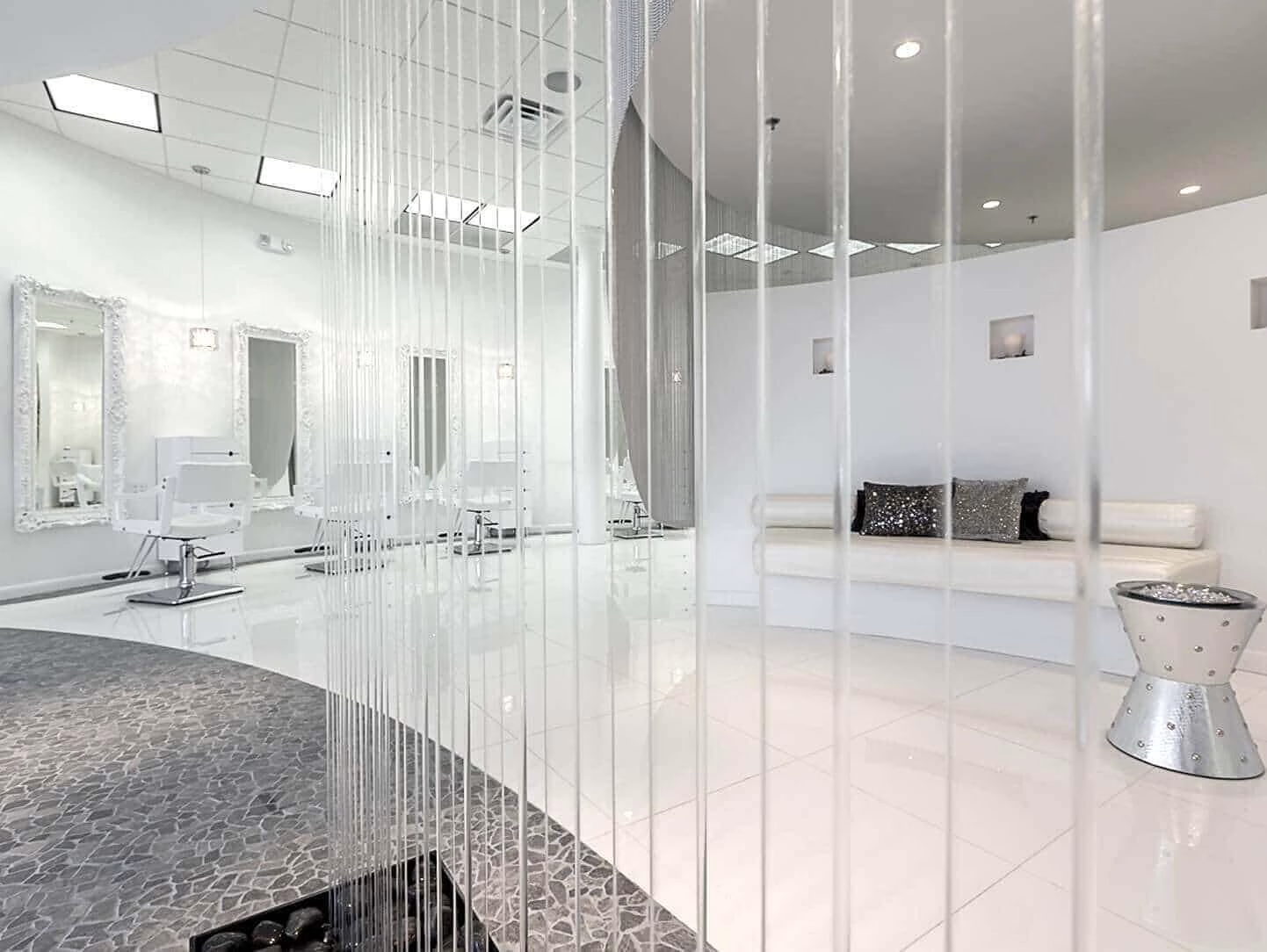
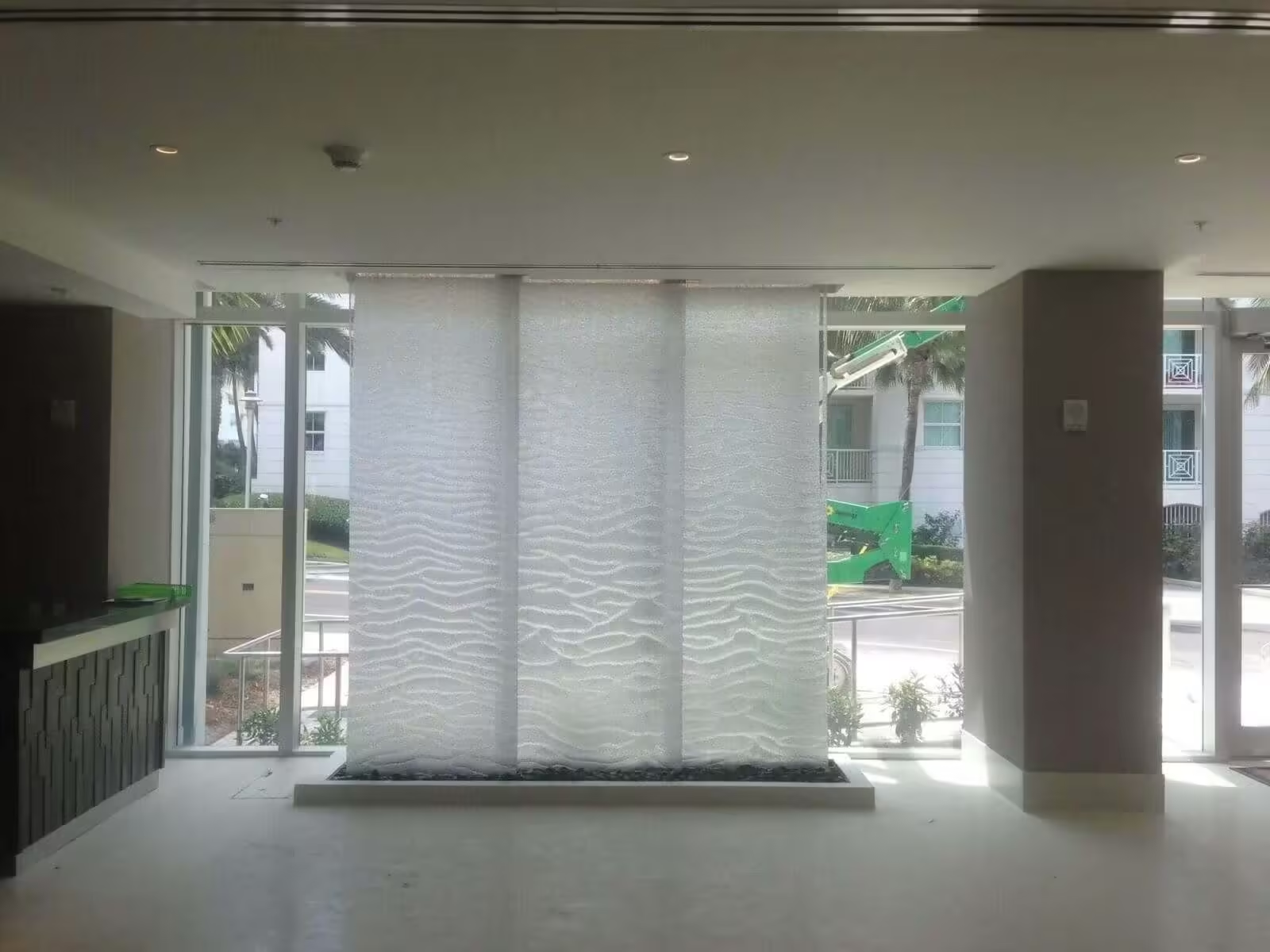
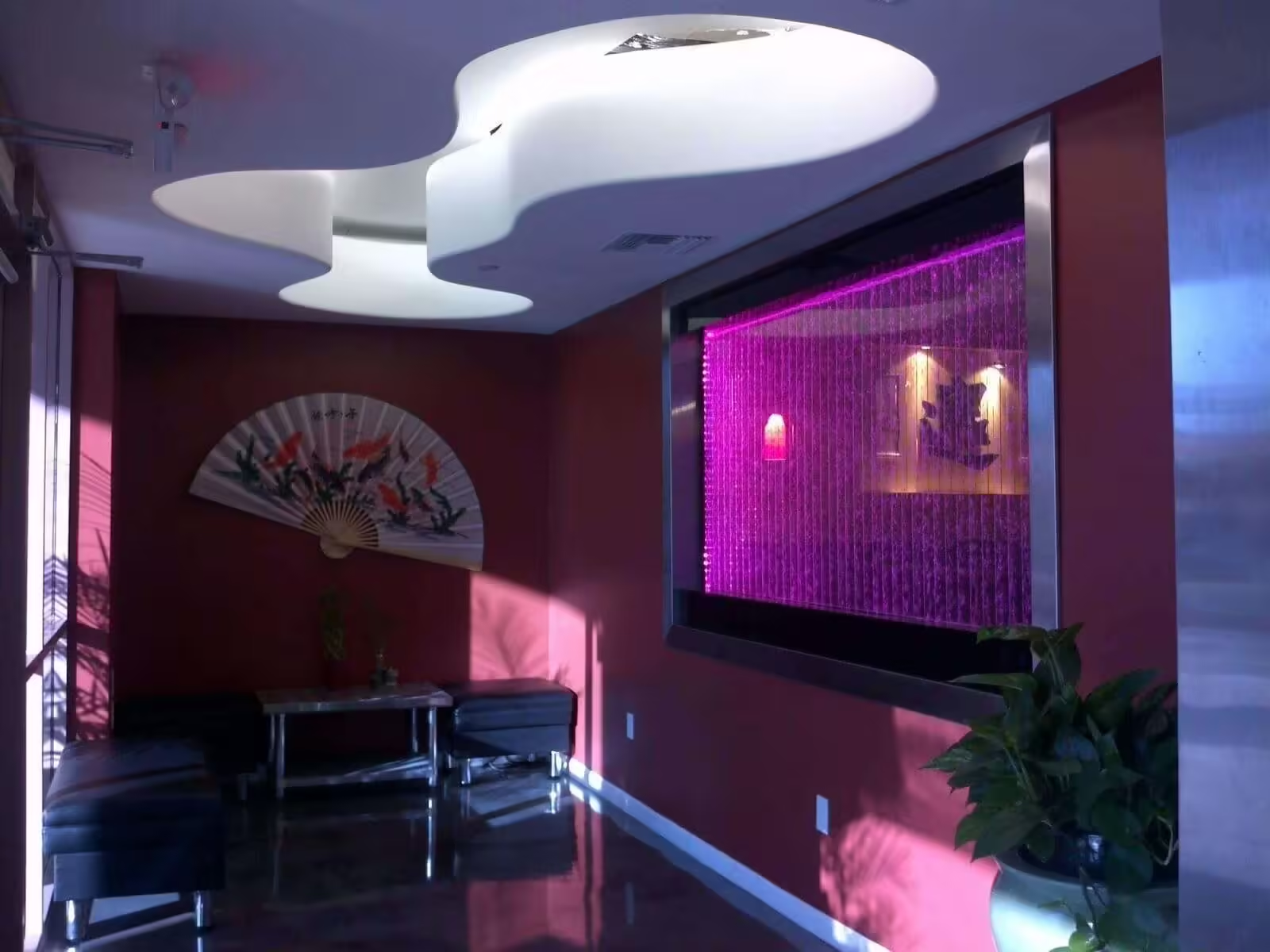
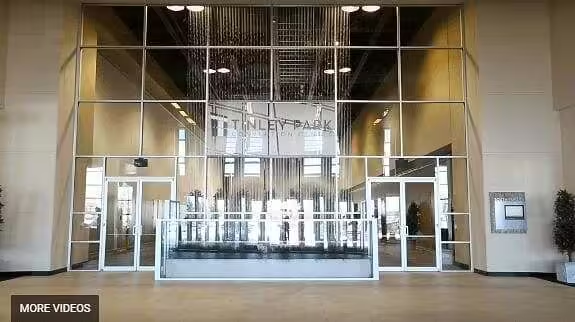
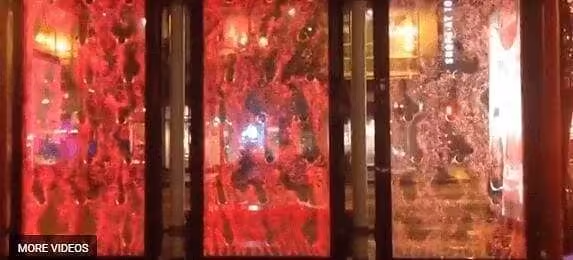
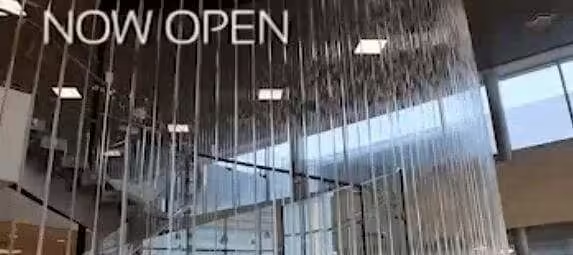
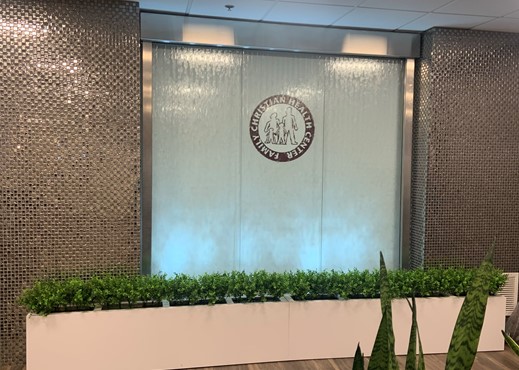
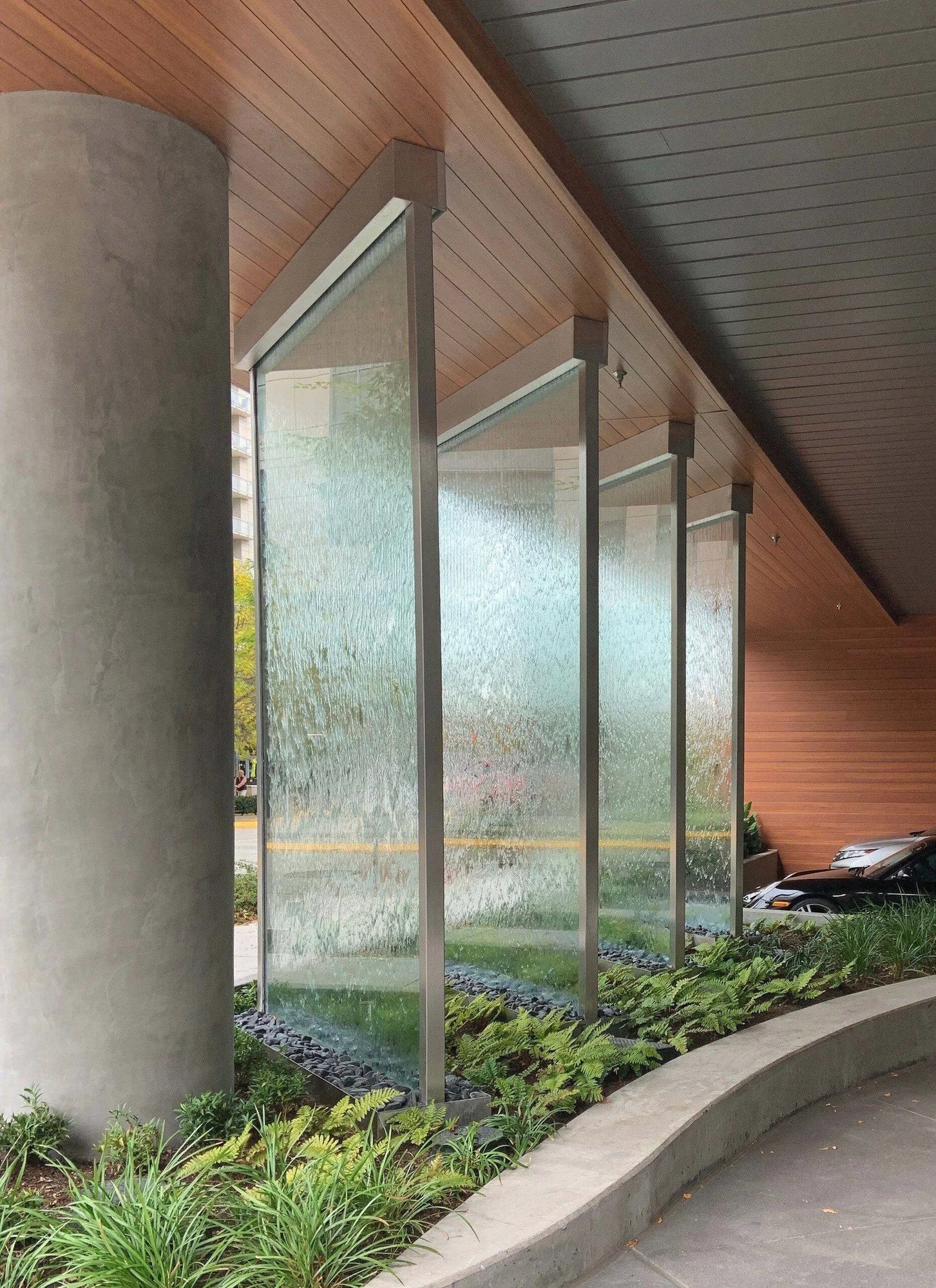
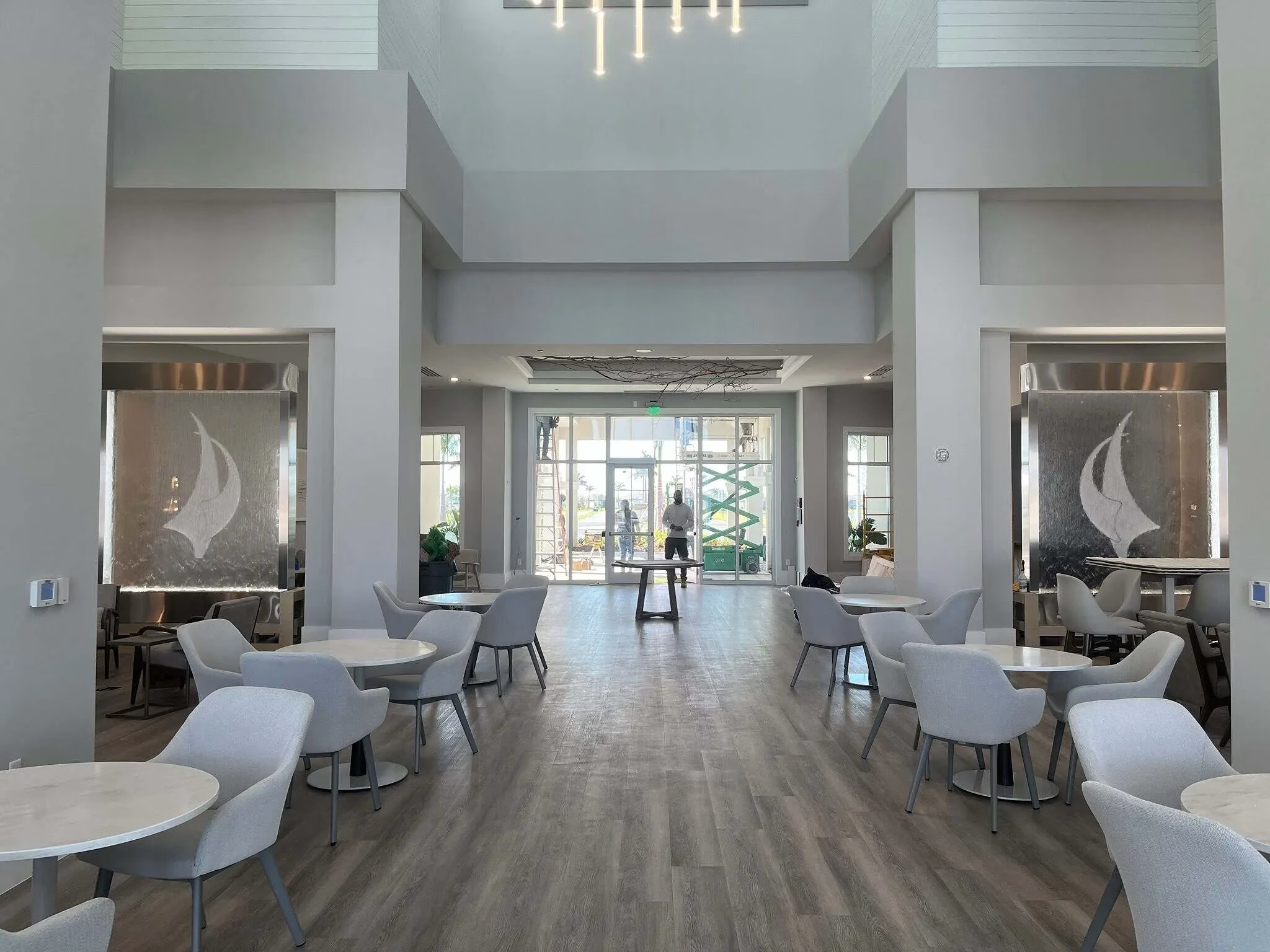
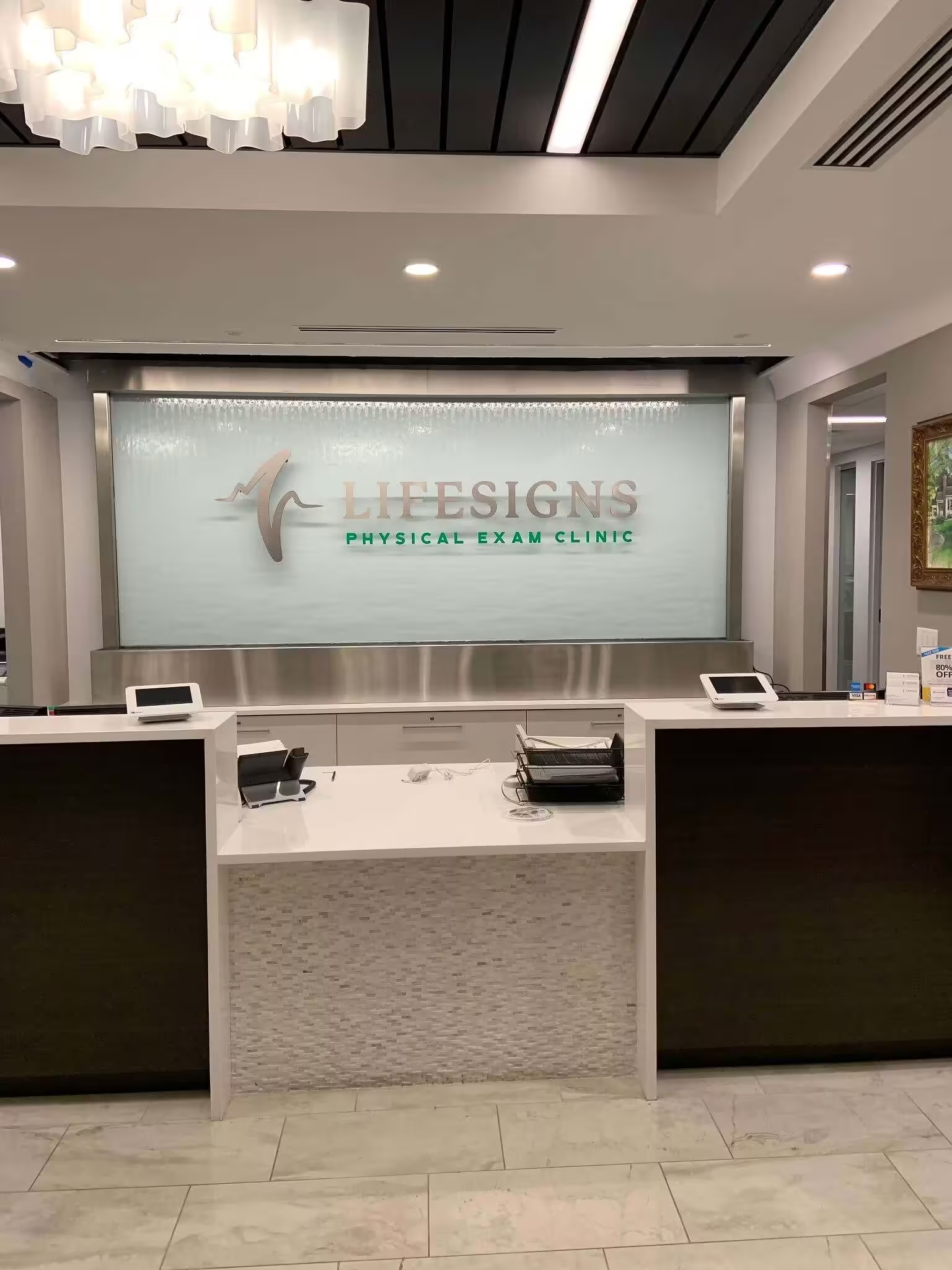
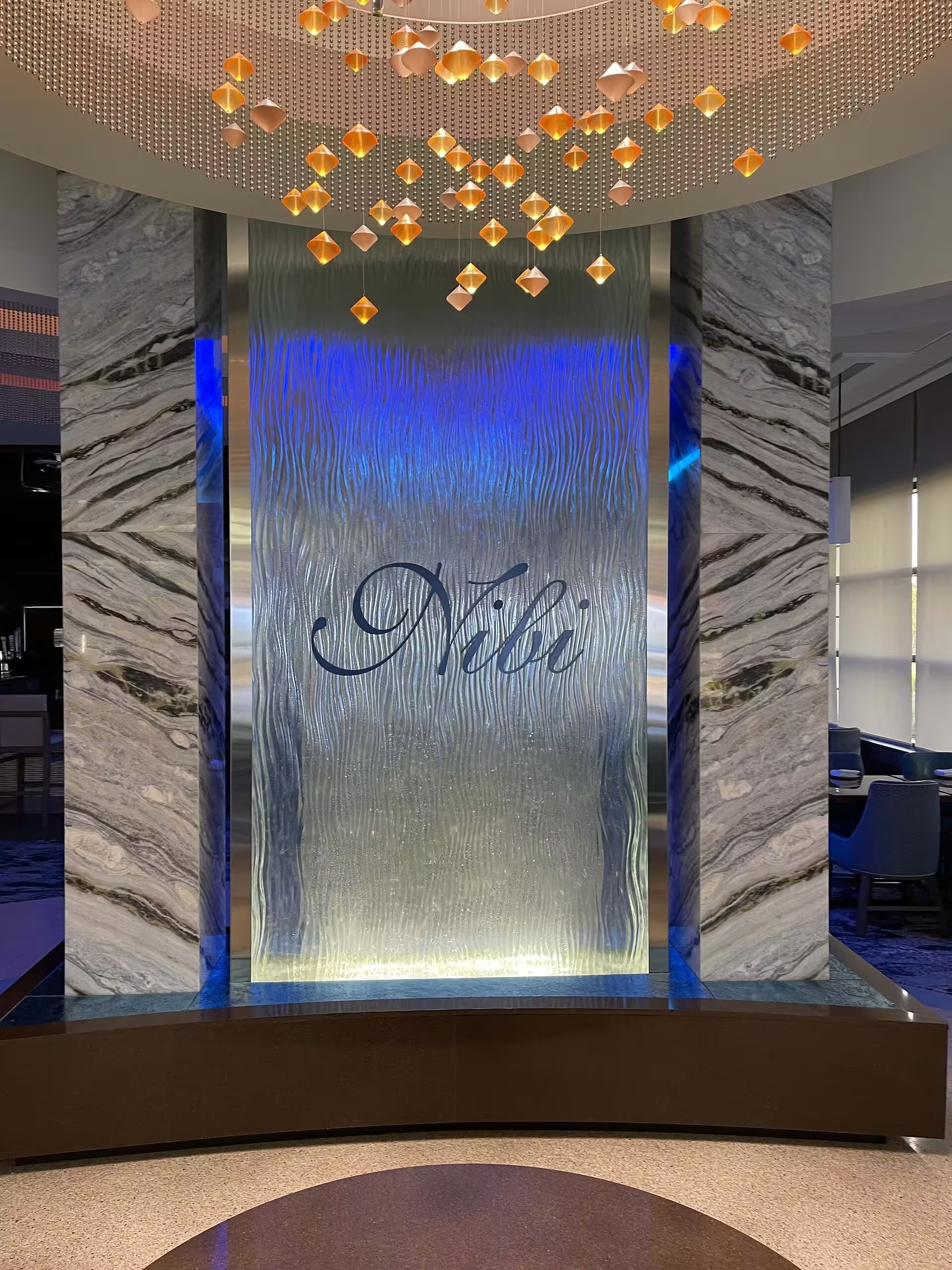
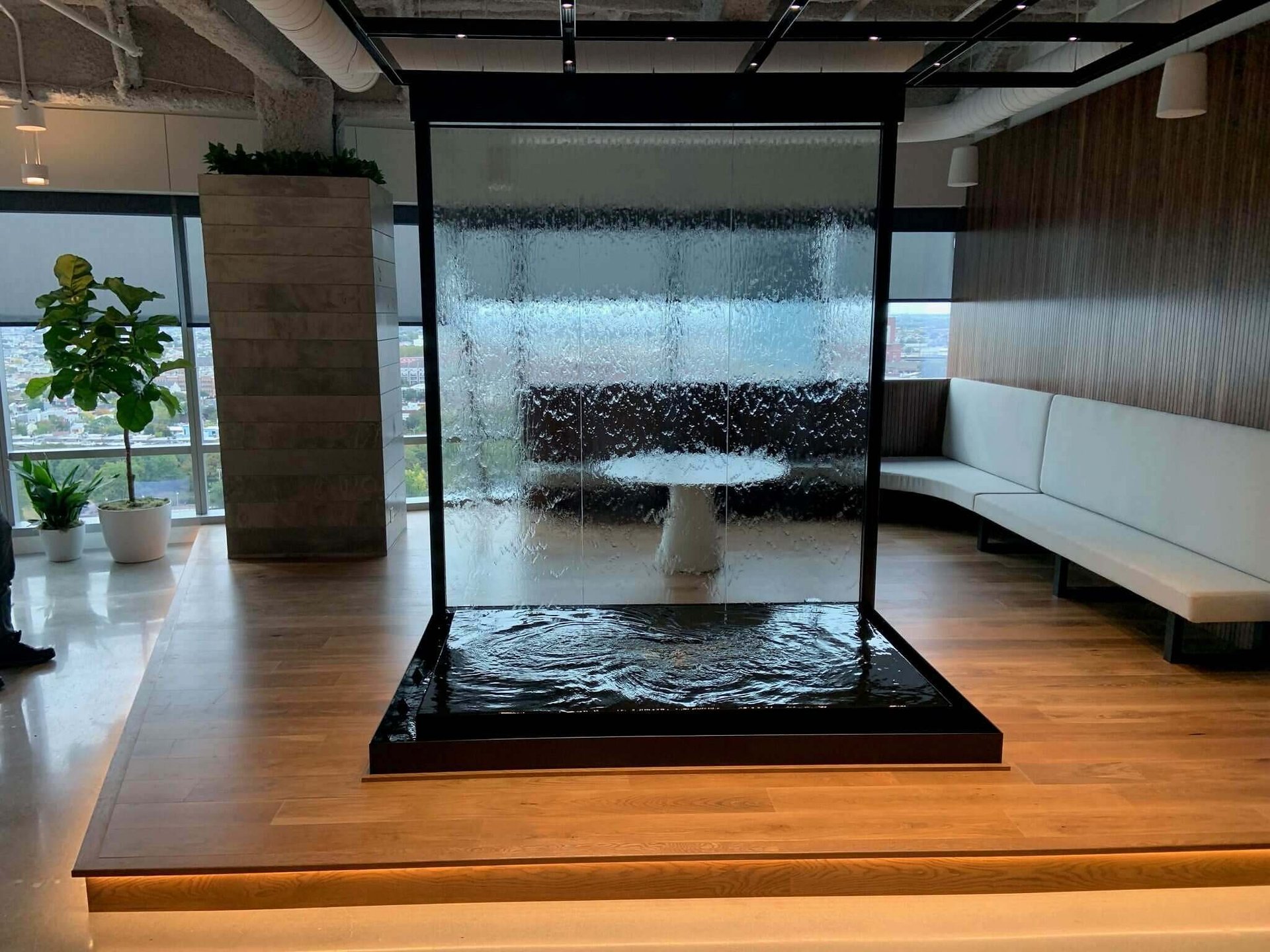
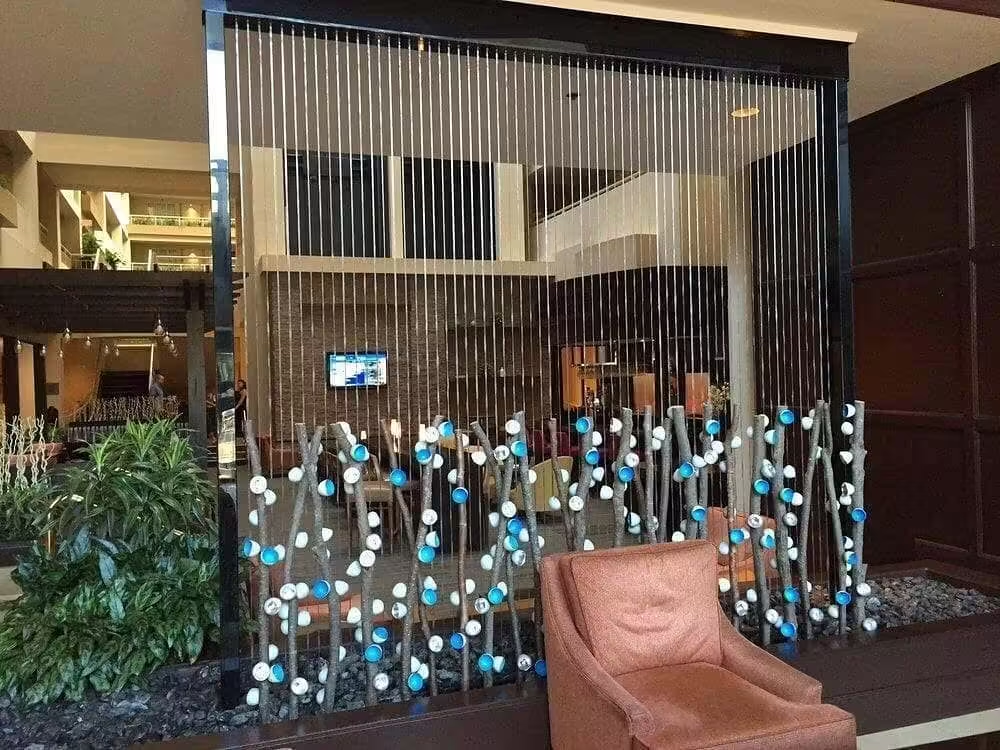
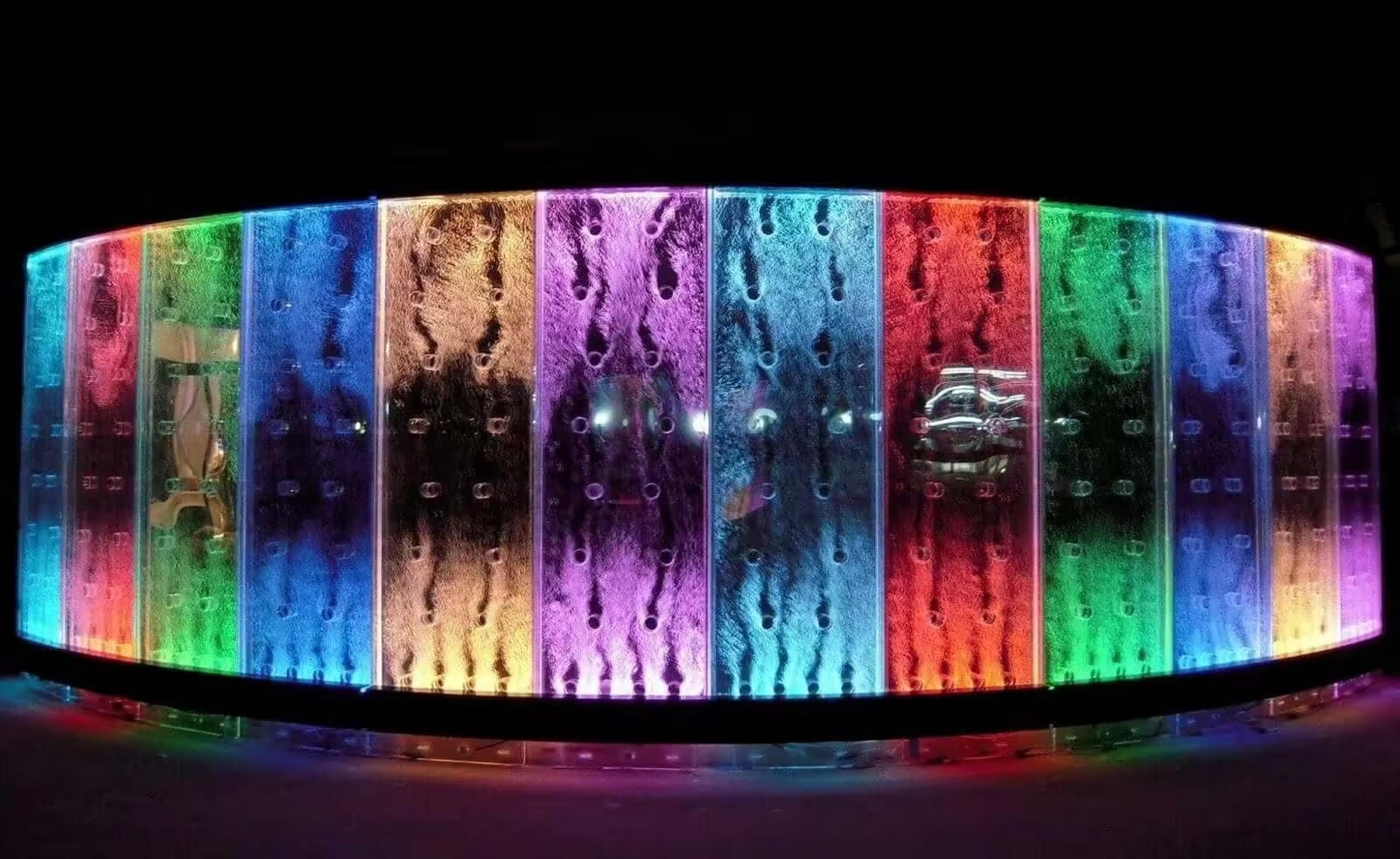
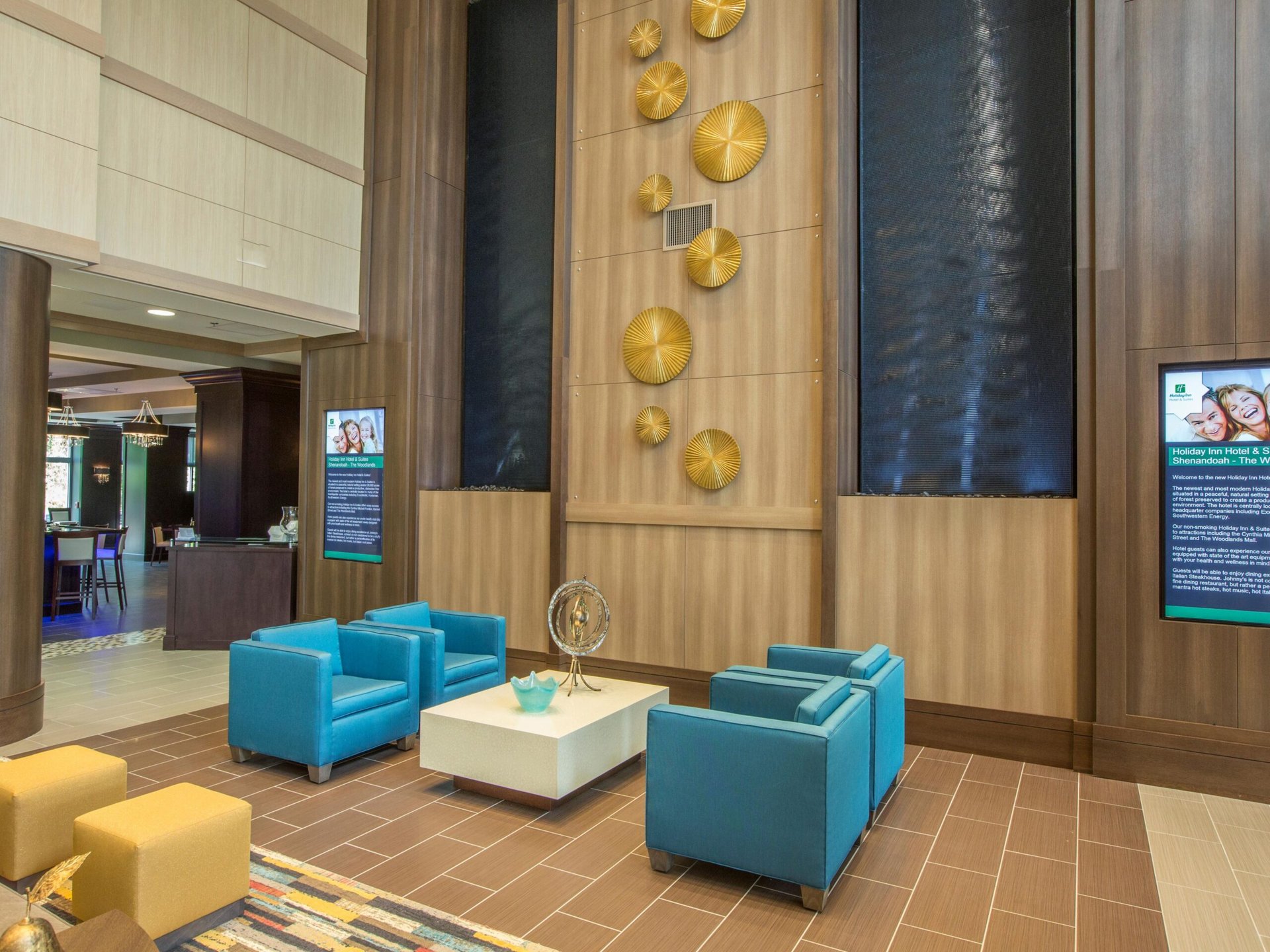
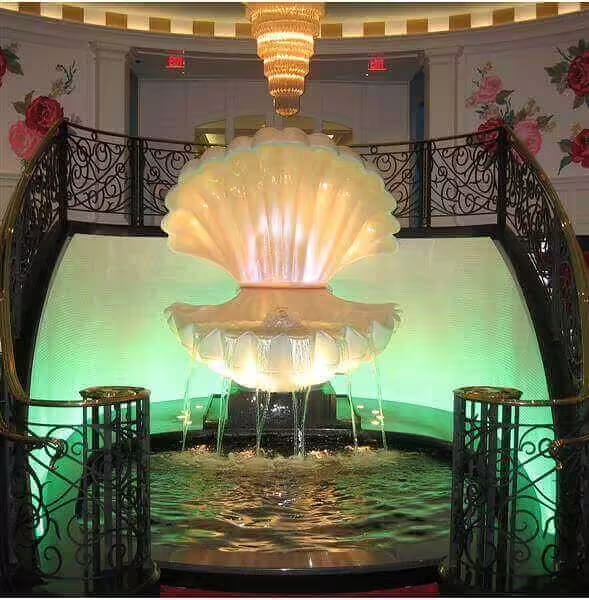

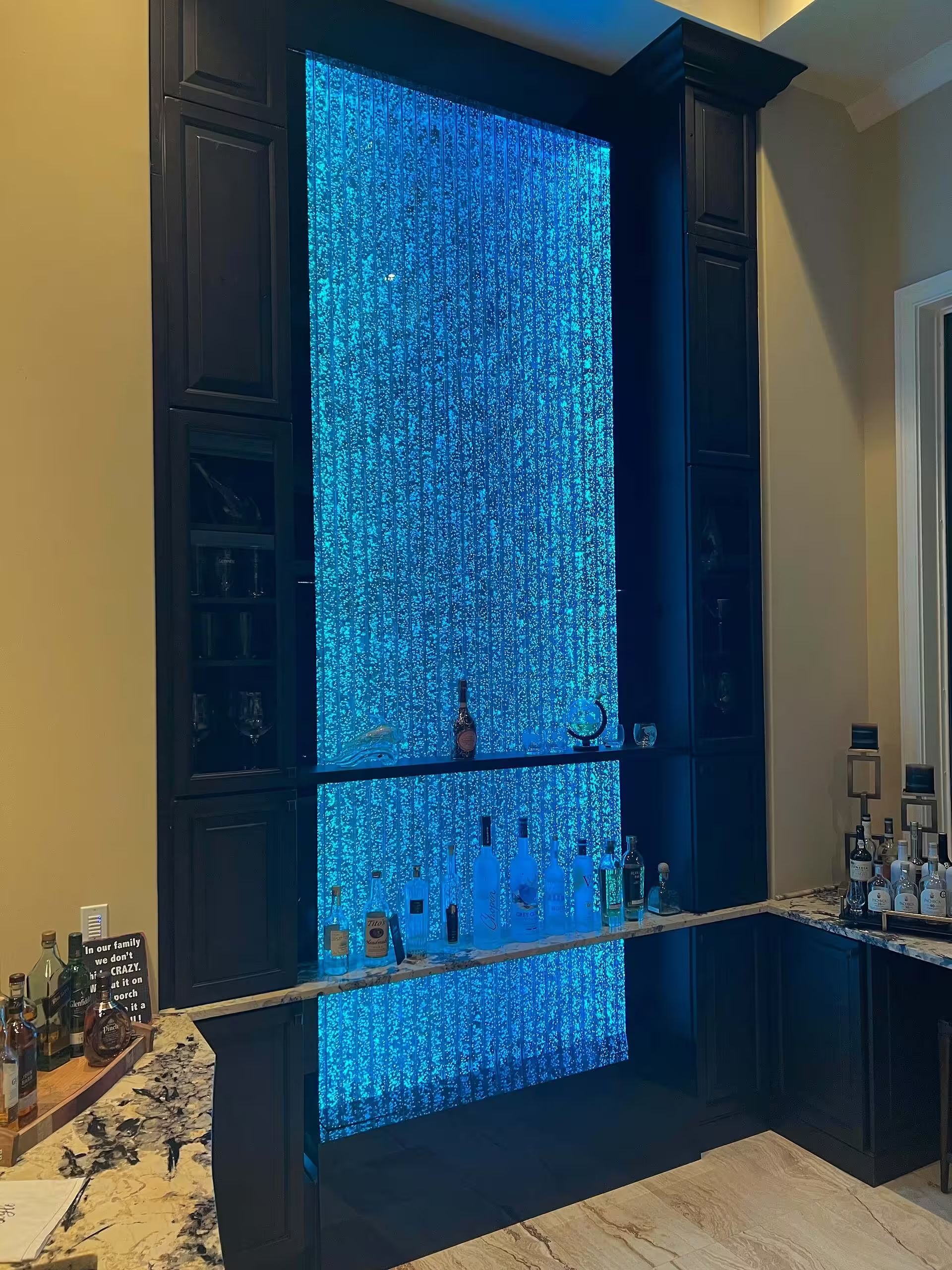
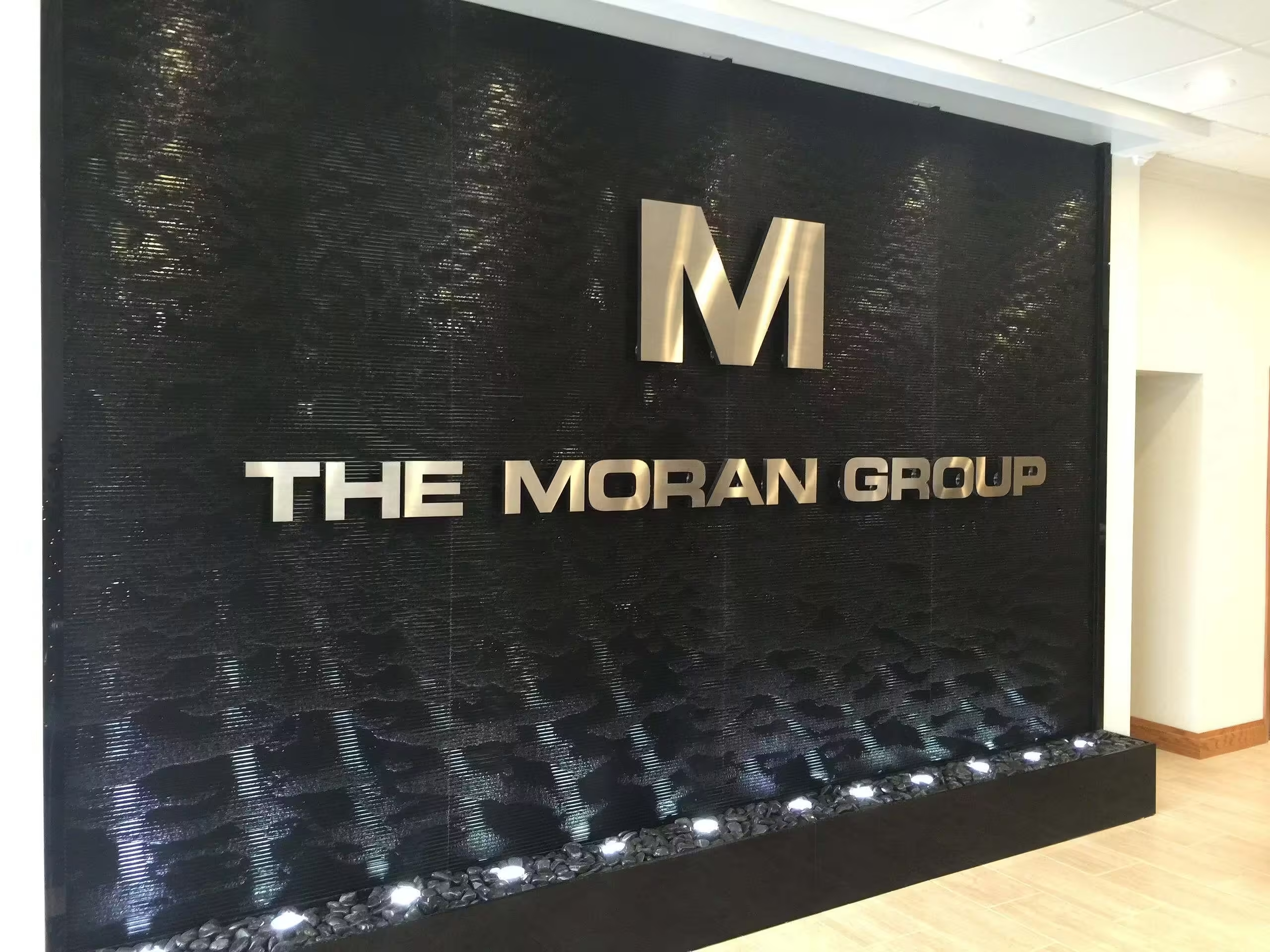
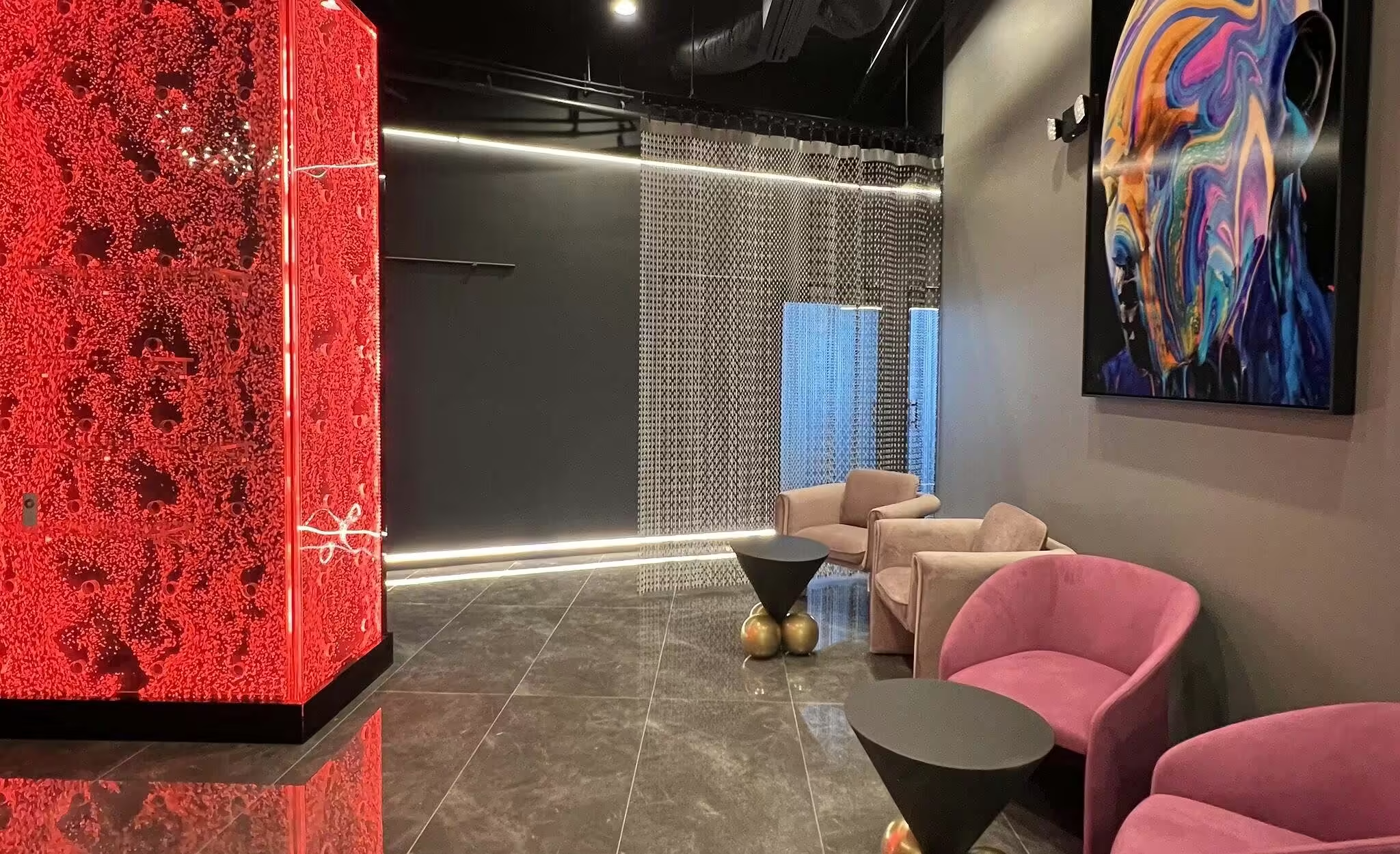
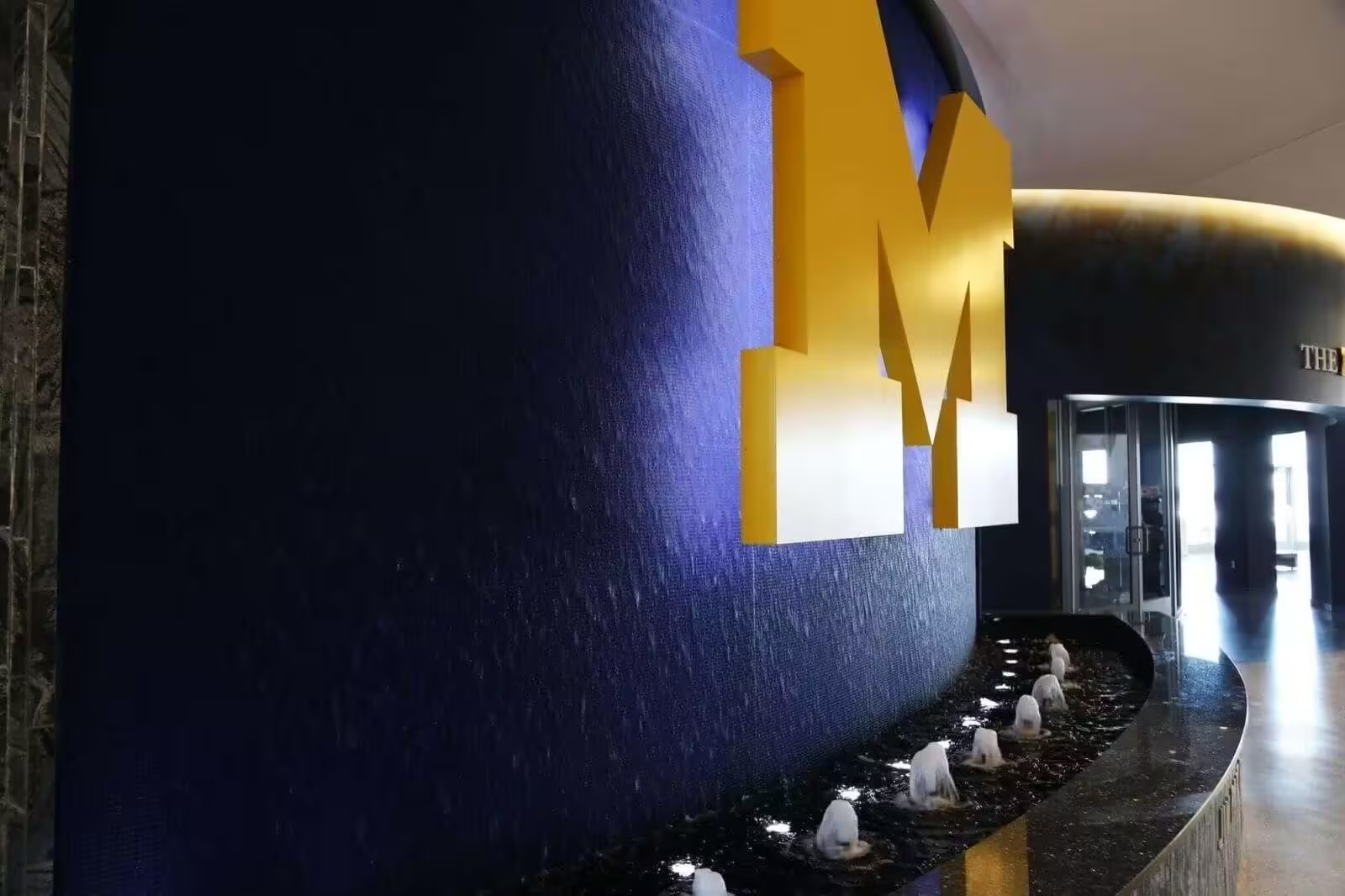
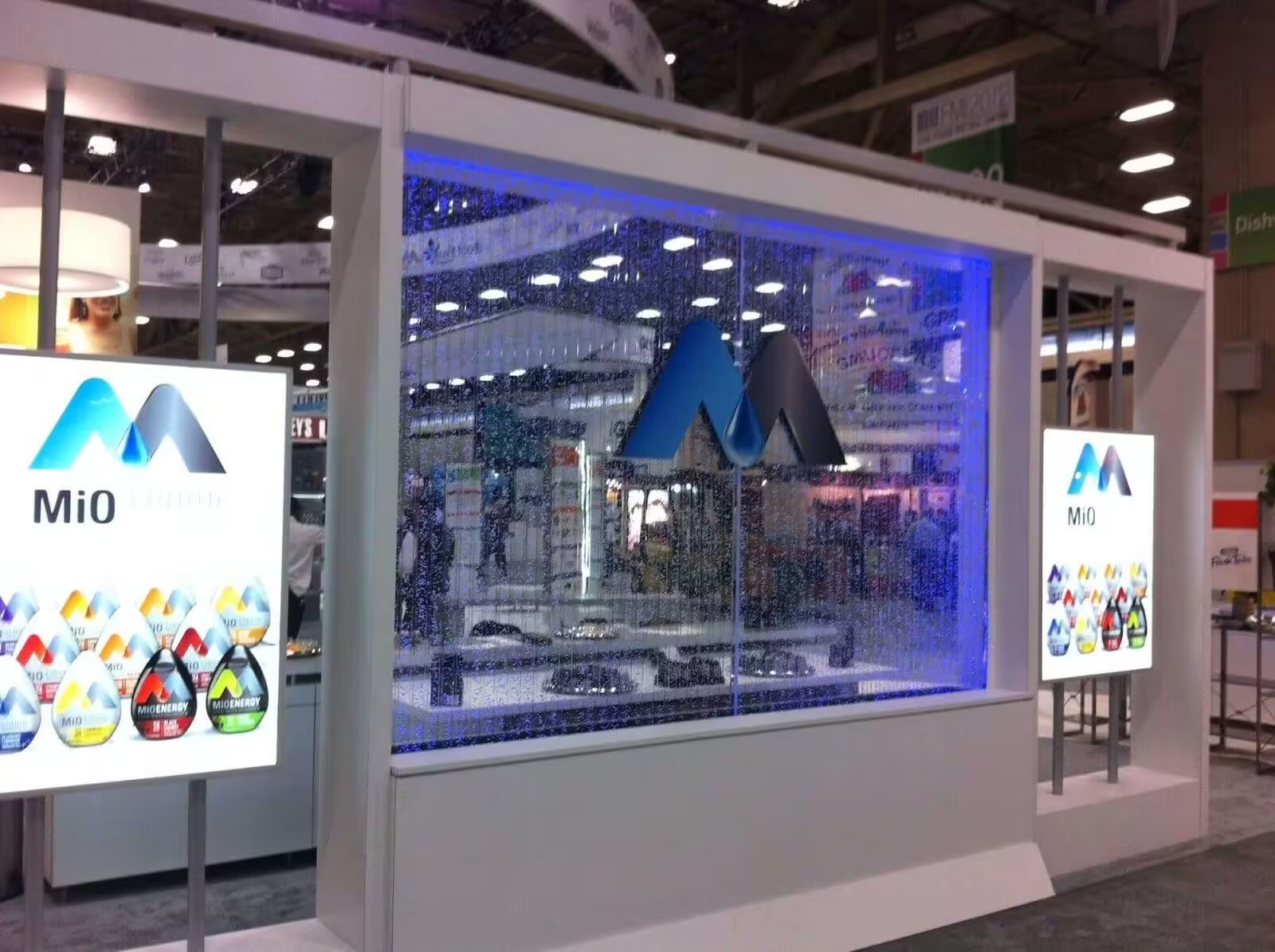
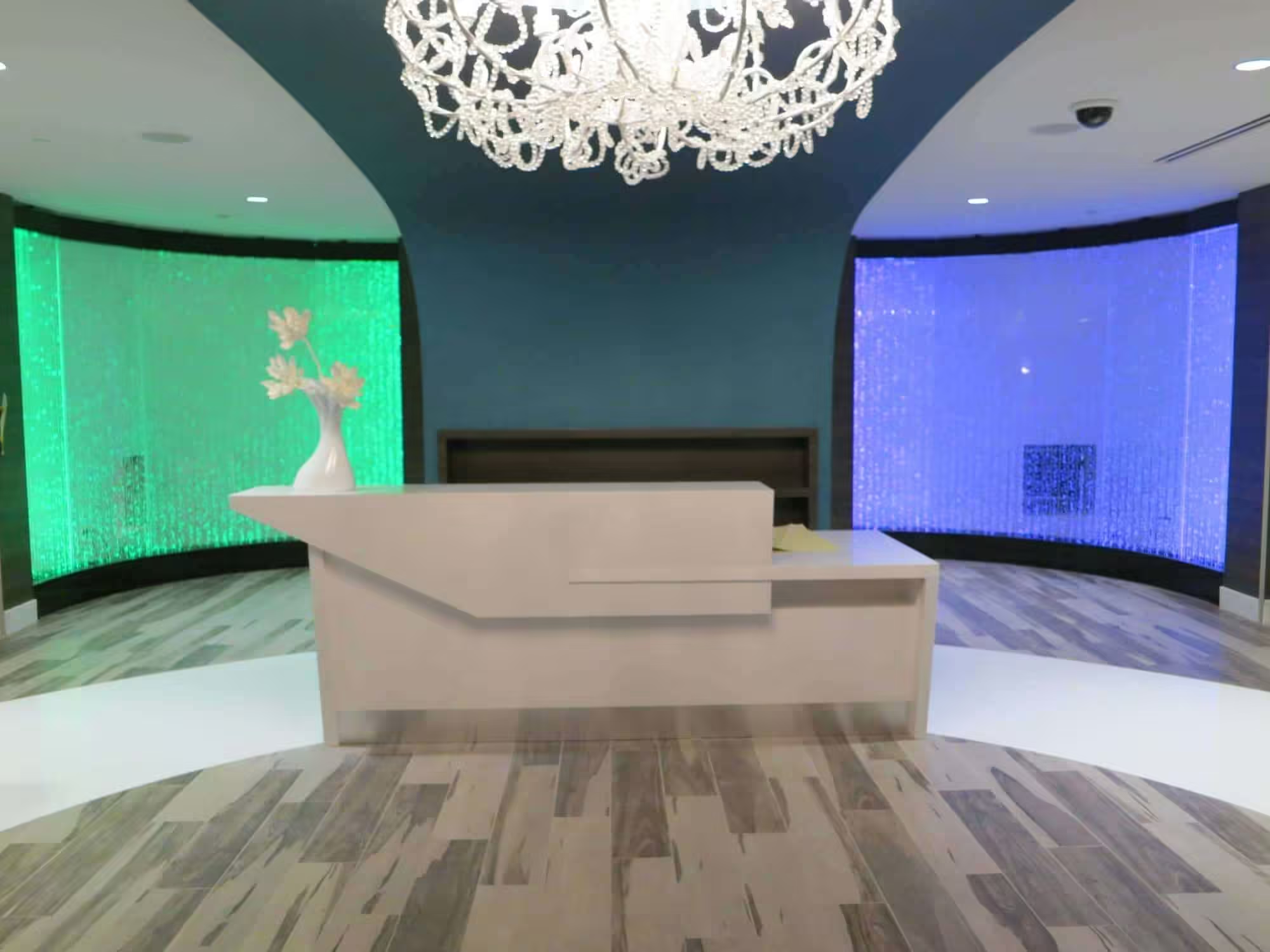
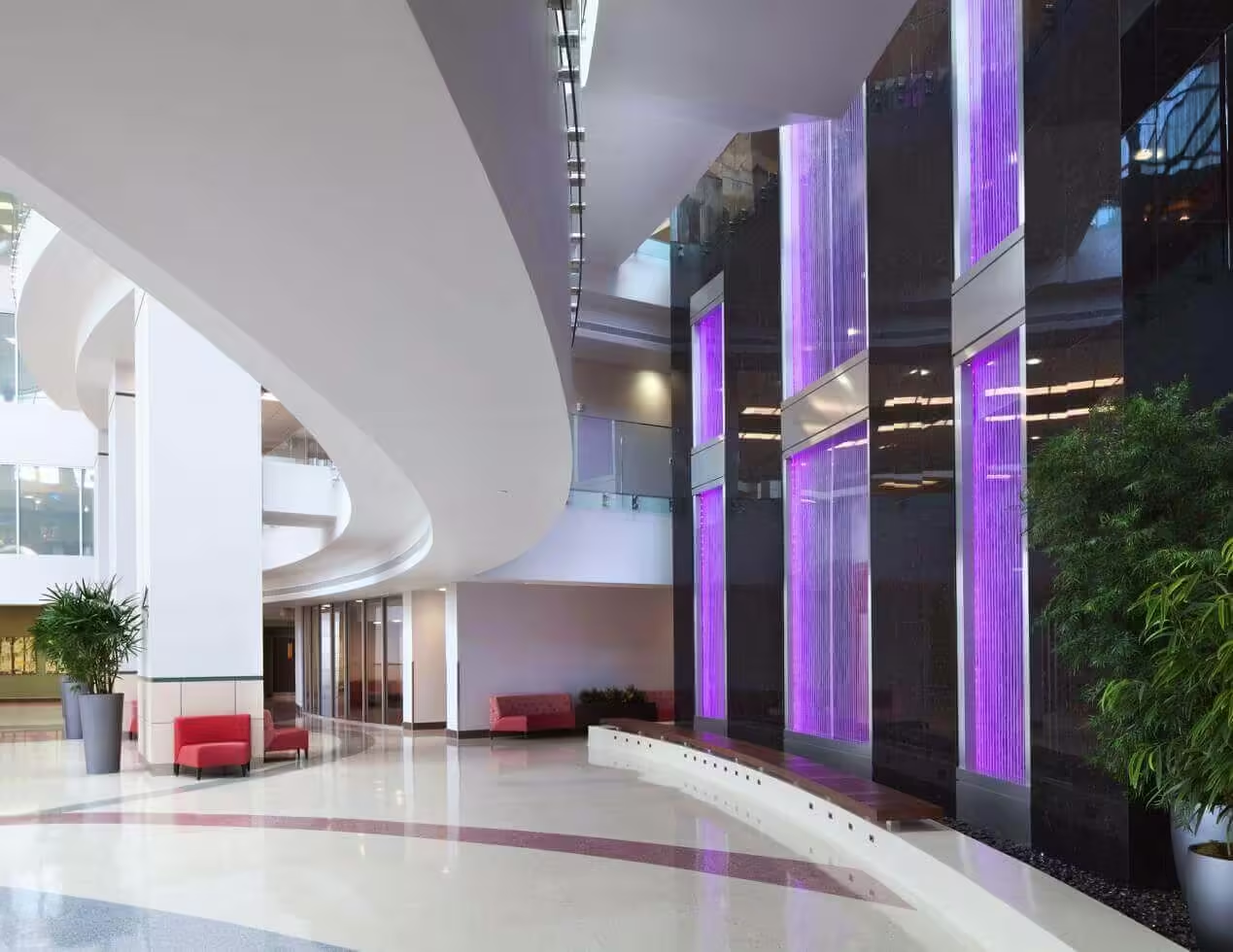
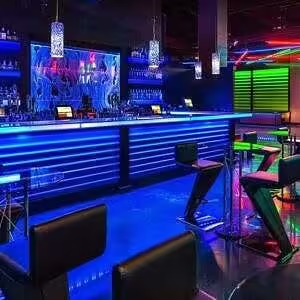
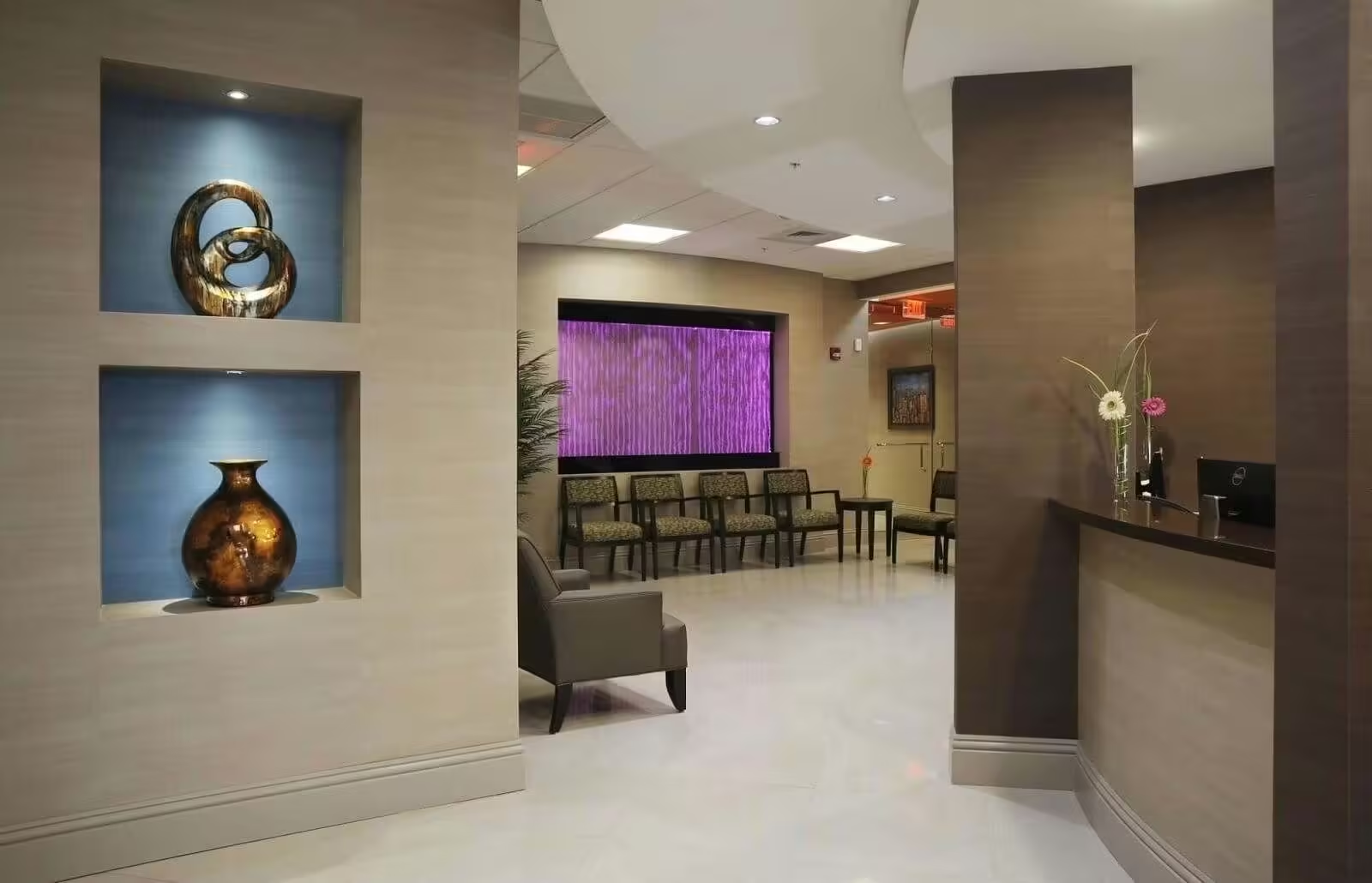
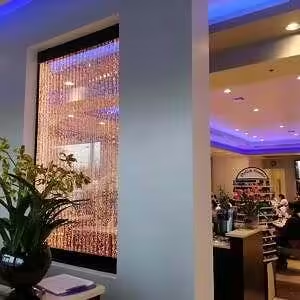
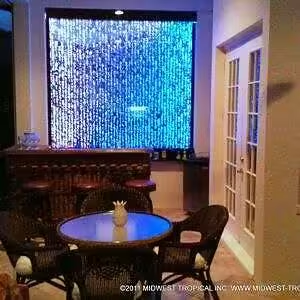
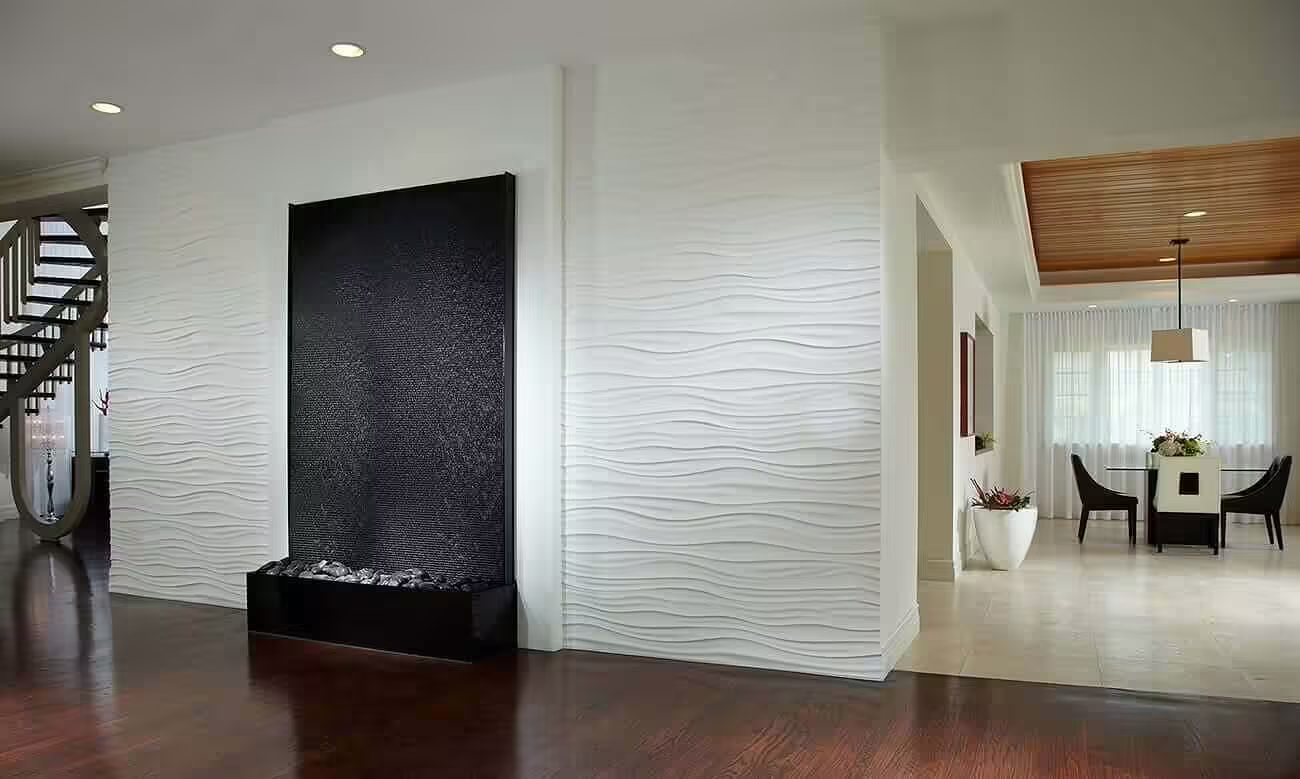
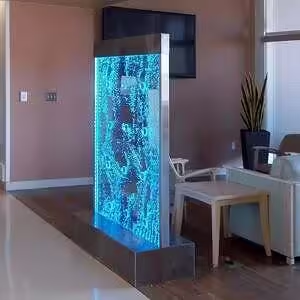

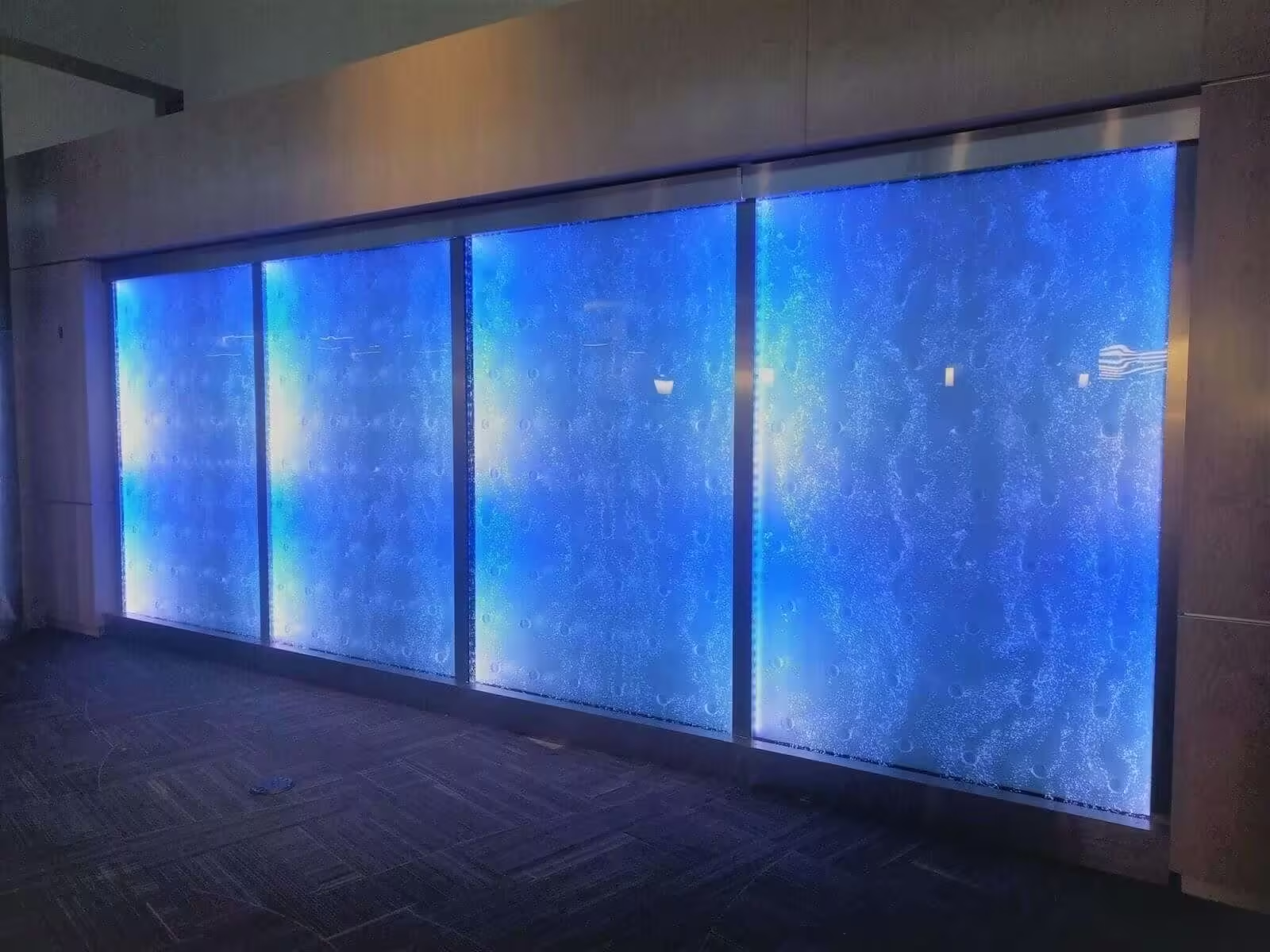
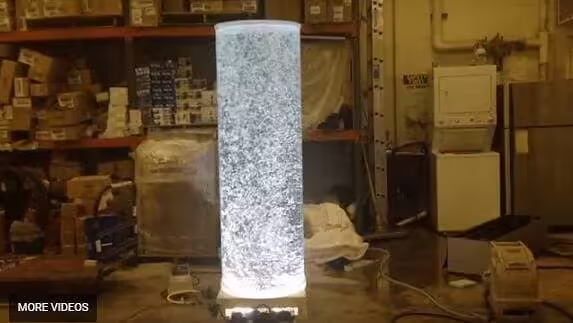
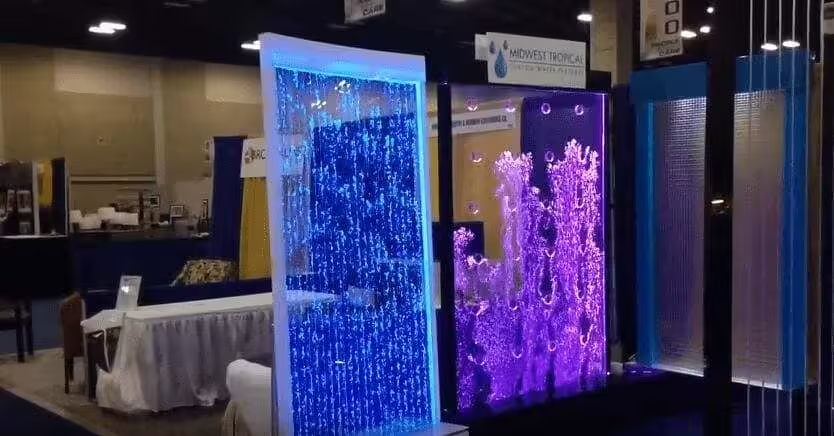
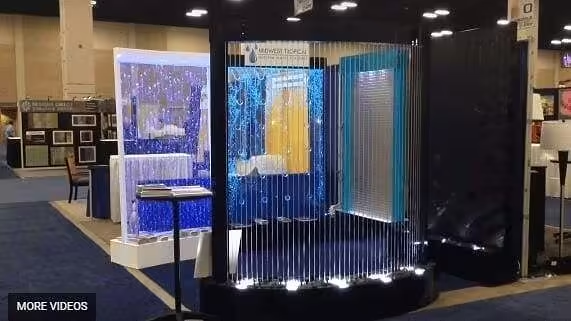
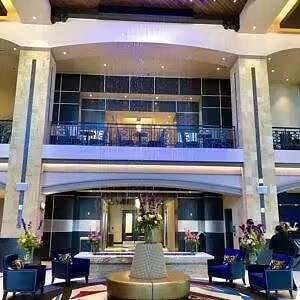

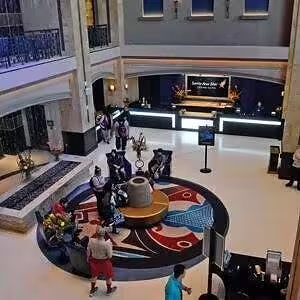

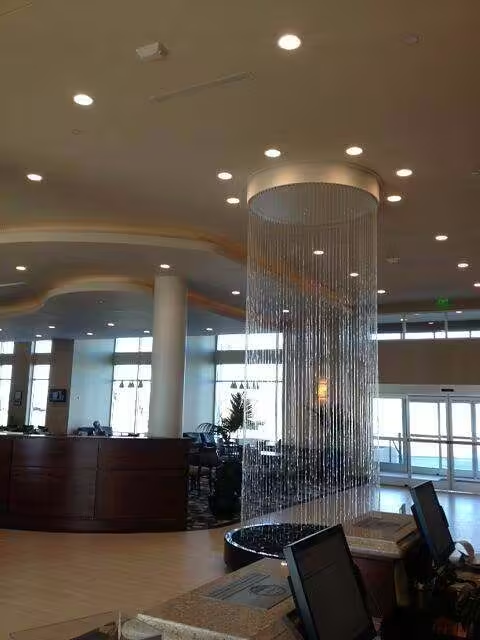

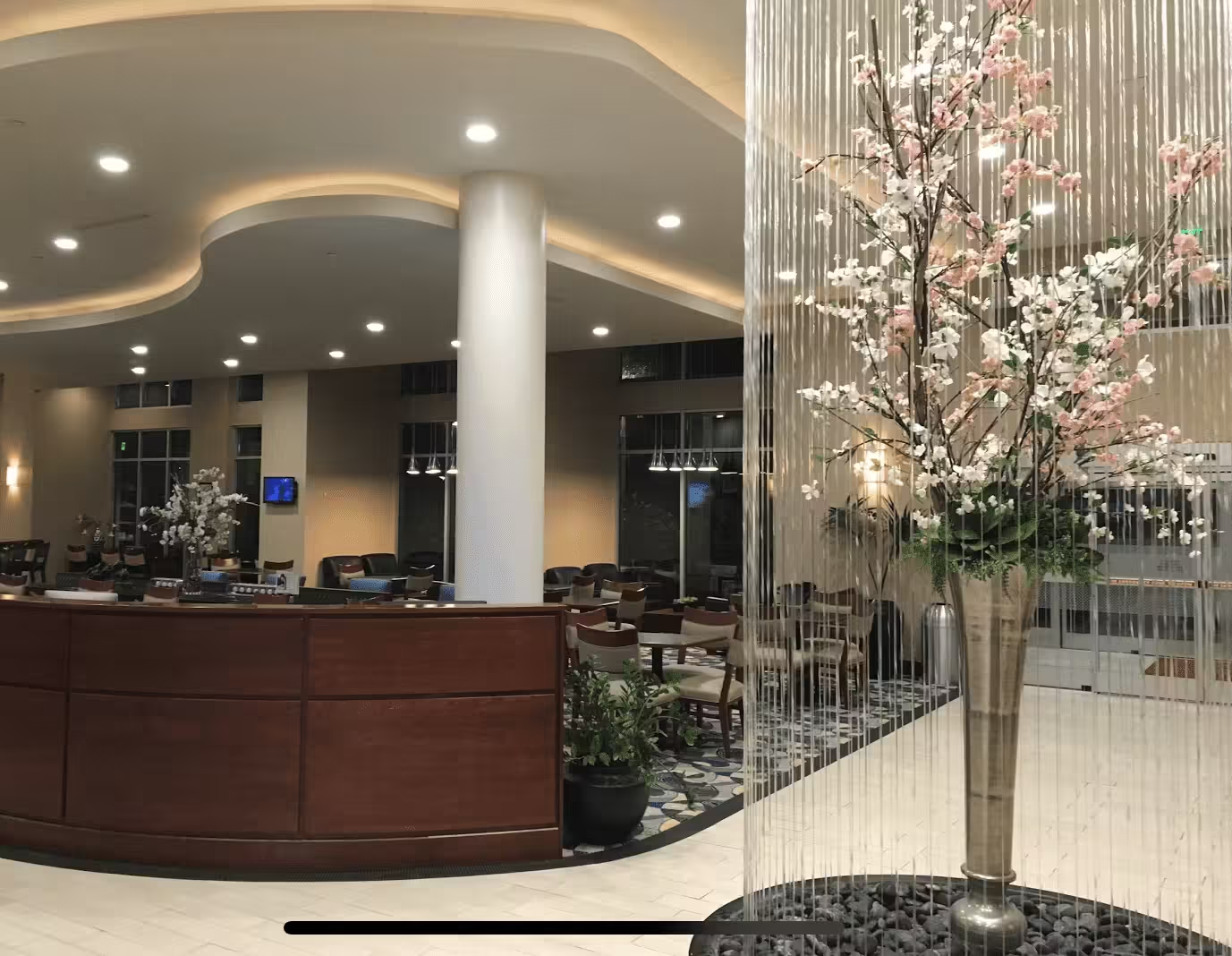
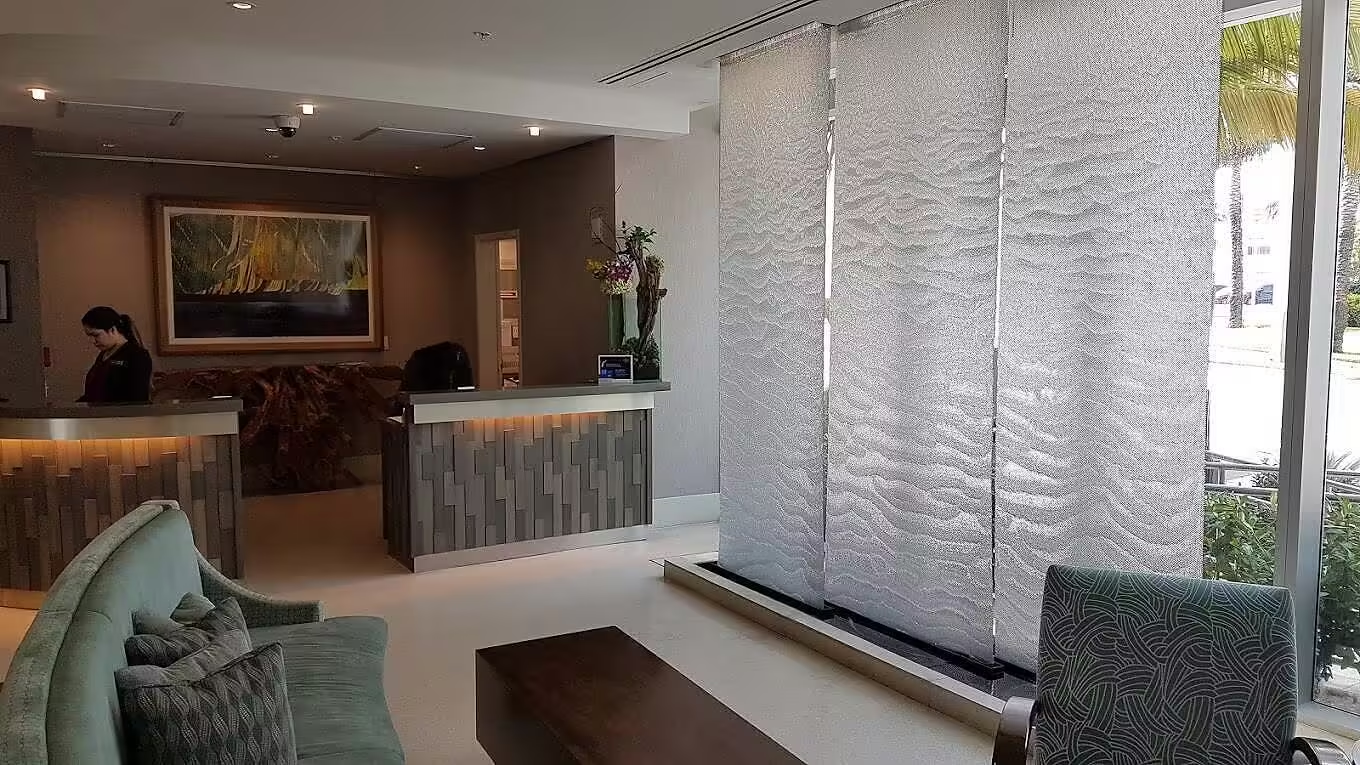
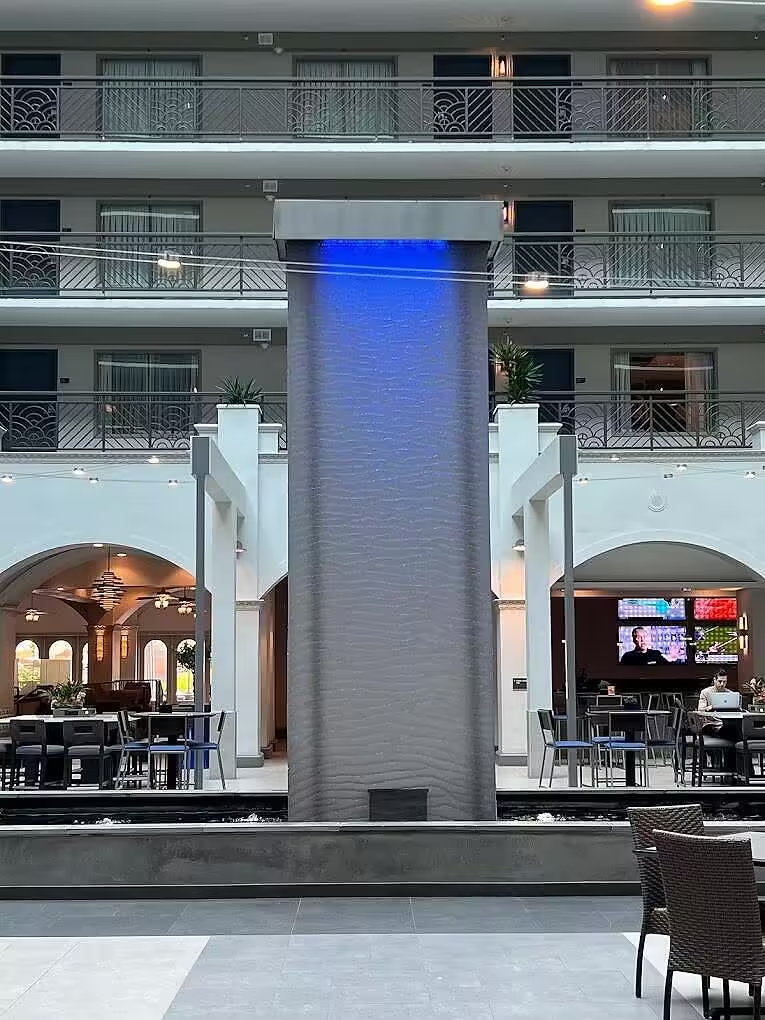
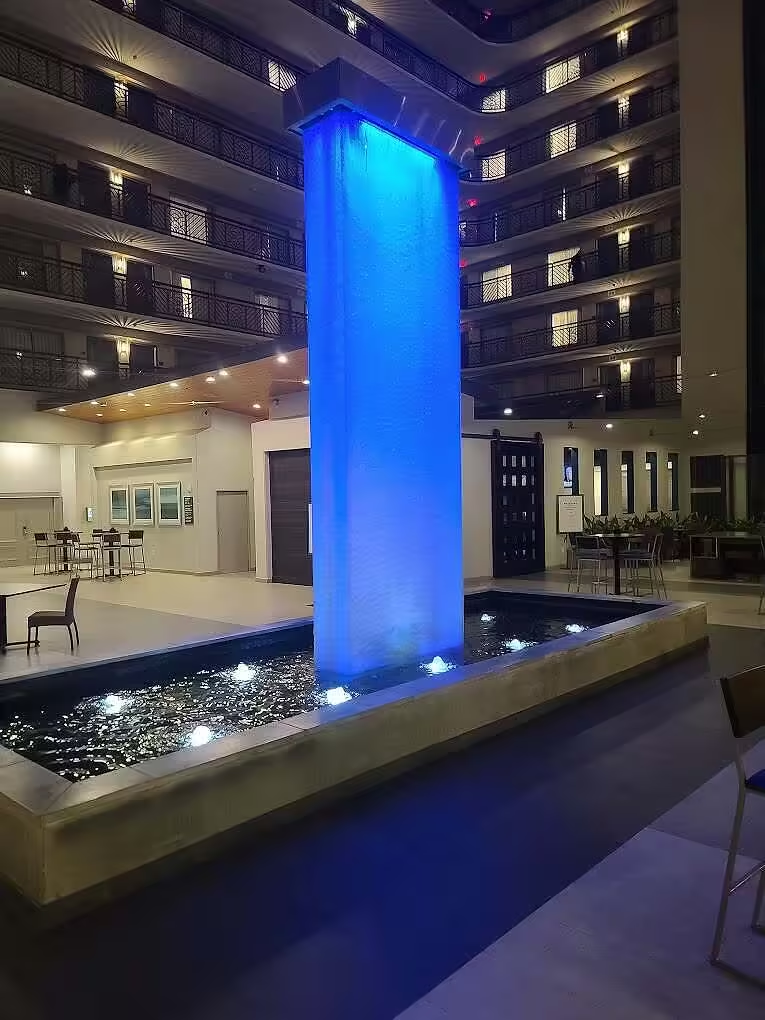
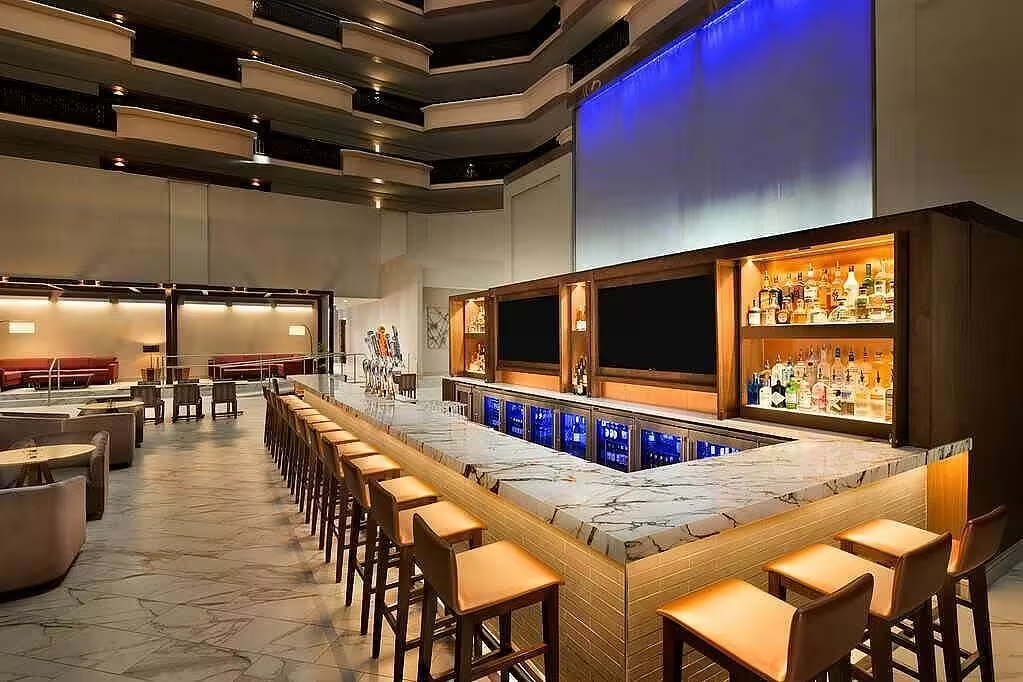
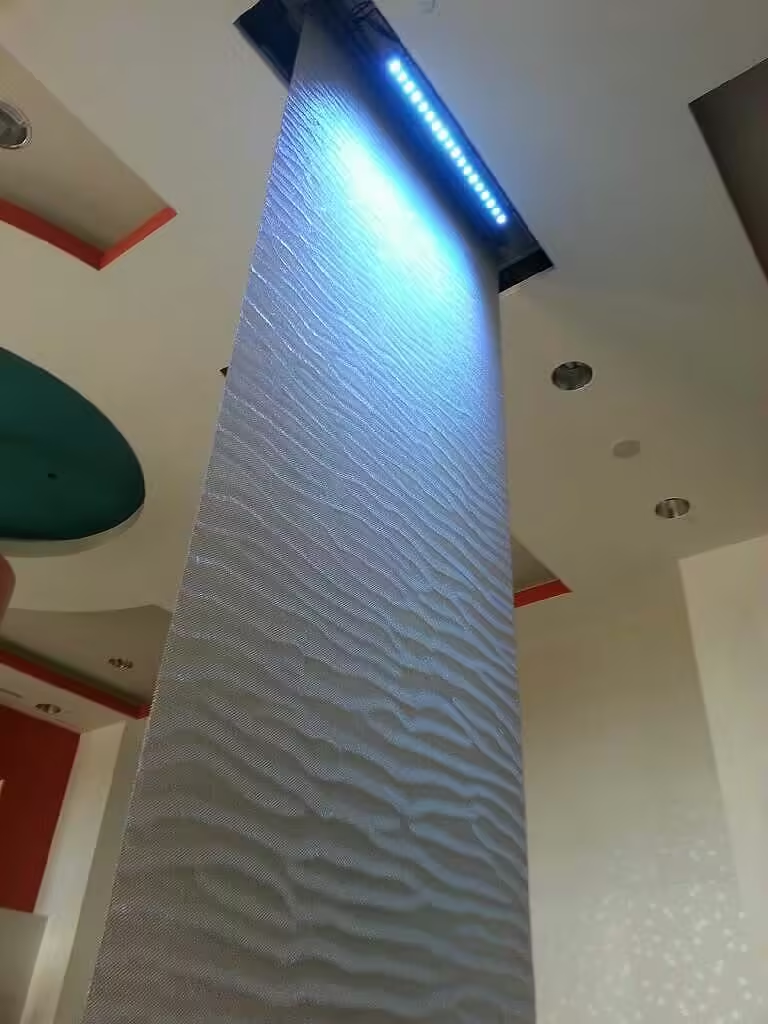

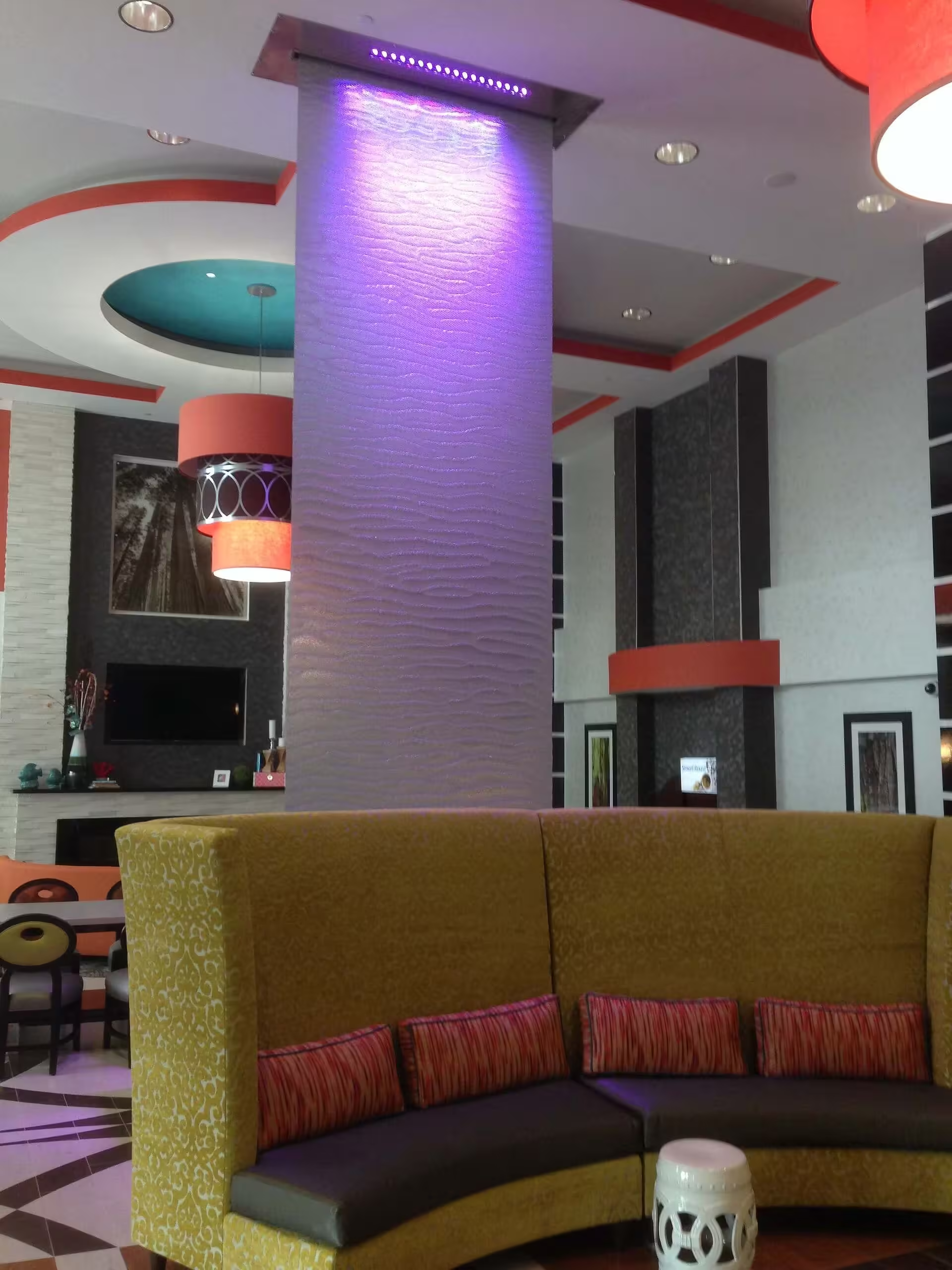

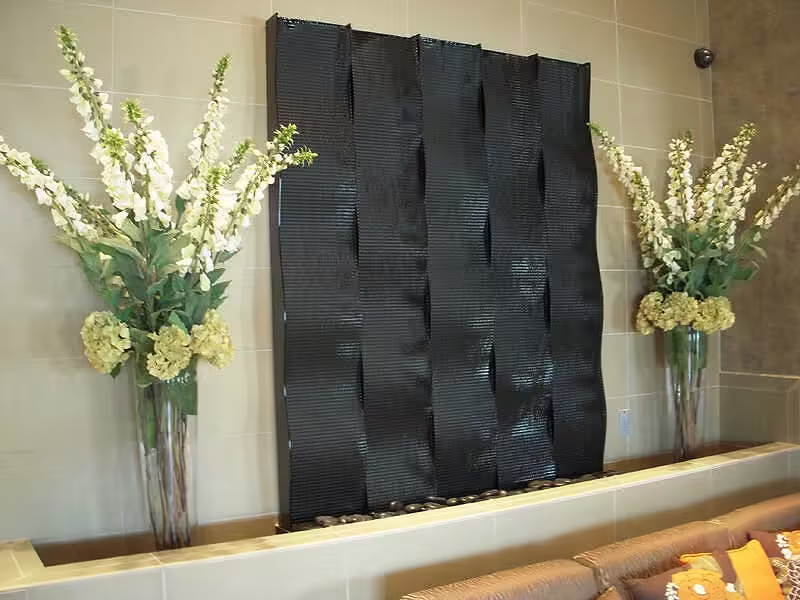
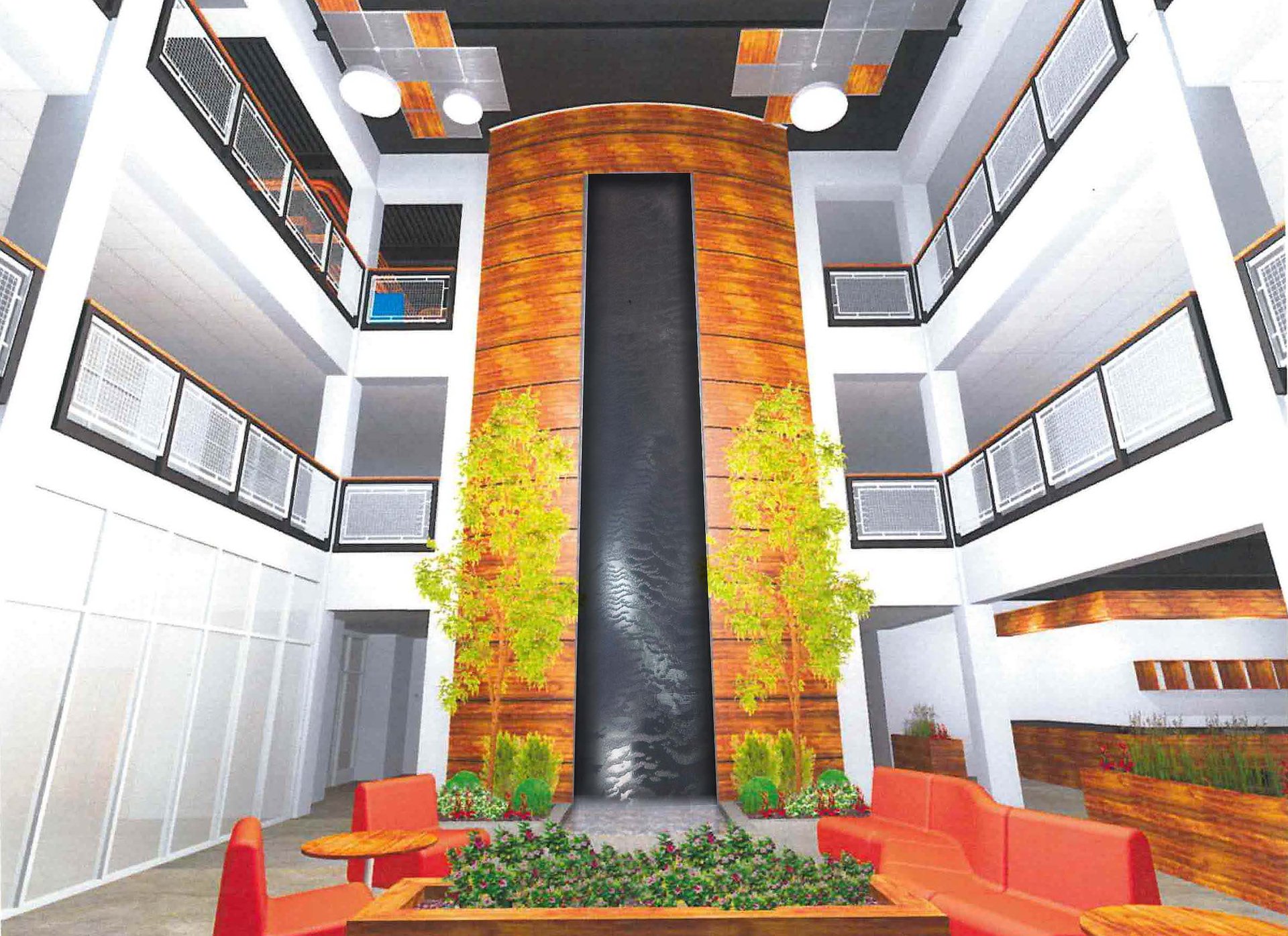
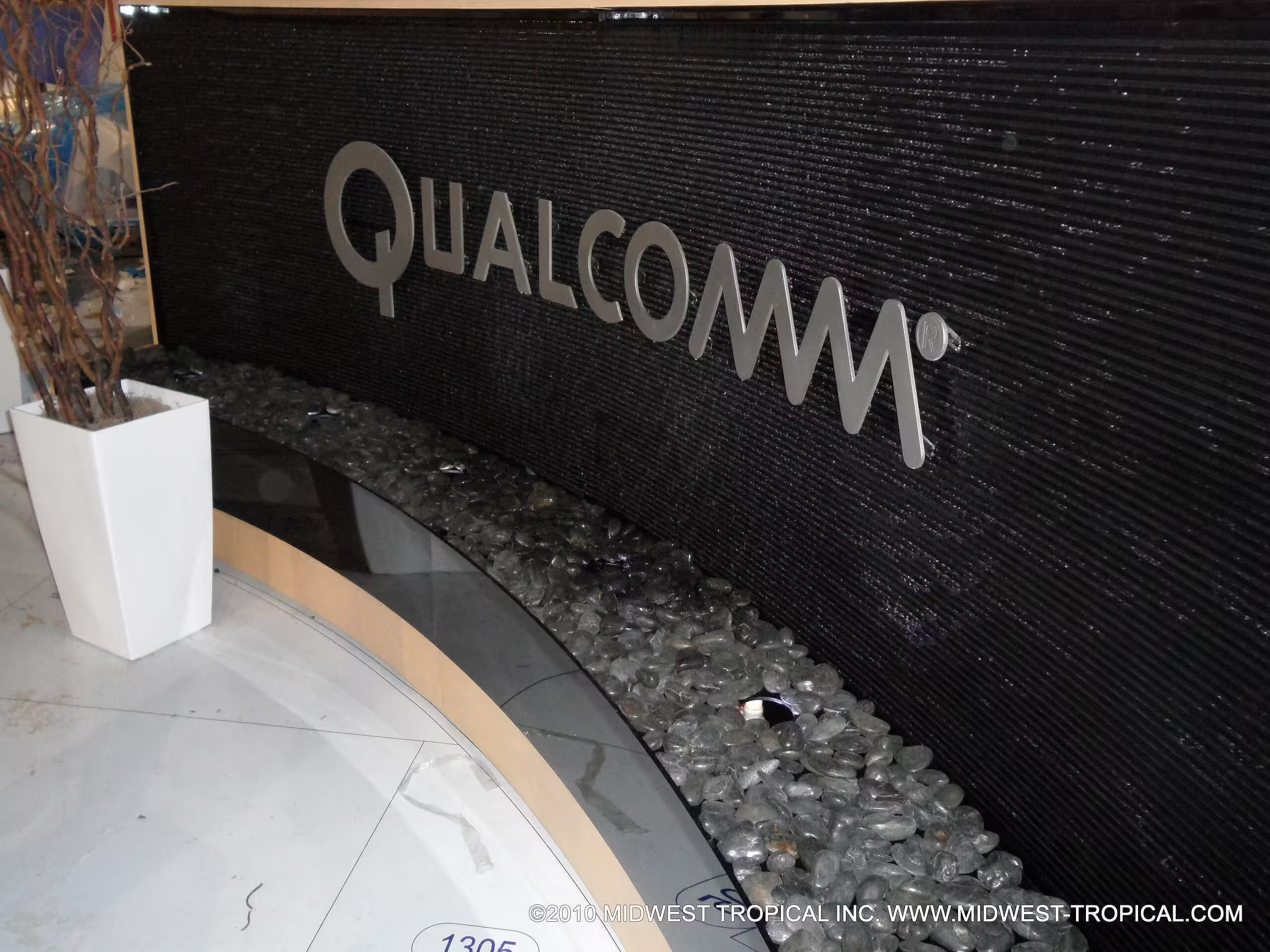
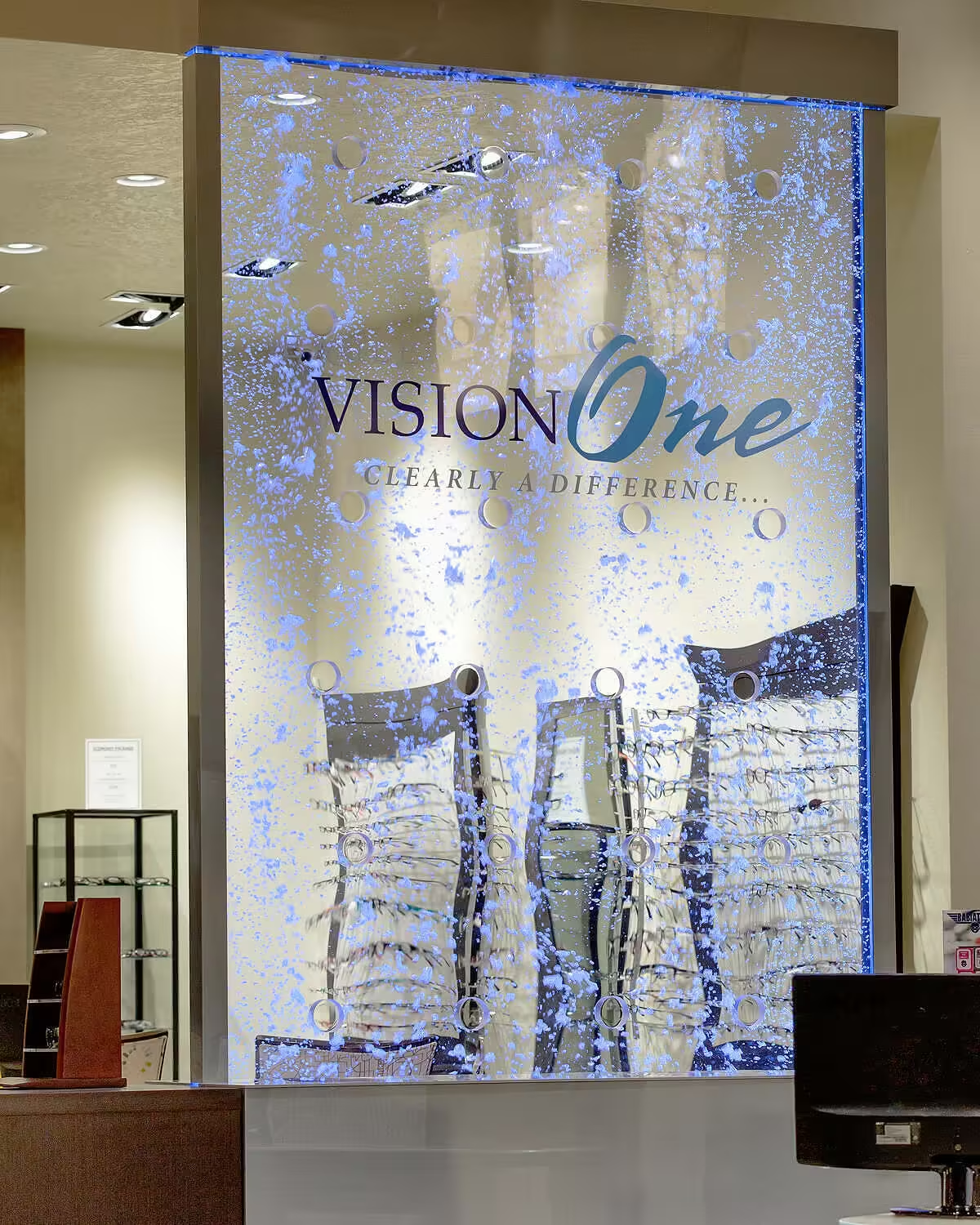
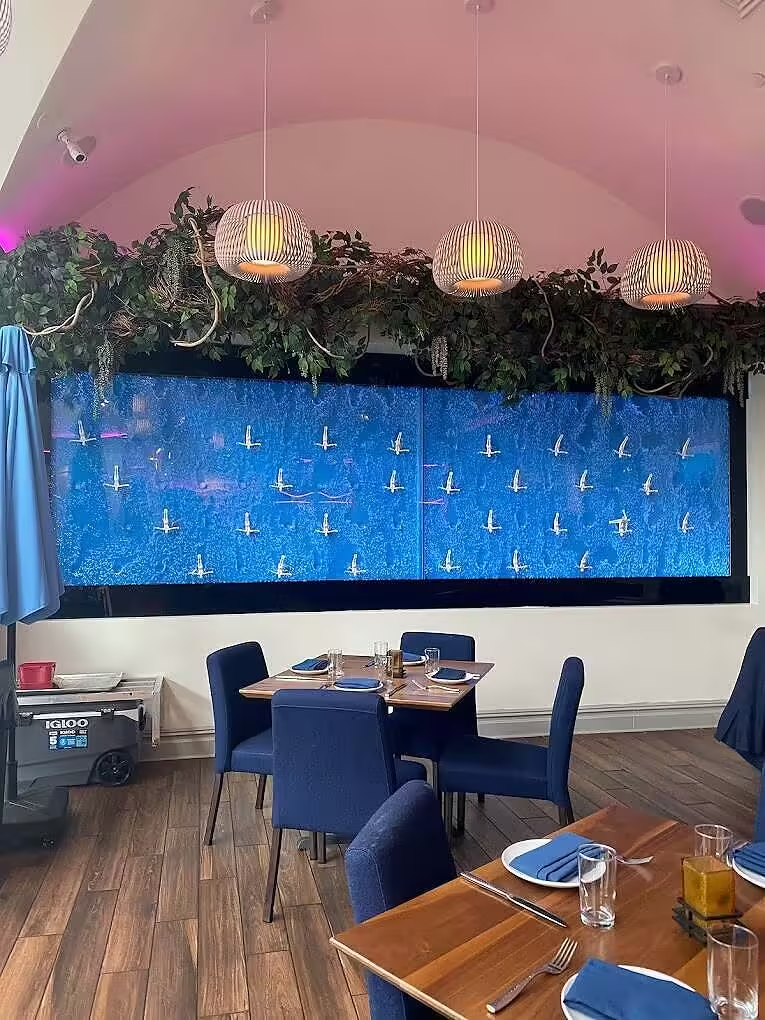
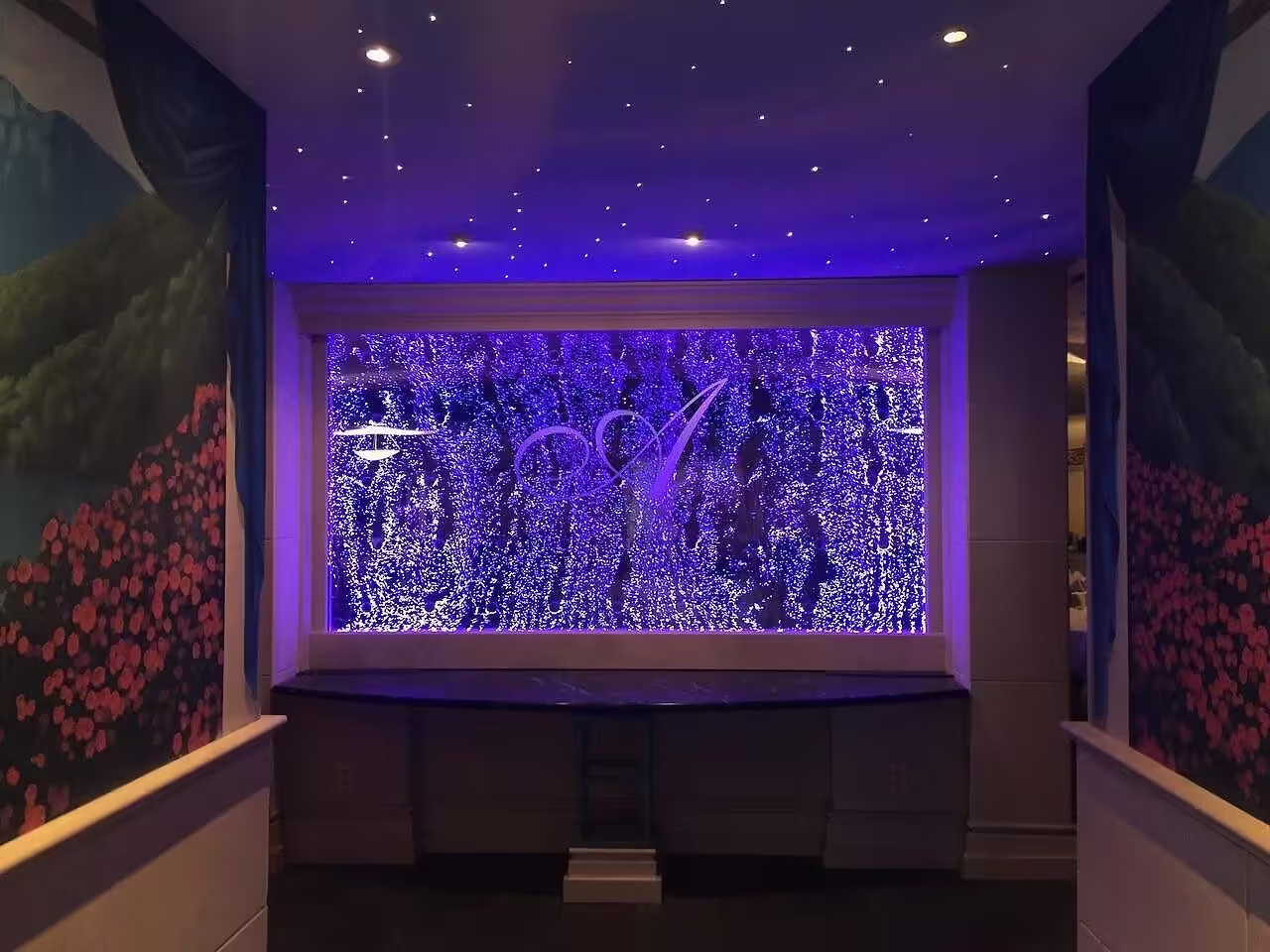
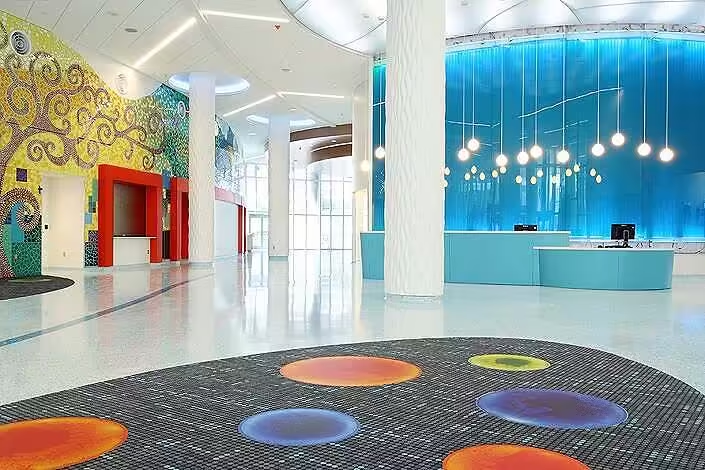
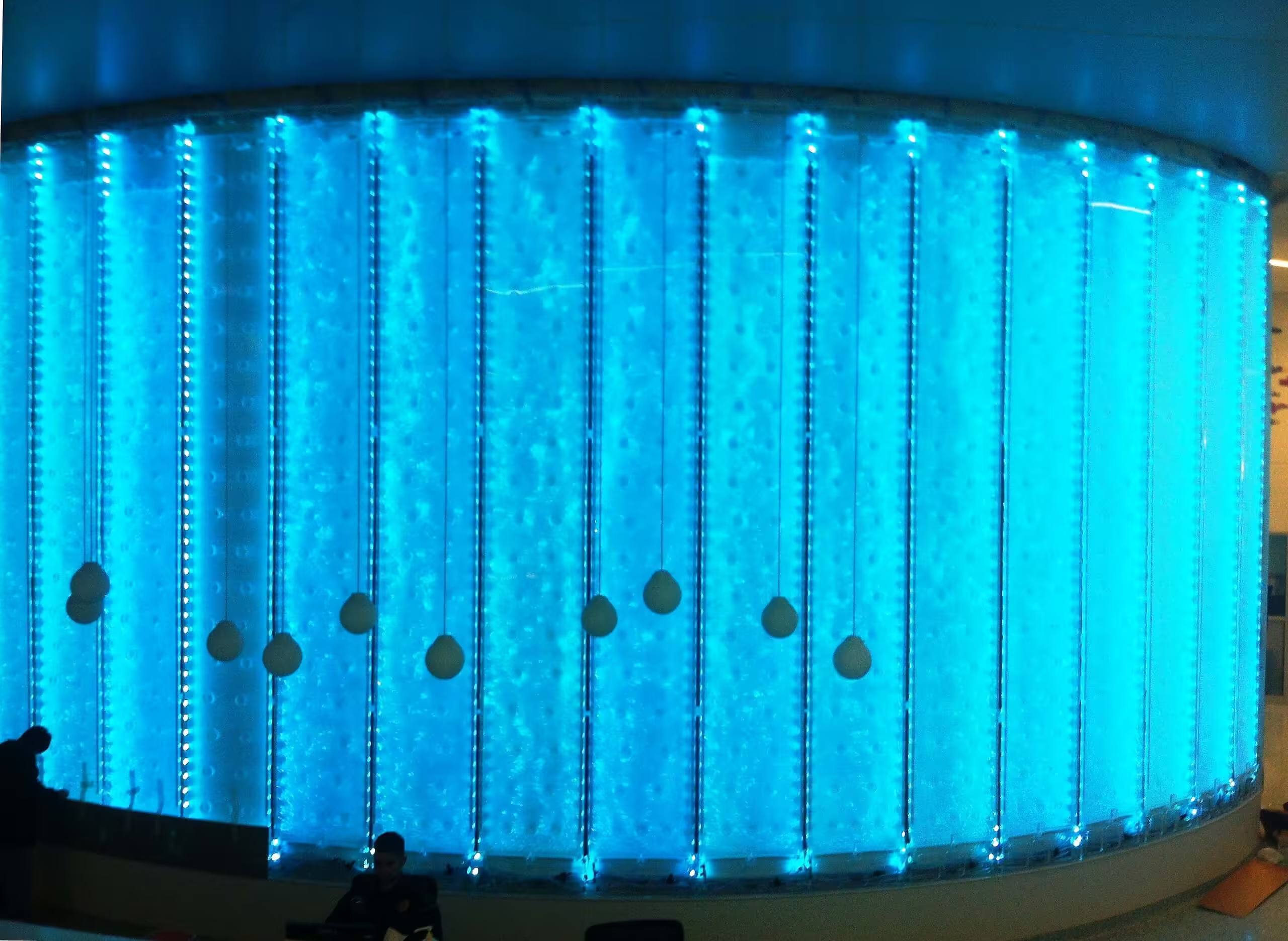
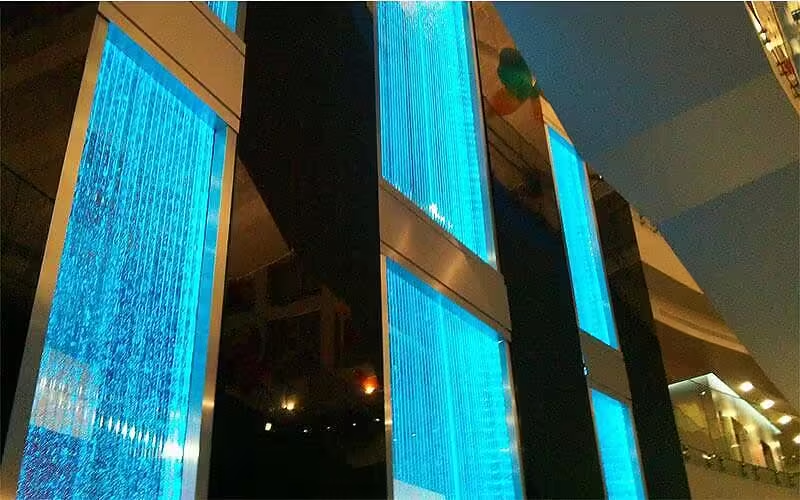
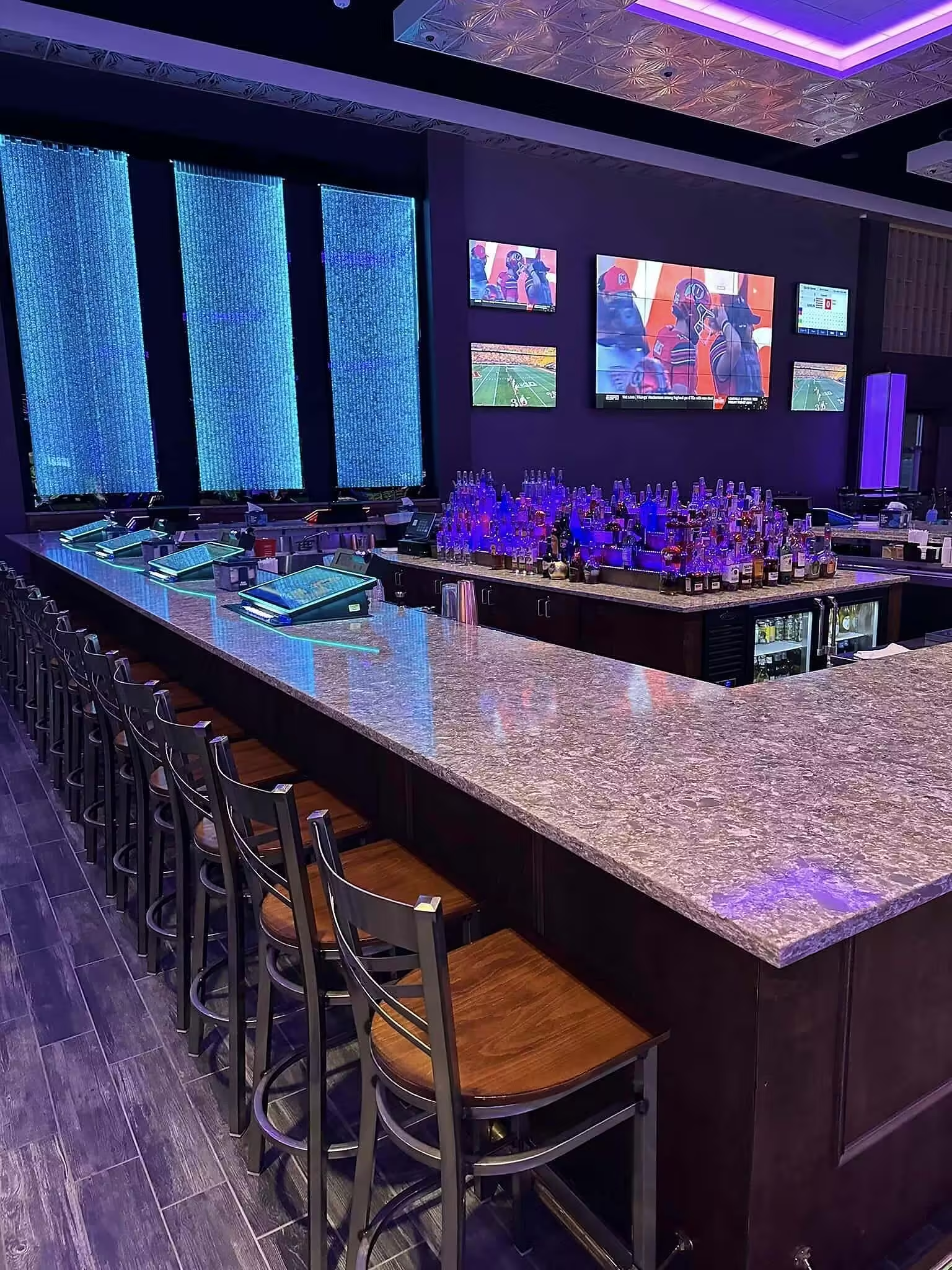

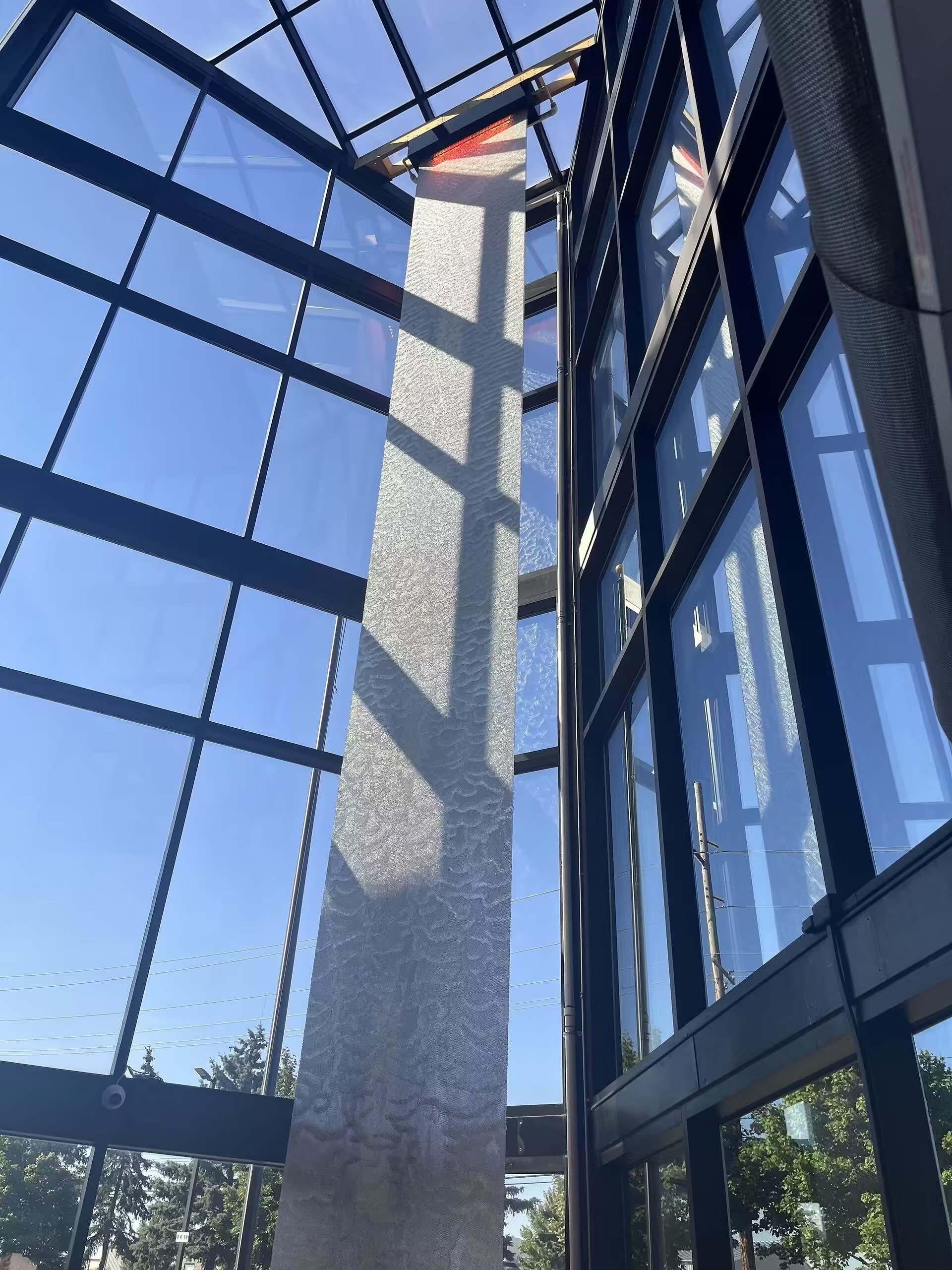
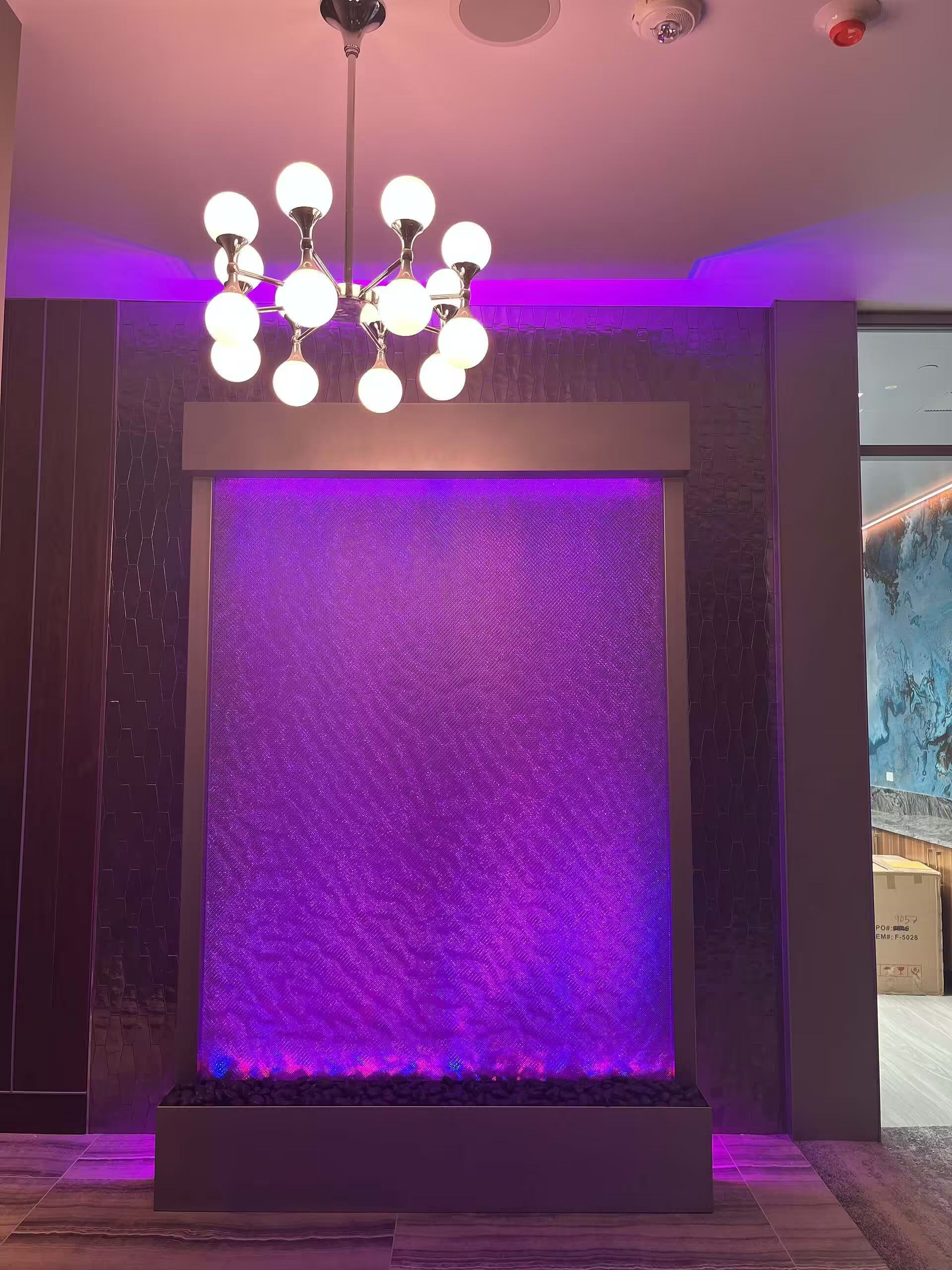
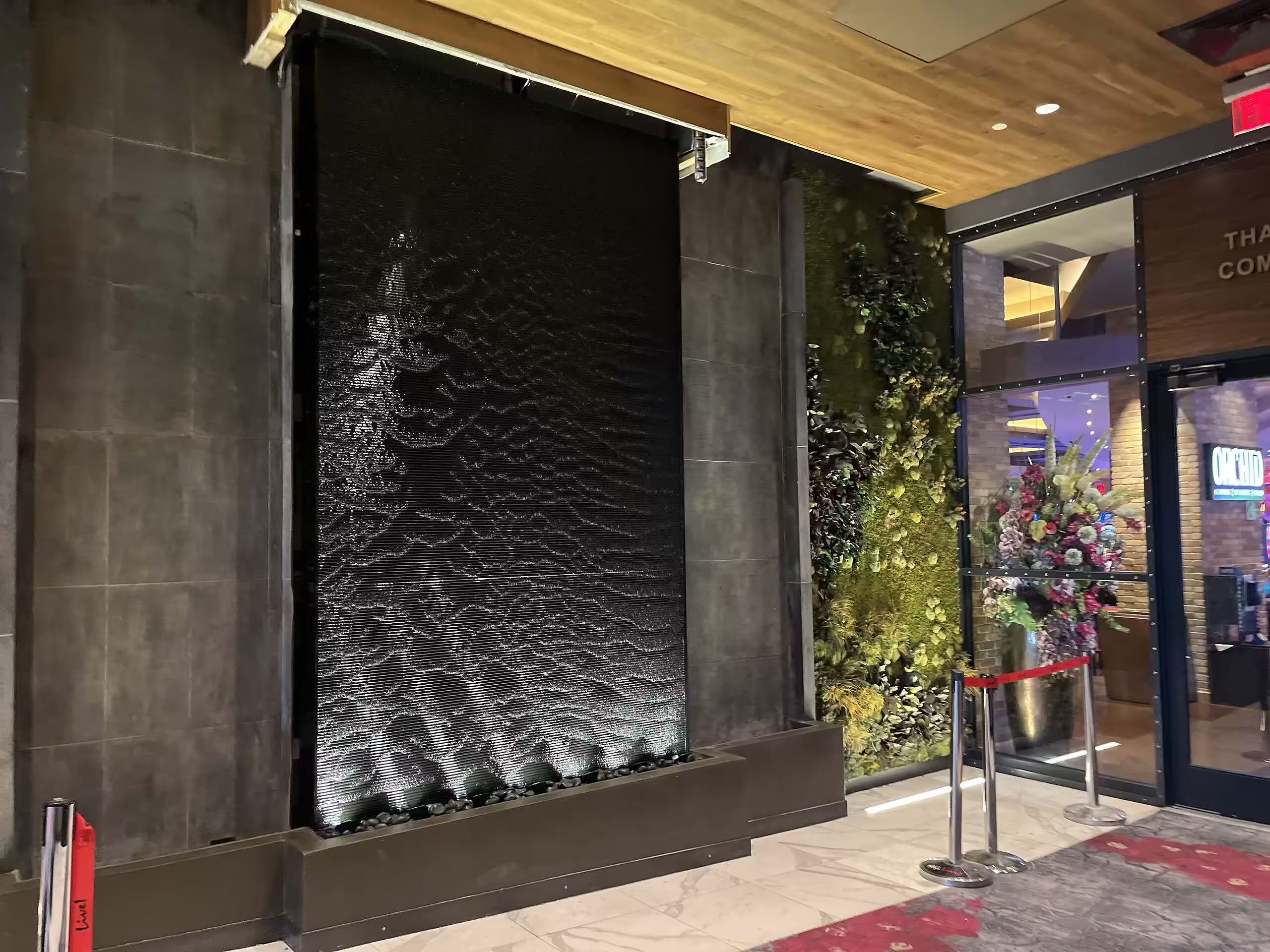
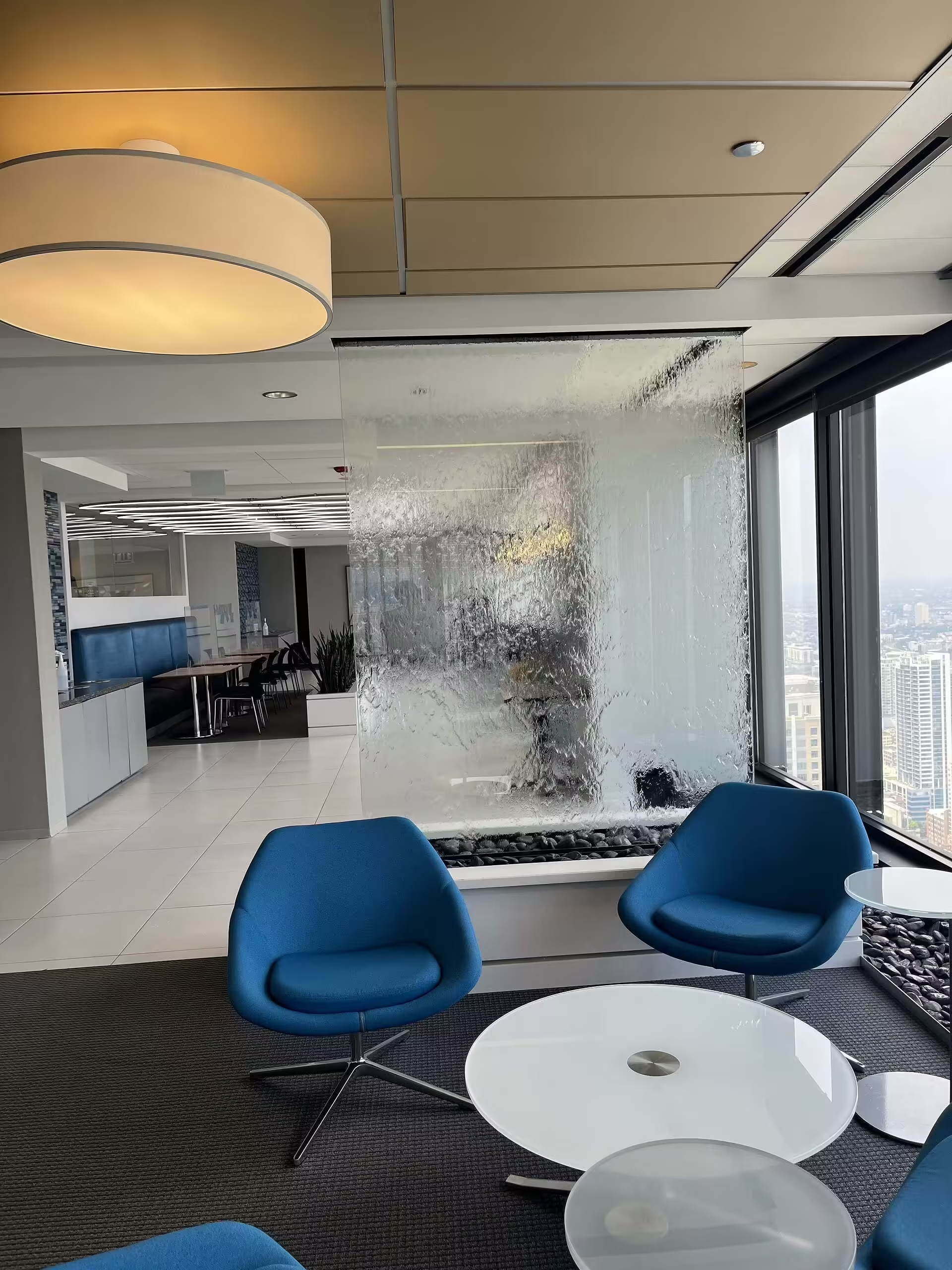
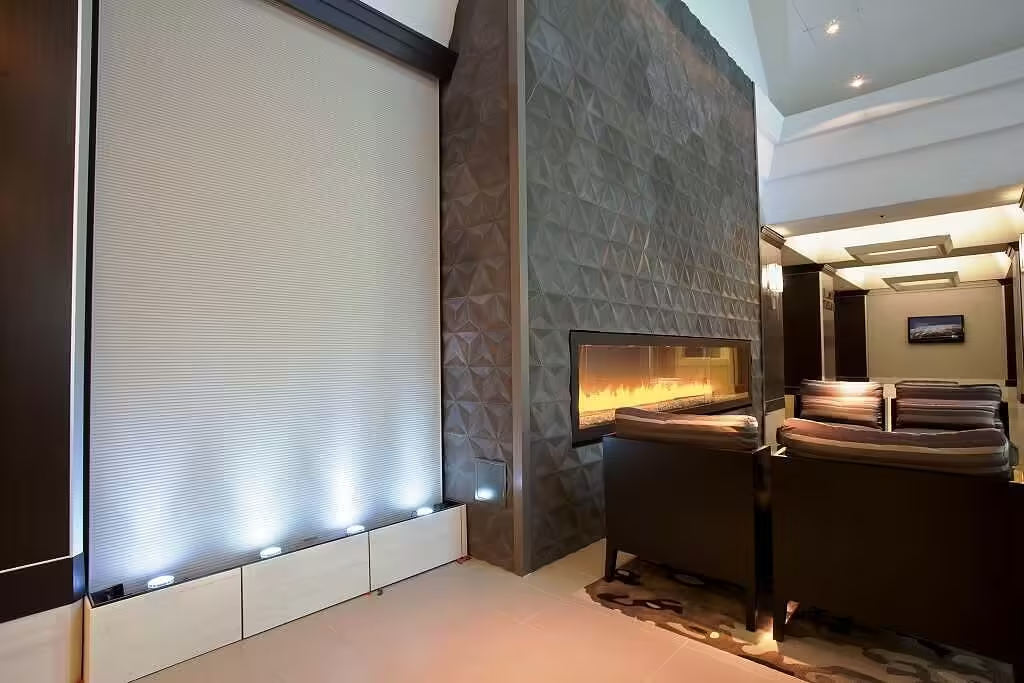
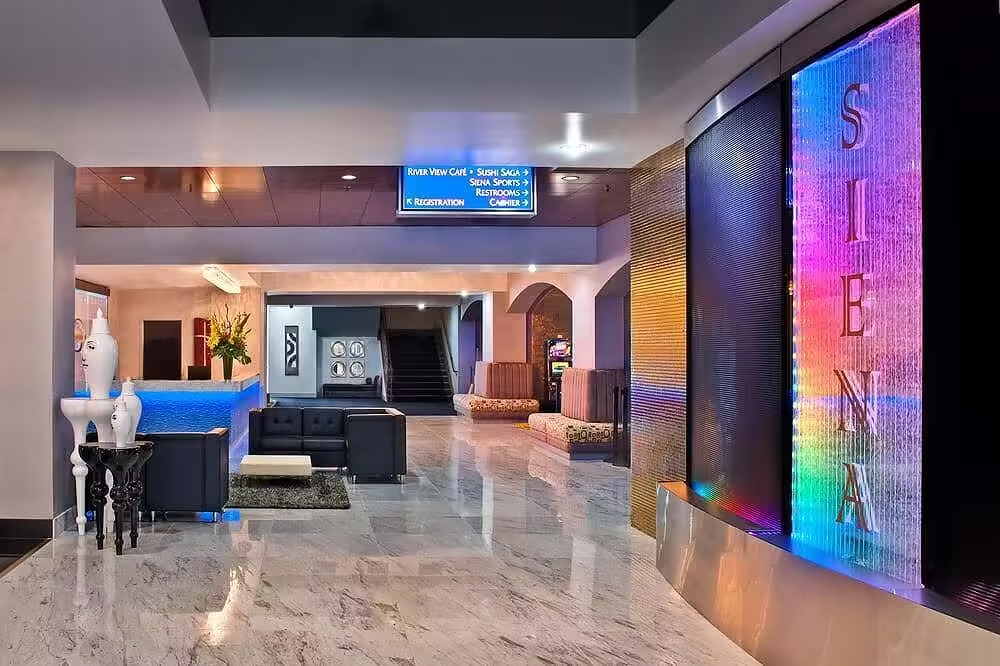
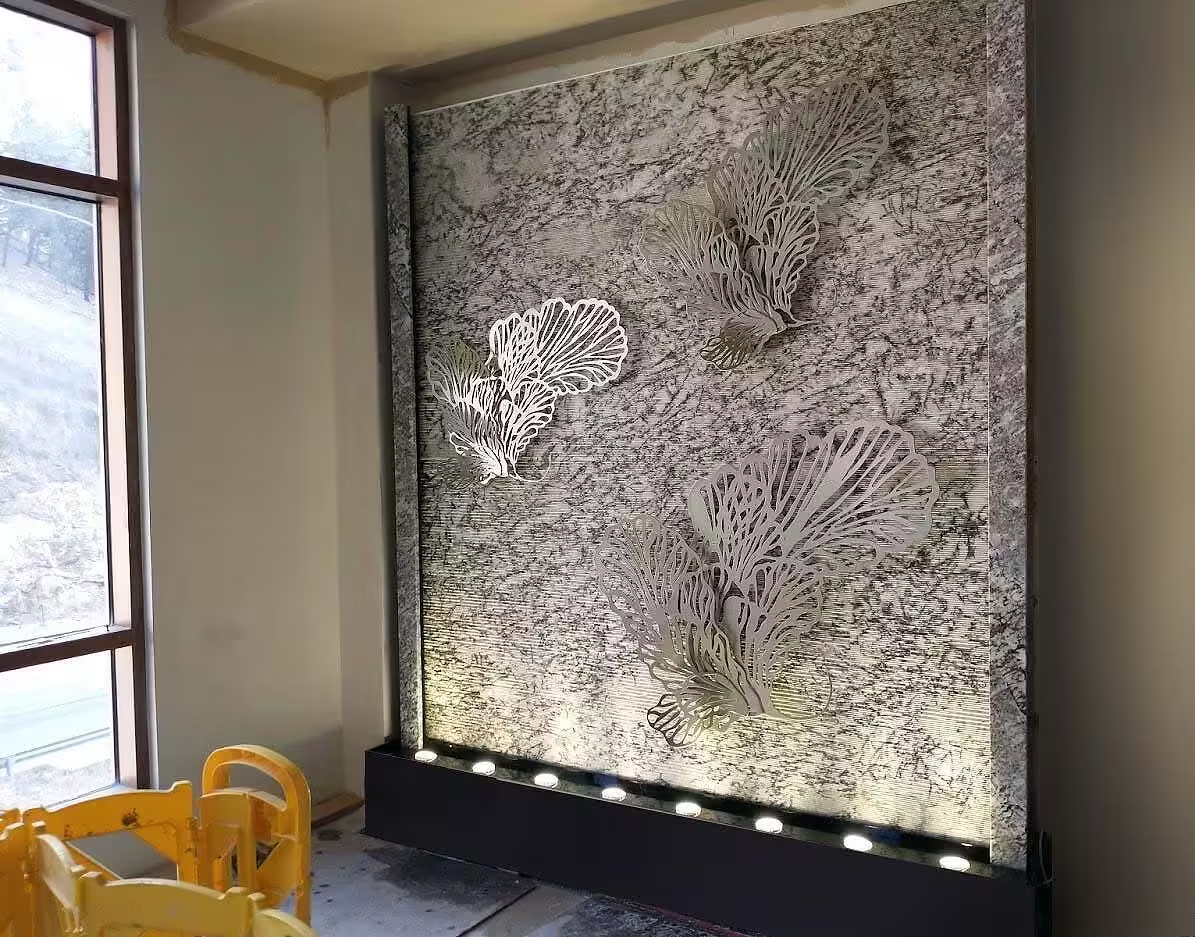
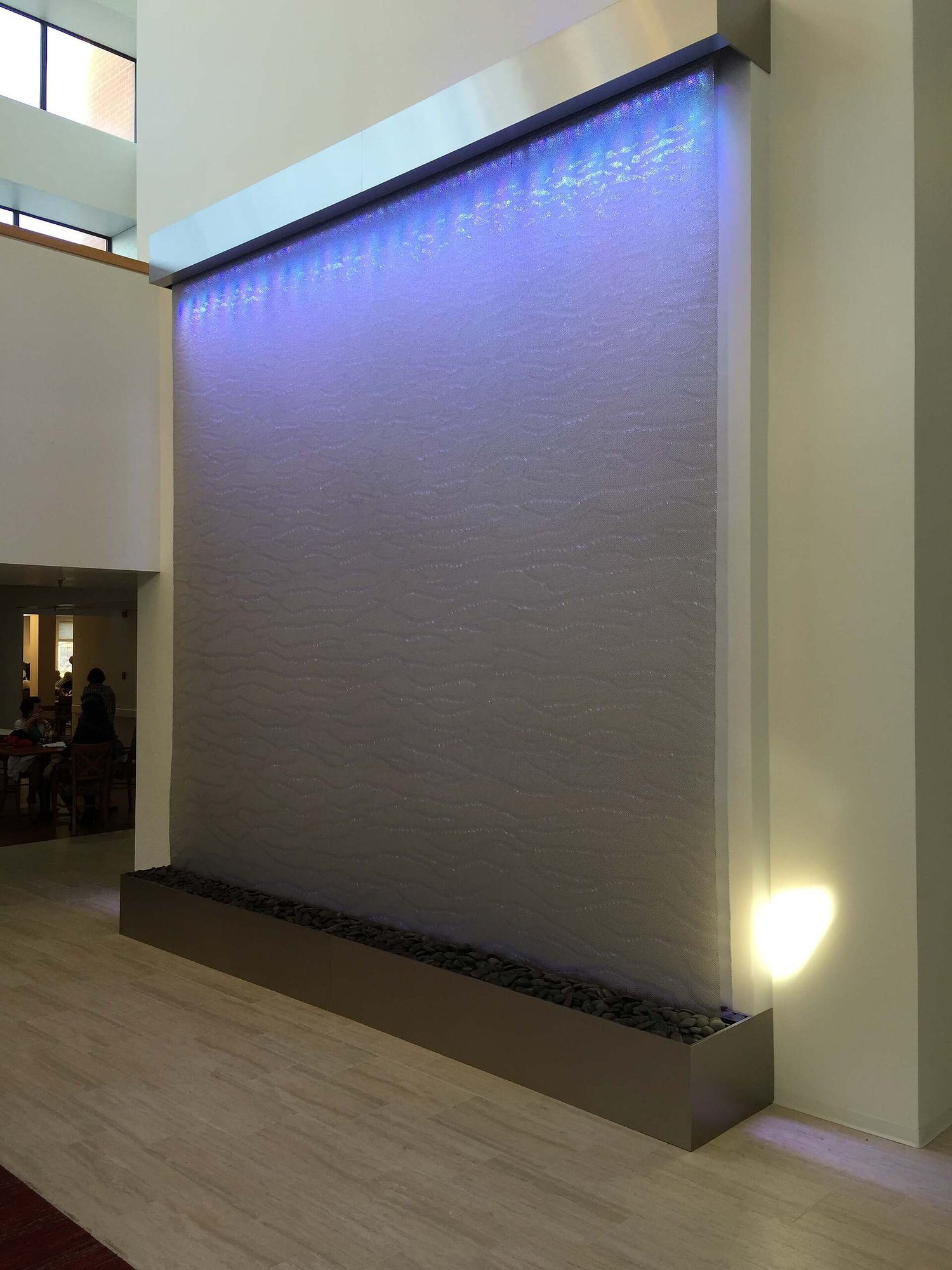
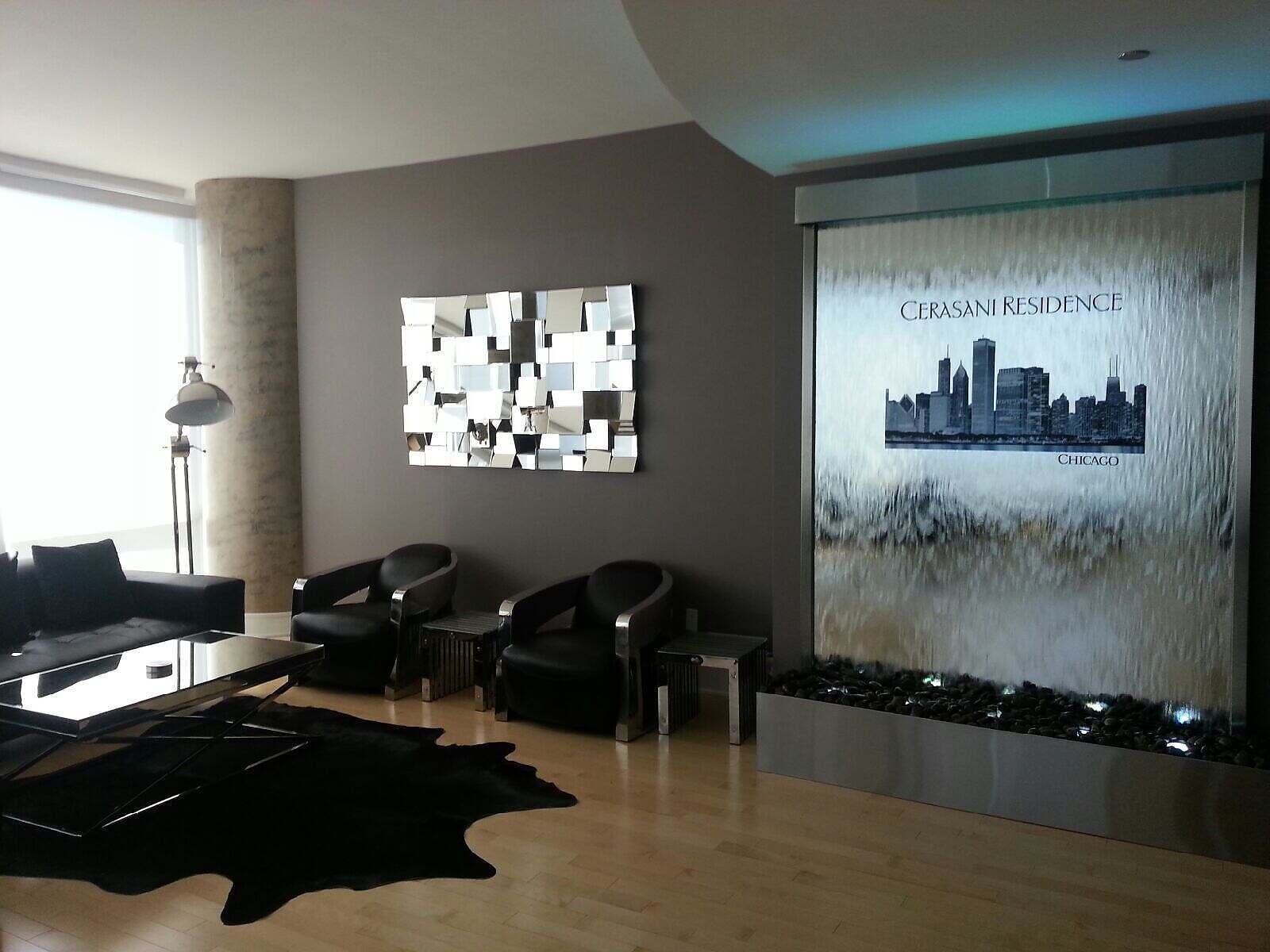

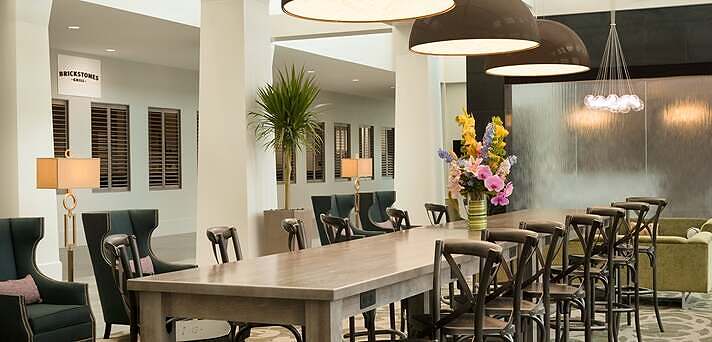

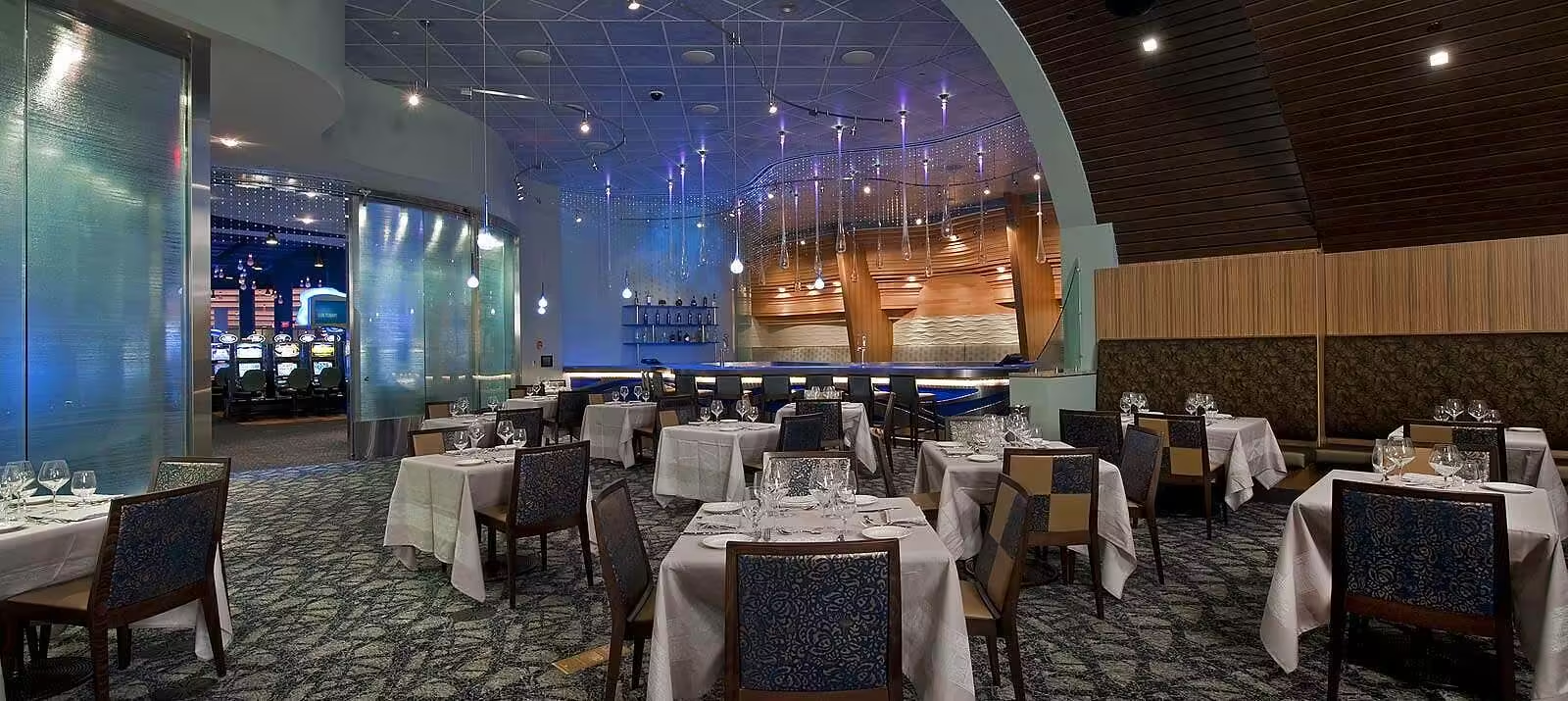
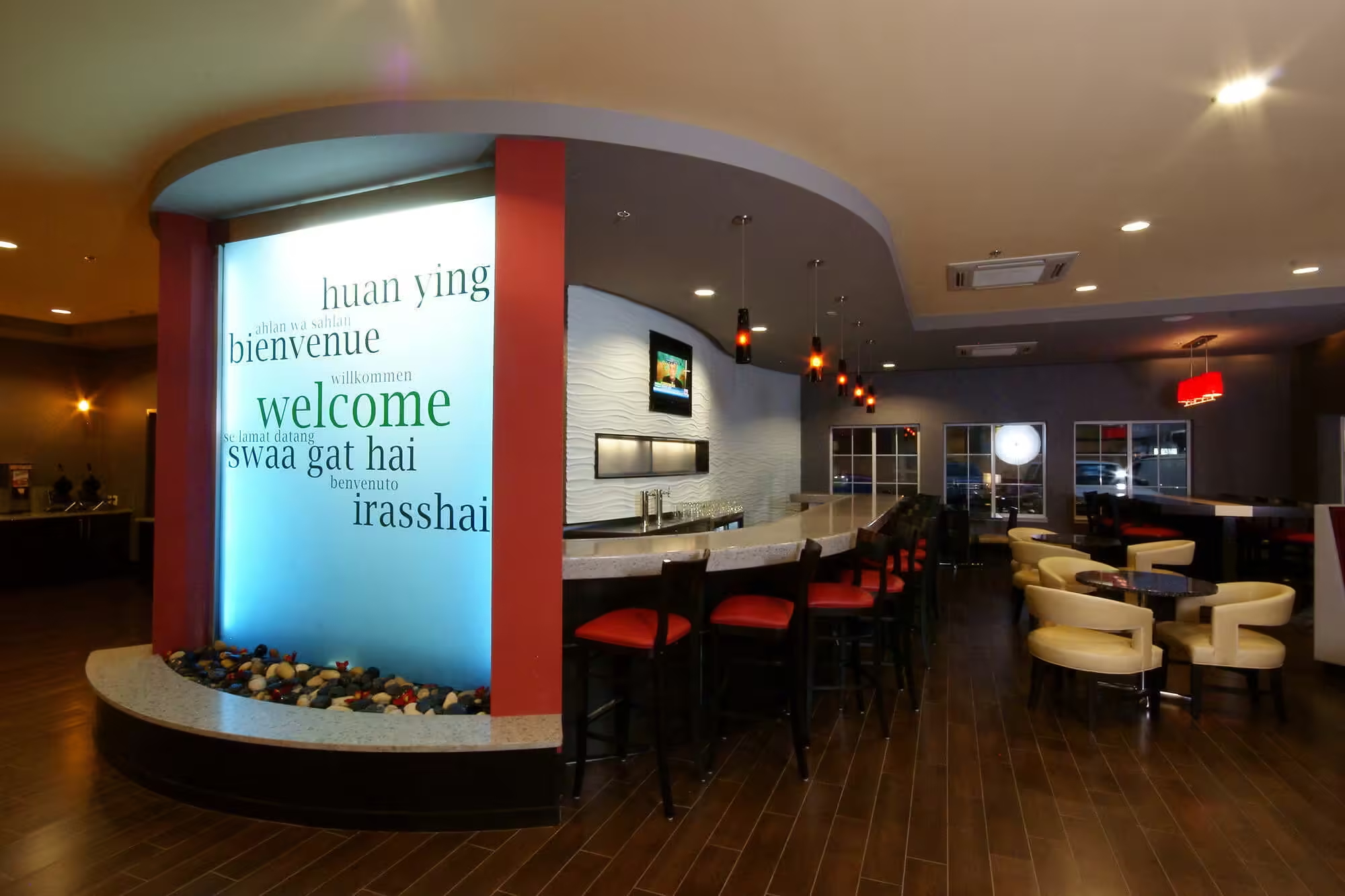
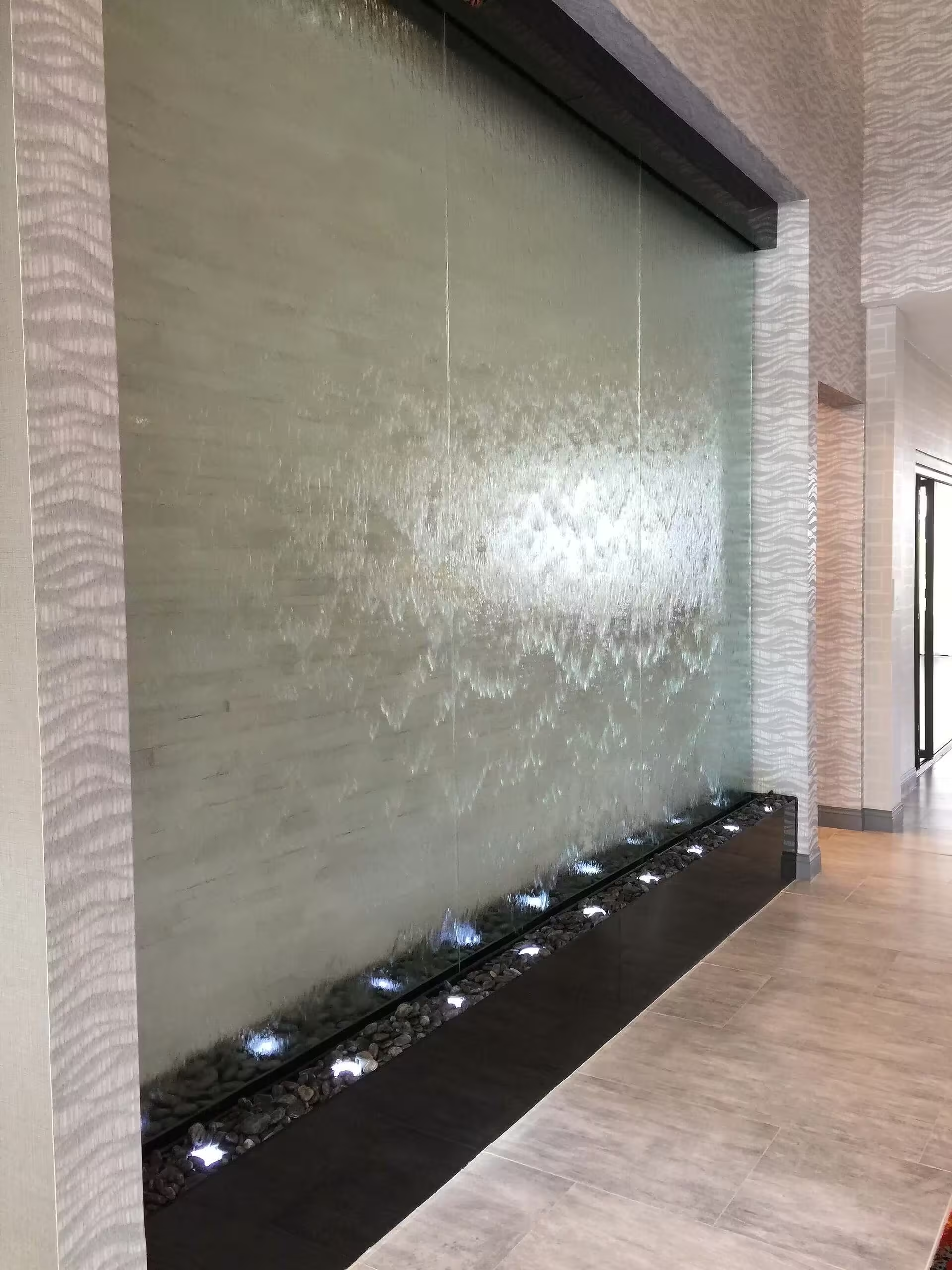
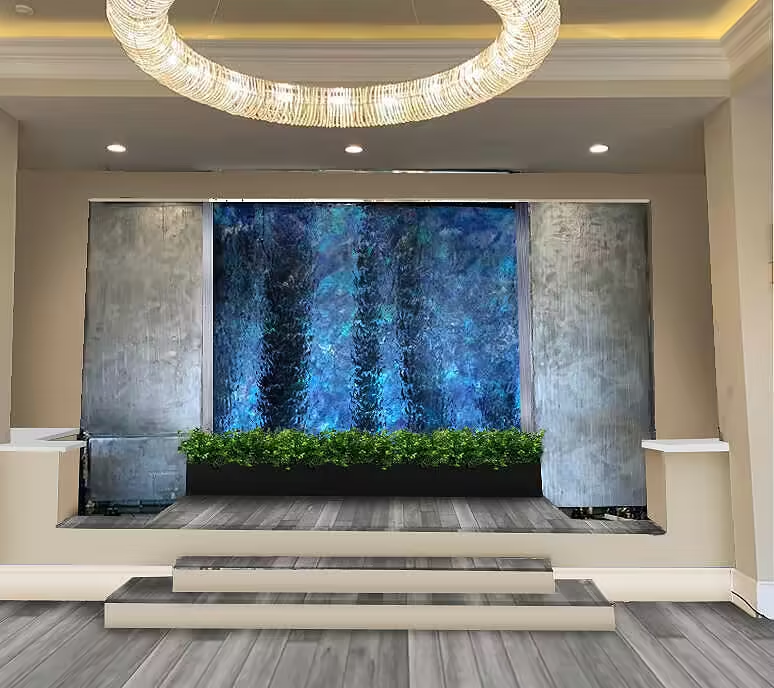
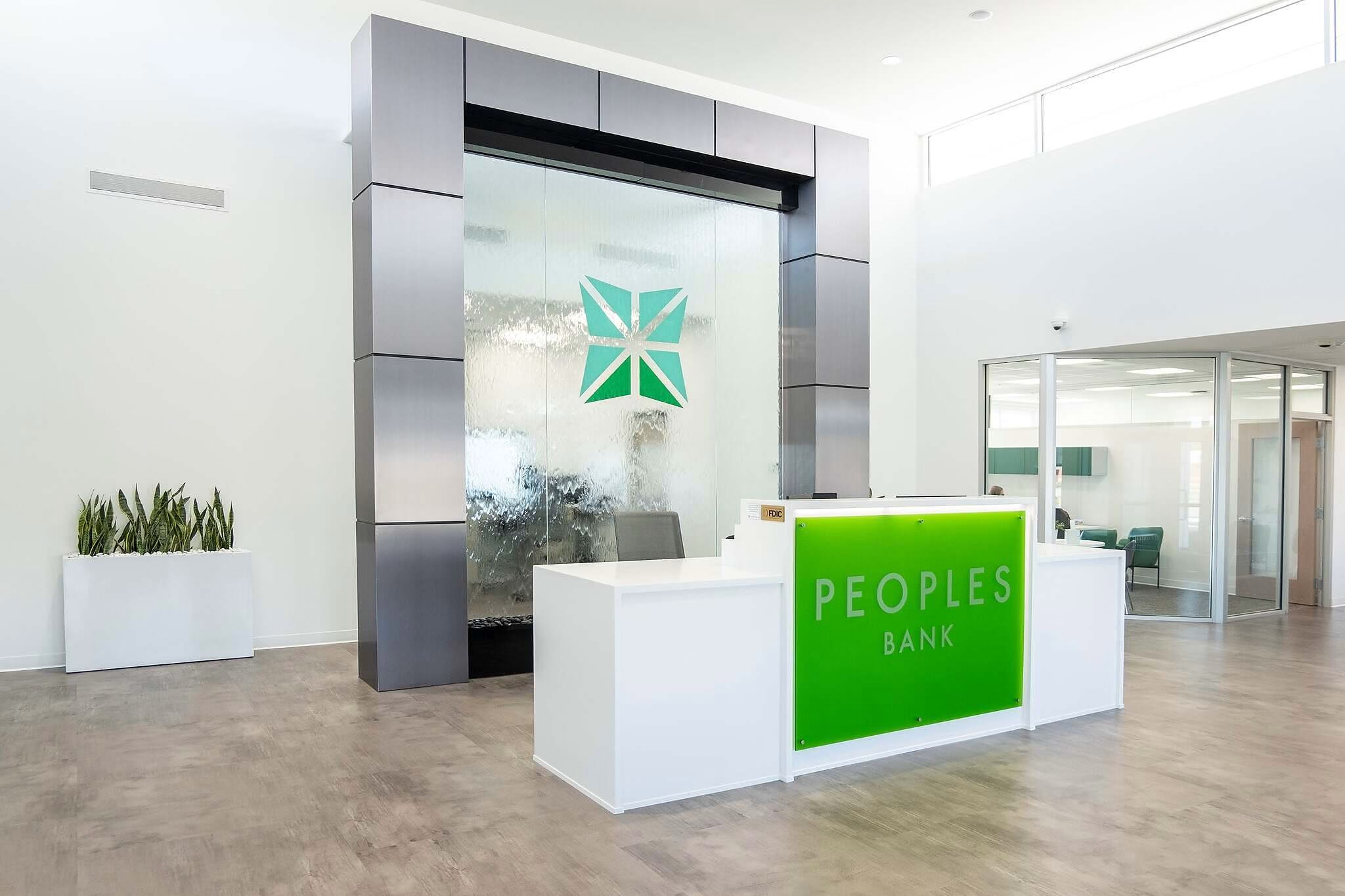
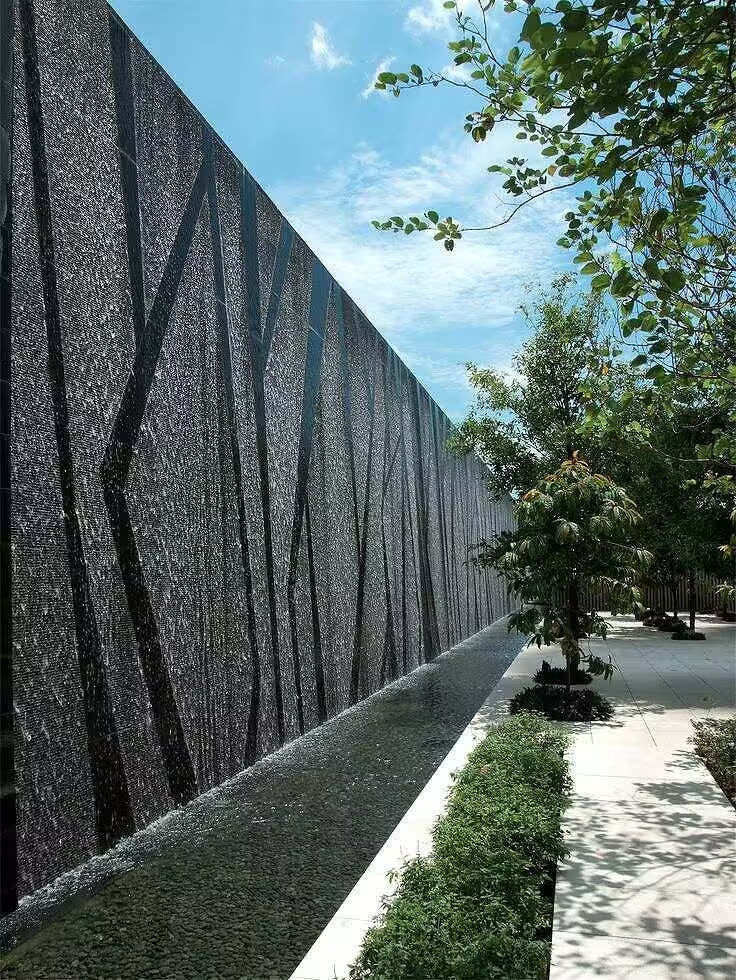
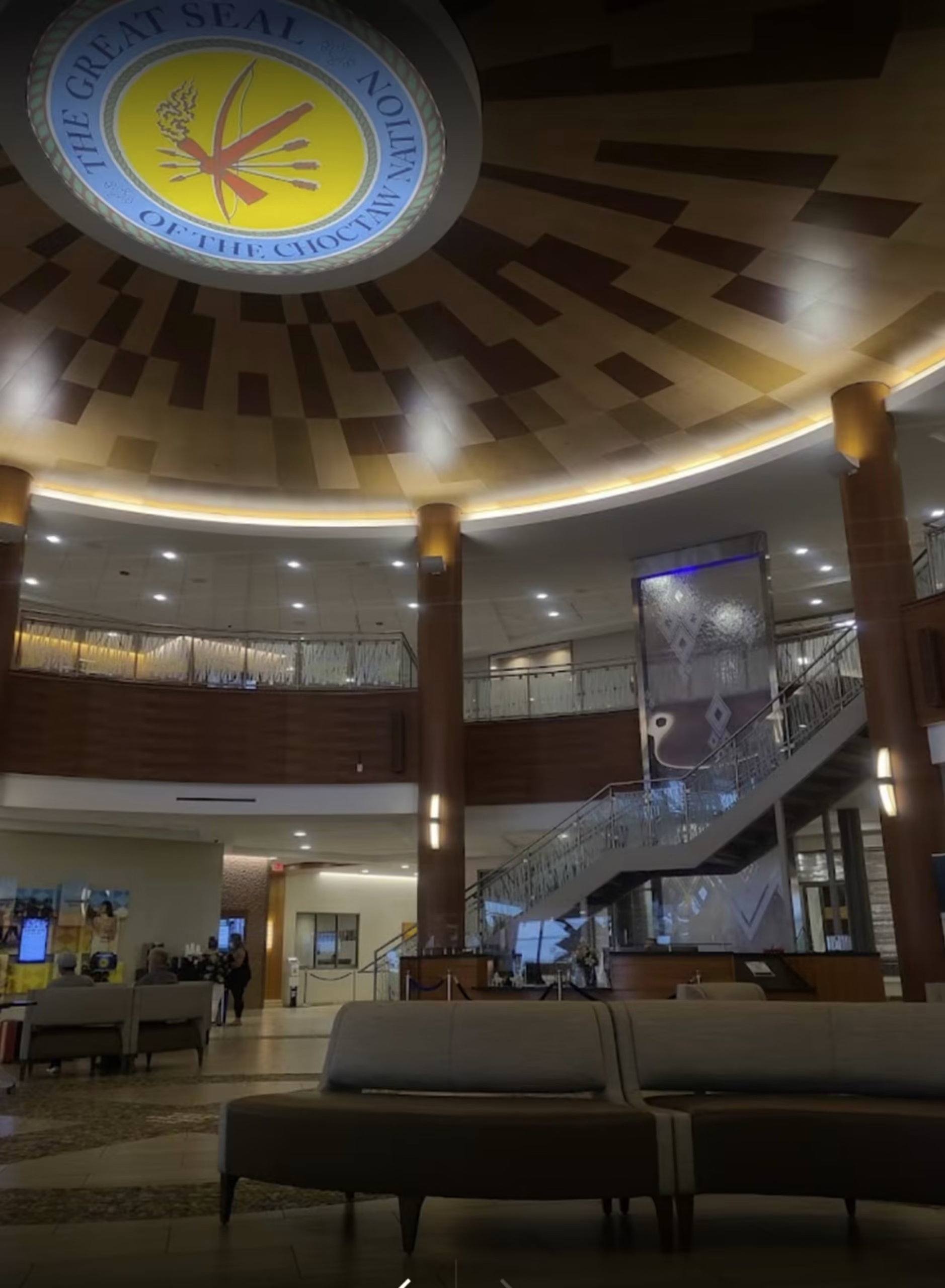
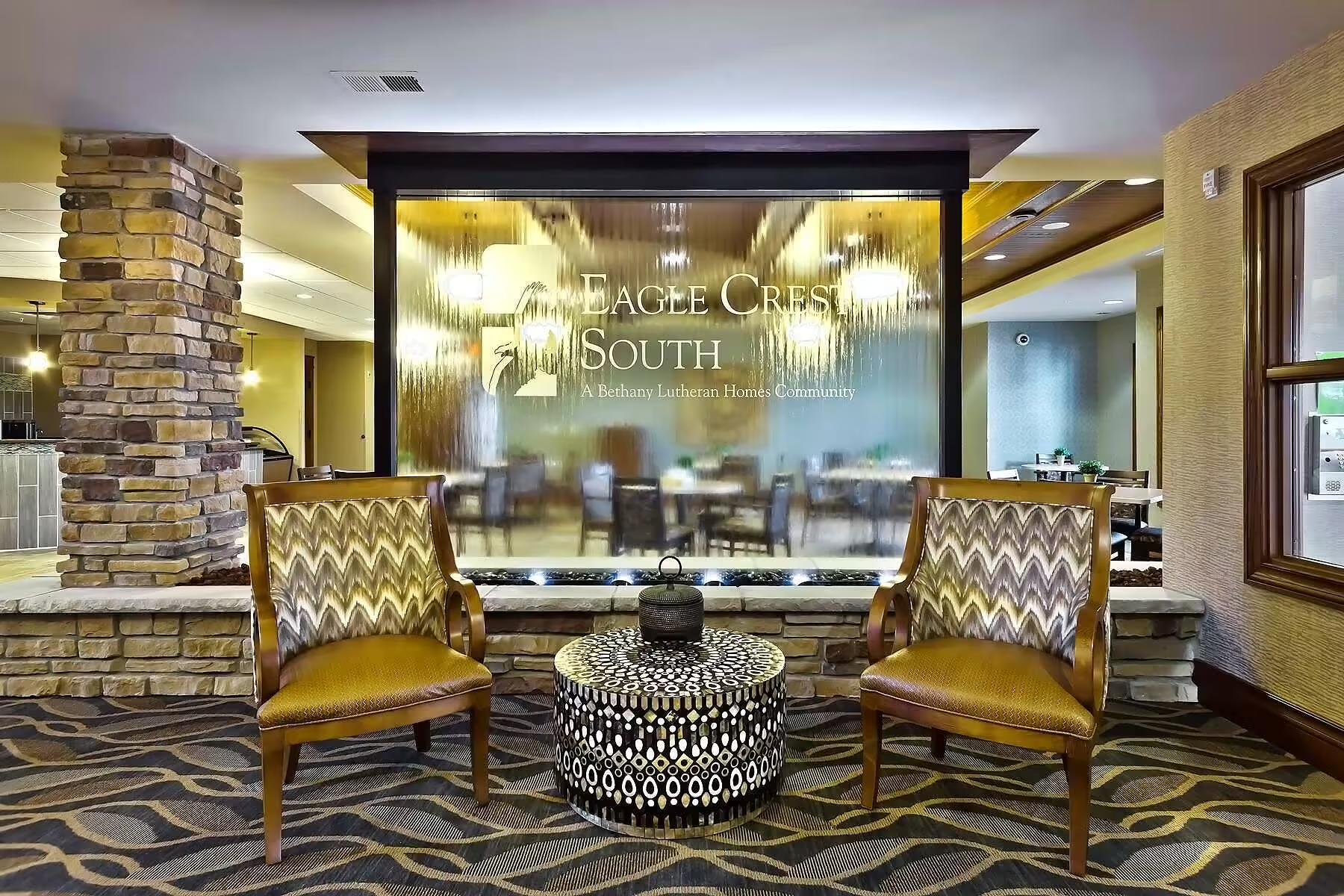
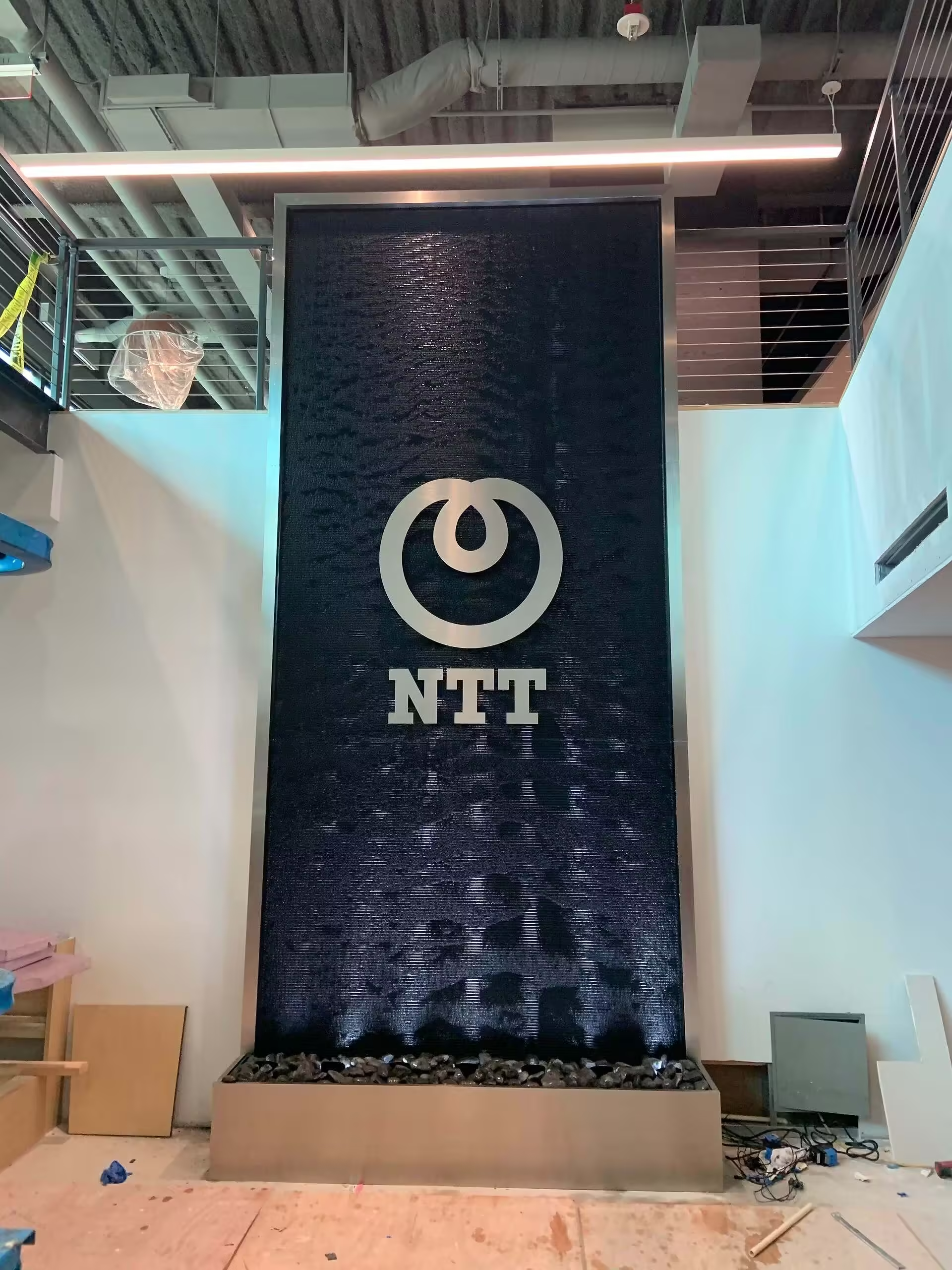
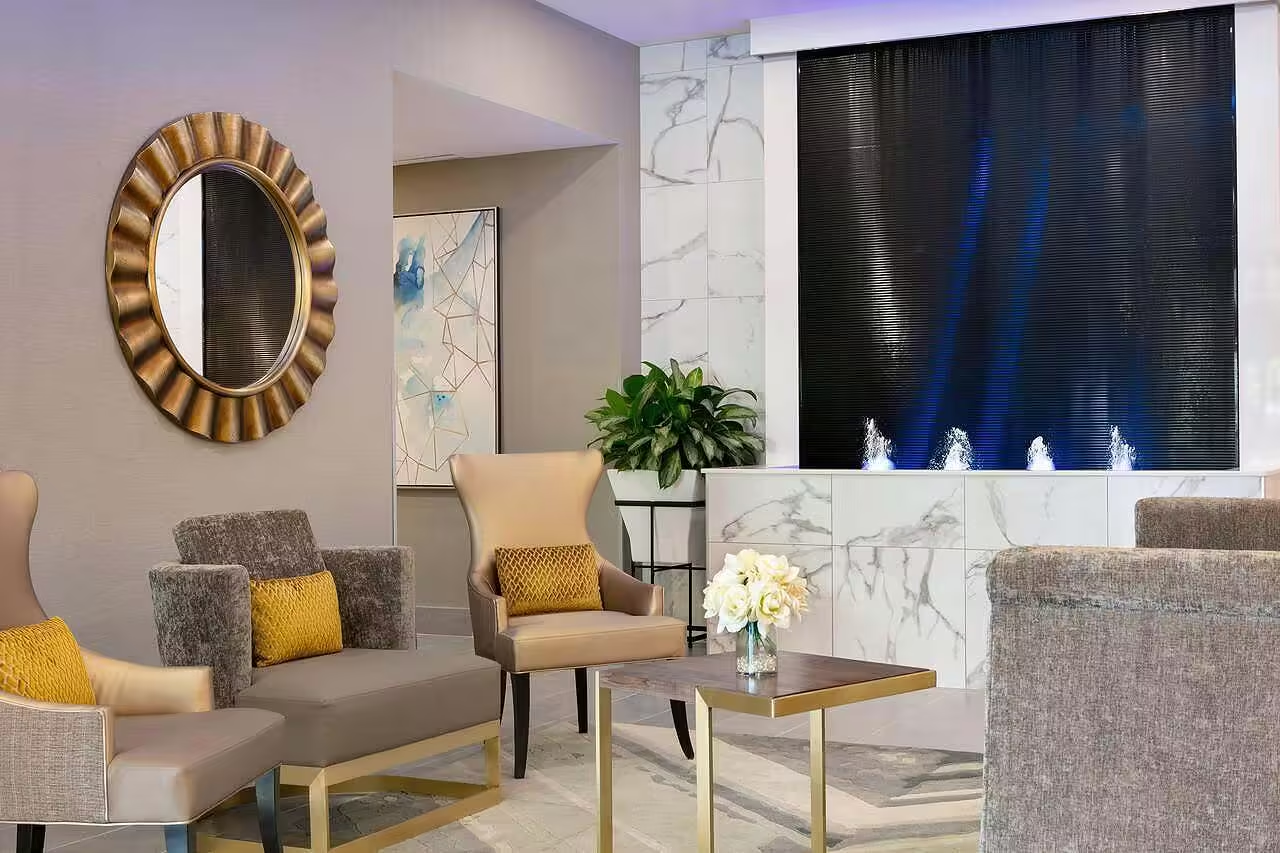
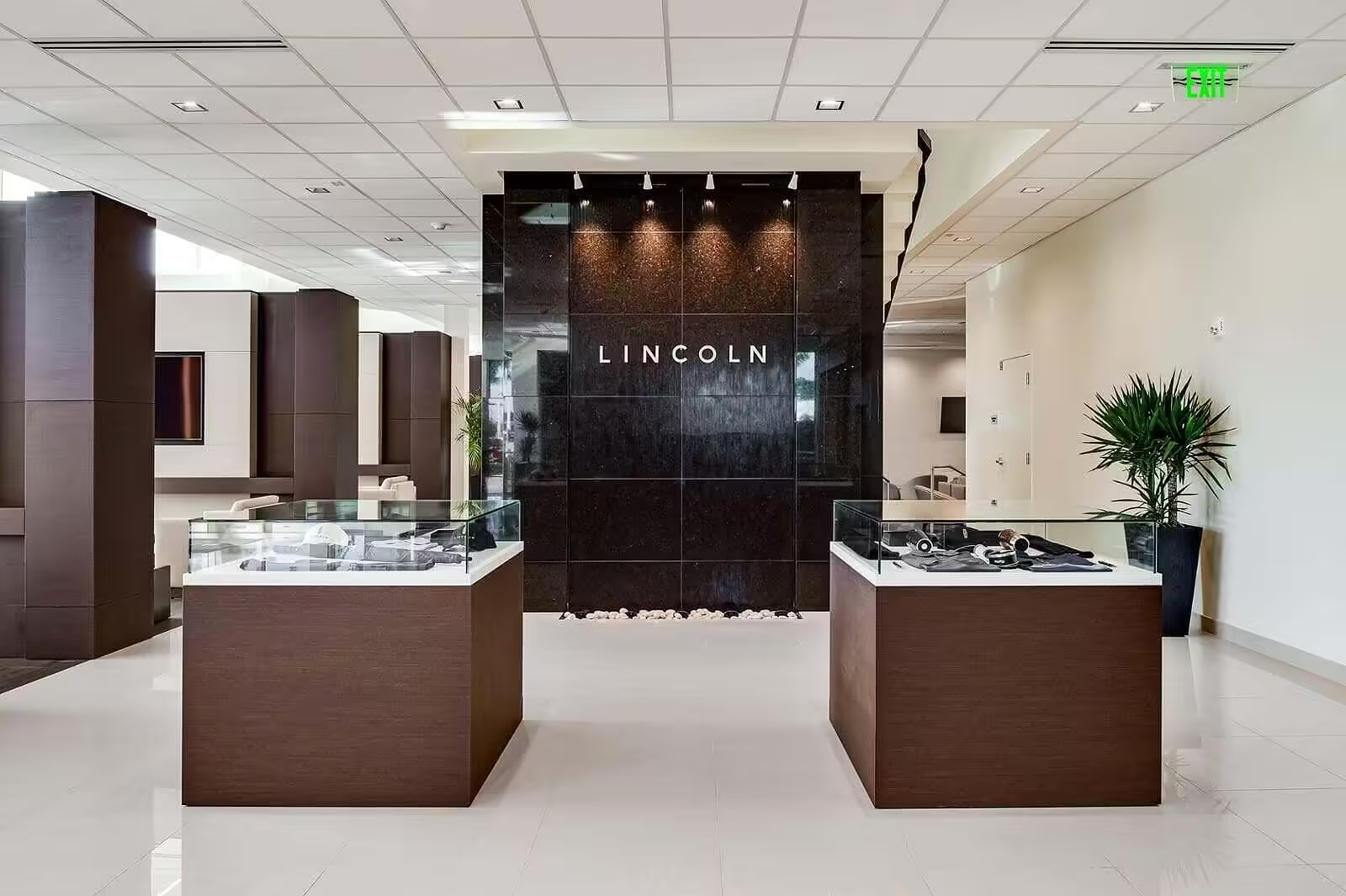
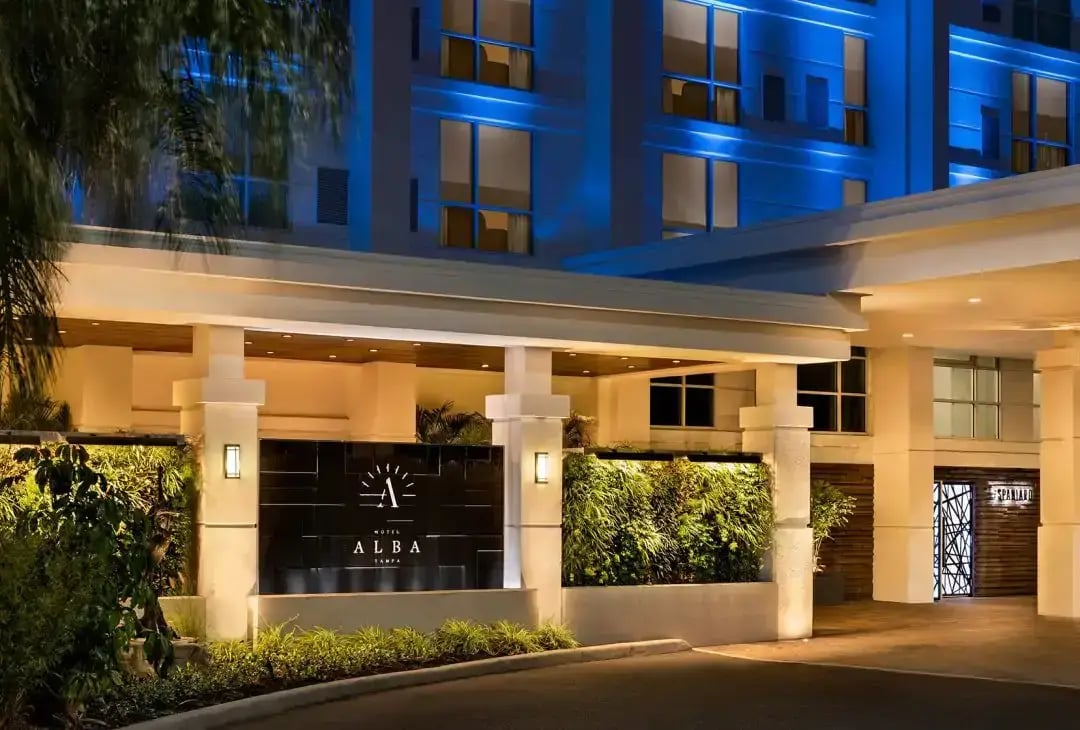
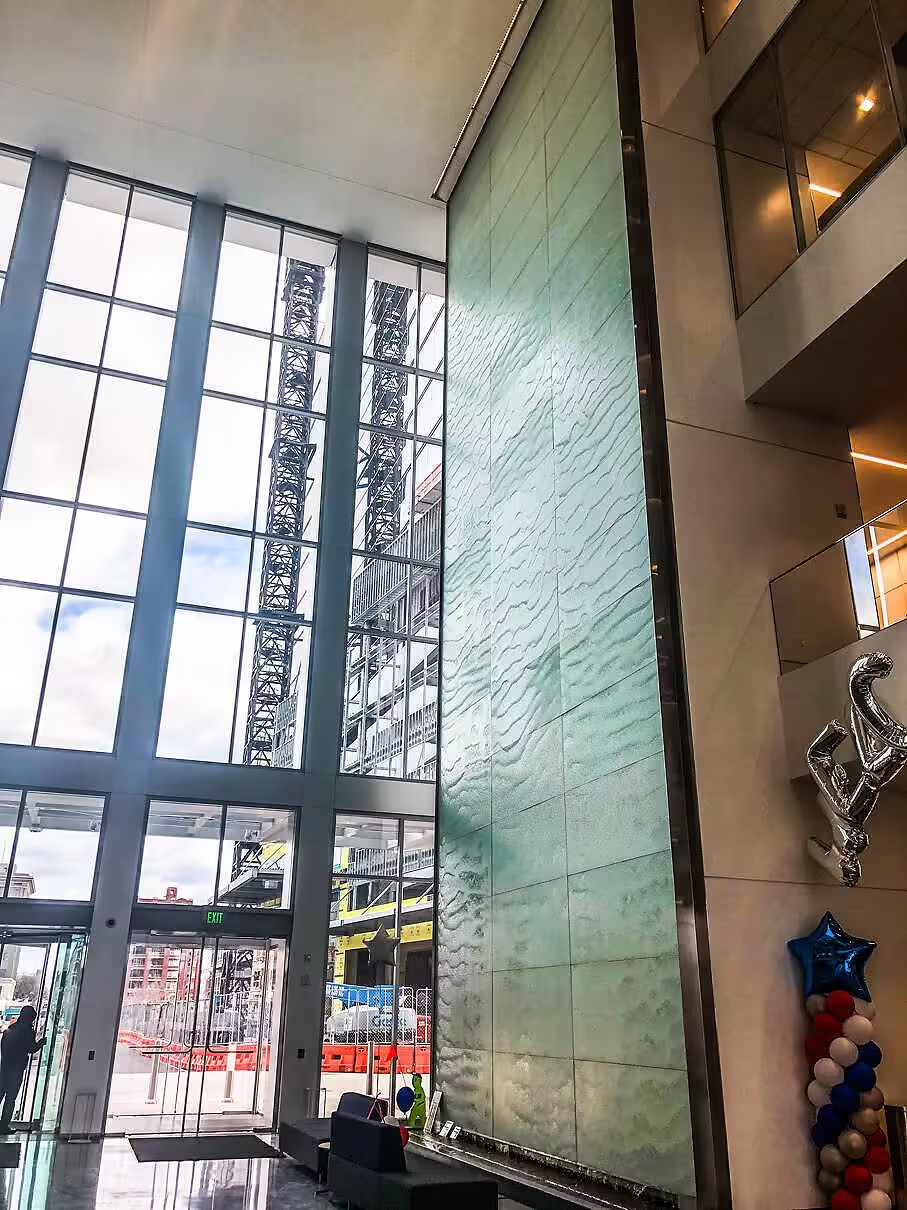
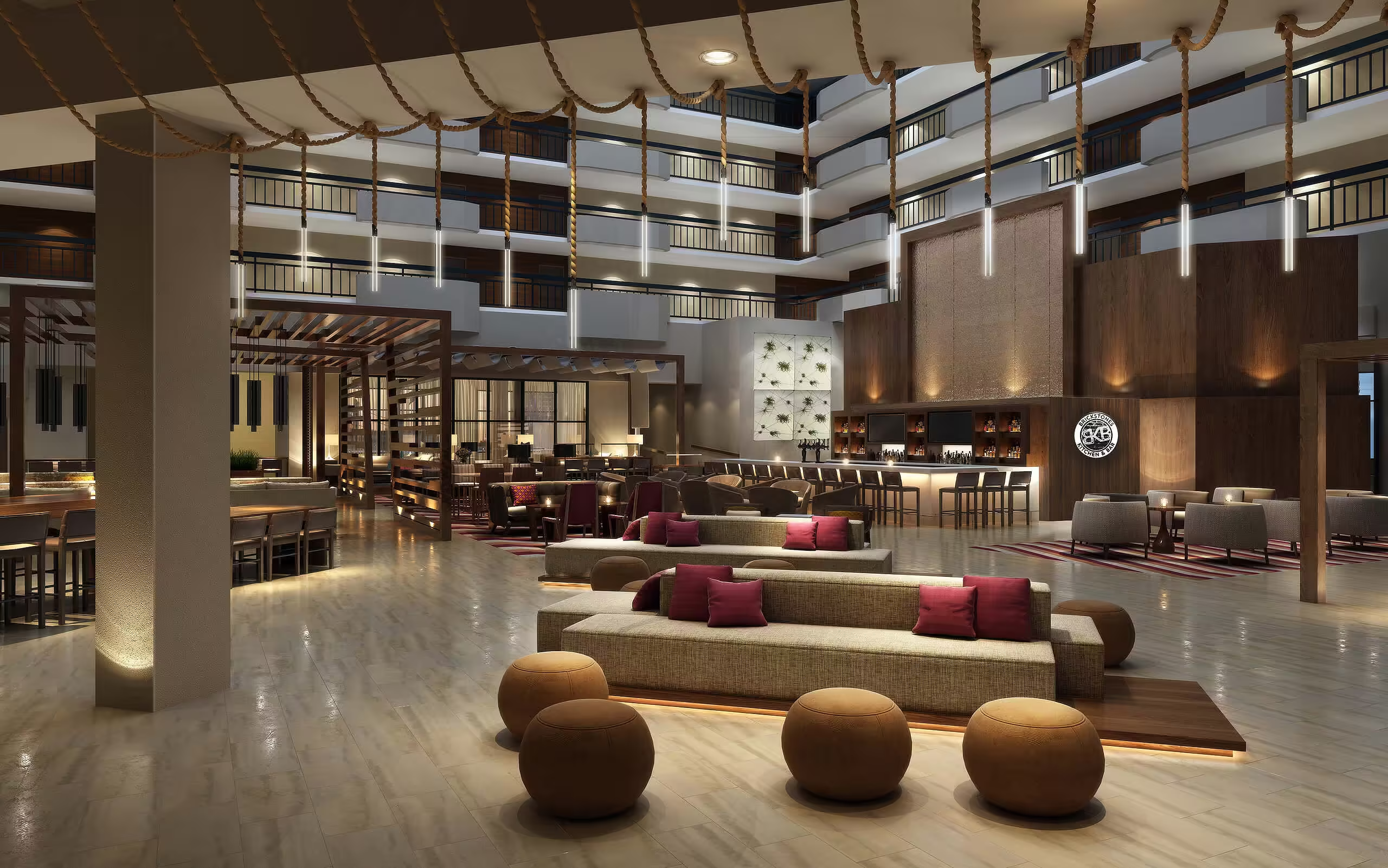

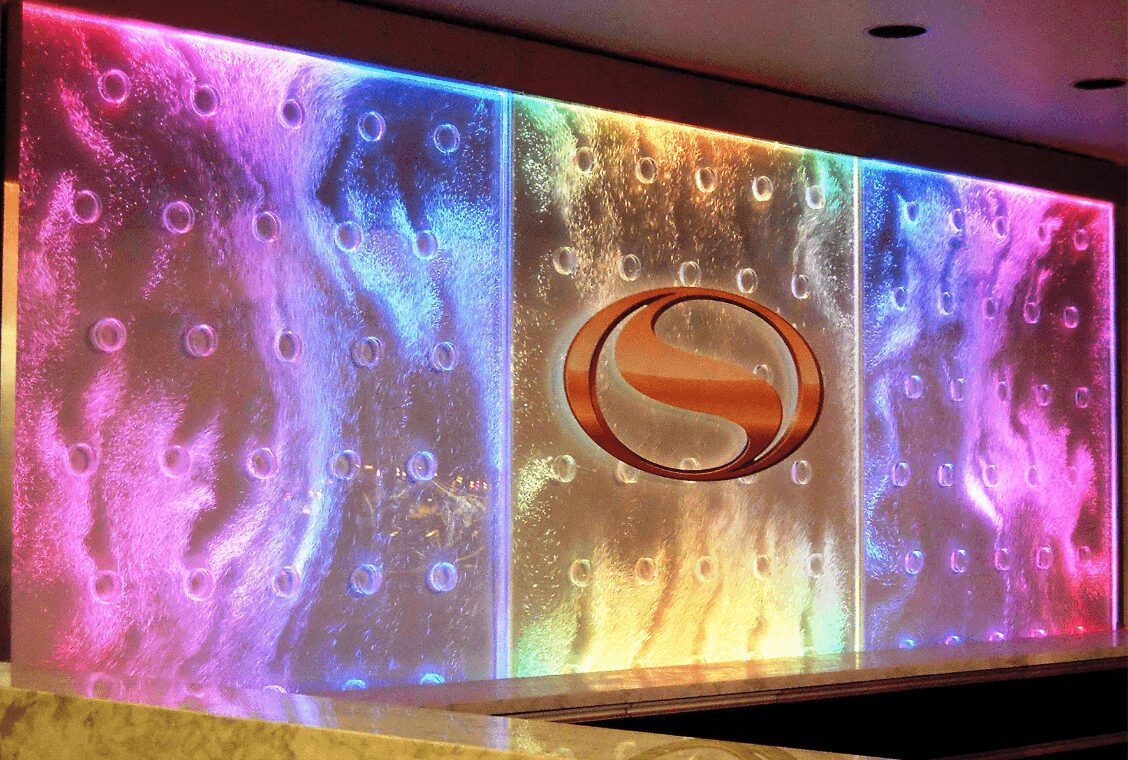
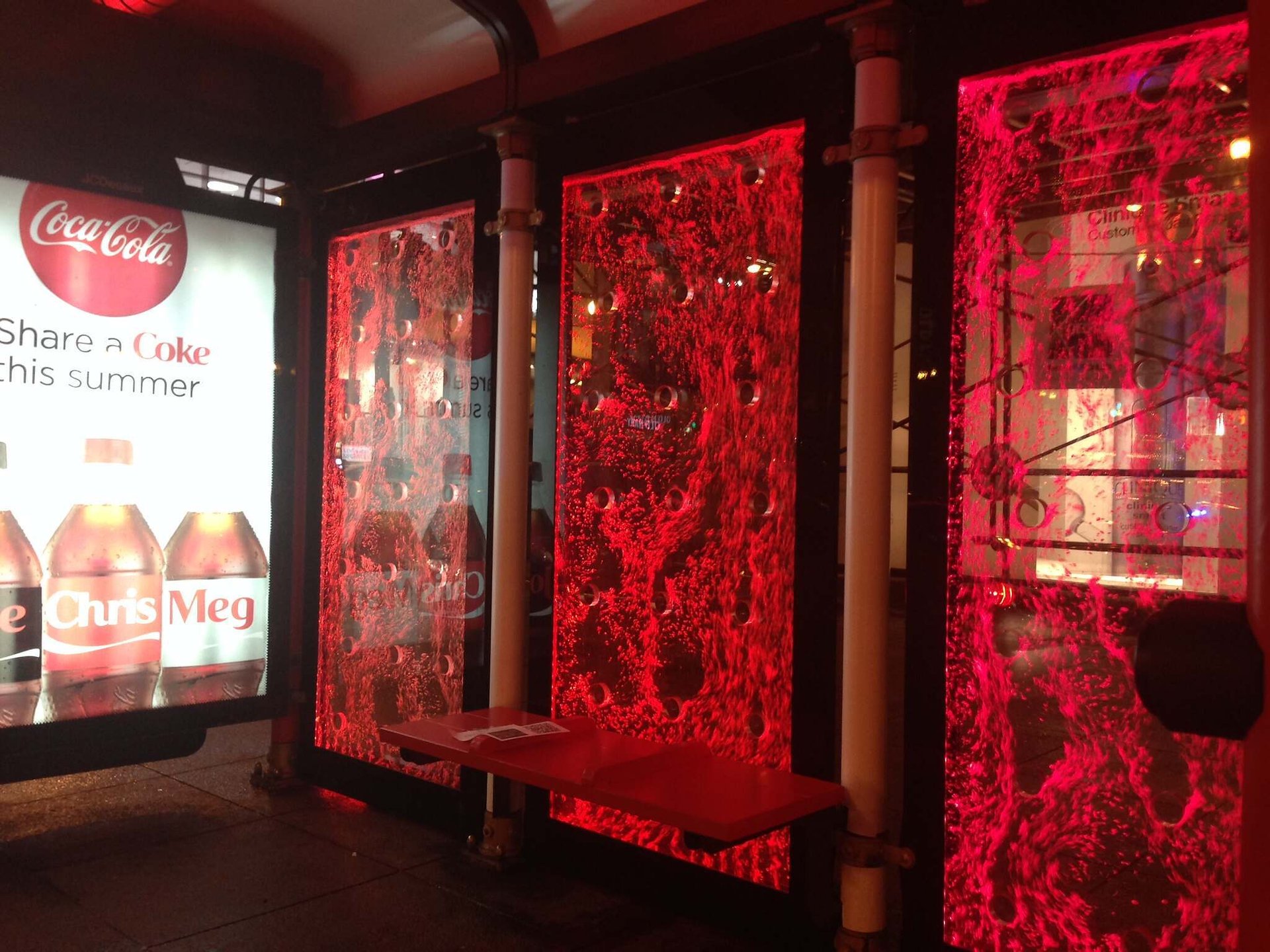
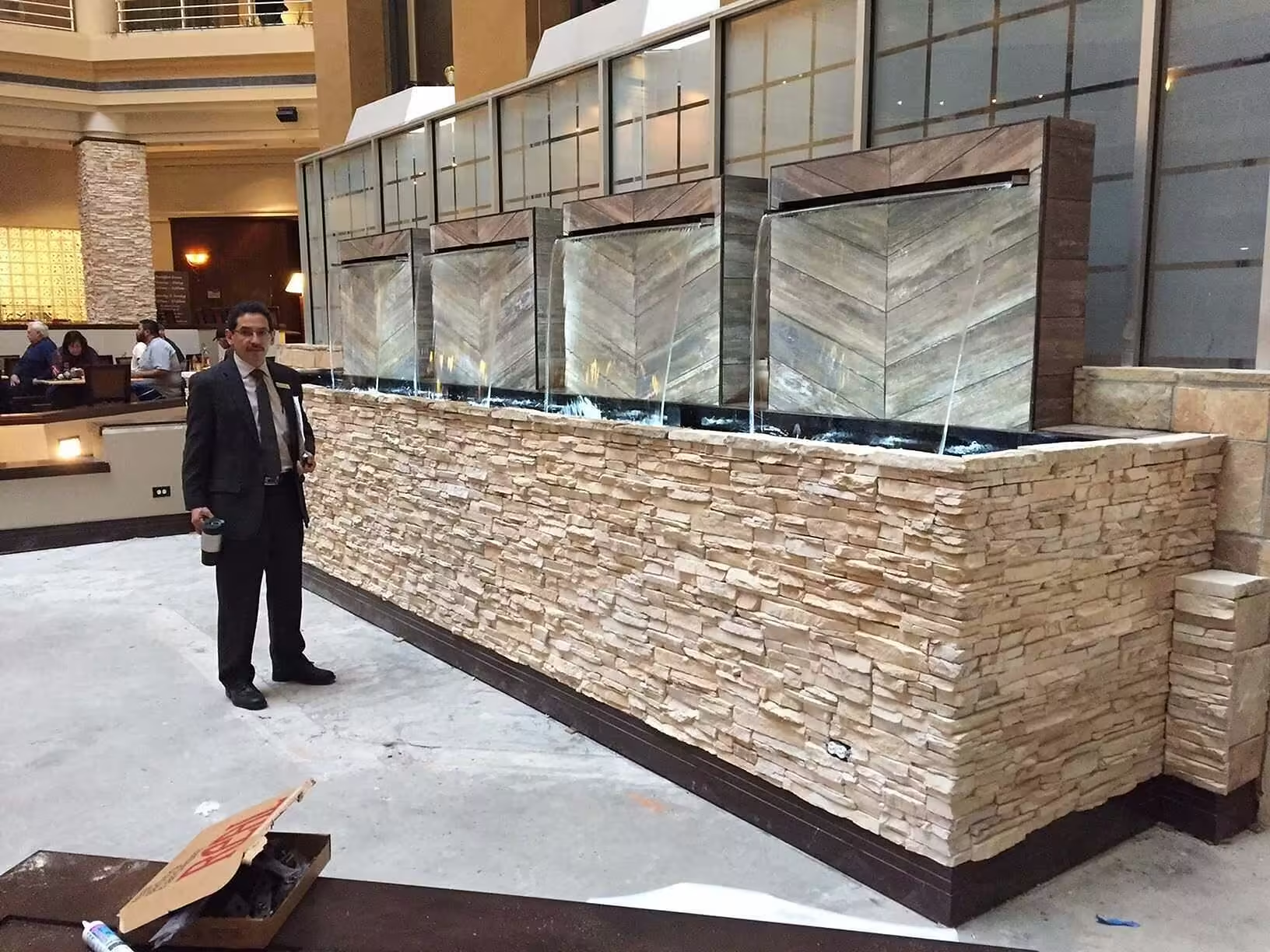
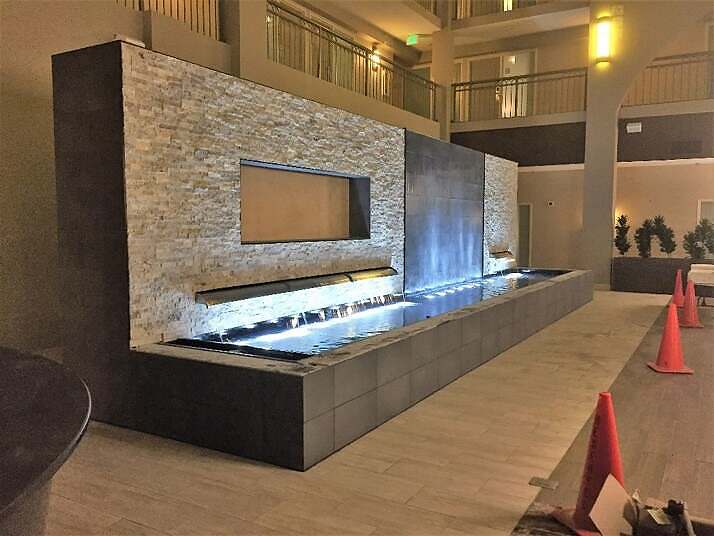
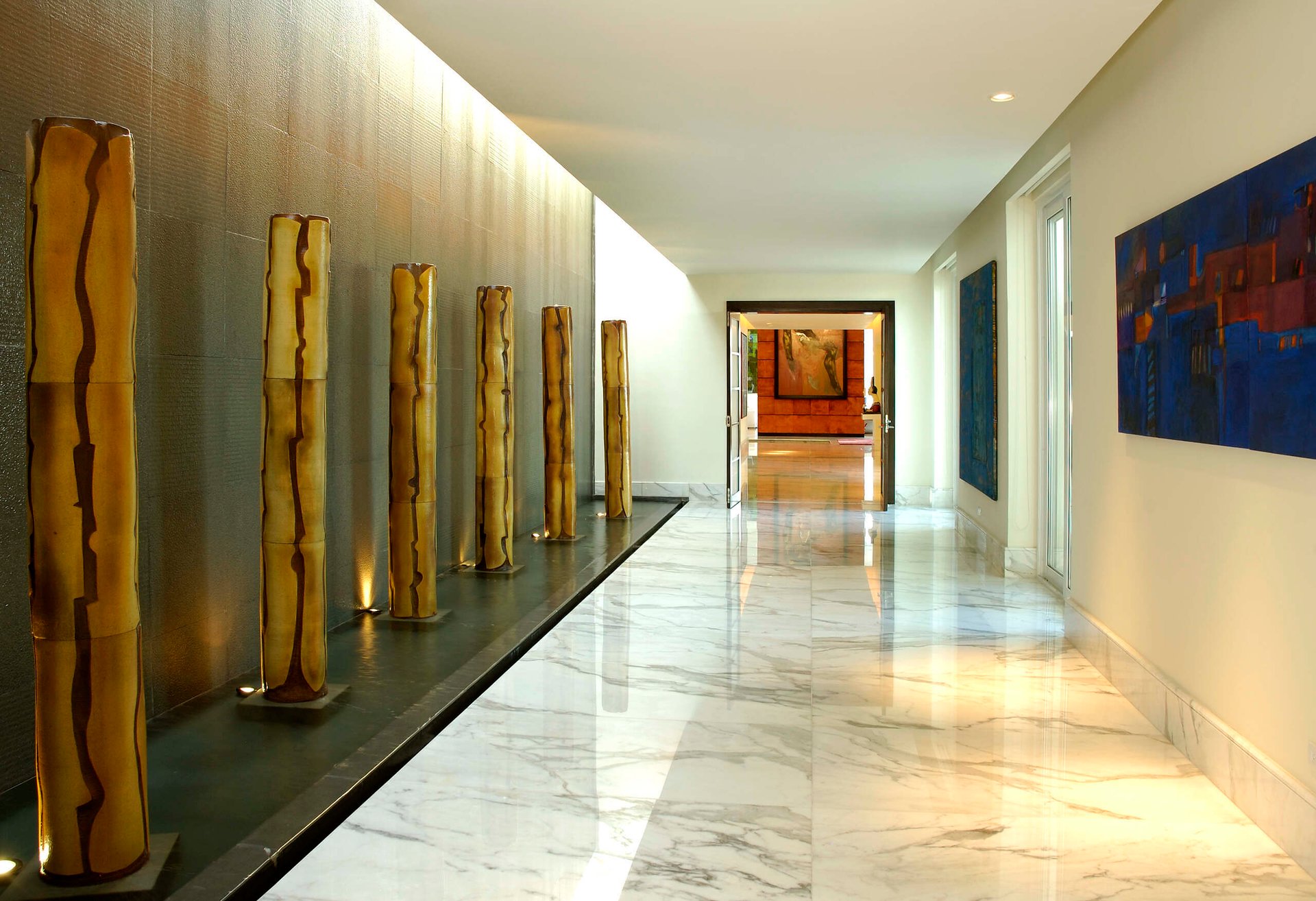
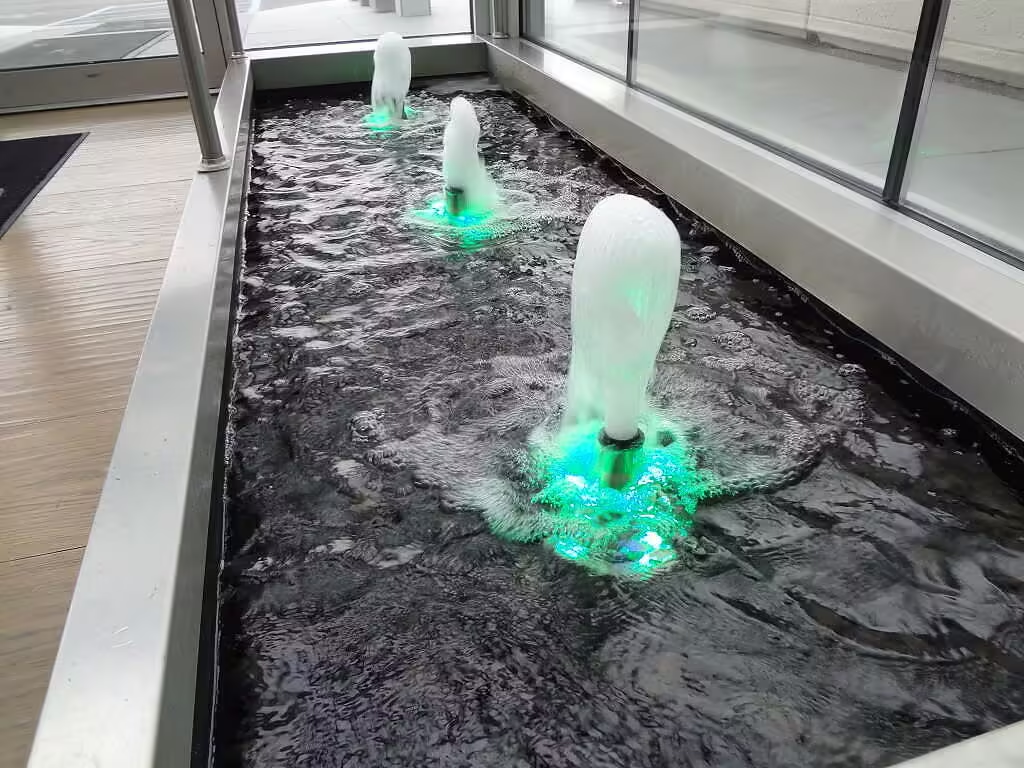
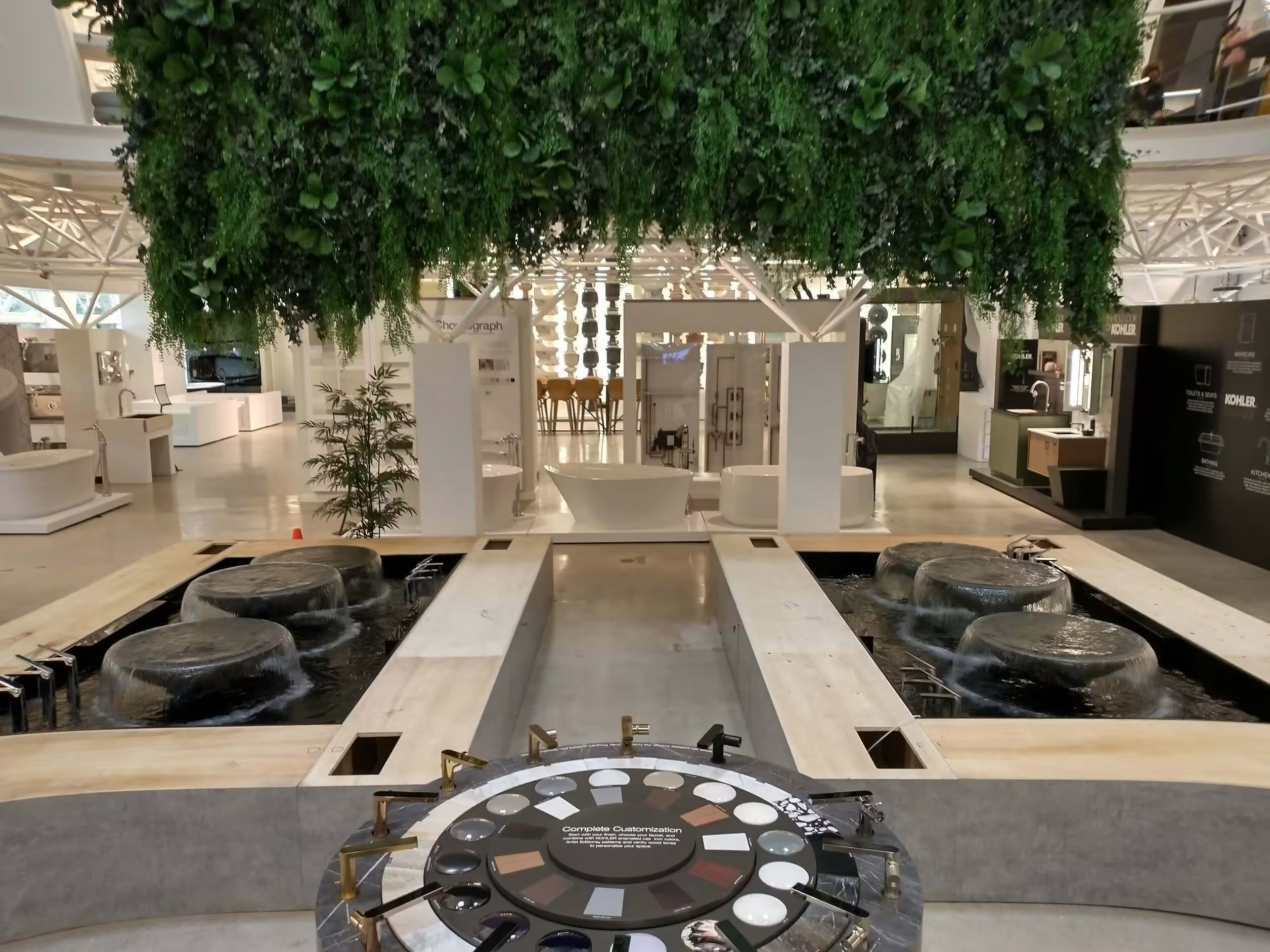
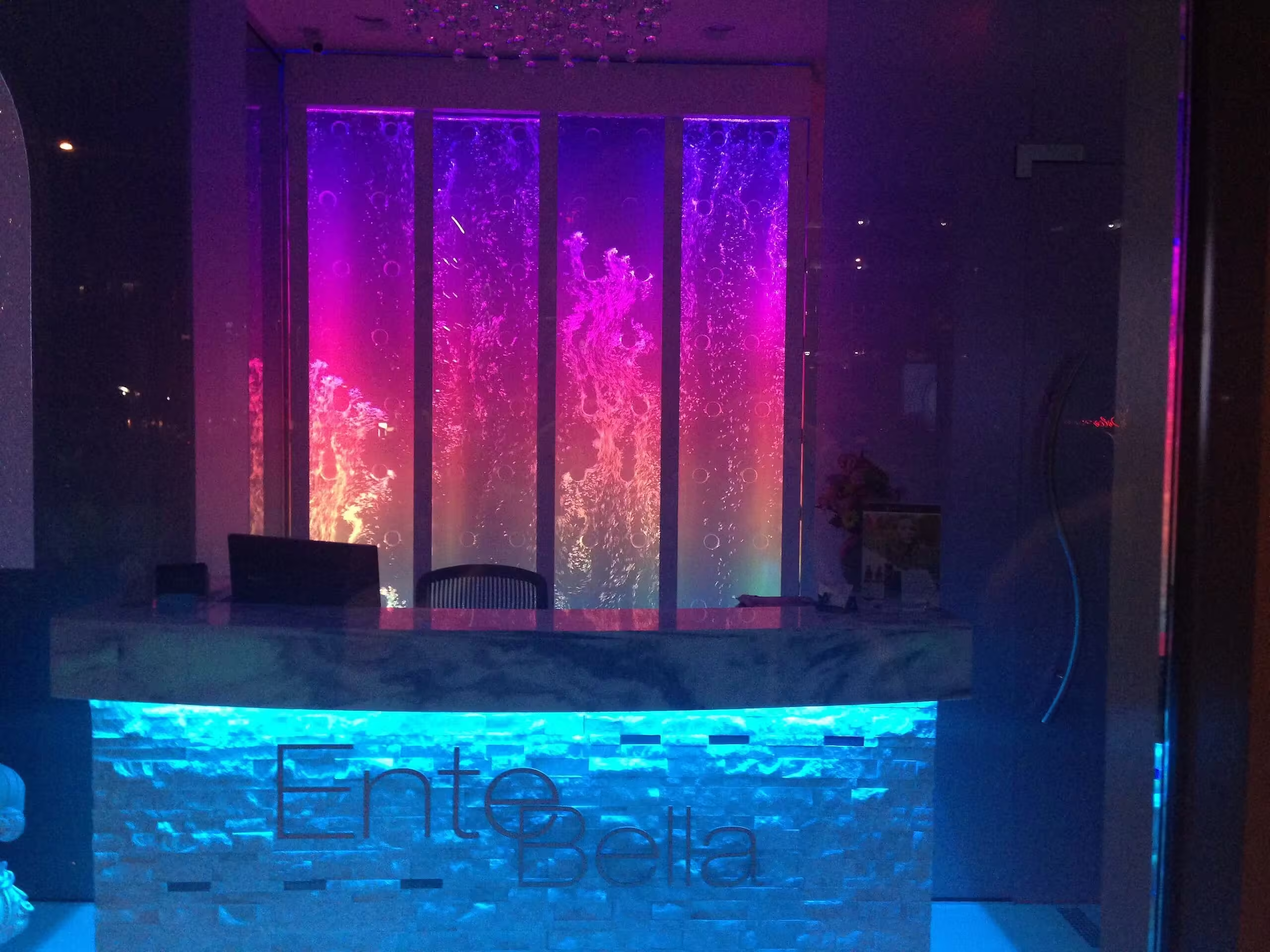
![Rod Style Bubble Wall Swirley for Bounce Empire in Denver, Colorado[84] Rod Style Bubble Wall Swirley for Bounce Empire in Denver, Colorado[84]](https://cfw51.rabbitloader.xyz/eyJjIjp0cnVlLCJoIjoid3d3Lm1pZHdlc3QtdHJvcGljYWwuY29tIiwidiI6MjExNTM2ODkwNCwiciI6MX0/wp-content/uploads/Rod-Style-Bubble-Wall-Swirley-for-Bounce-Empire-in-Denver-Colorado84-jpg.avif)
![Rod Style Bubble Wall Swirley for Bounce Empire in Denver, Colorado 2[2] Rod Style Bubble Wall Swirley for Bounce Empire in Denver, Colorado 2[2]](https://cfw51.rabbitloader.xyz/eyJjIjp0cnVlLCJoIjoid3d3Lm1pZHdlc3QtdHJvcGljYWwuY29tIiwidiI6MjExNTM2ODkwNCwiciI6MX0/wp-content/uploads/Rod-Style-Bubble-Wall-Swirley-for-Bounce-Empire-in-Denver-Colorado-22-jpg.avif)
